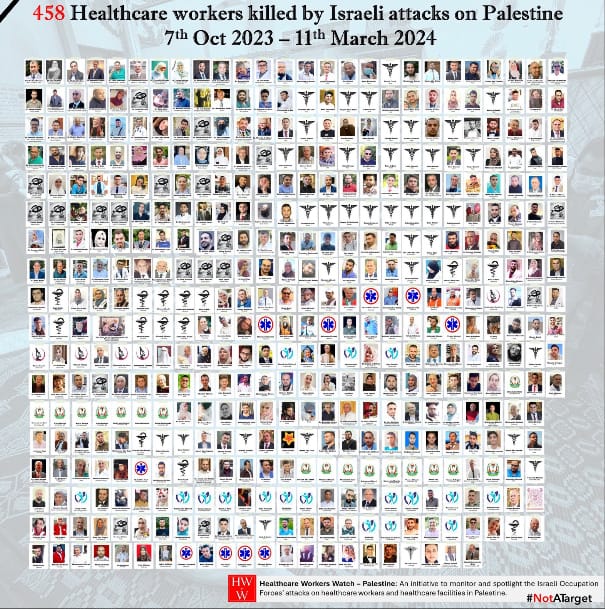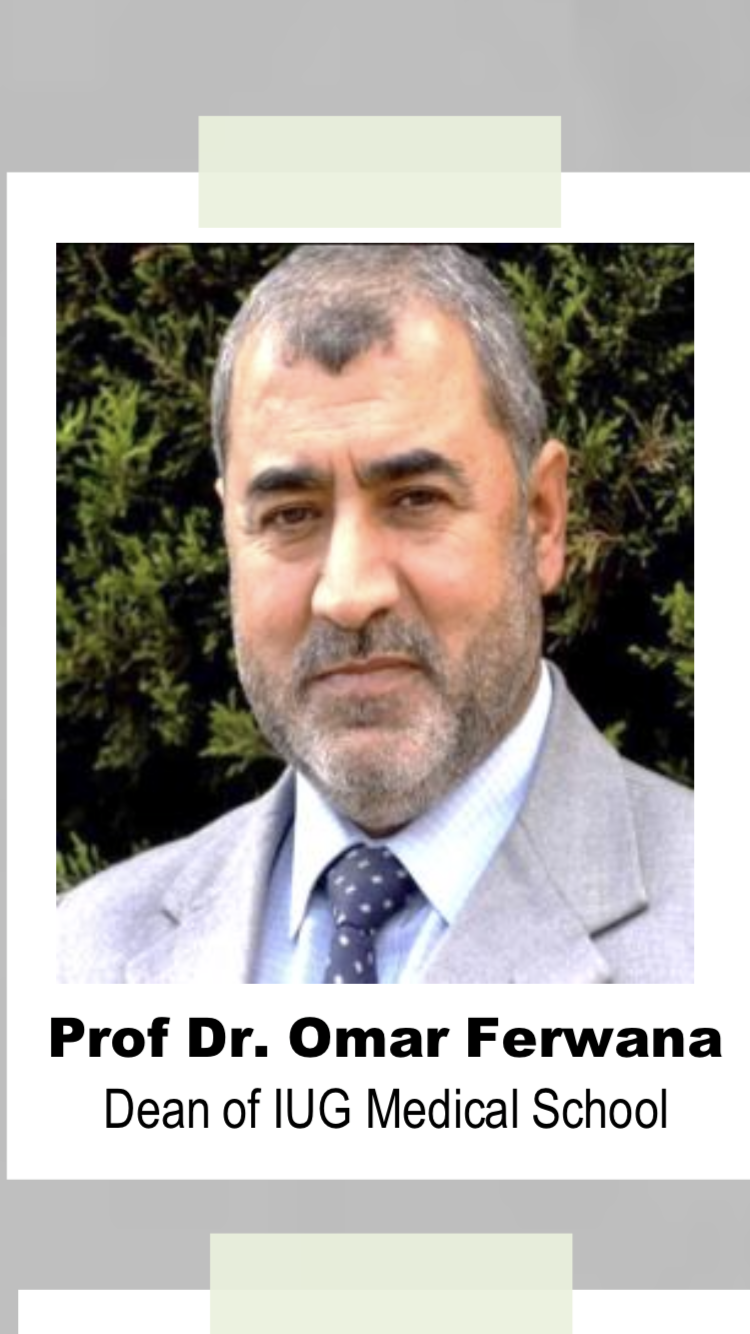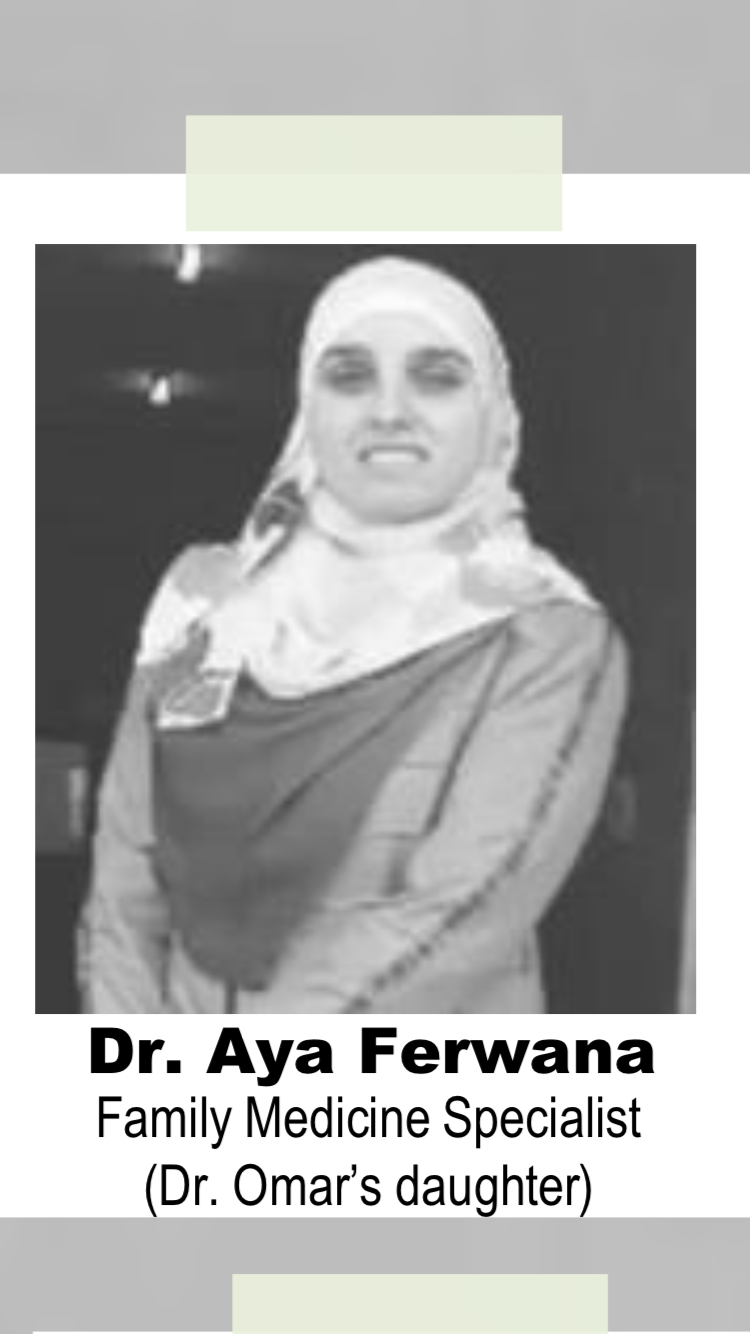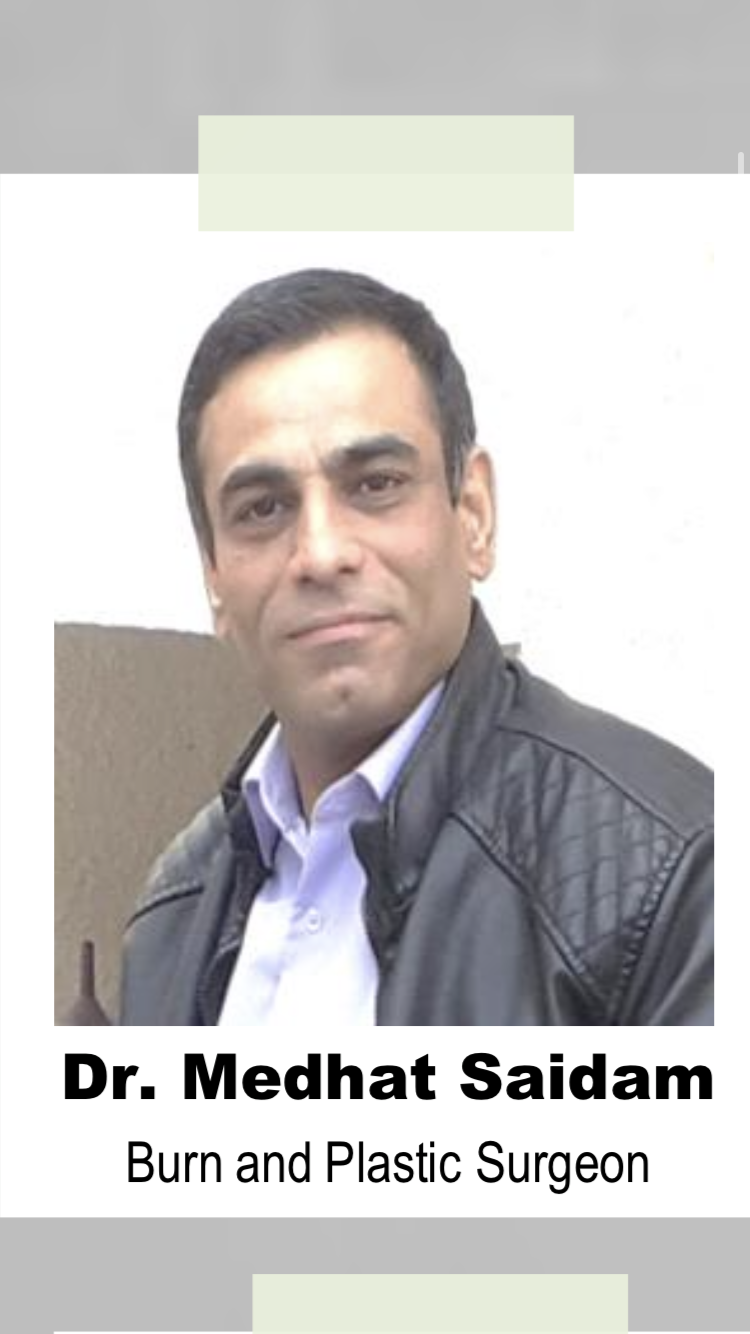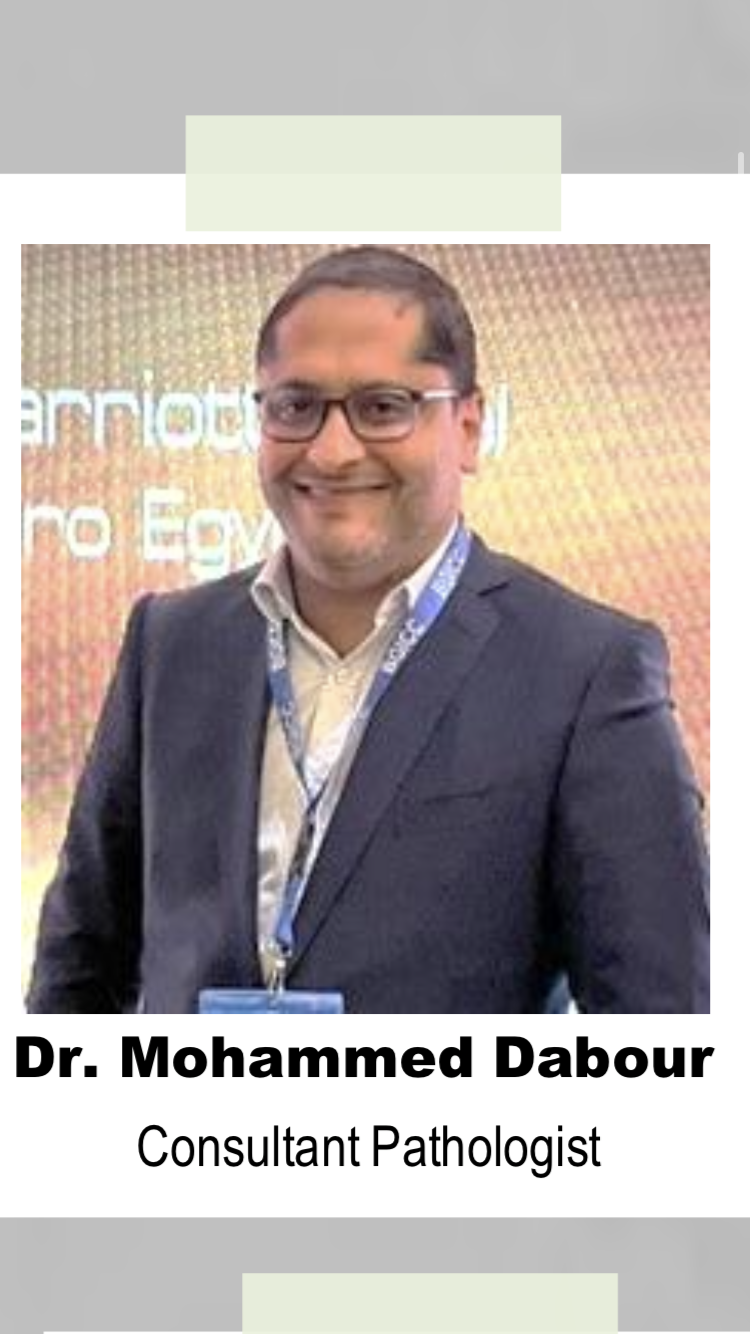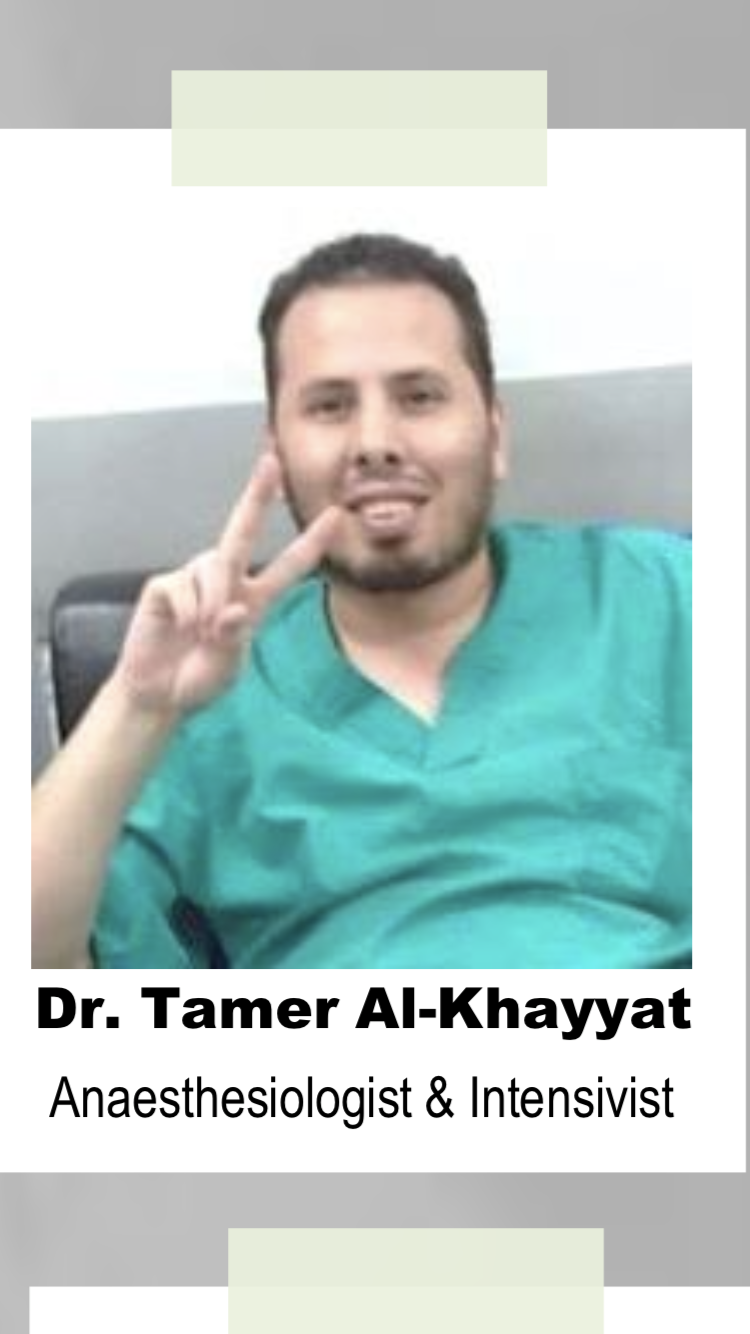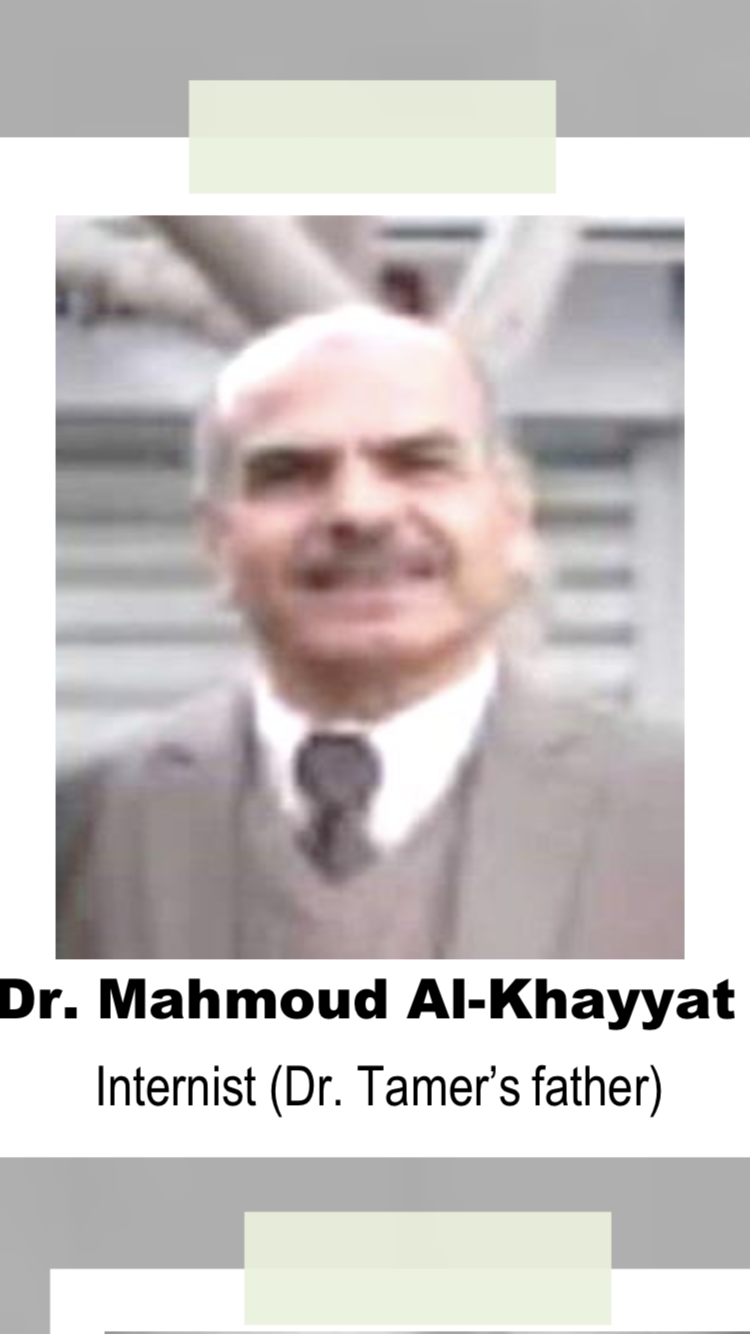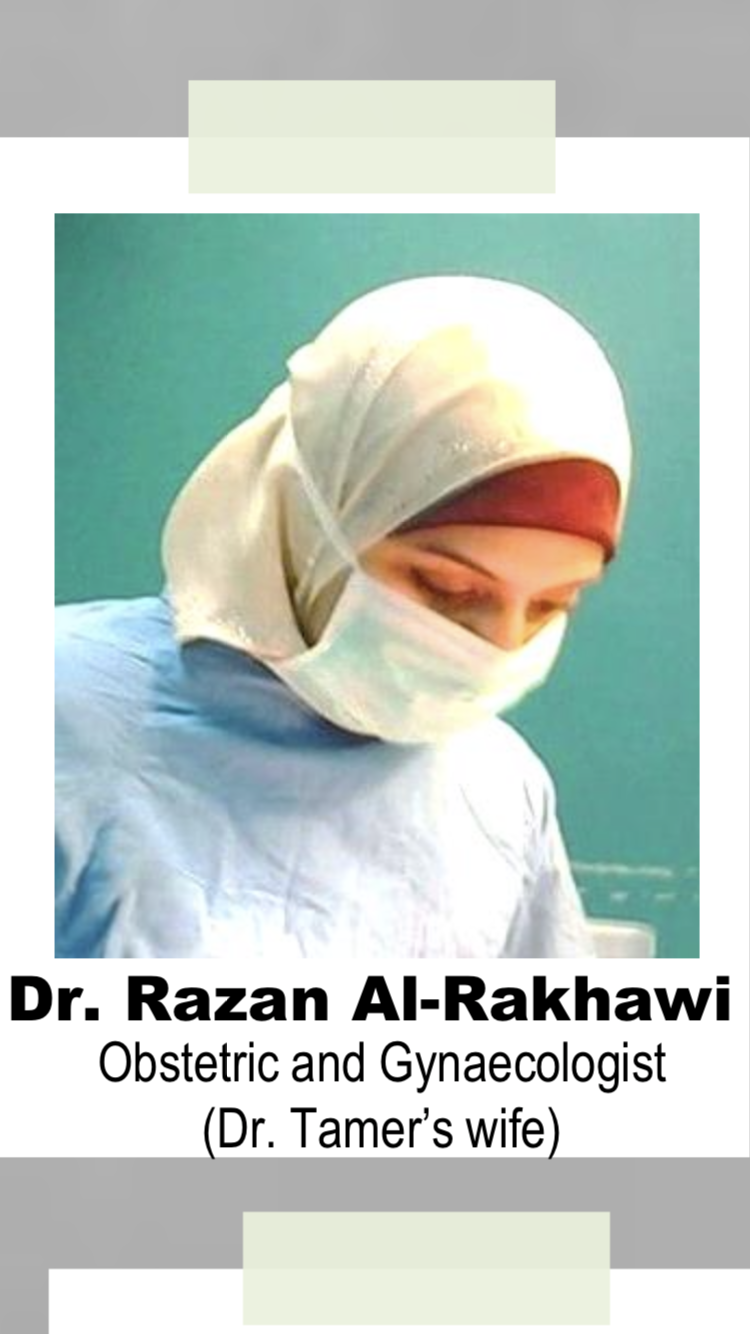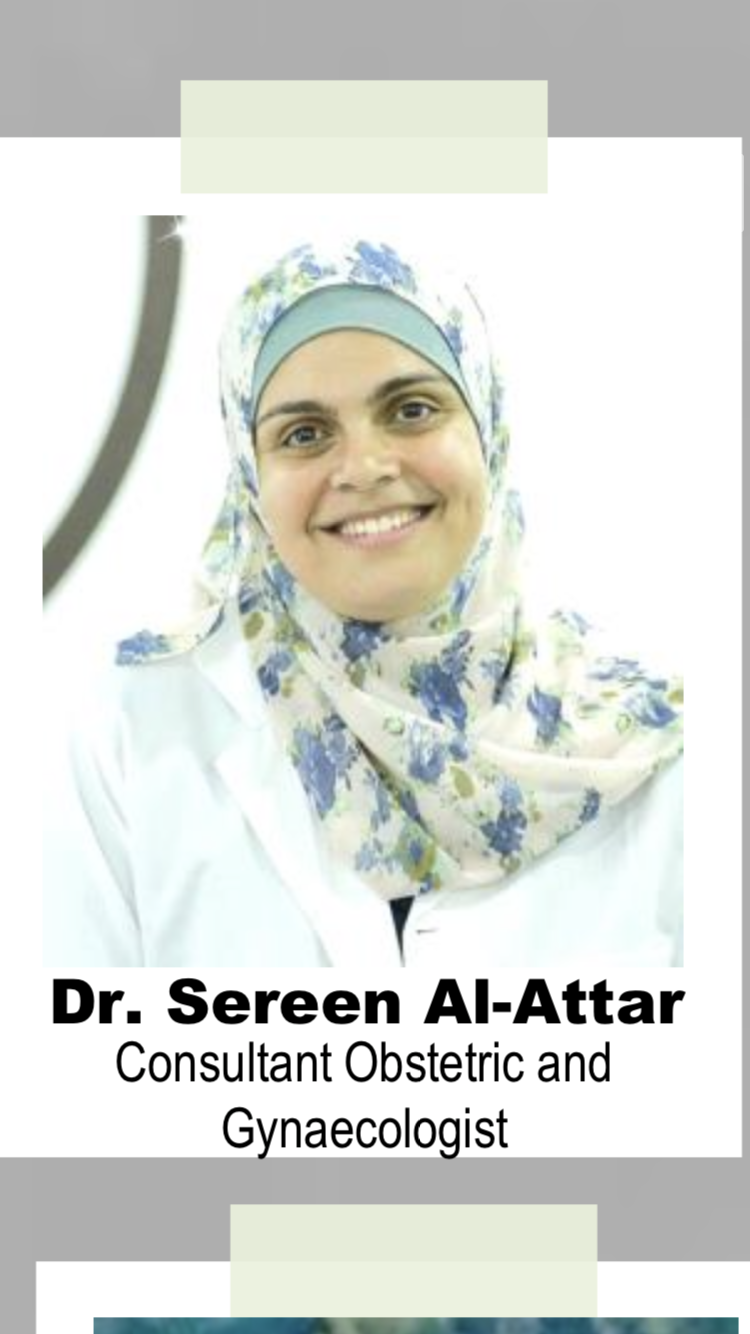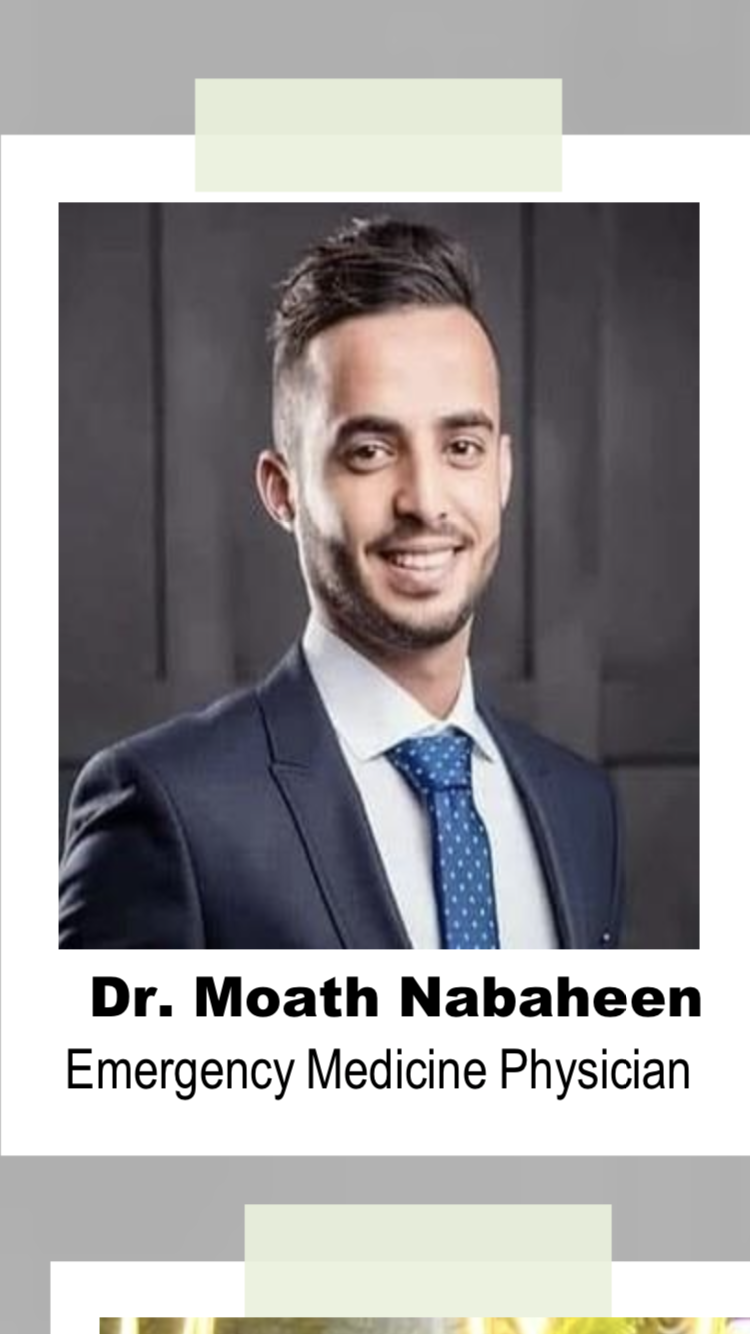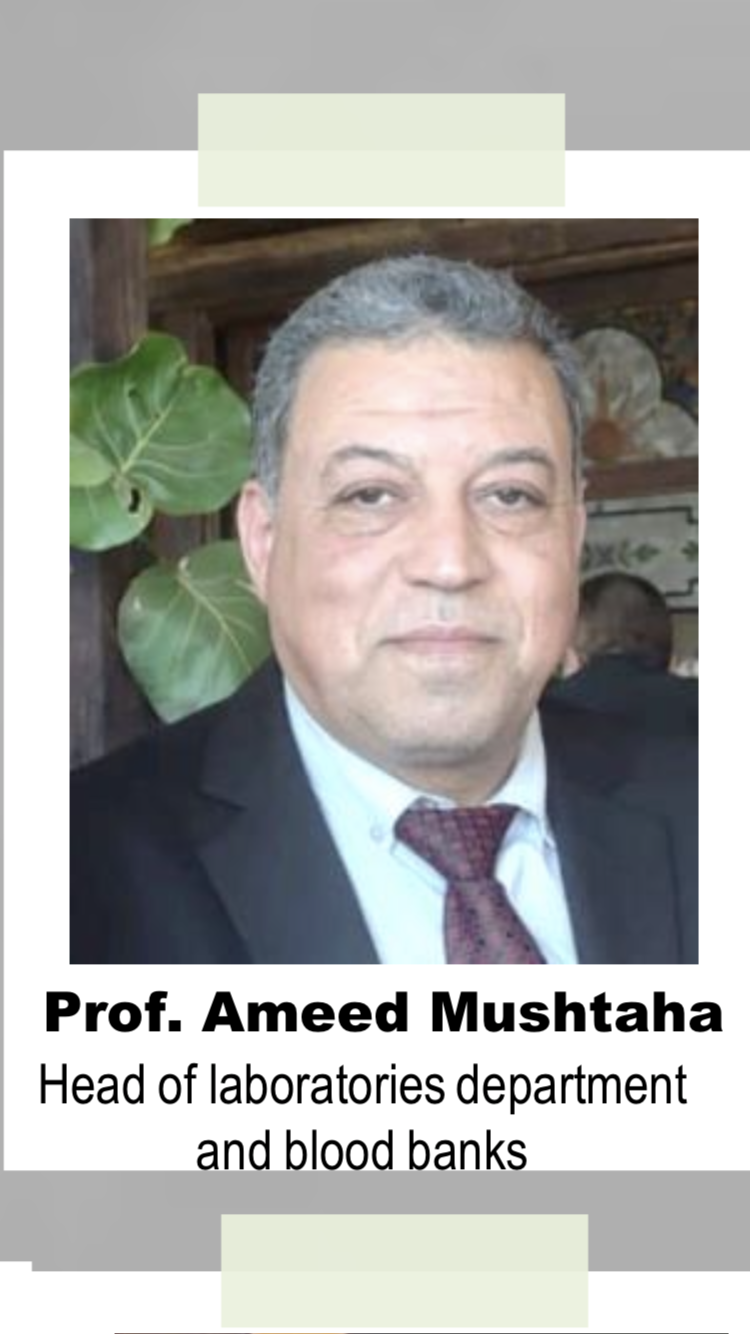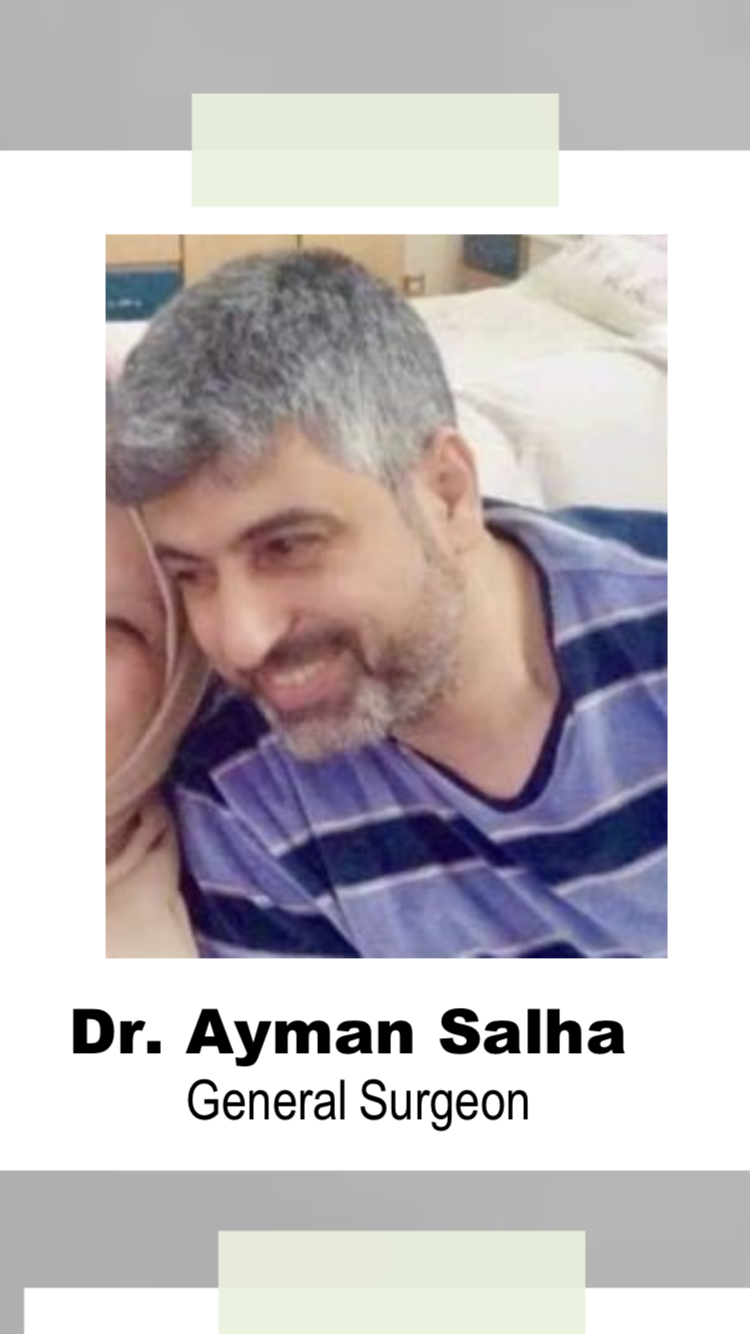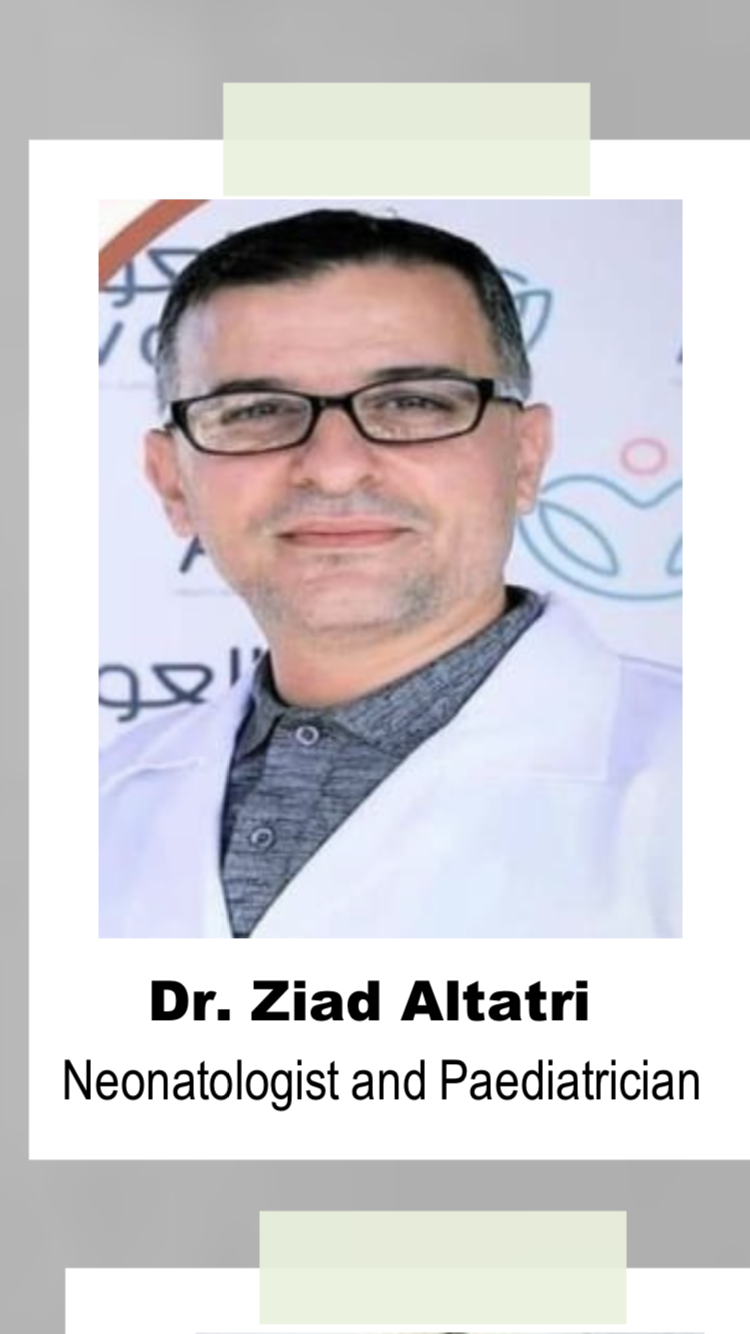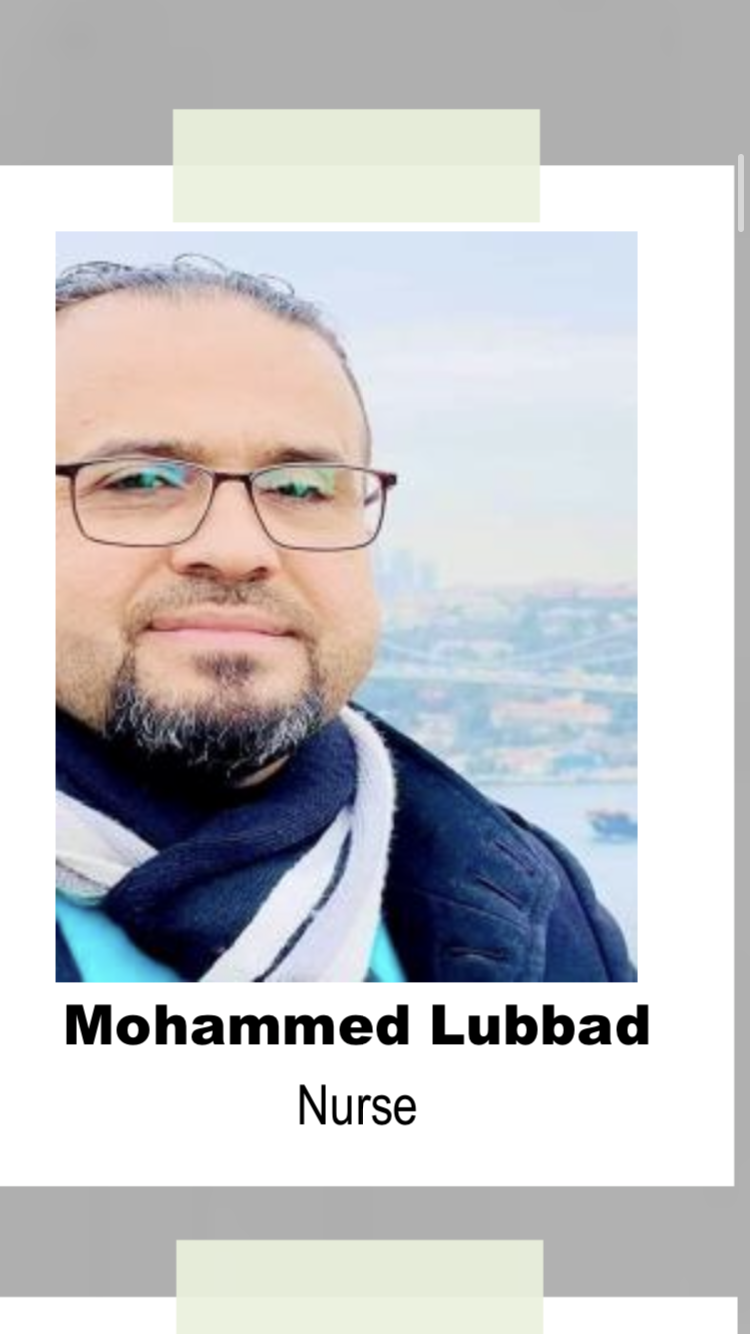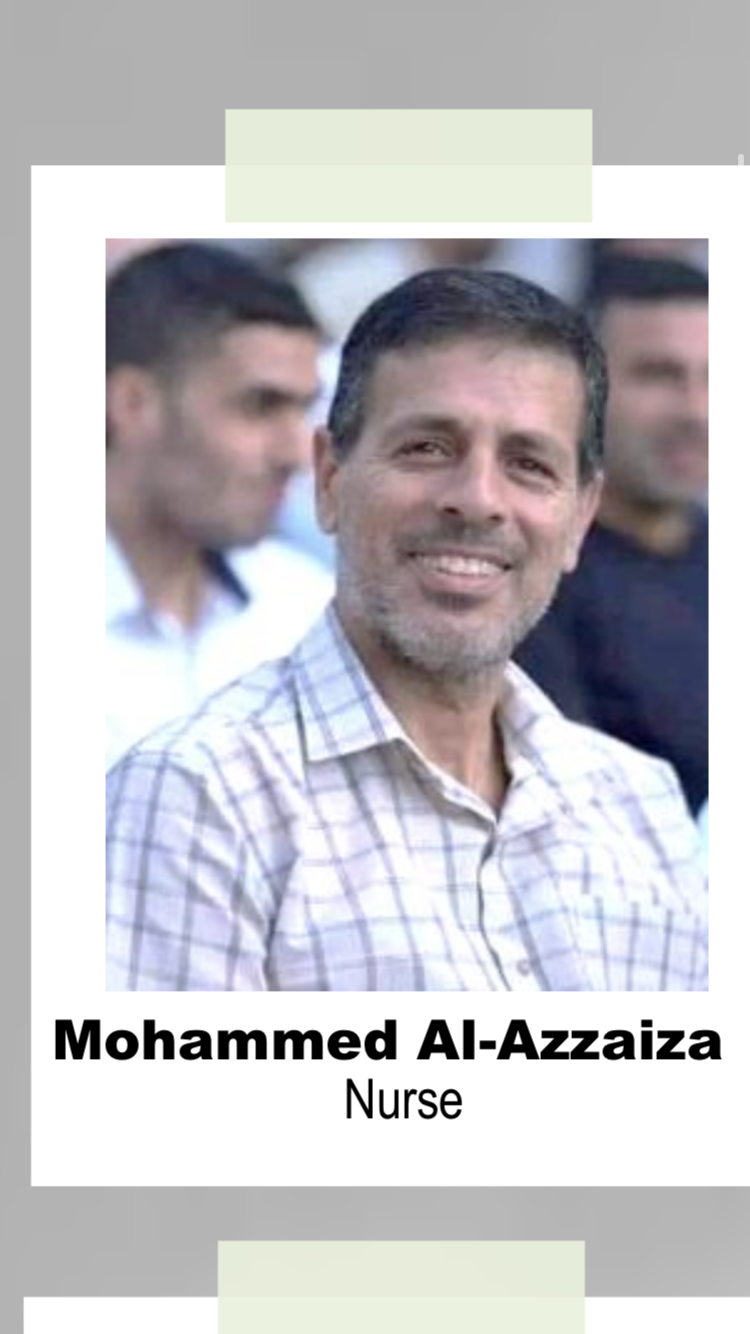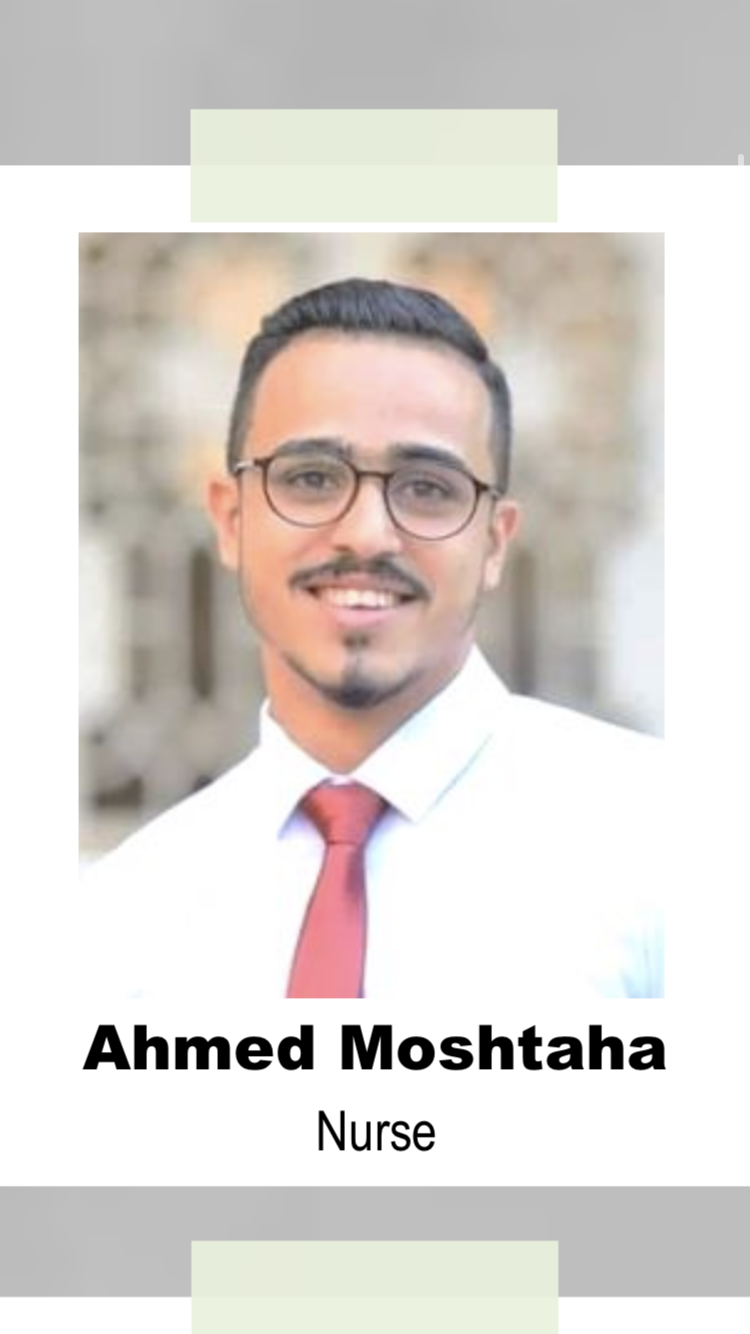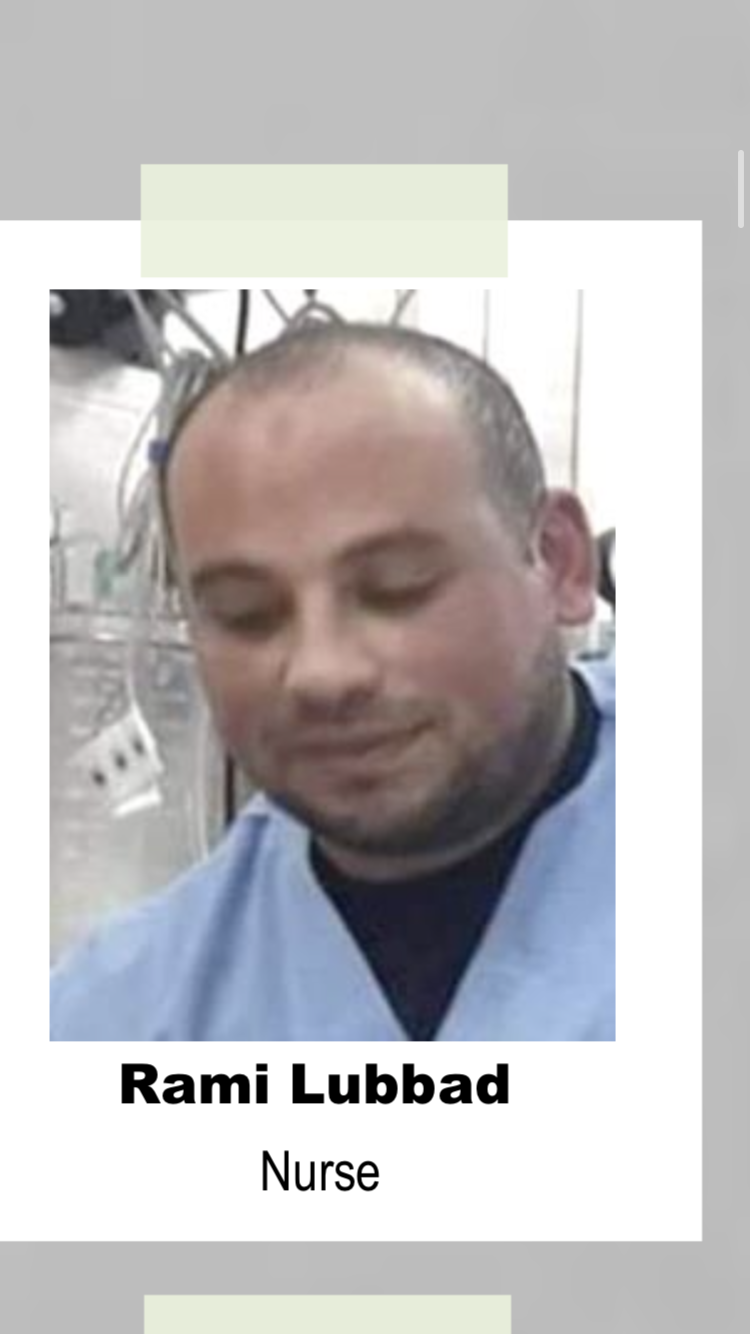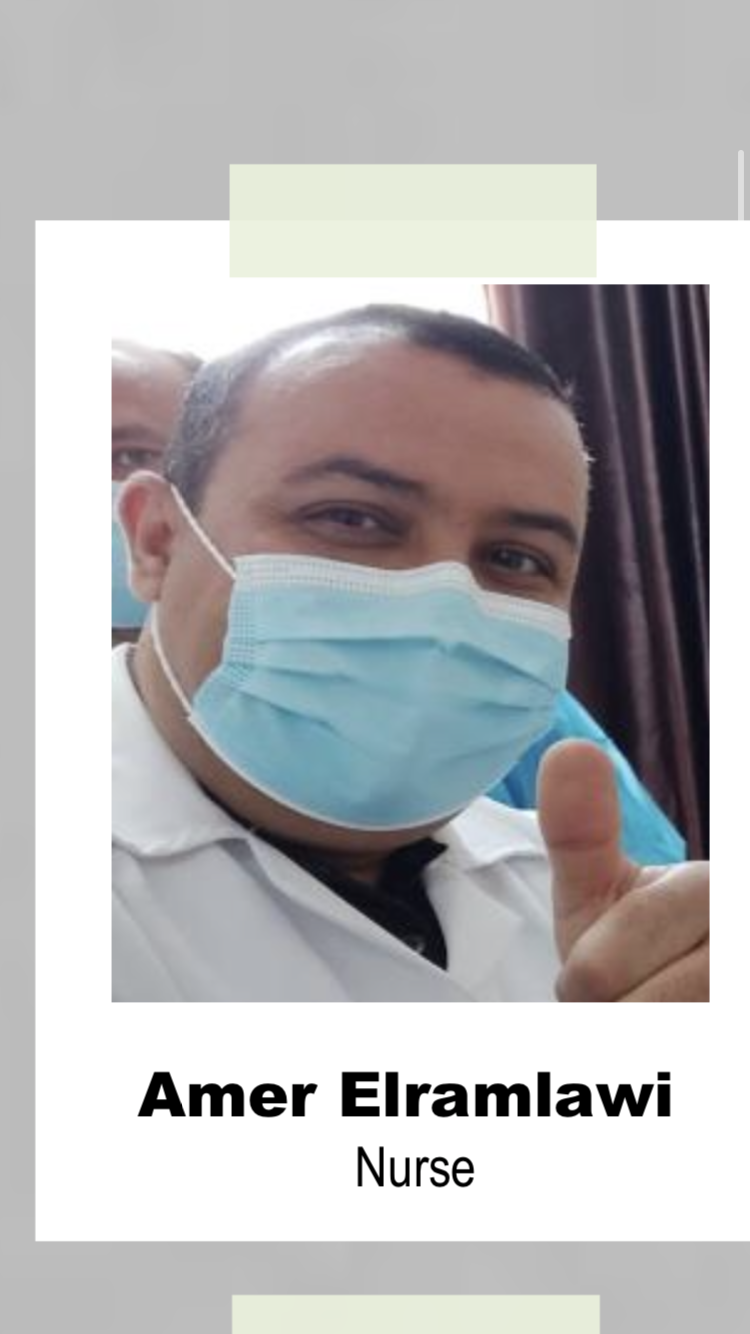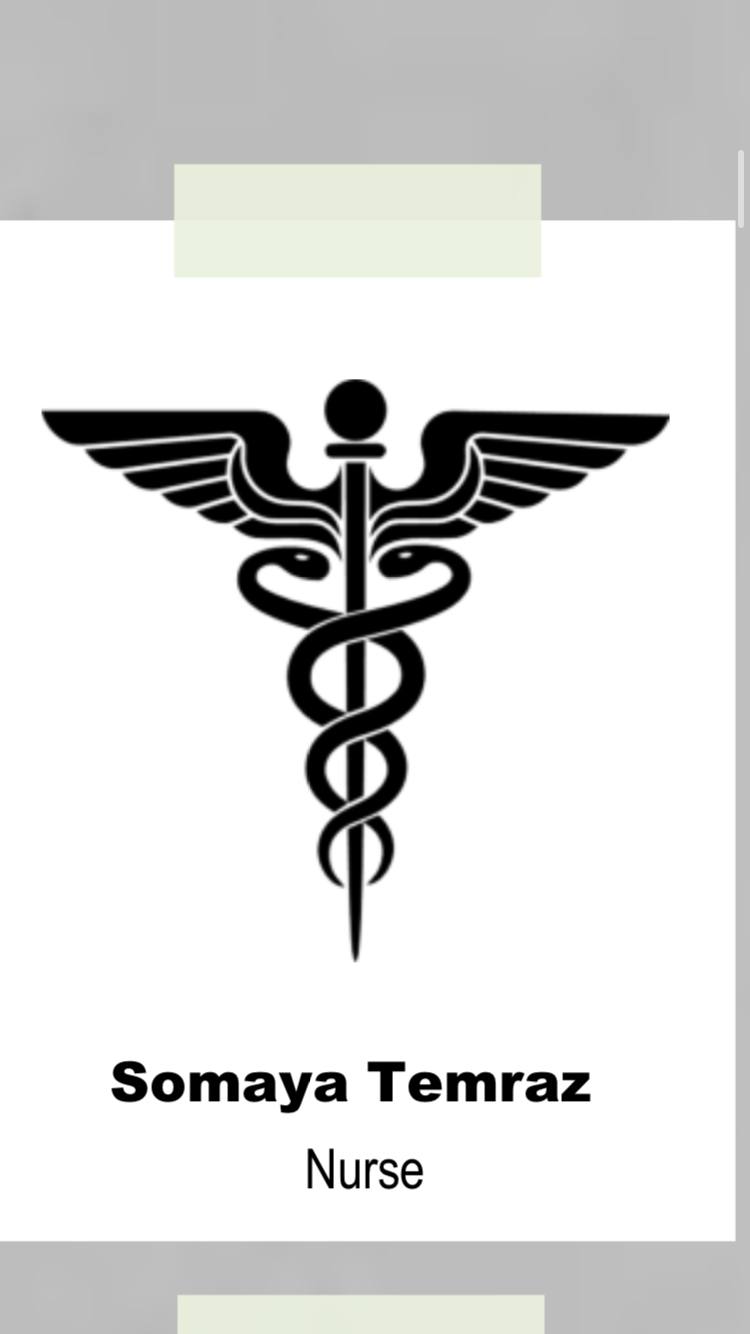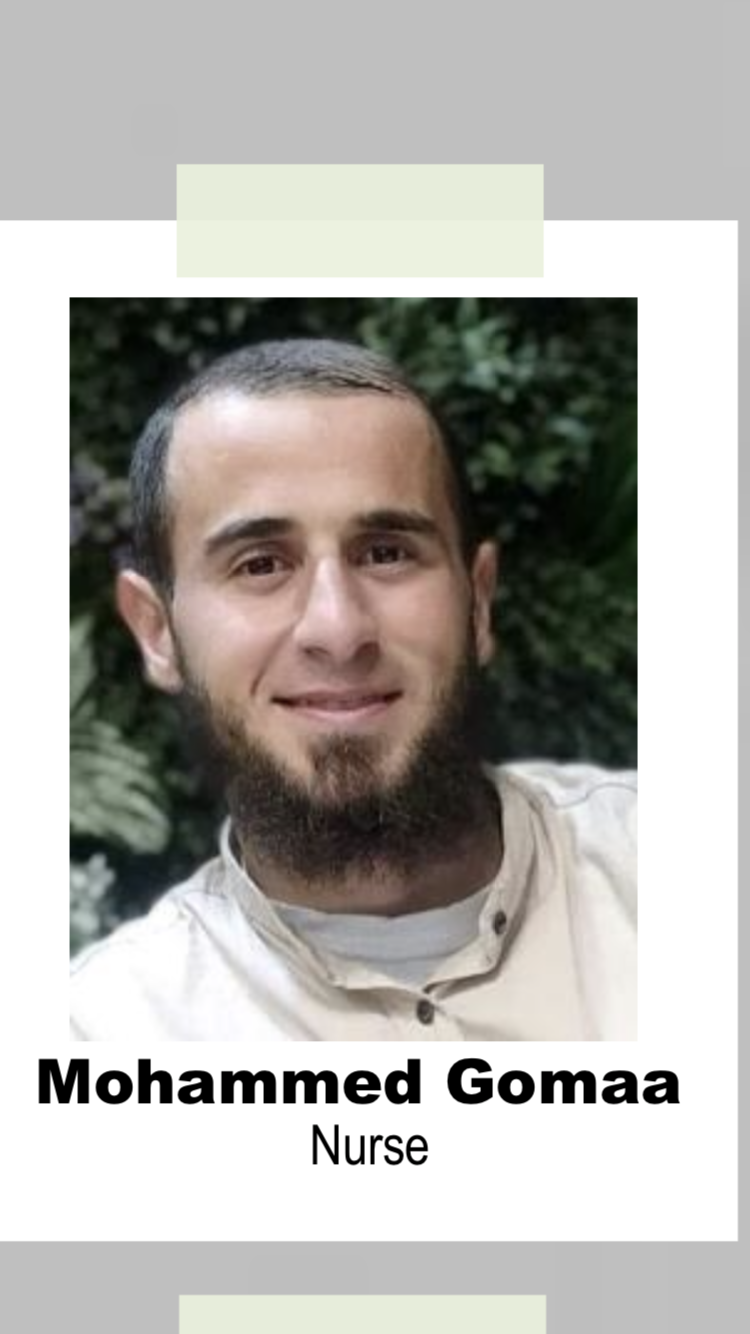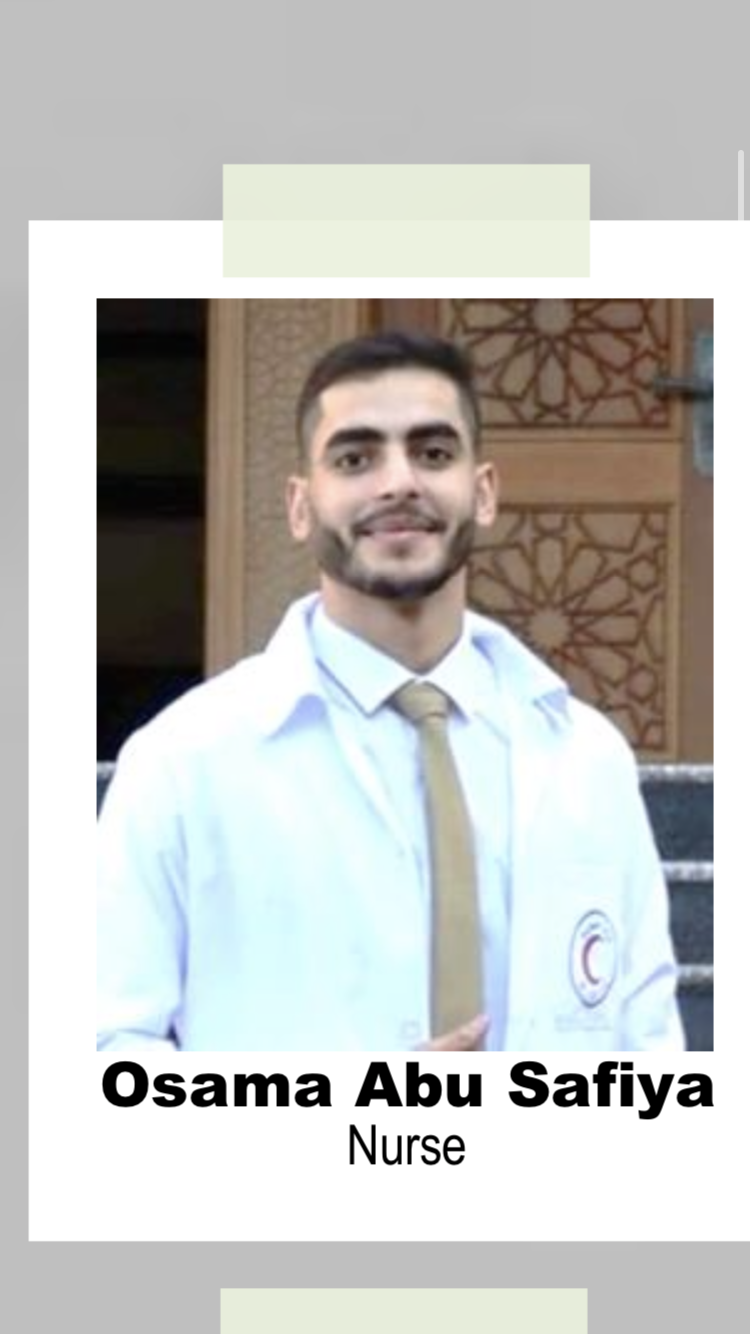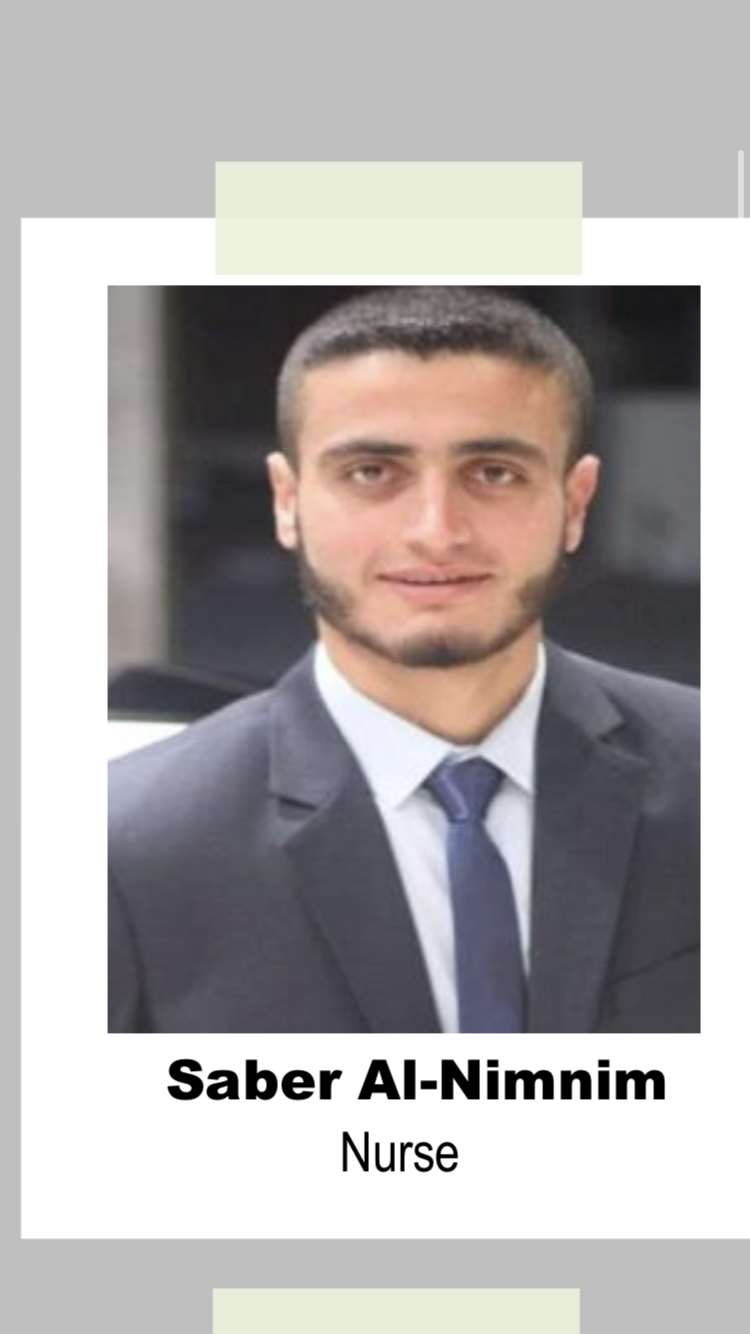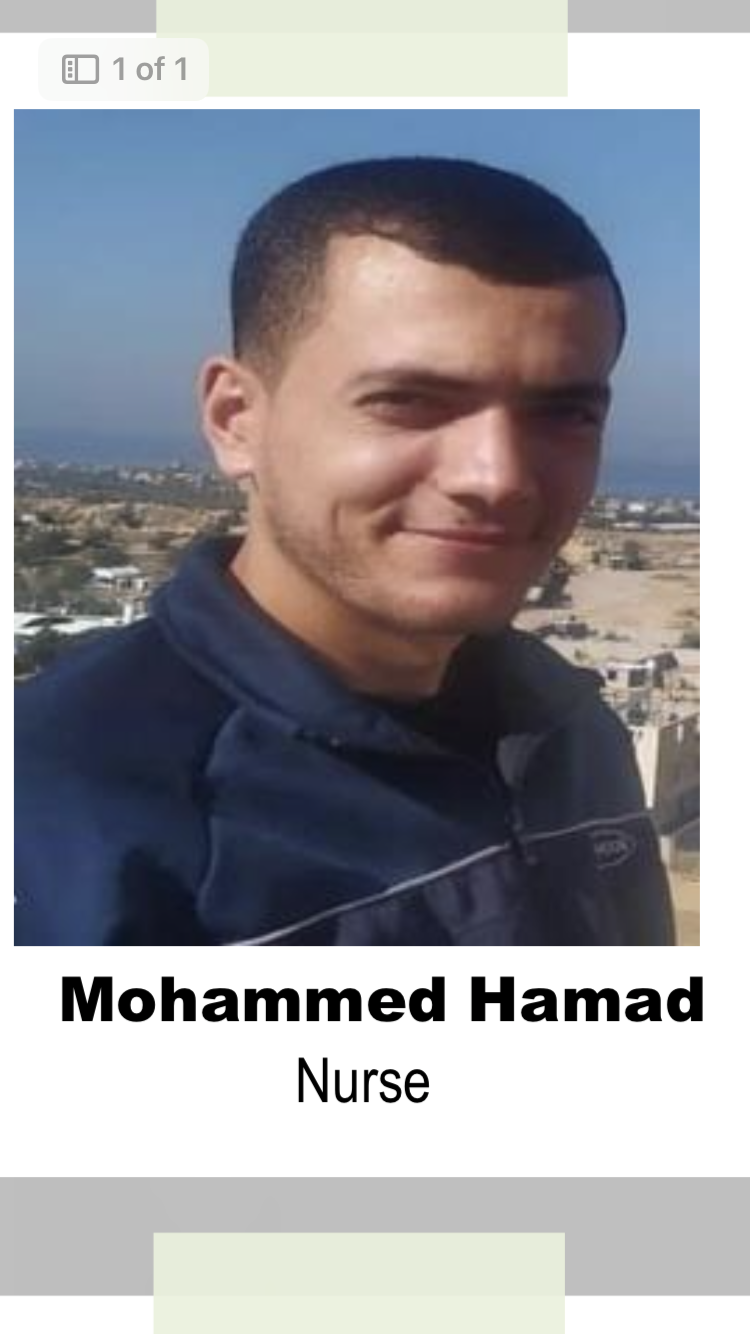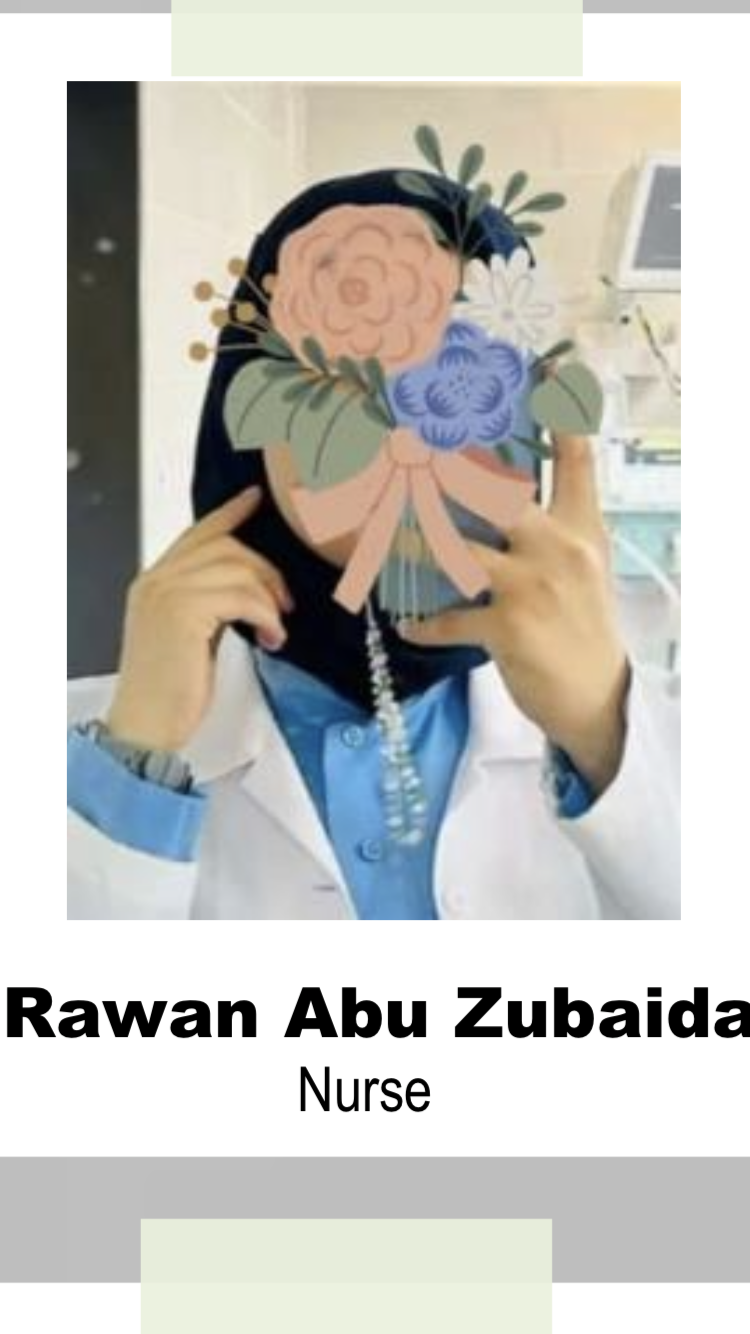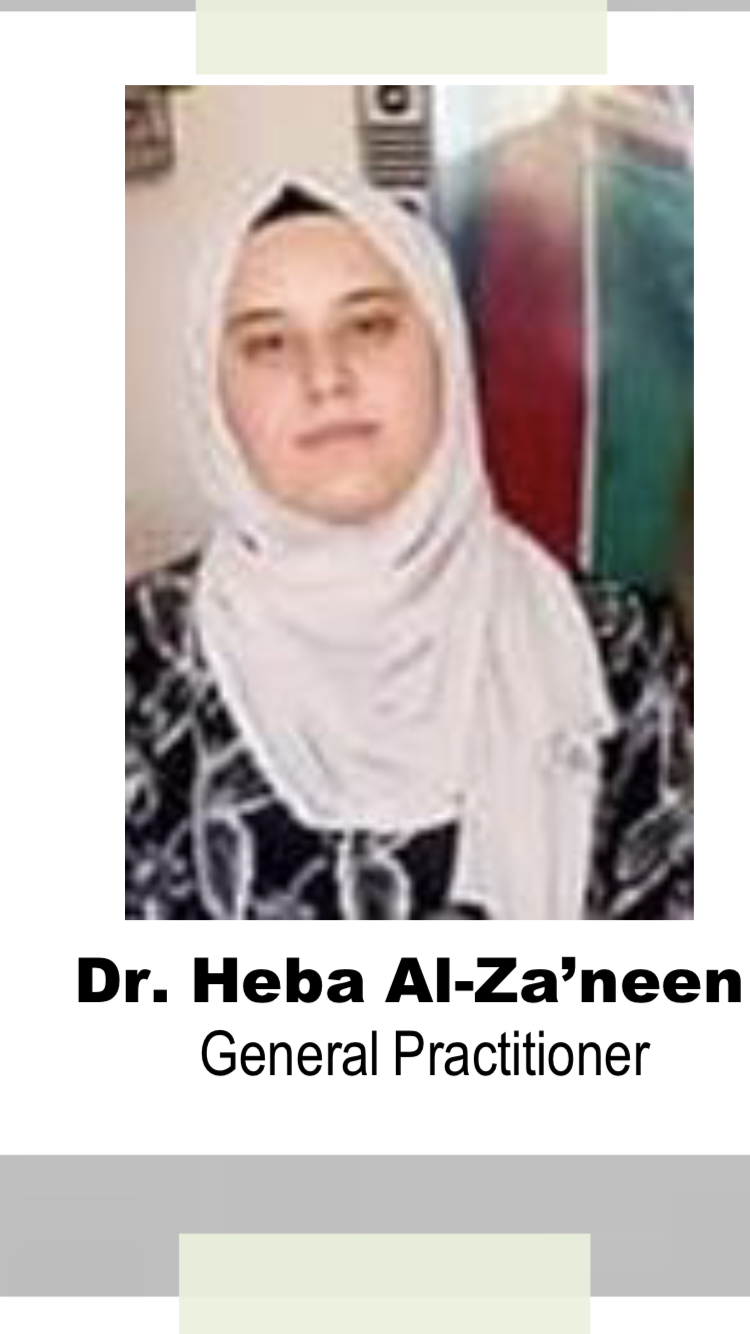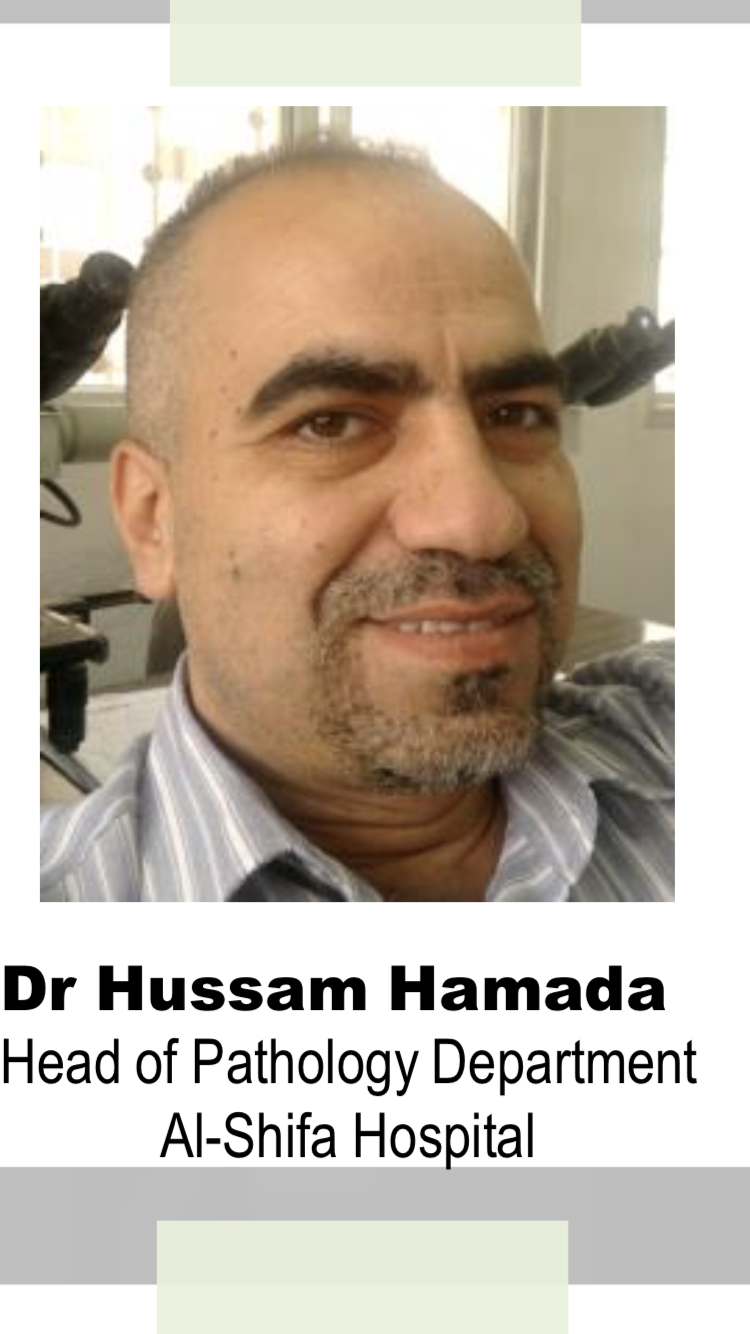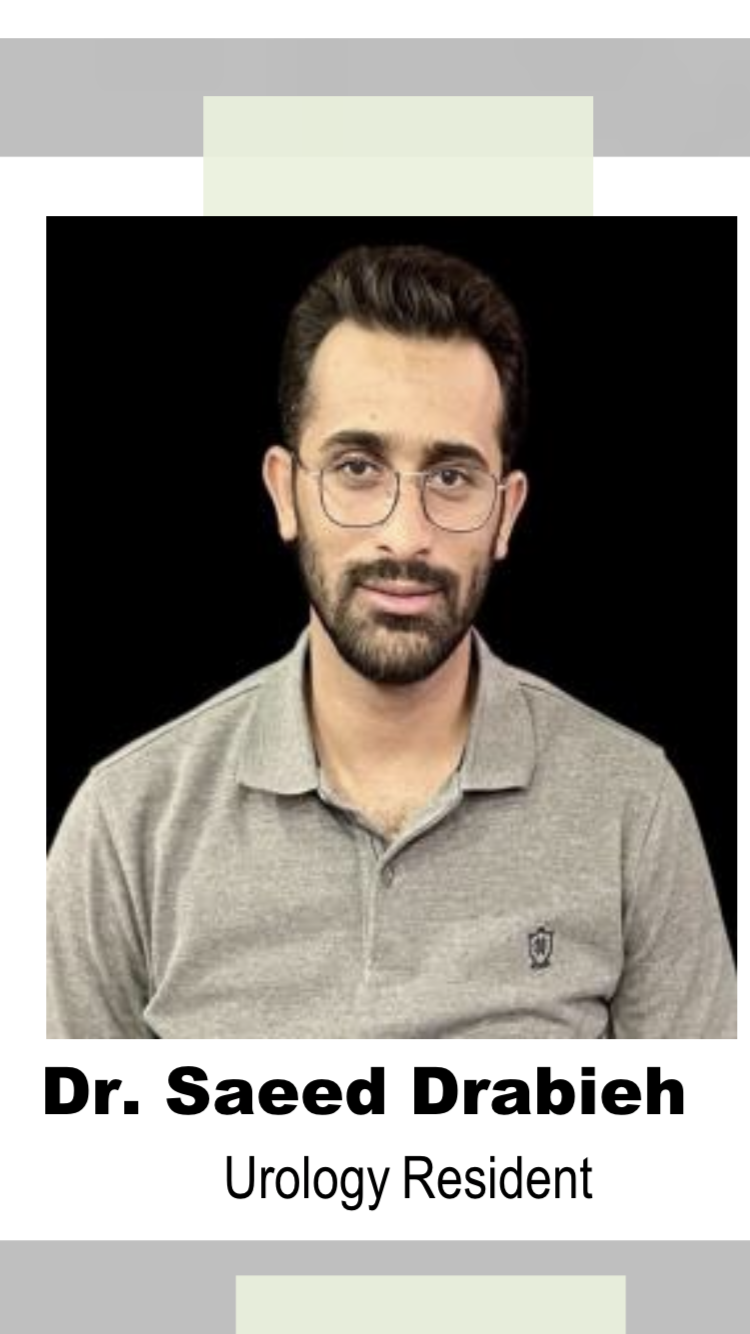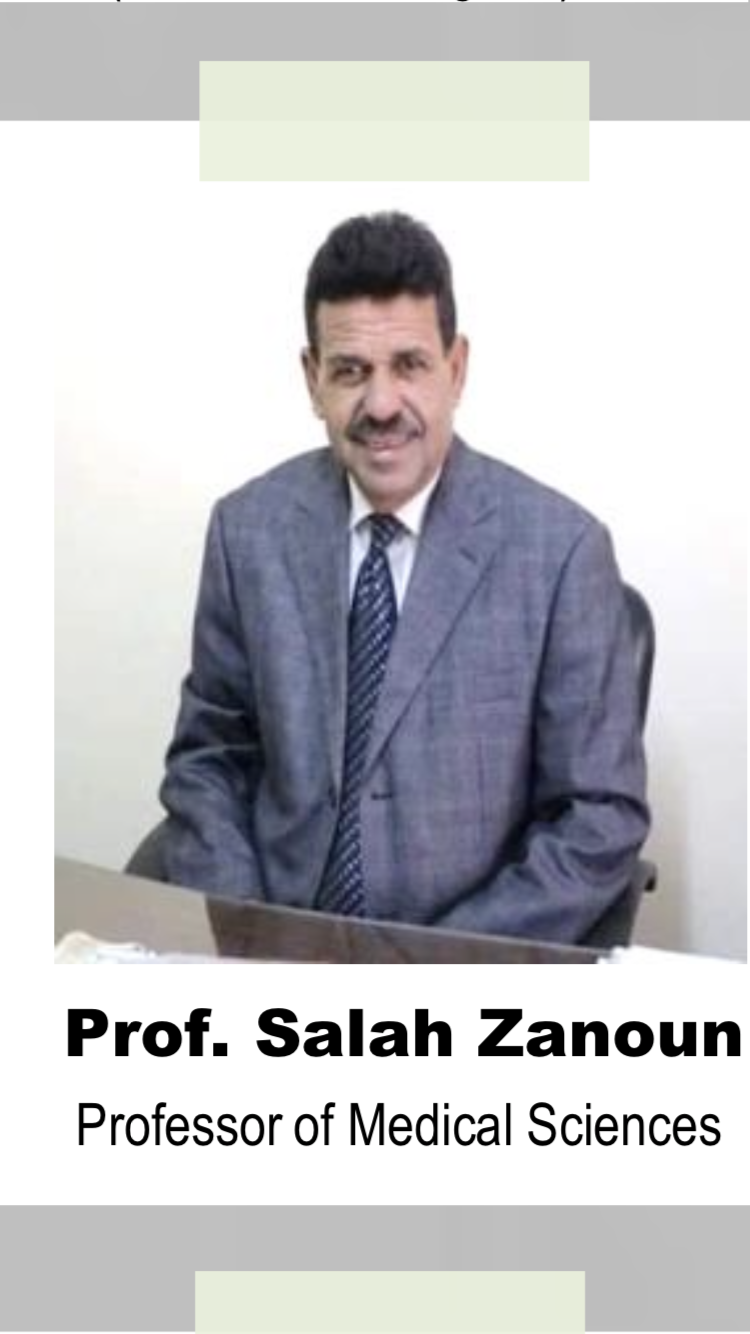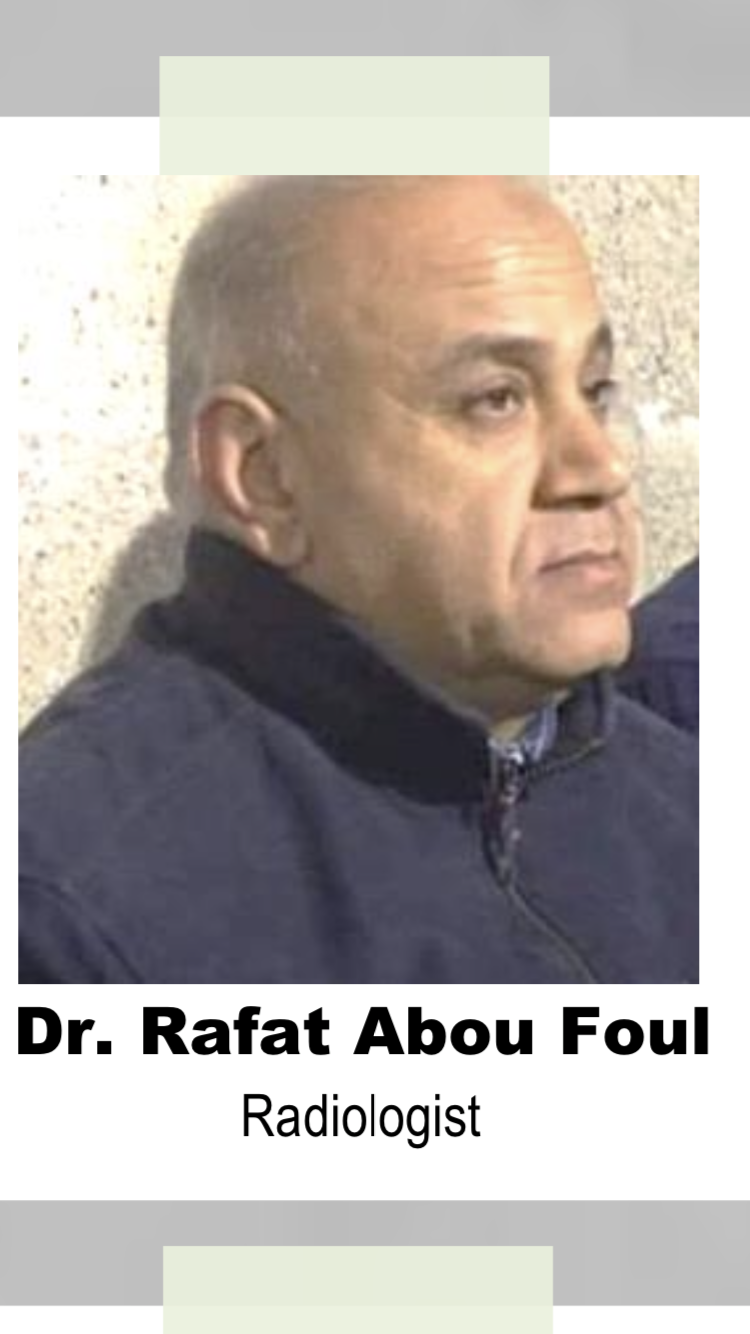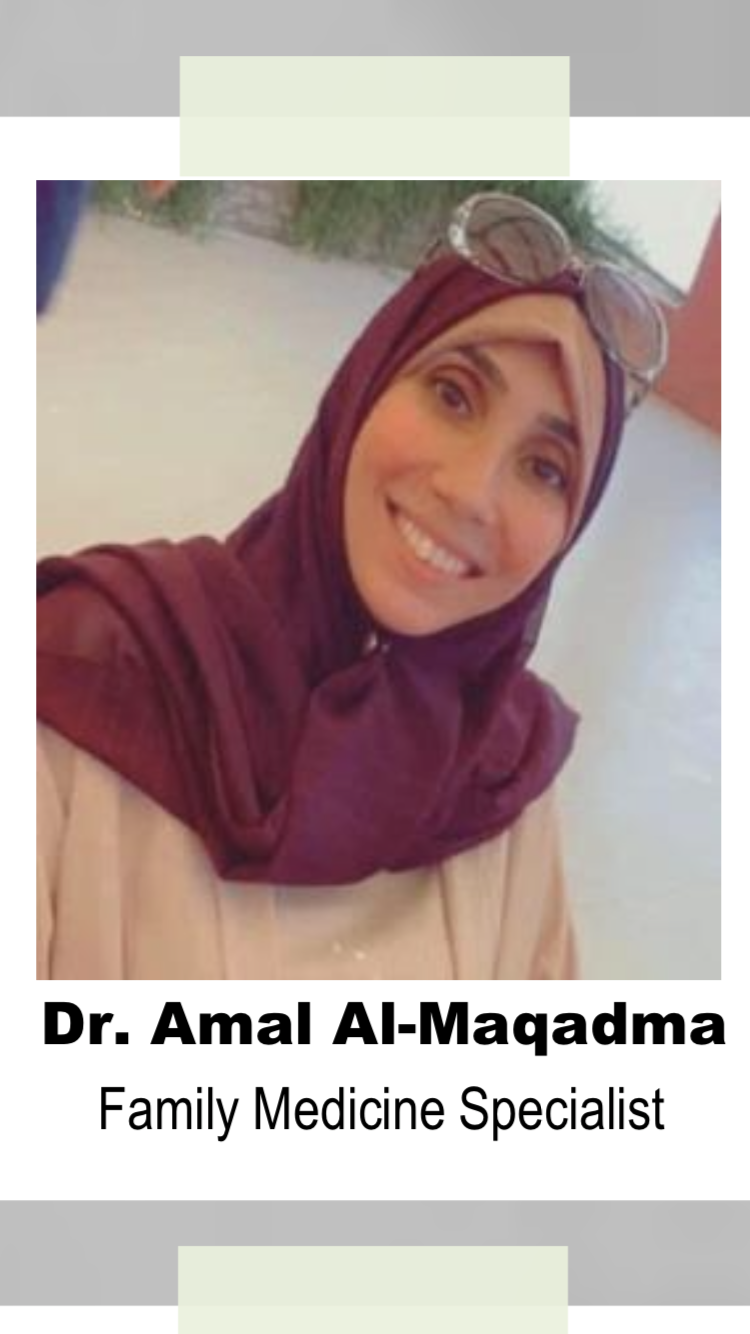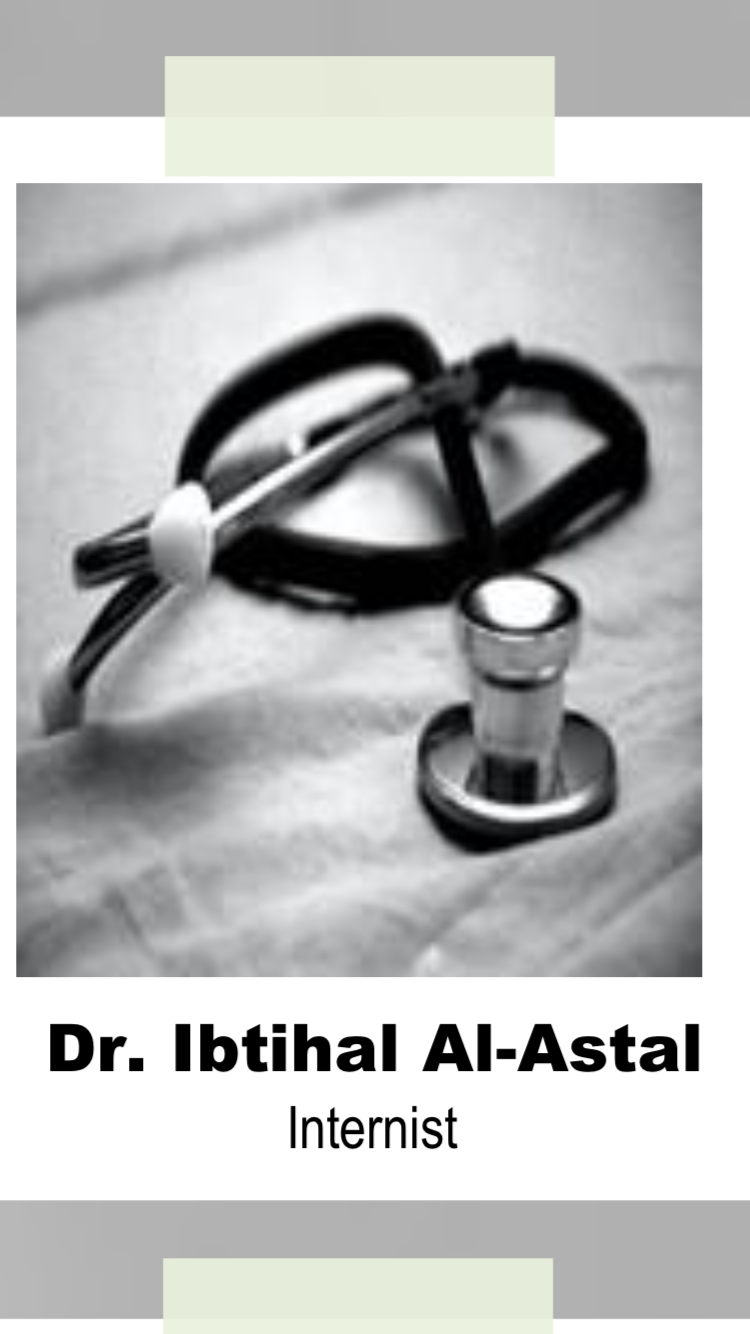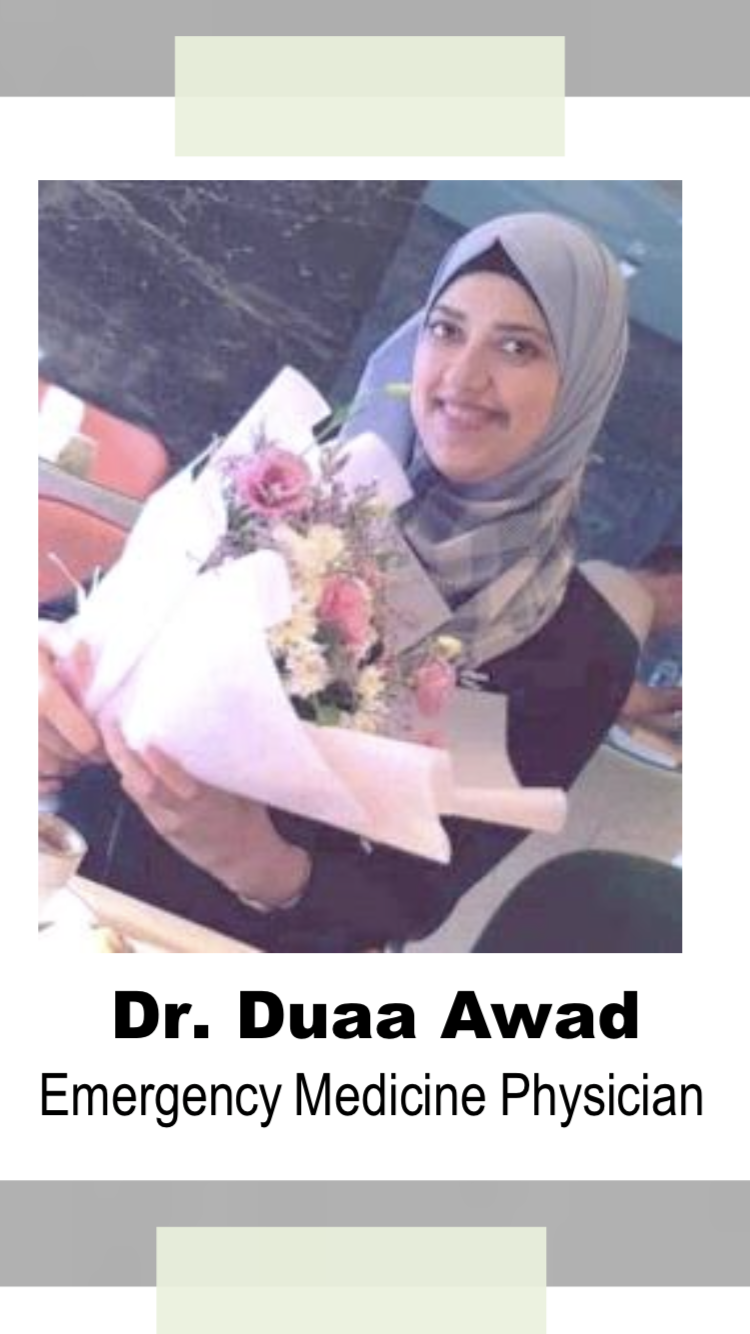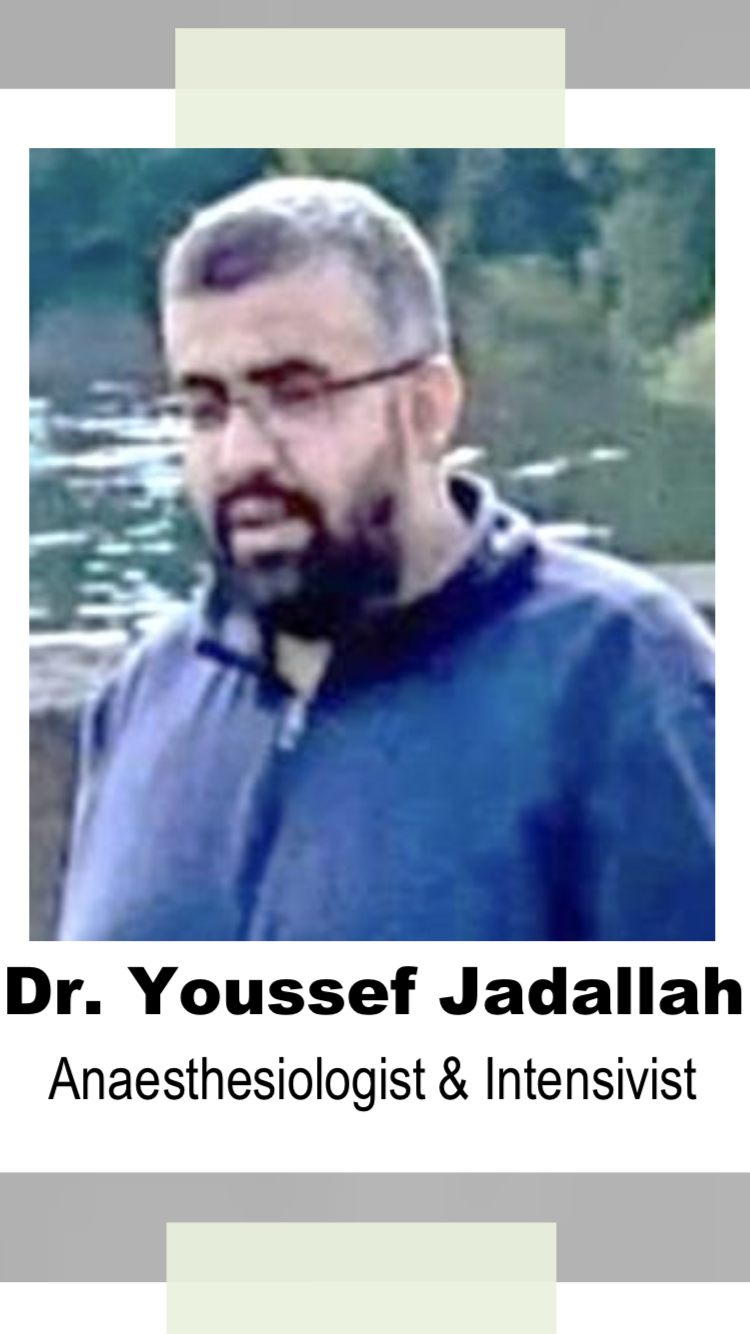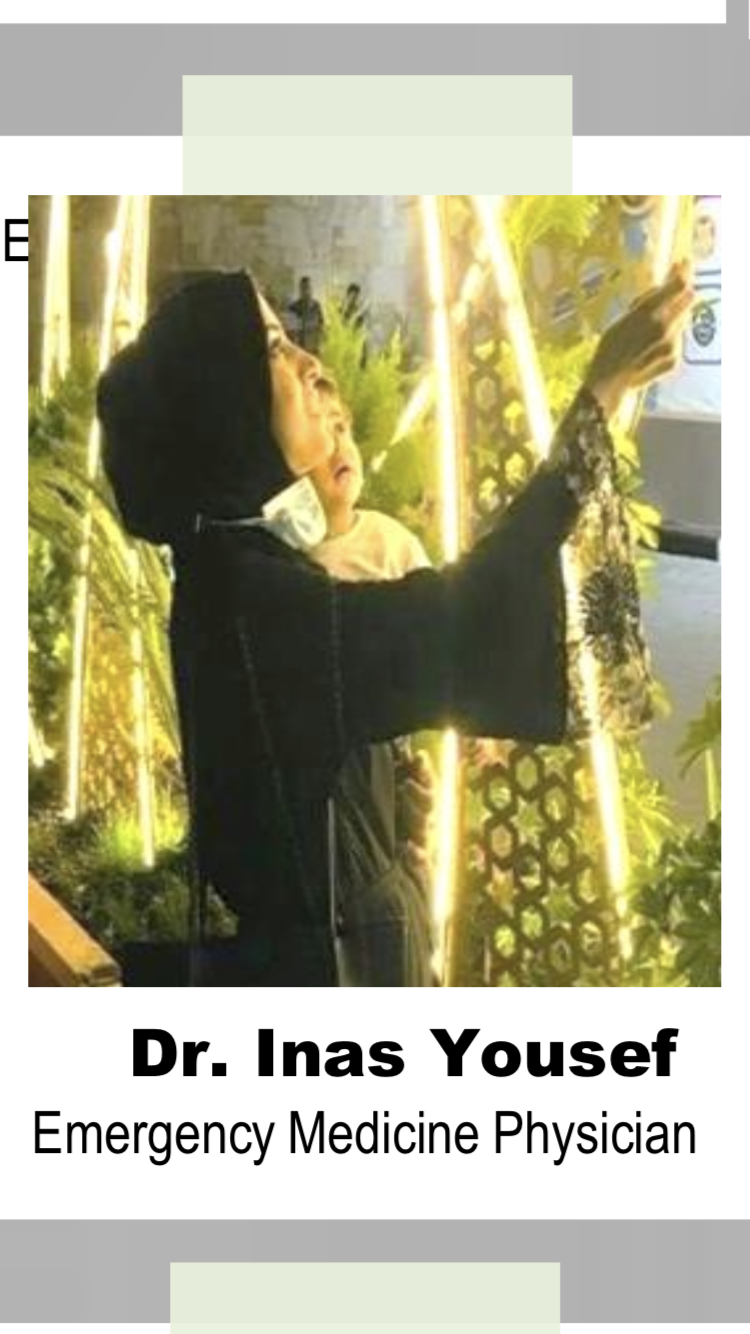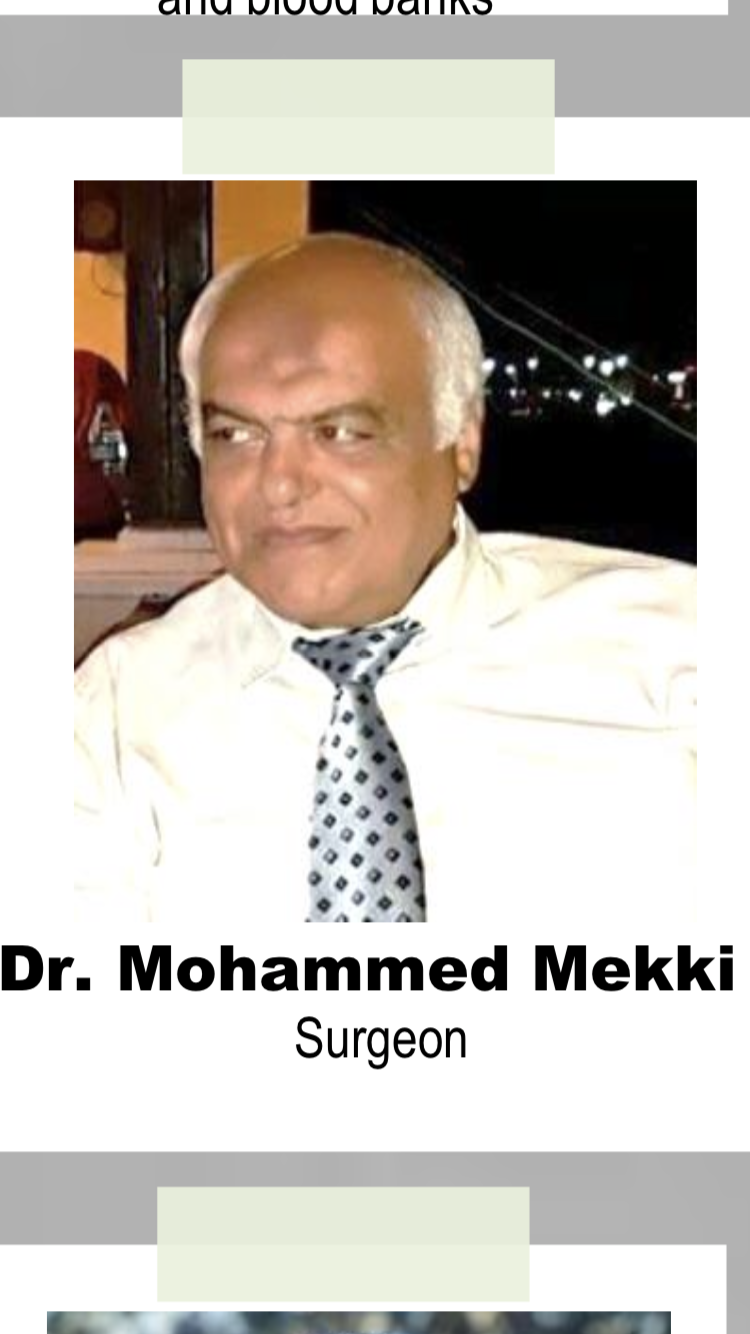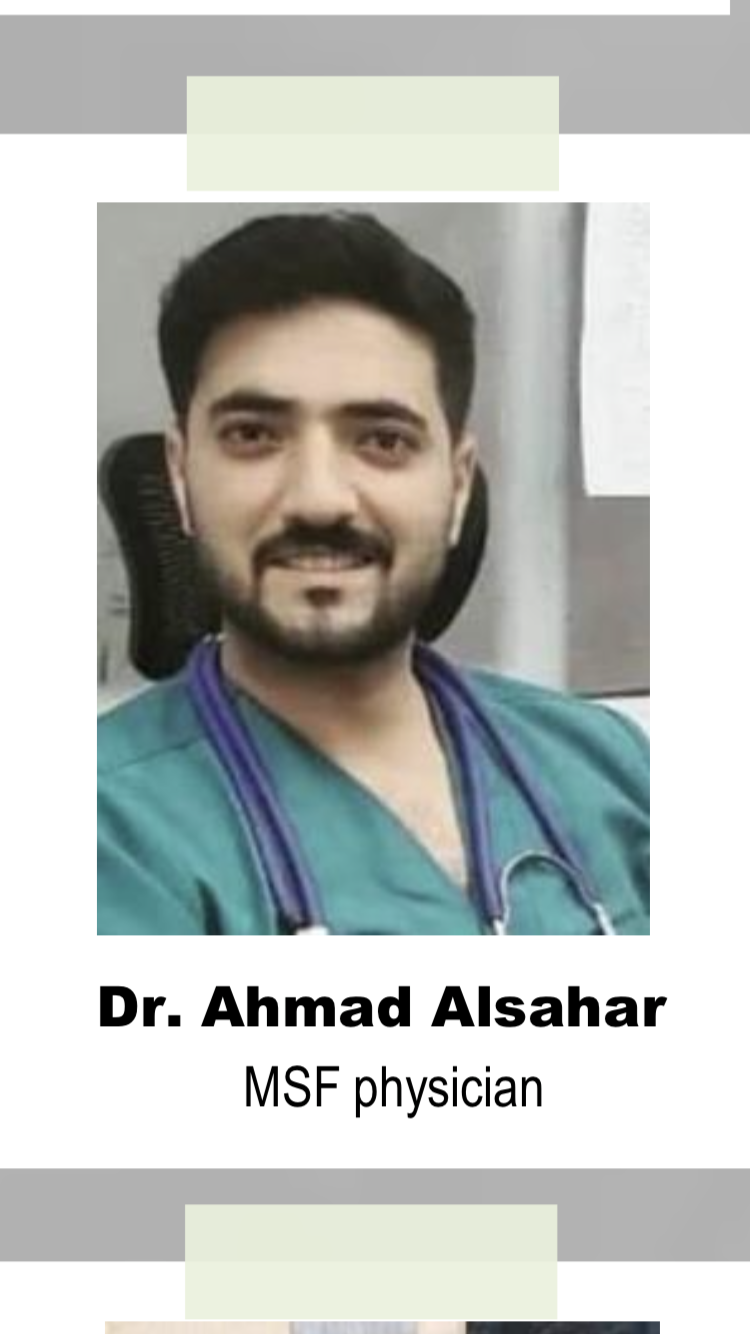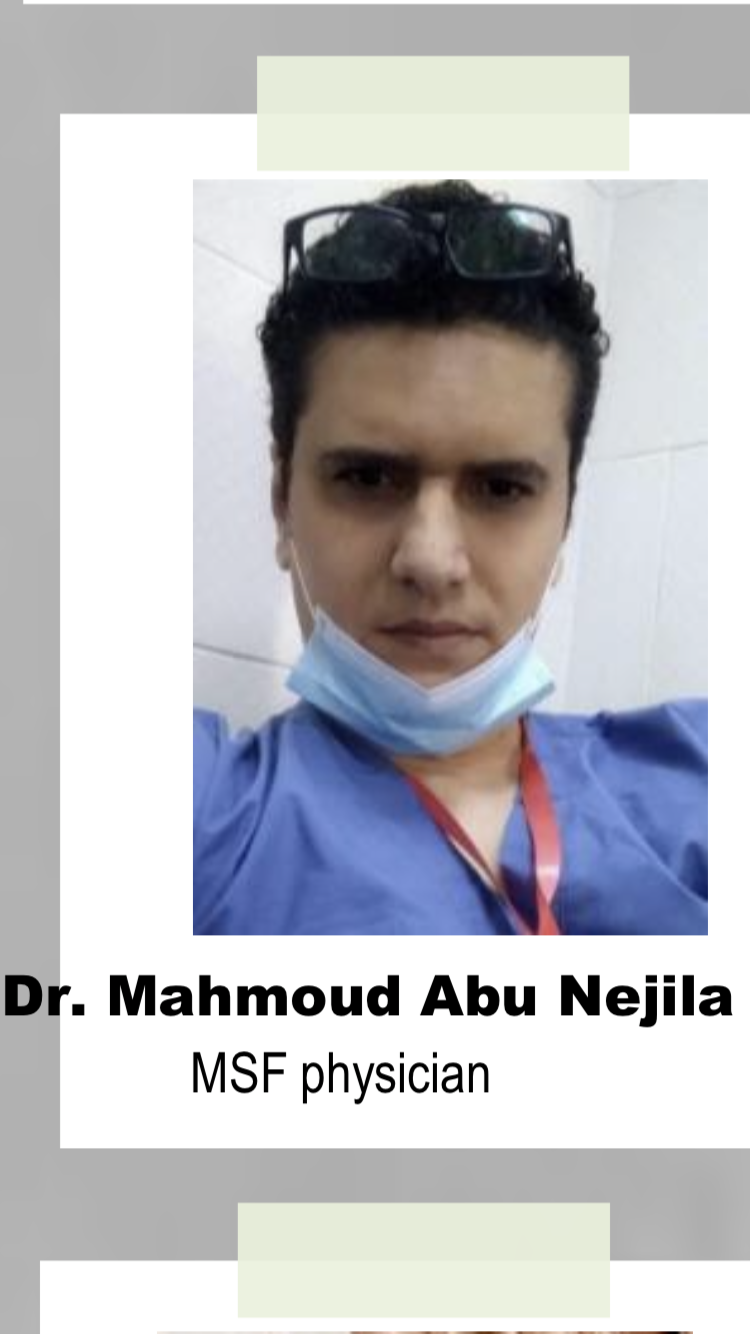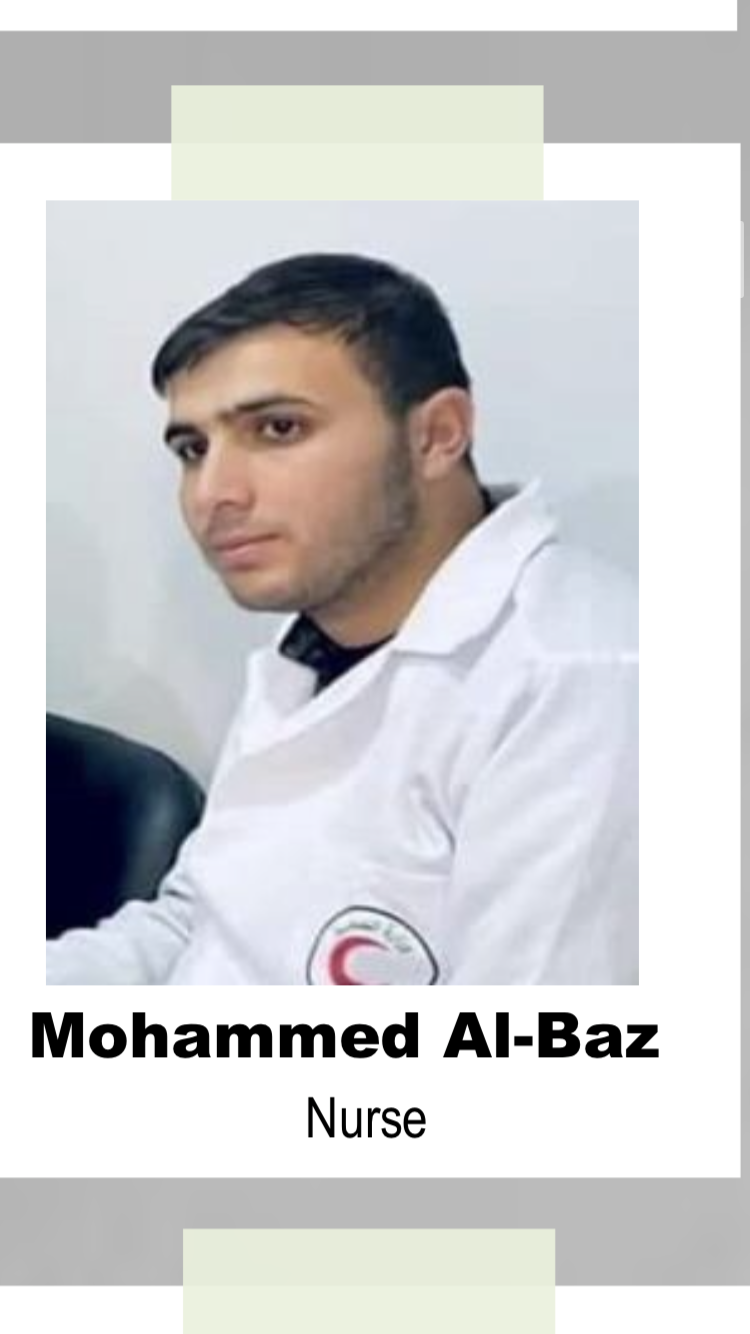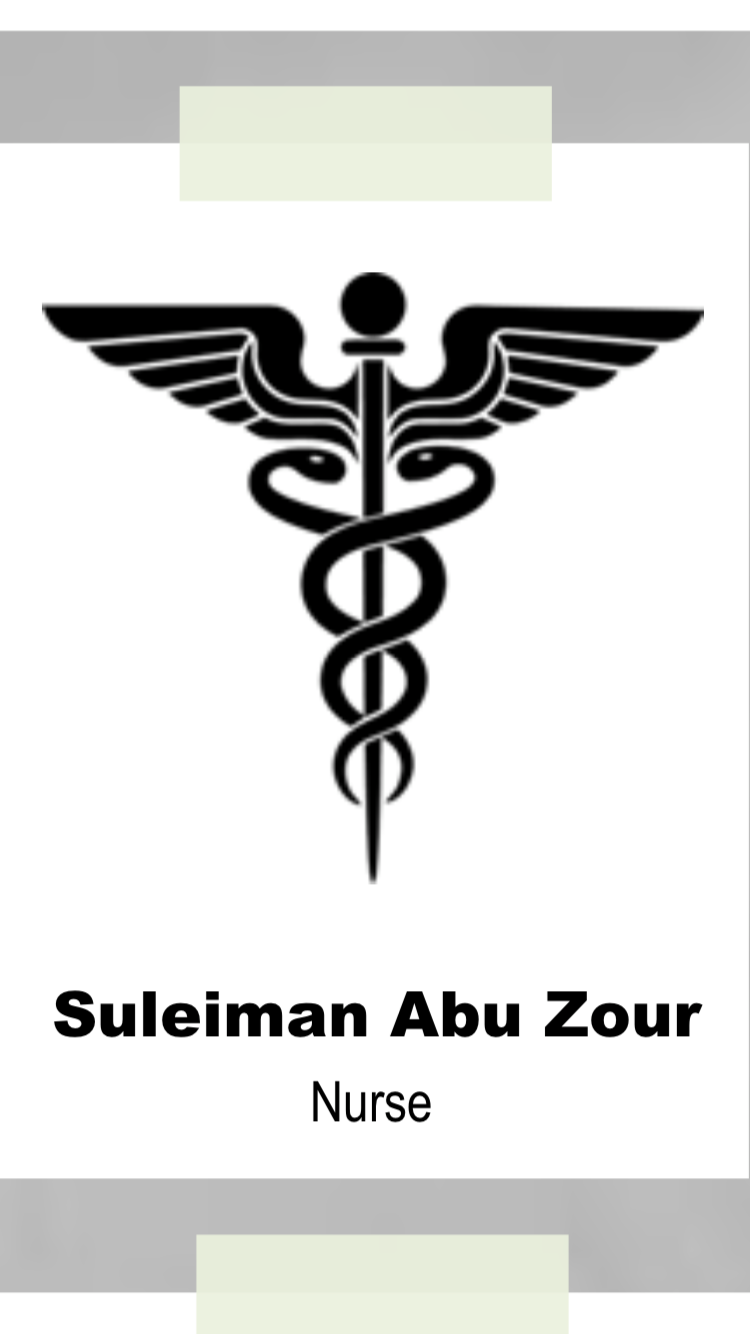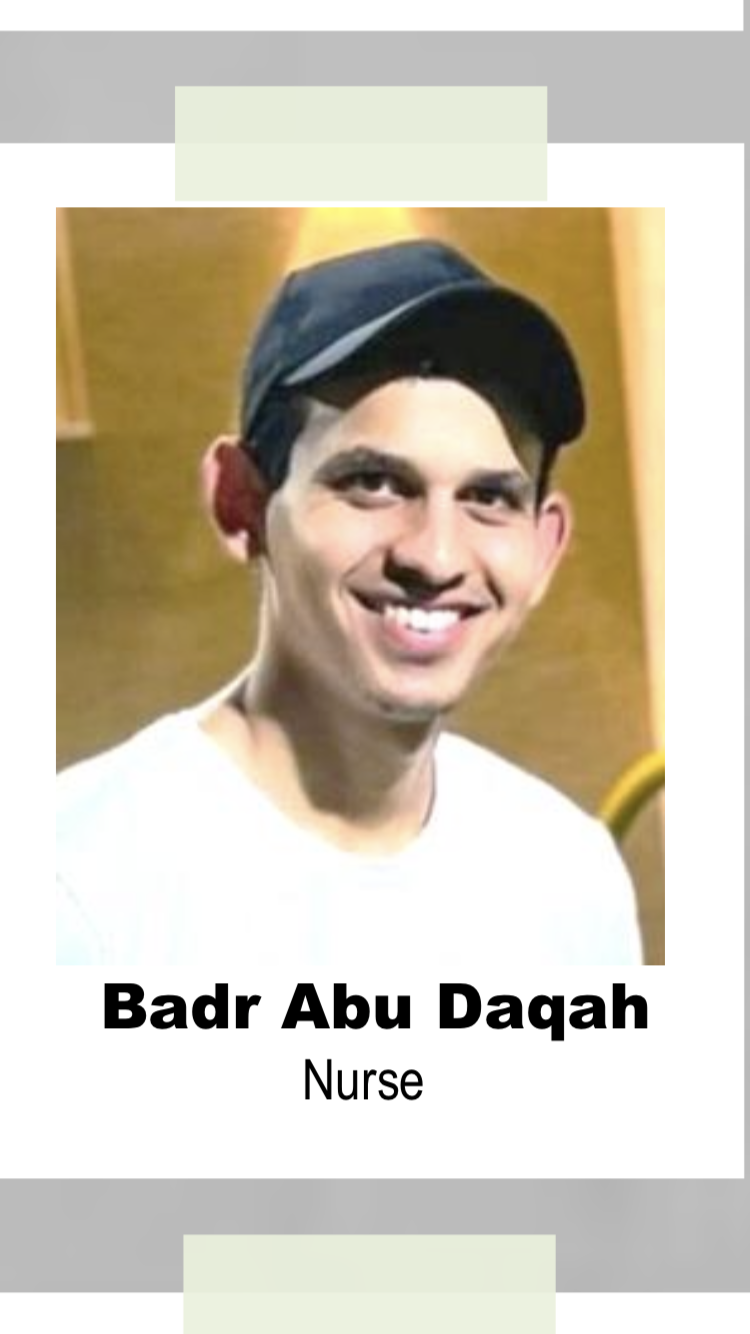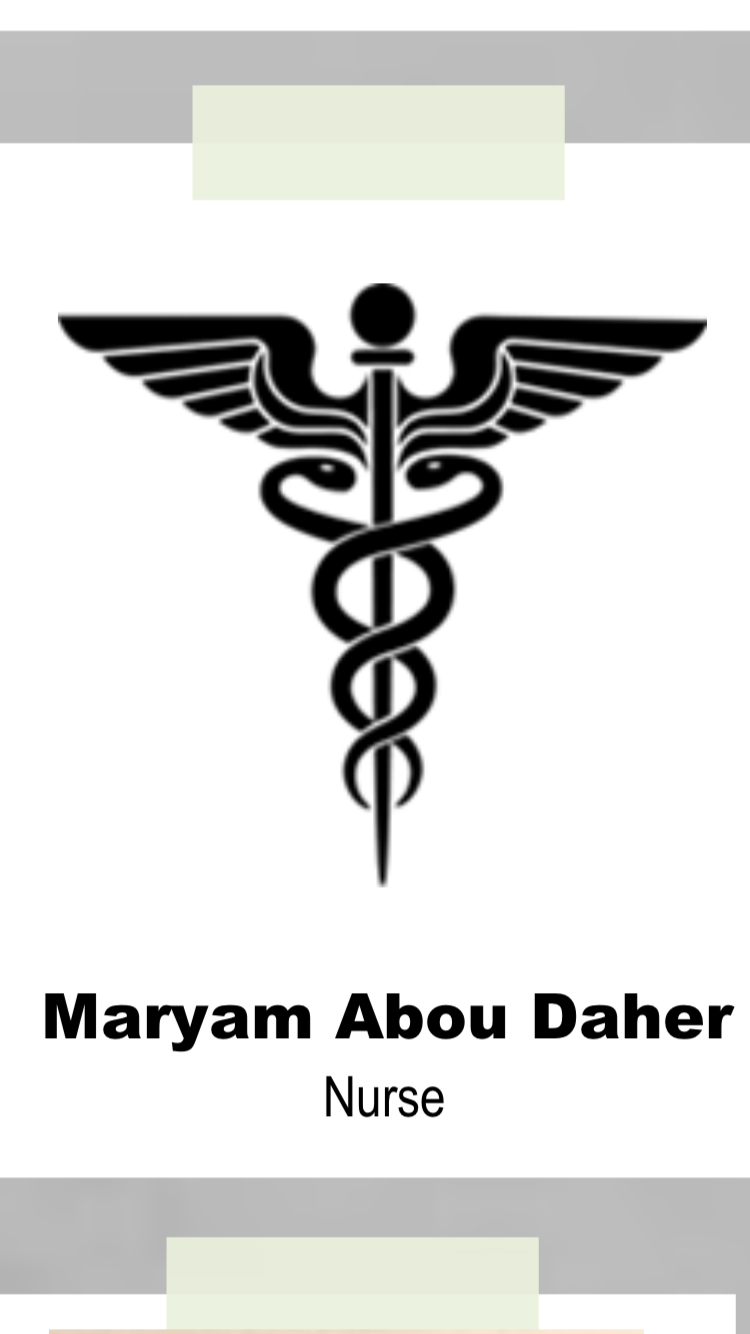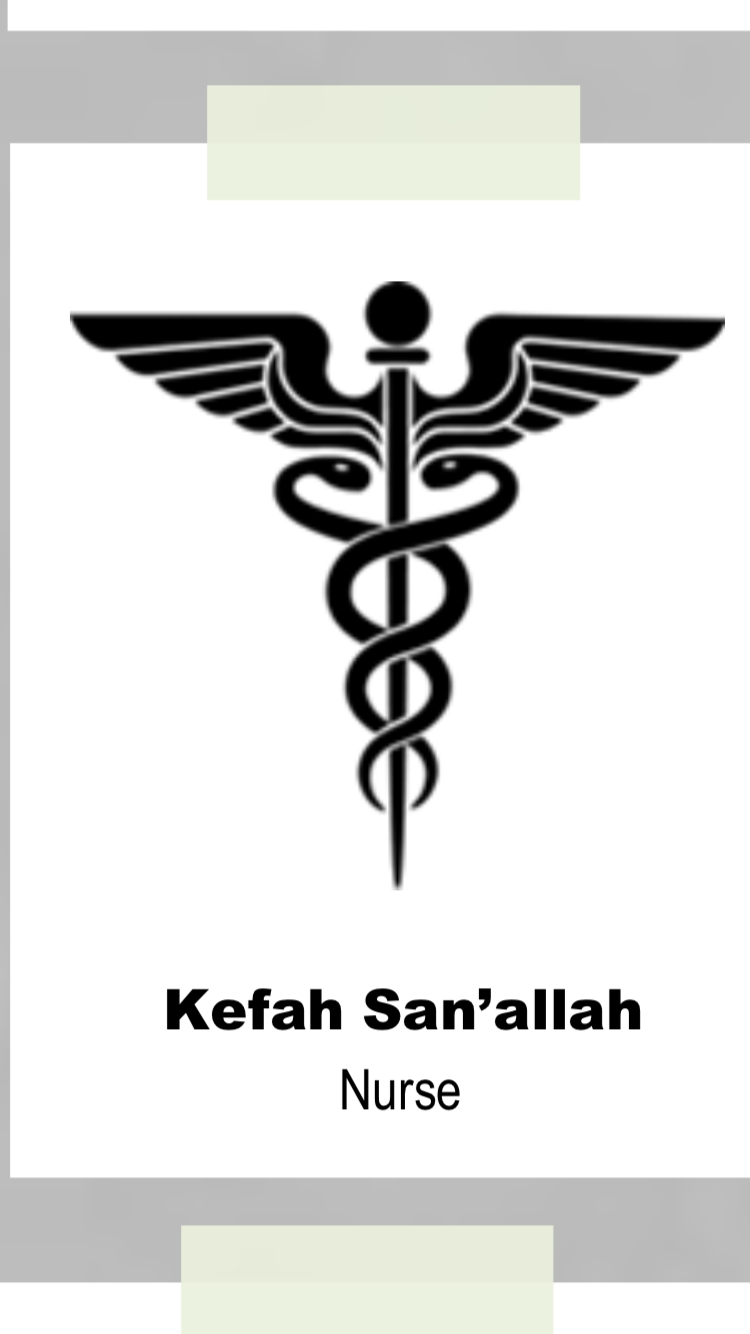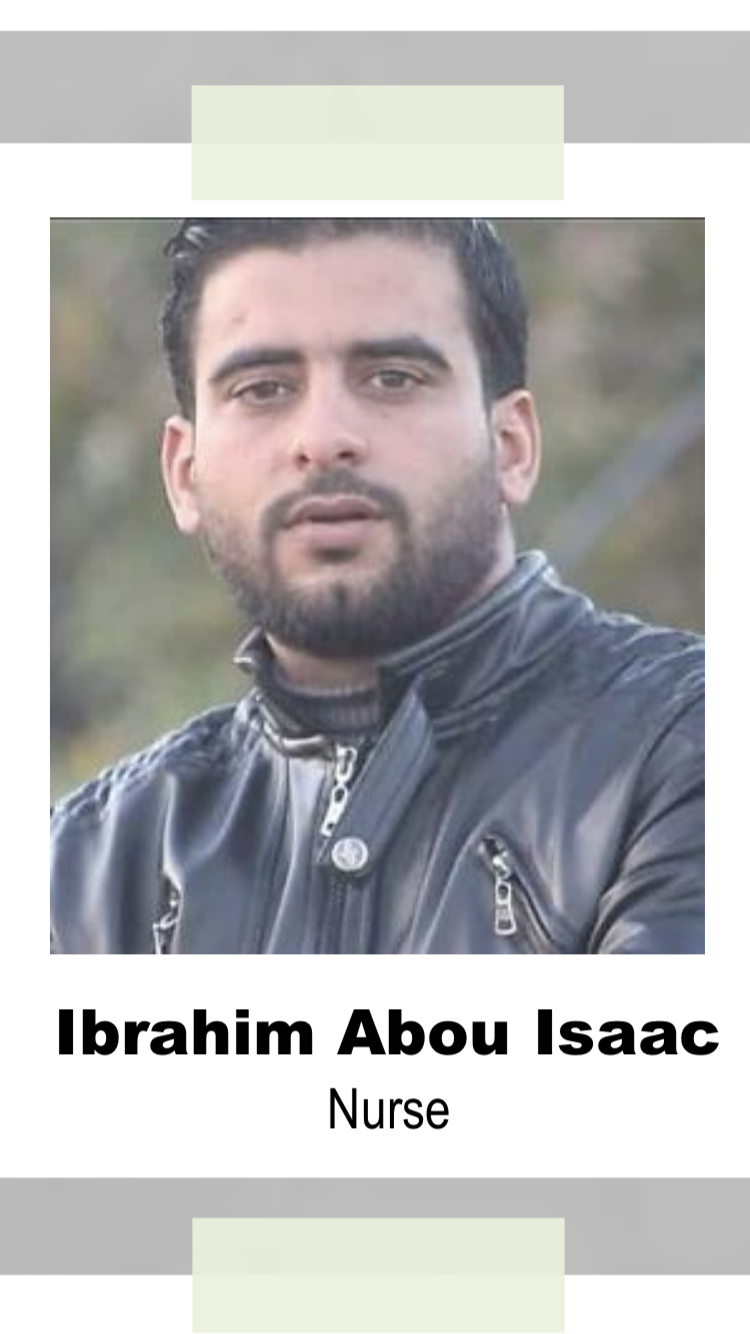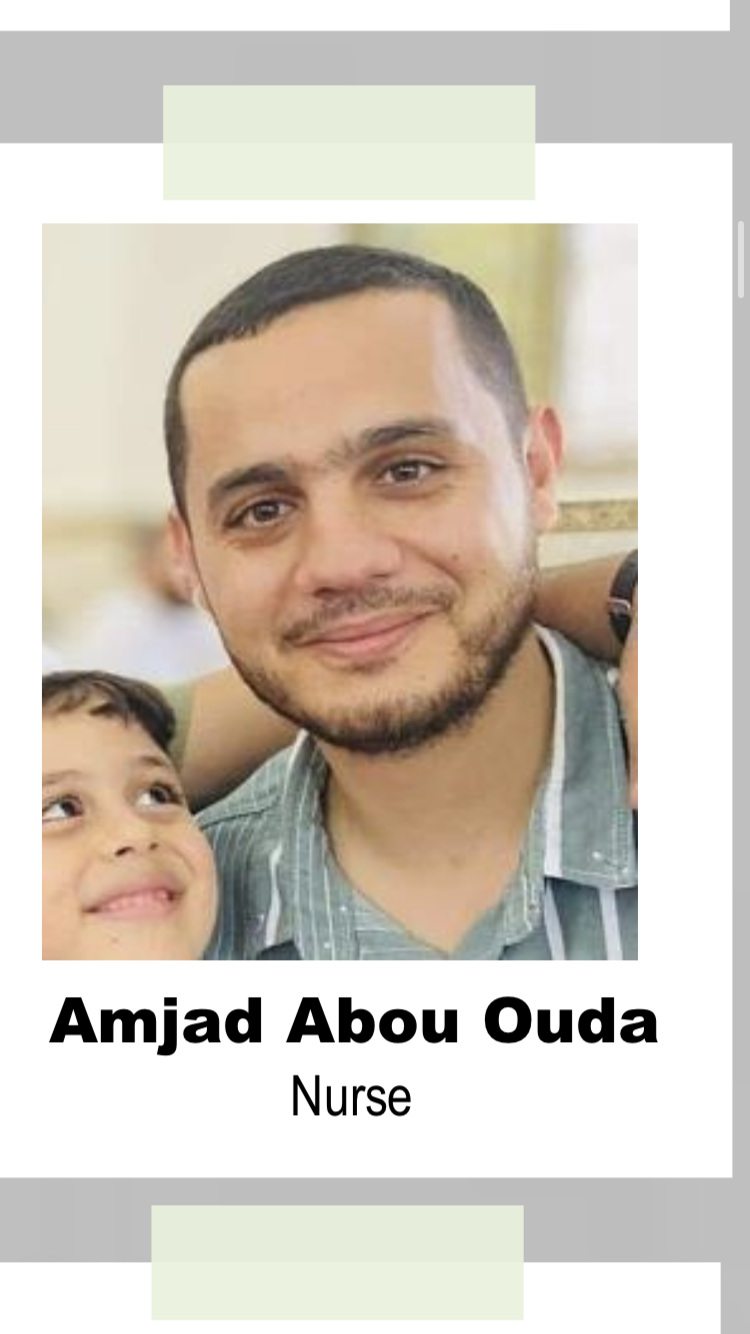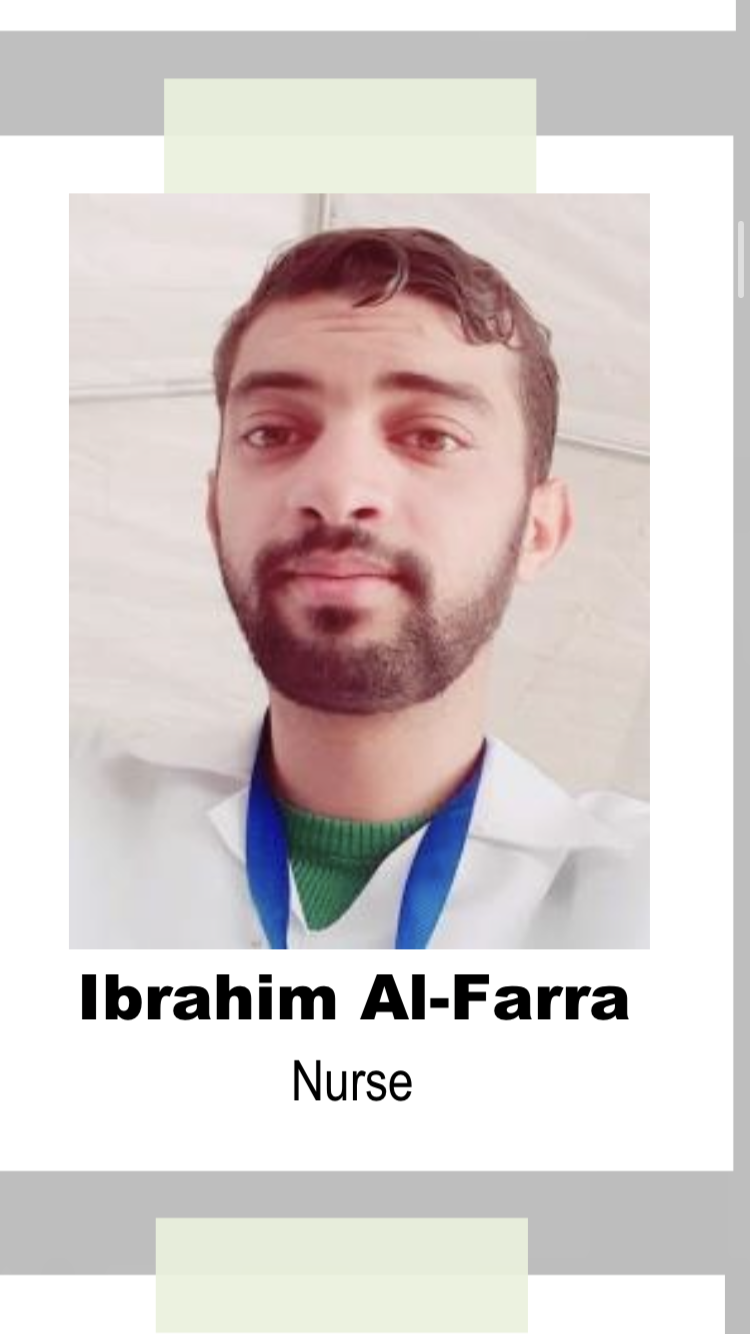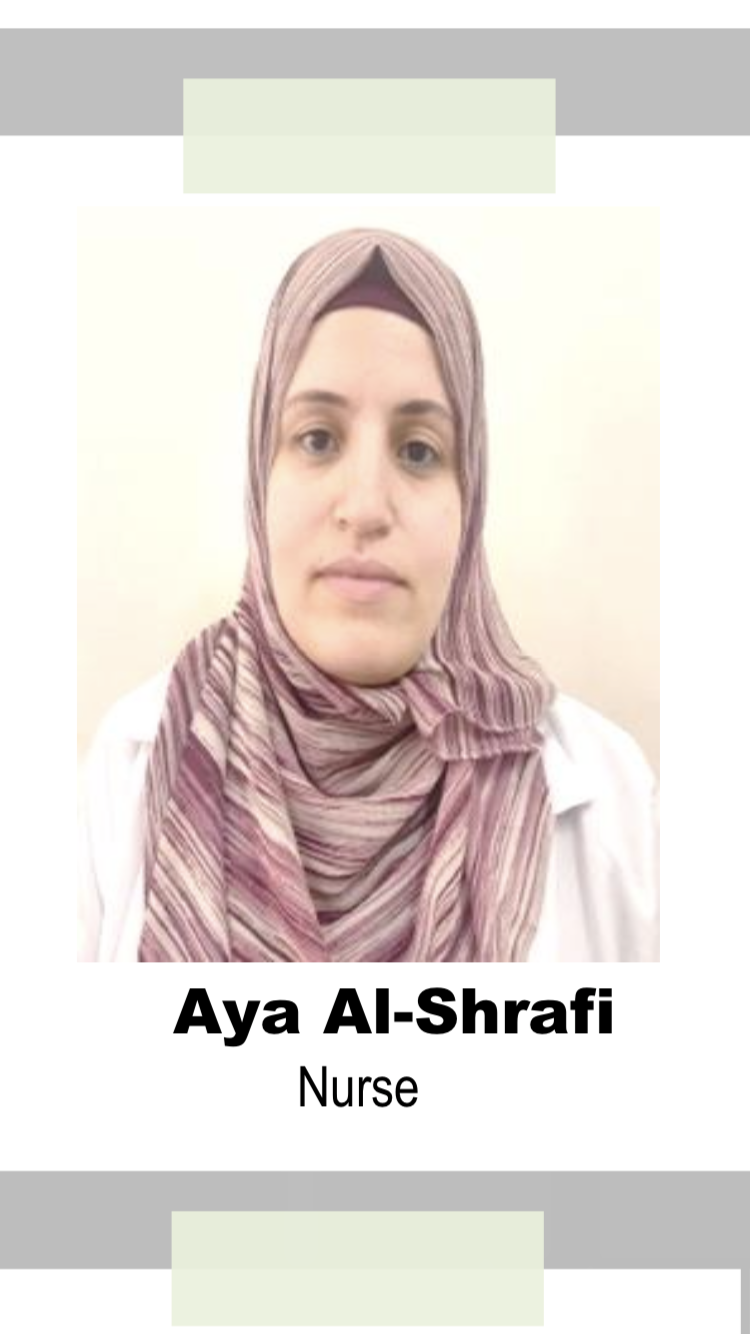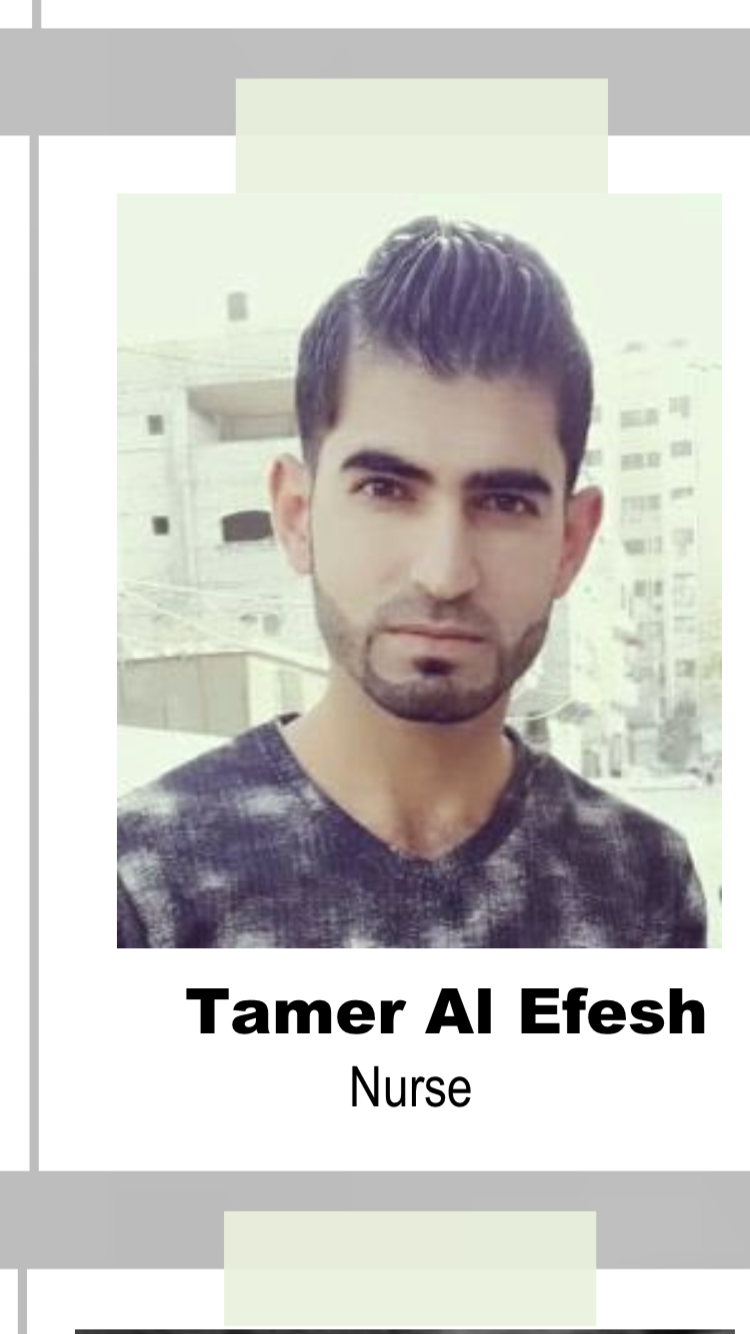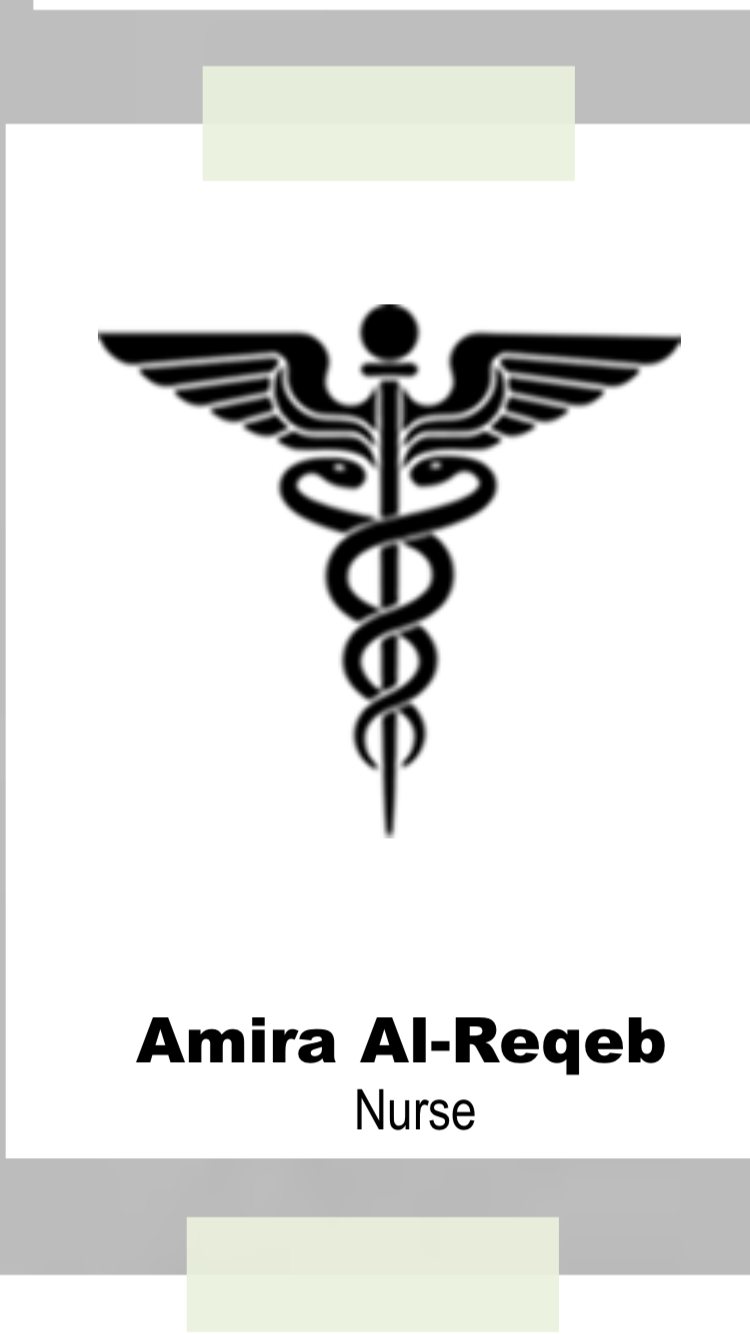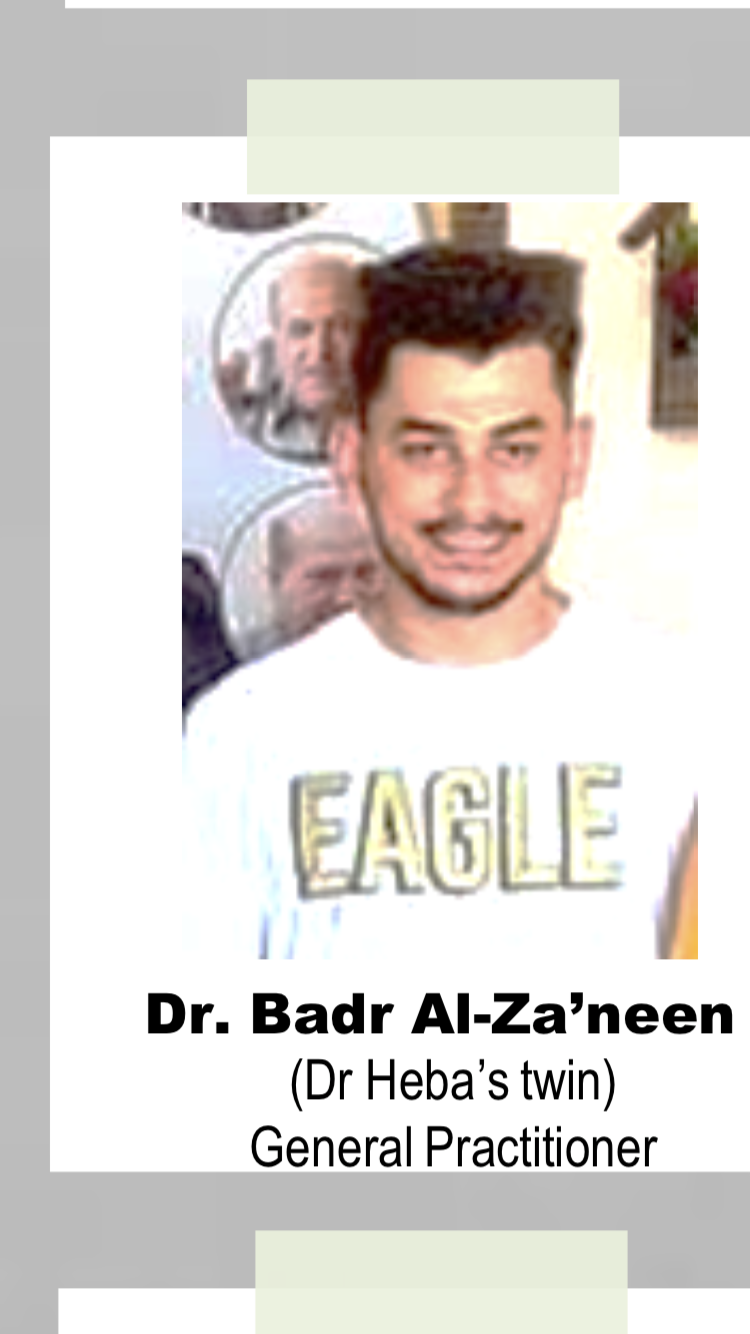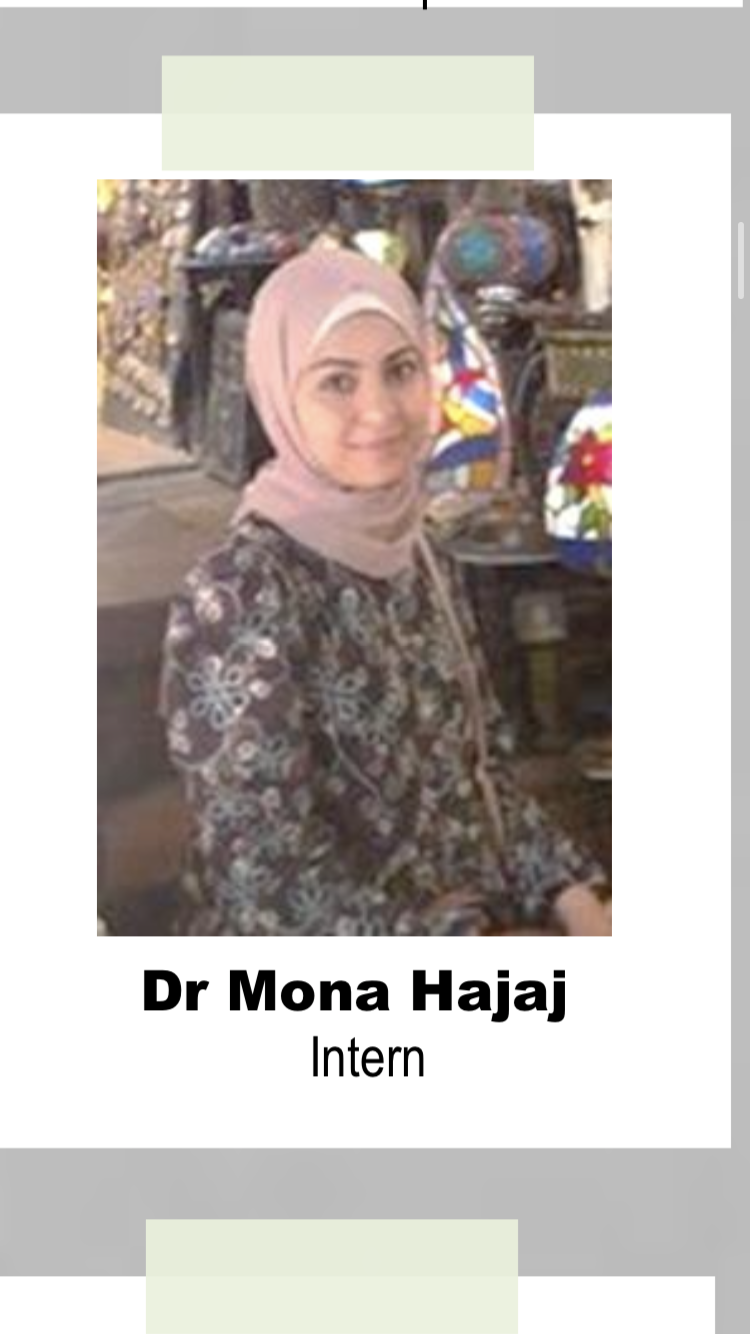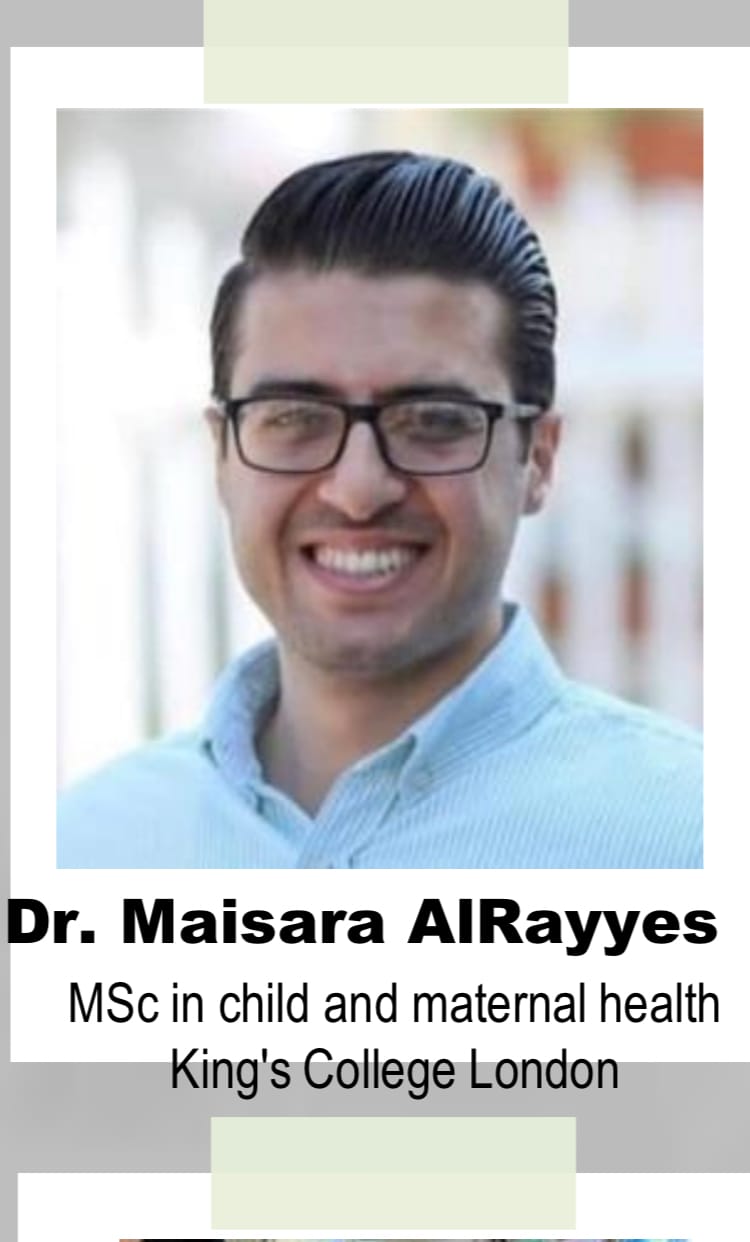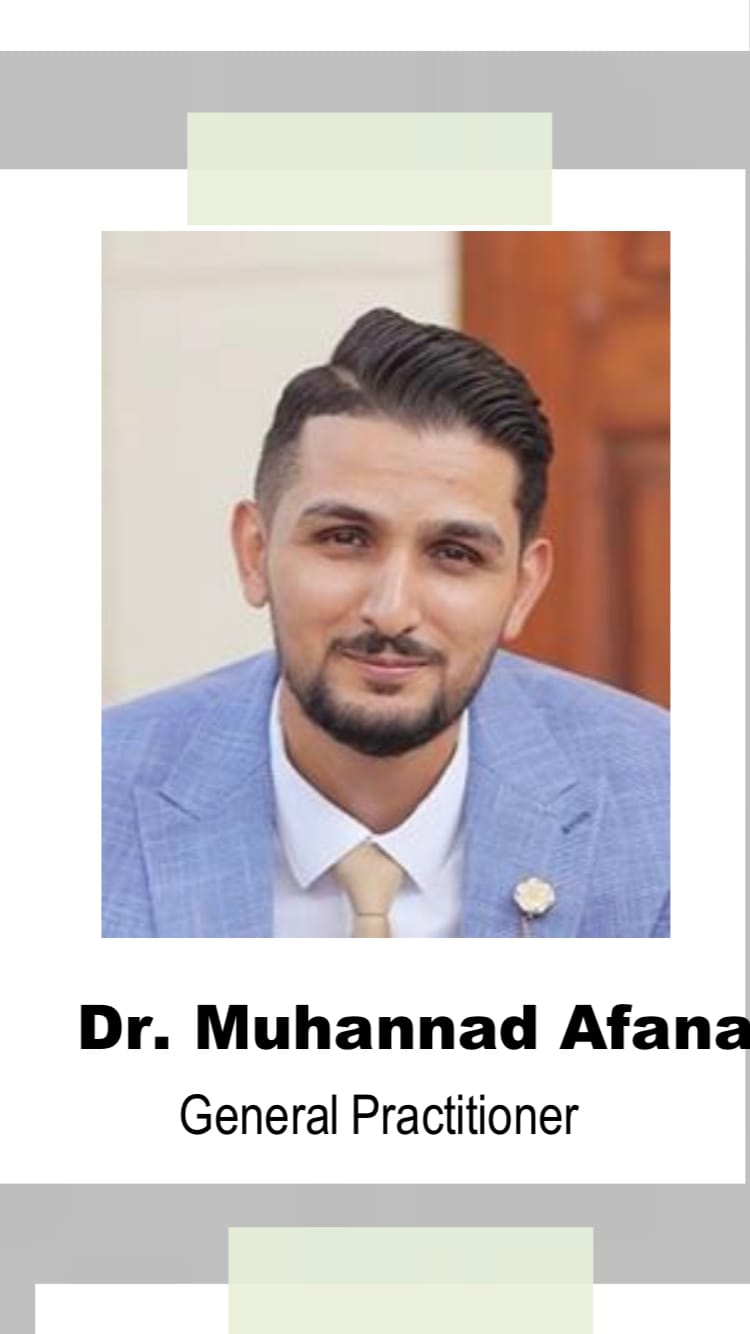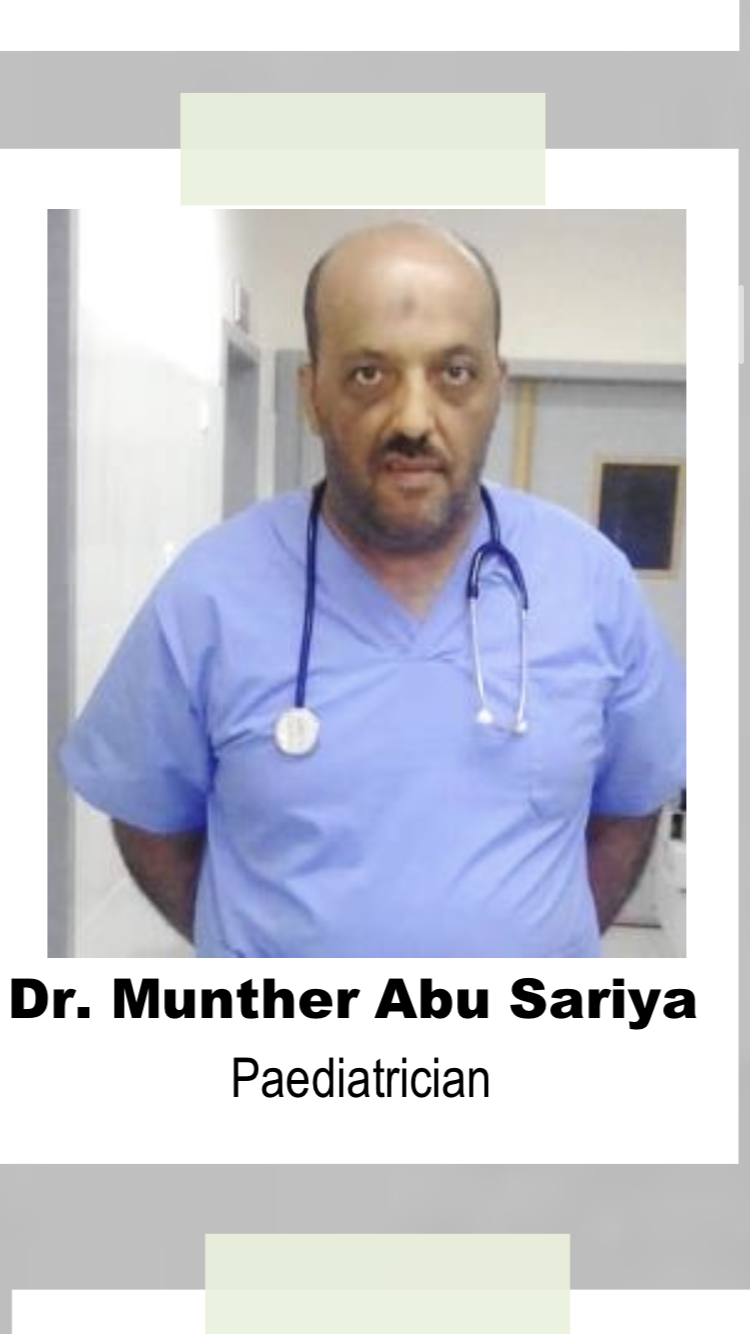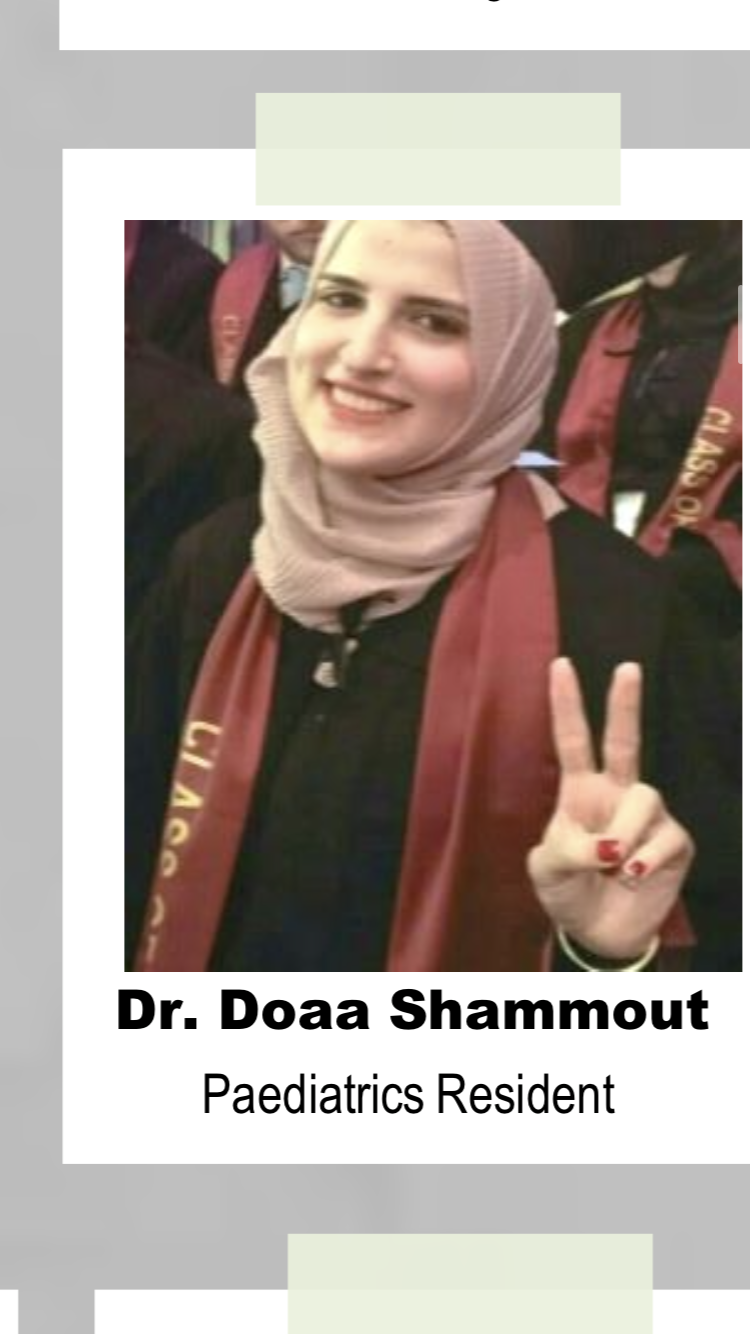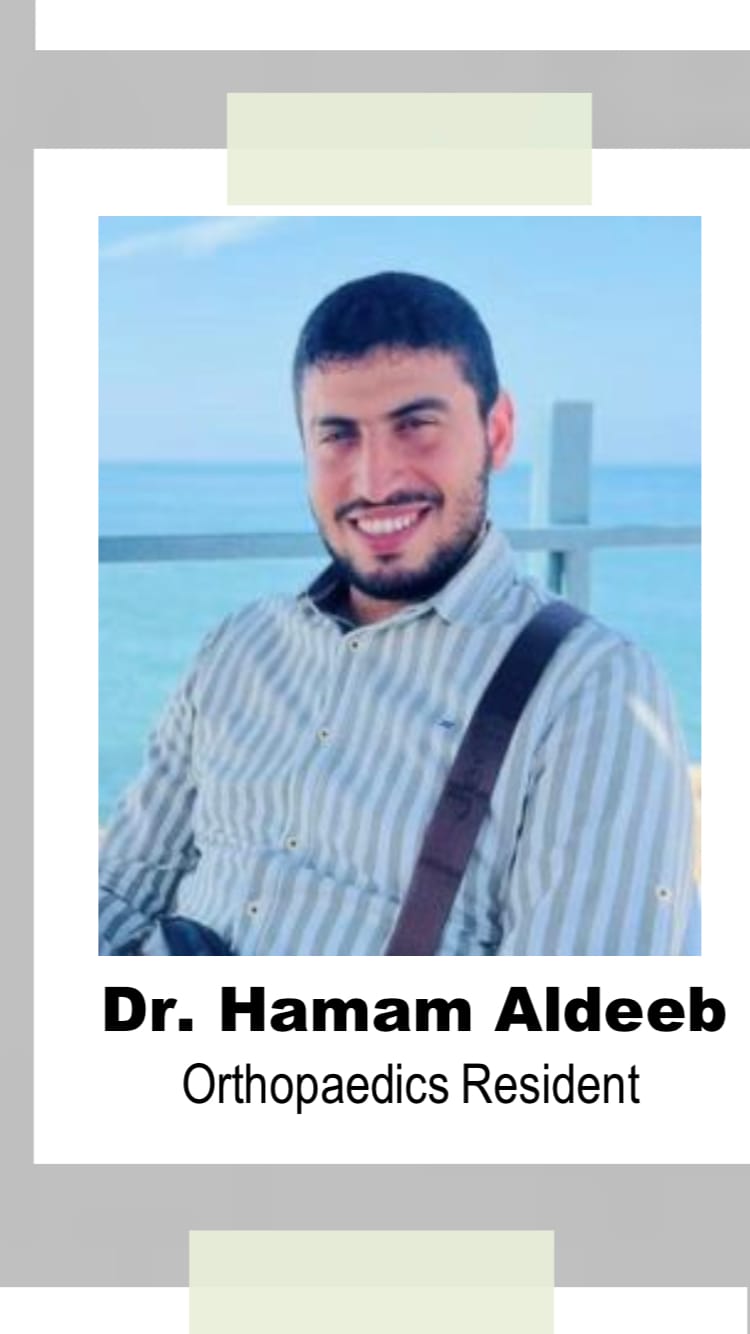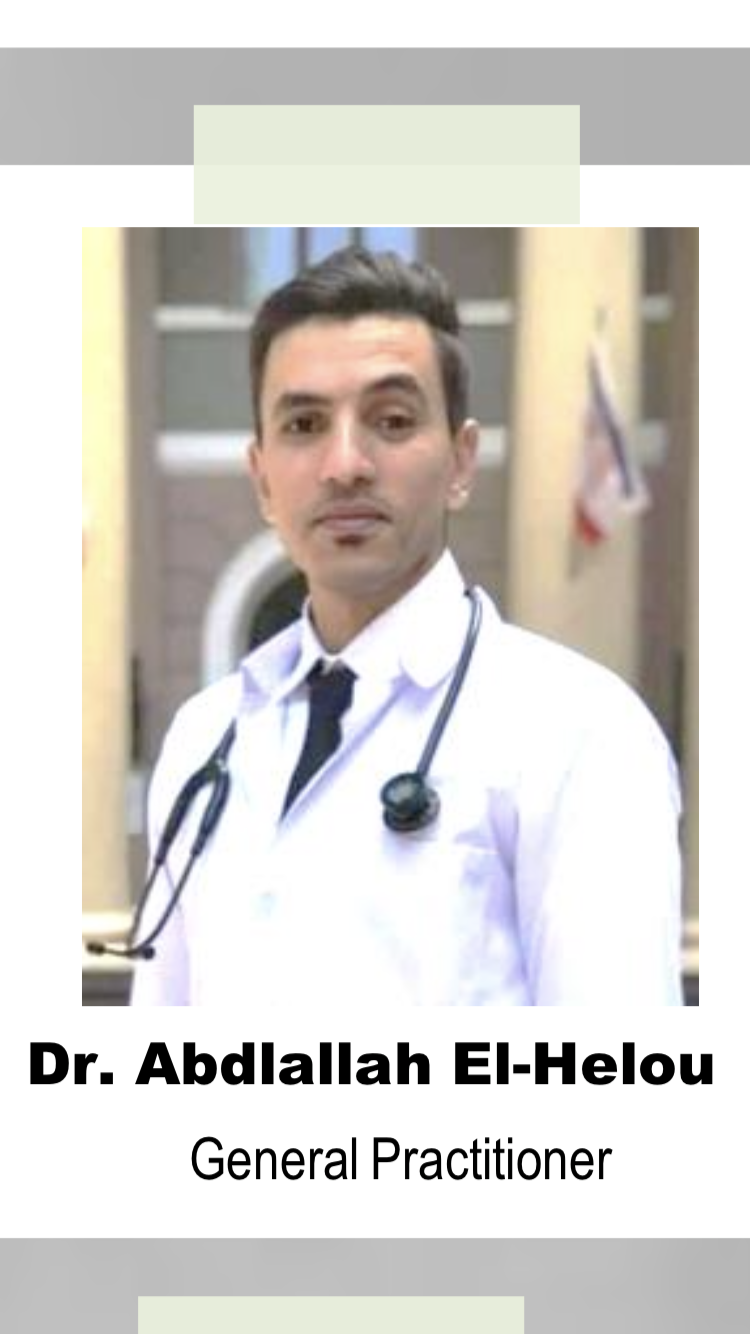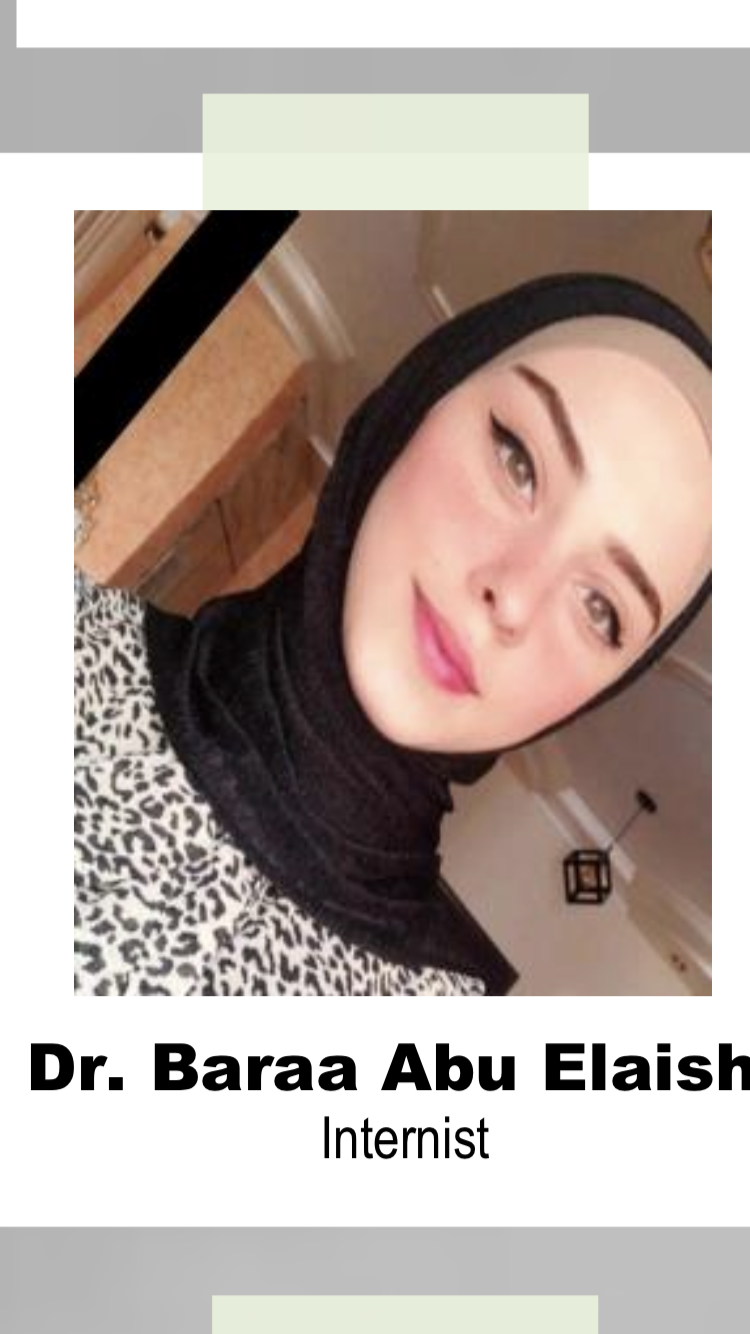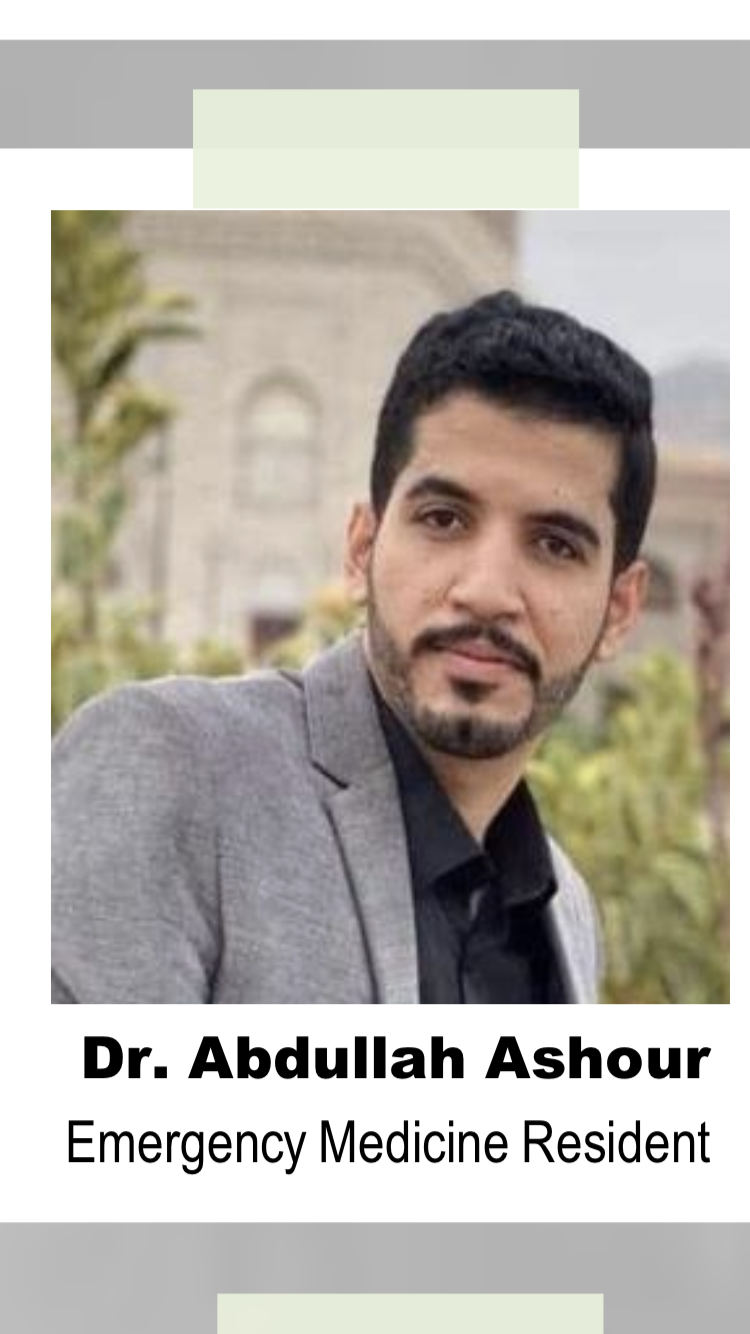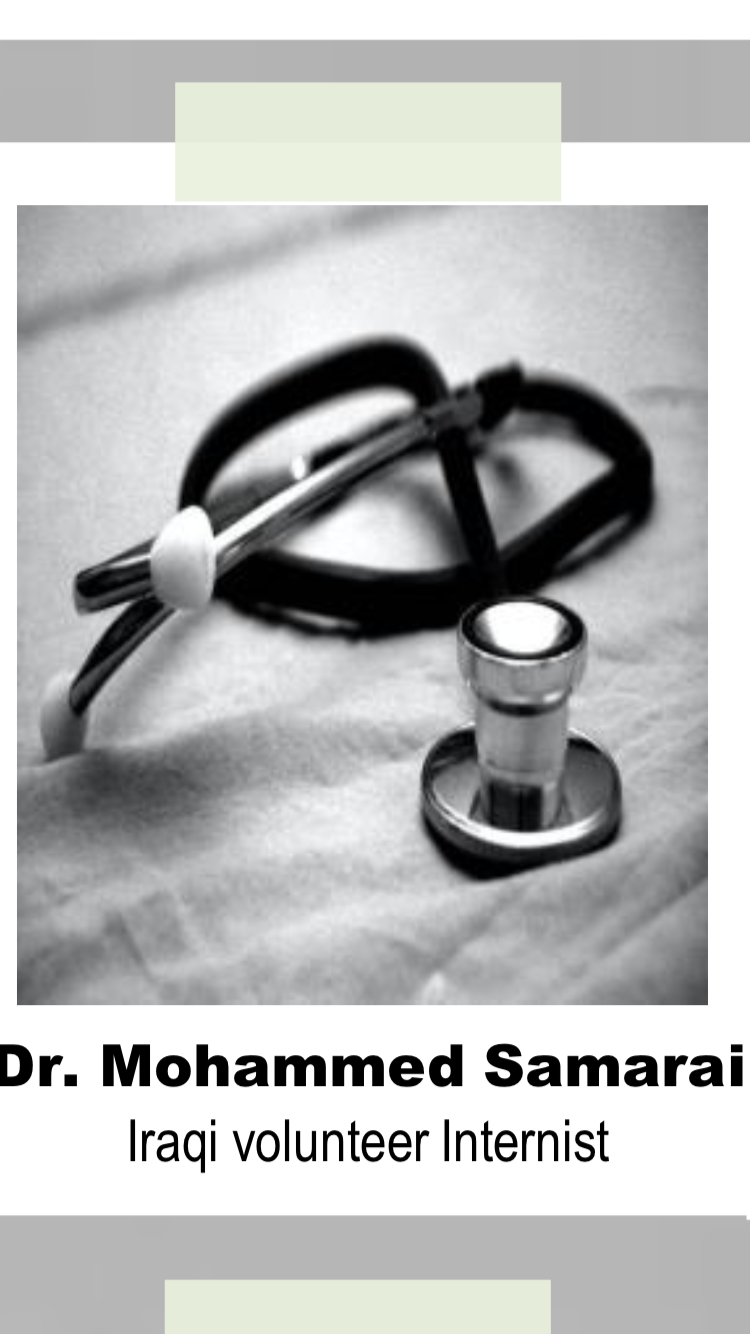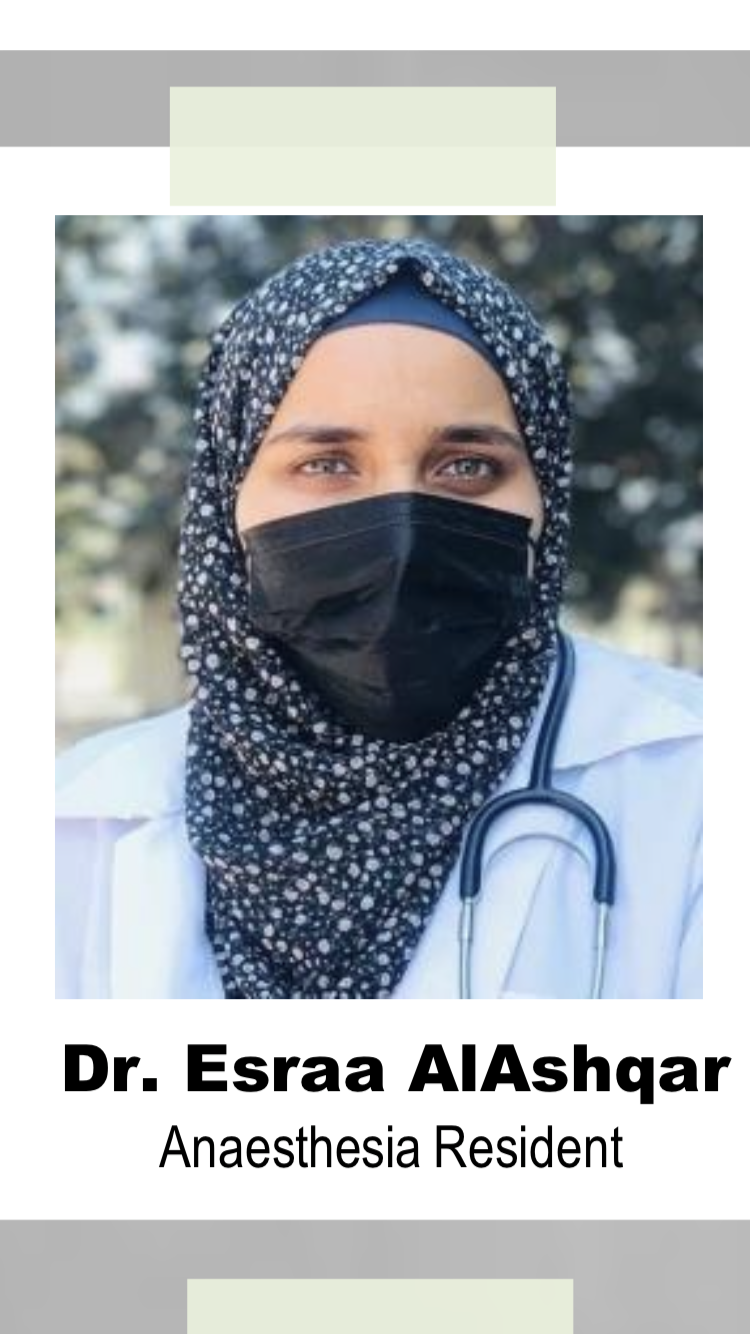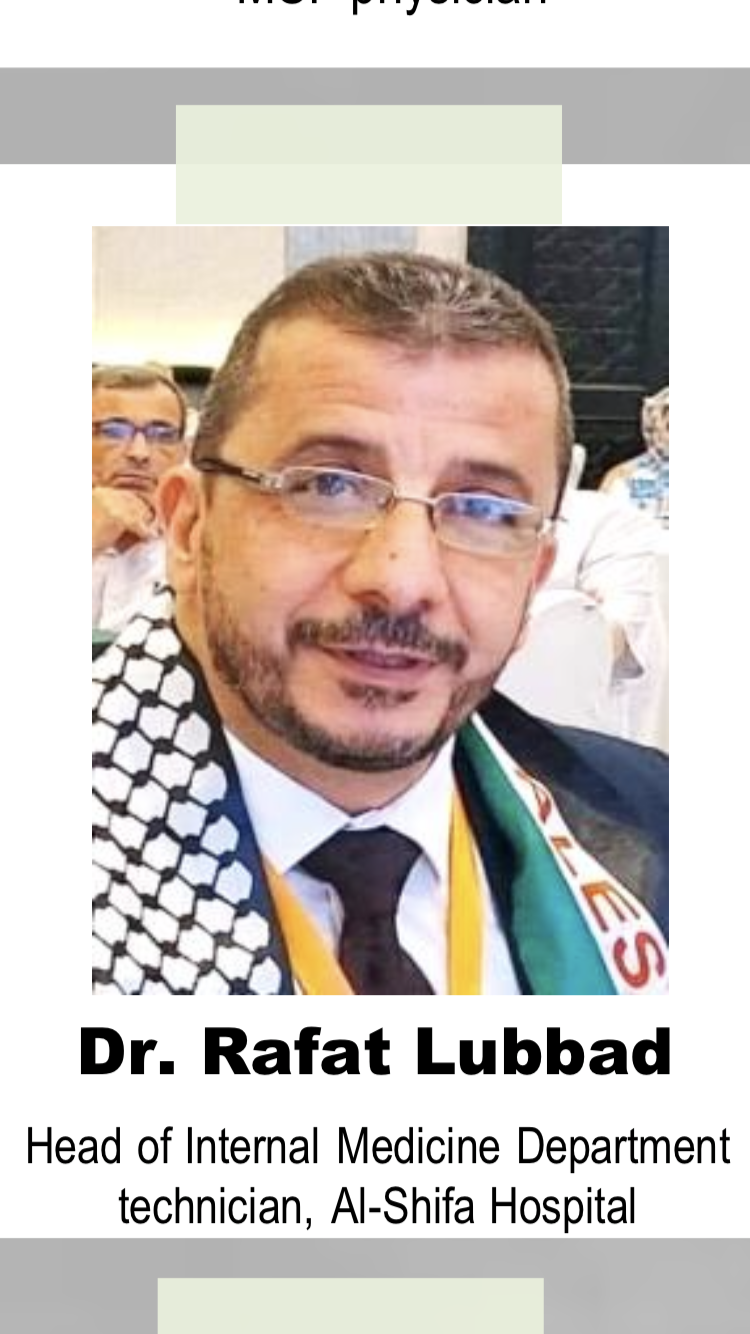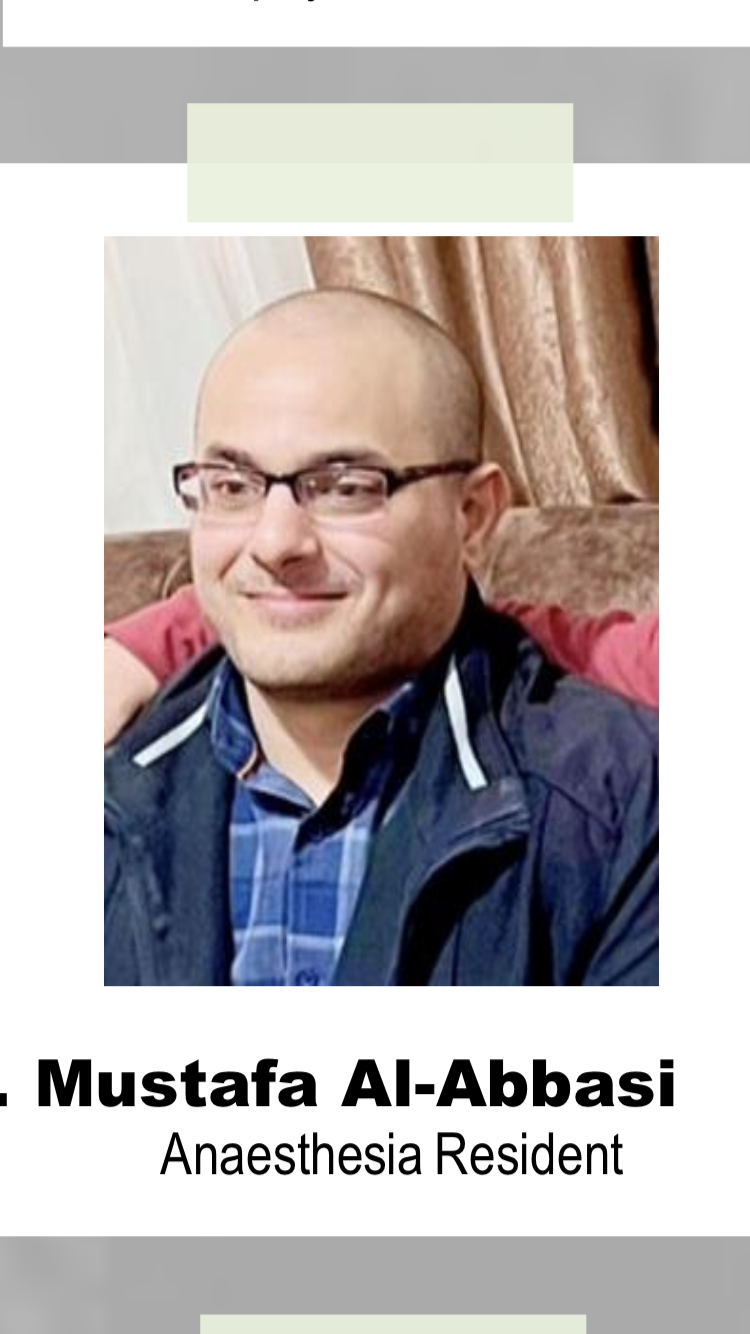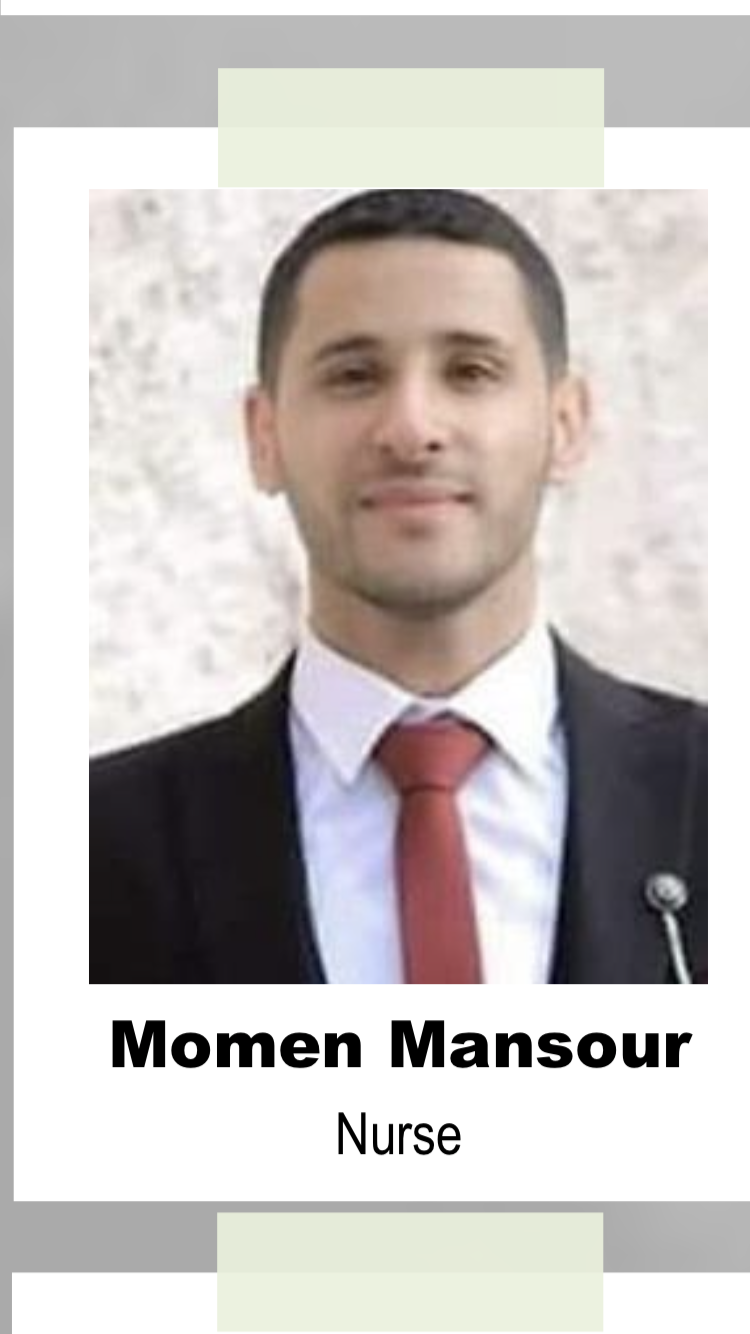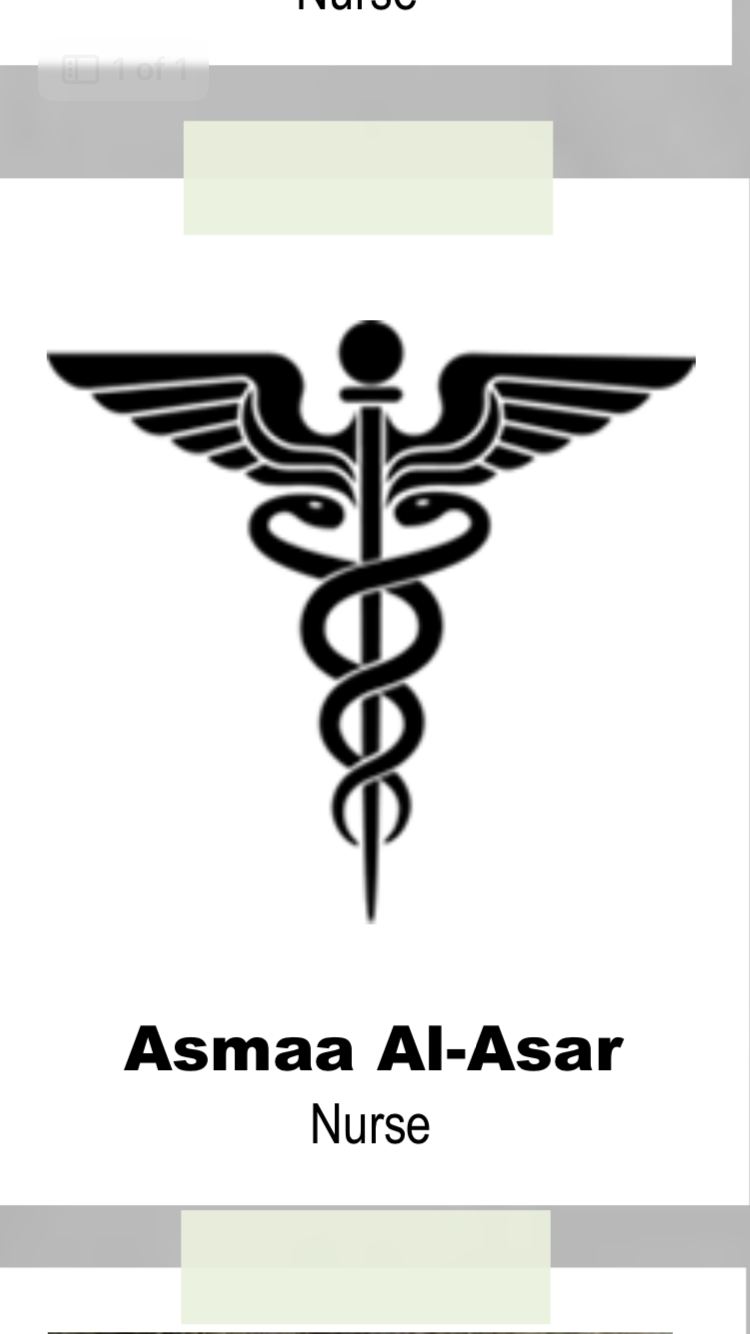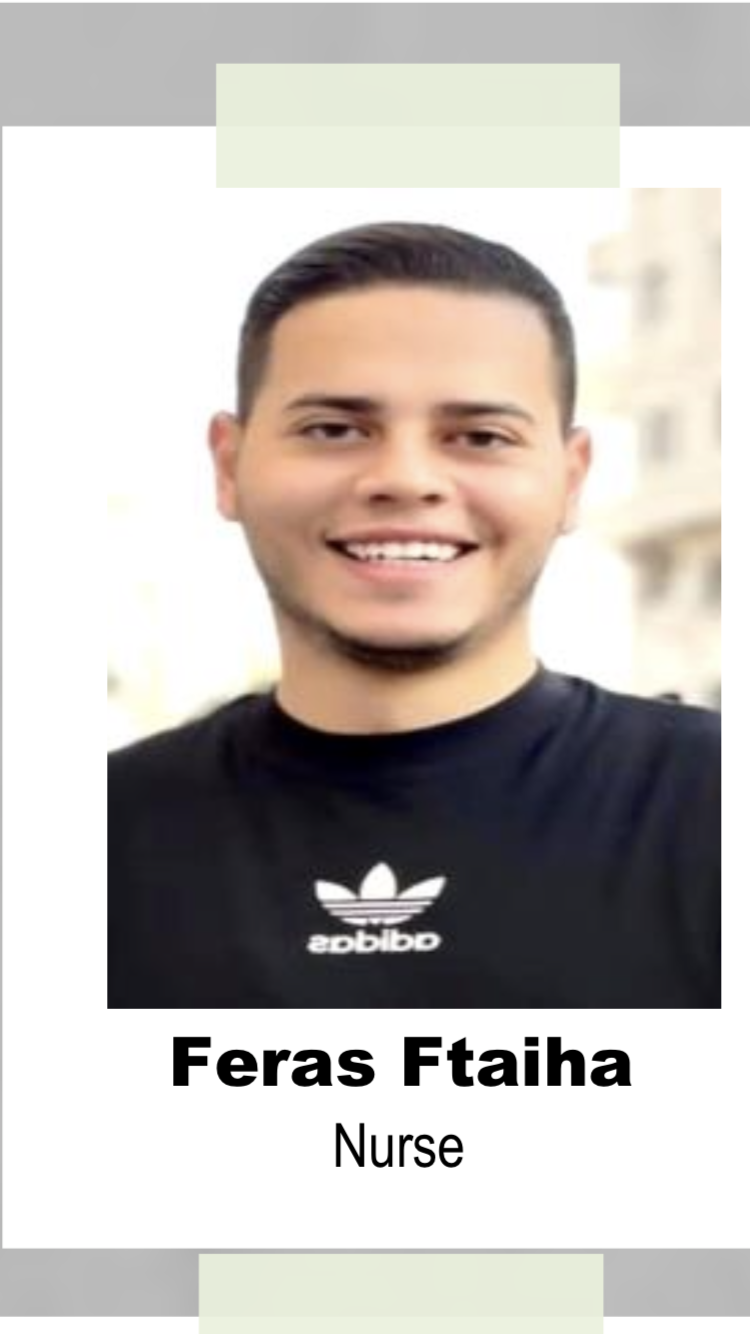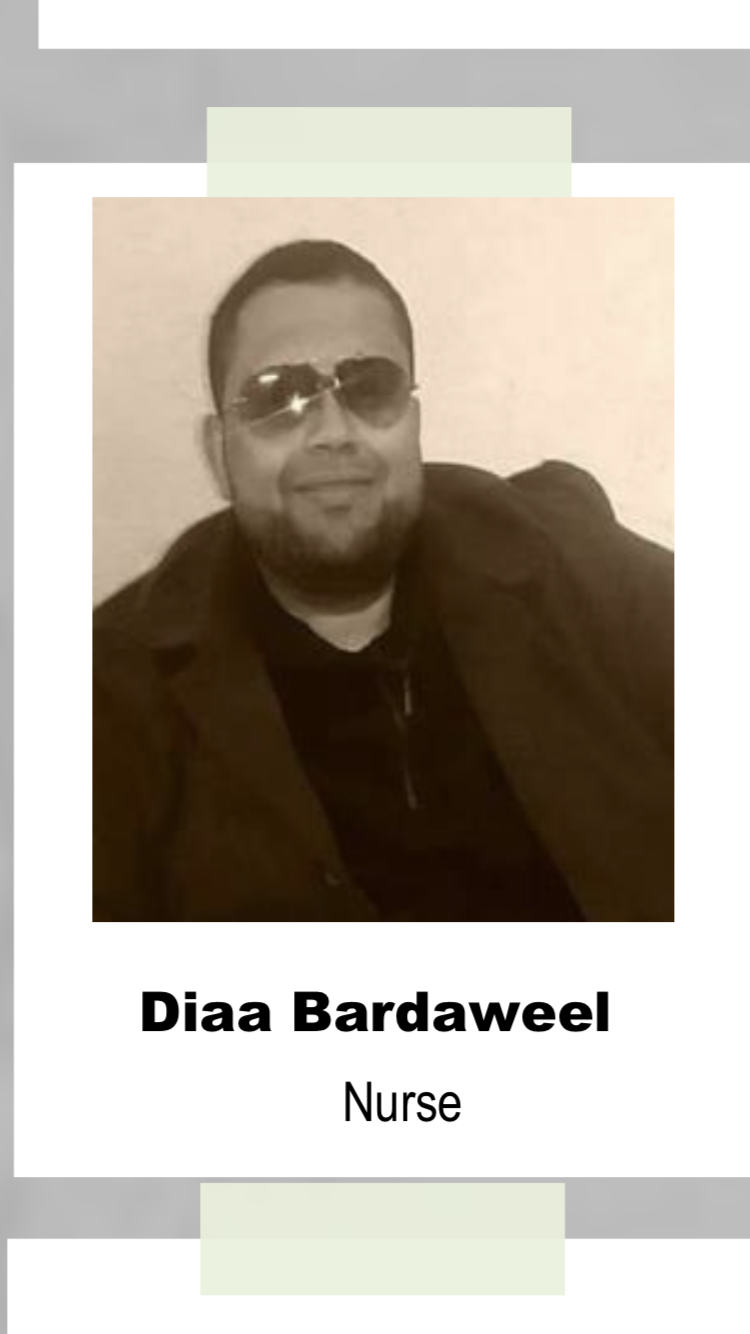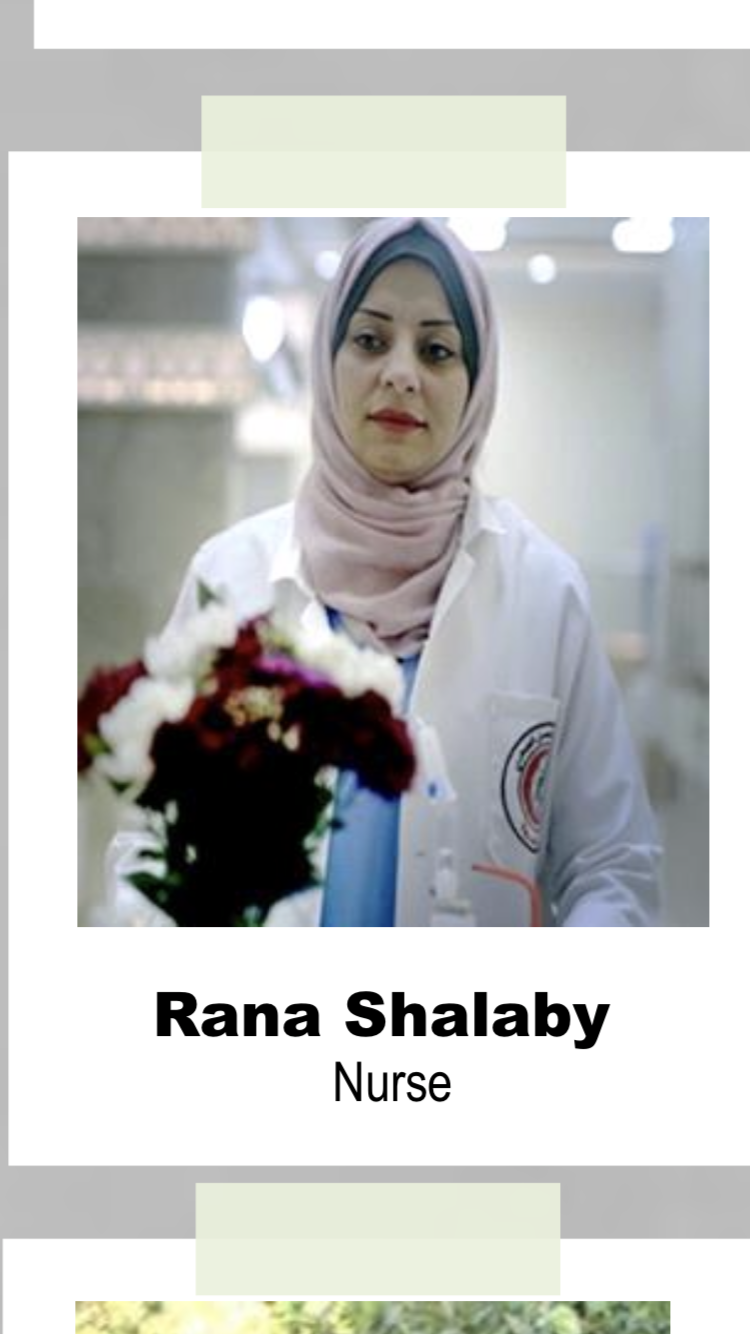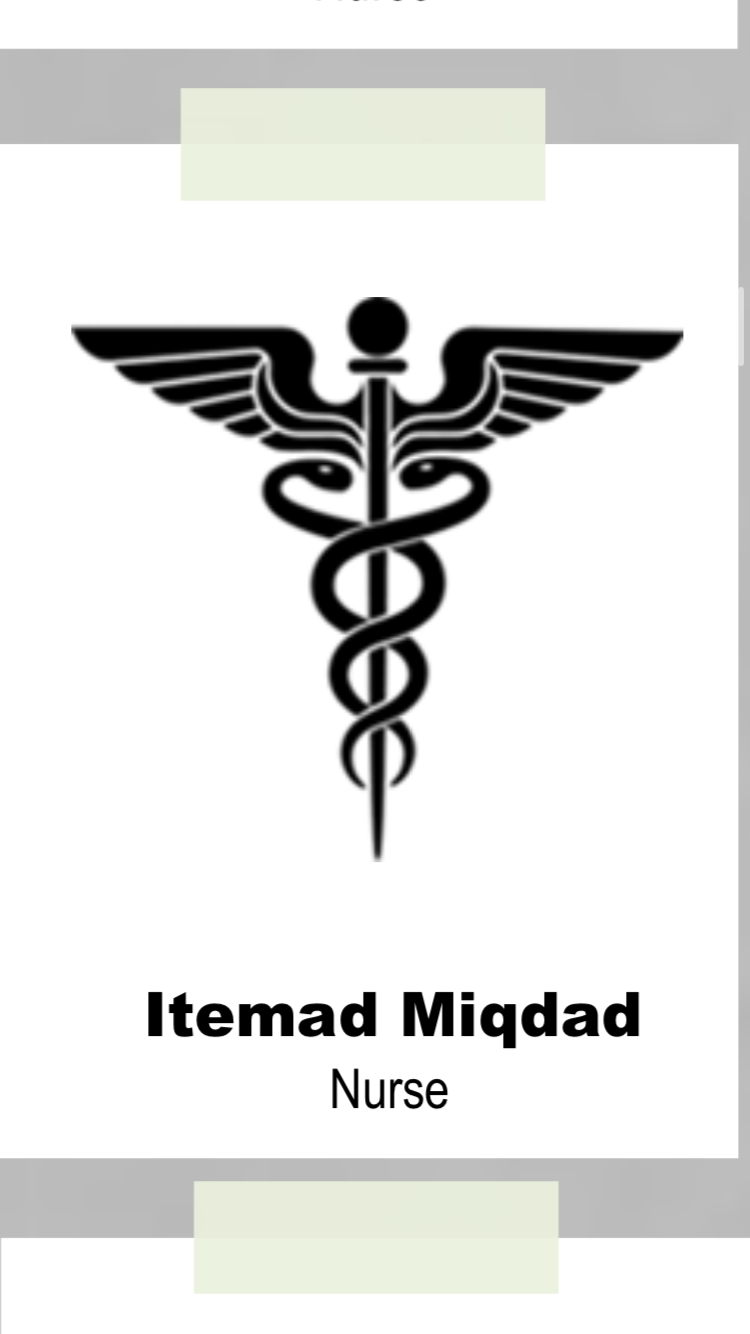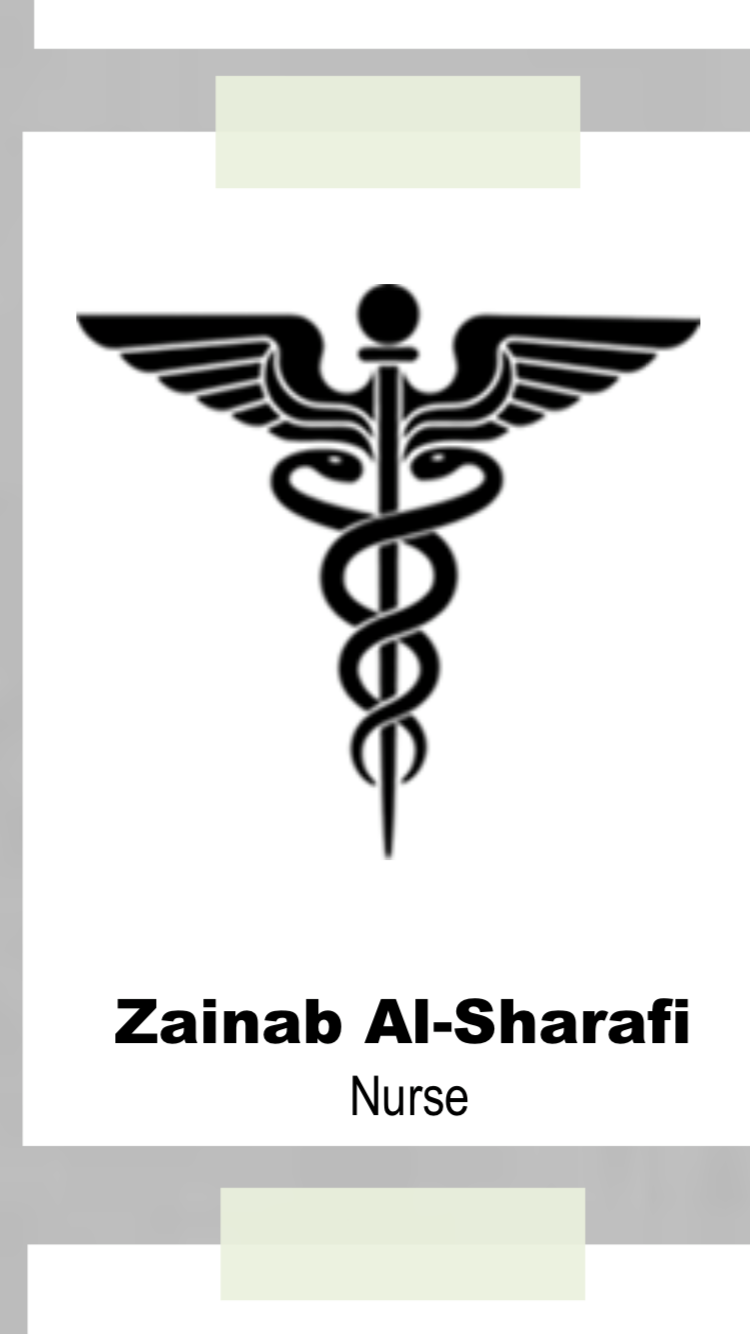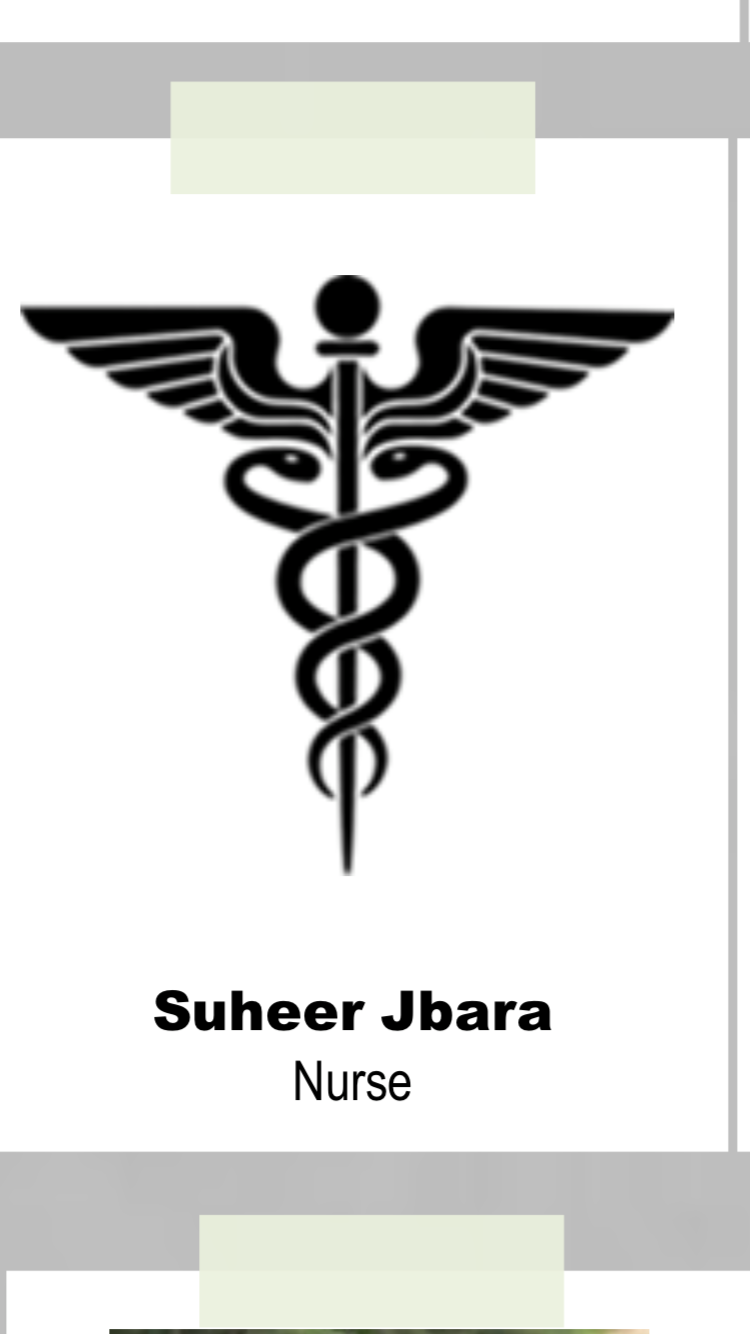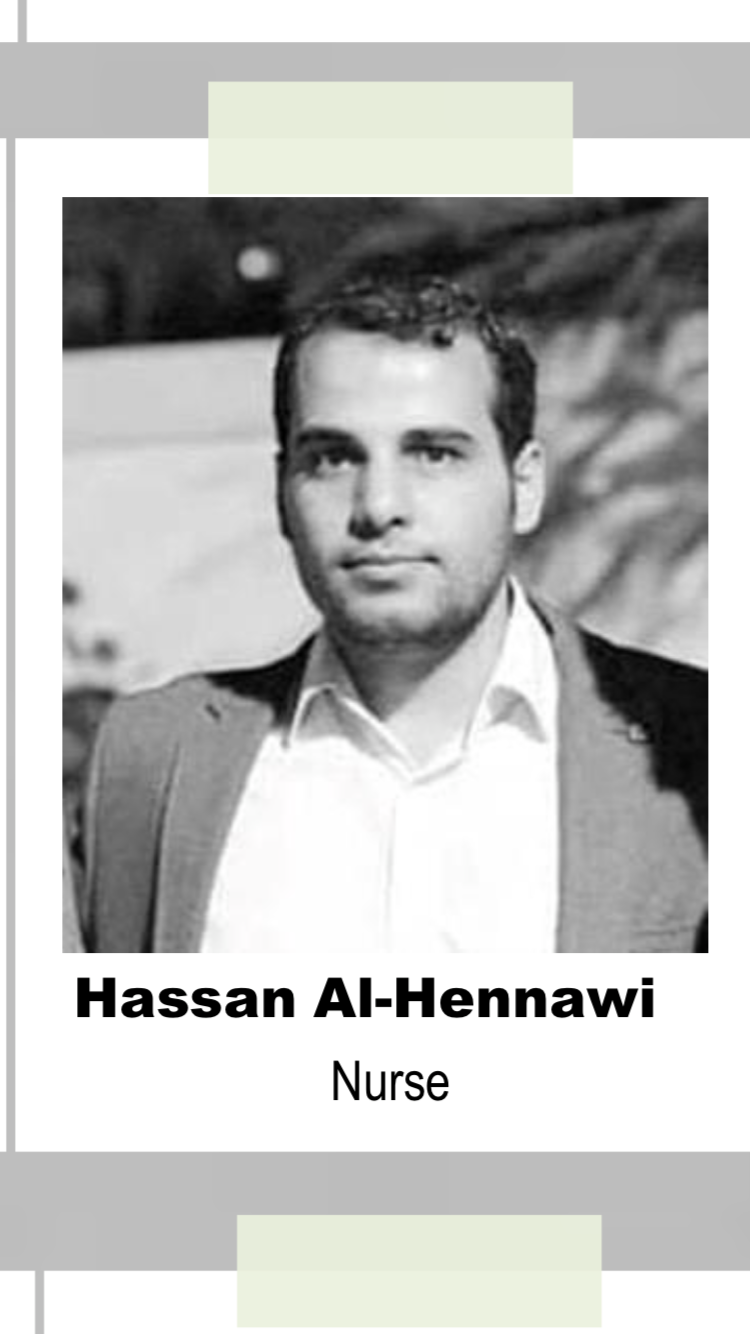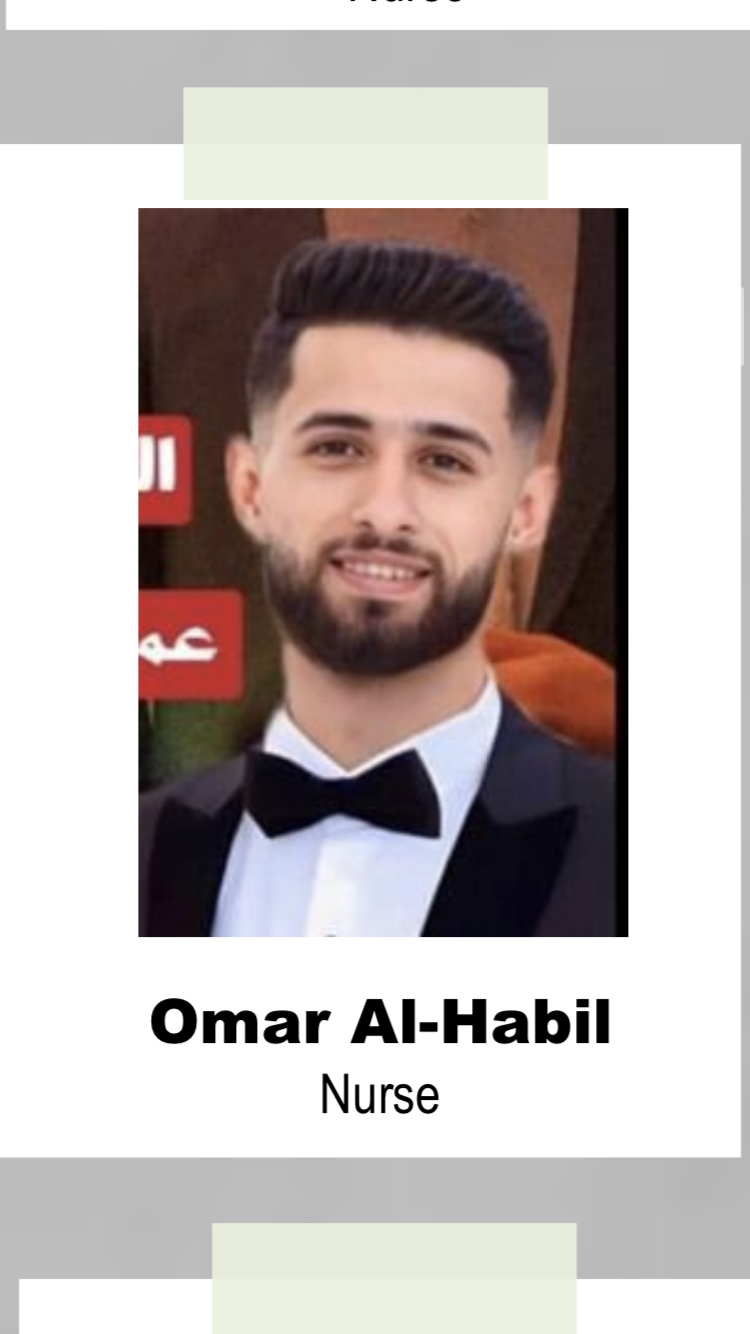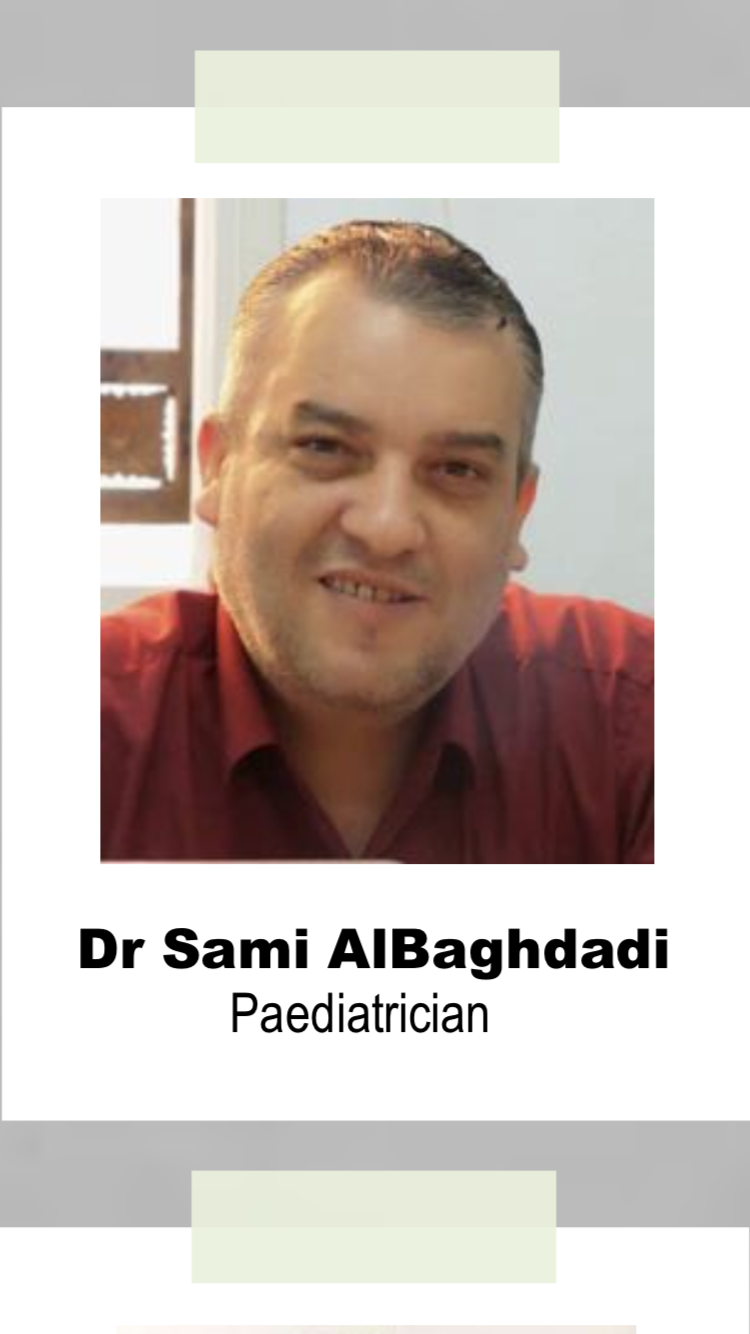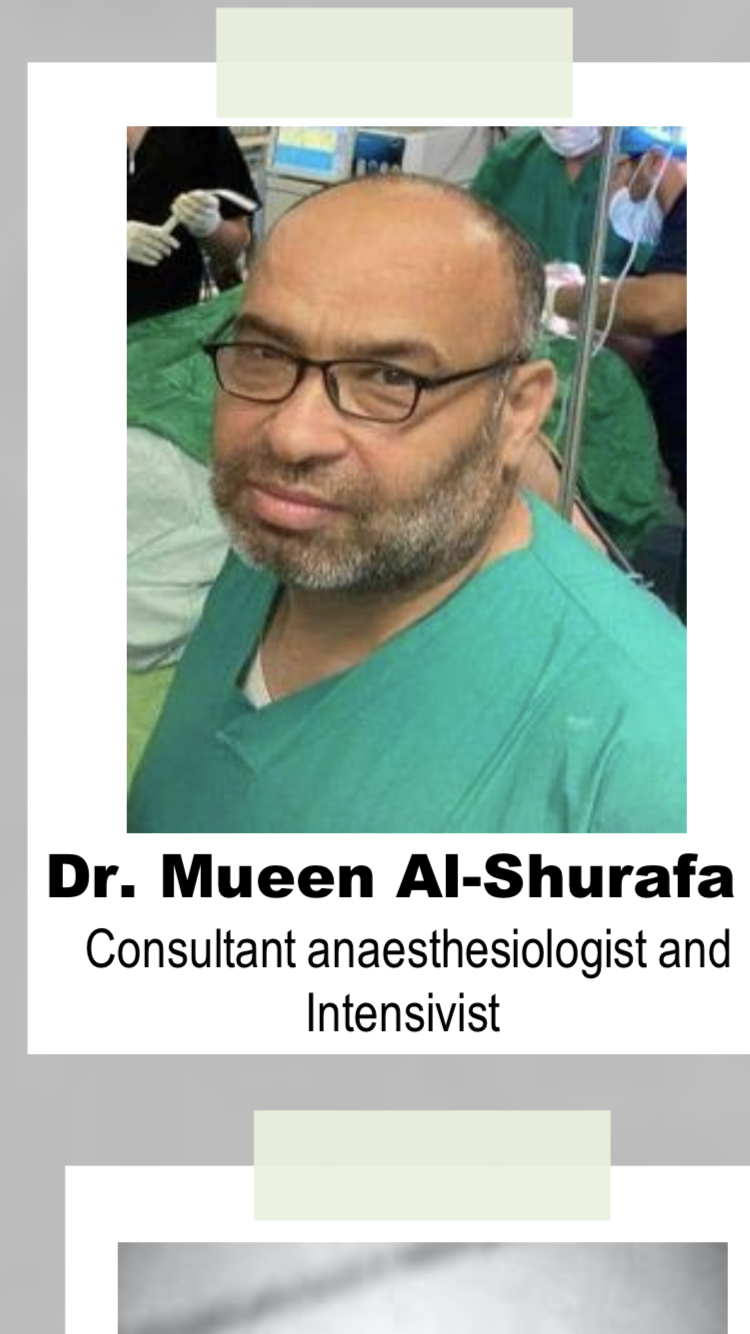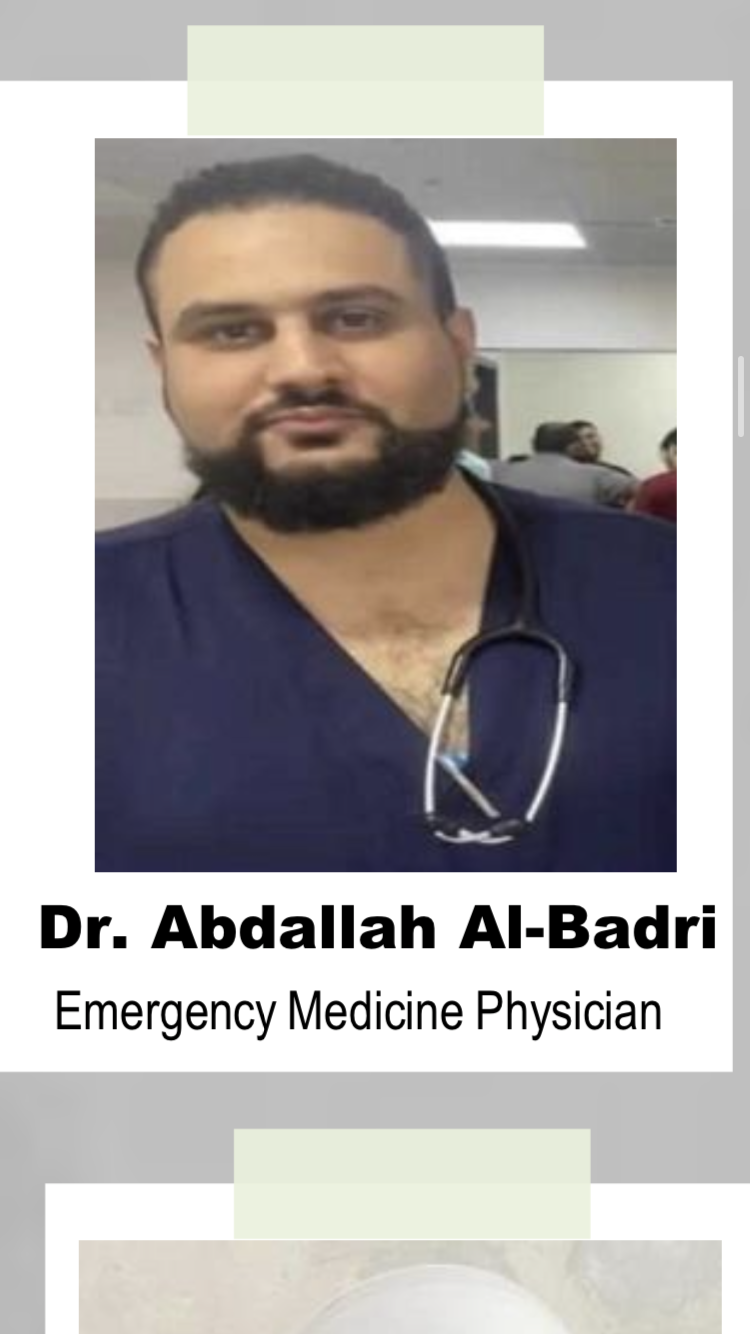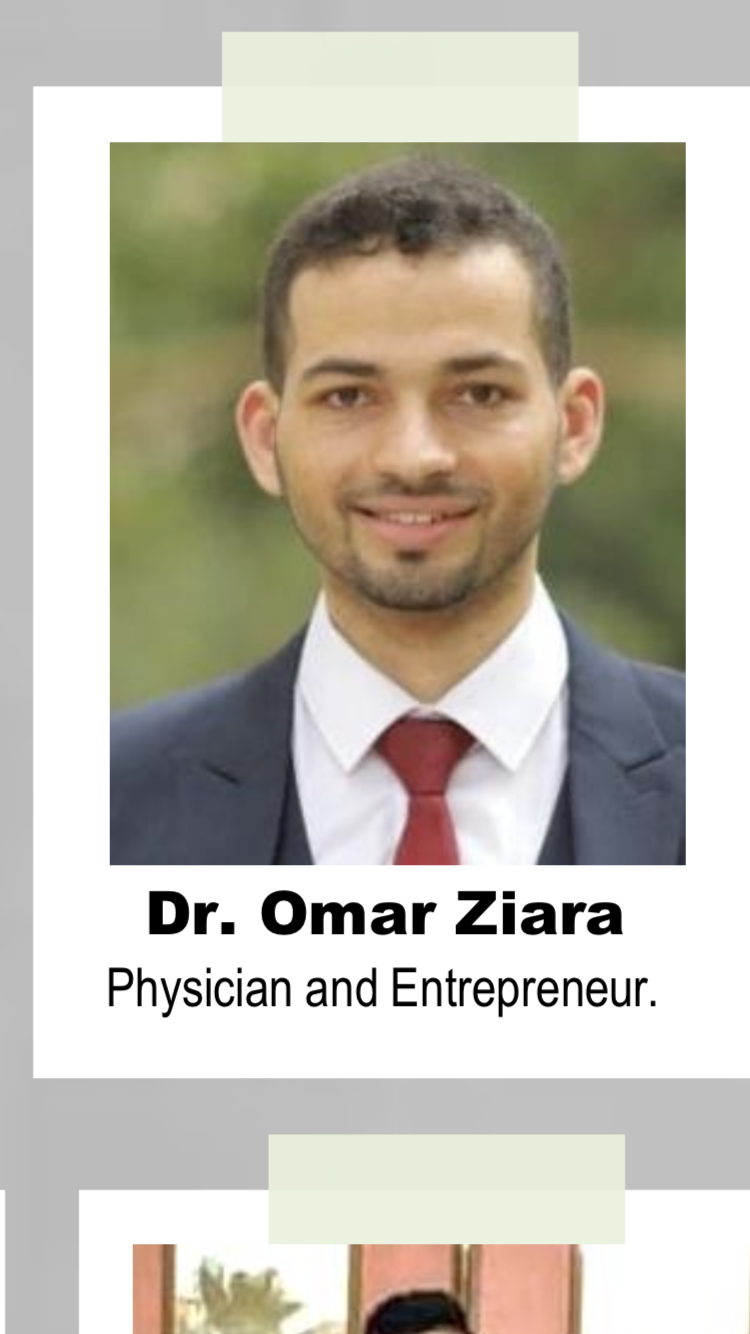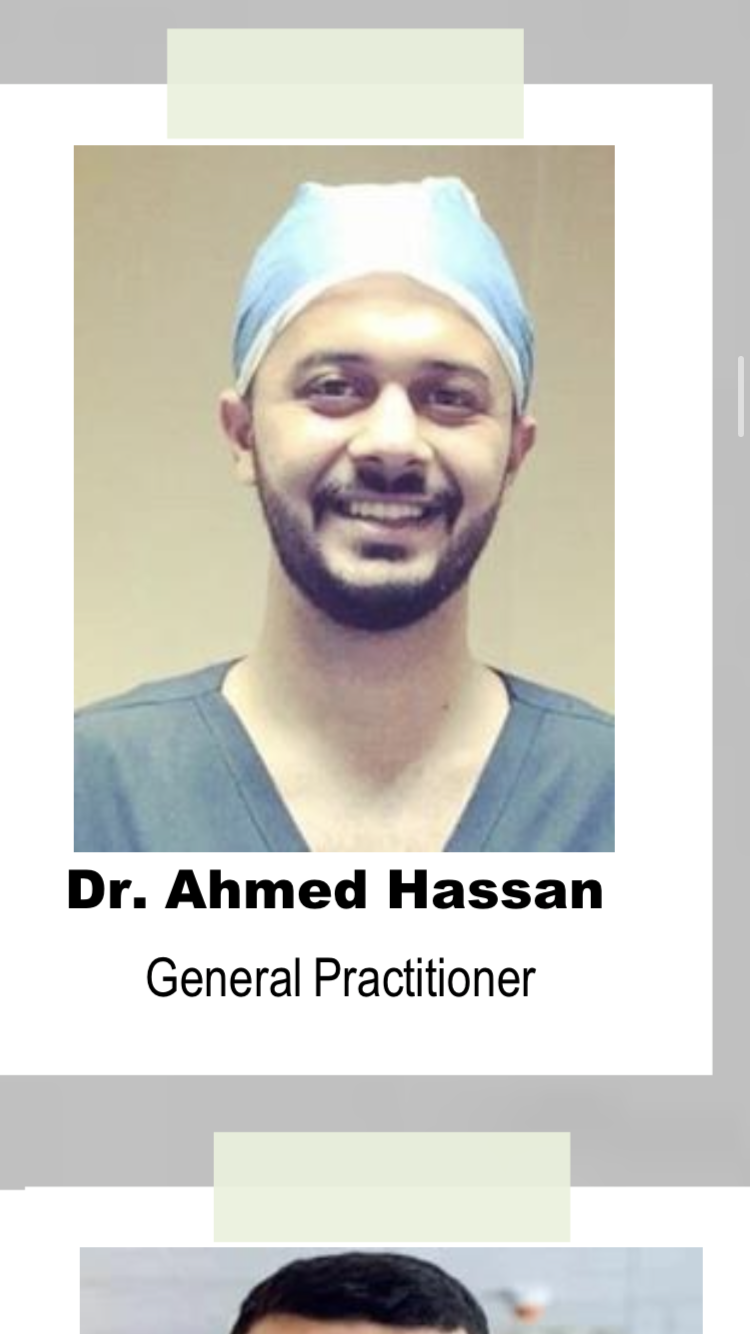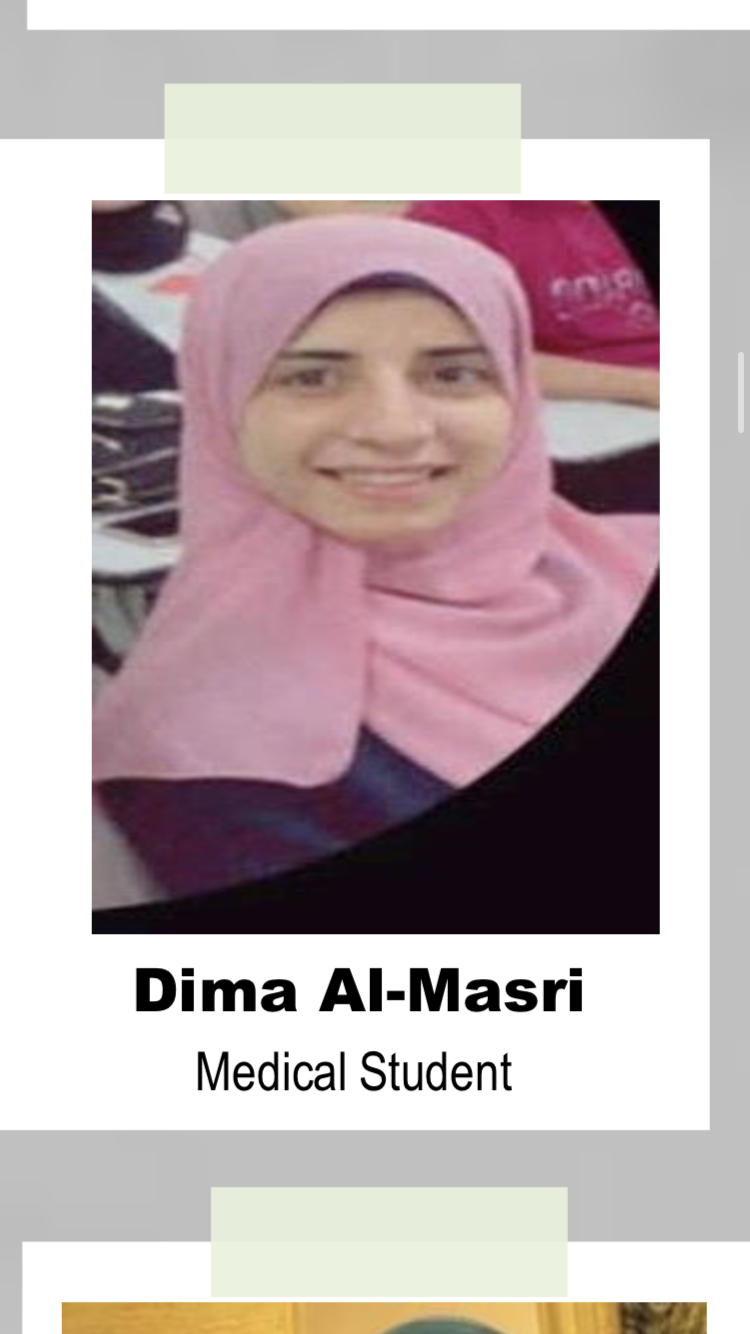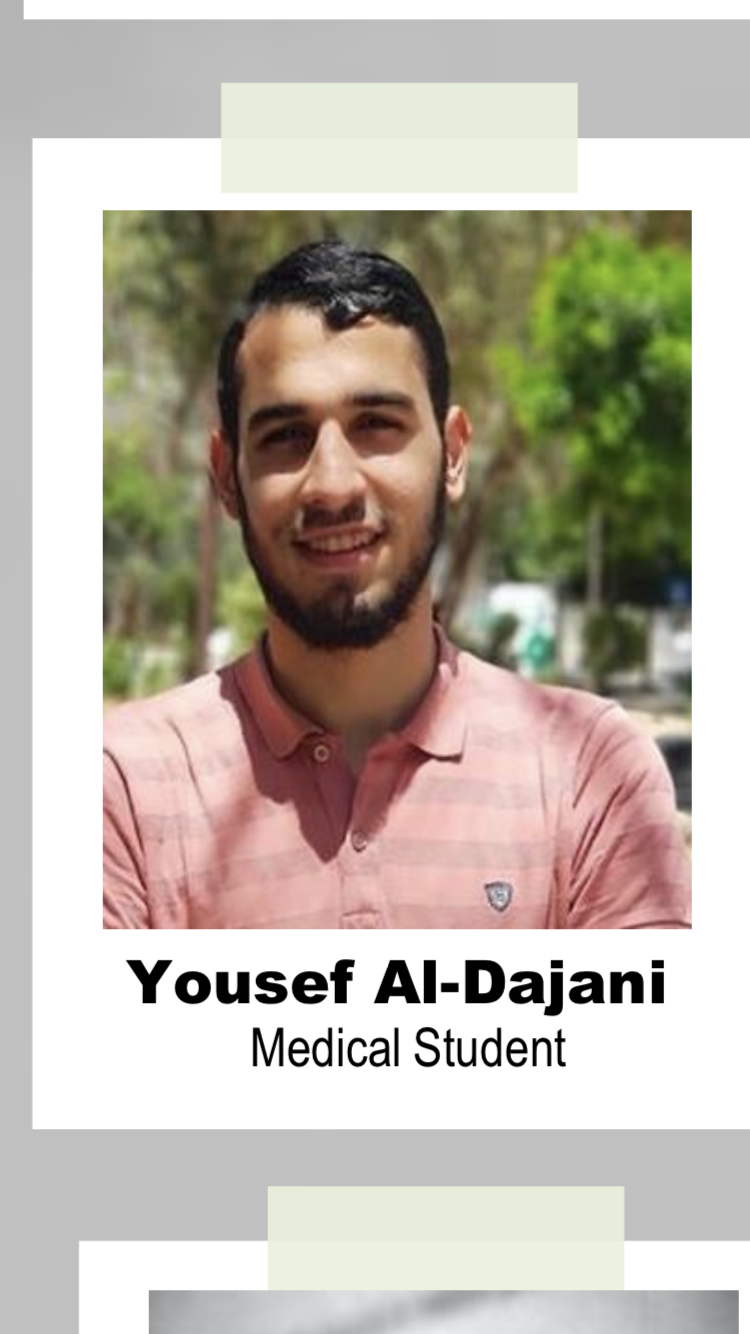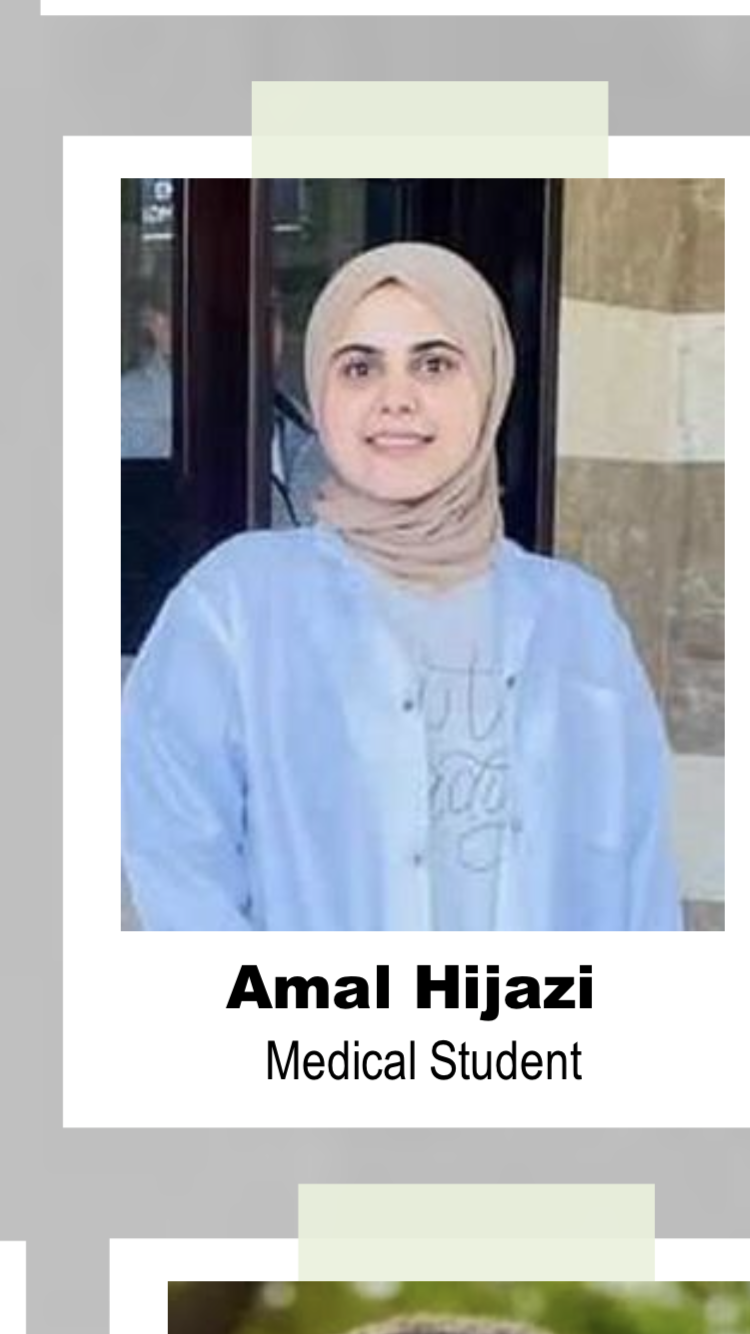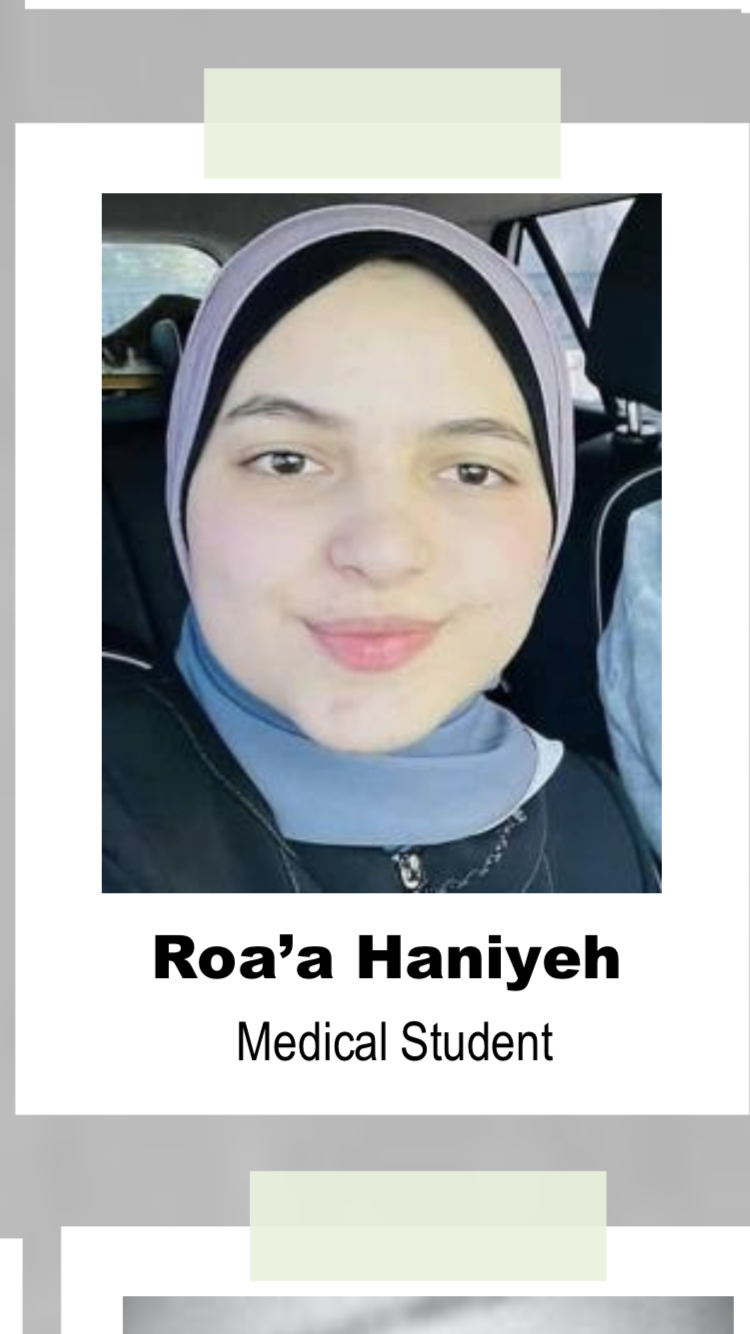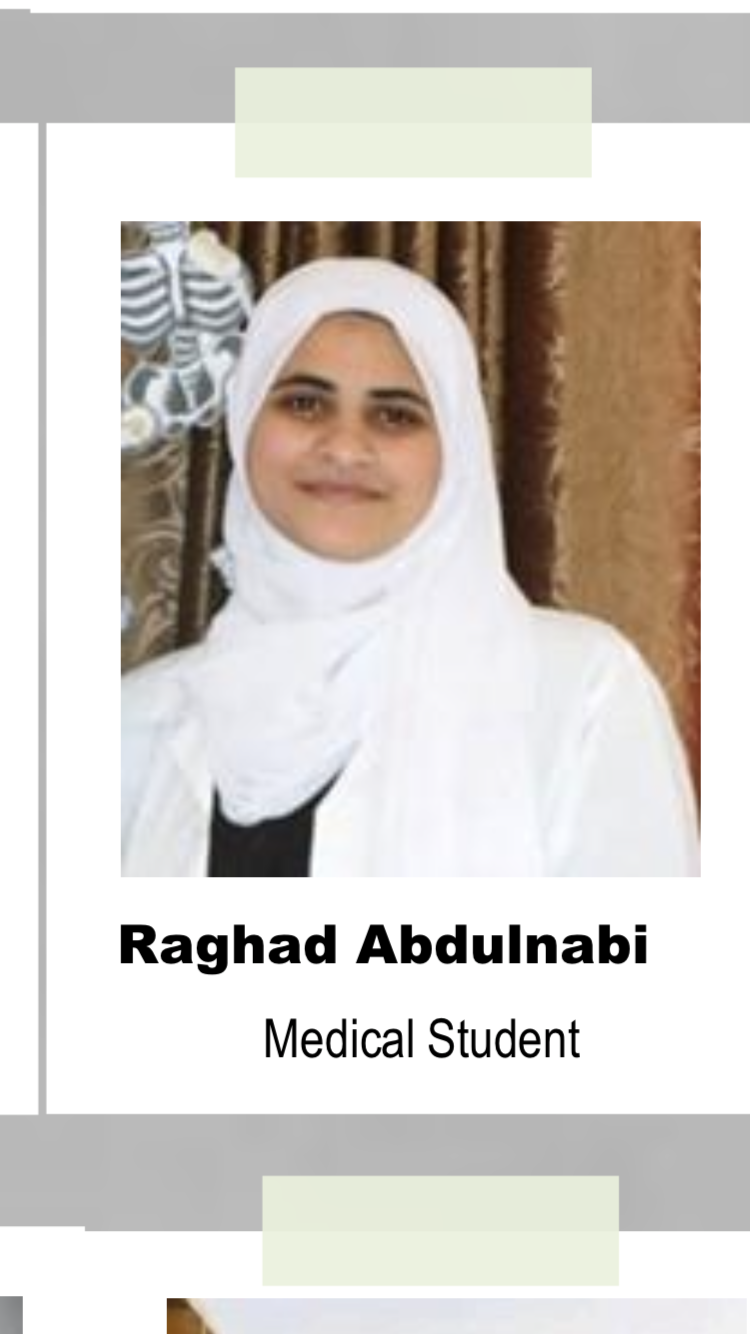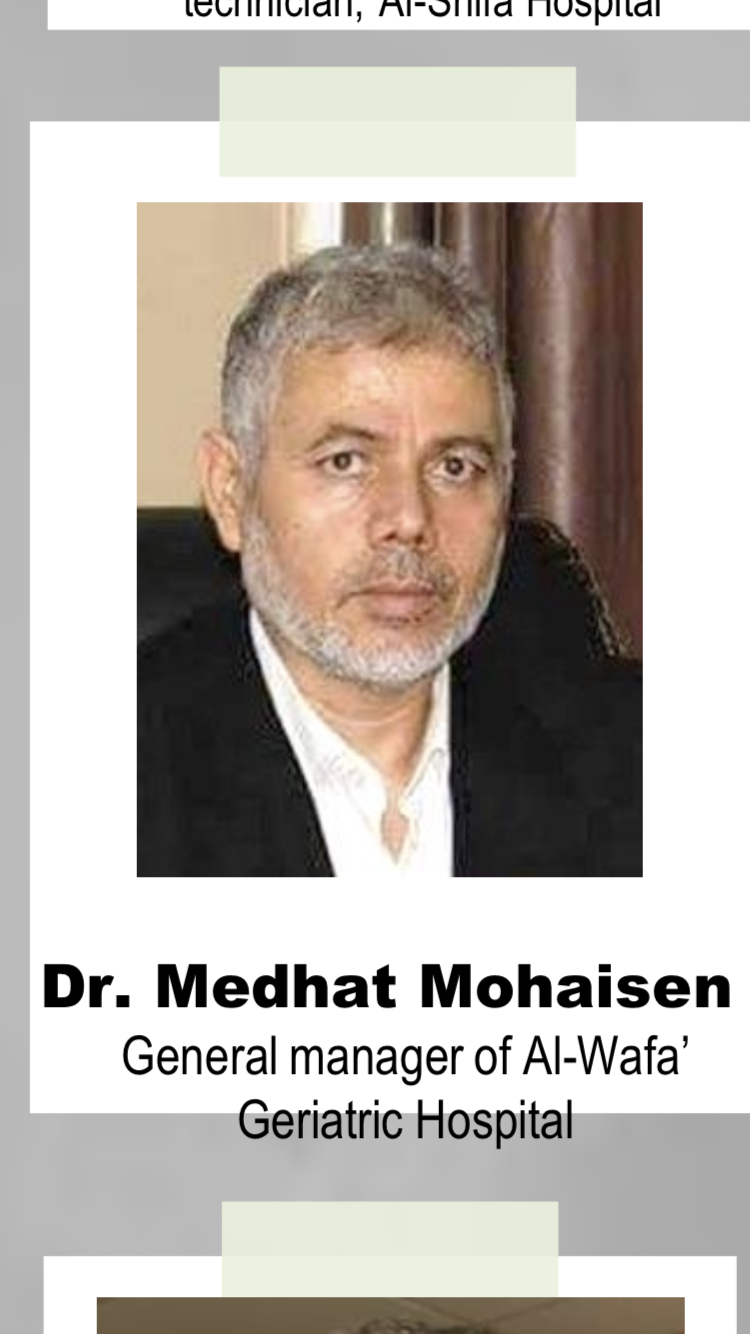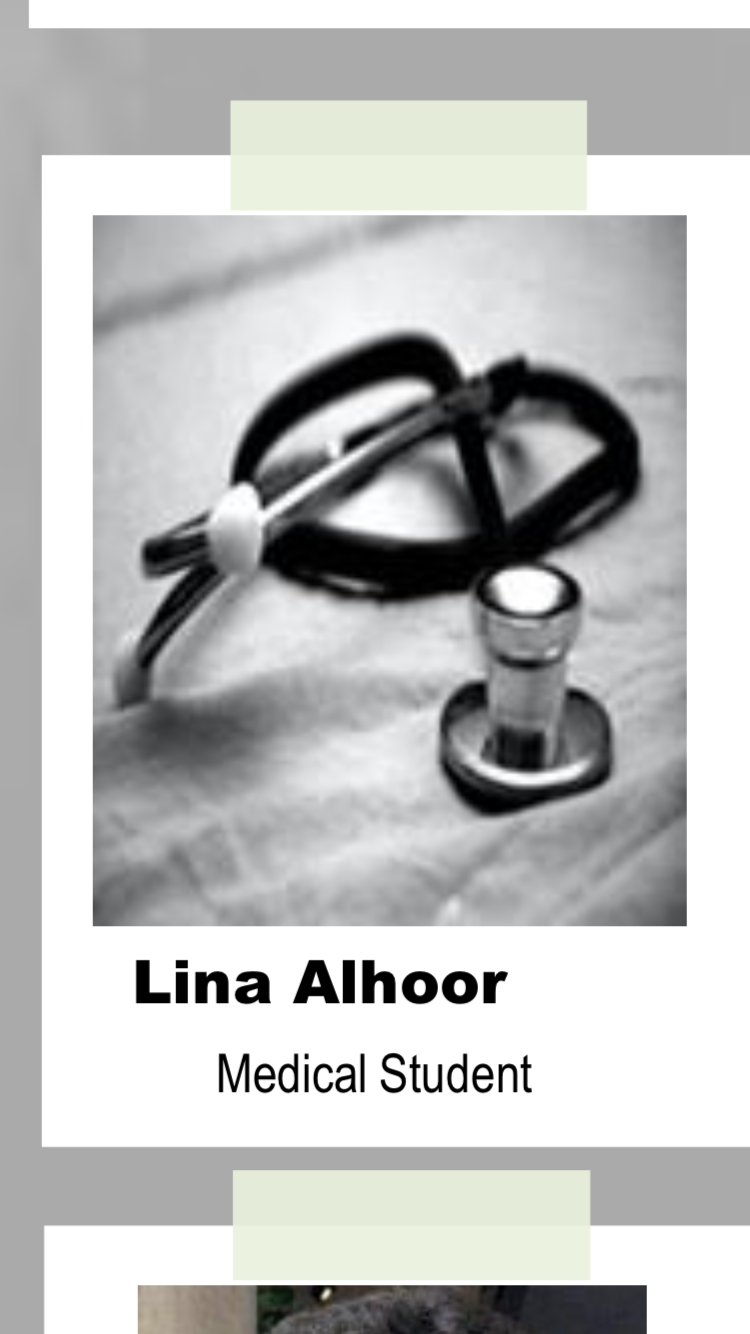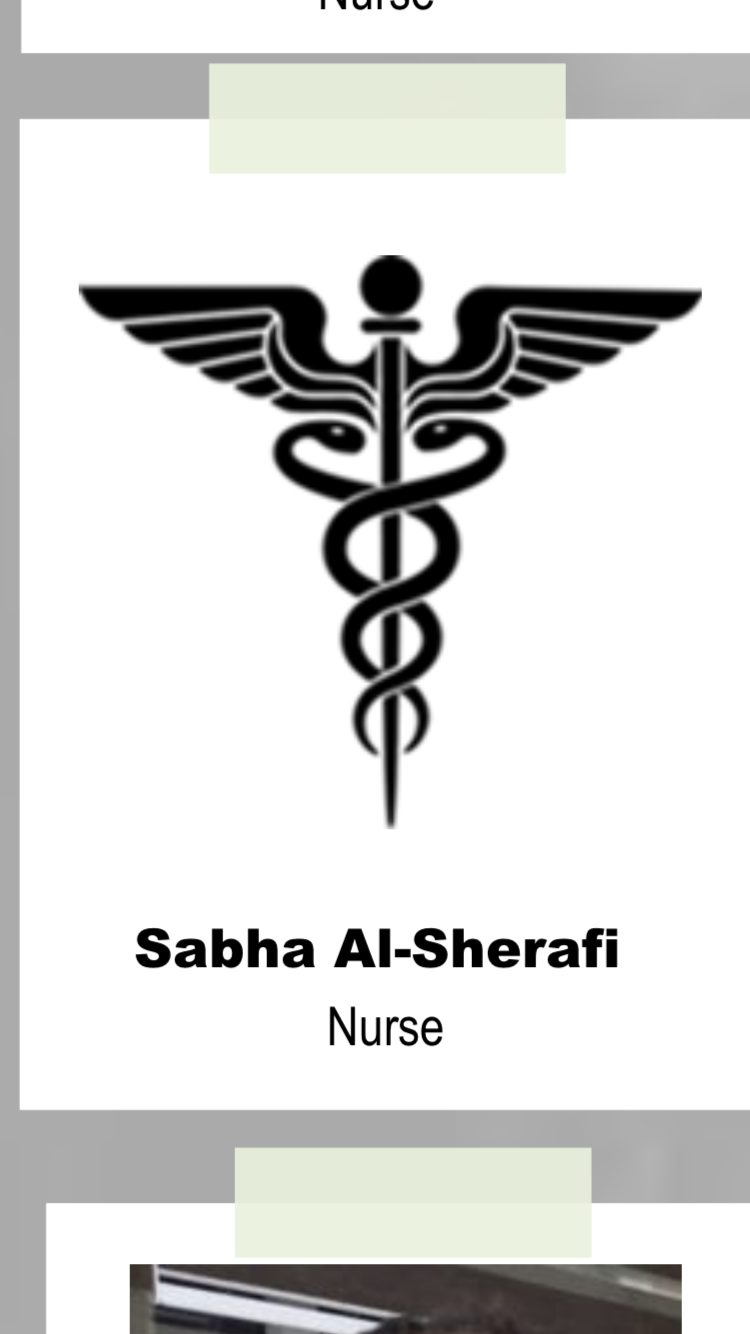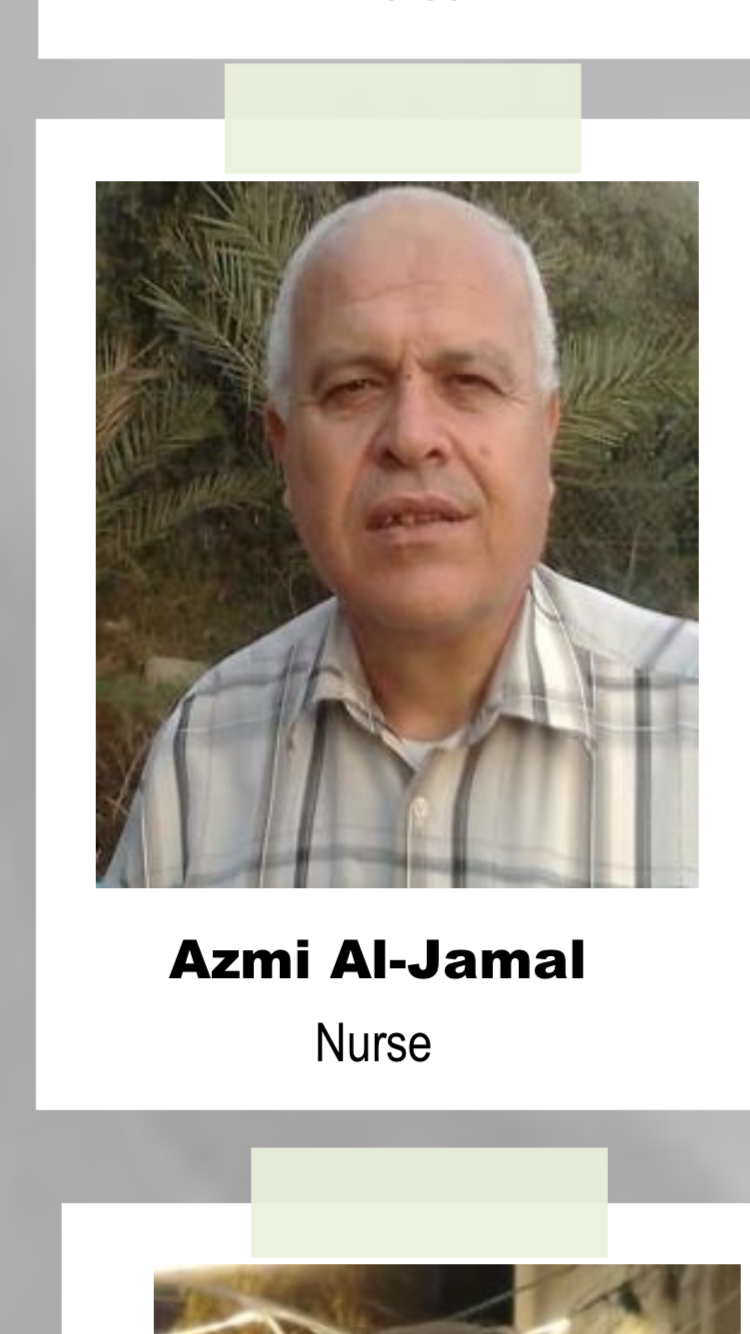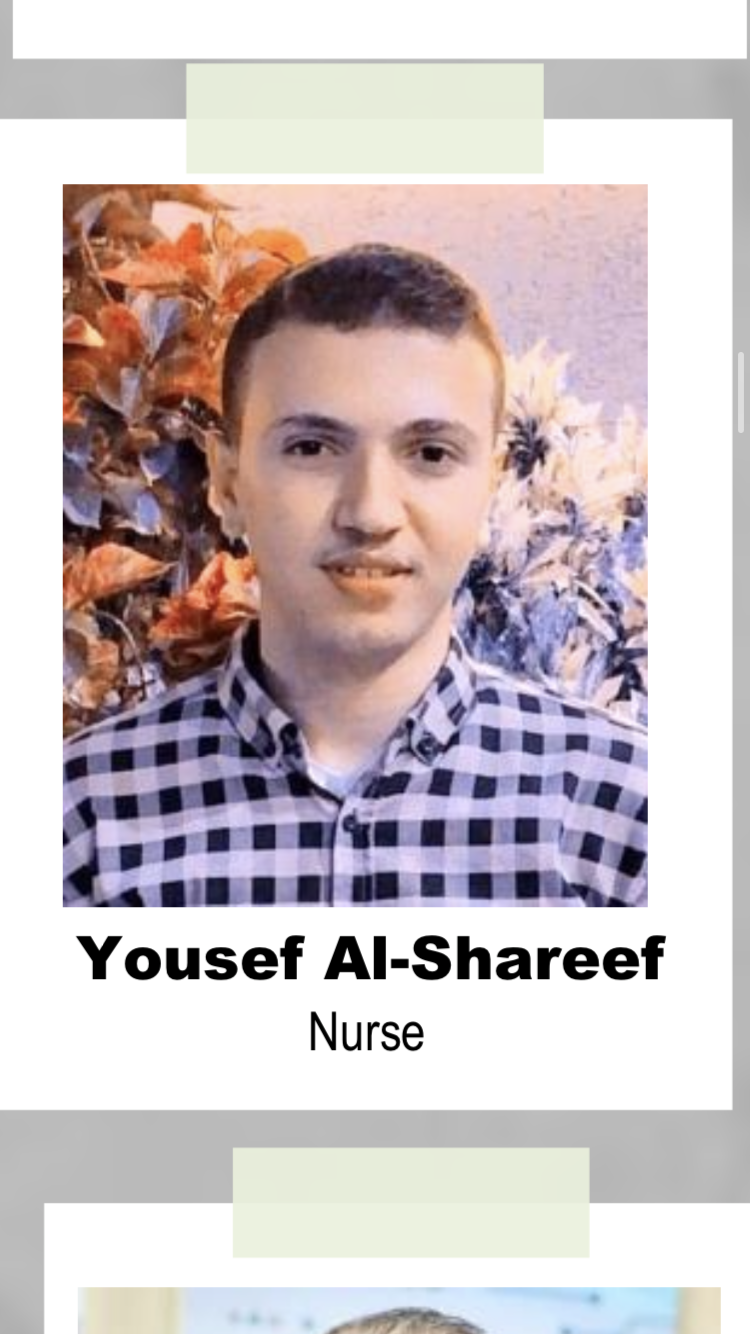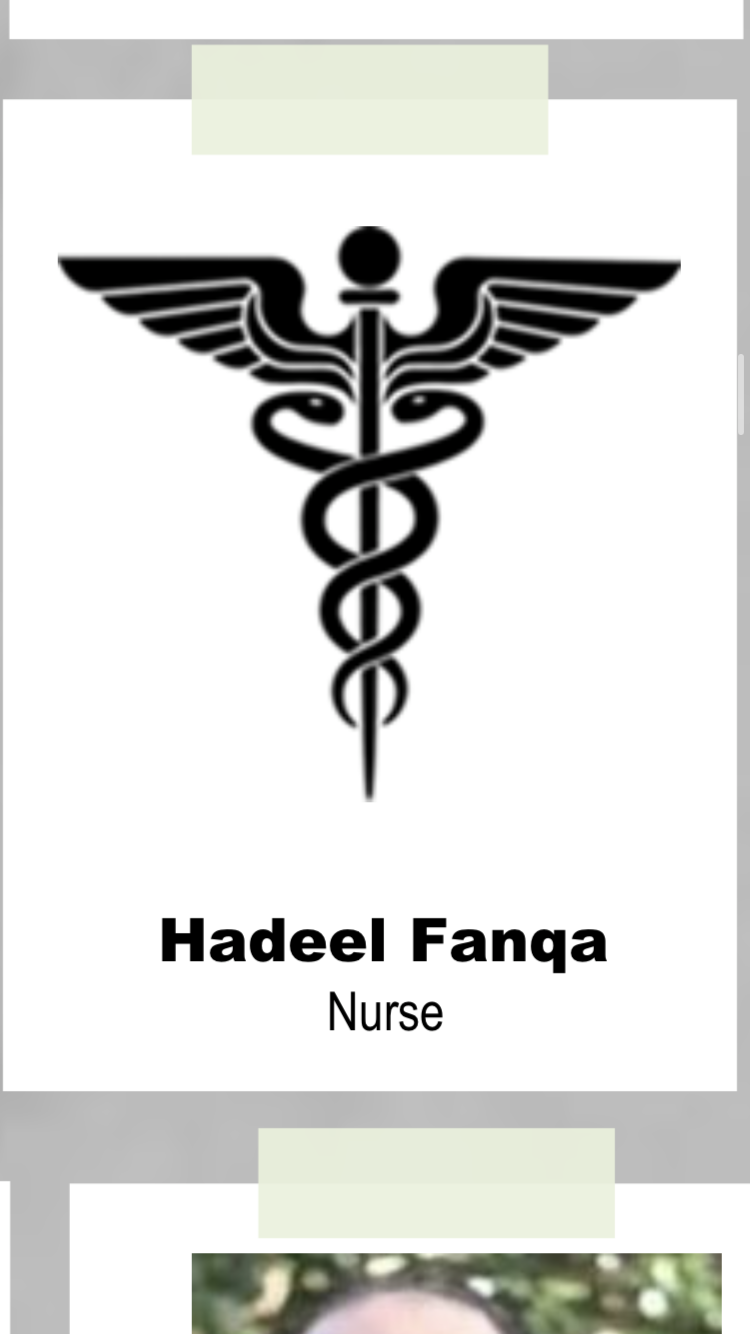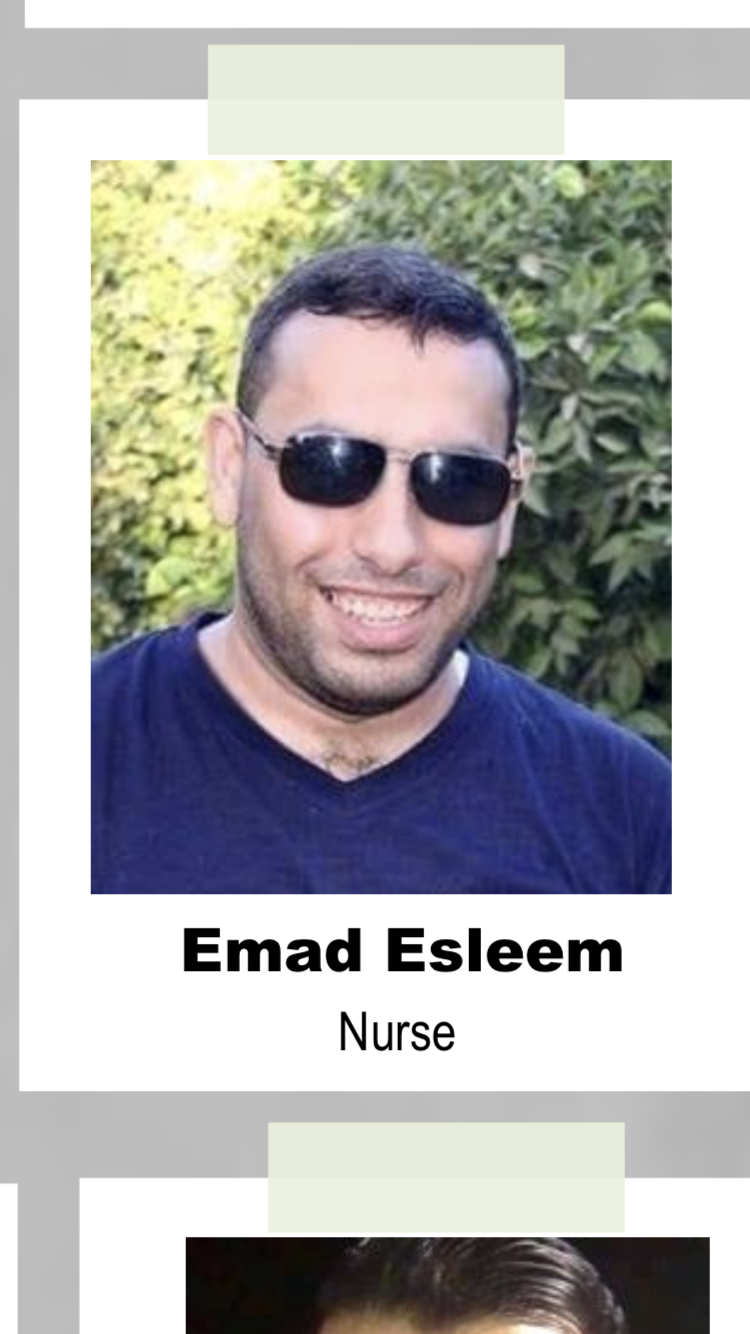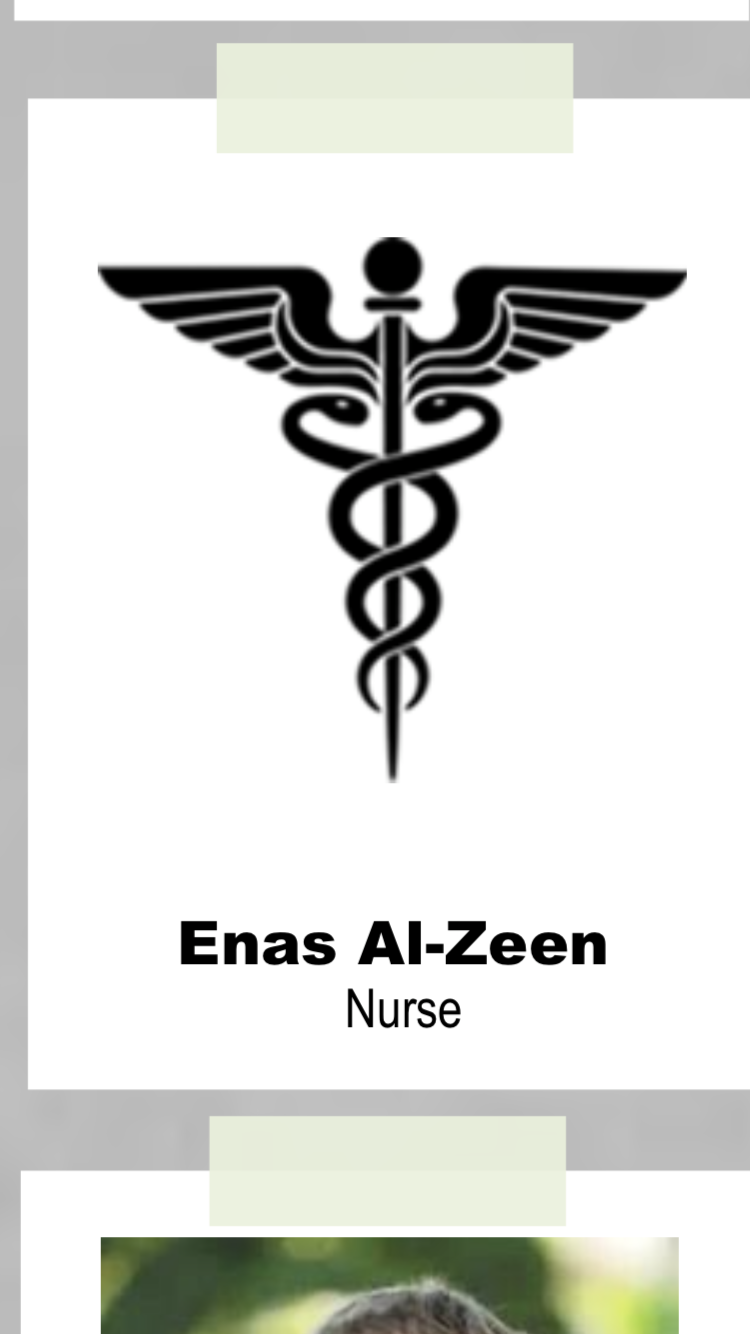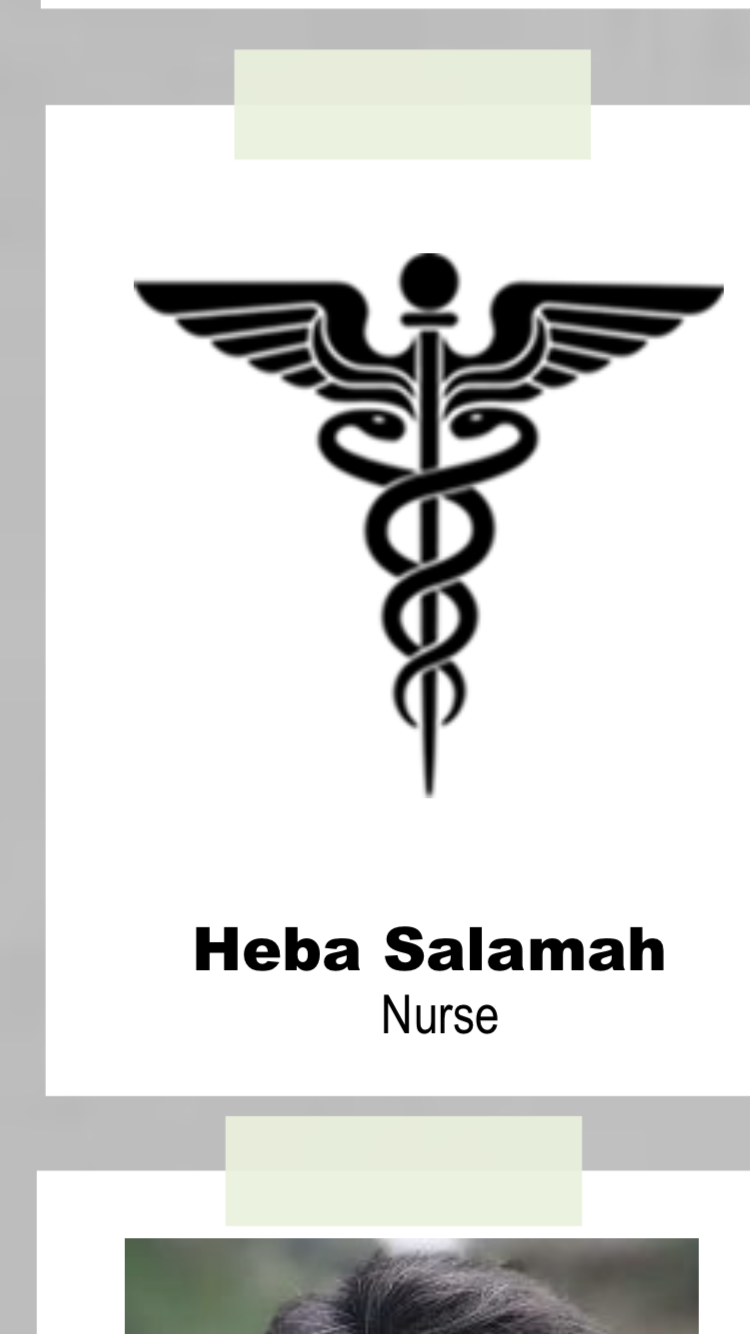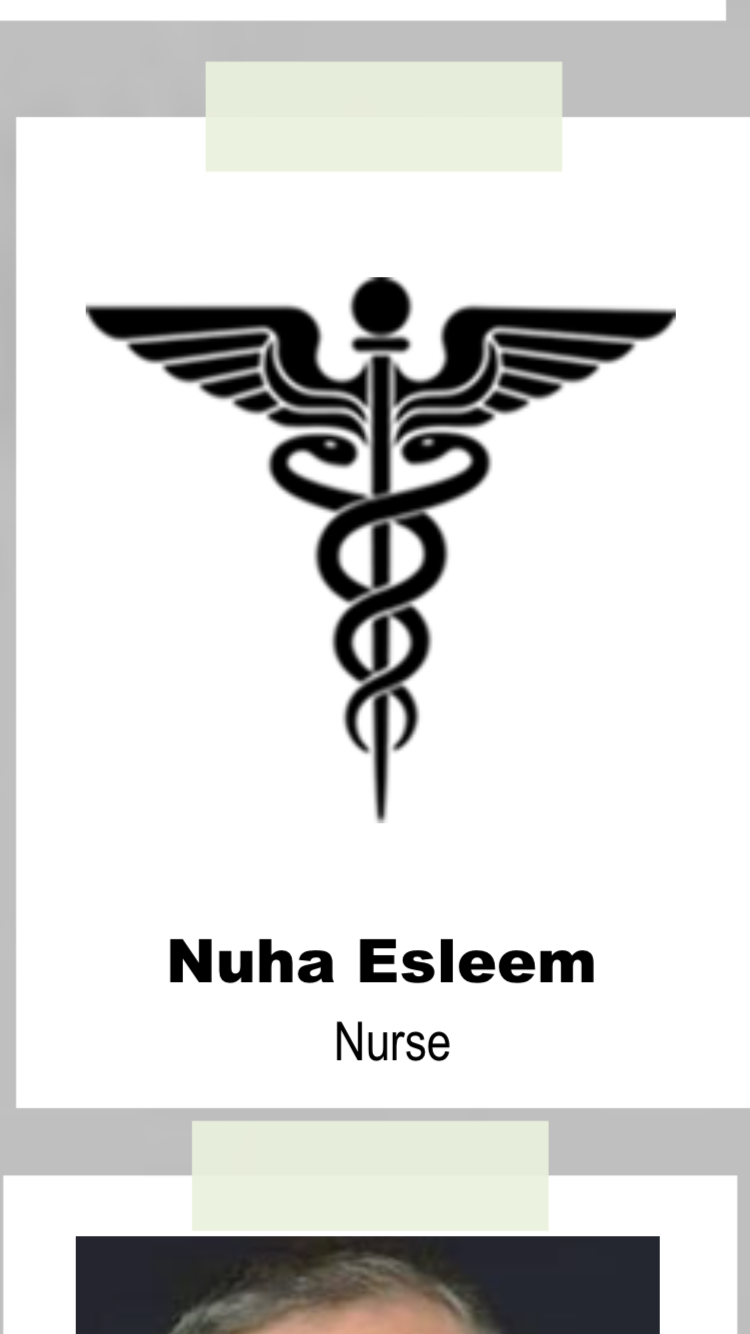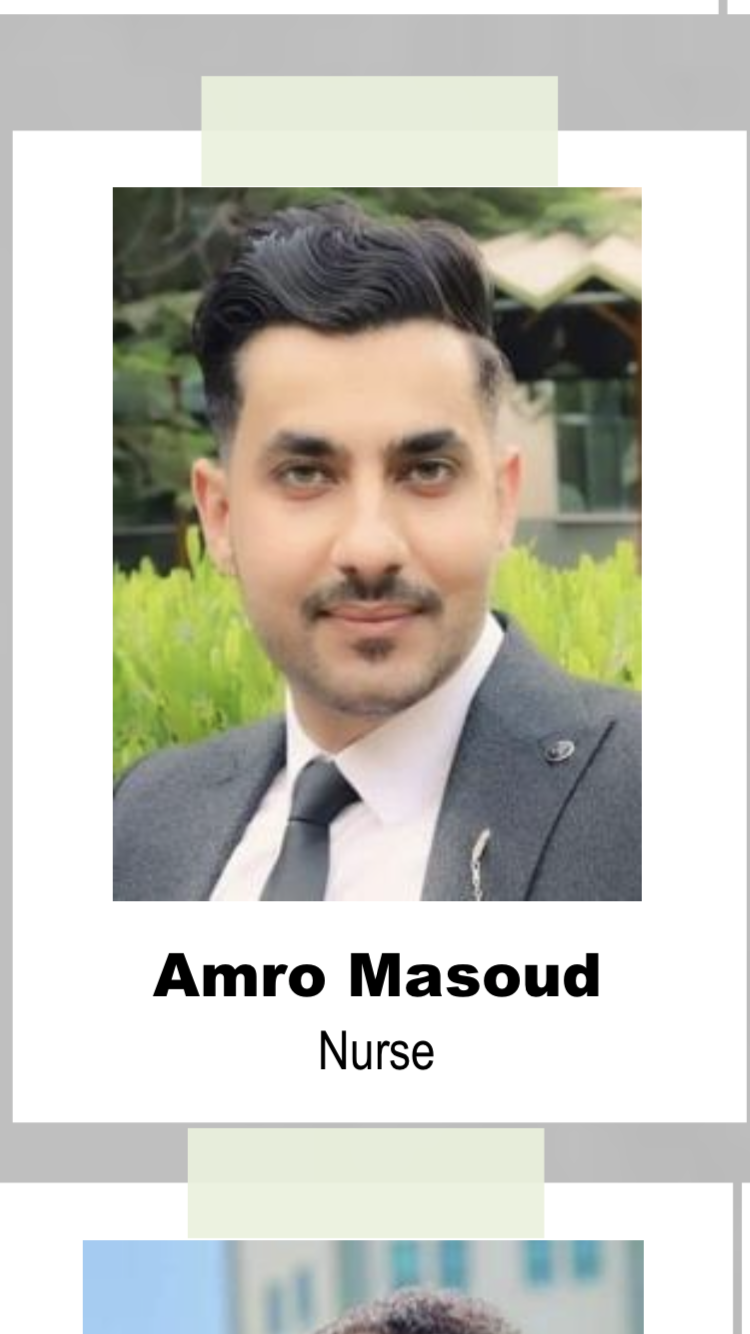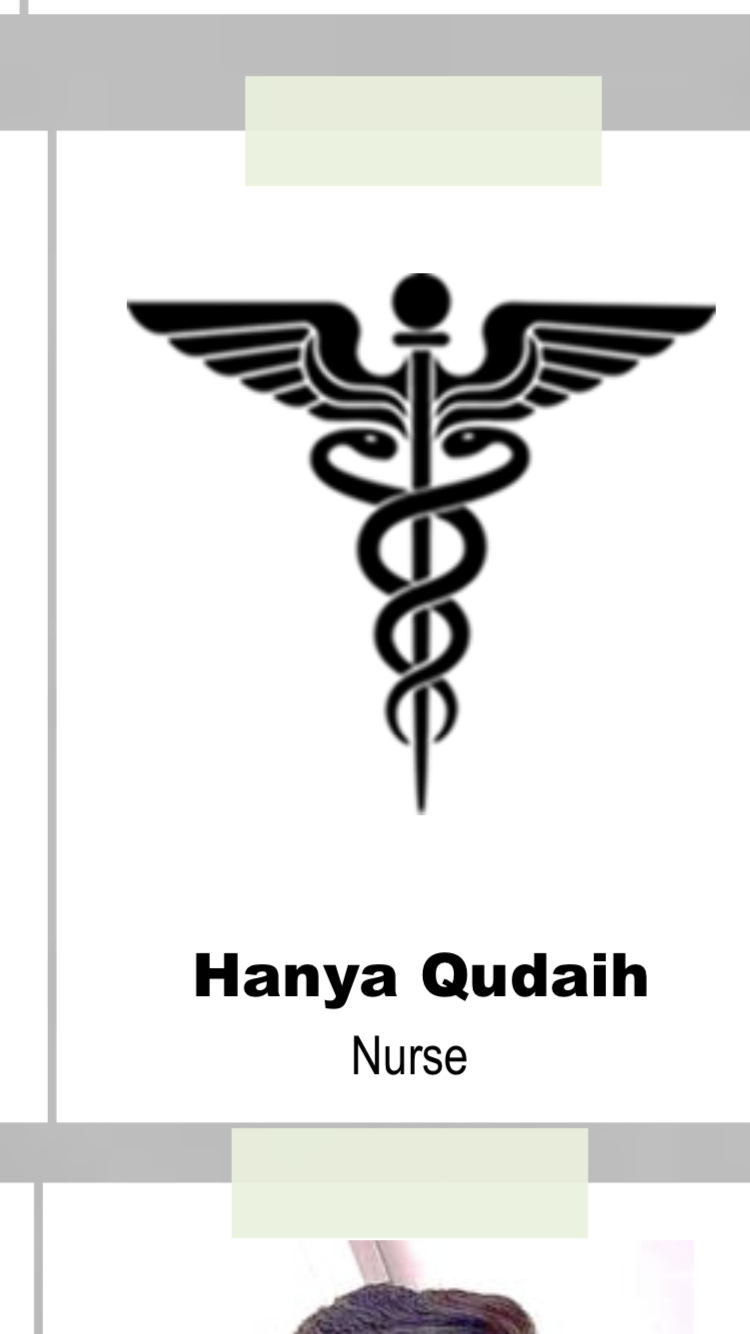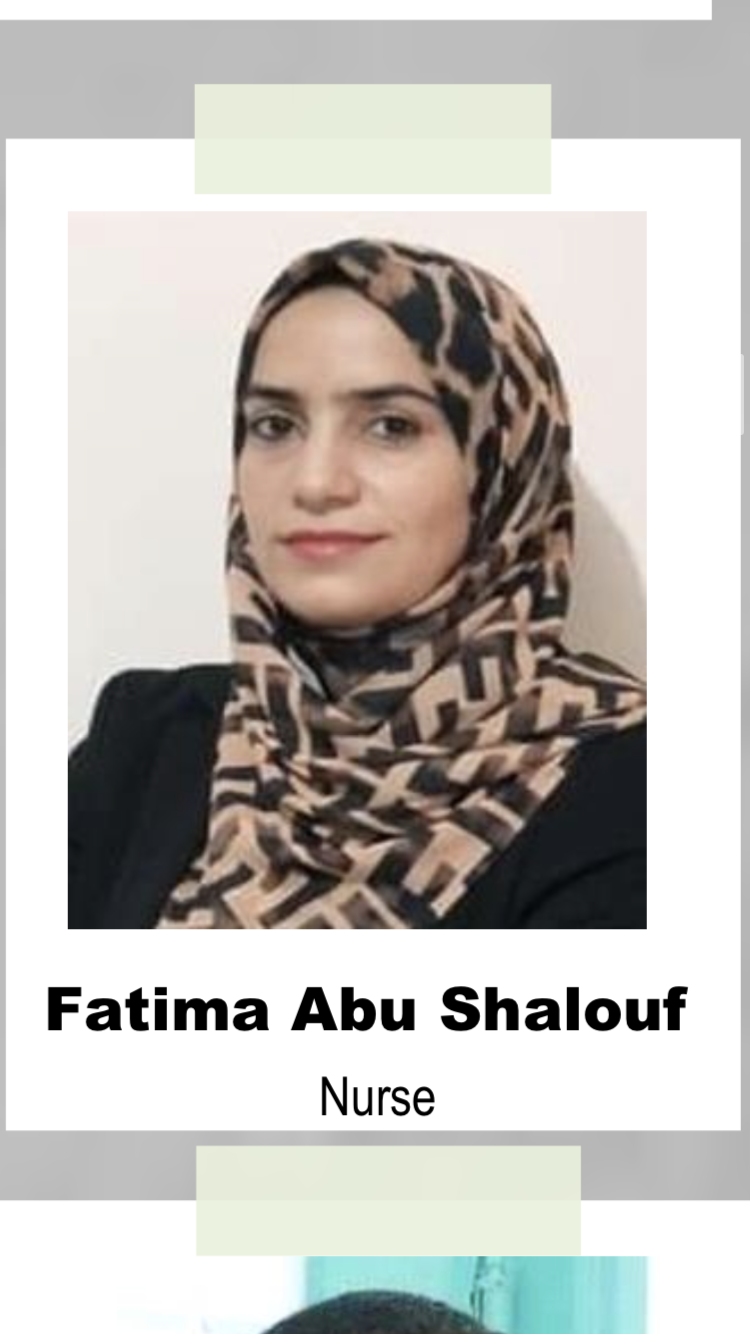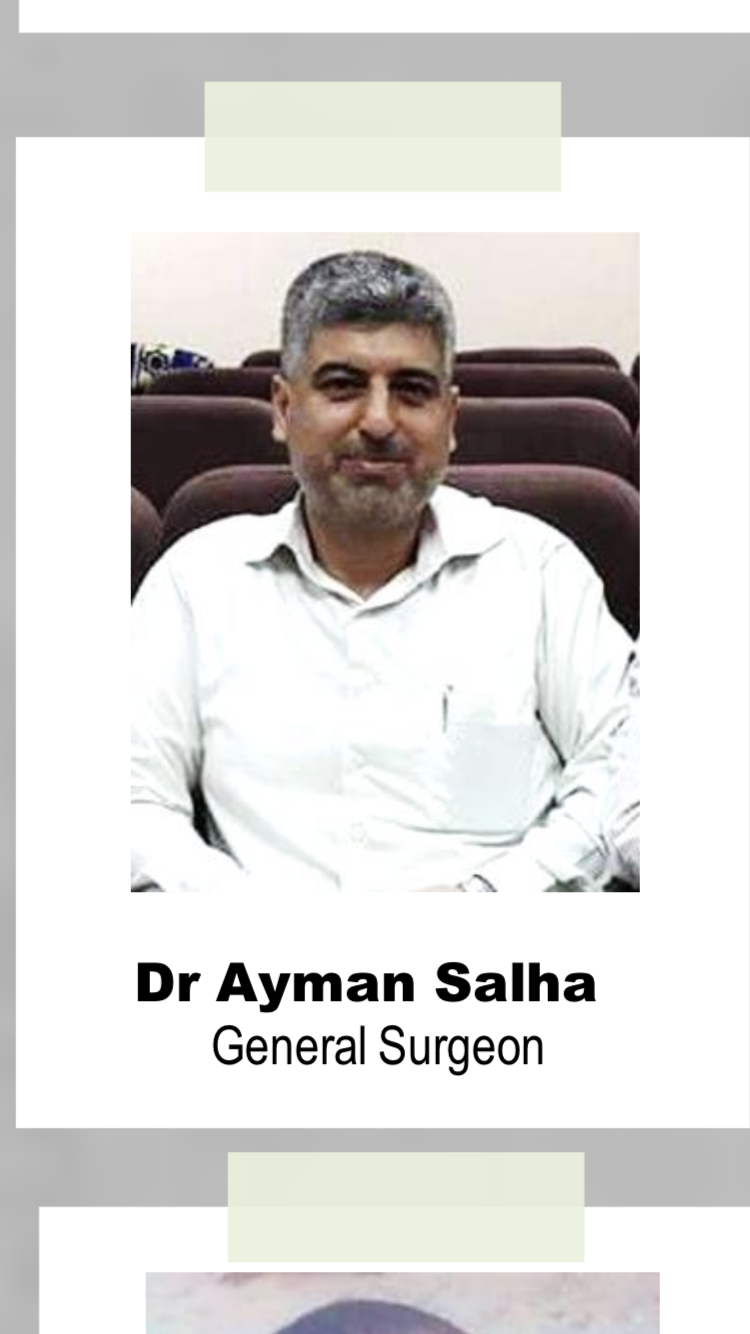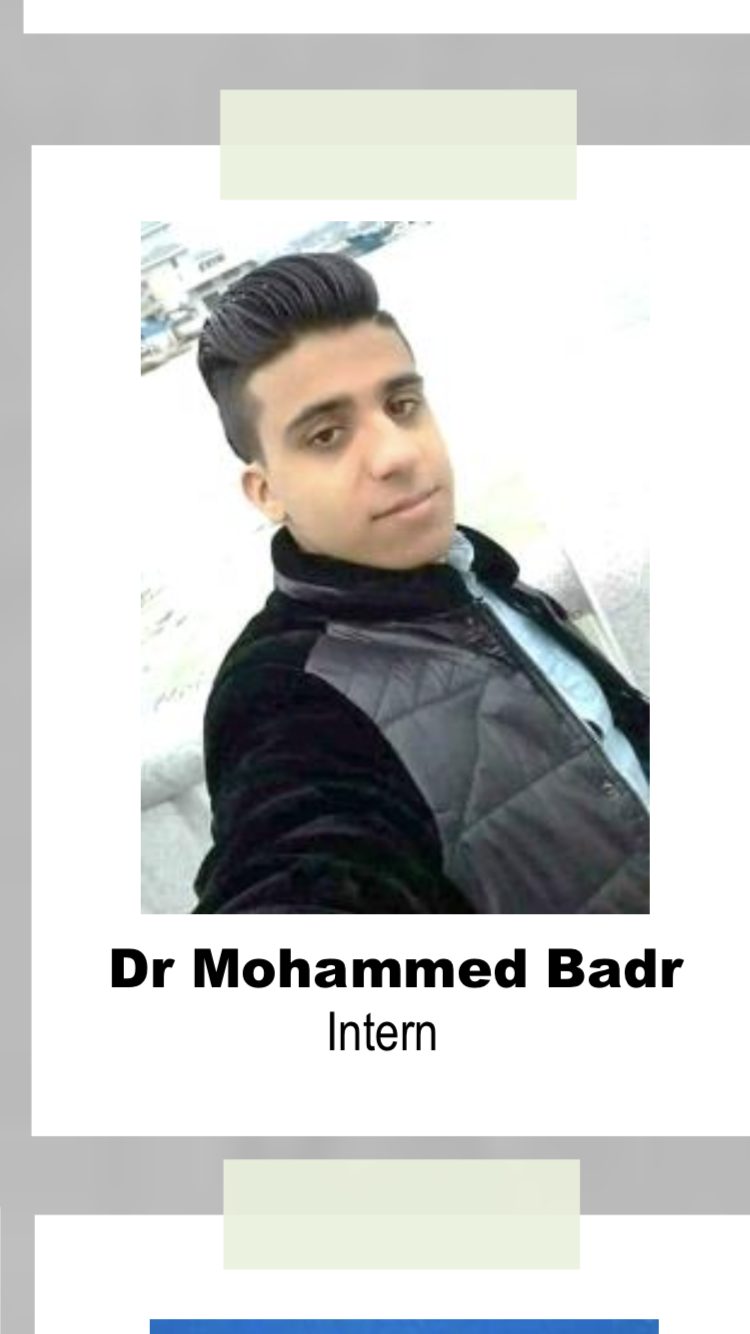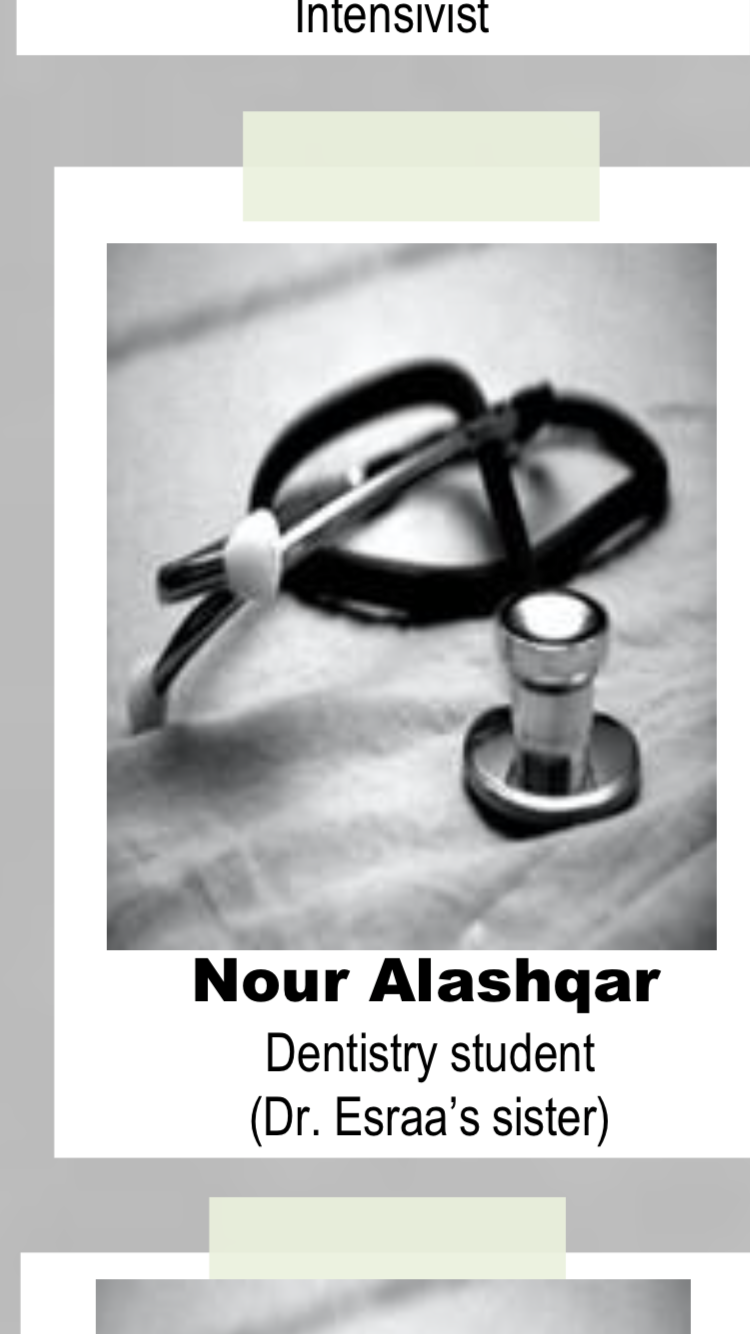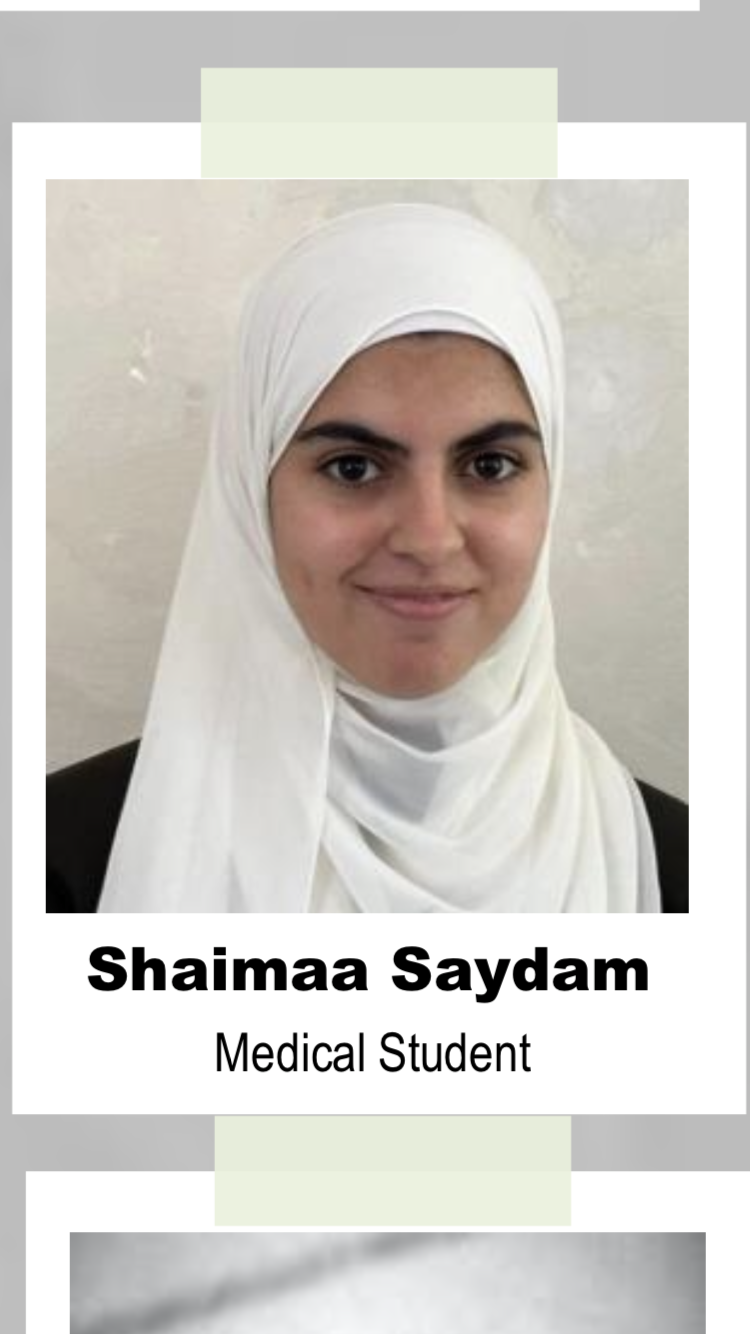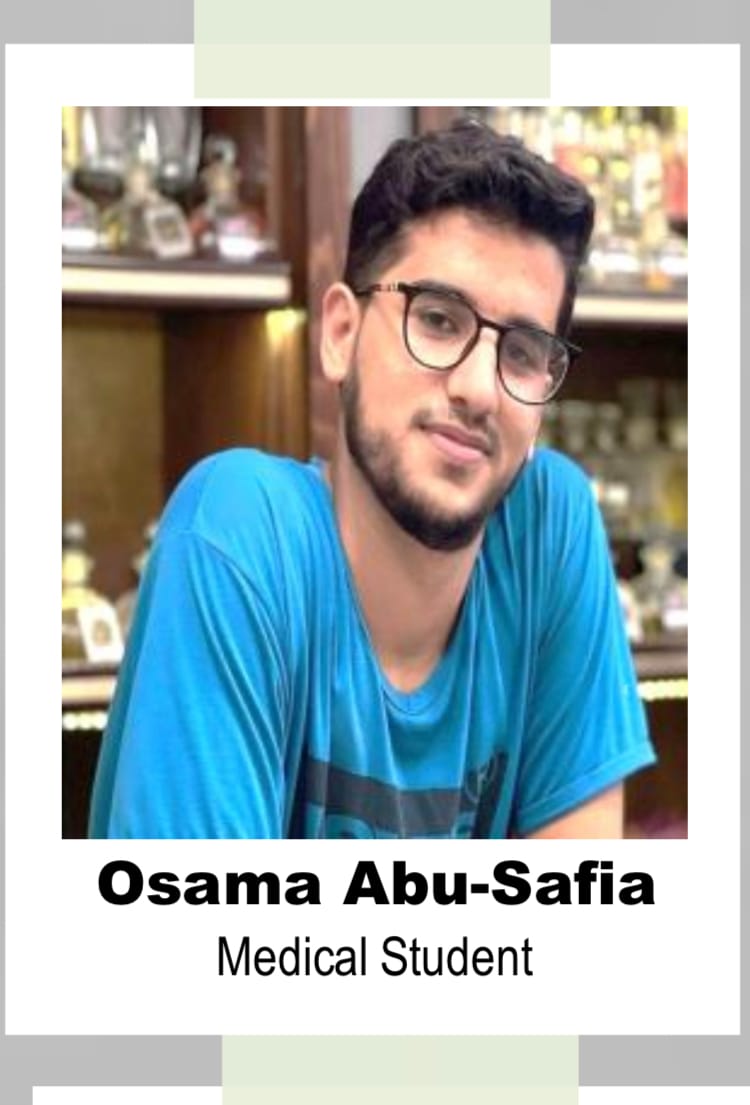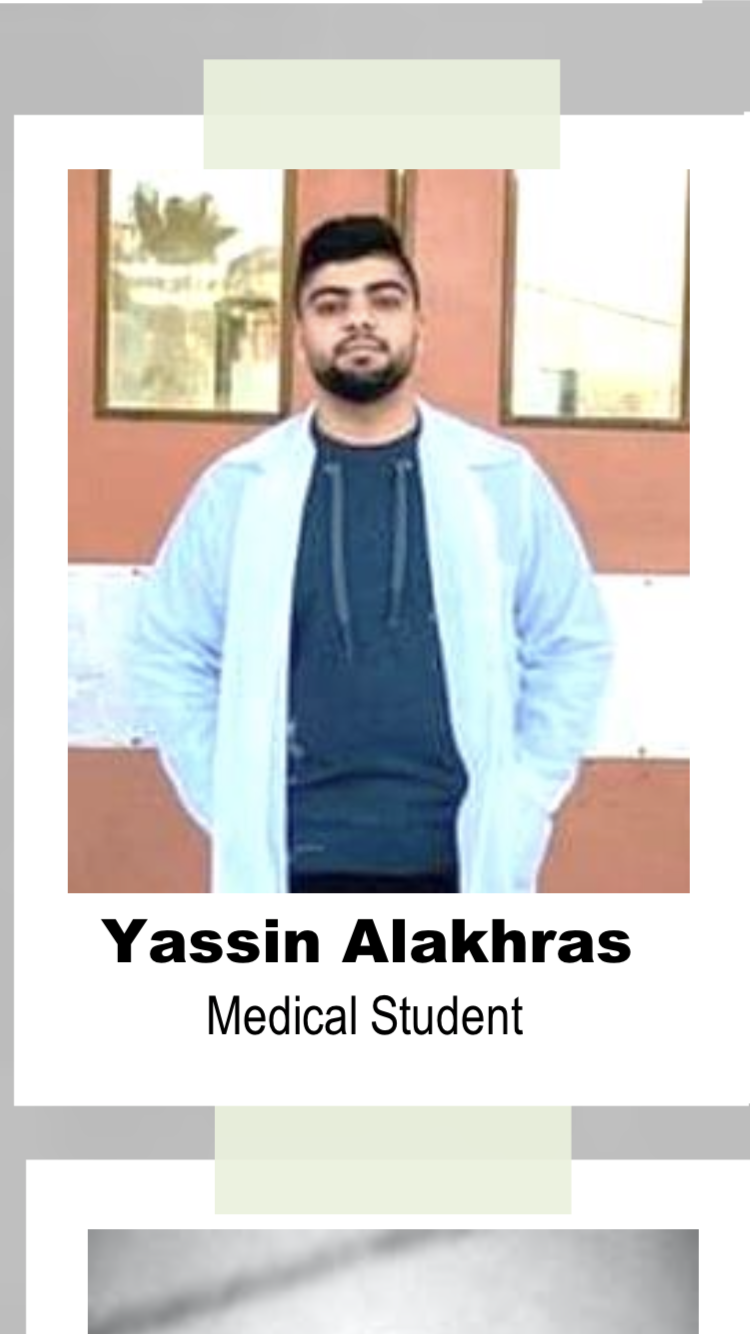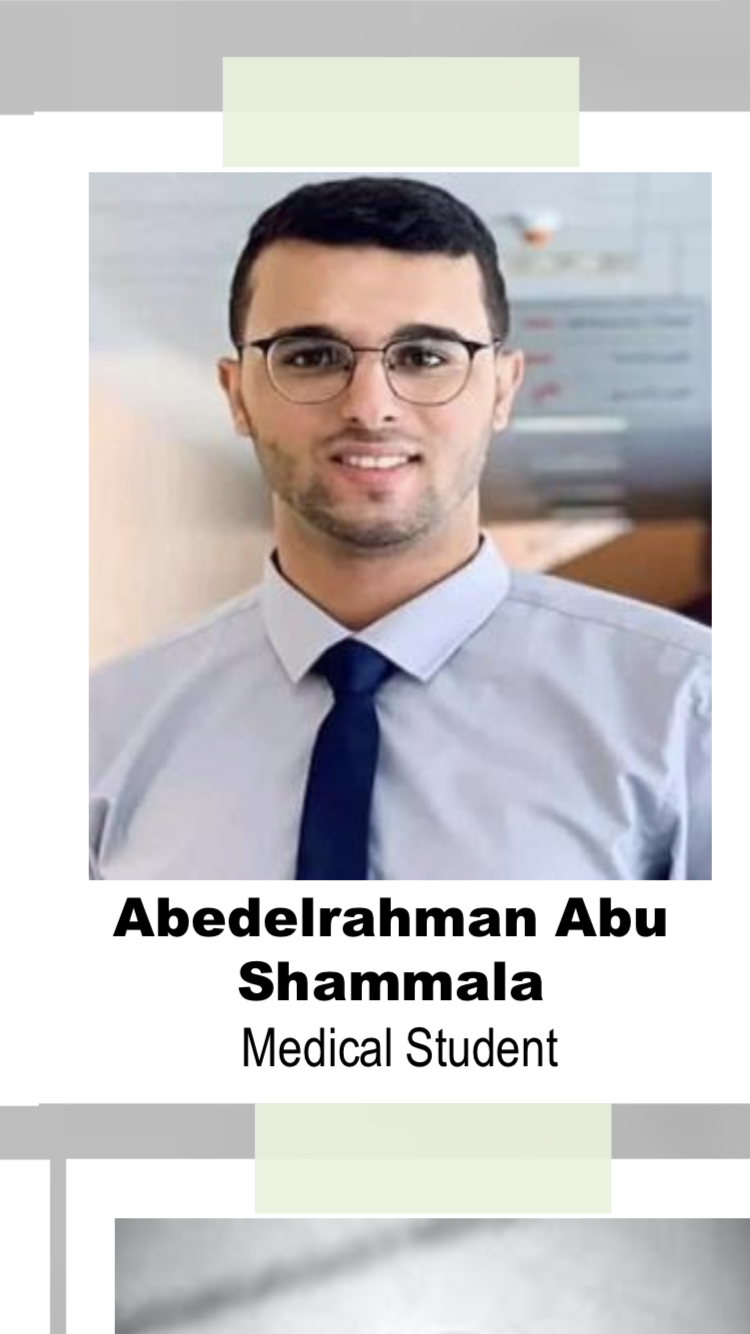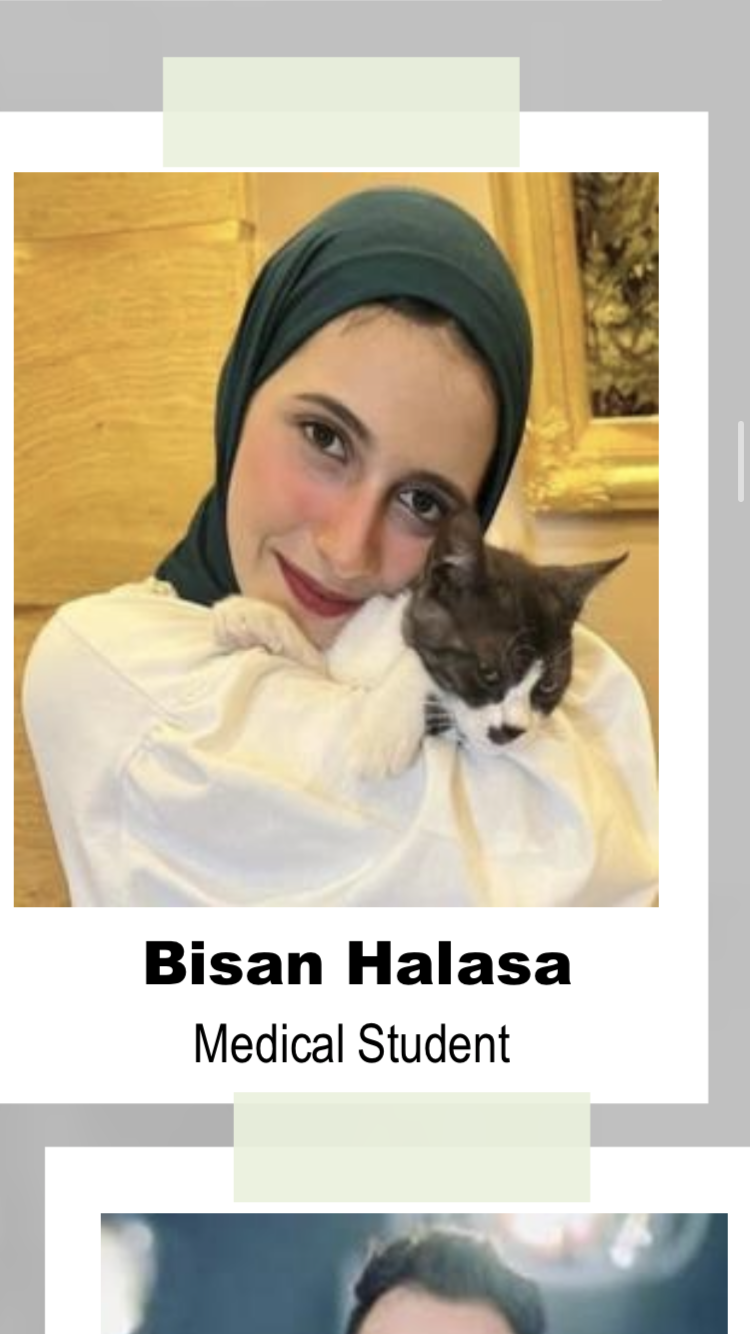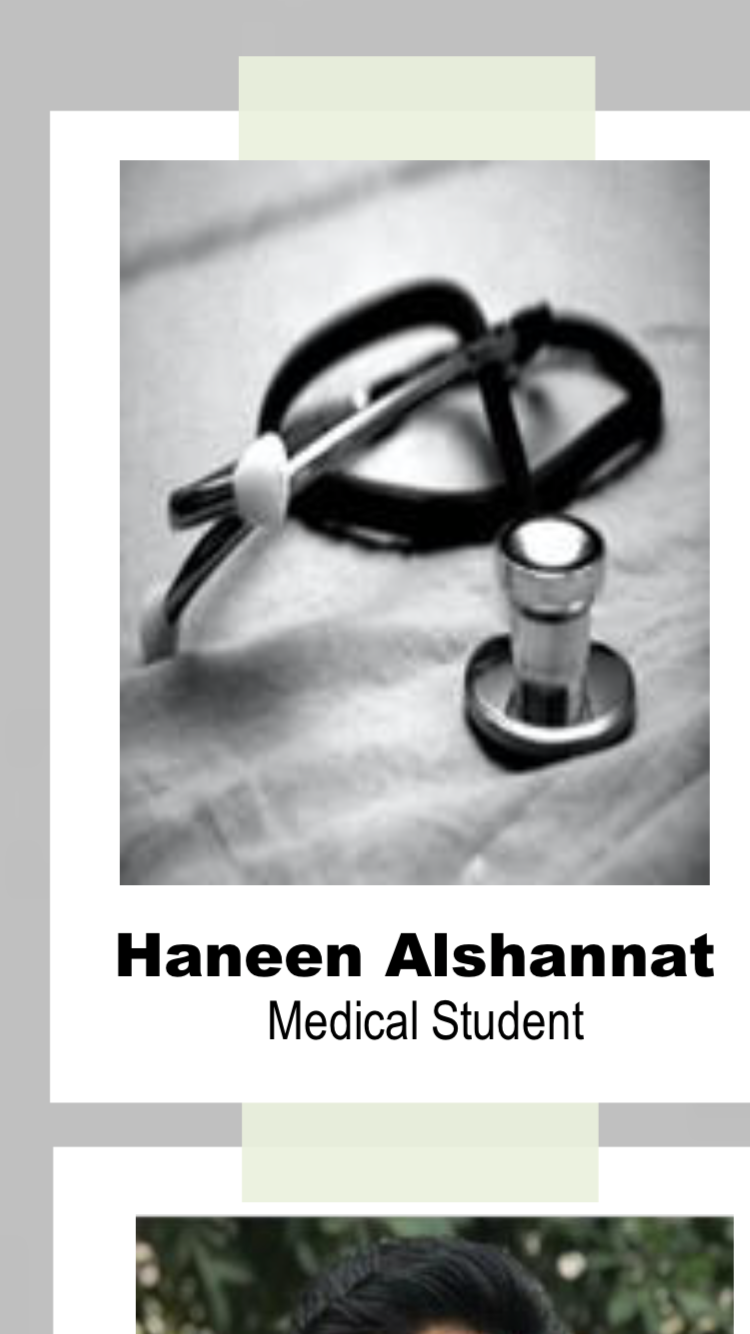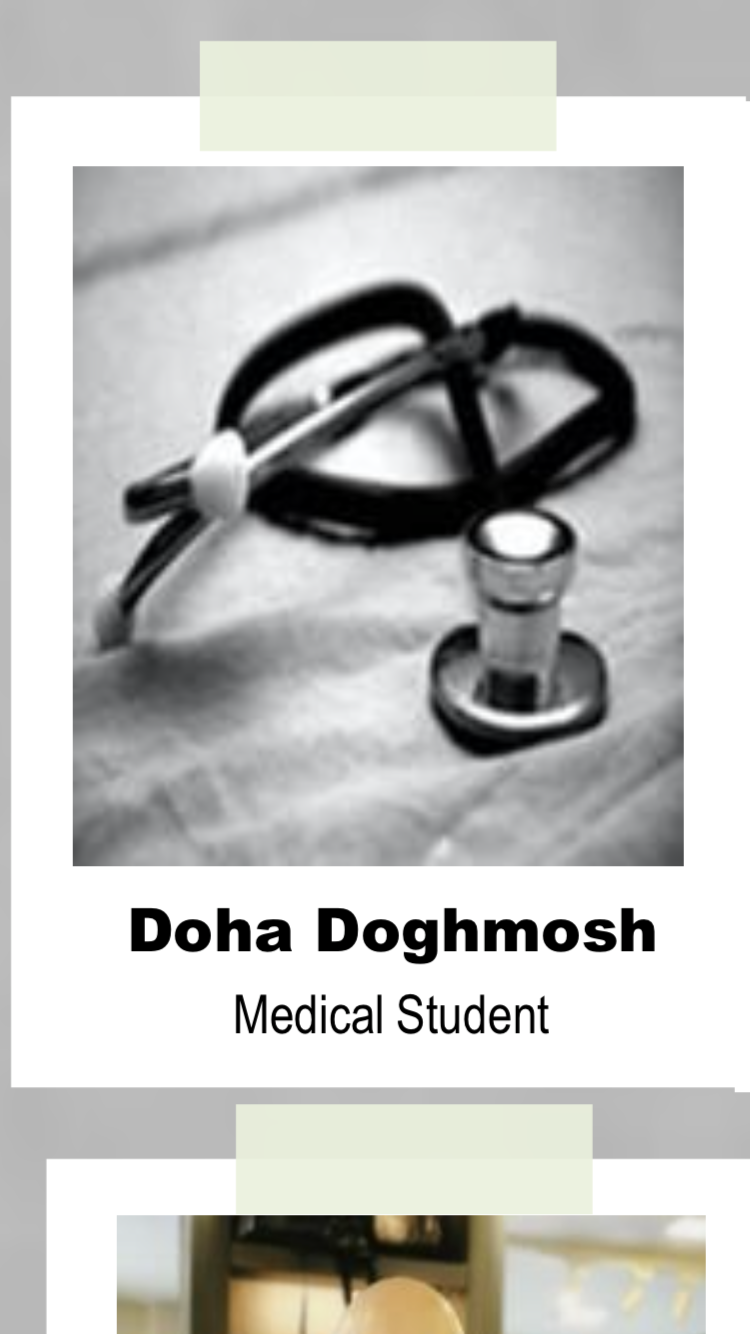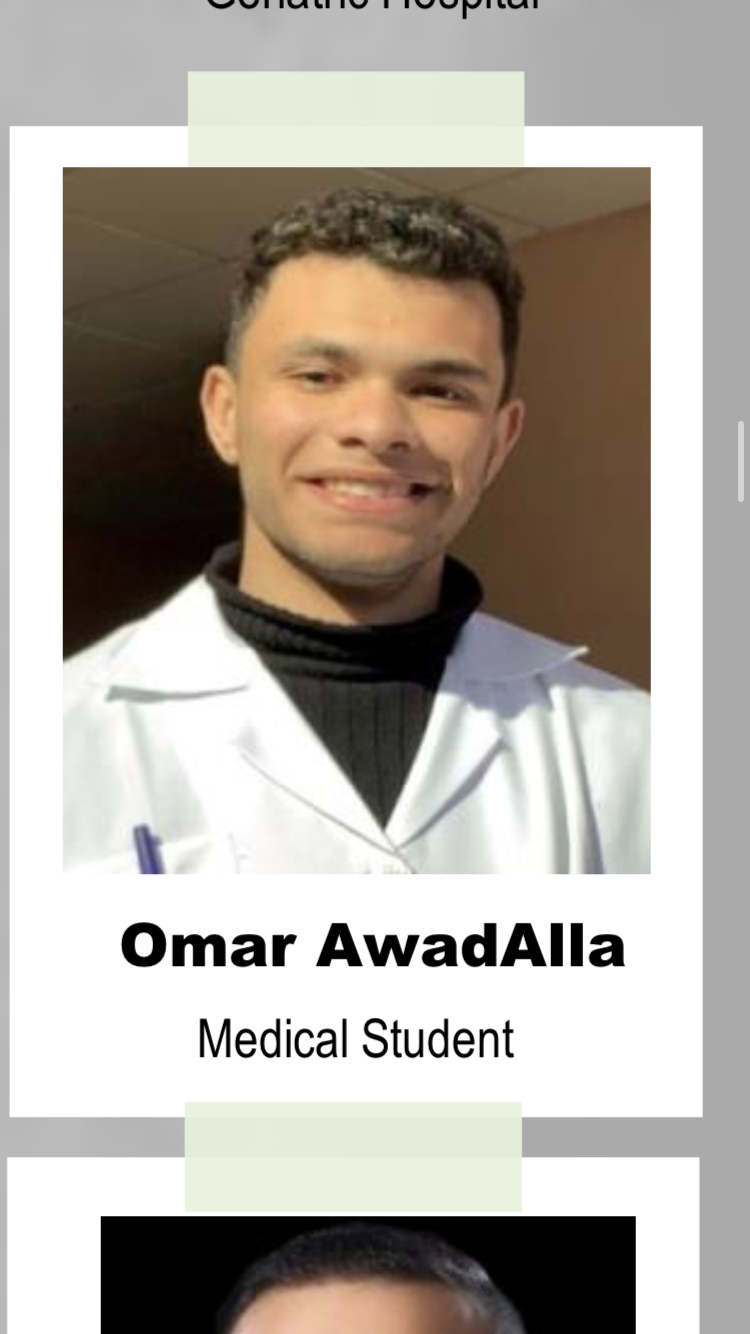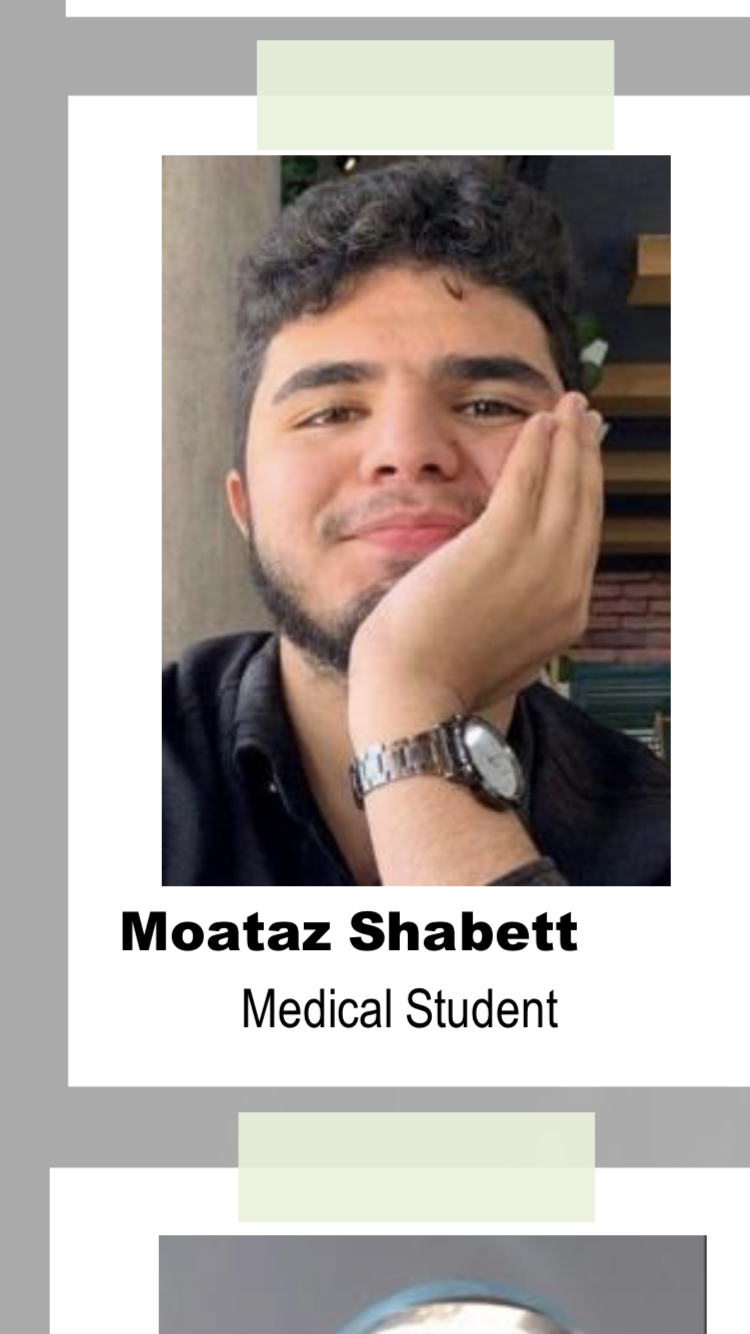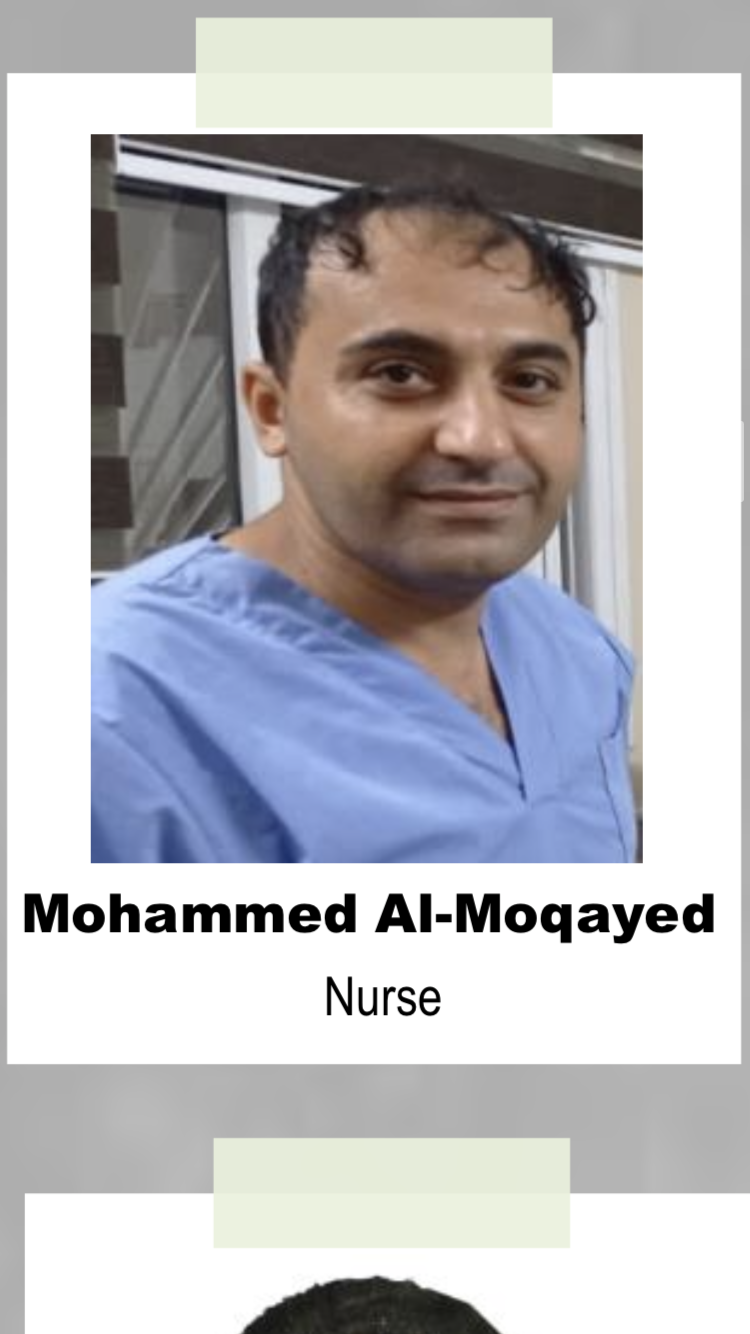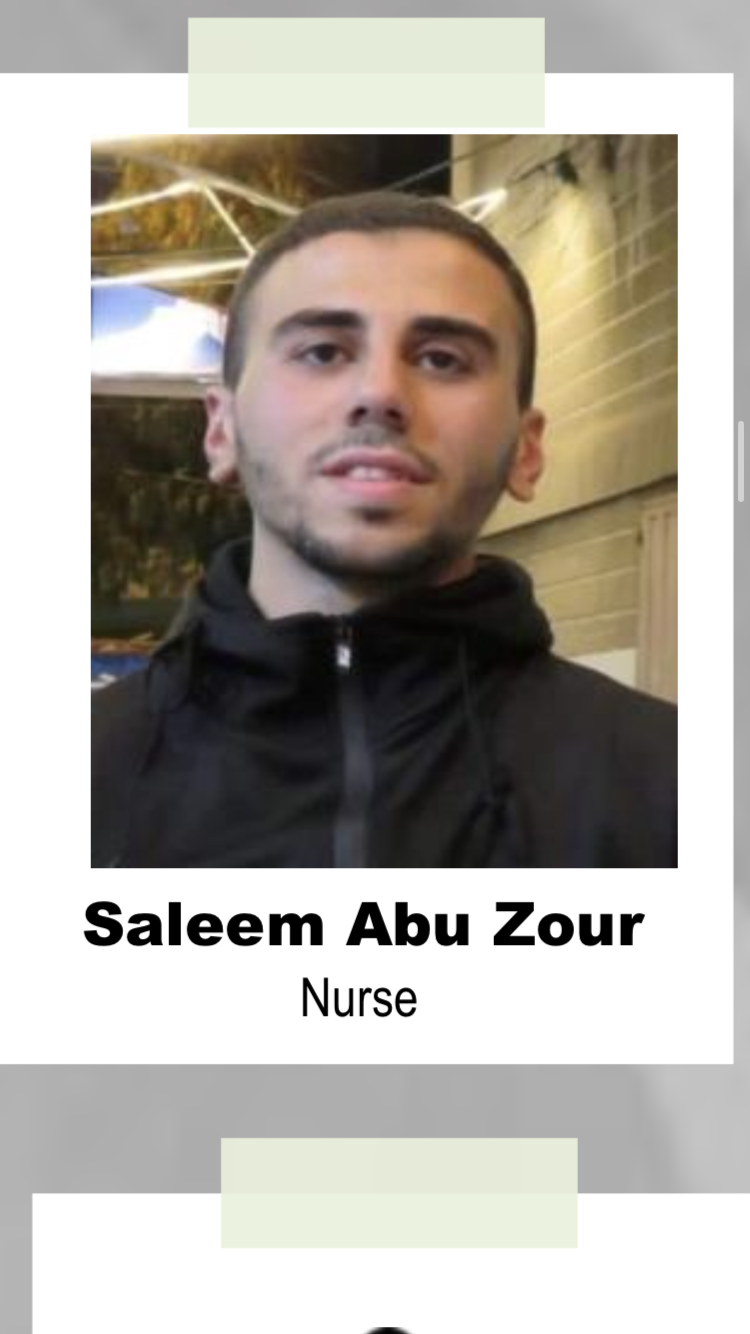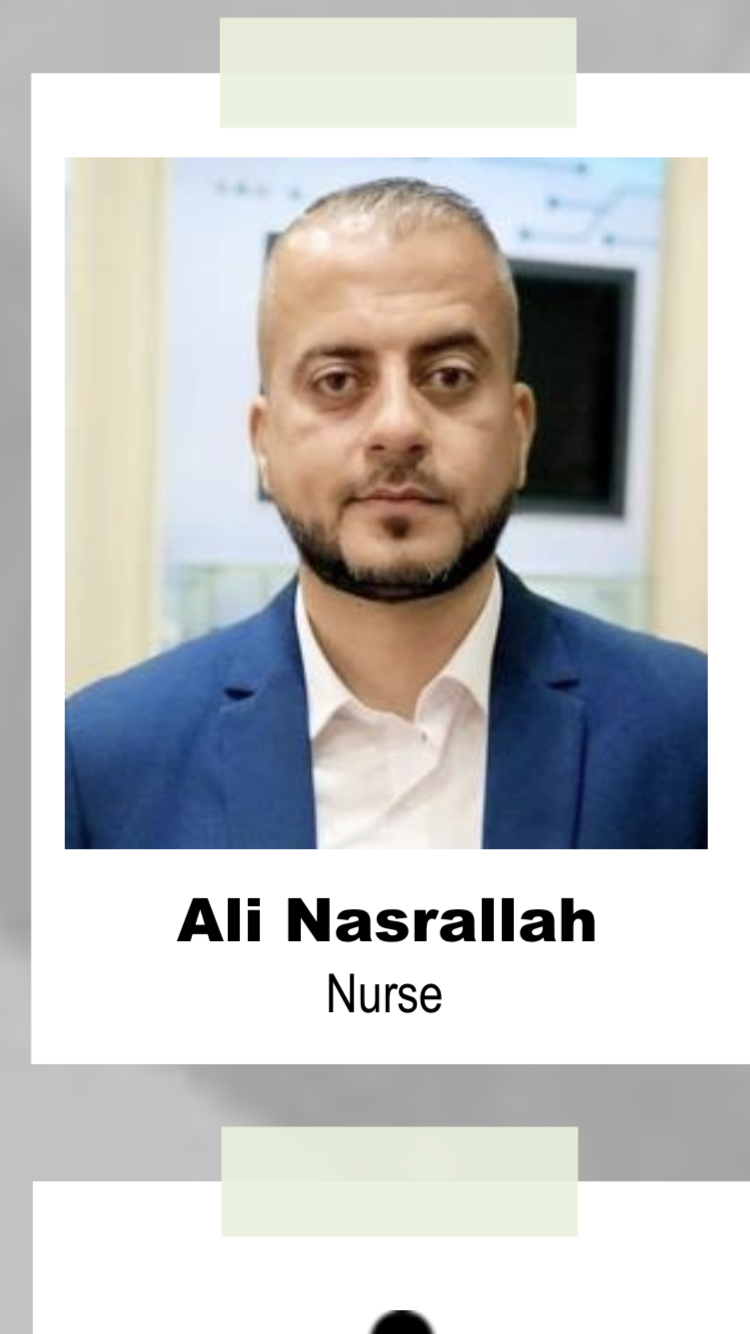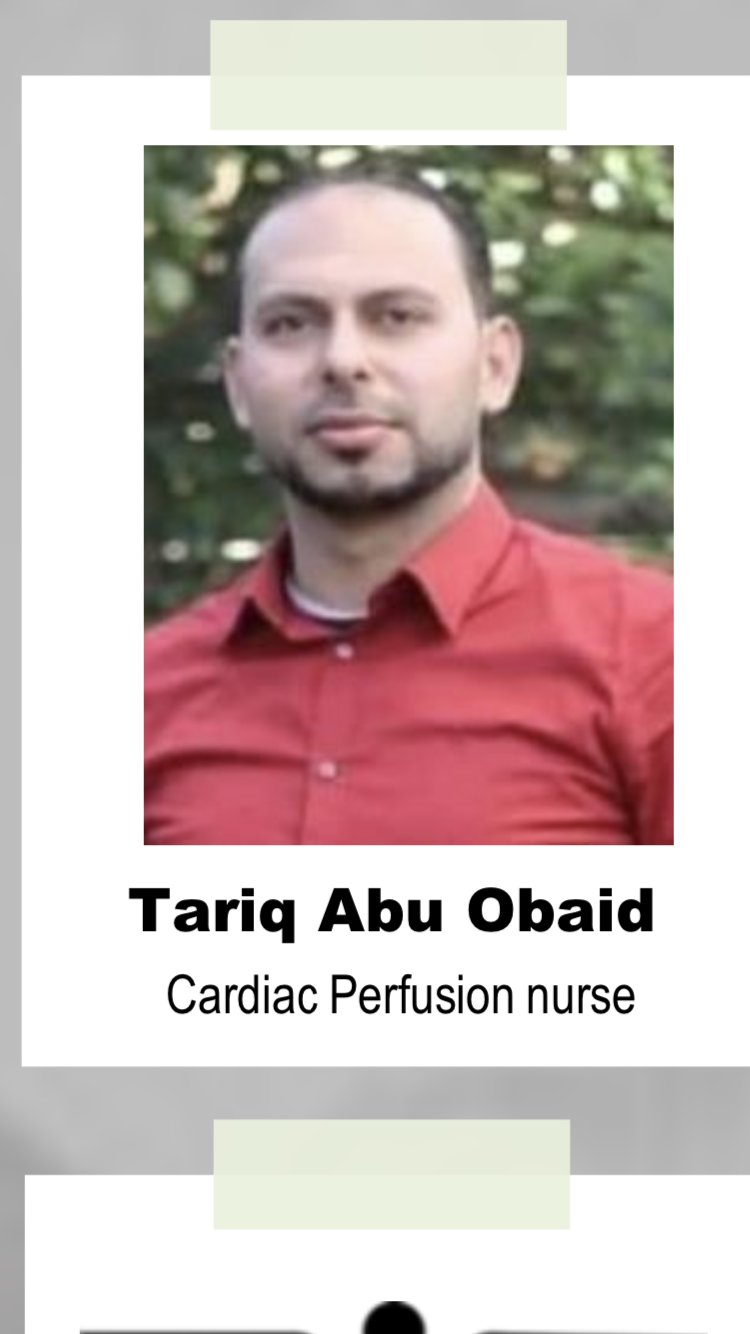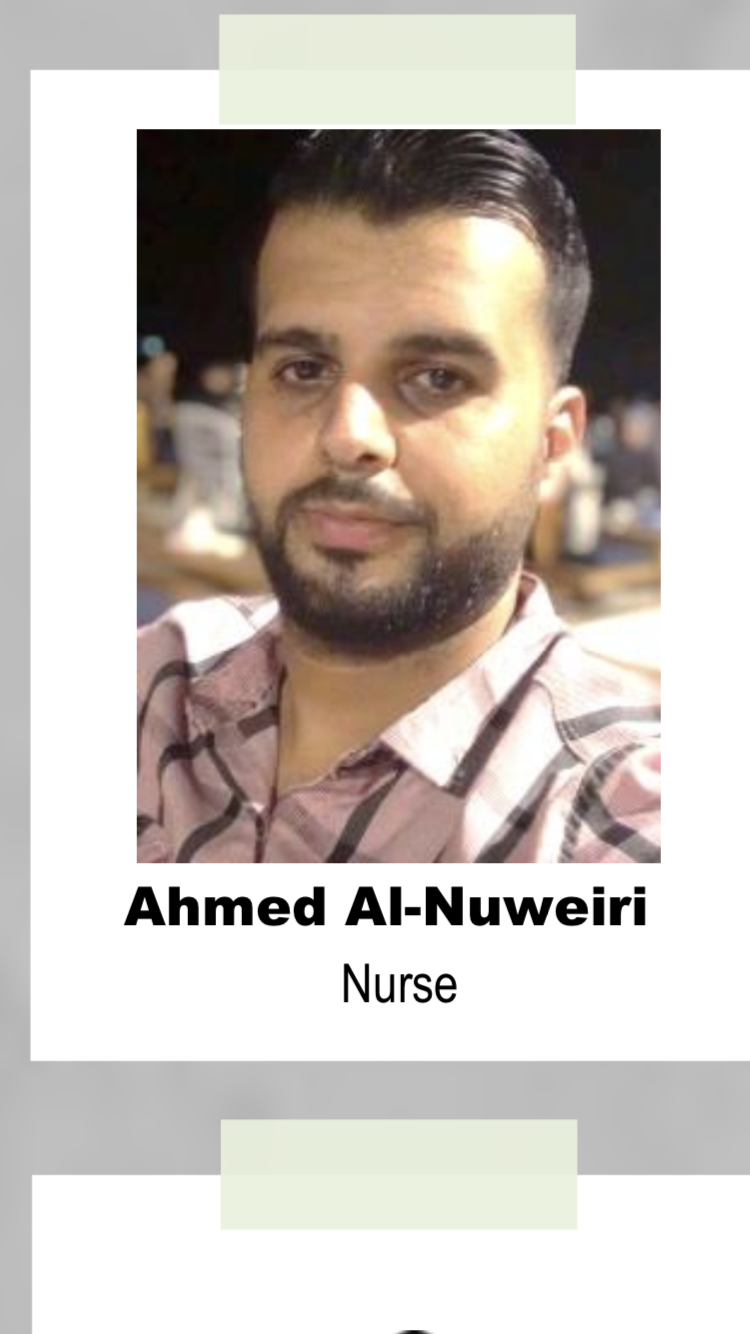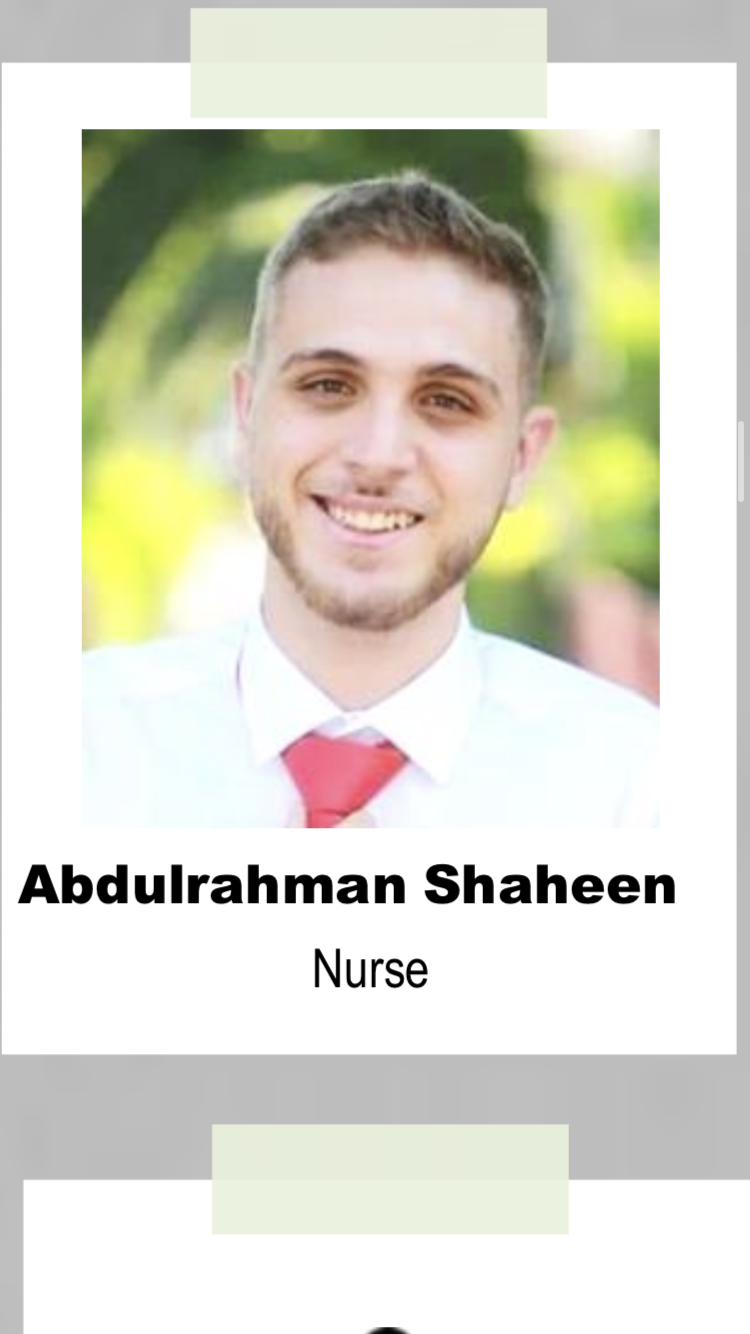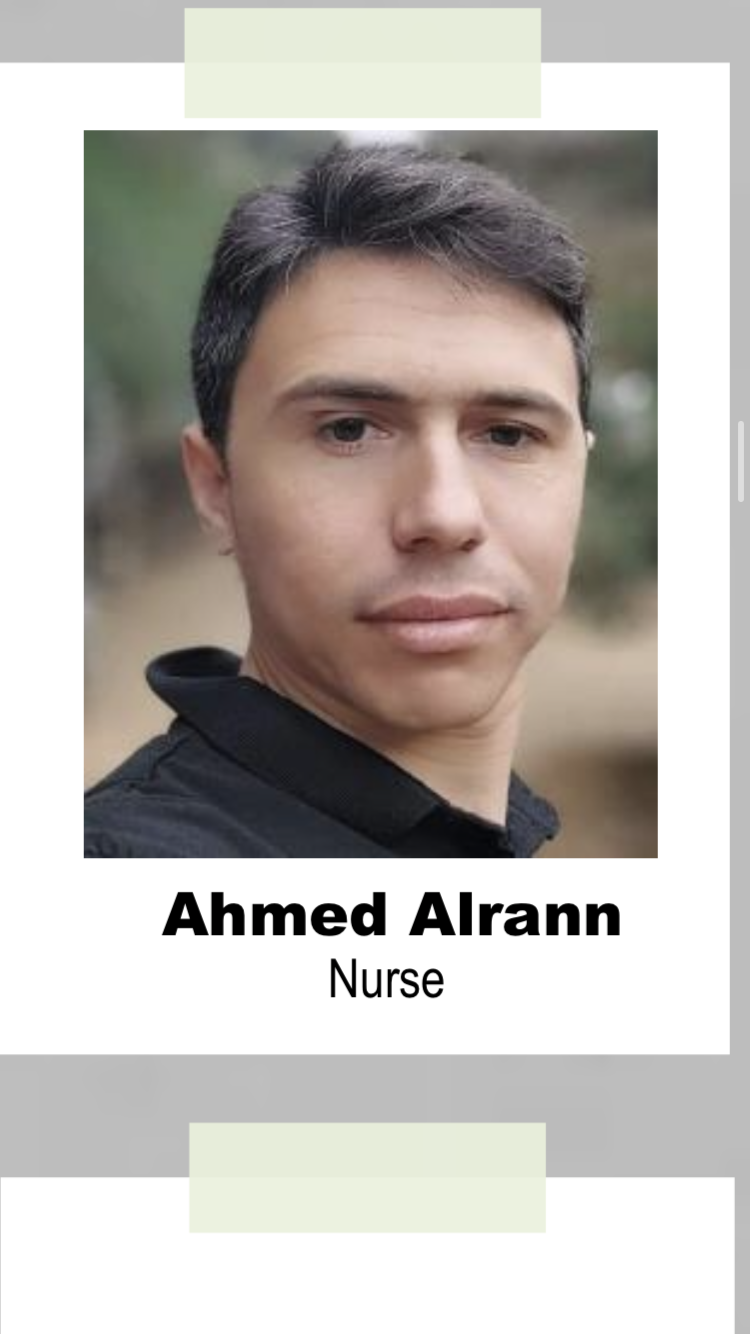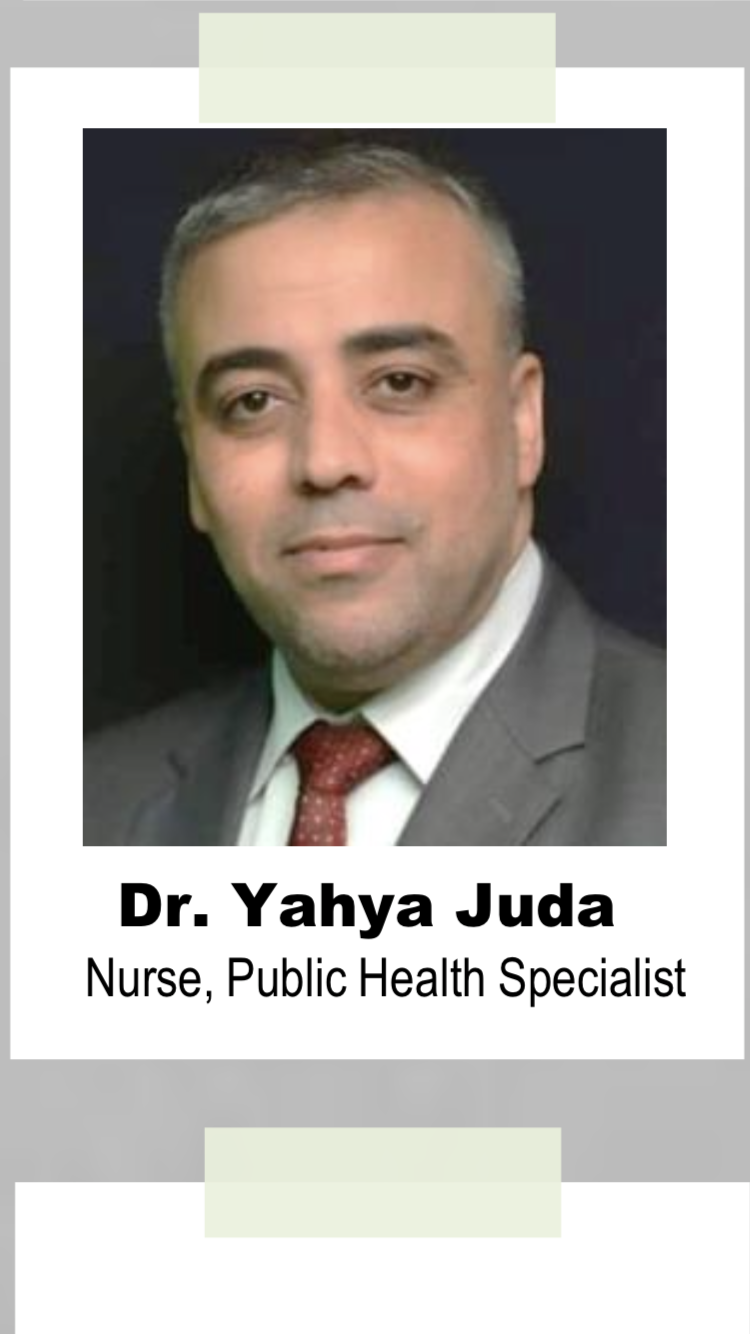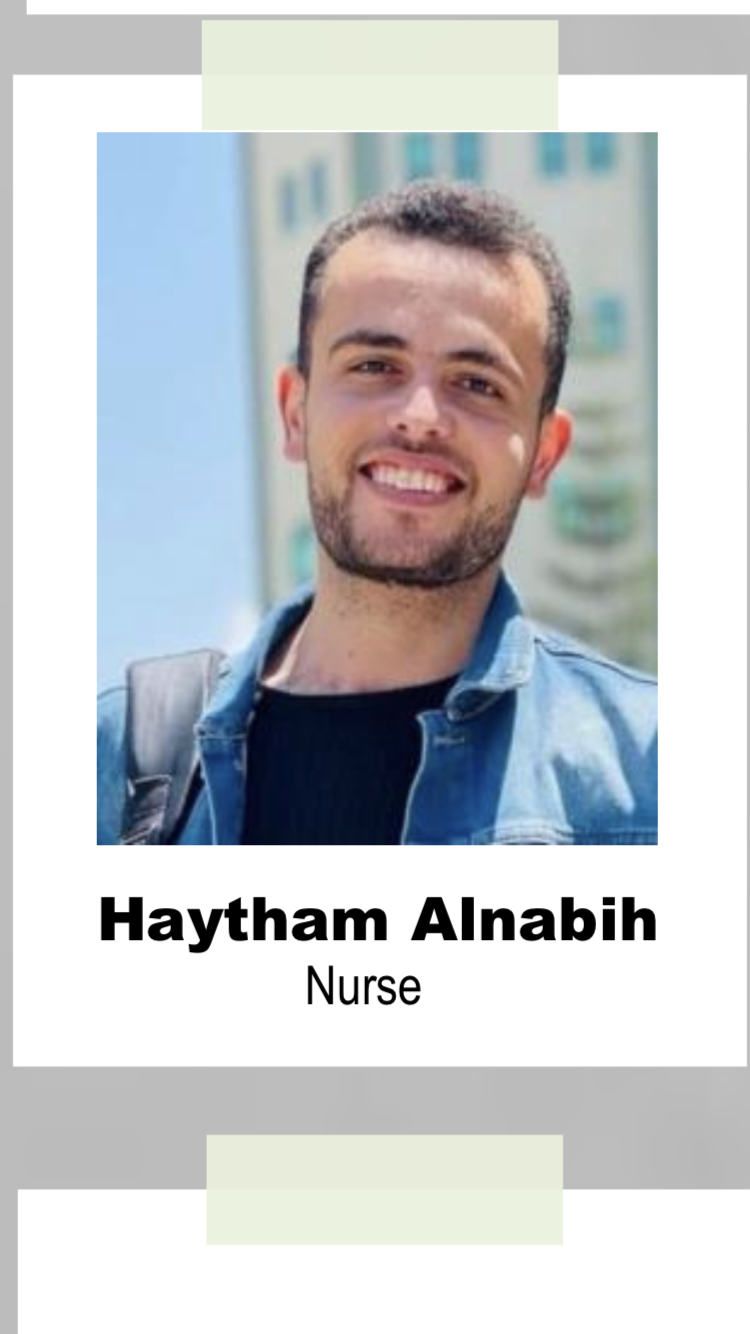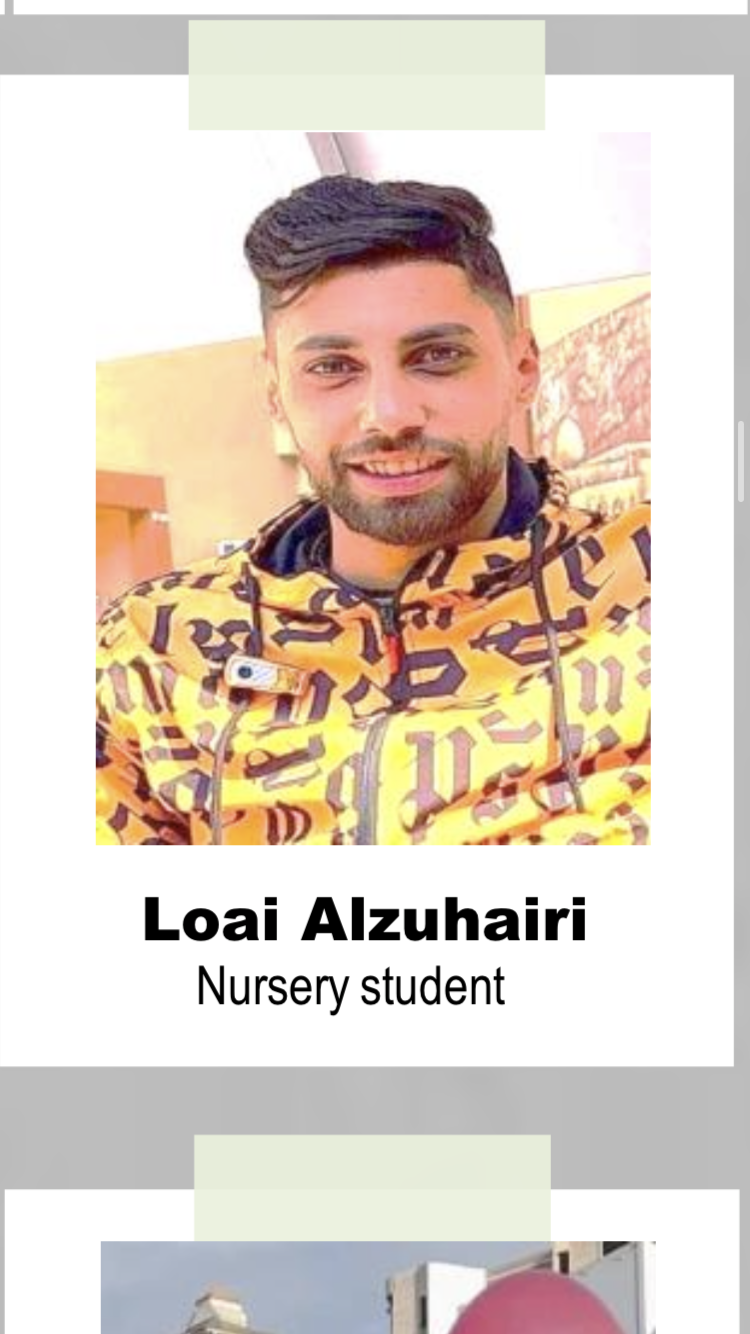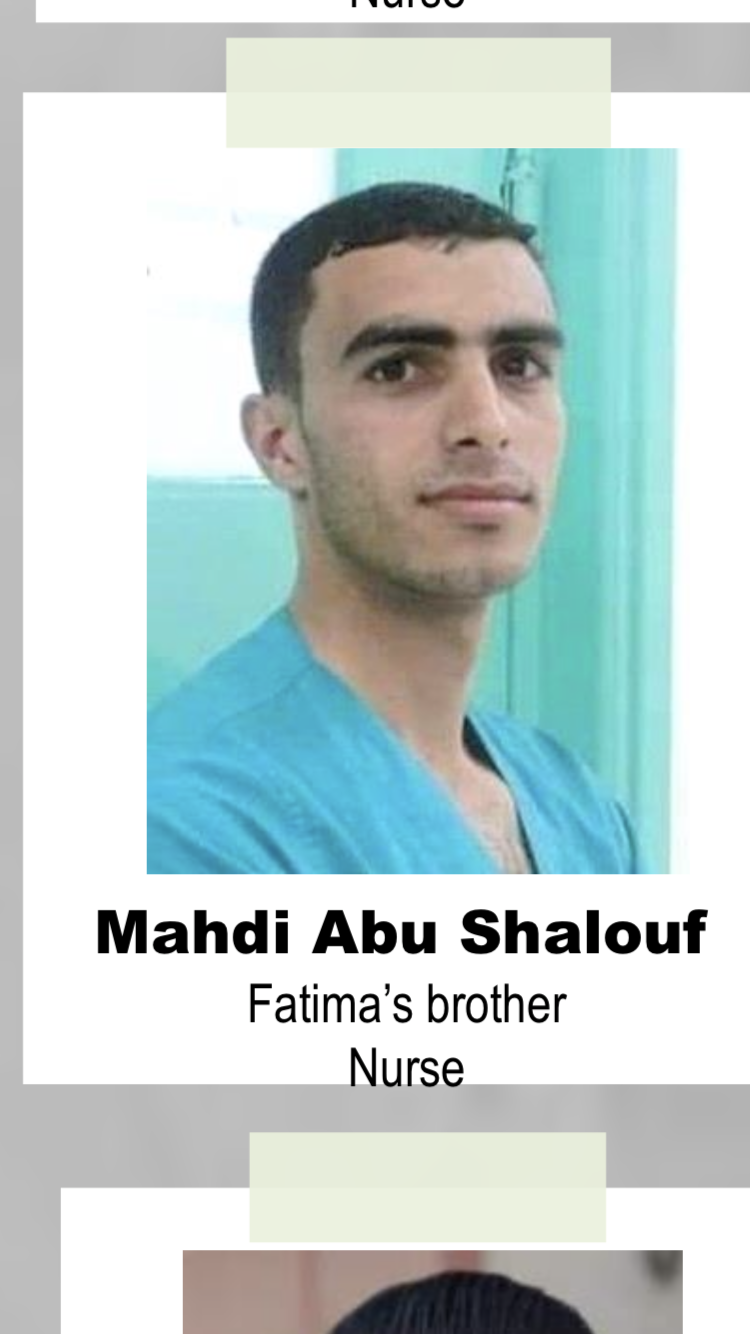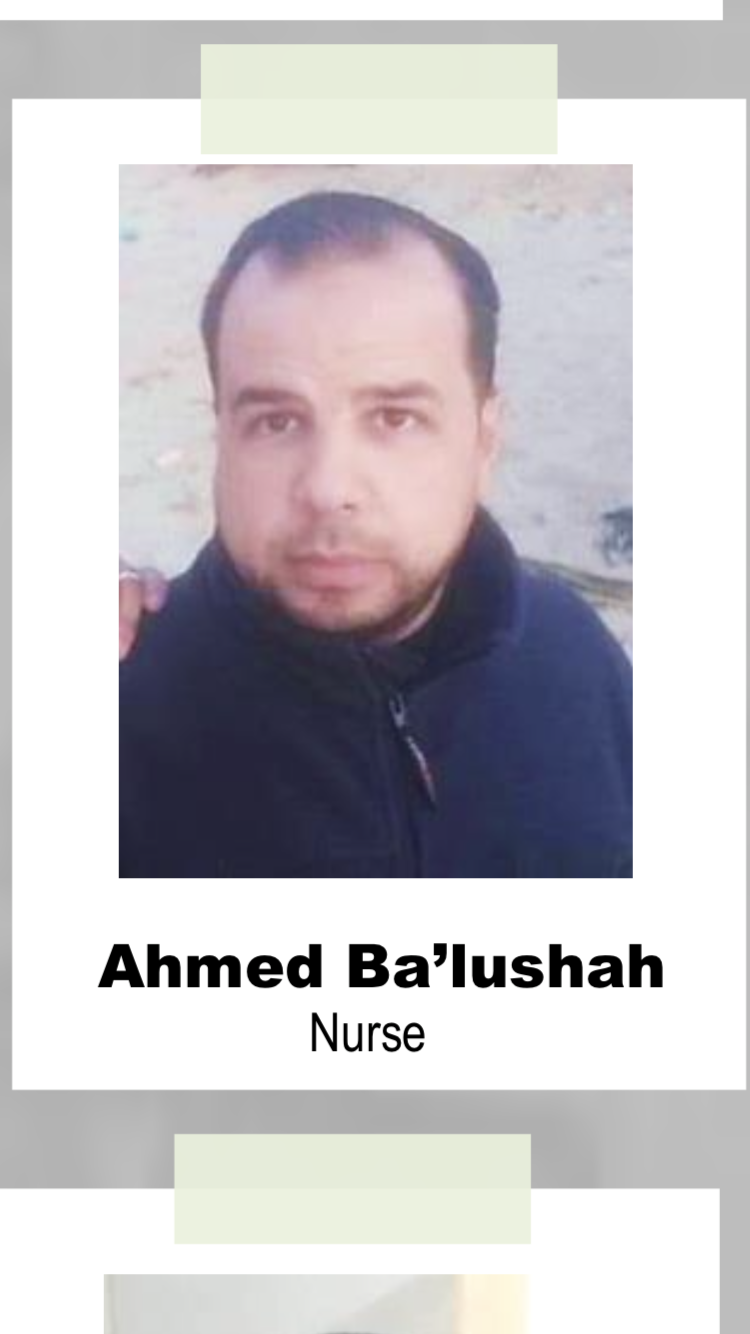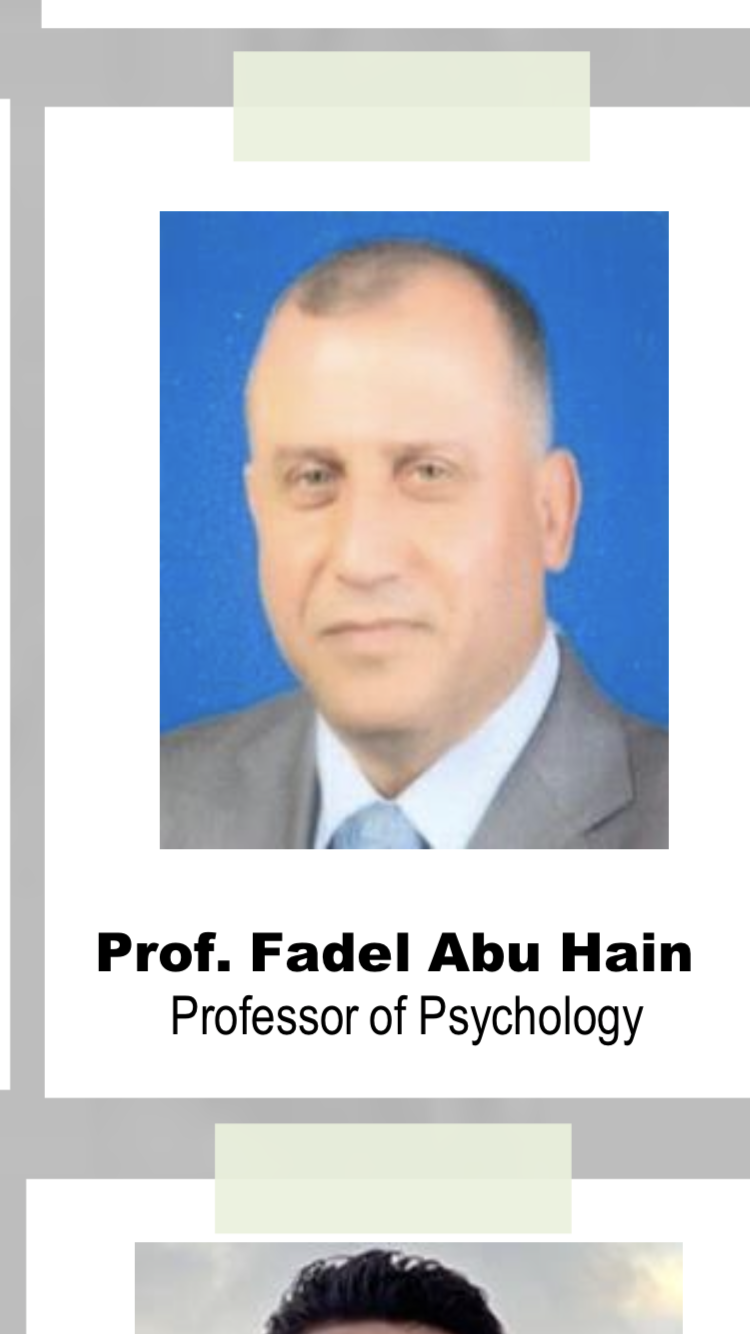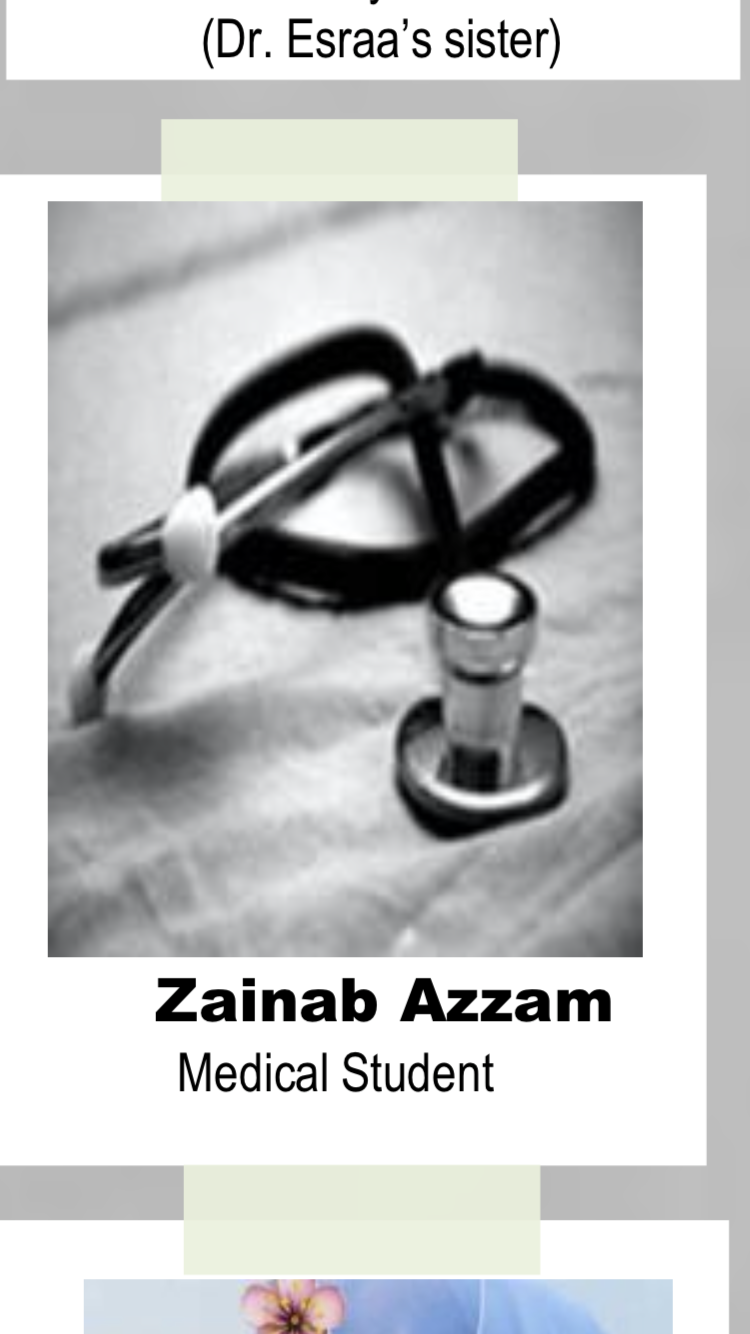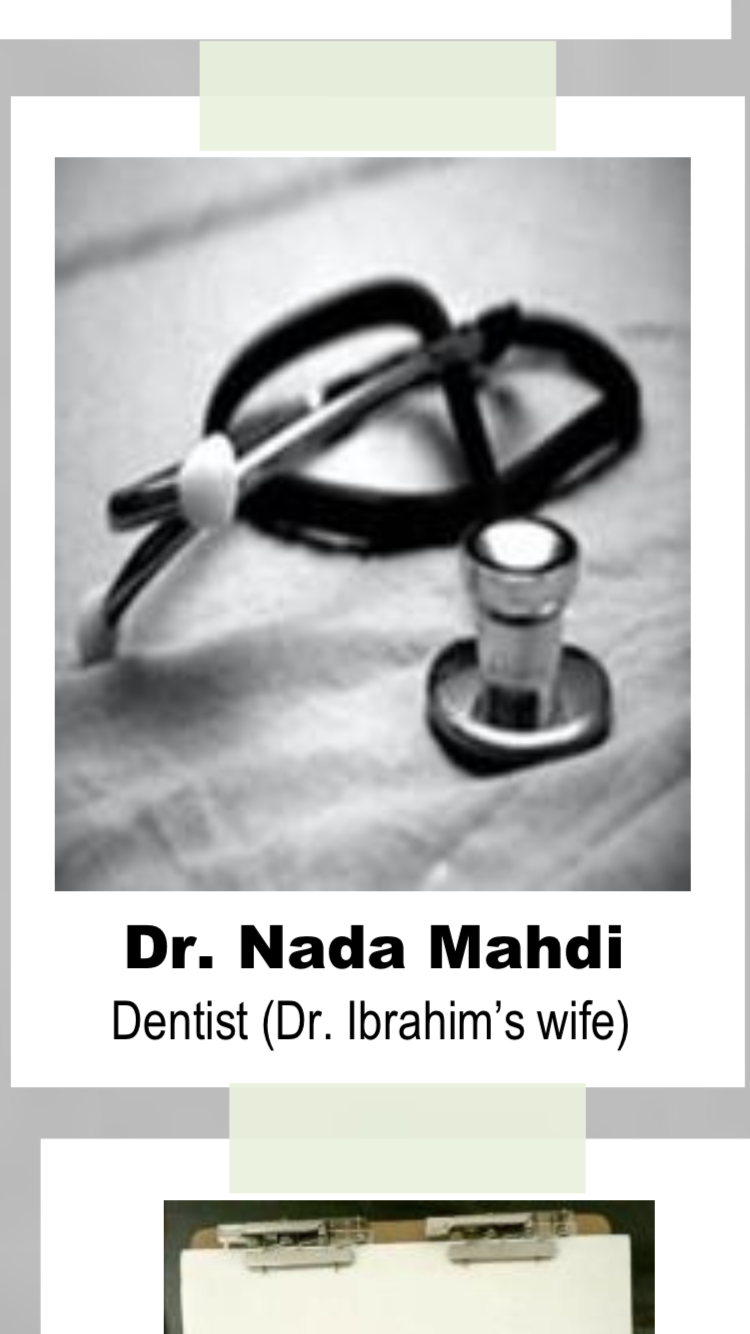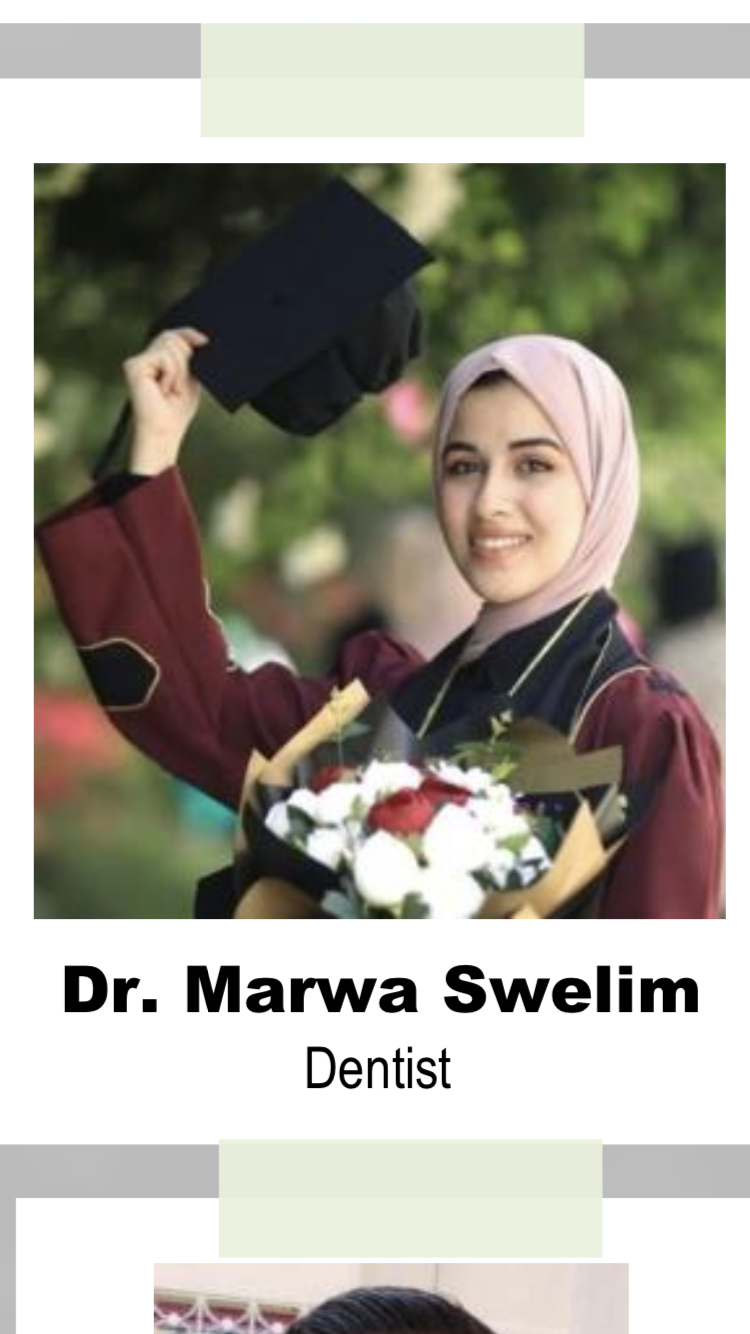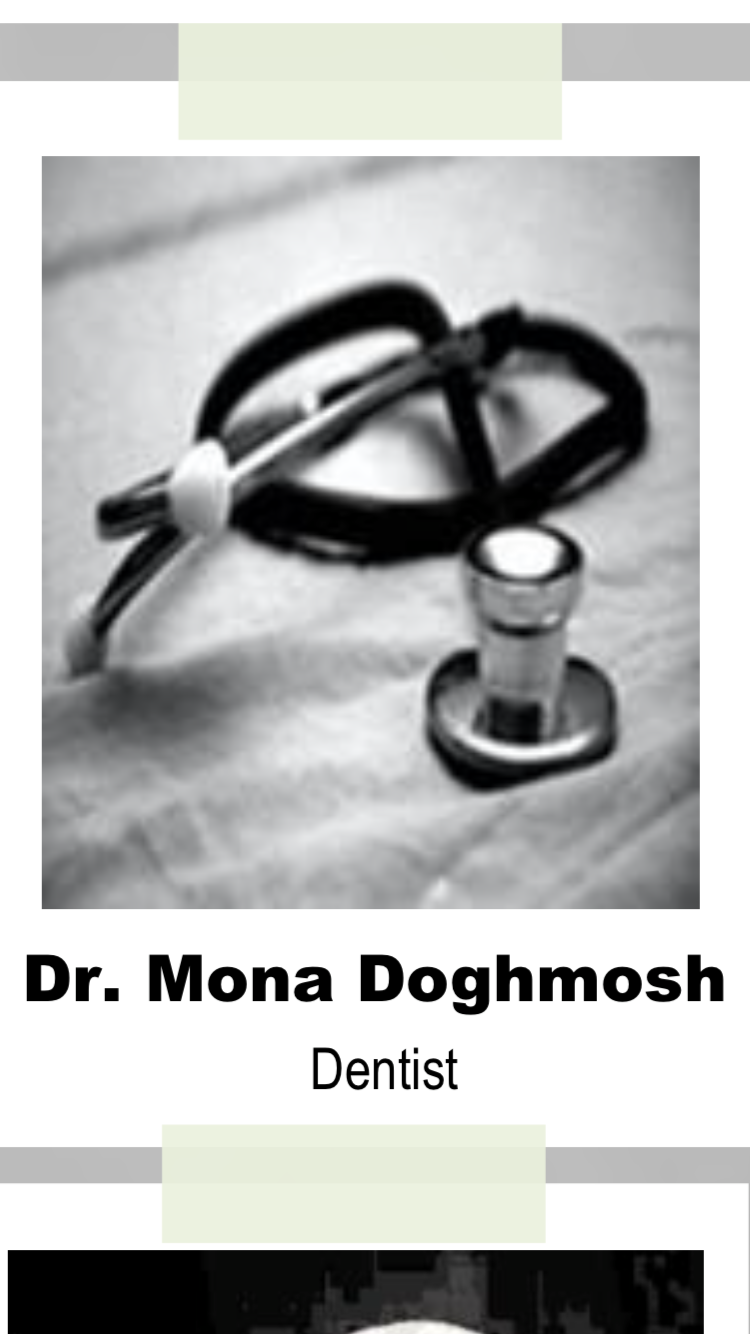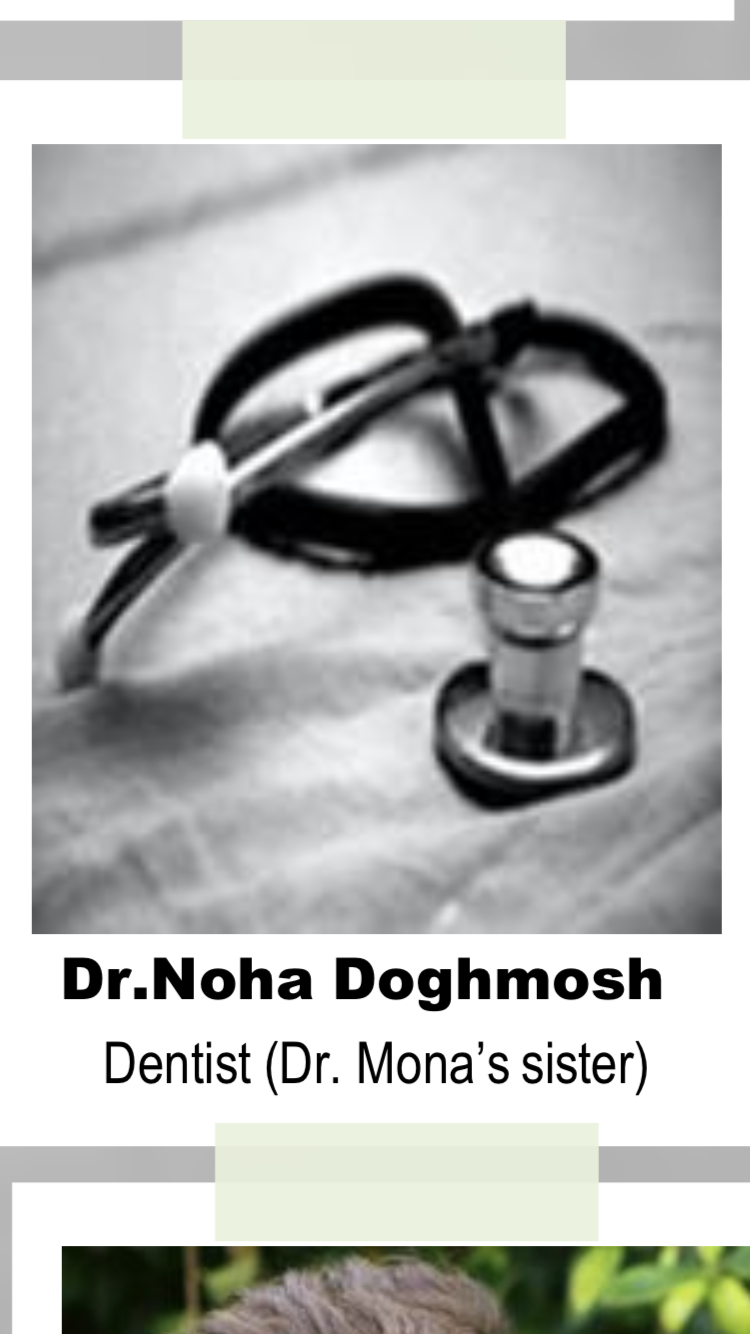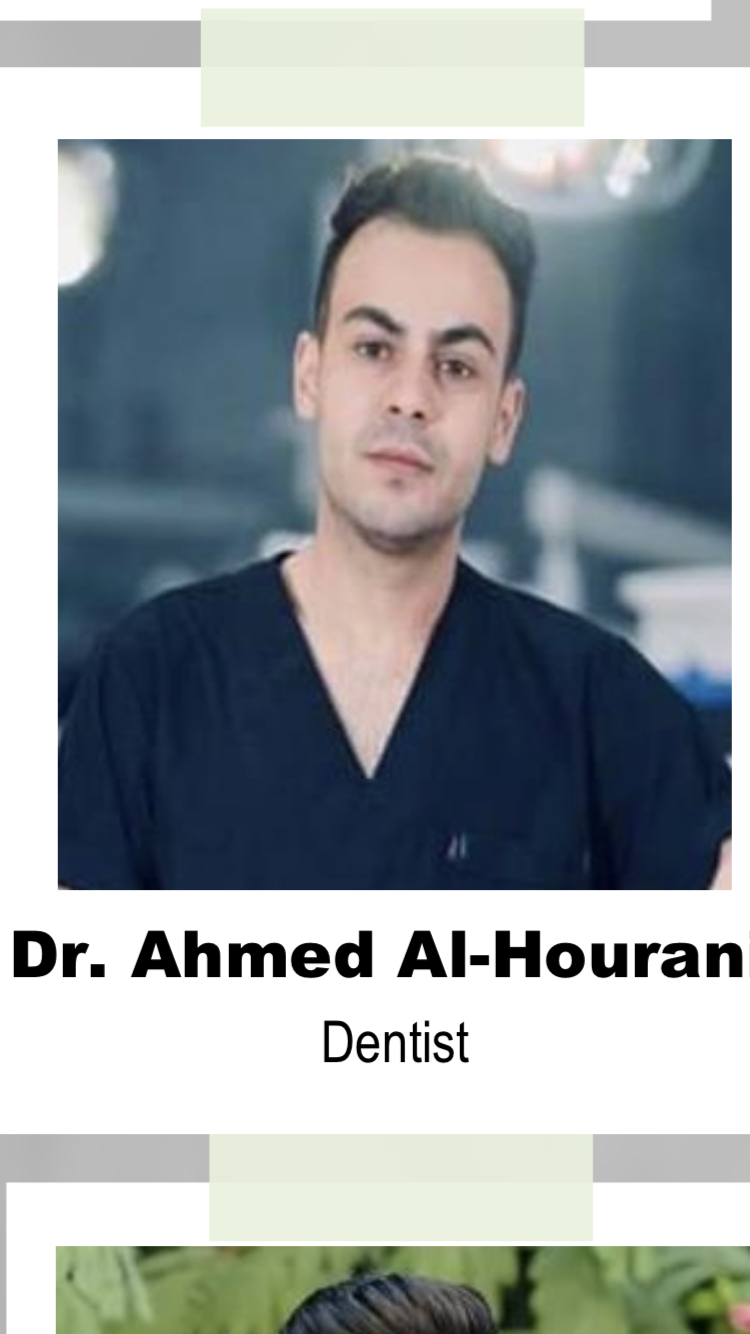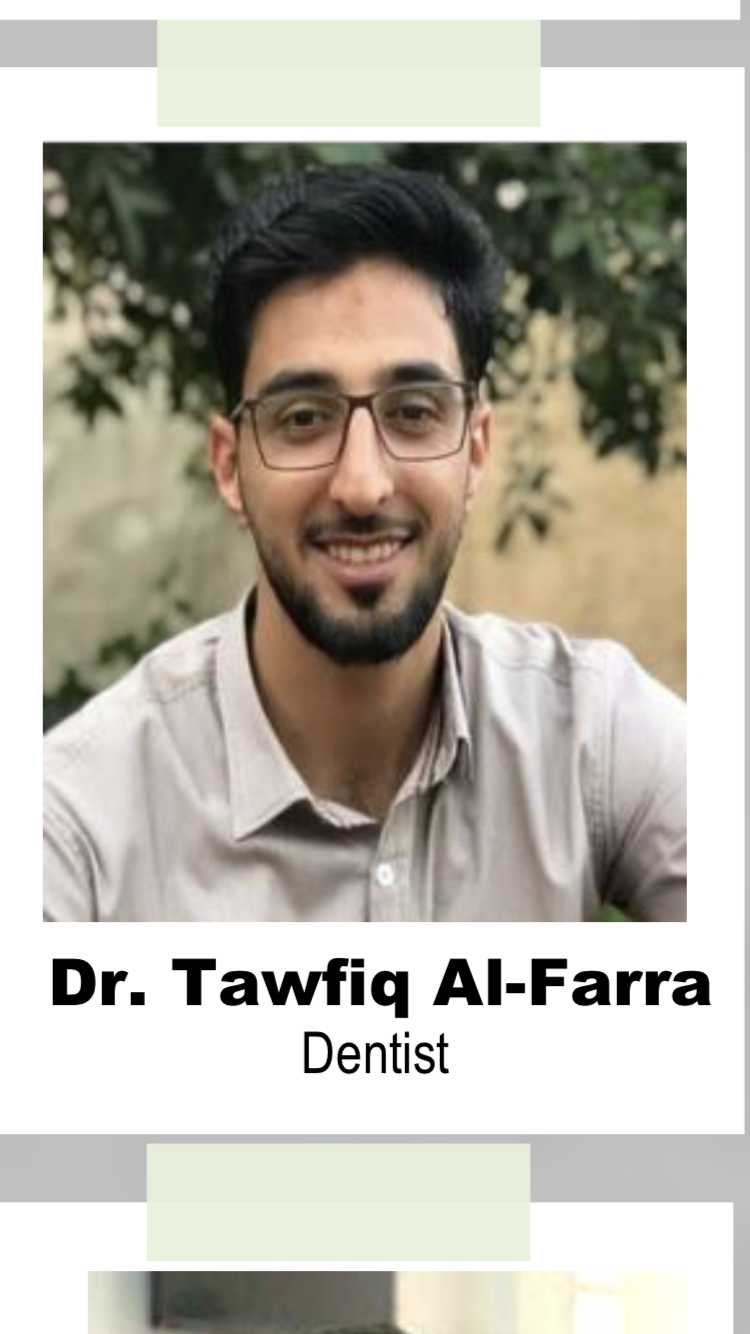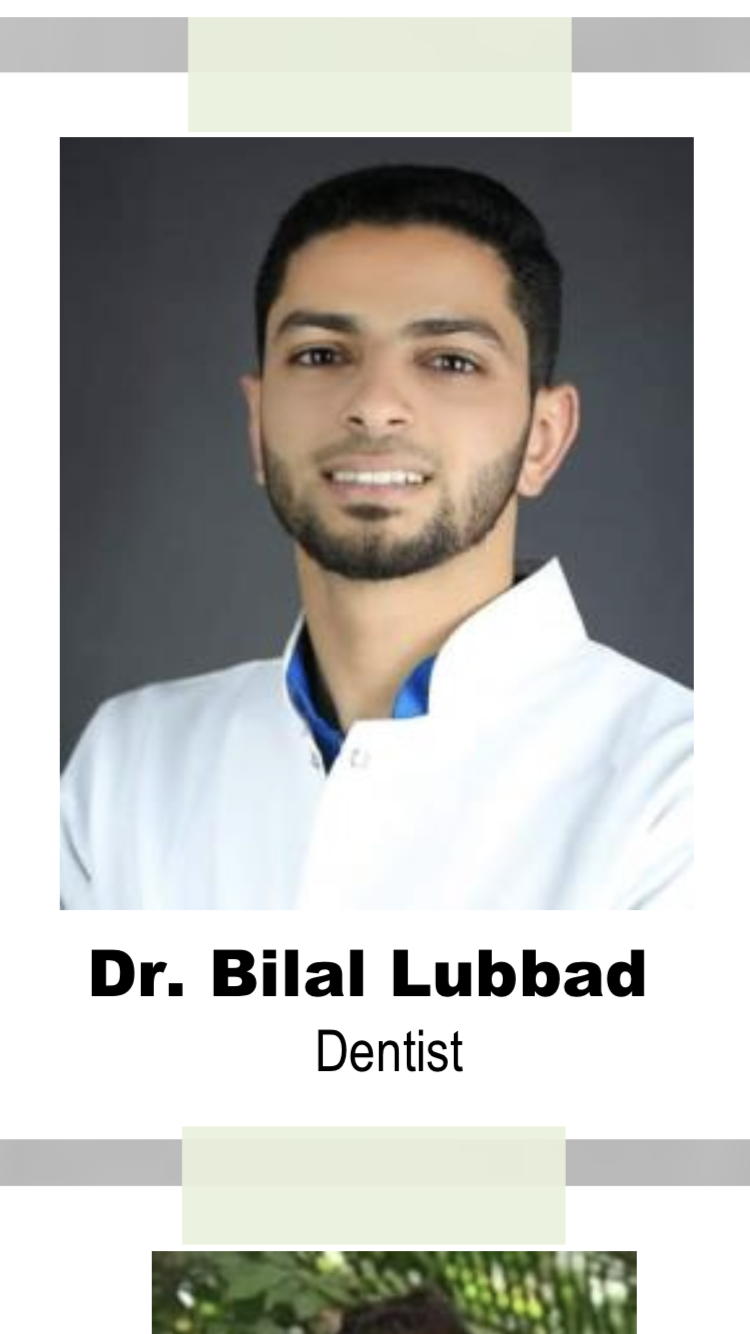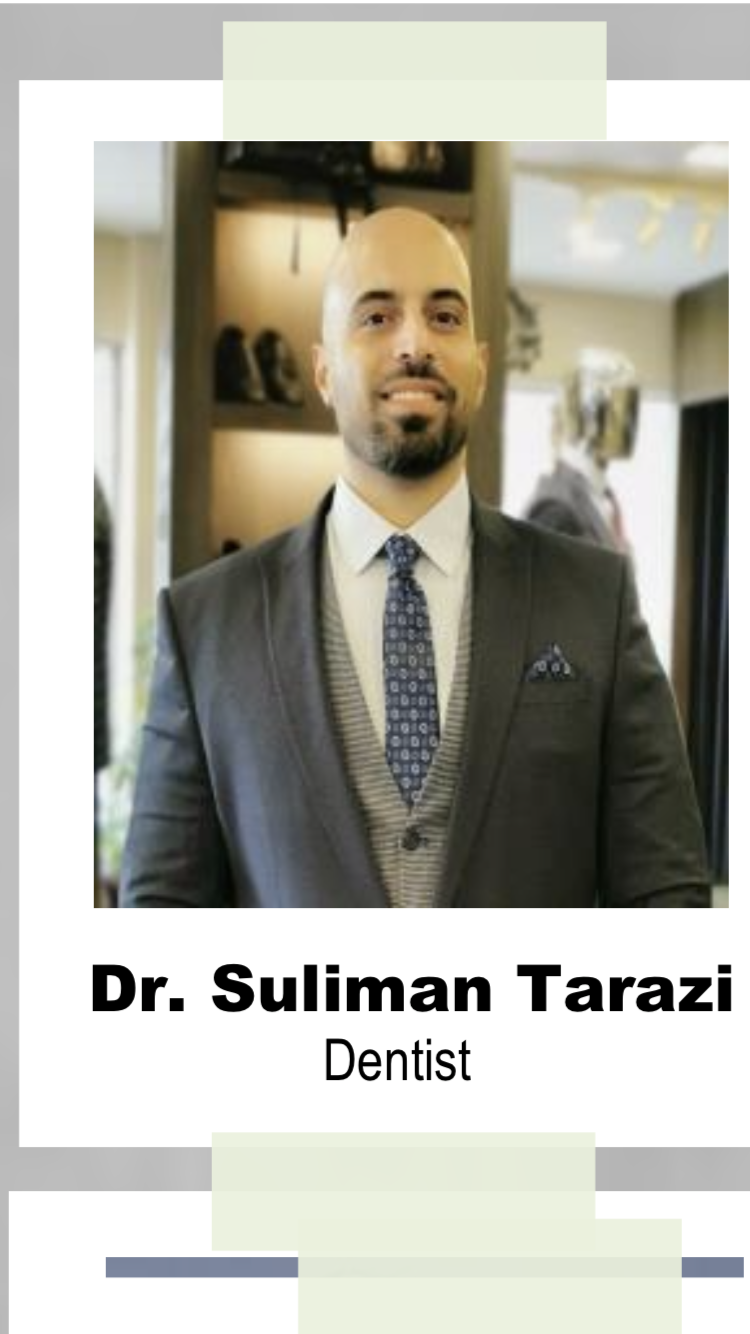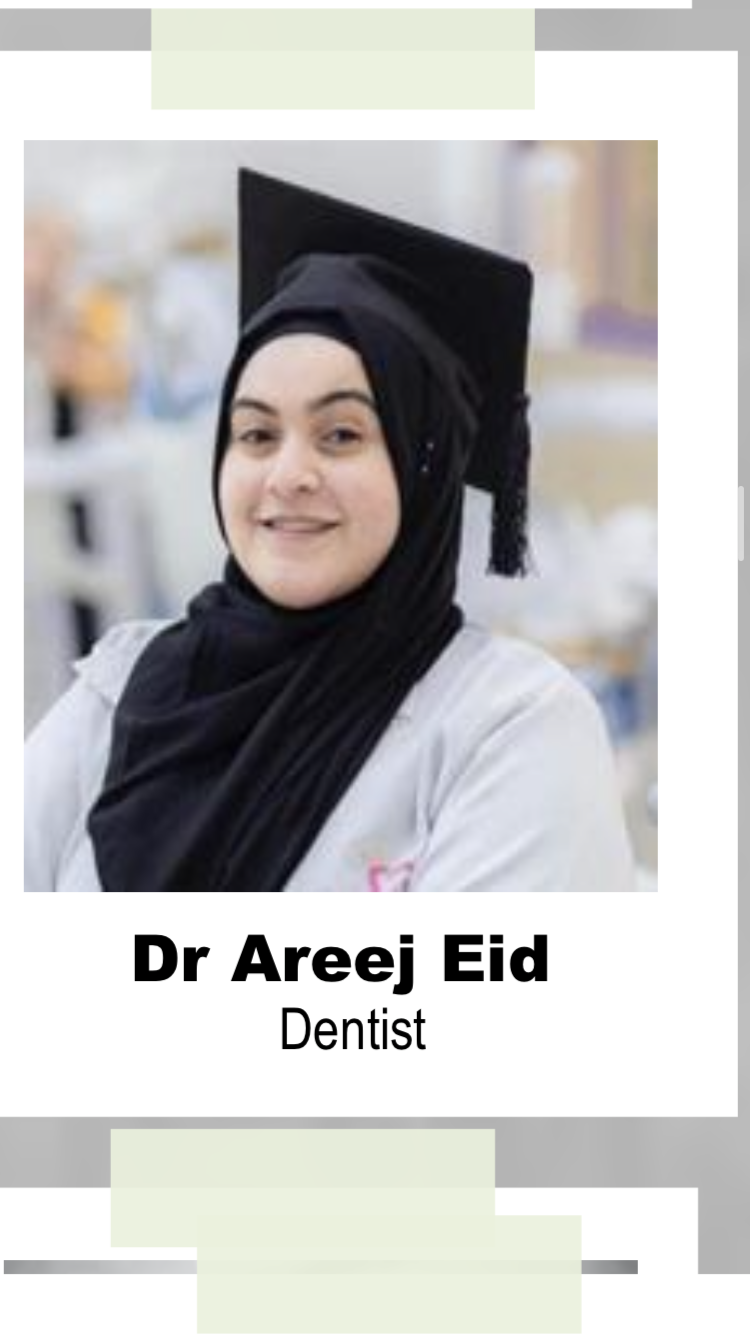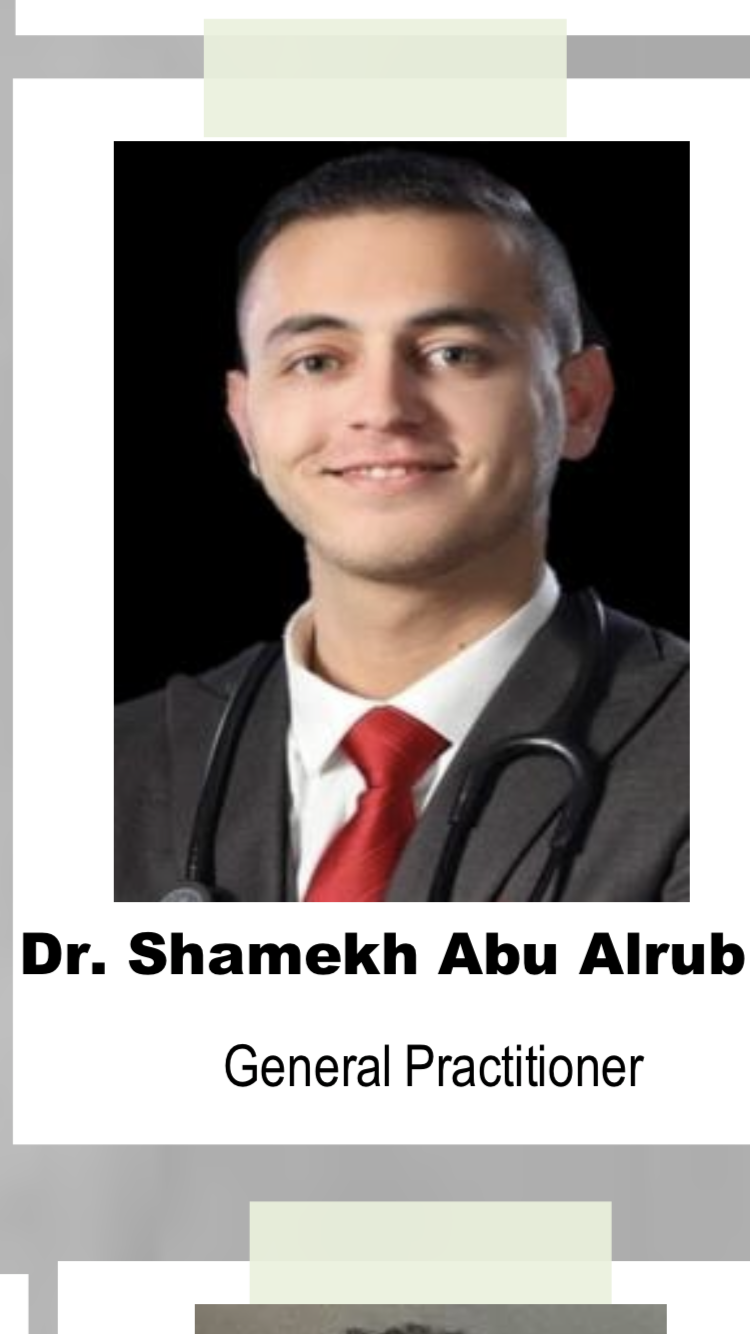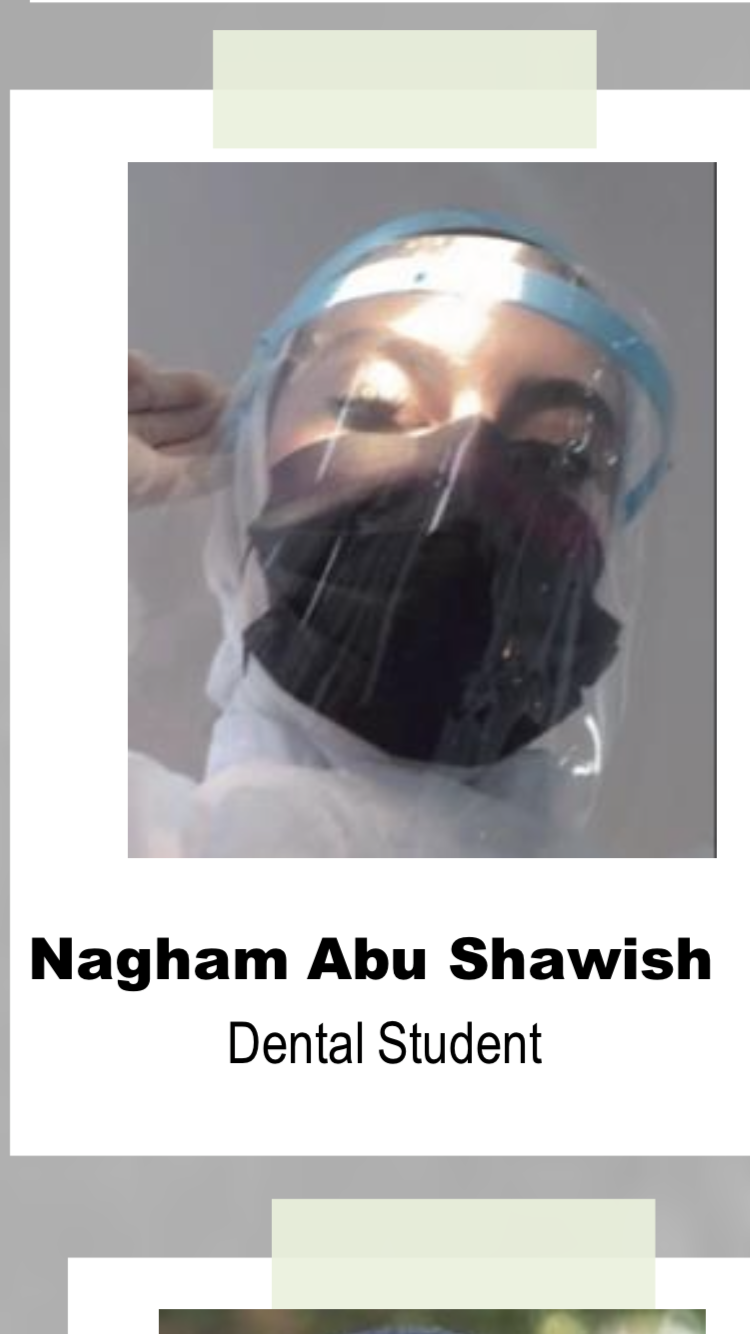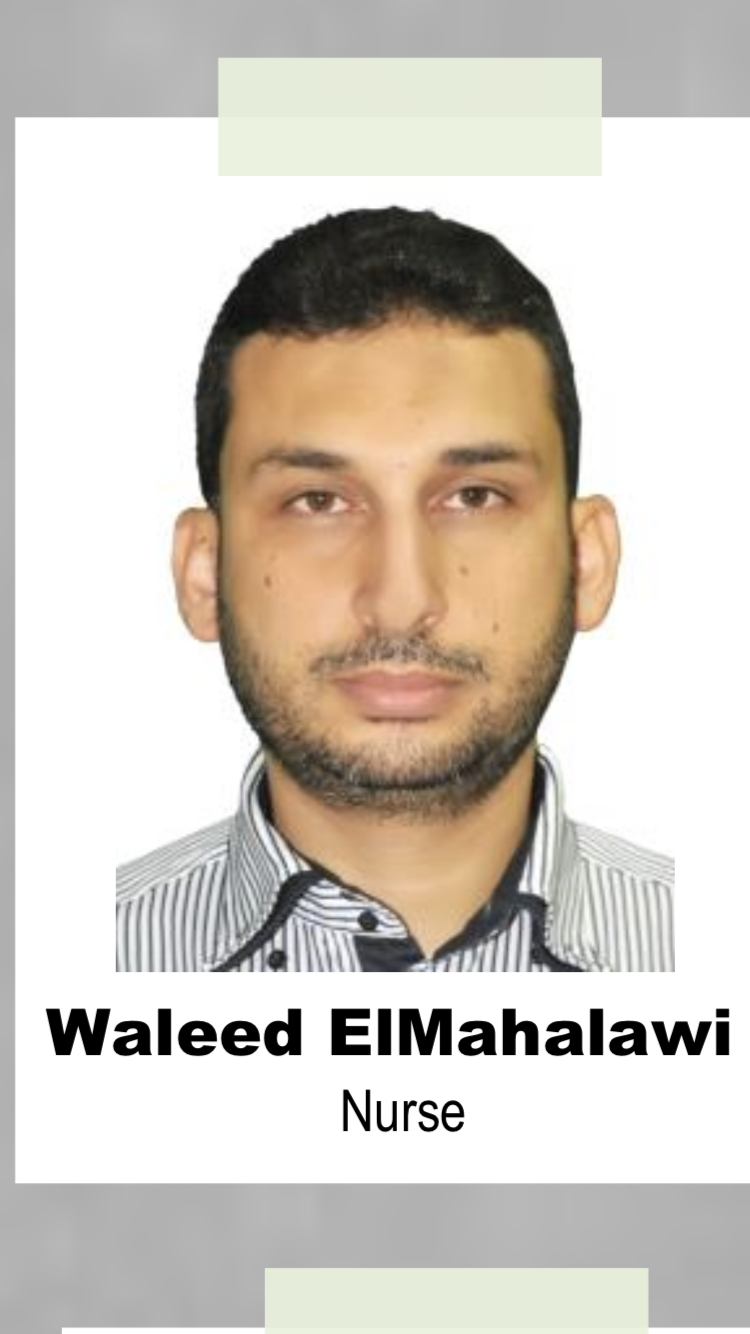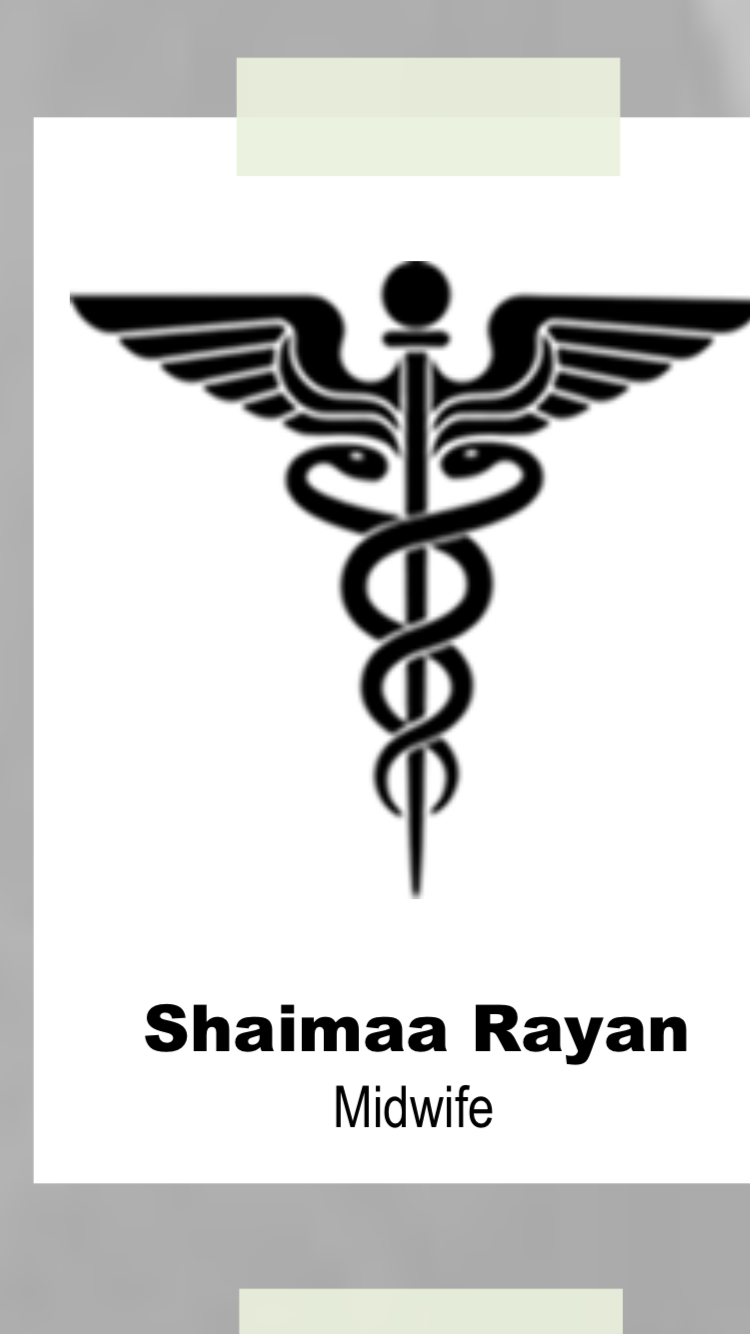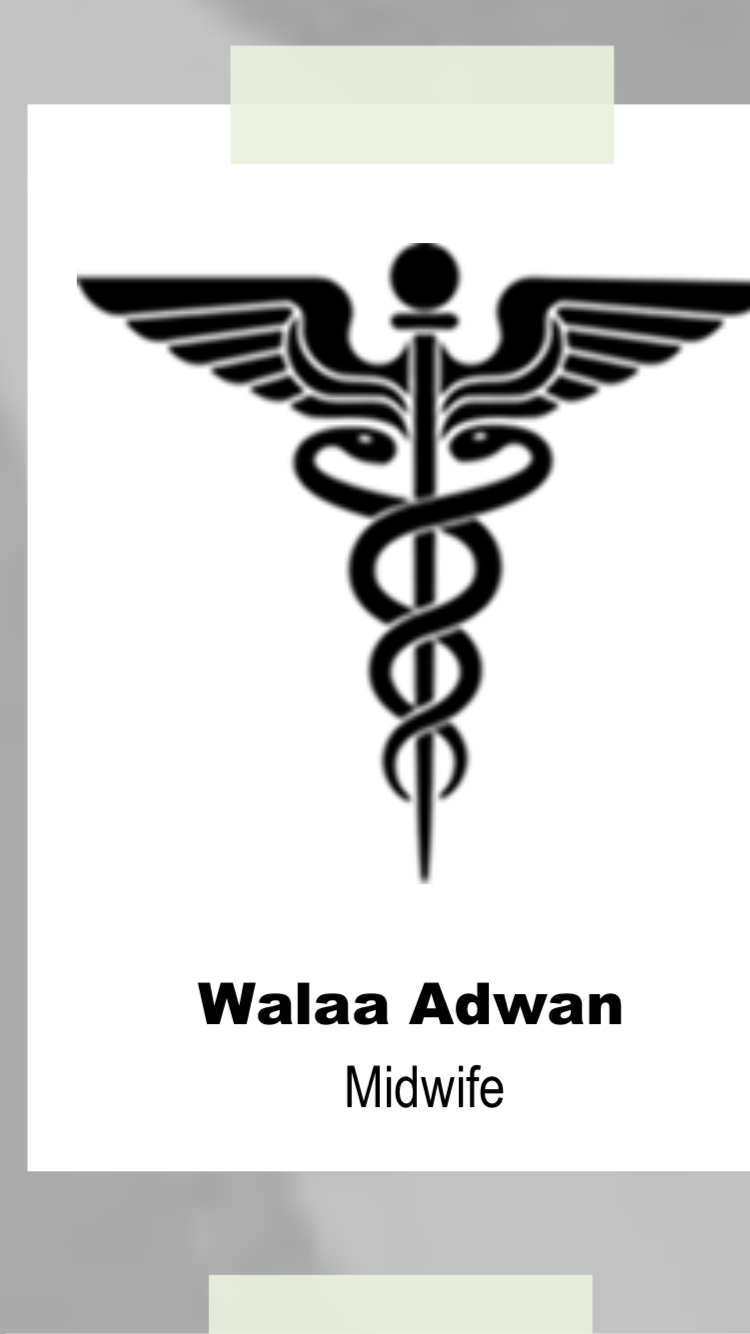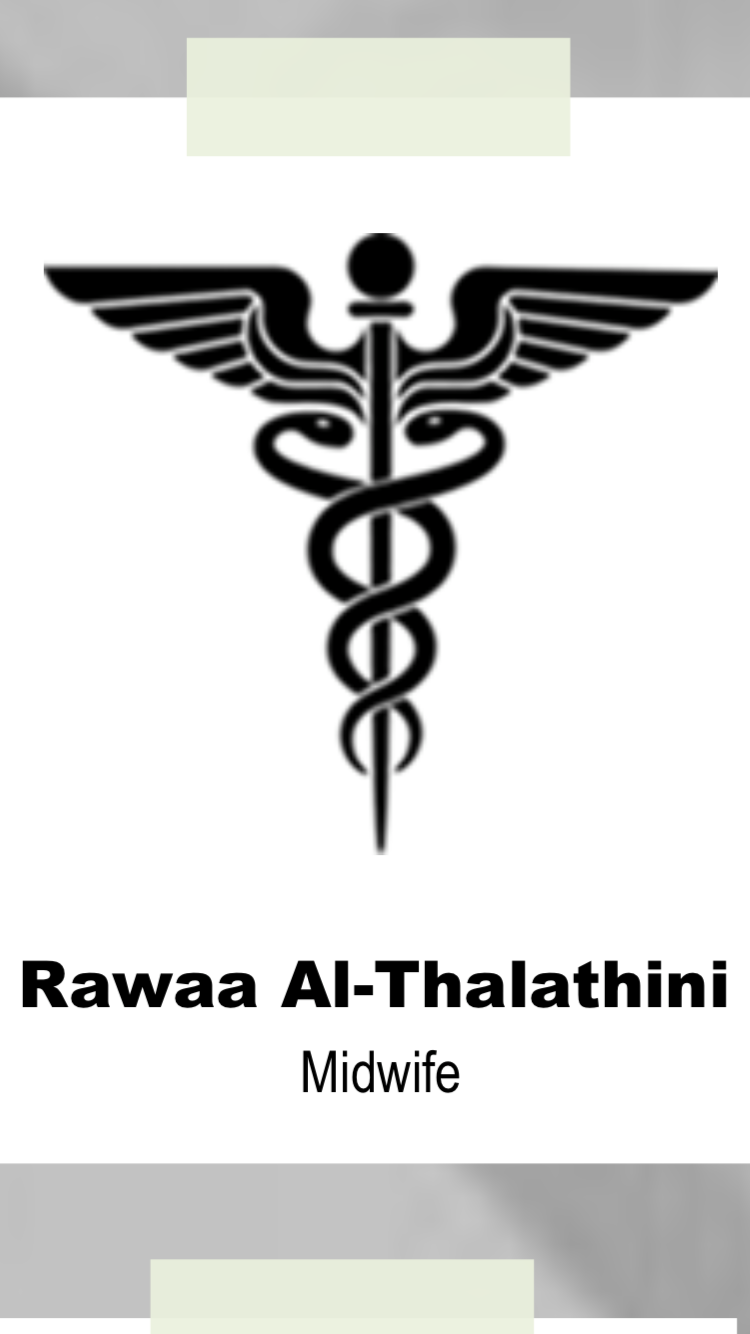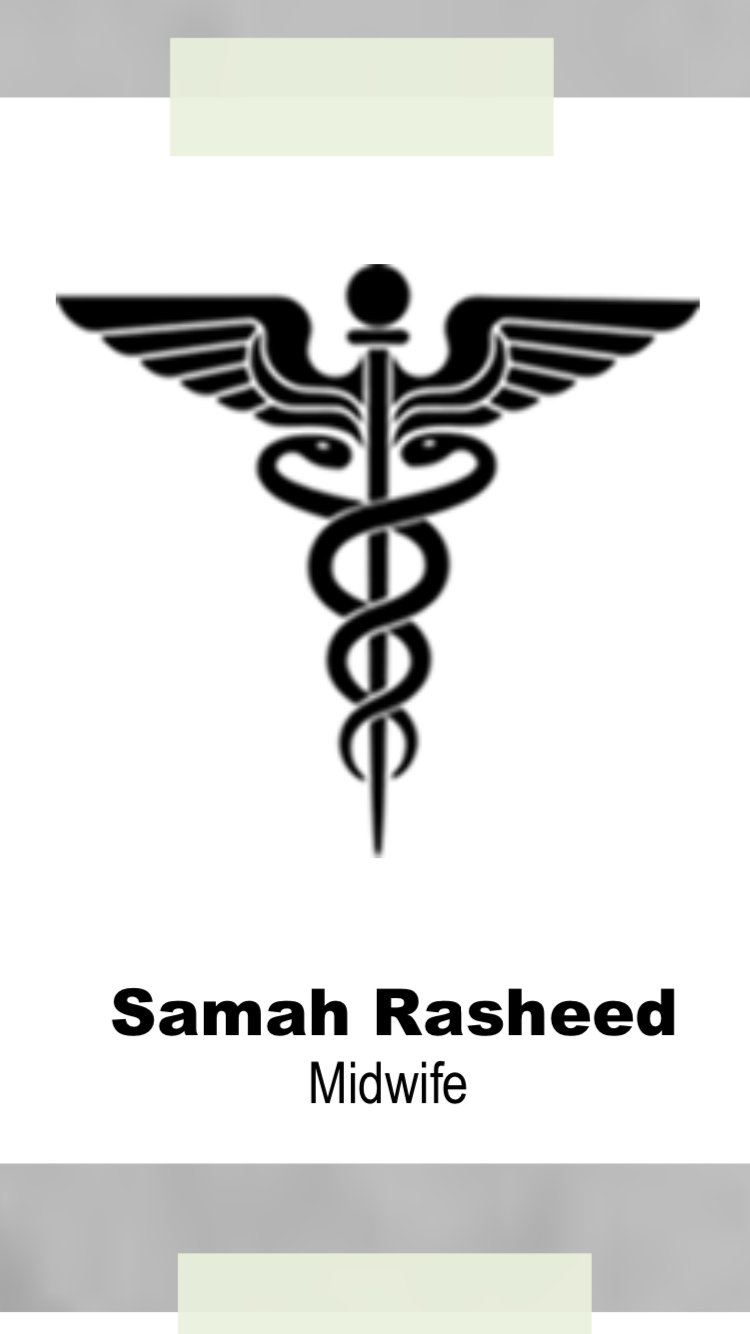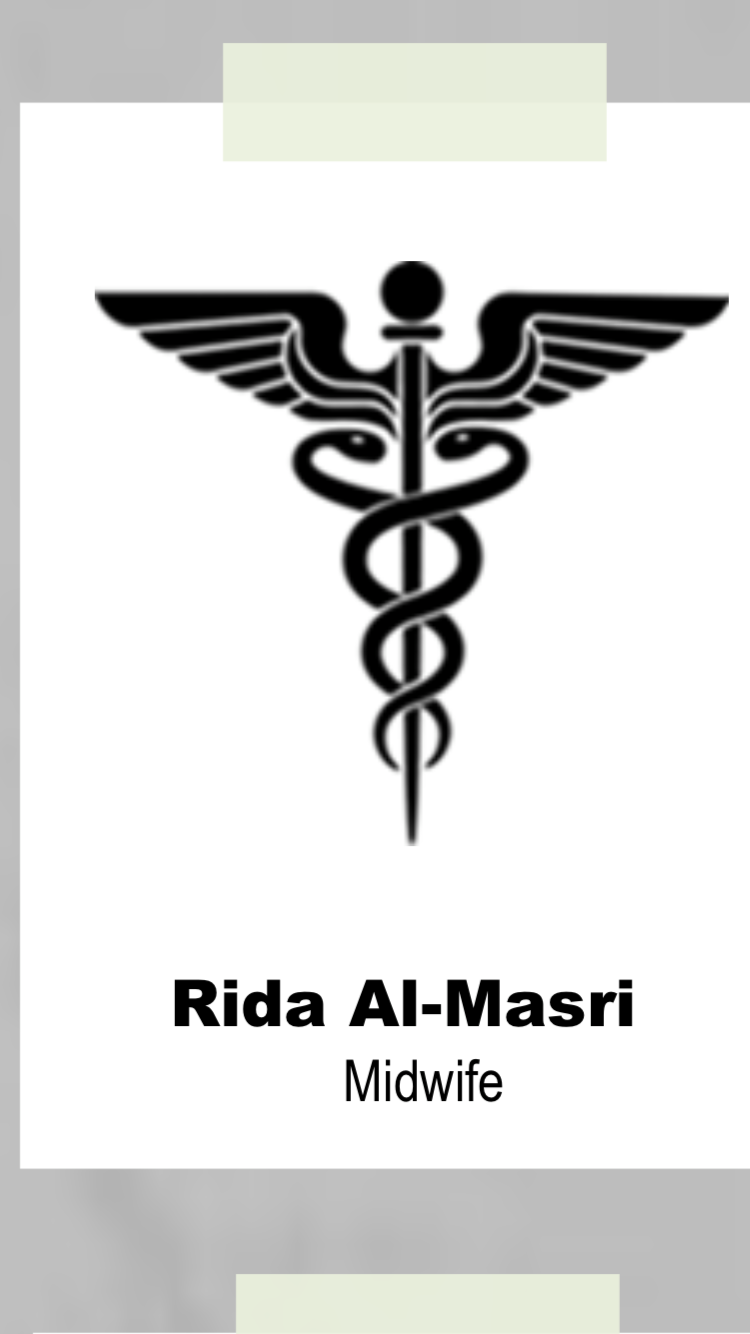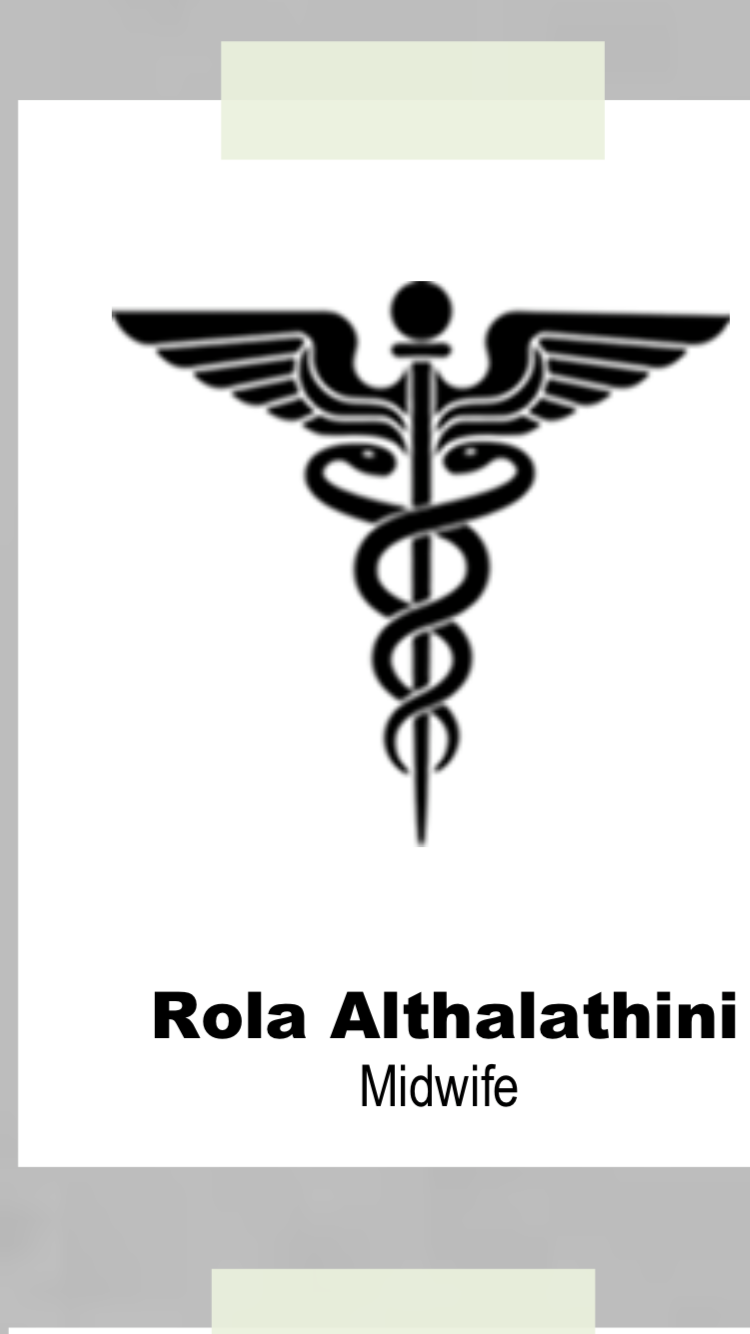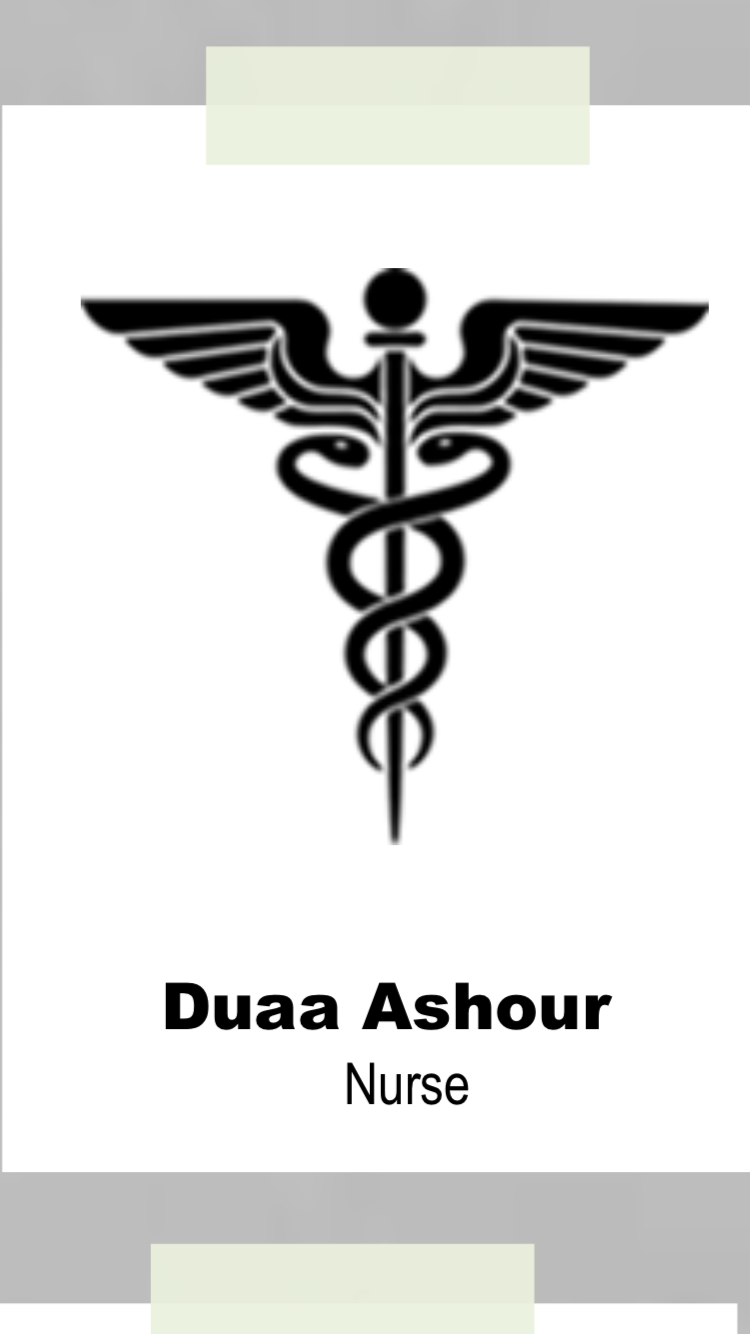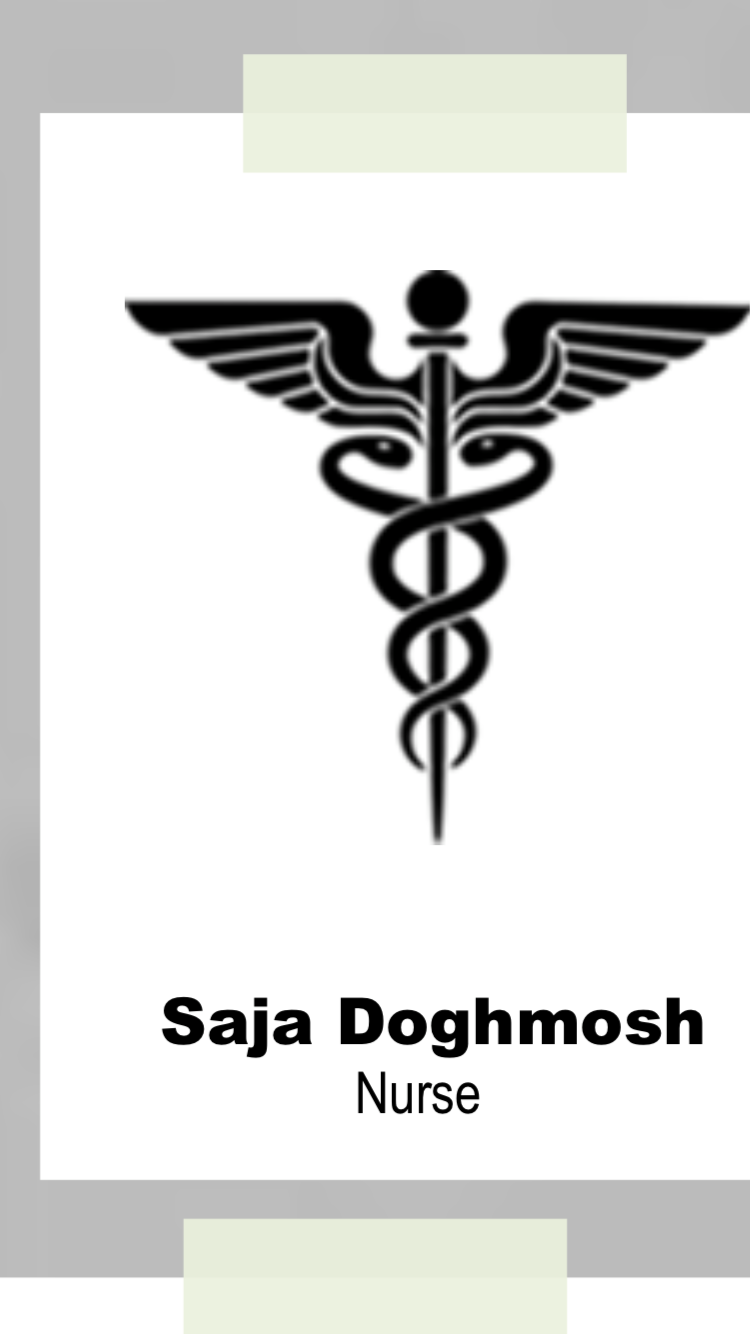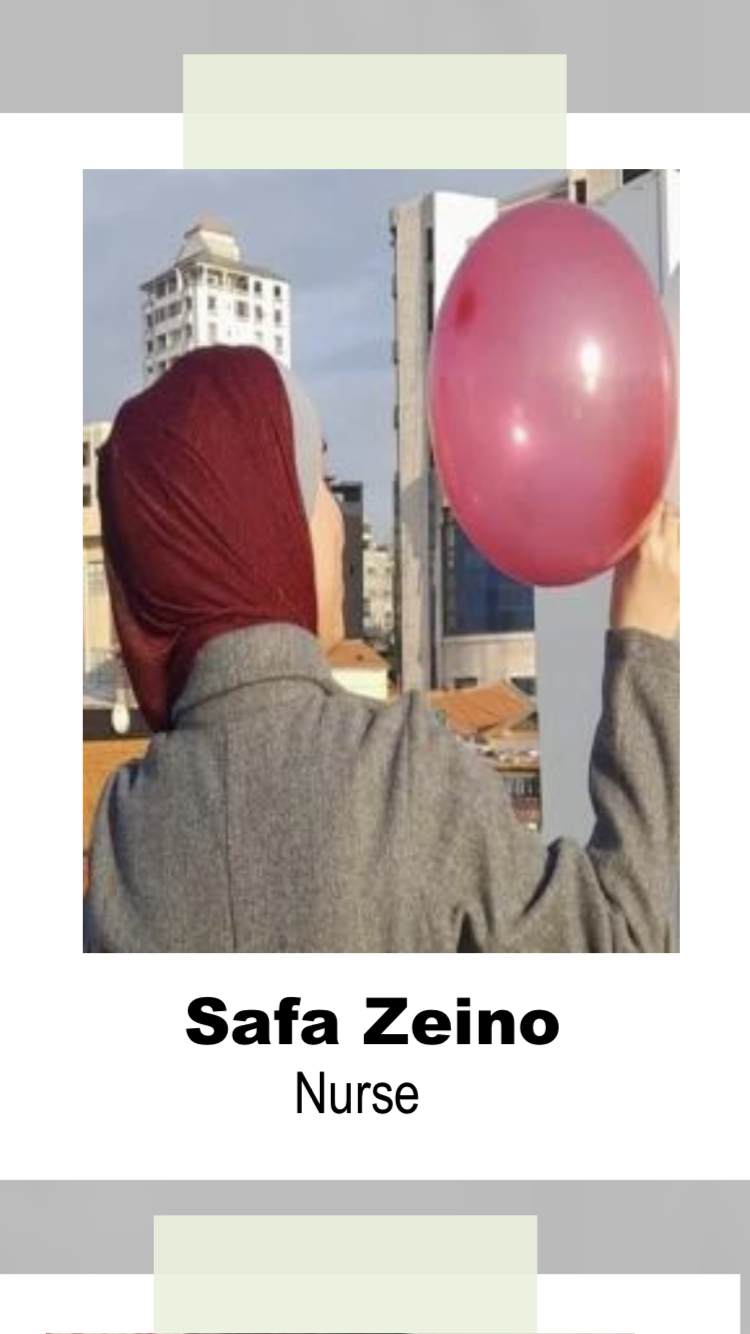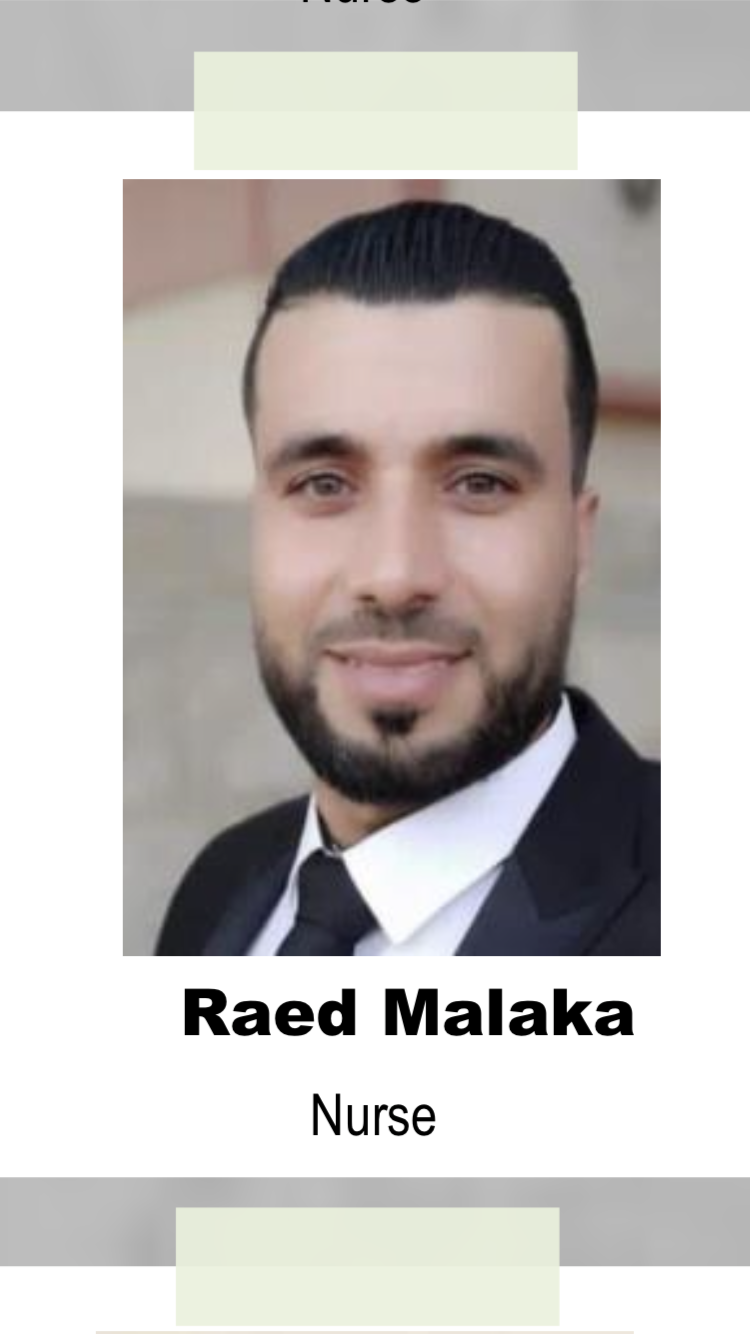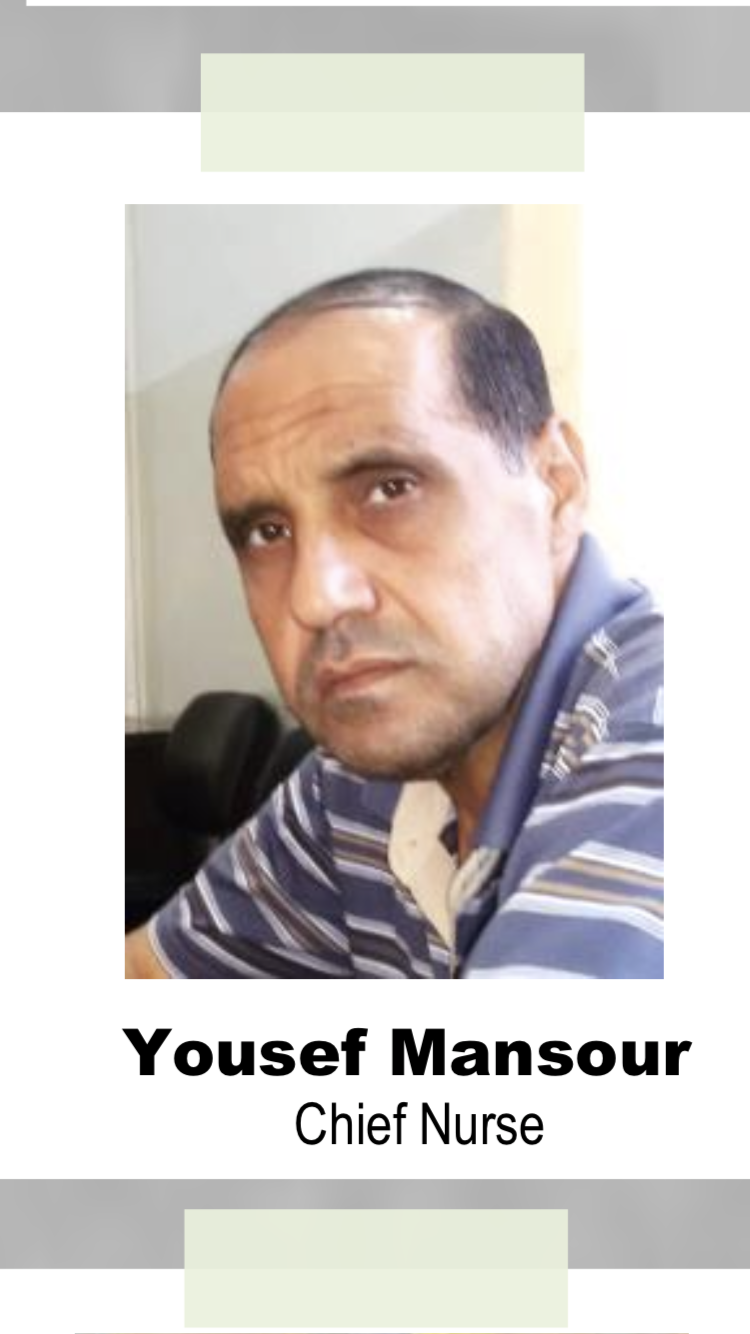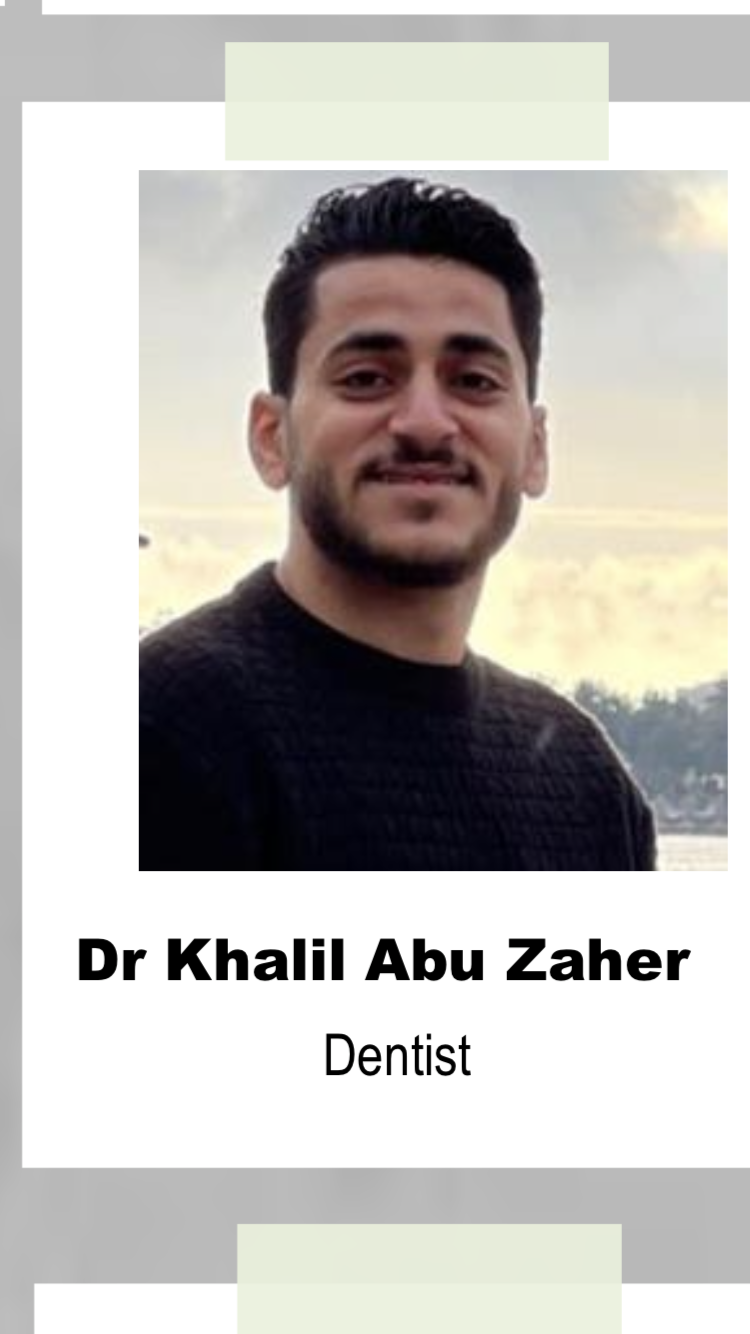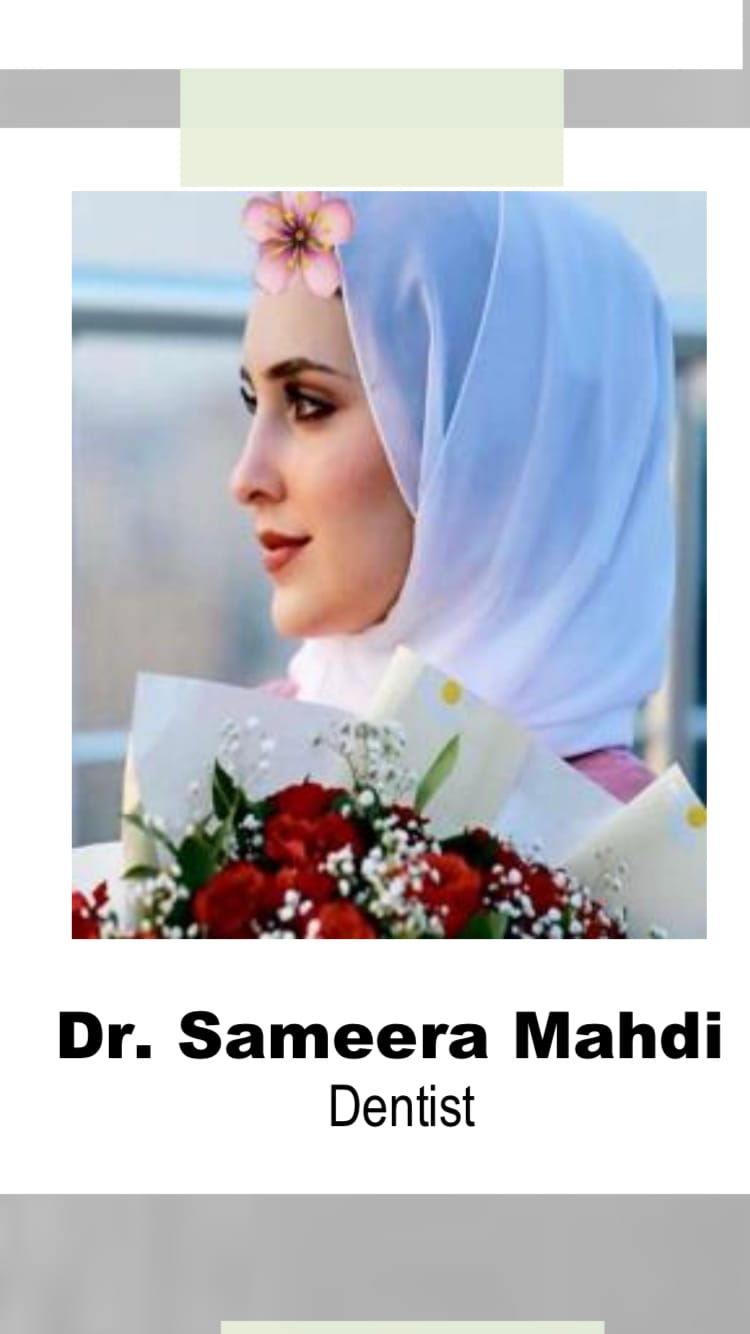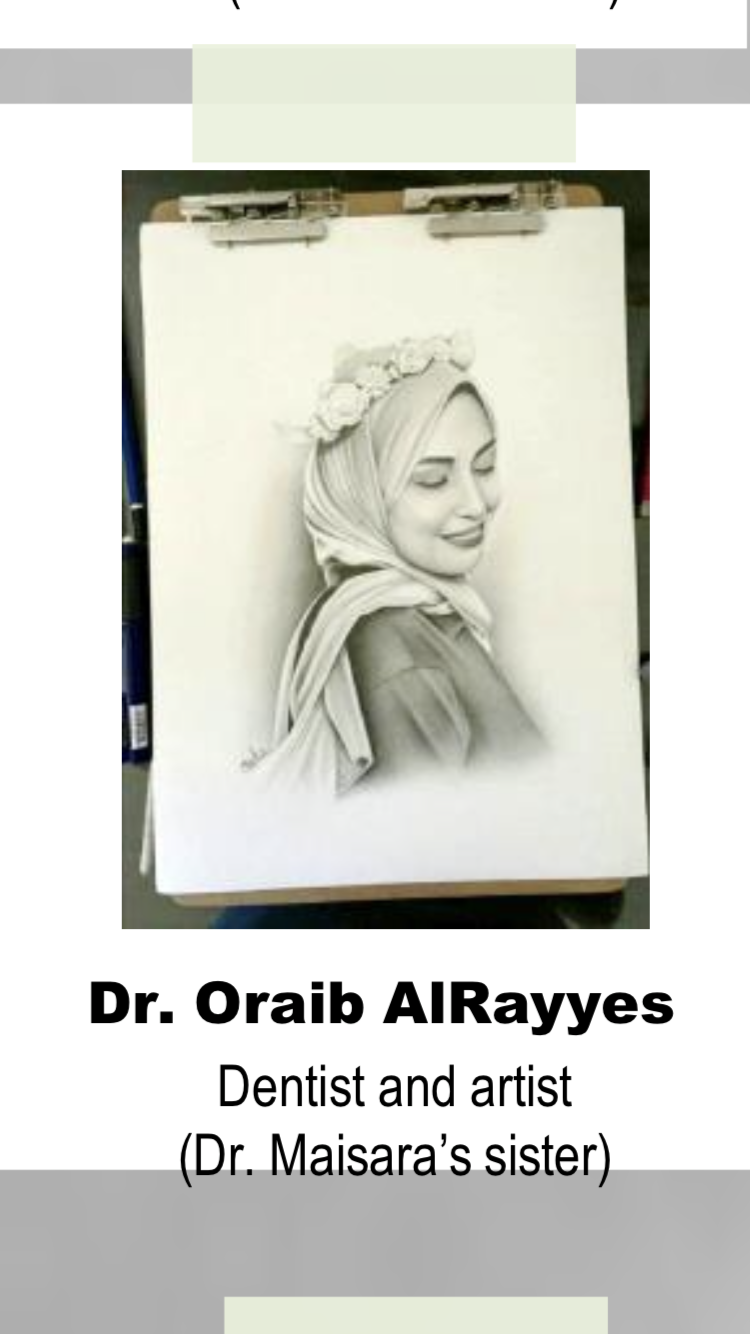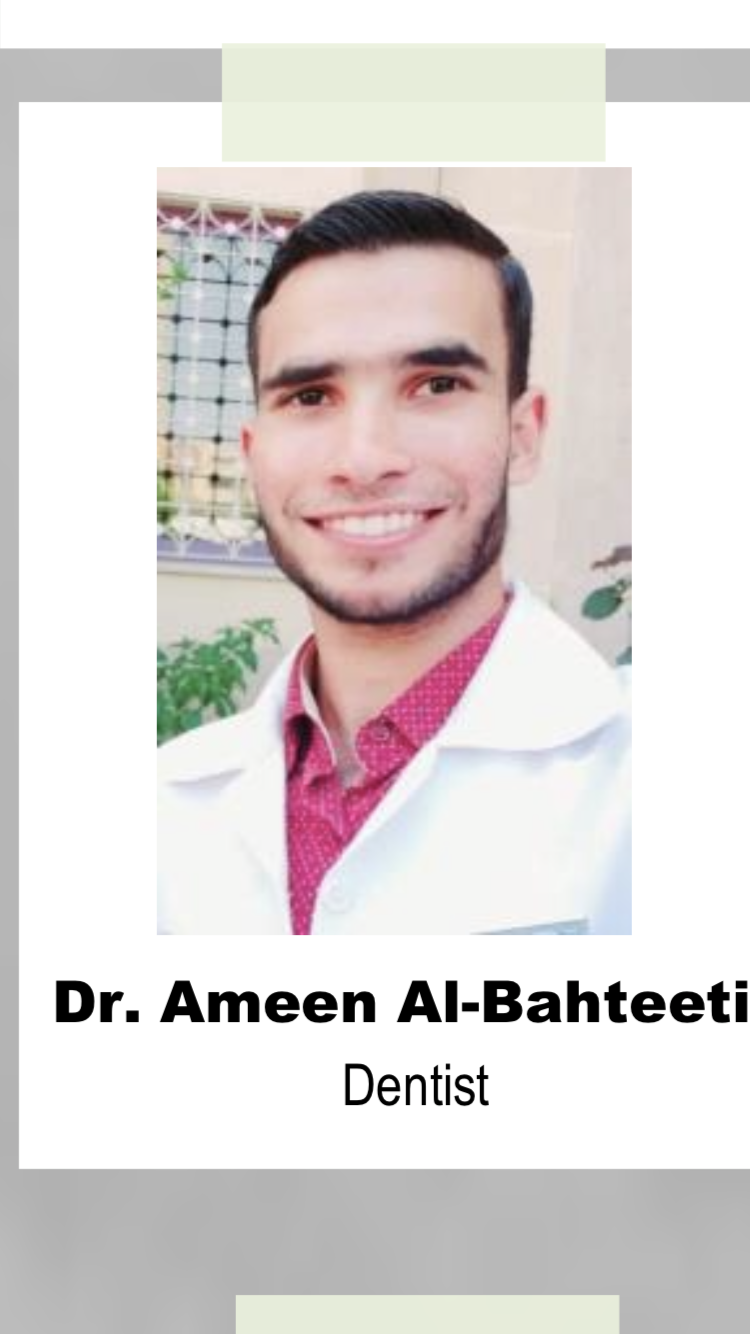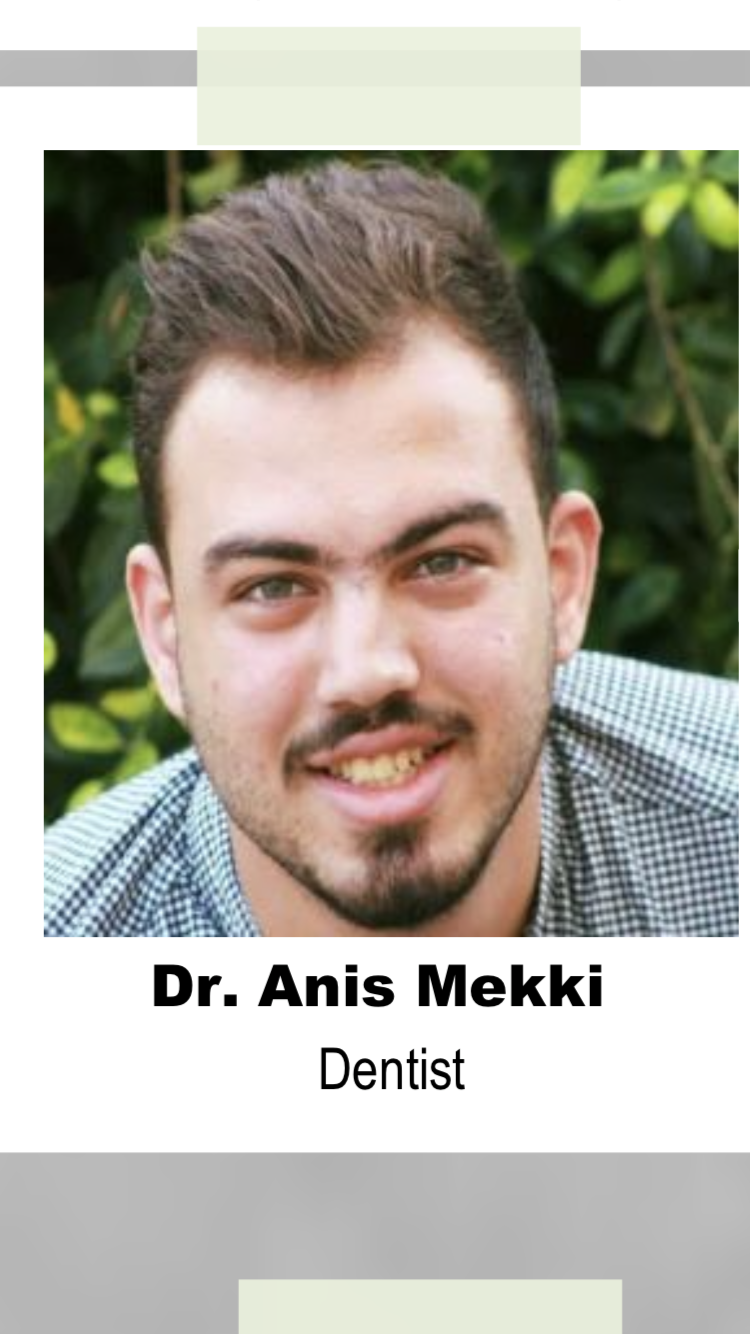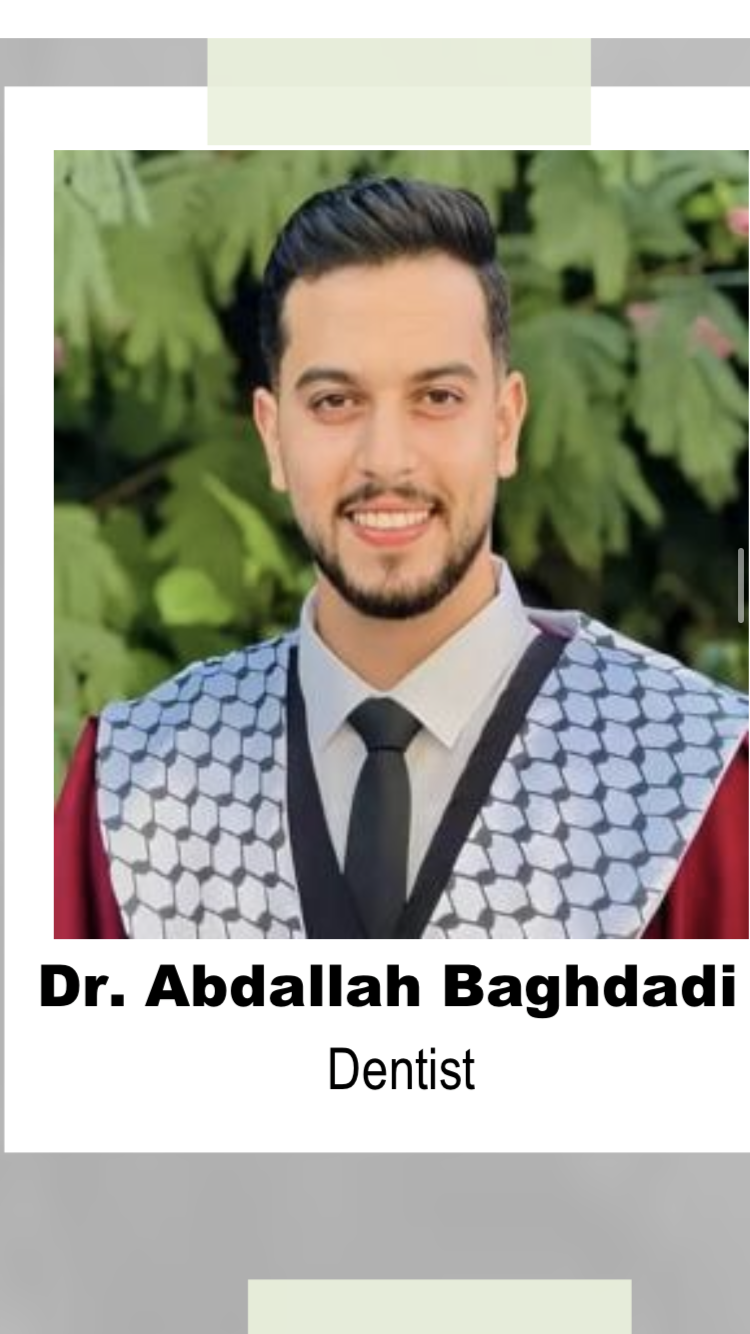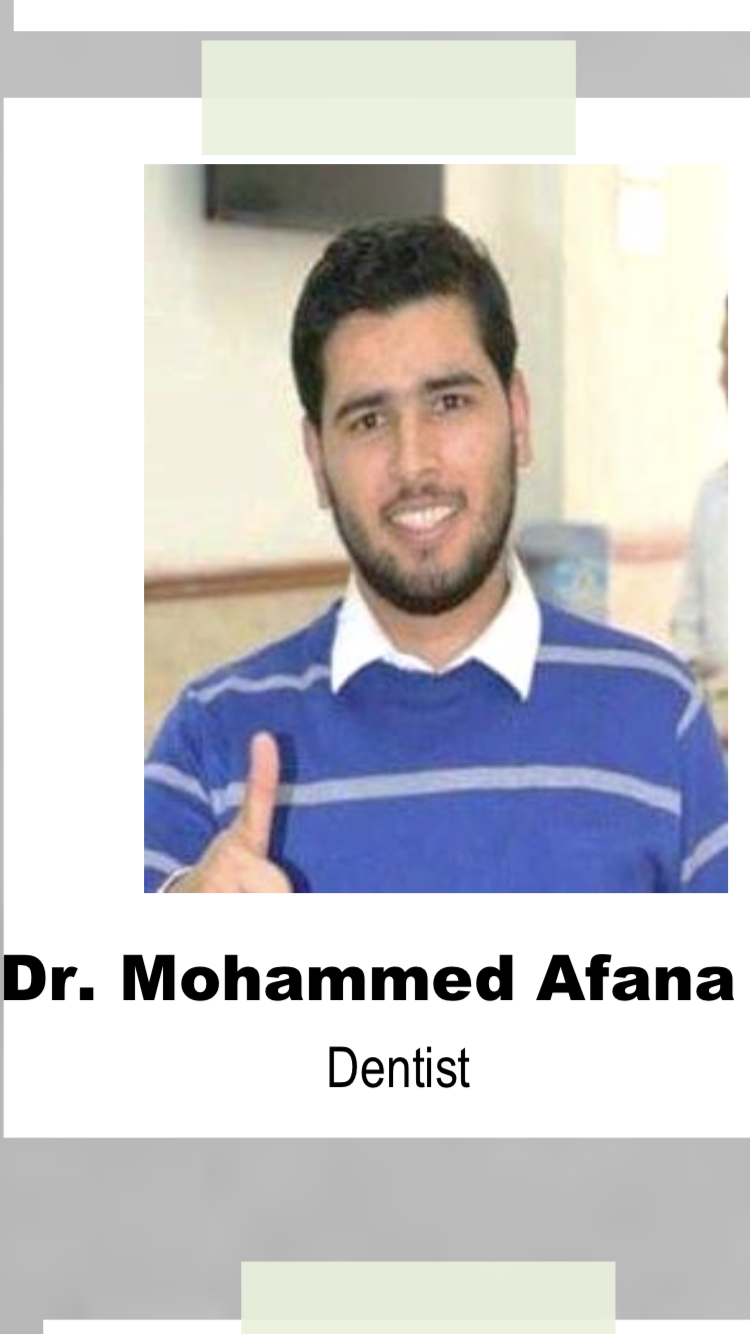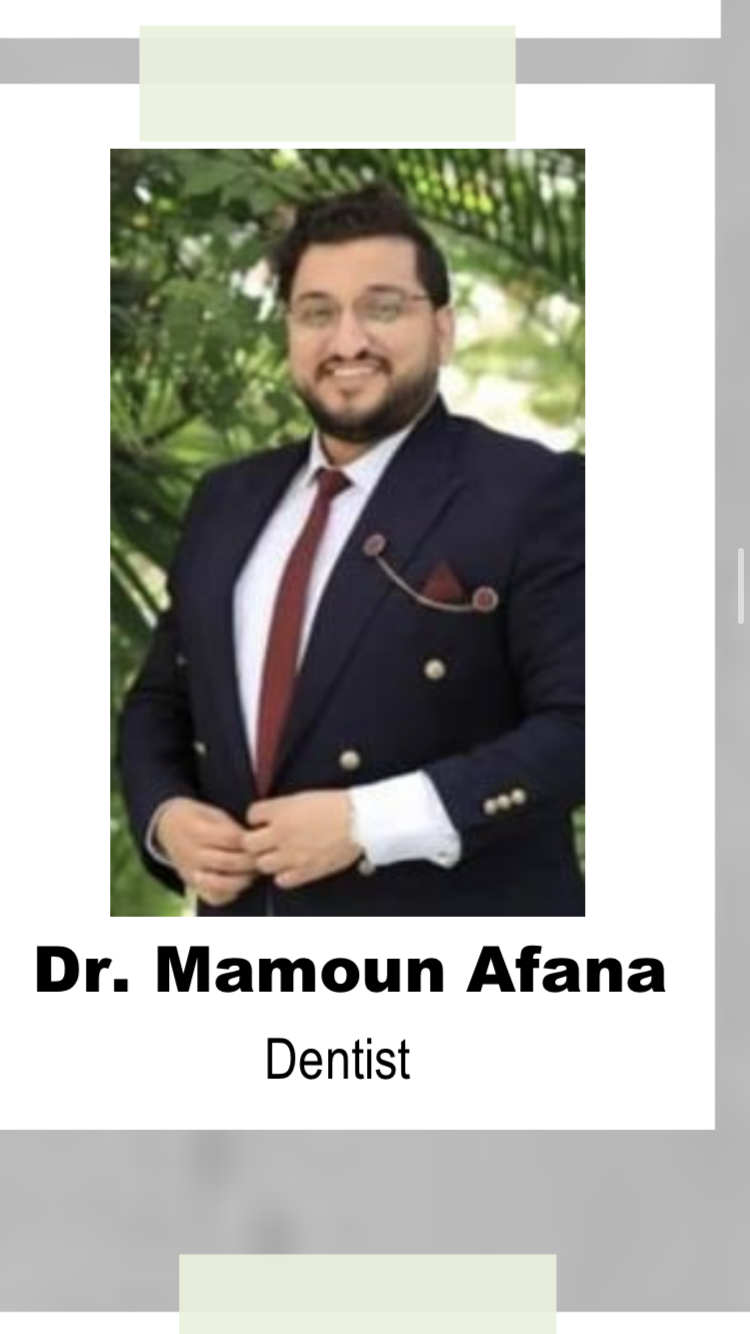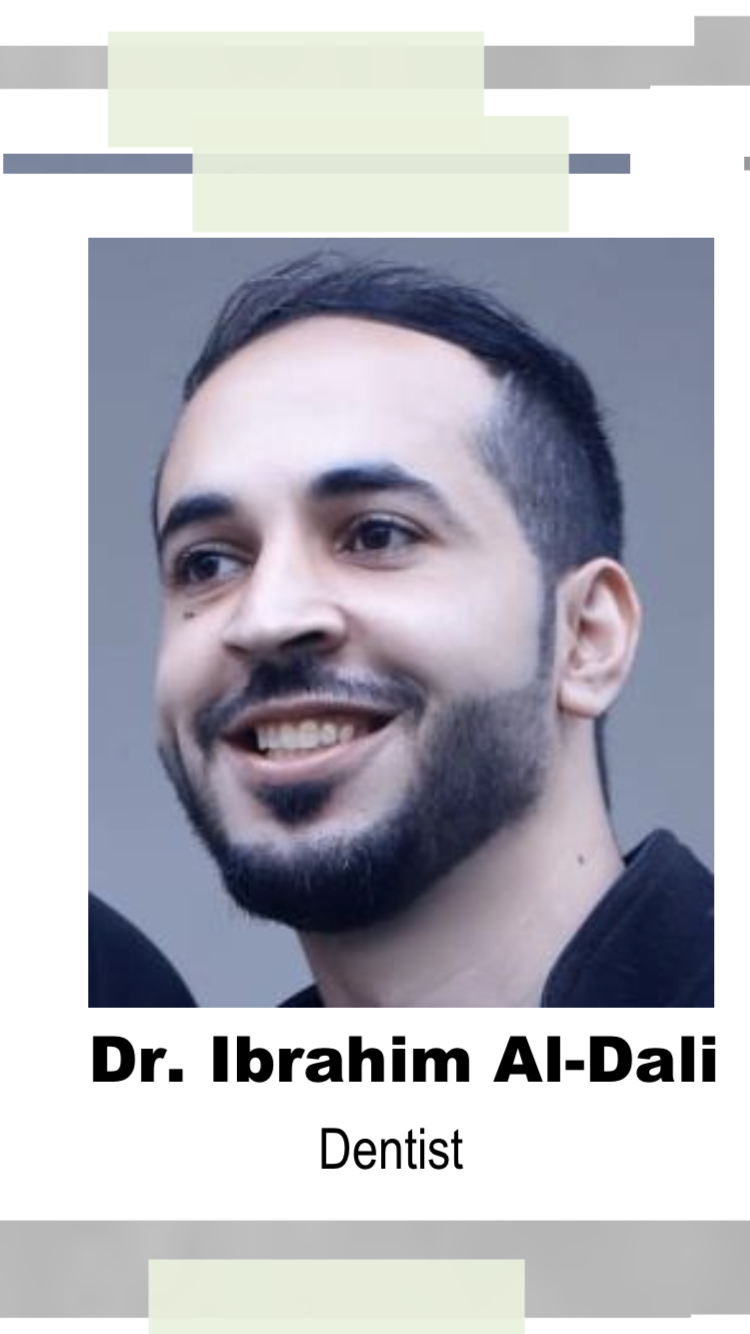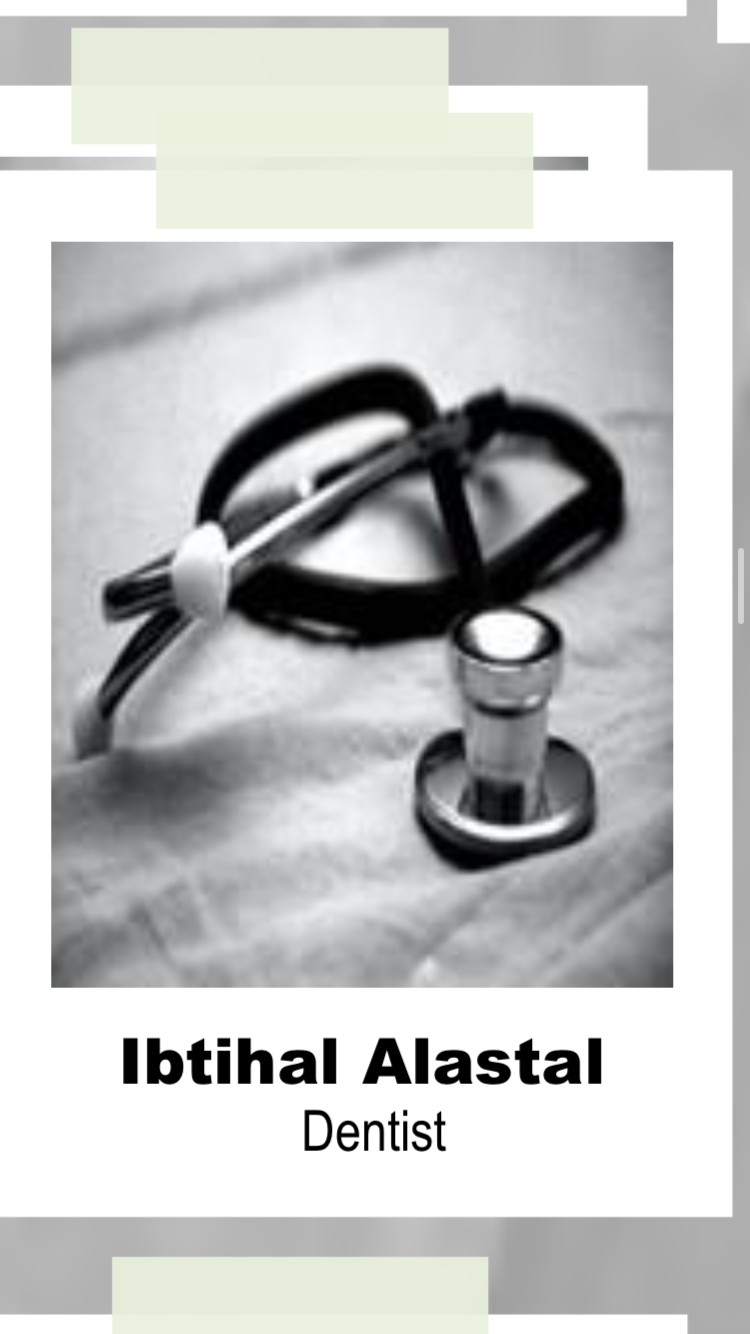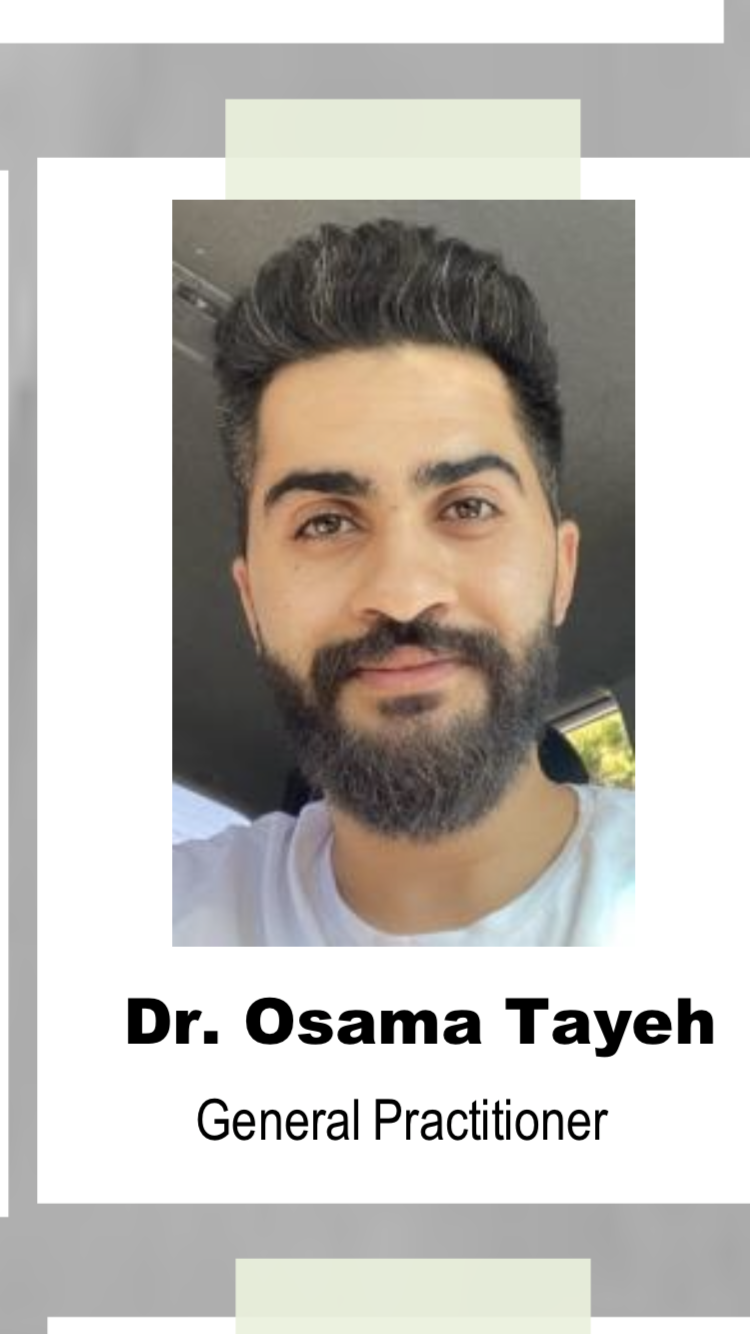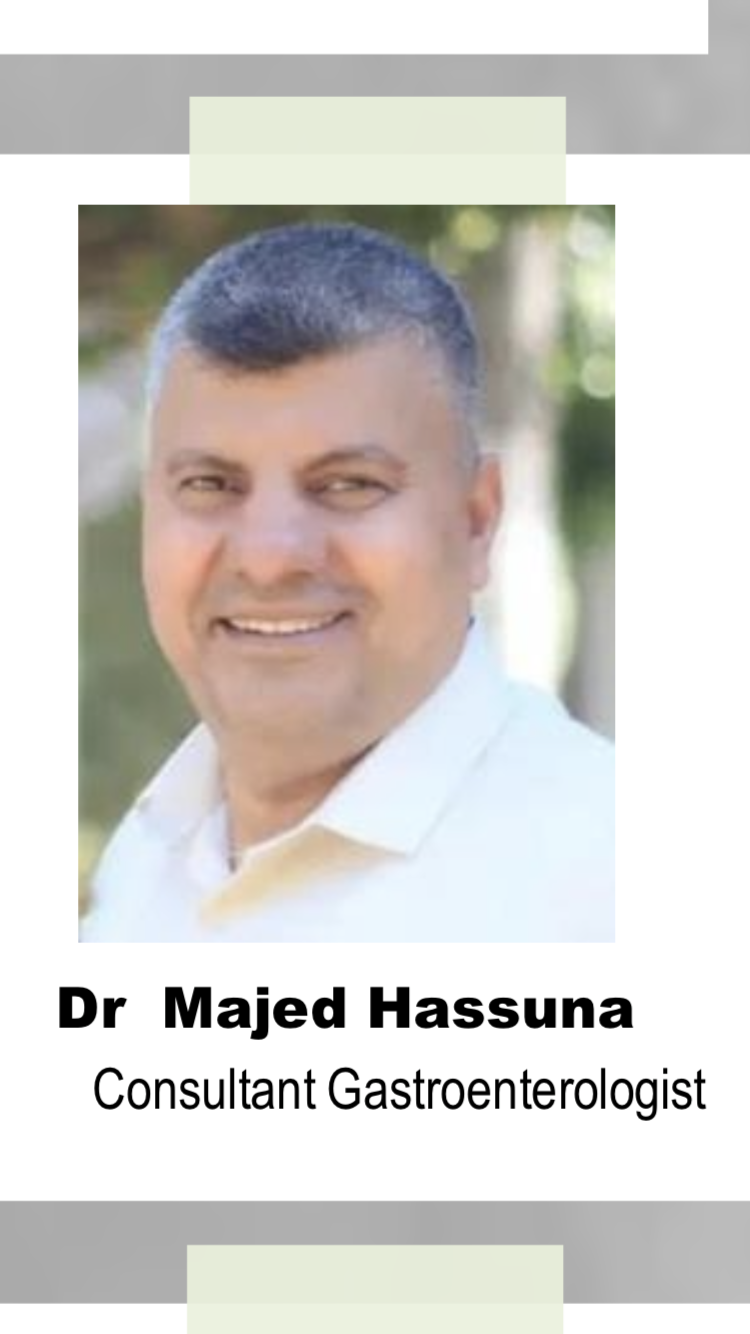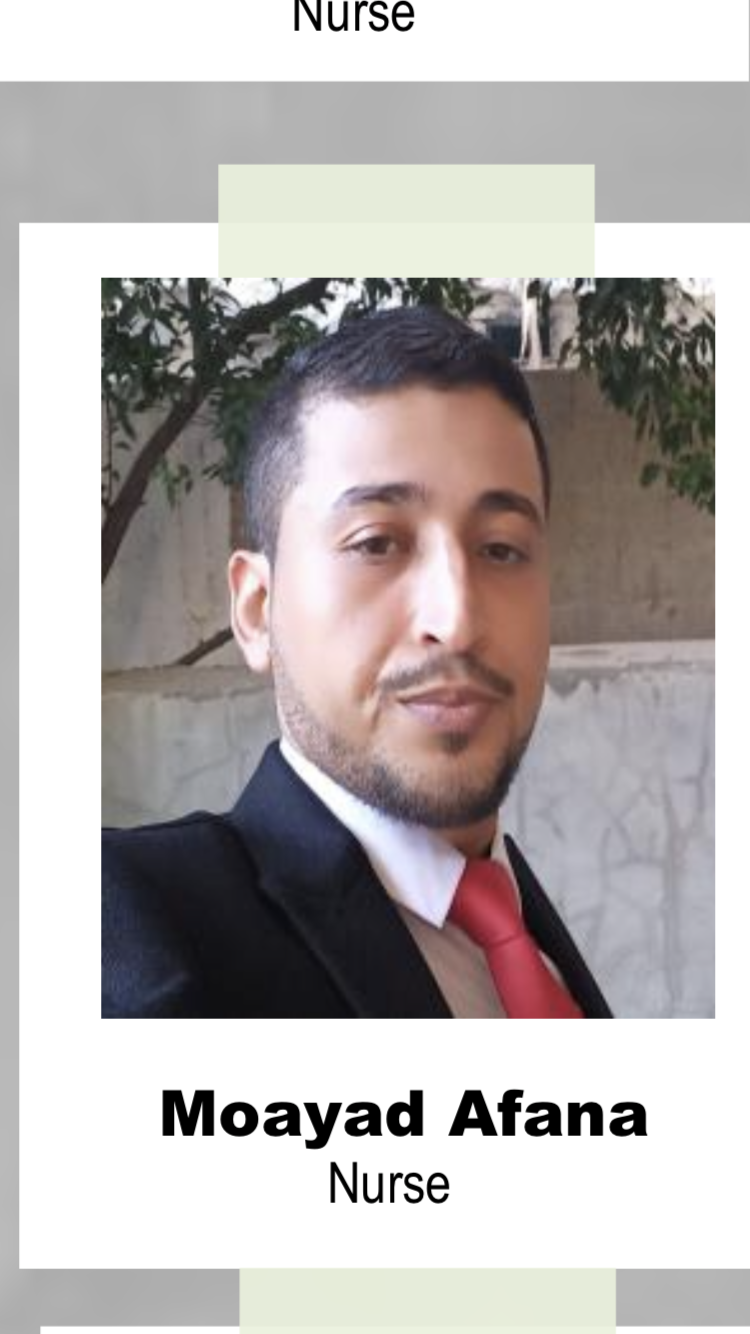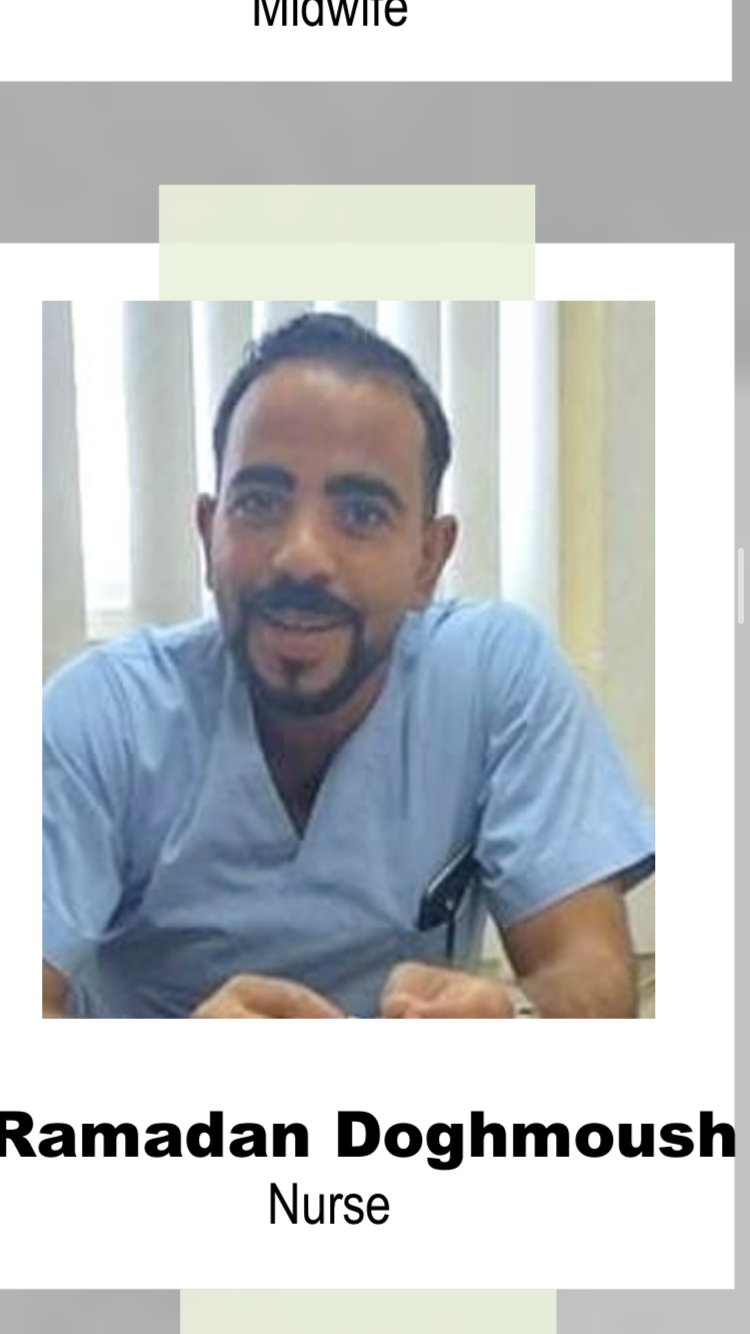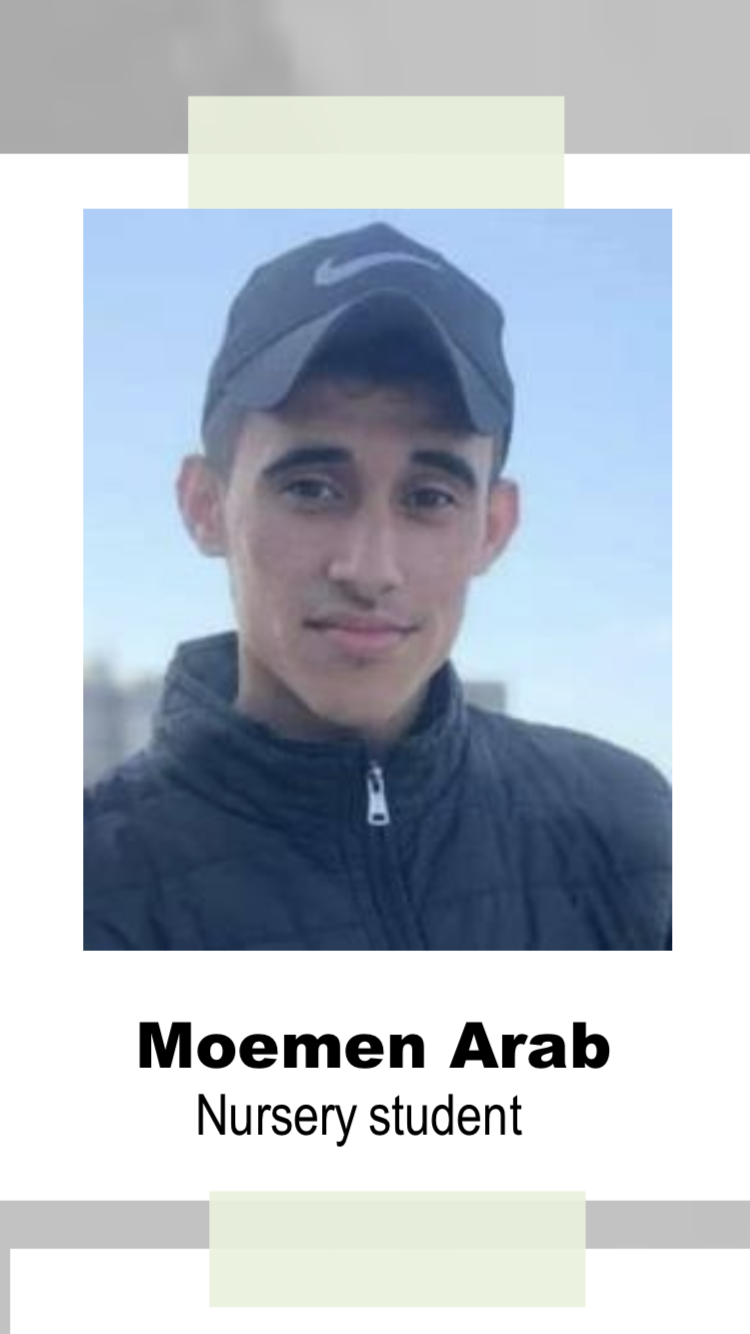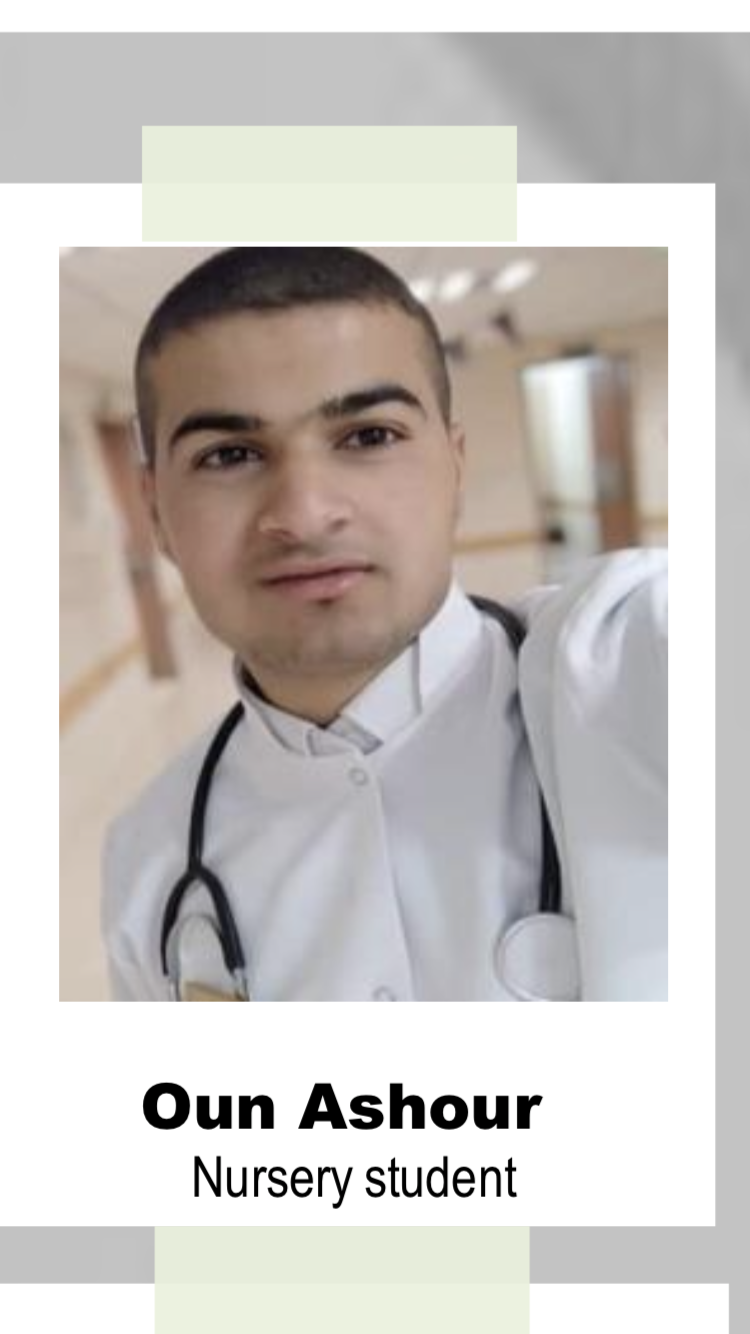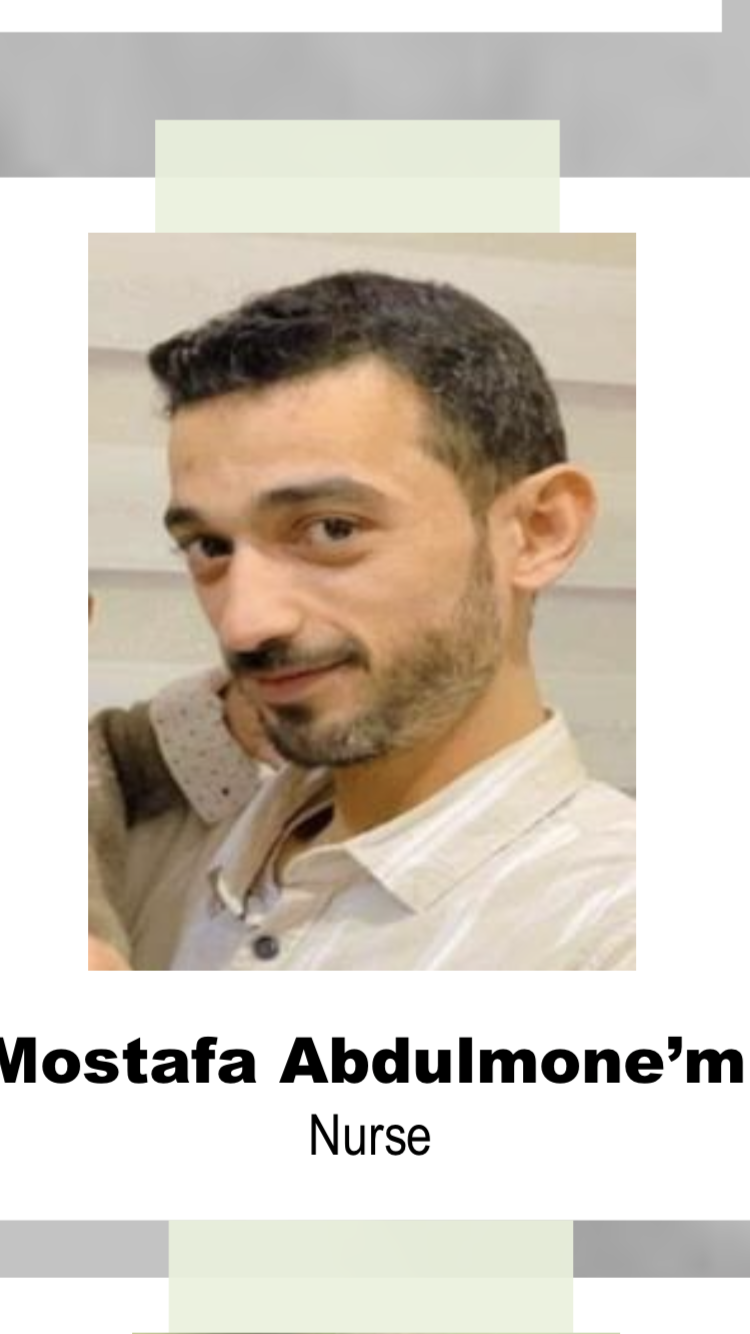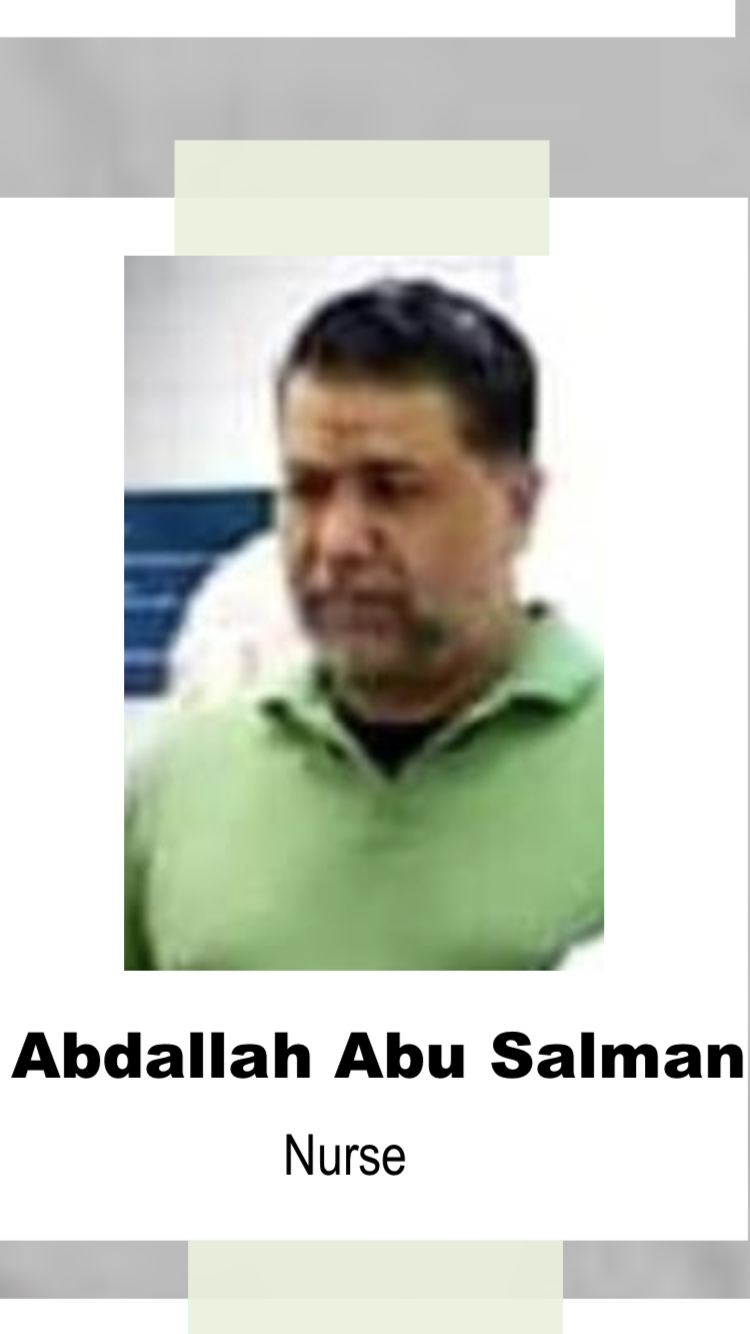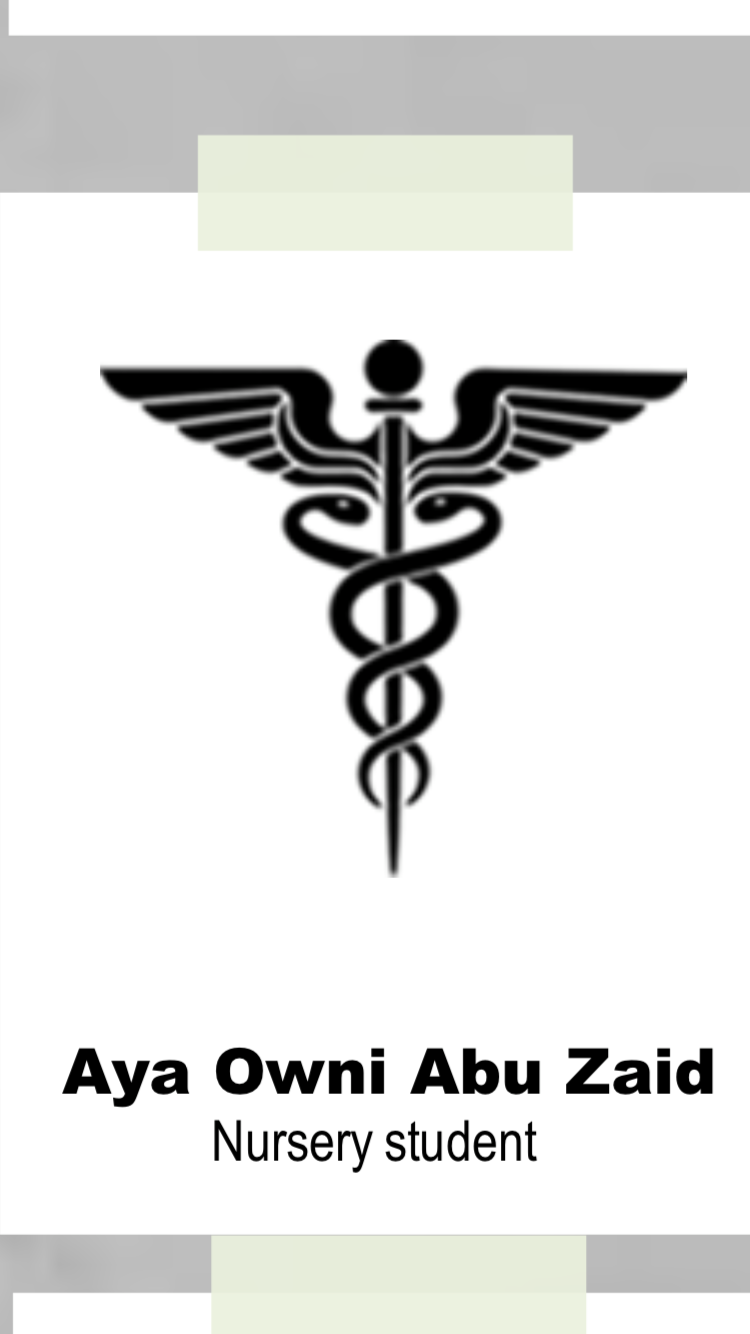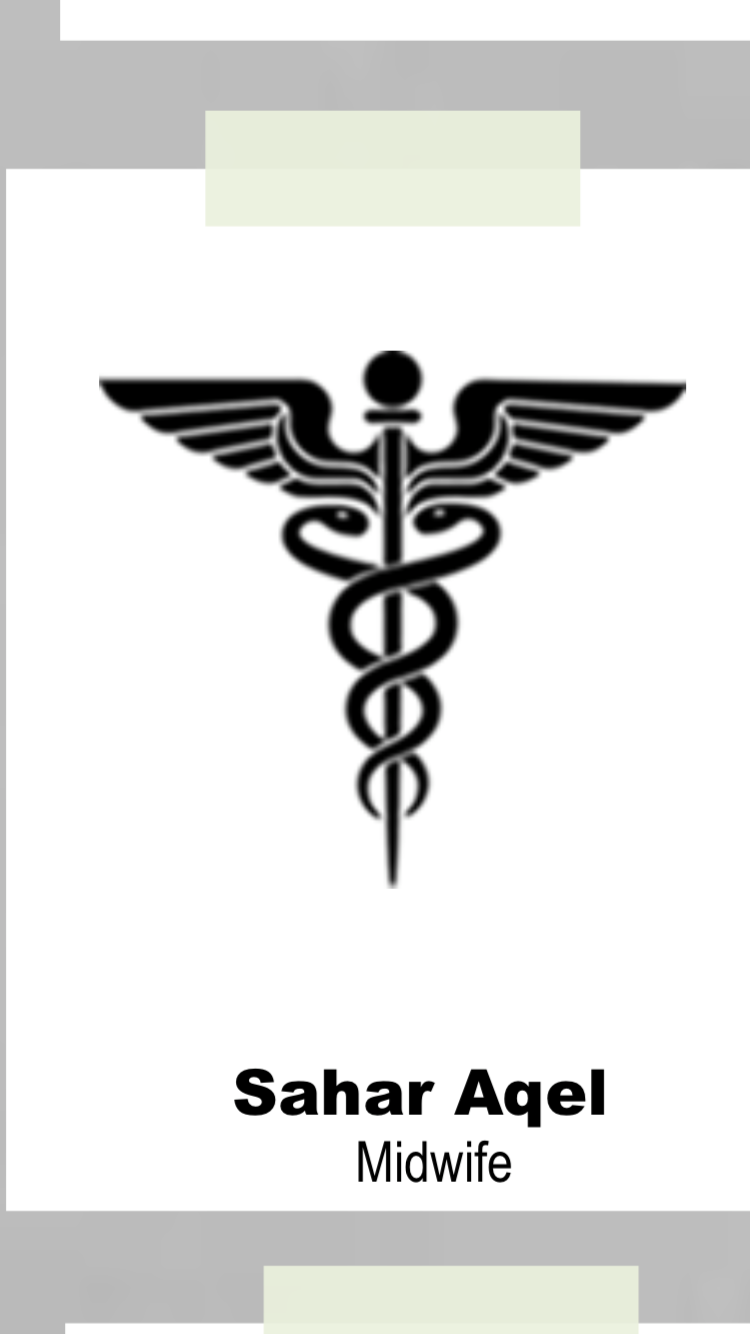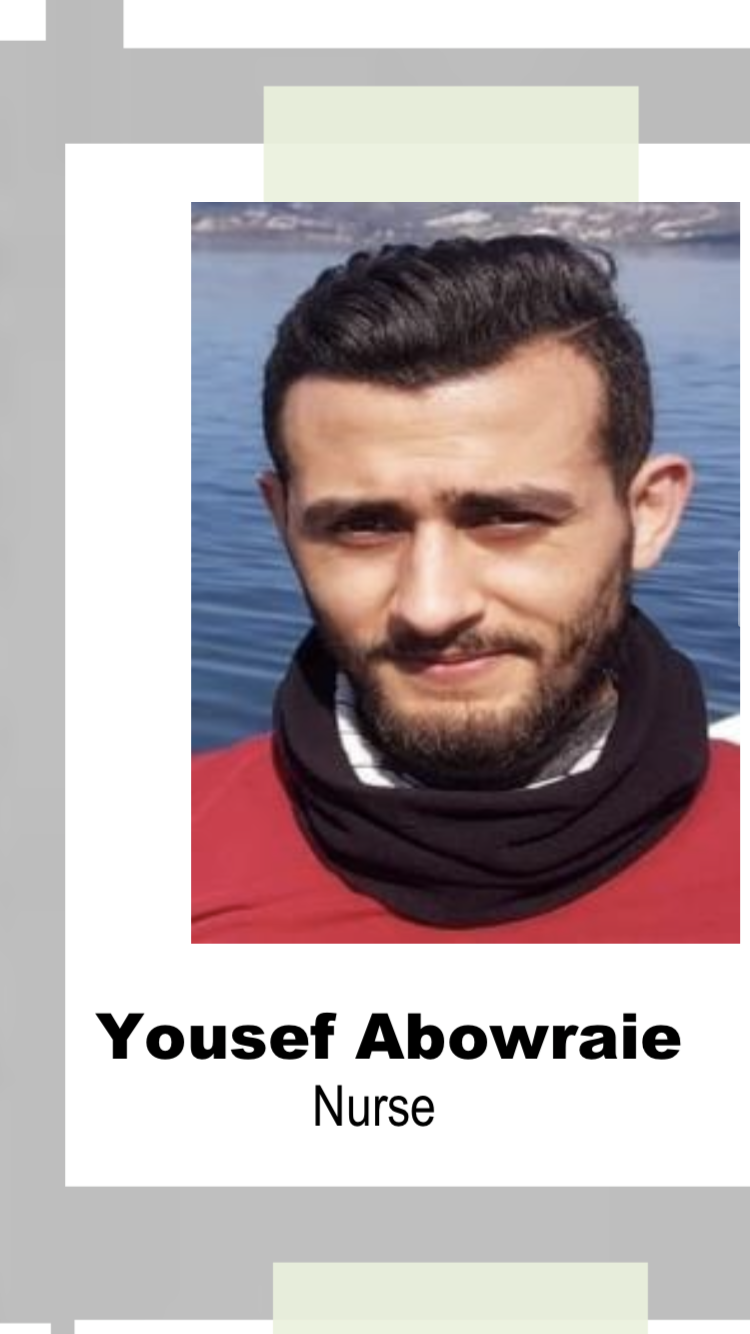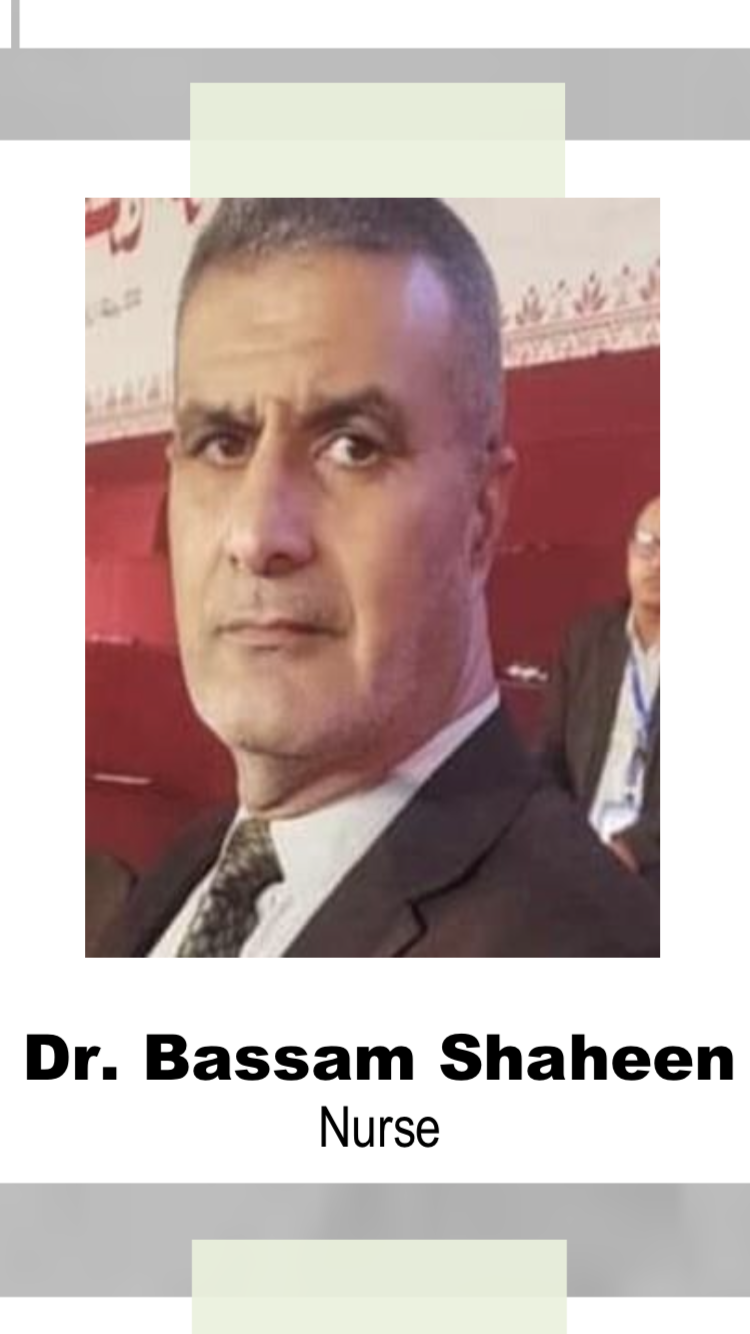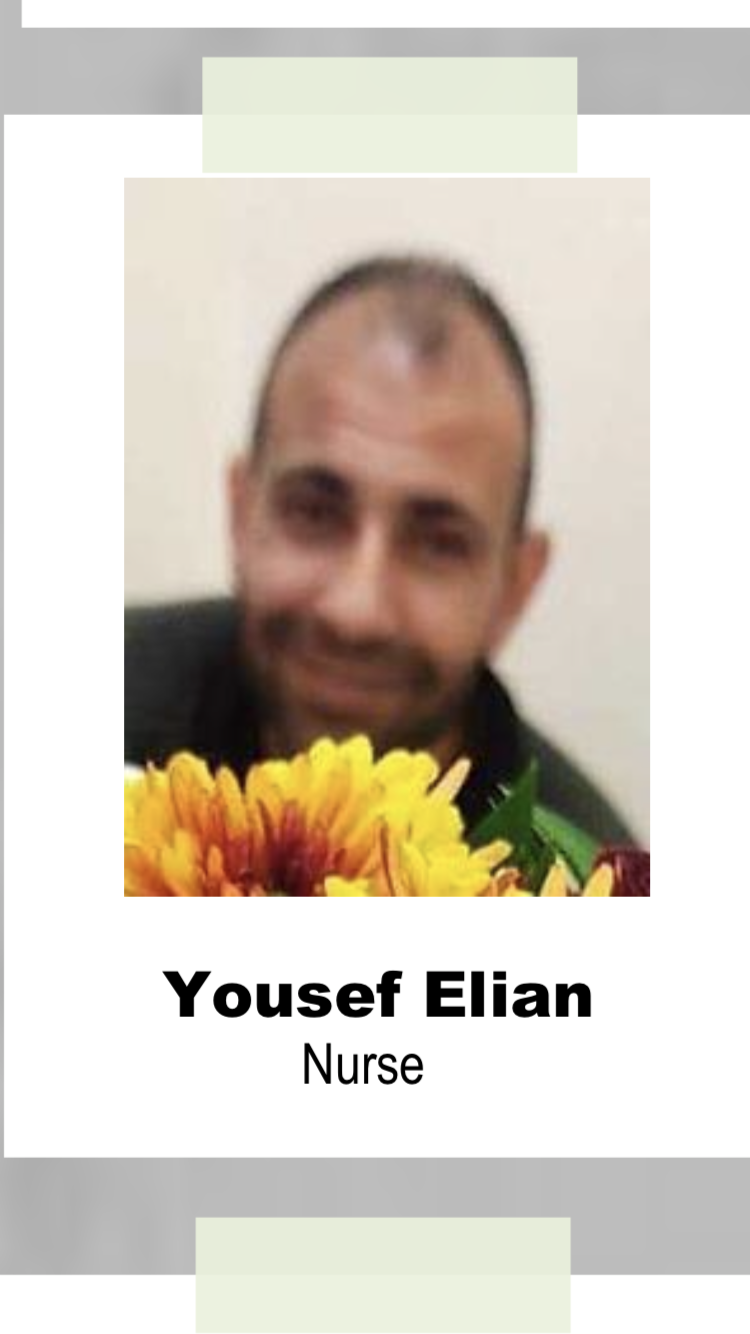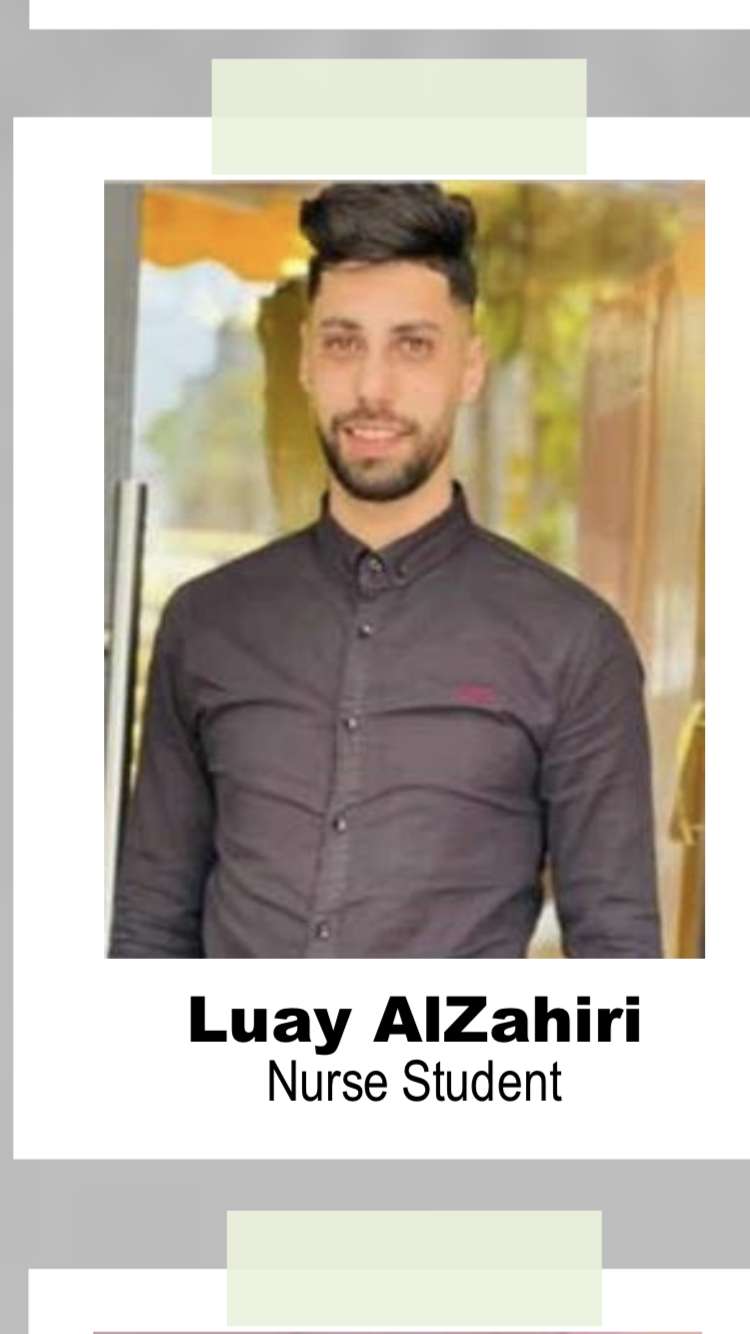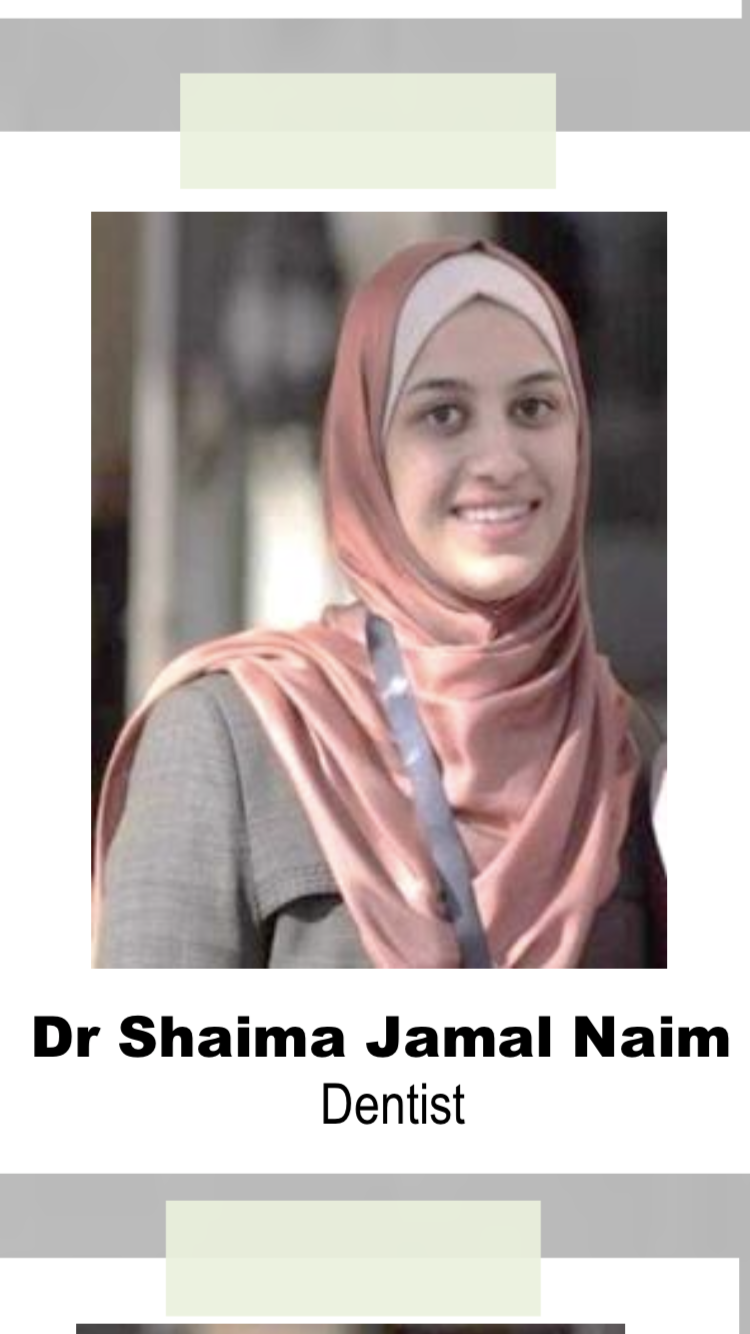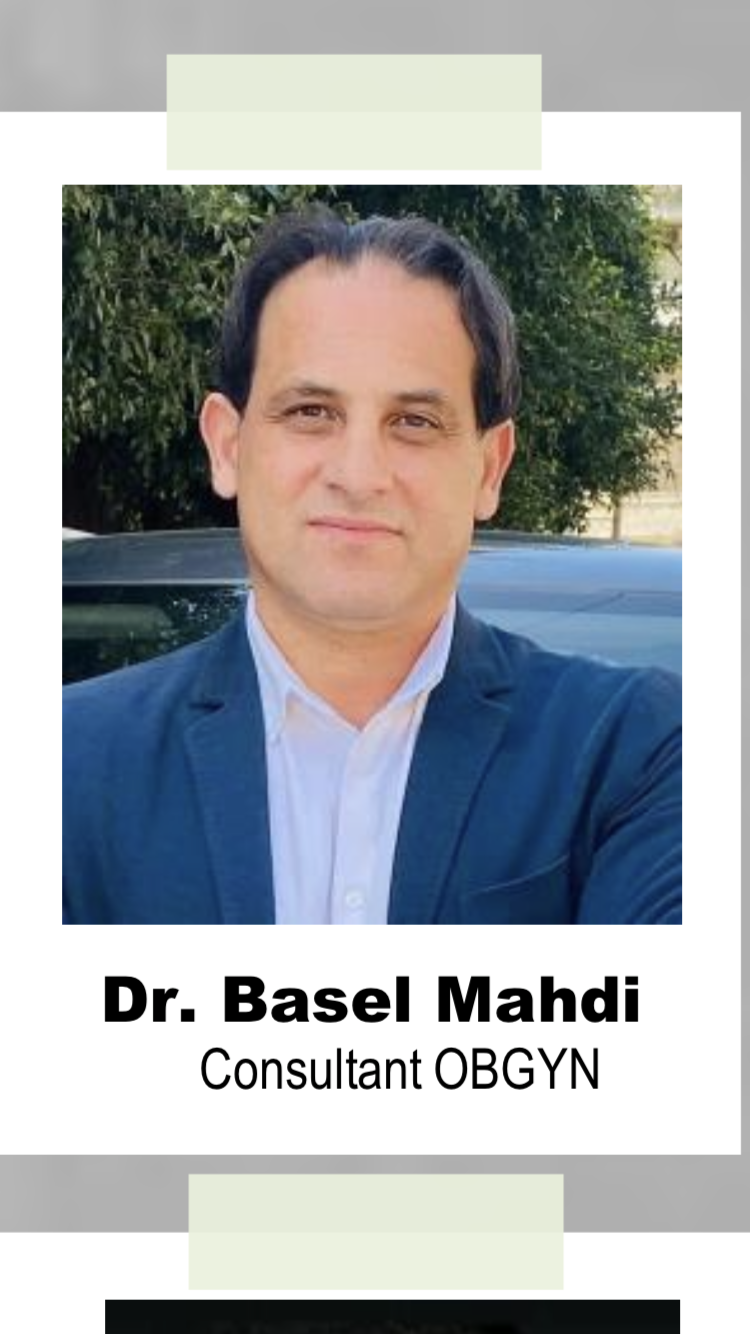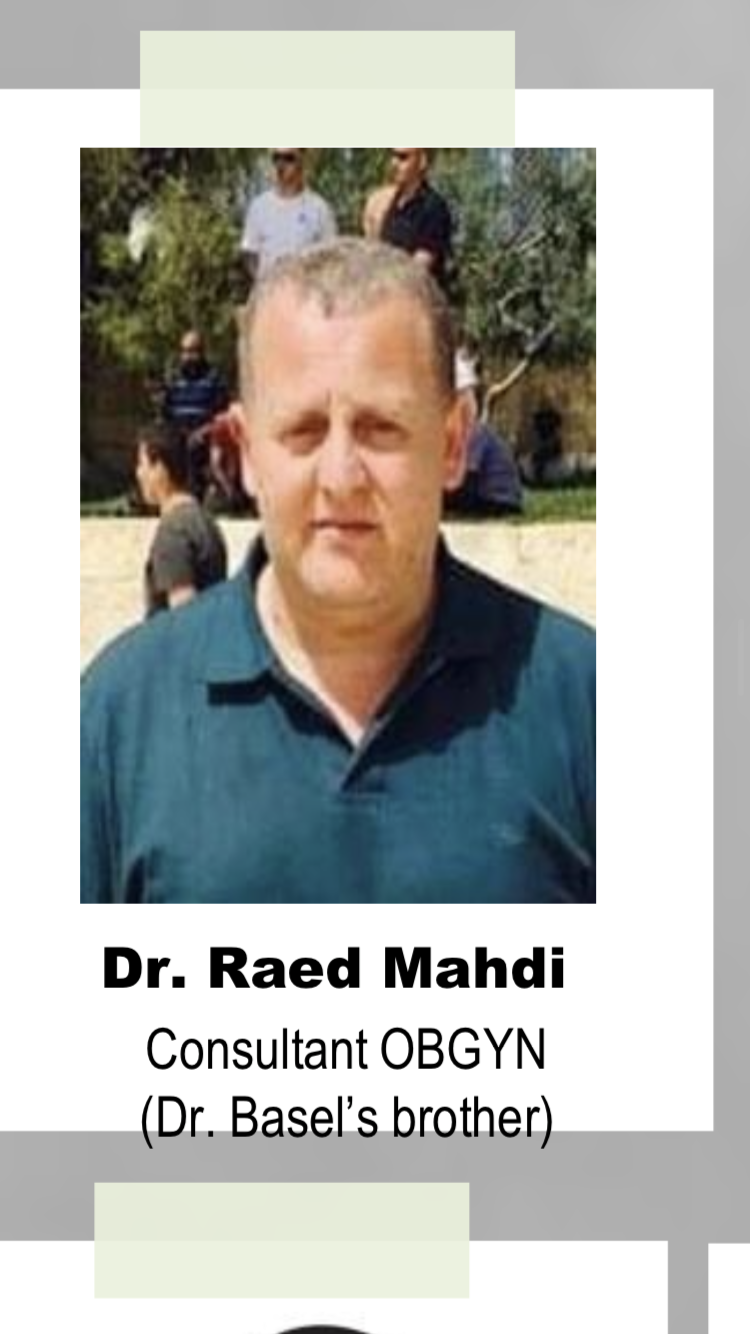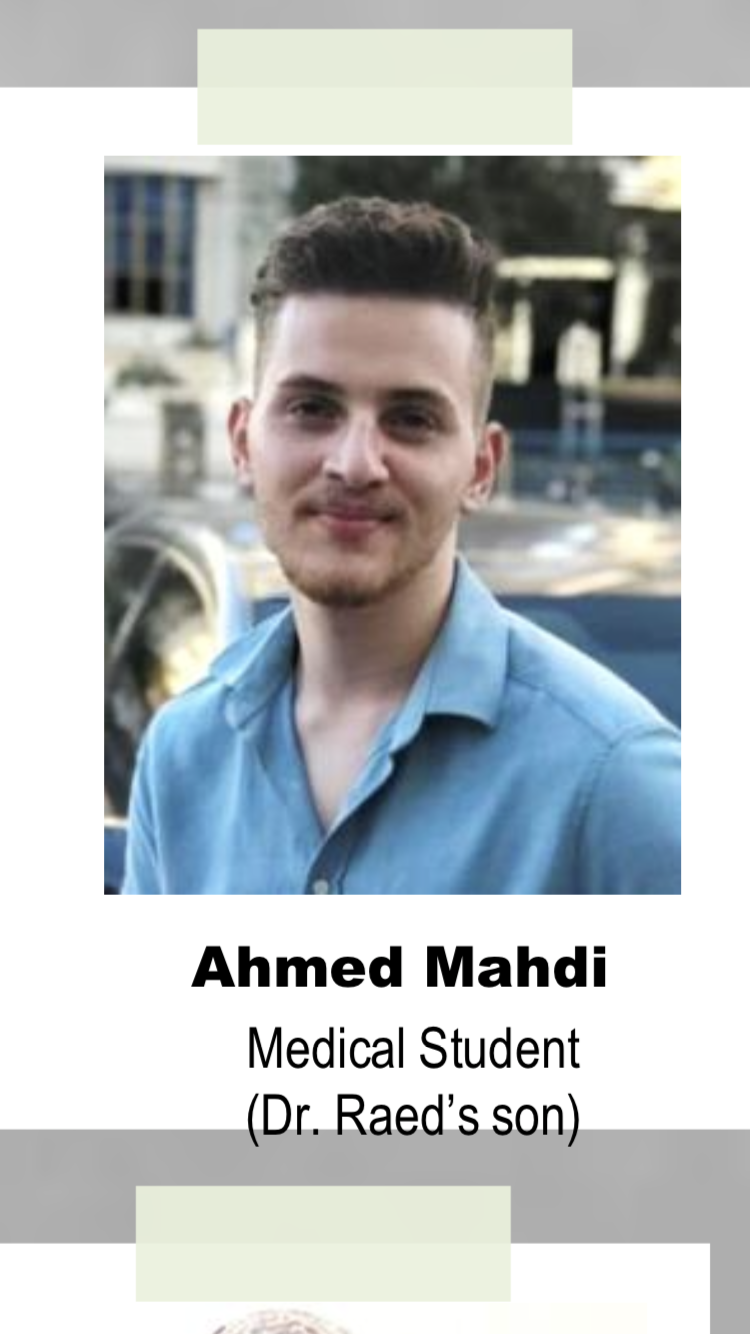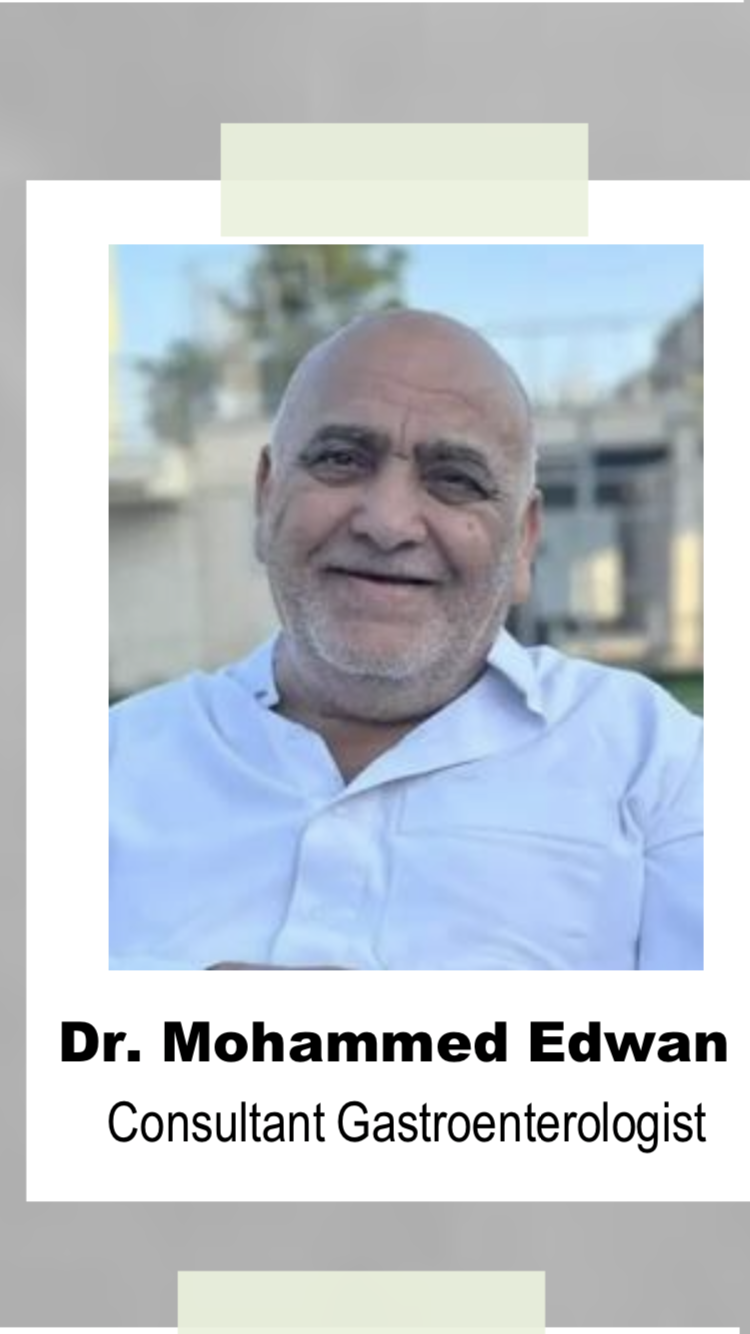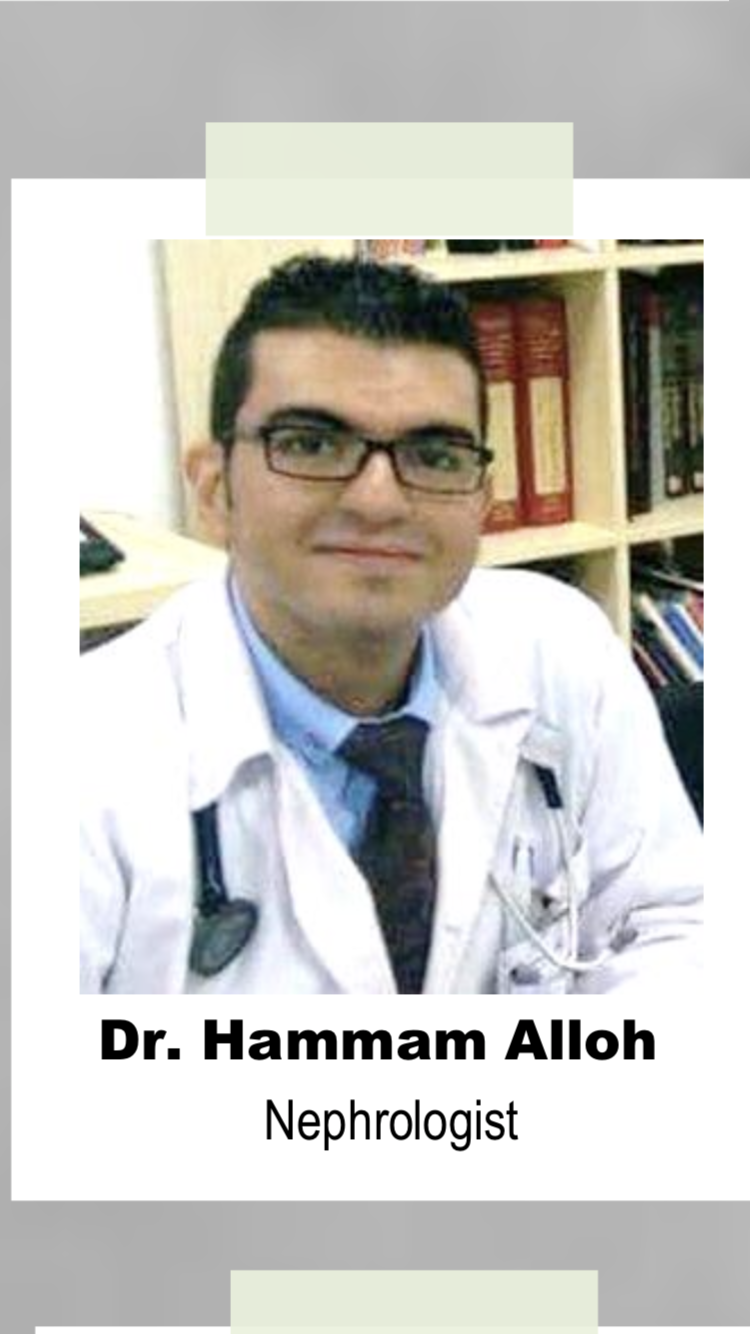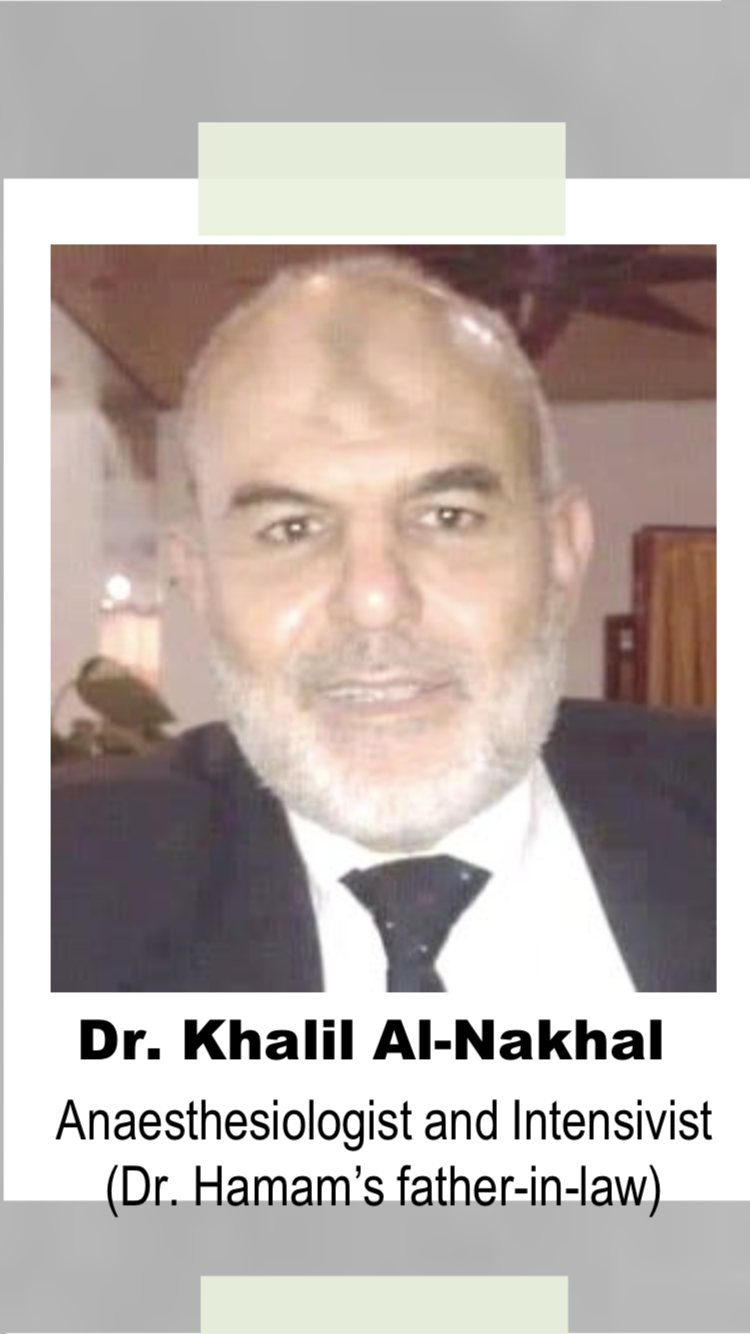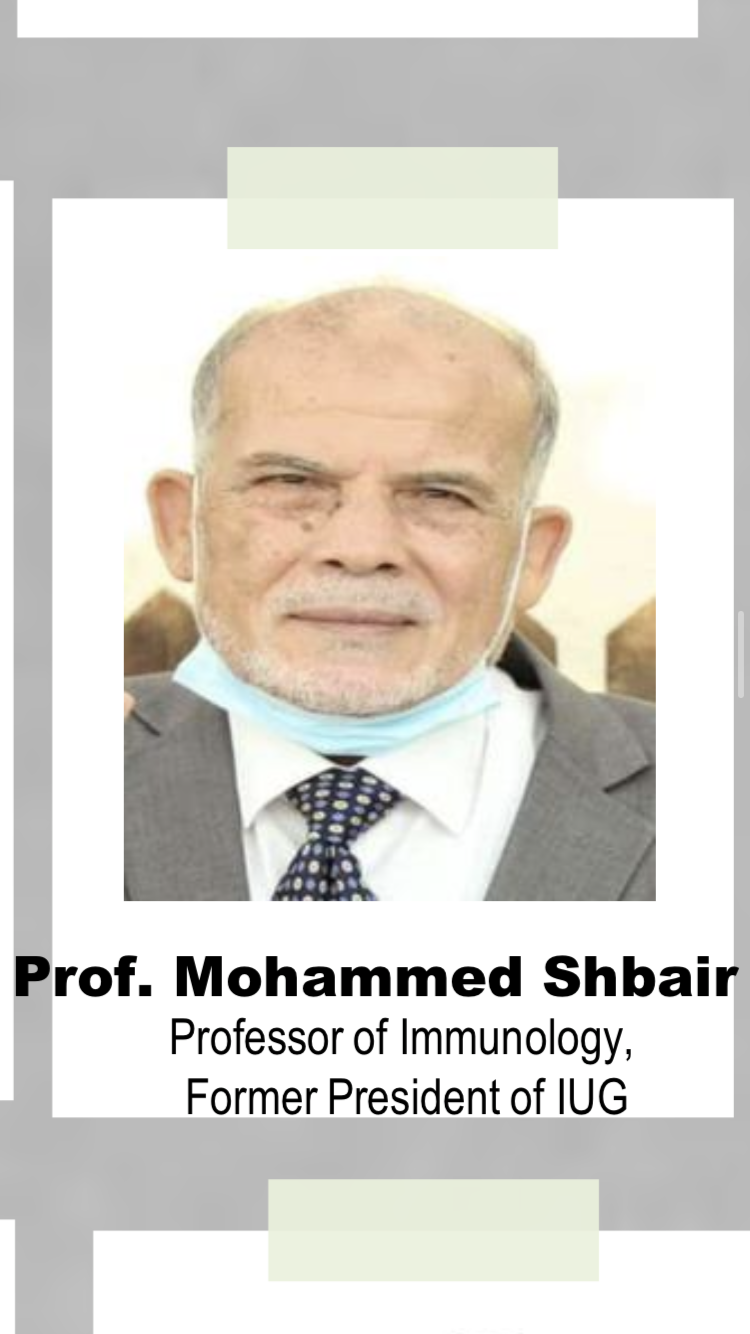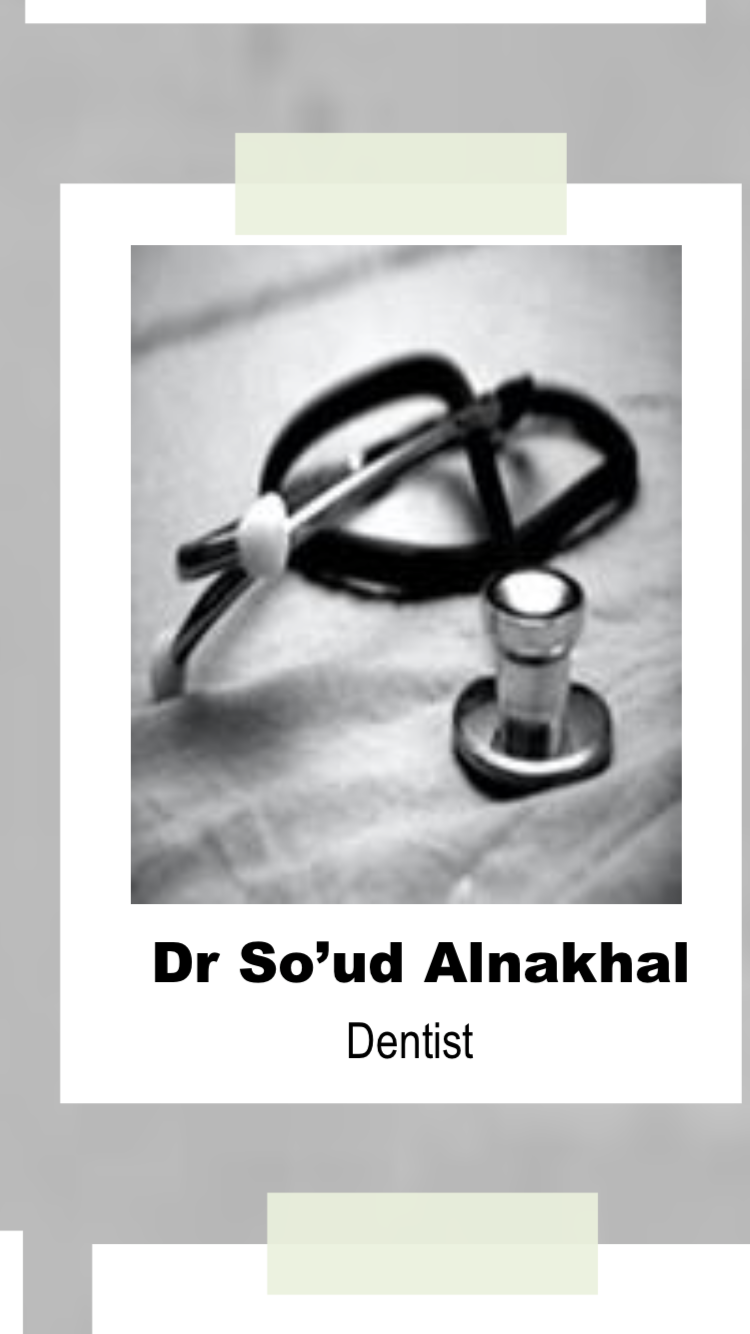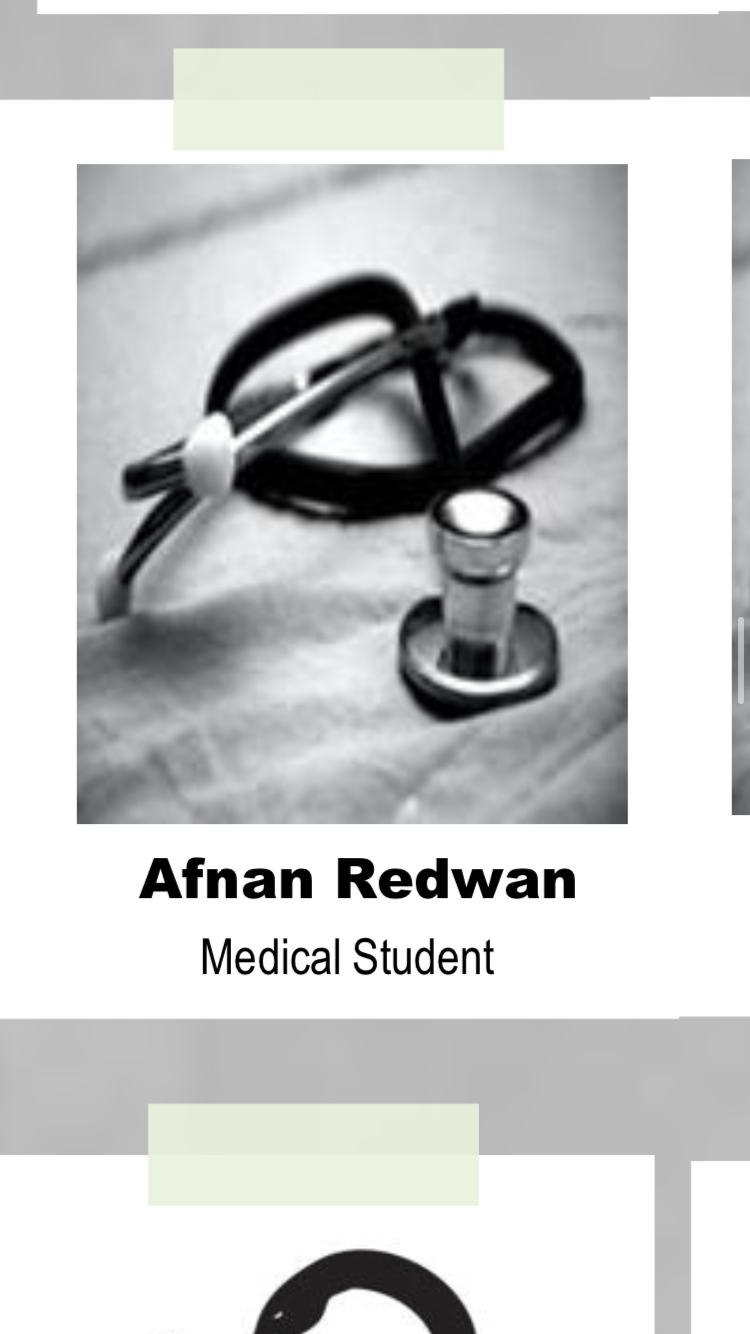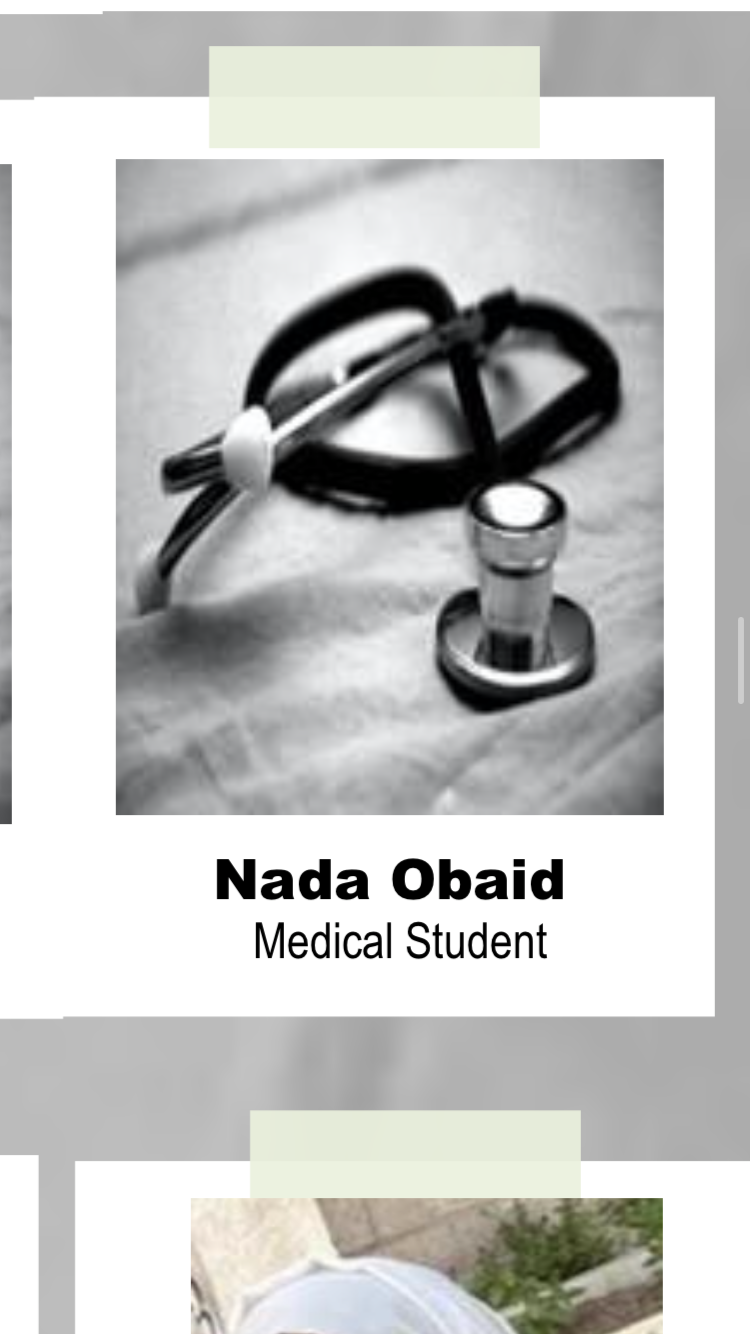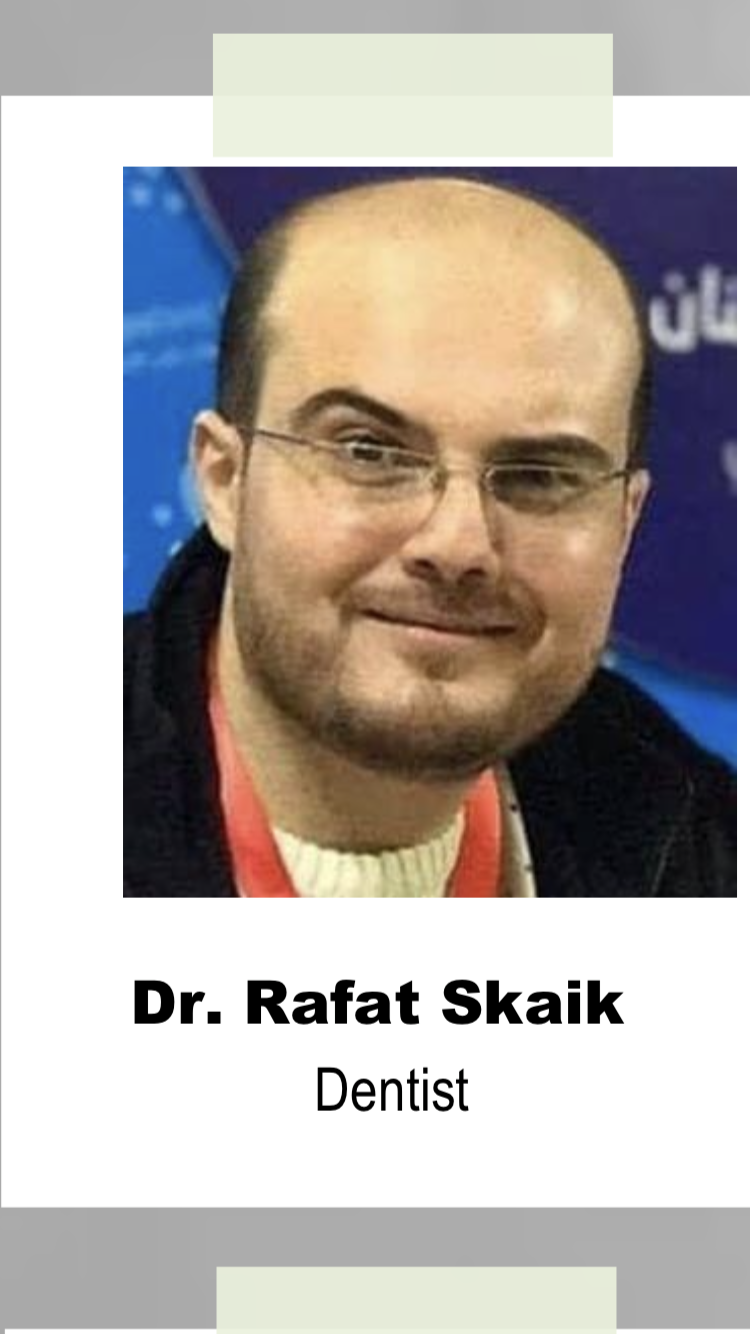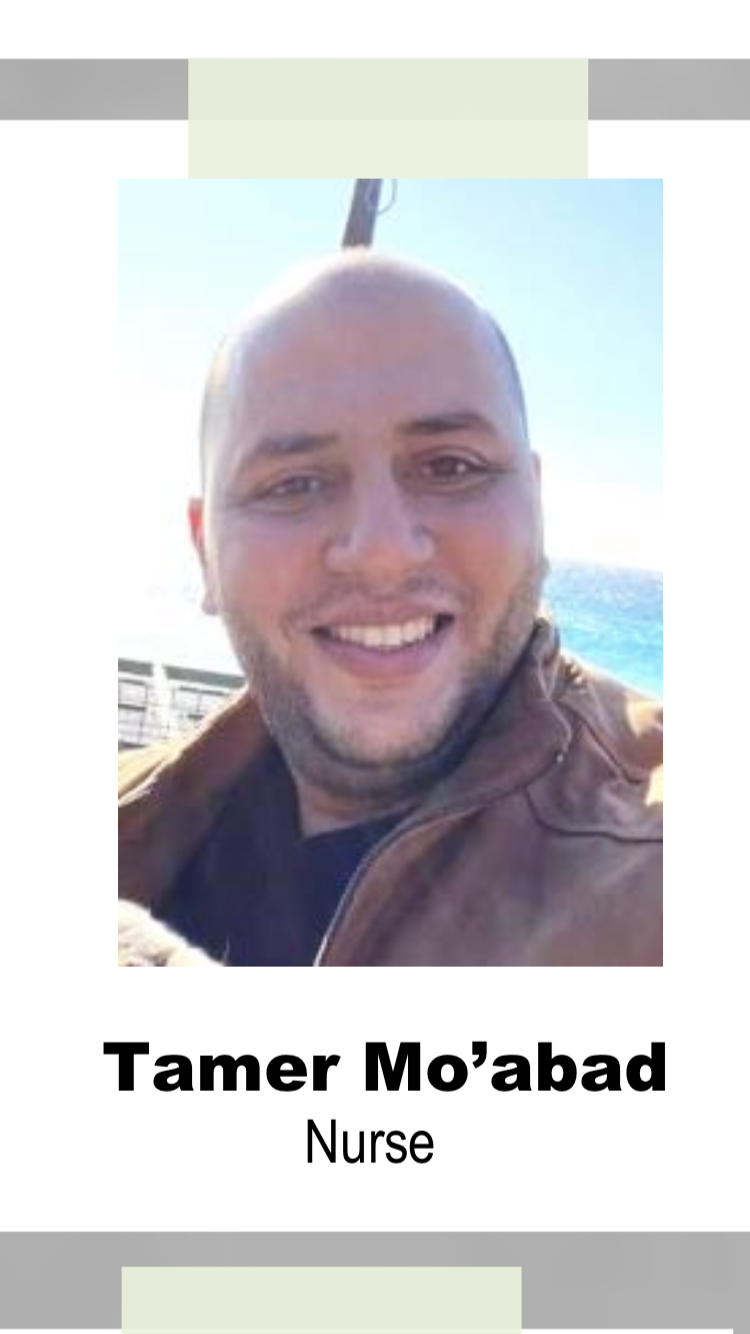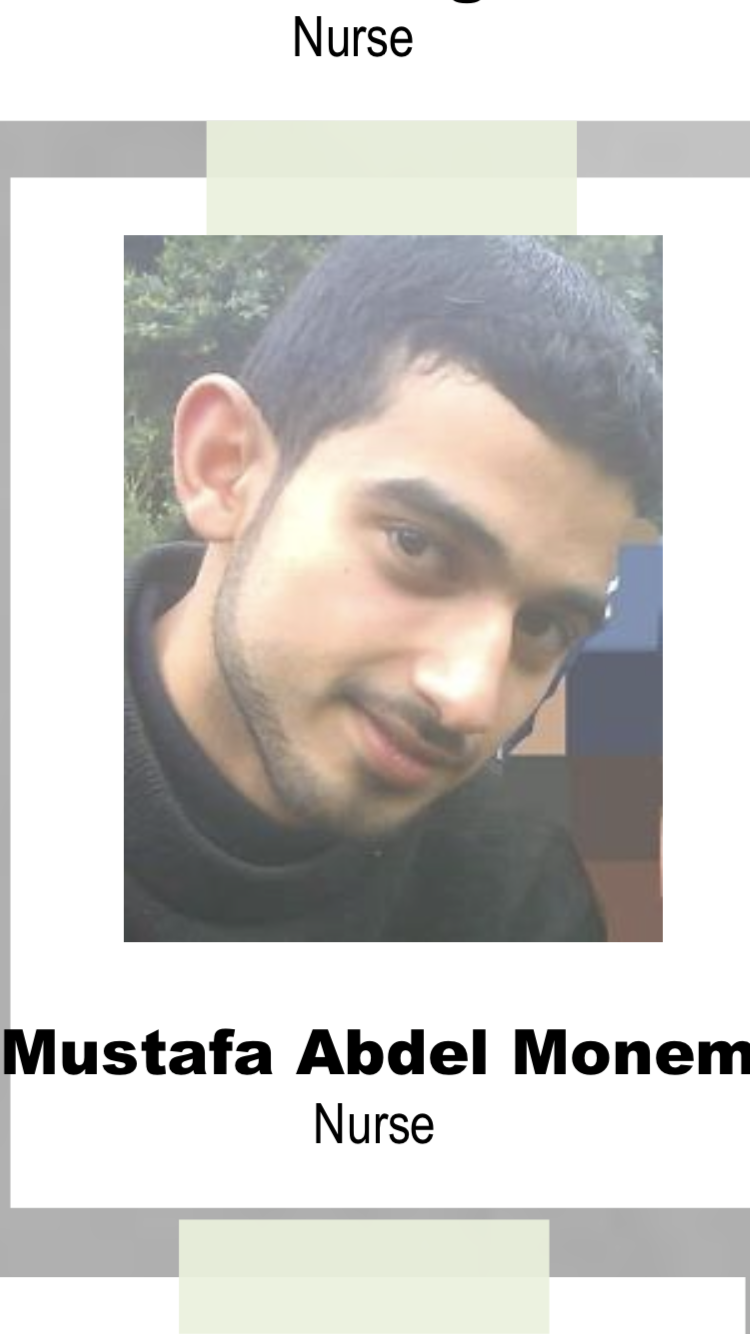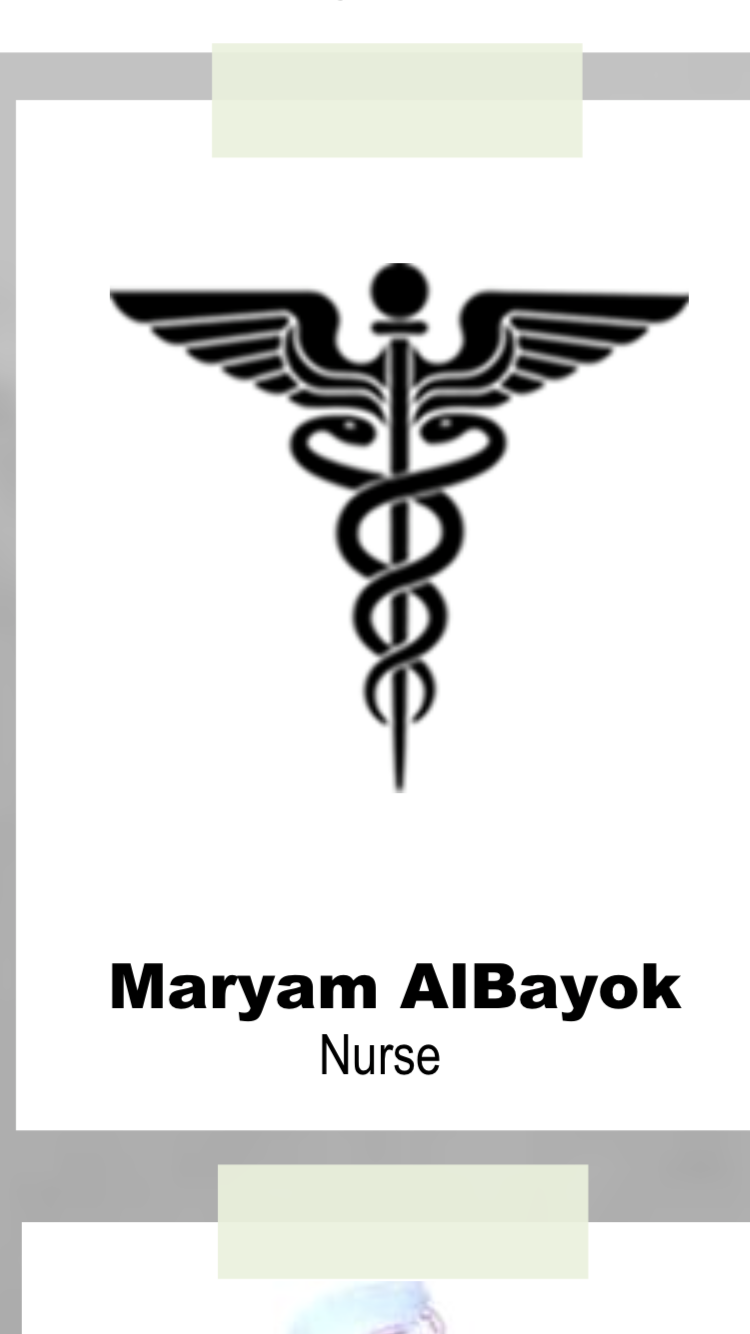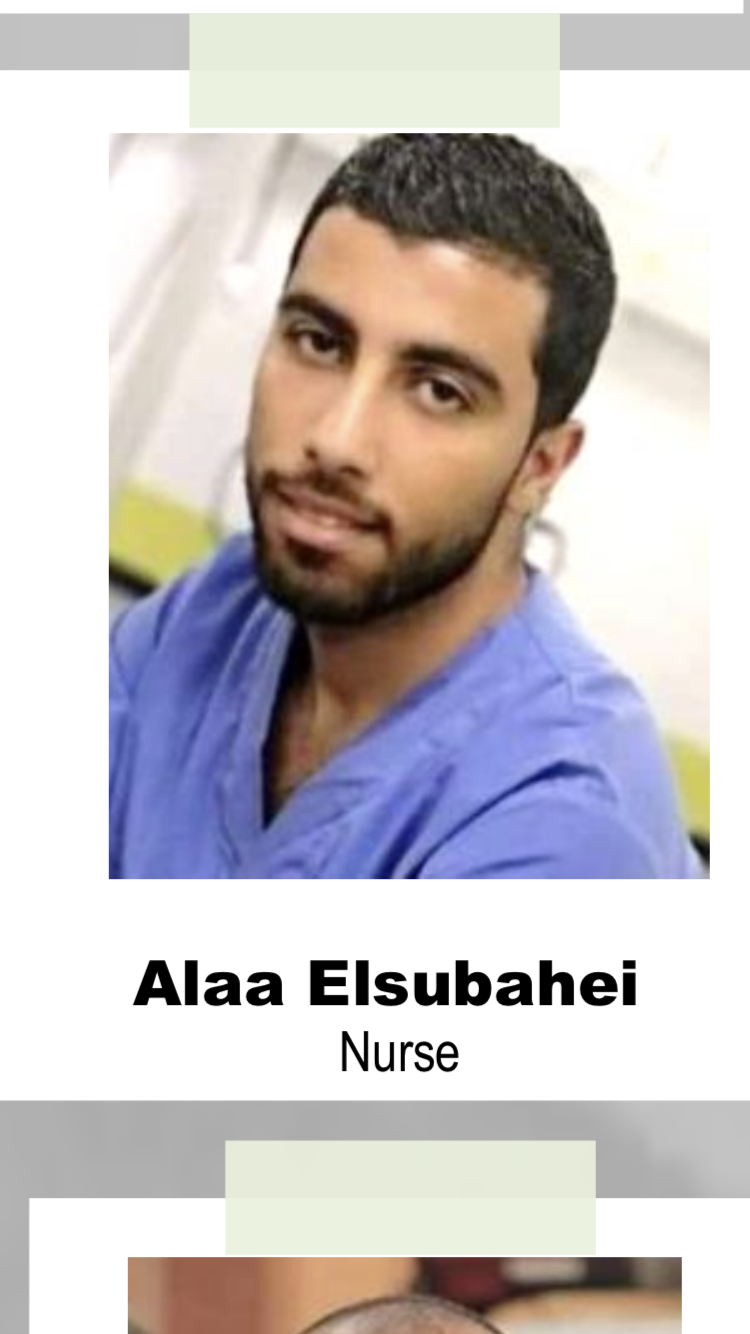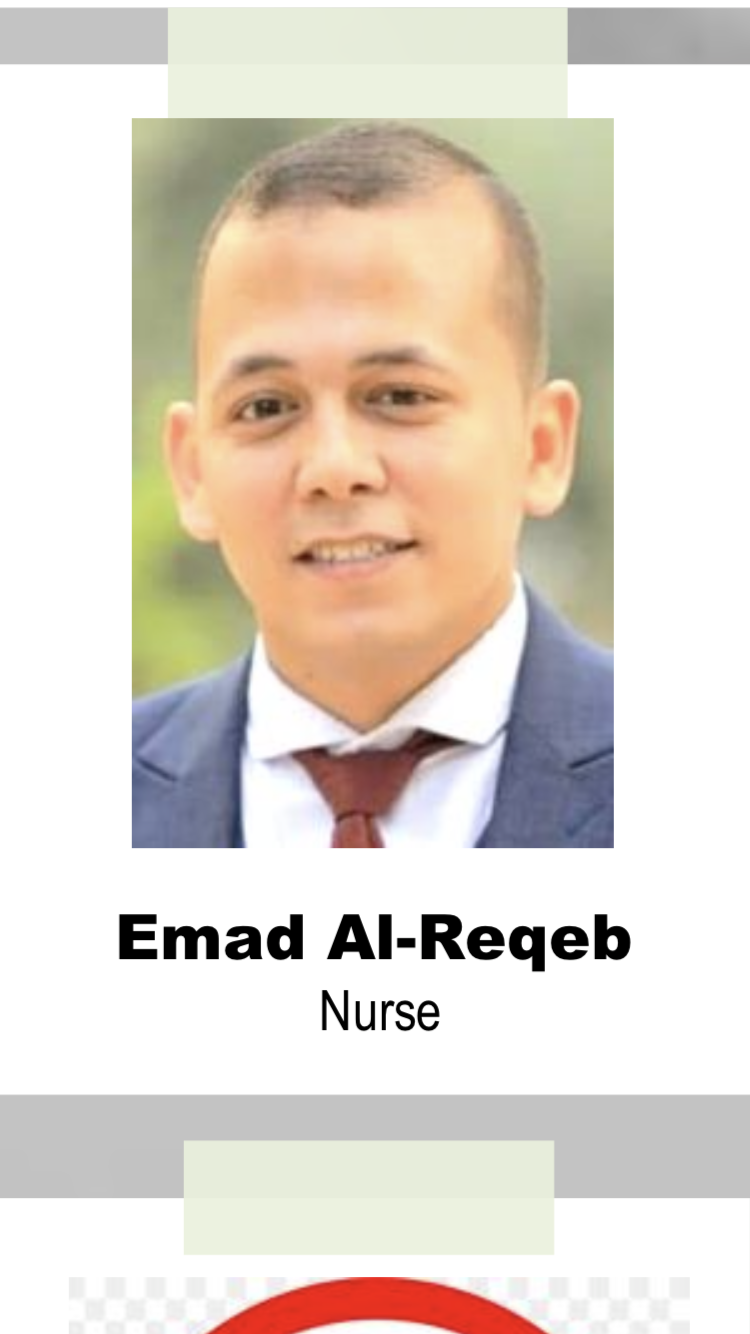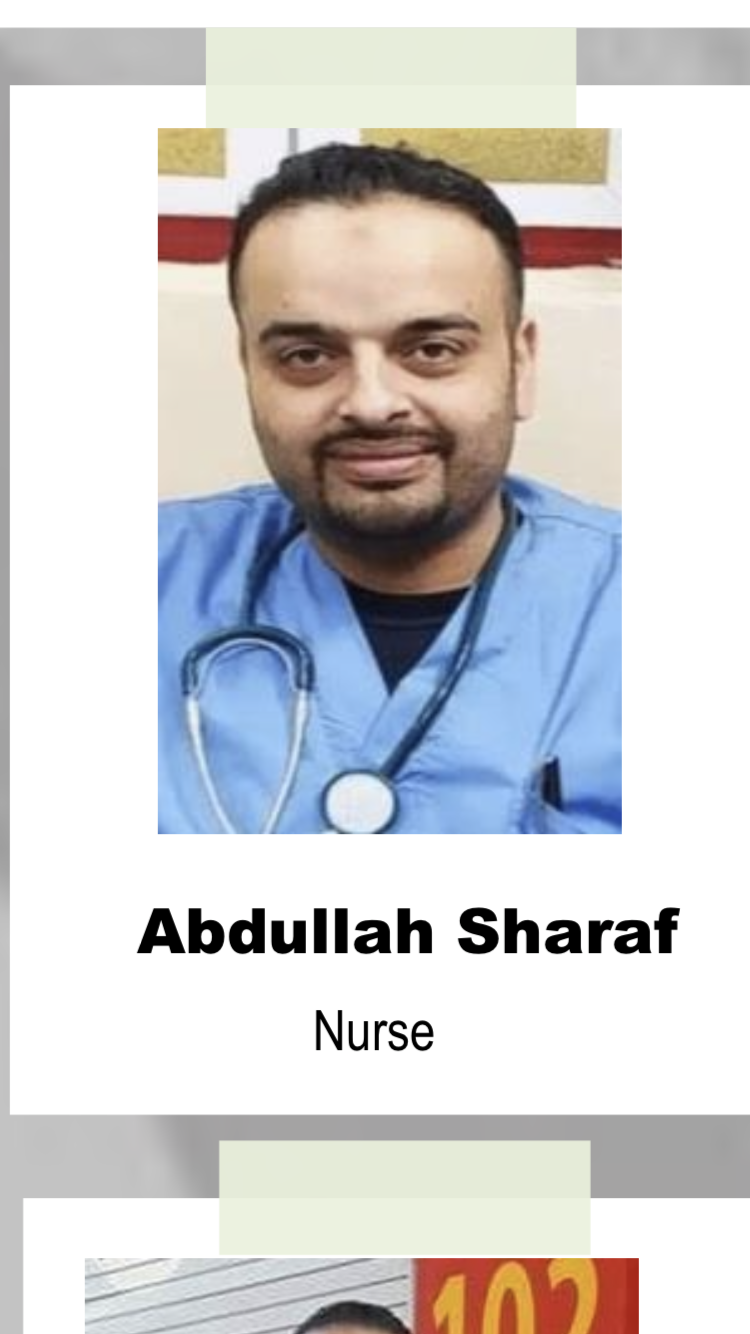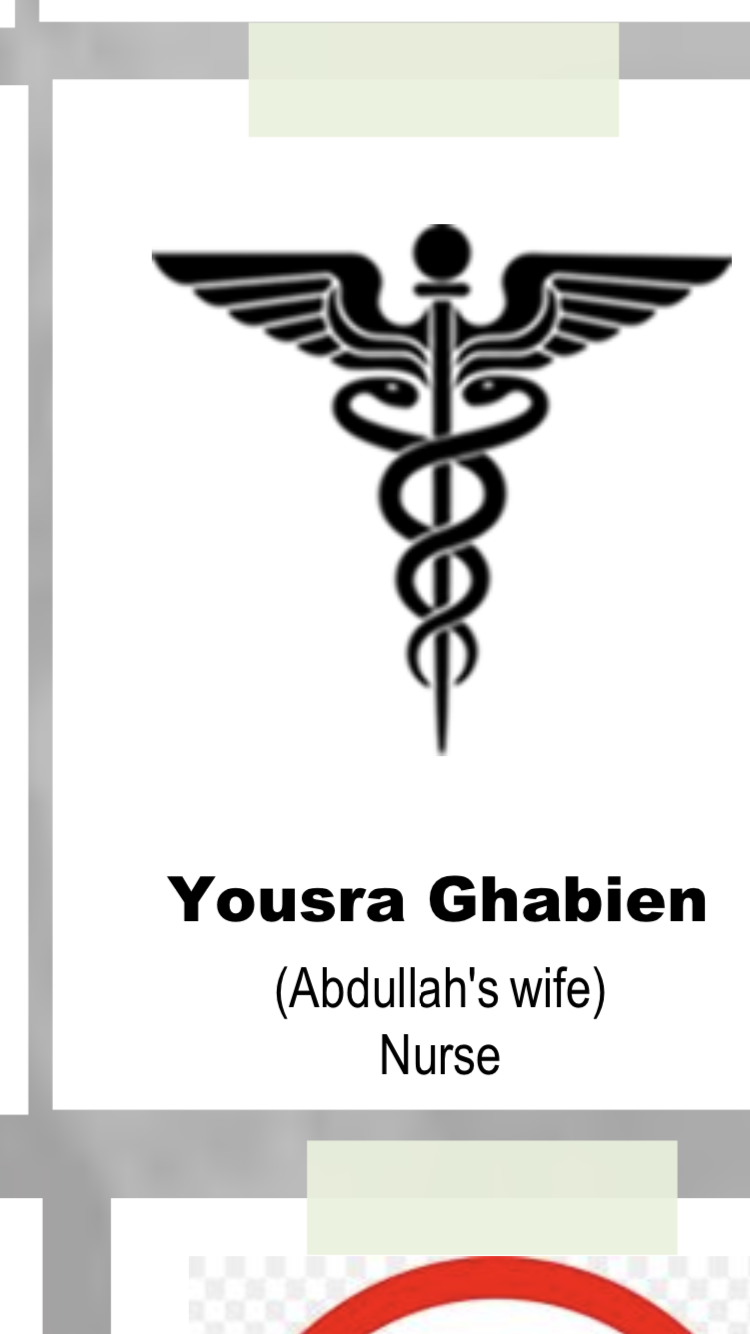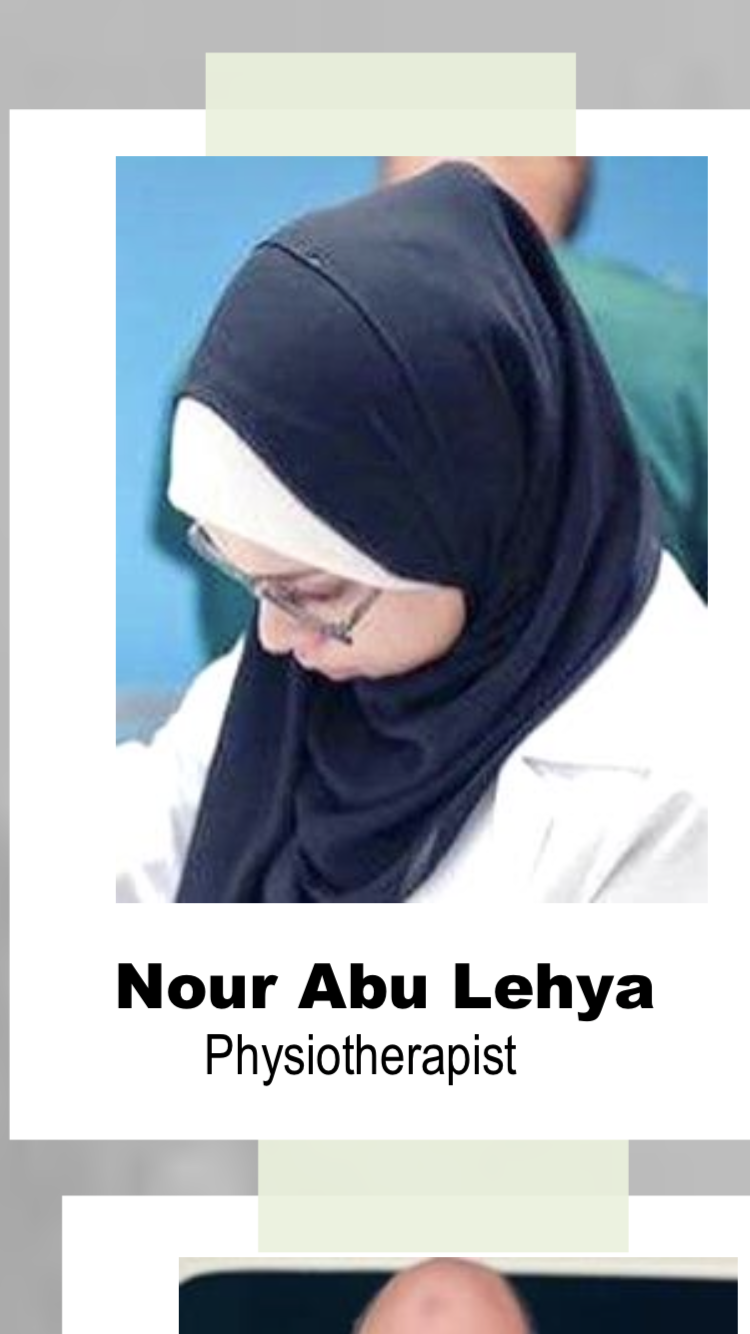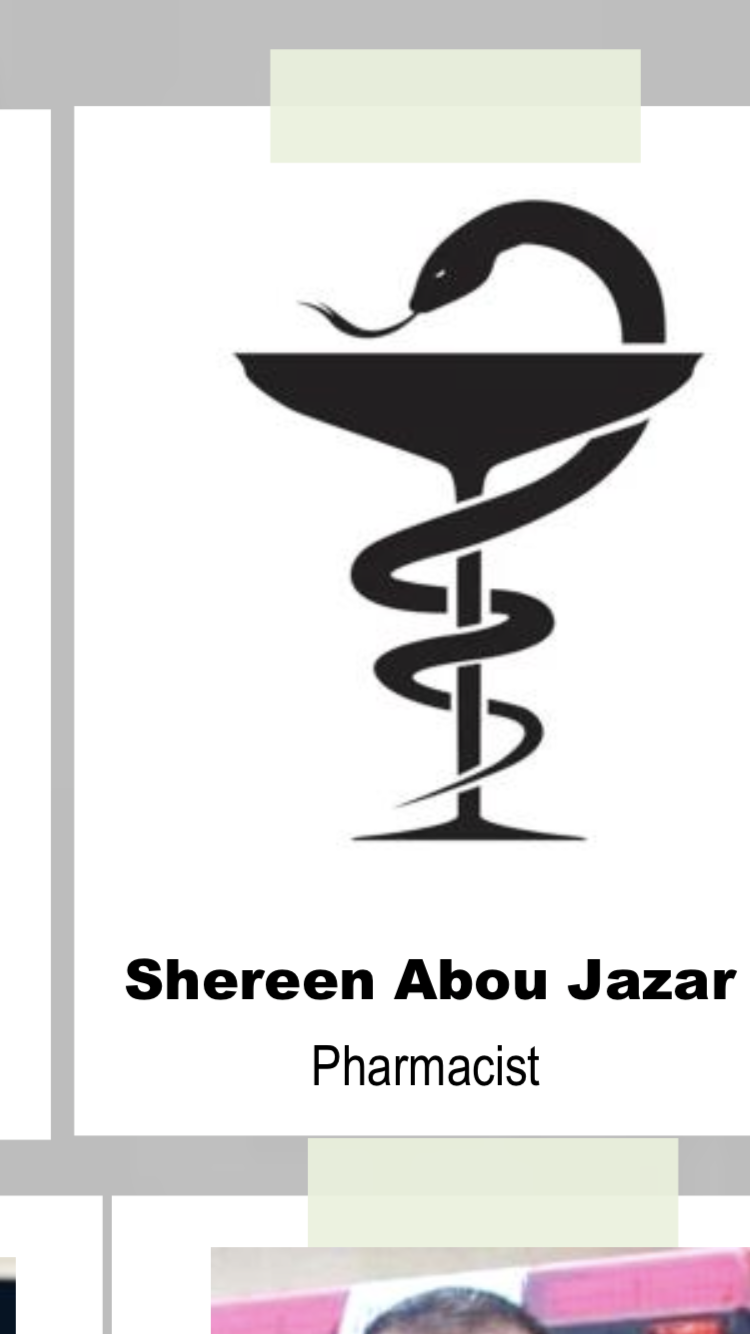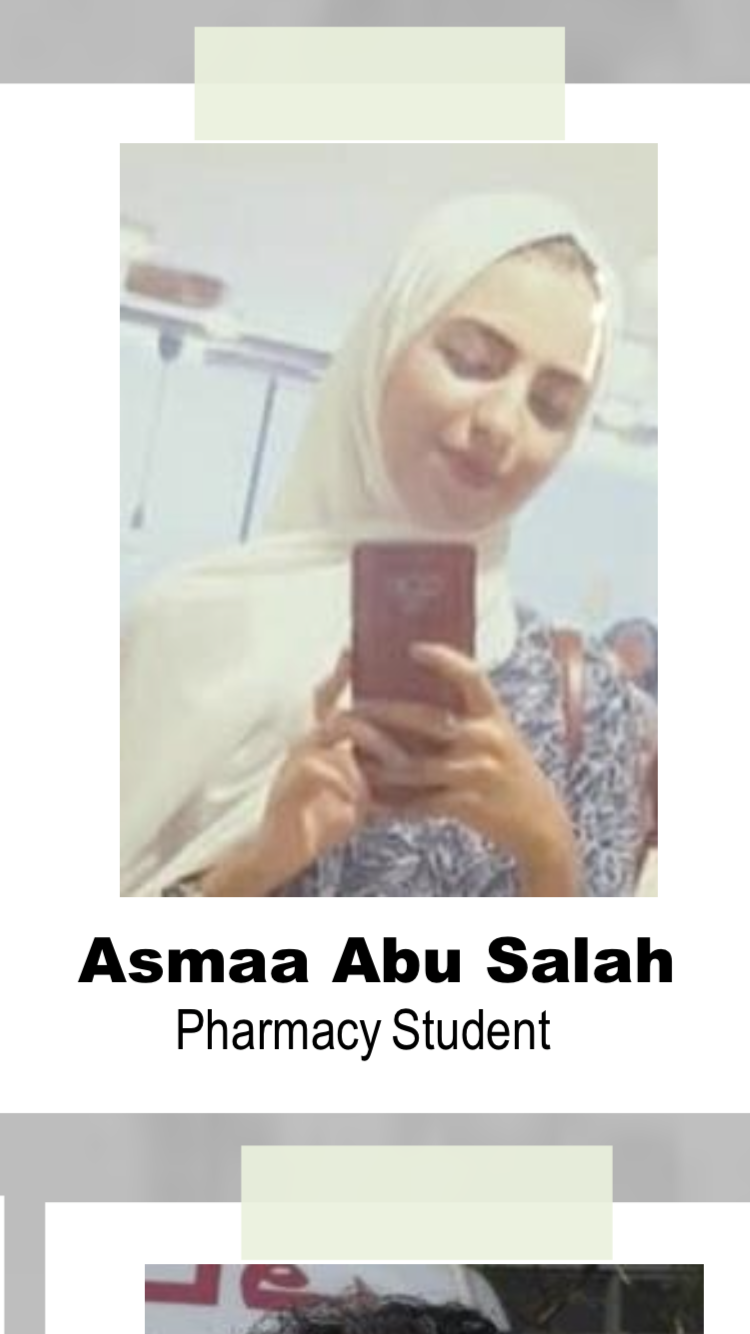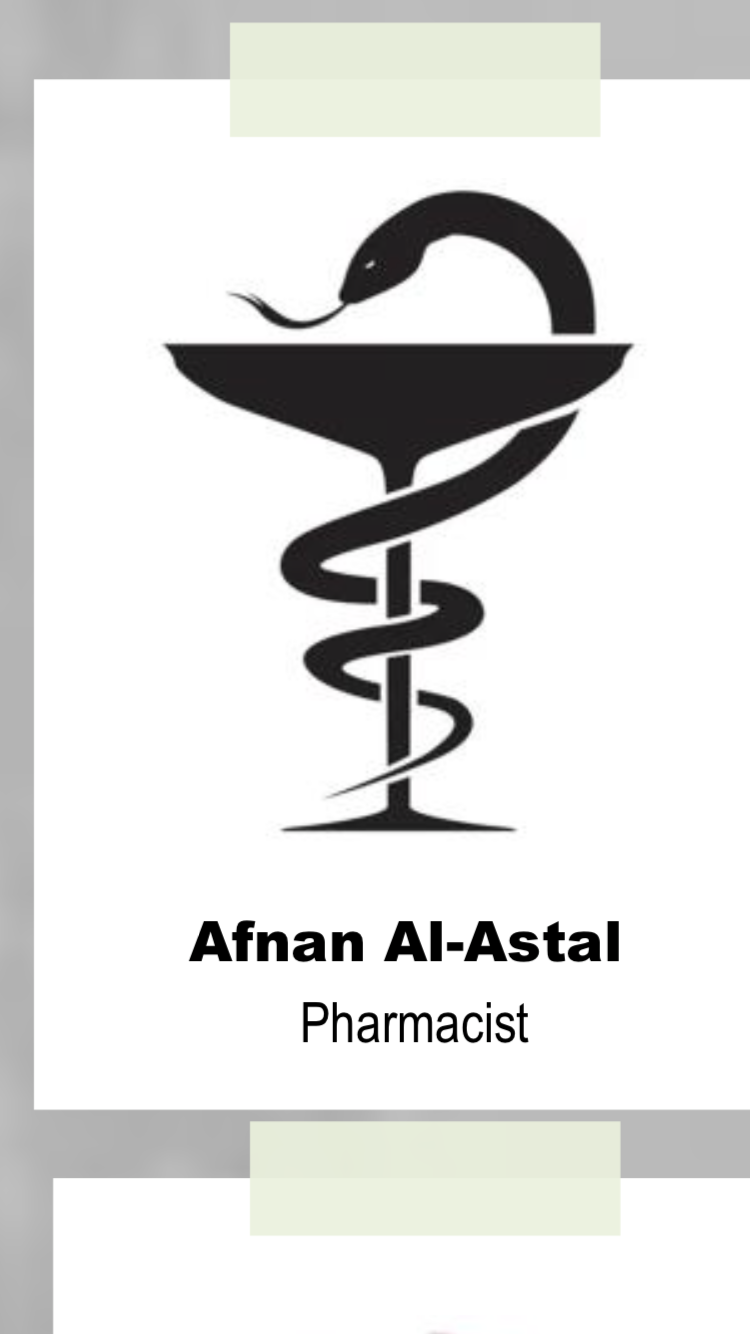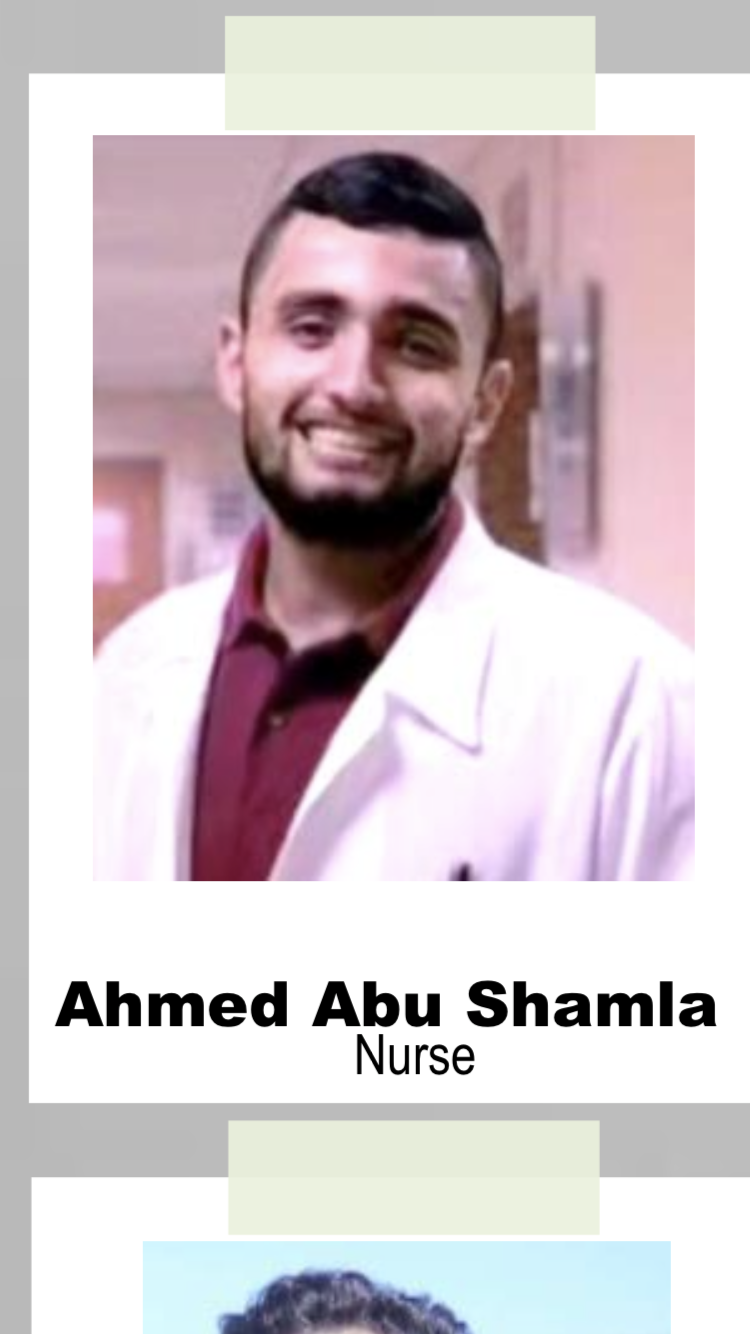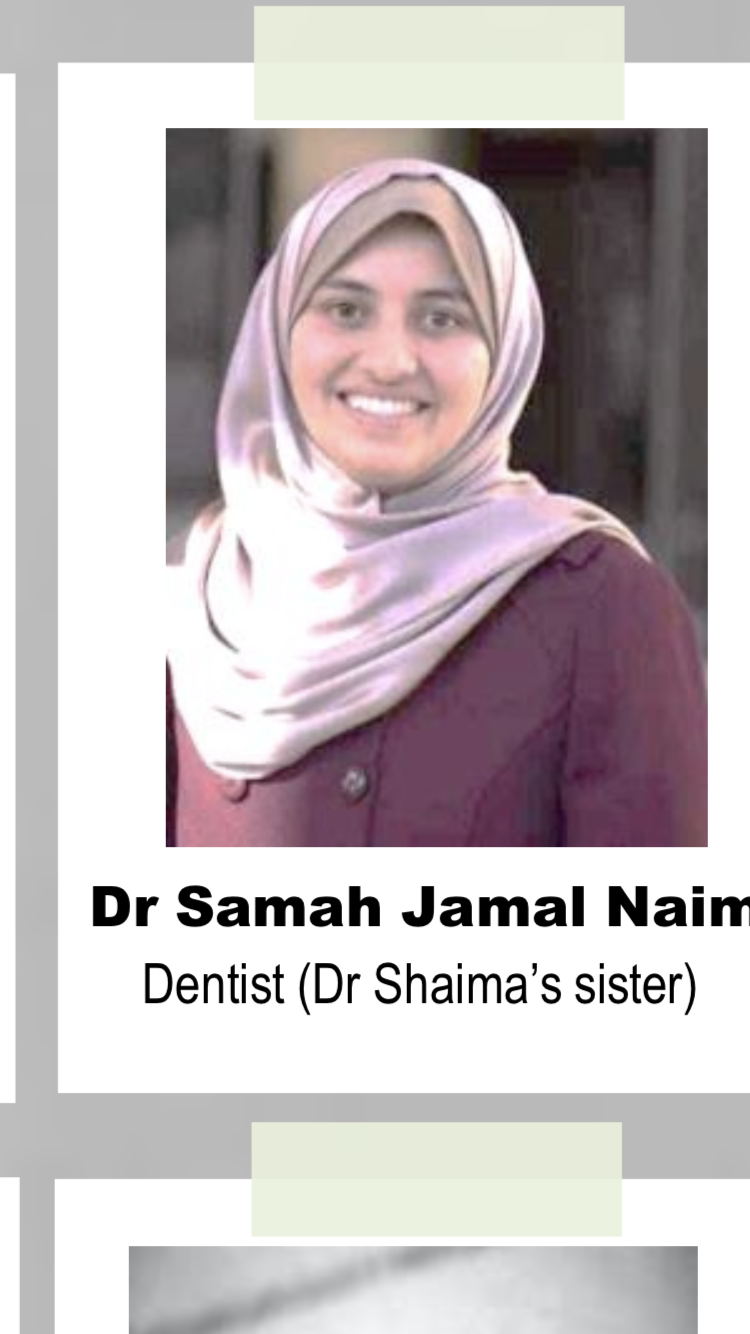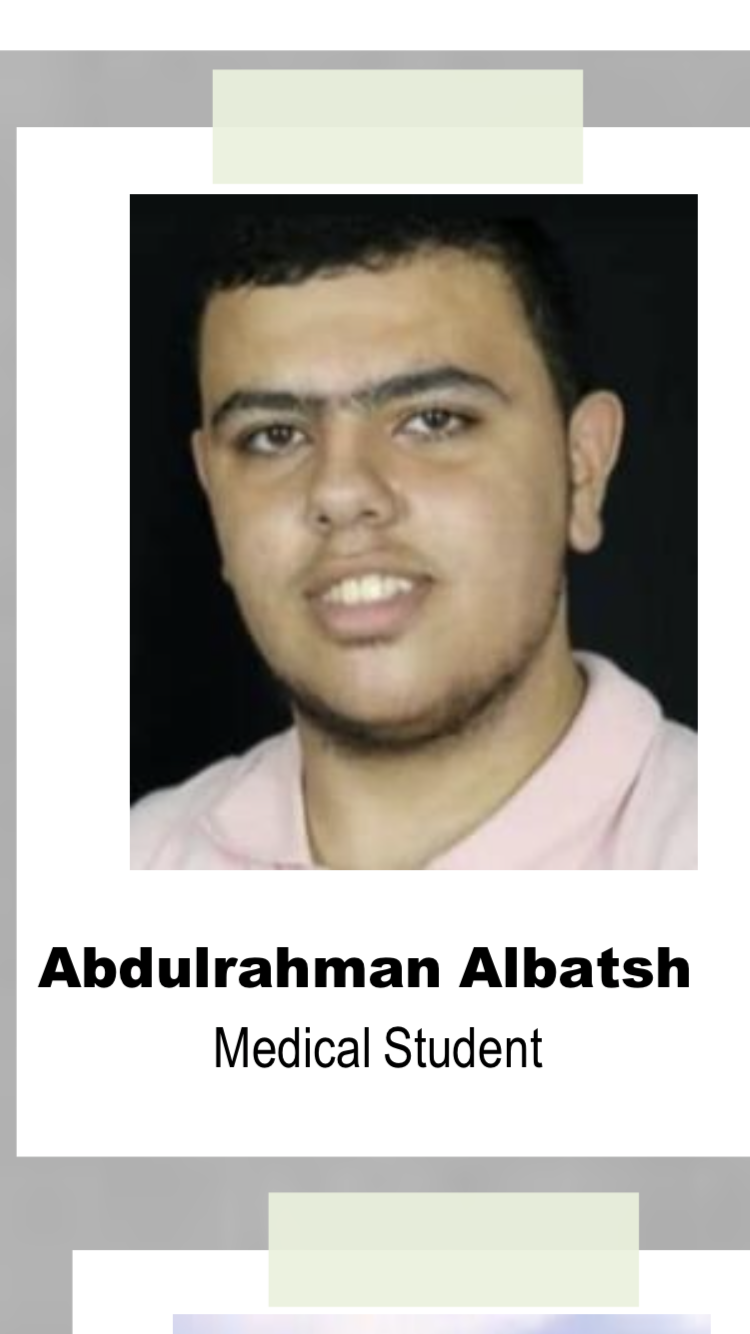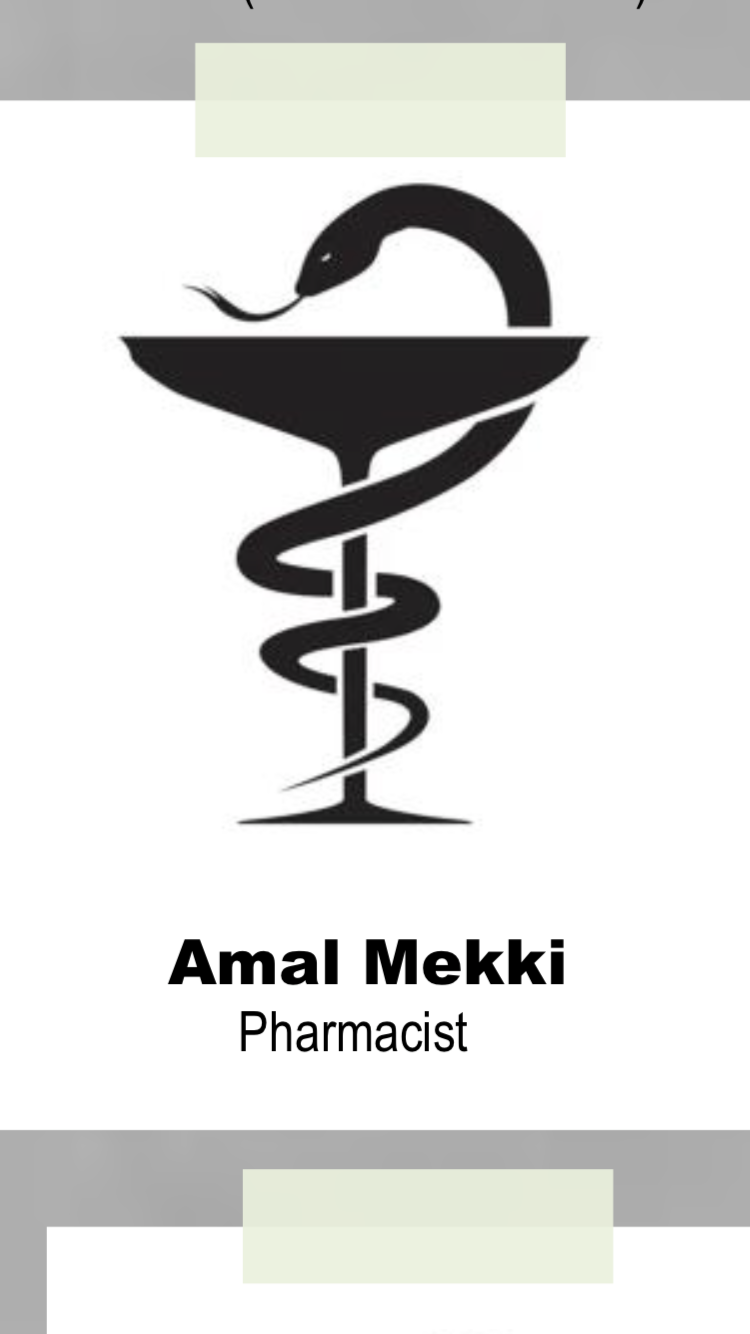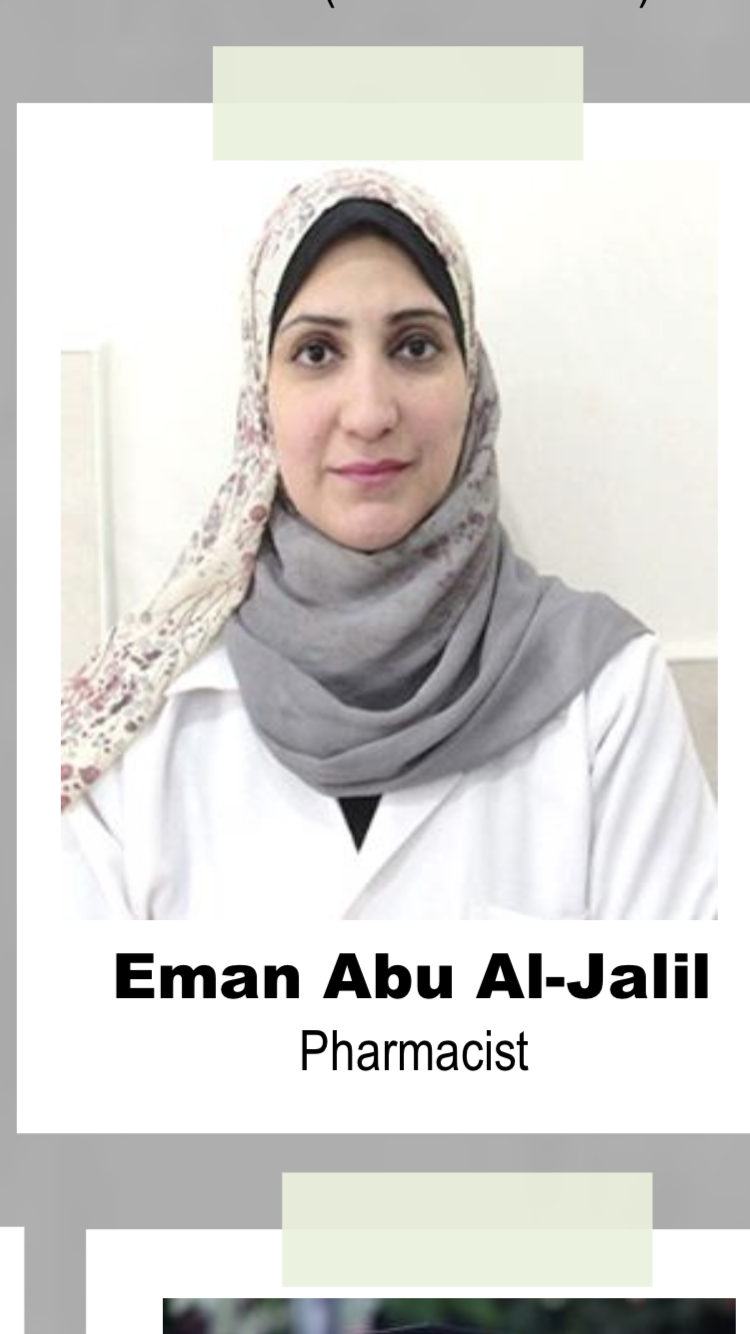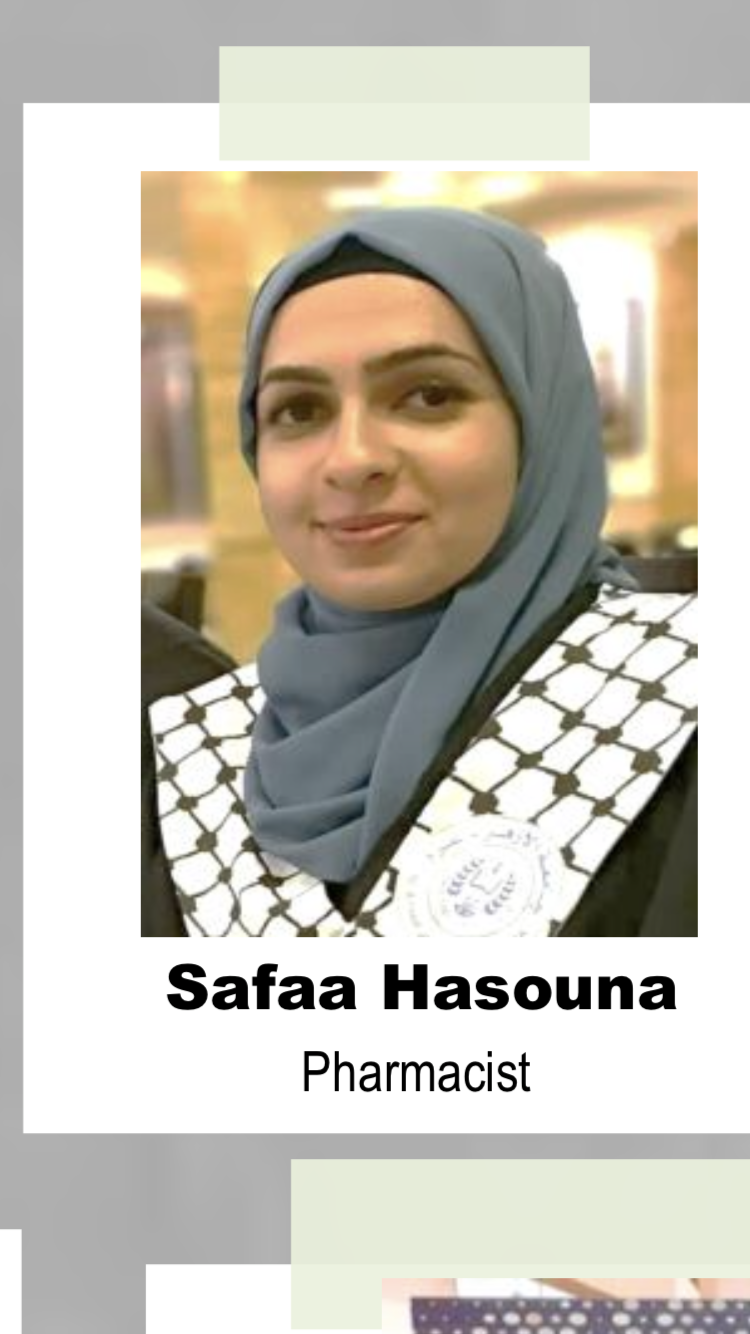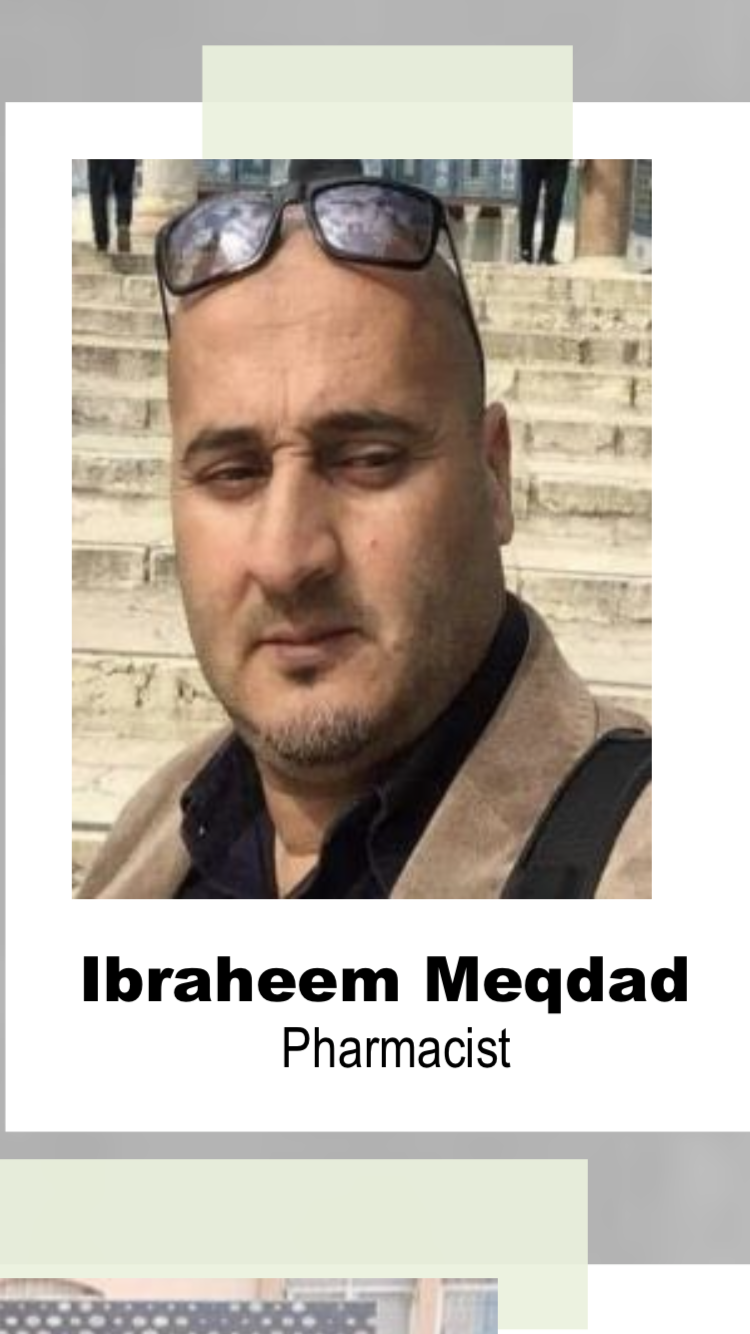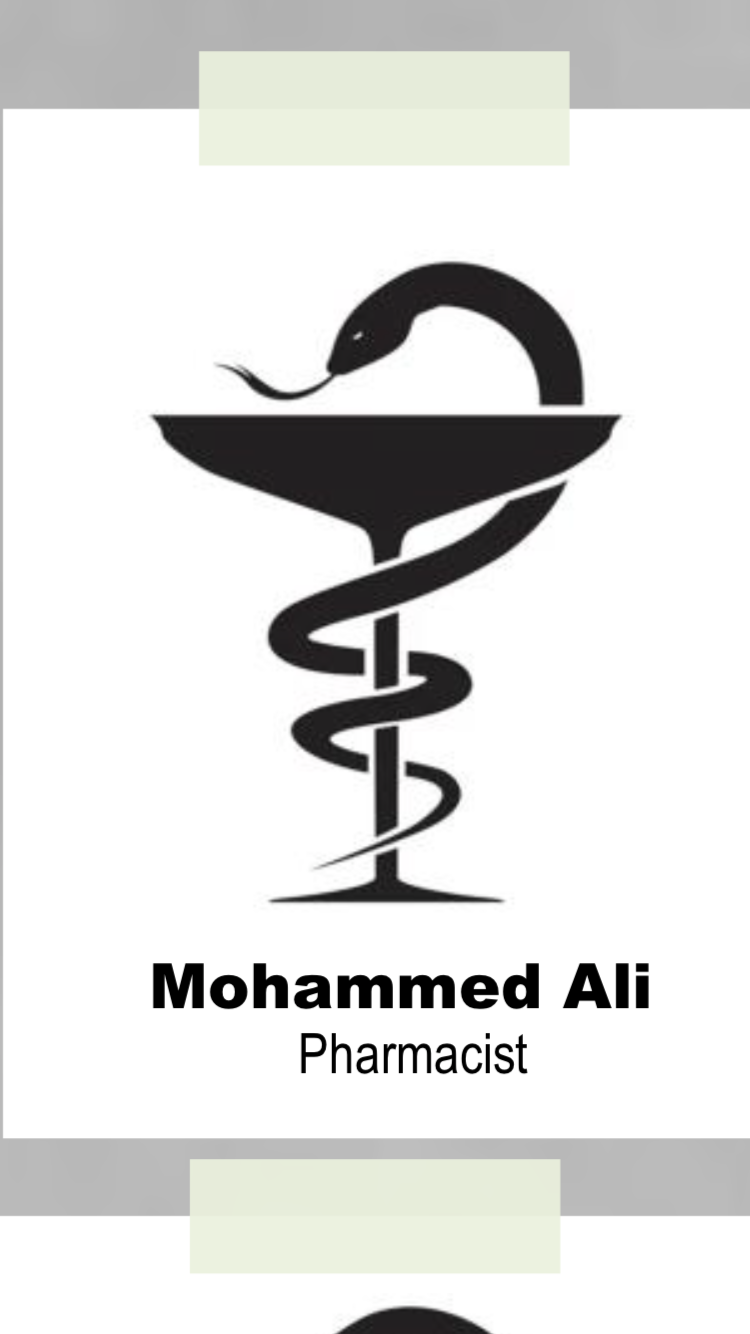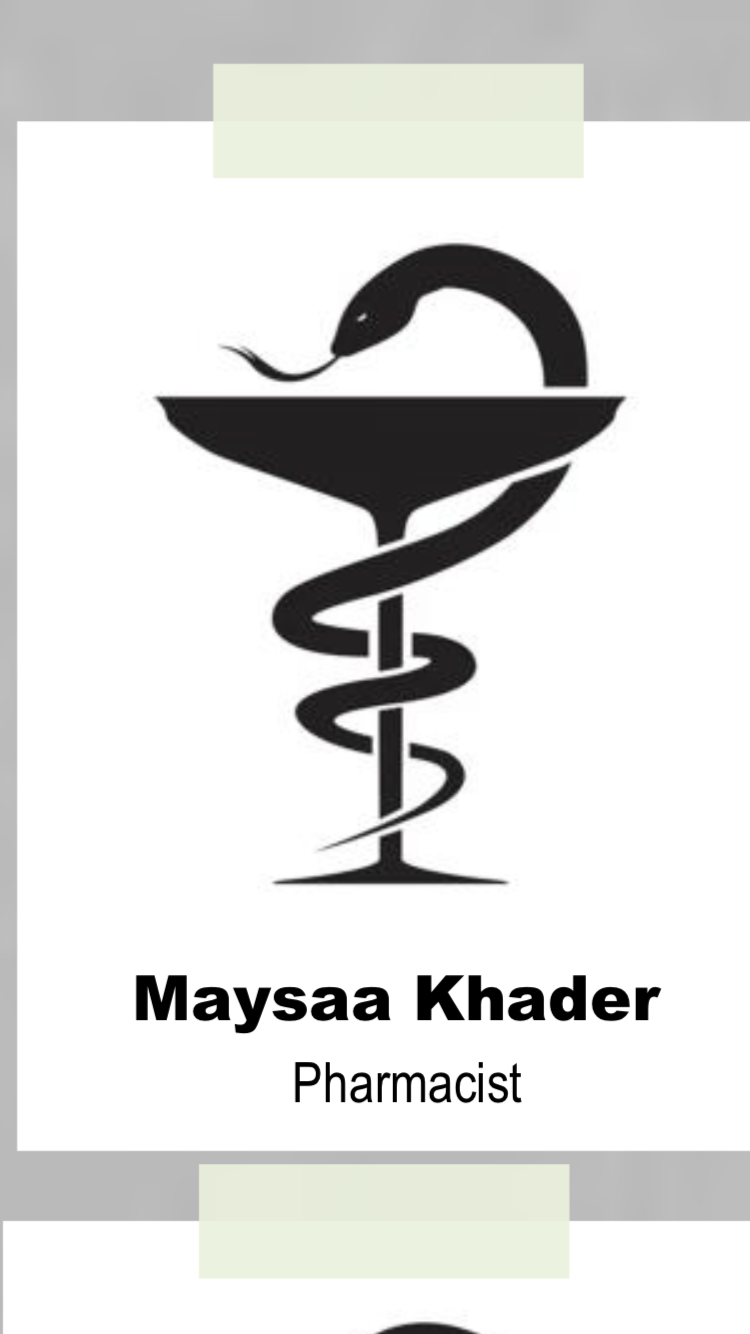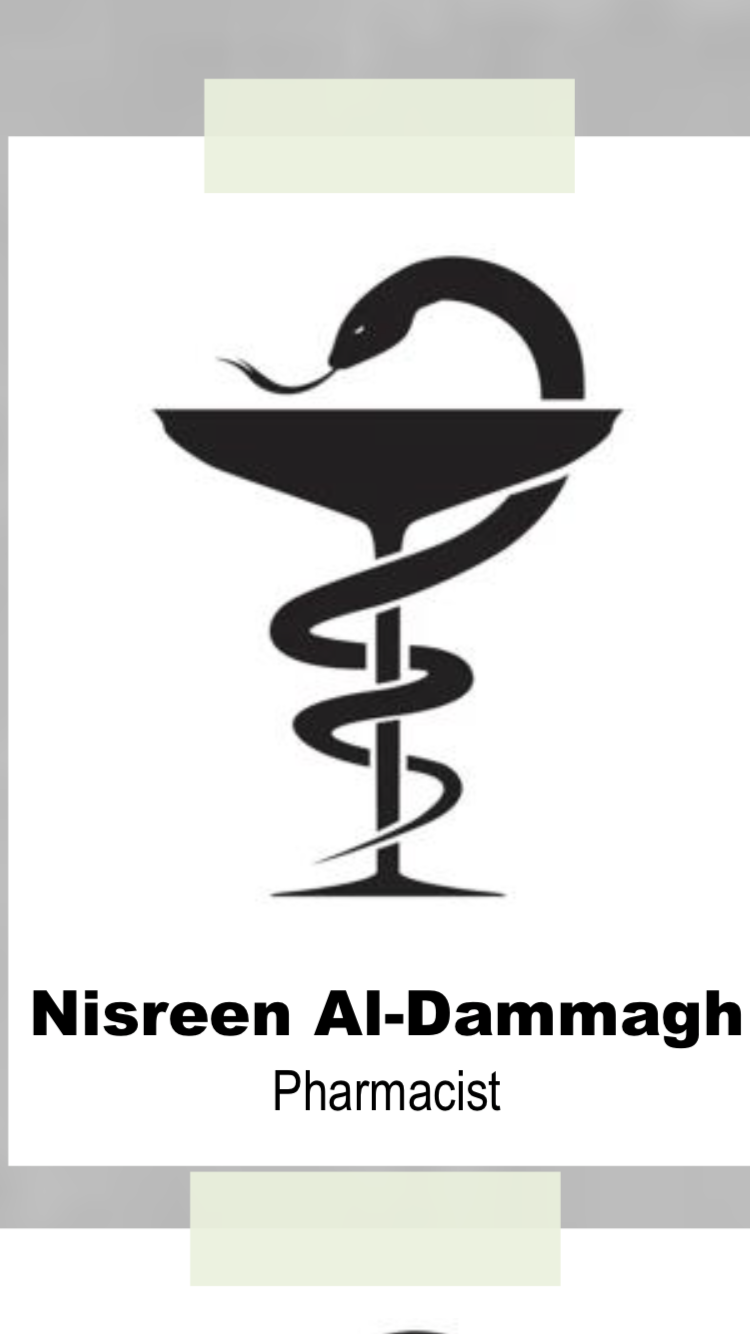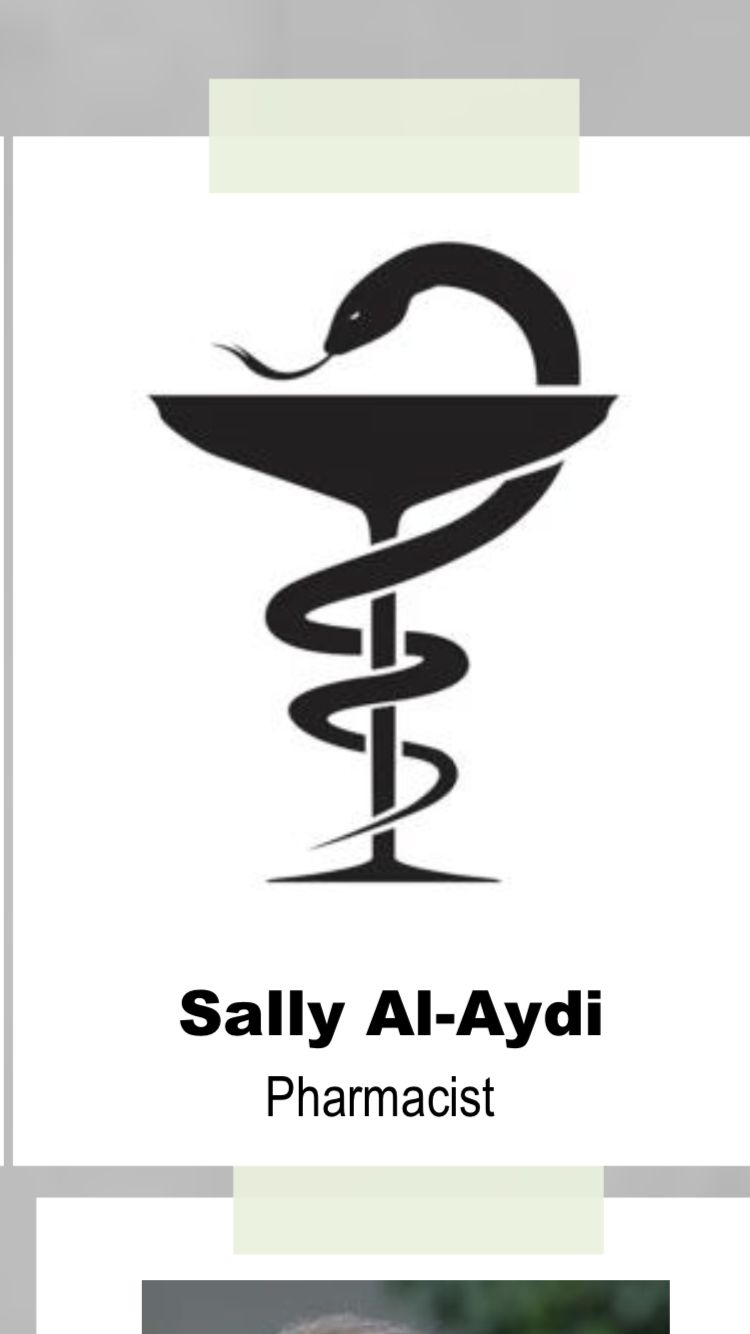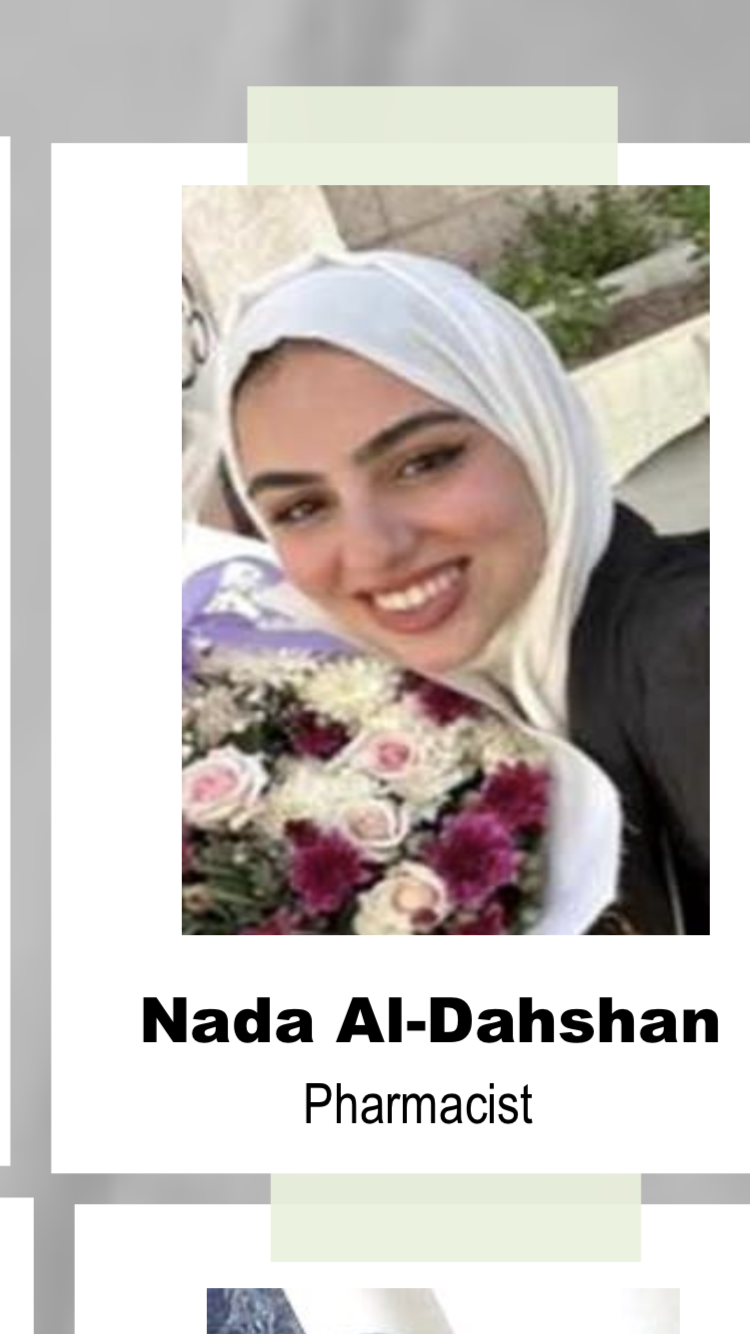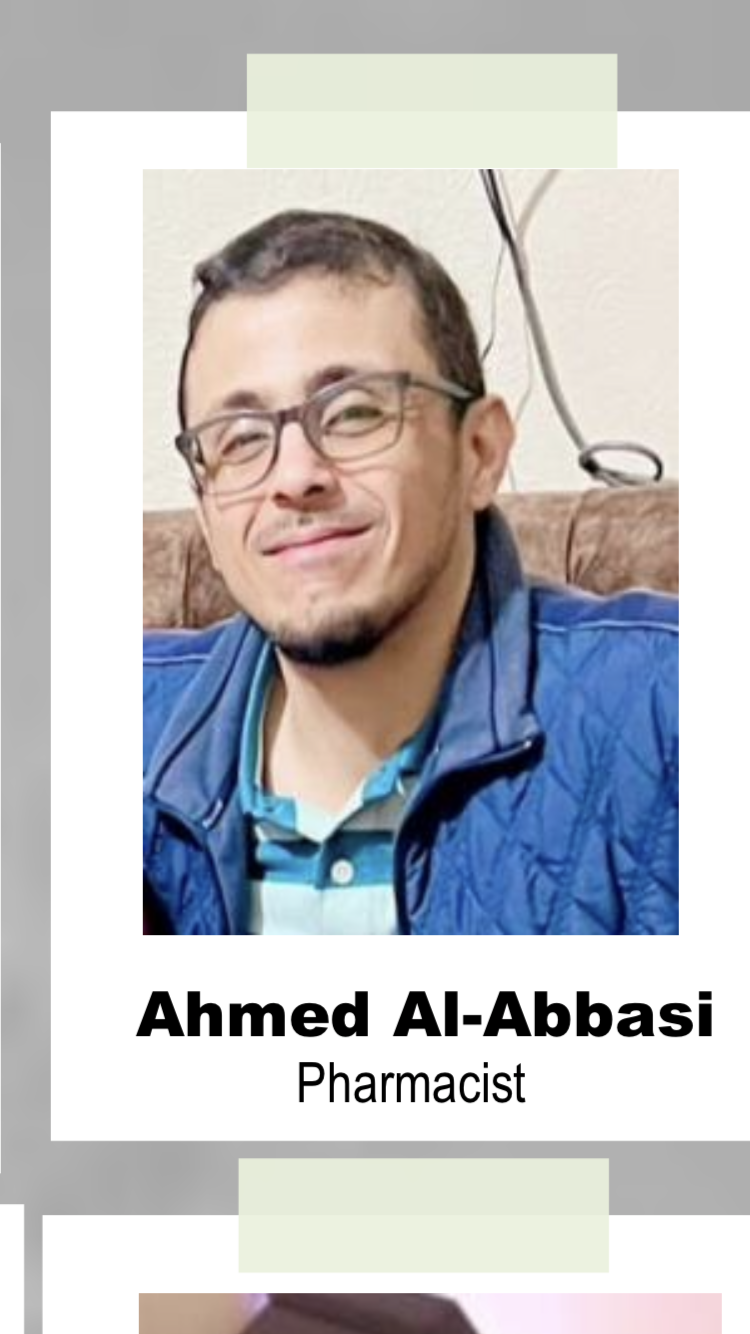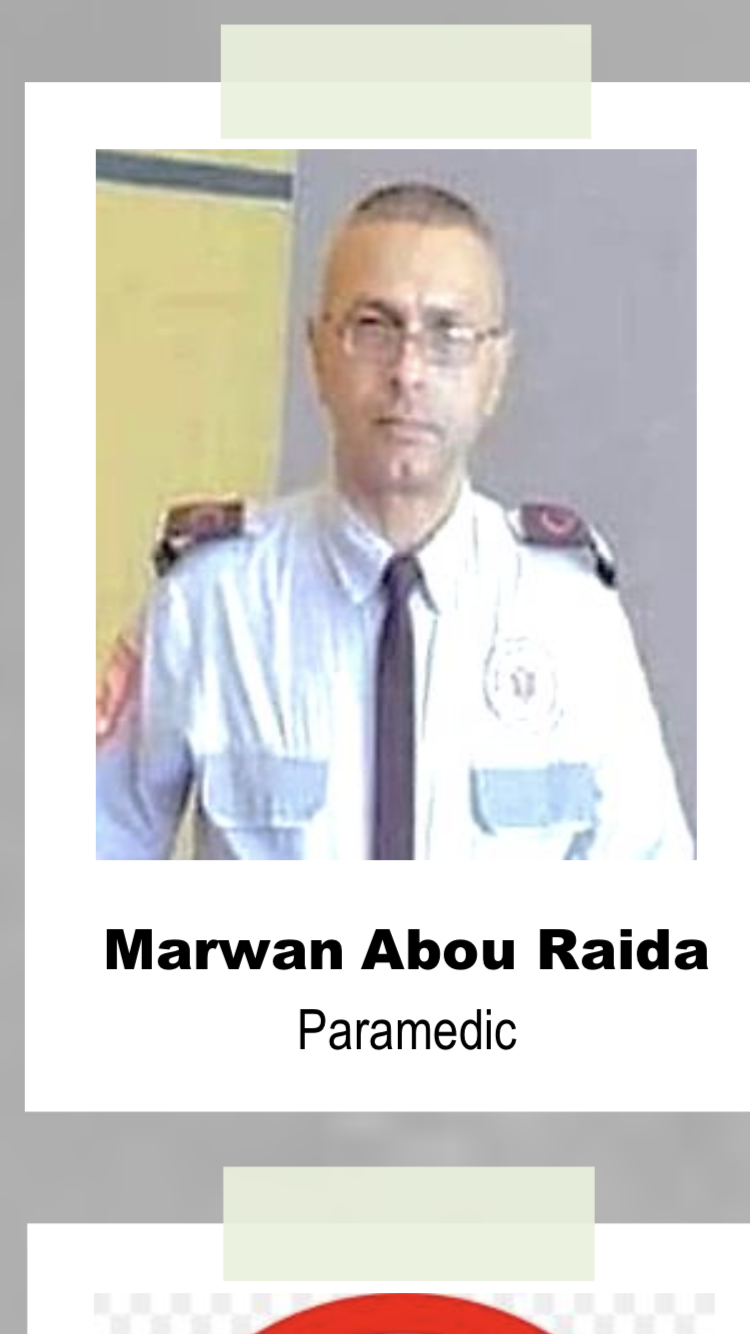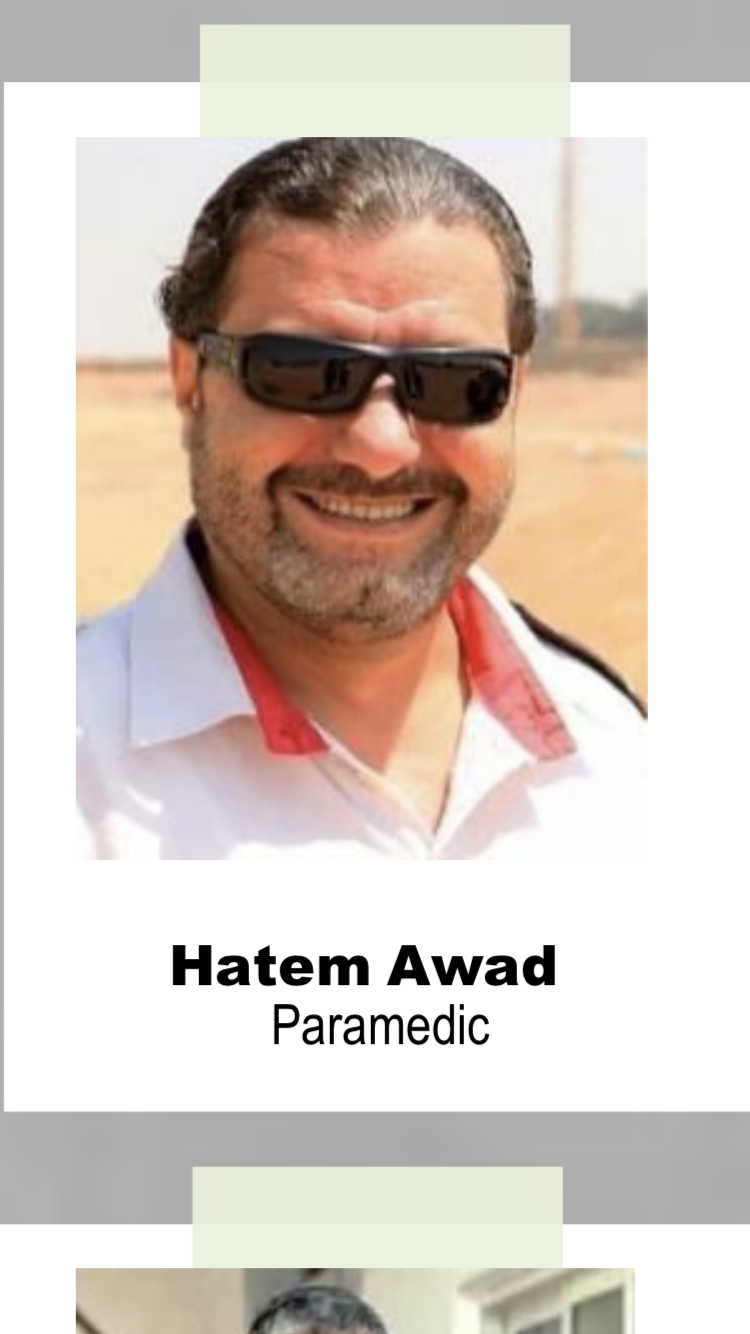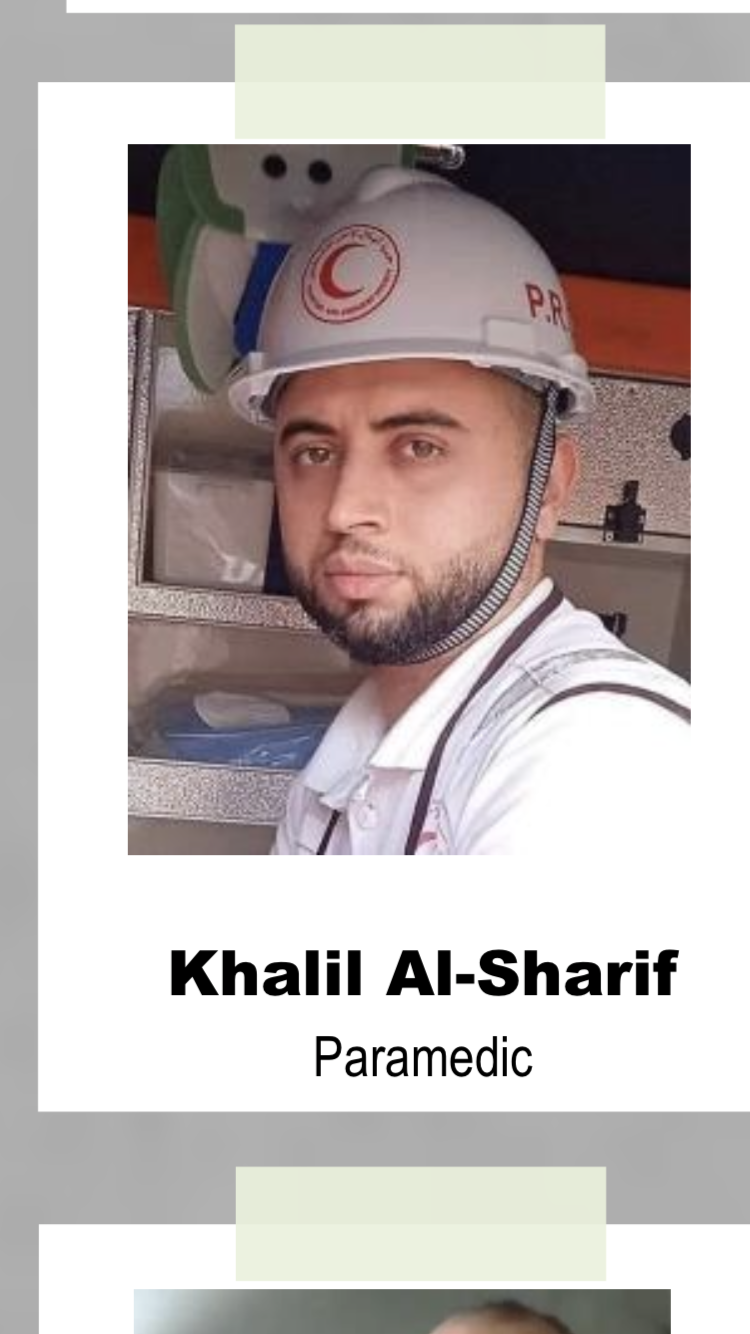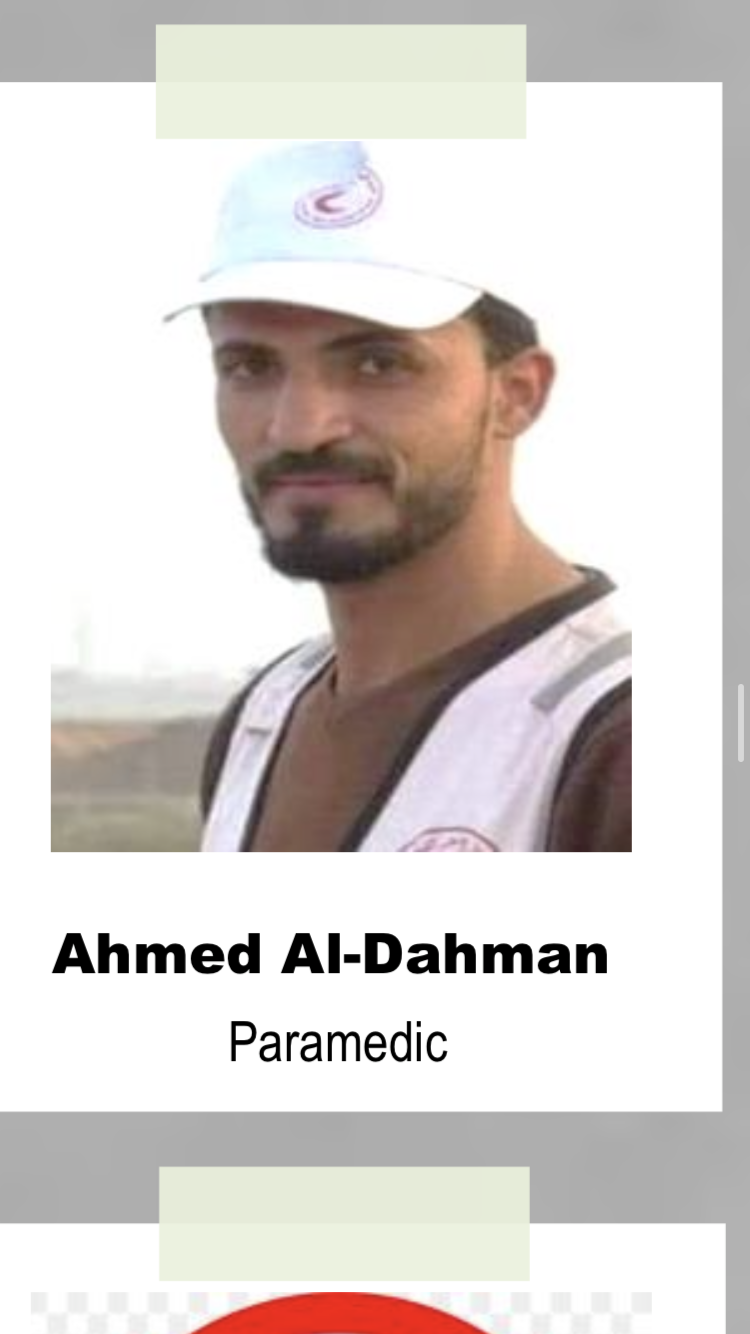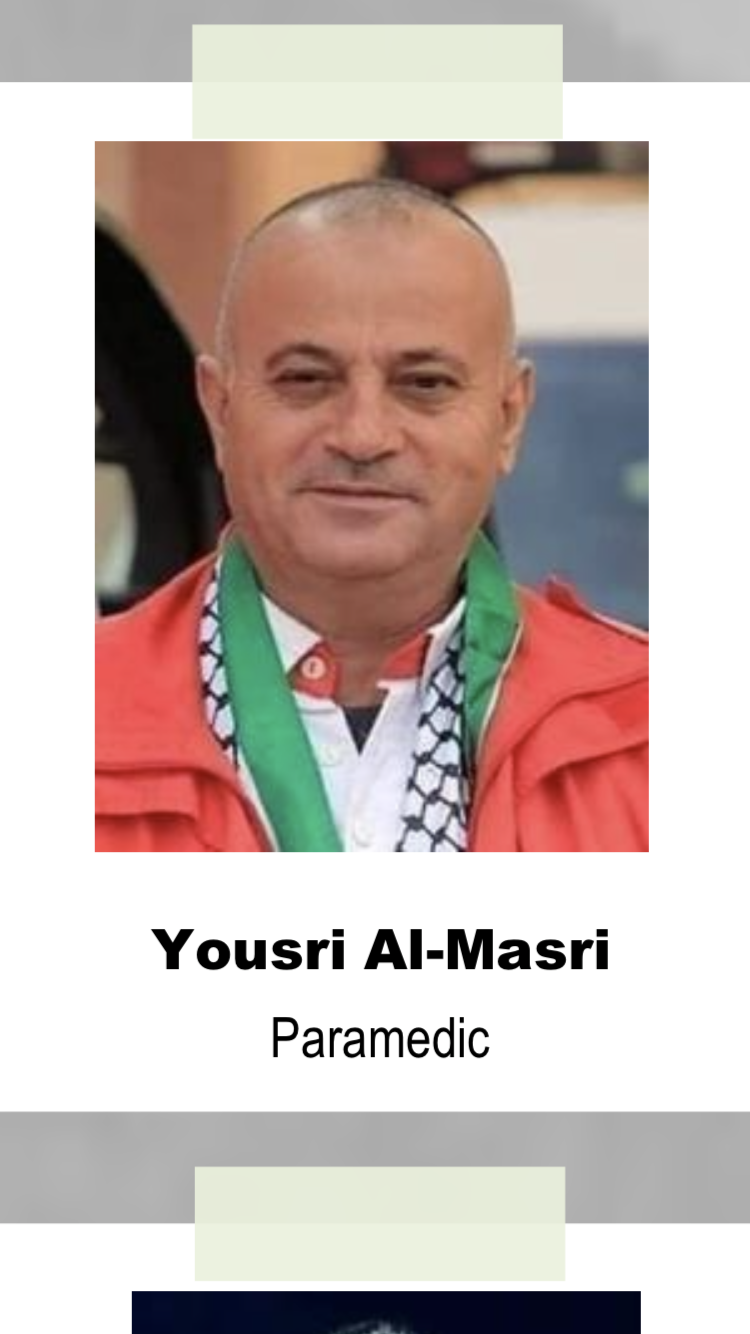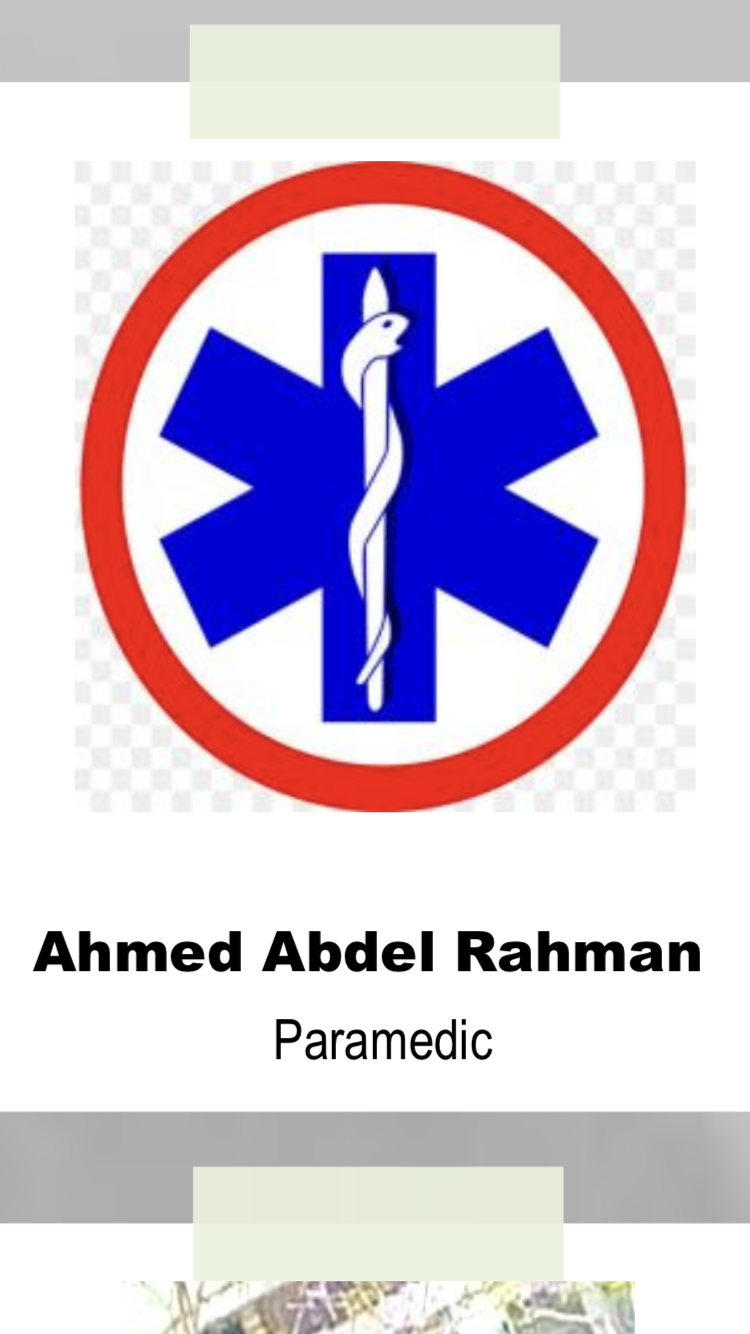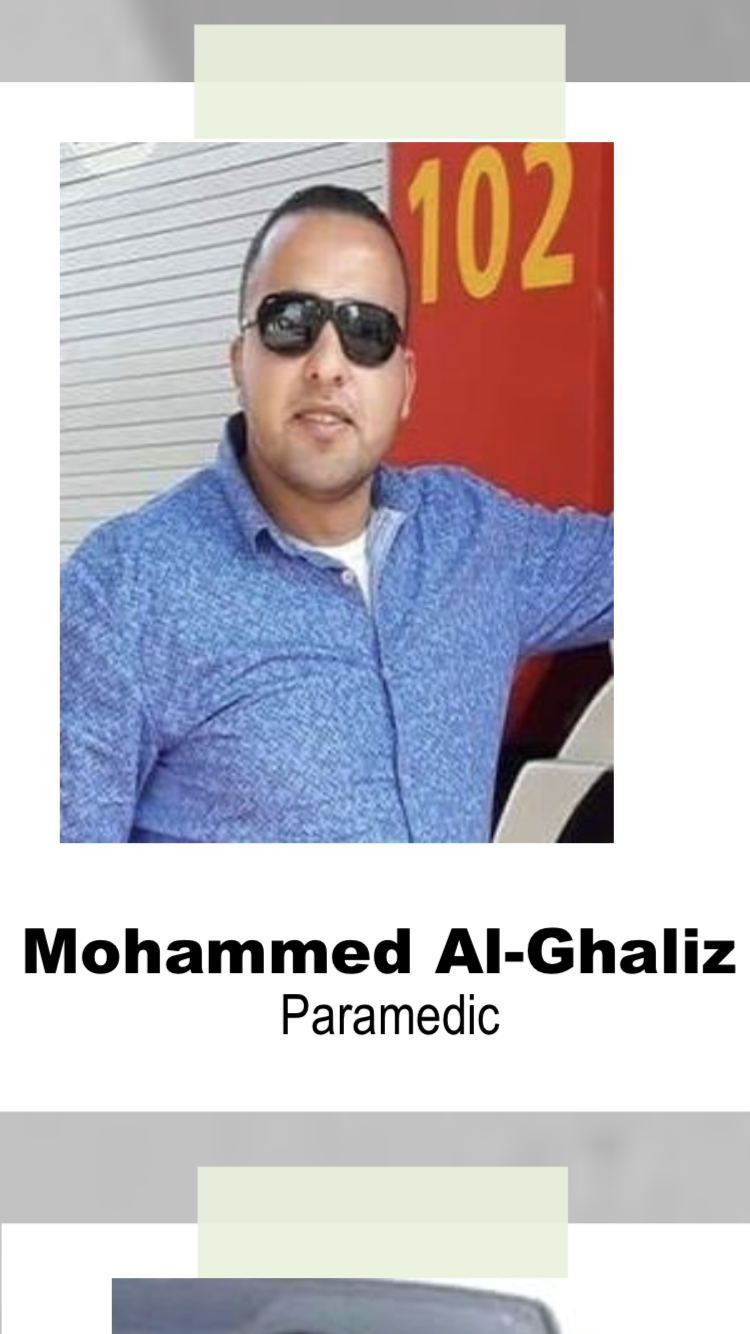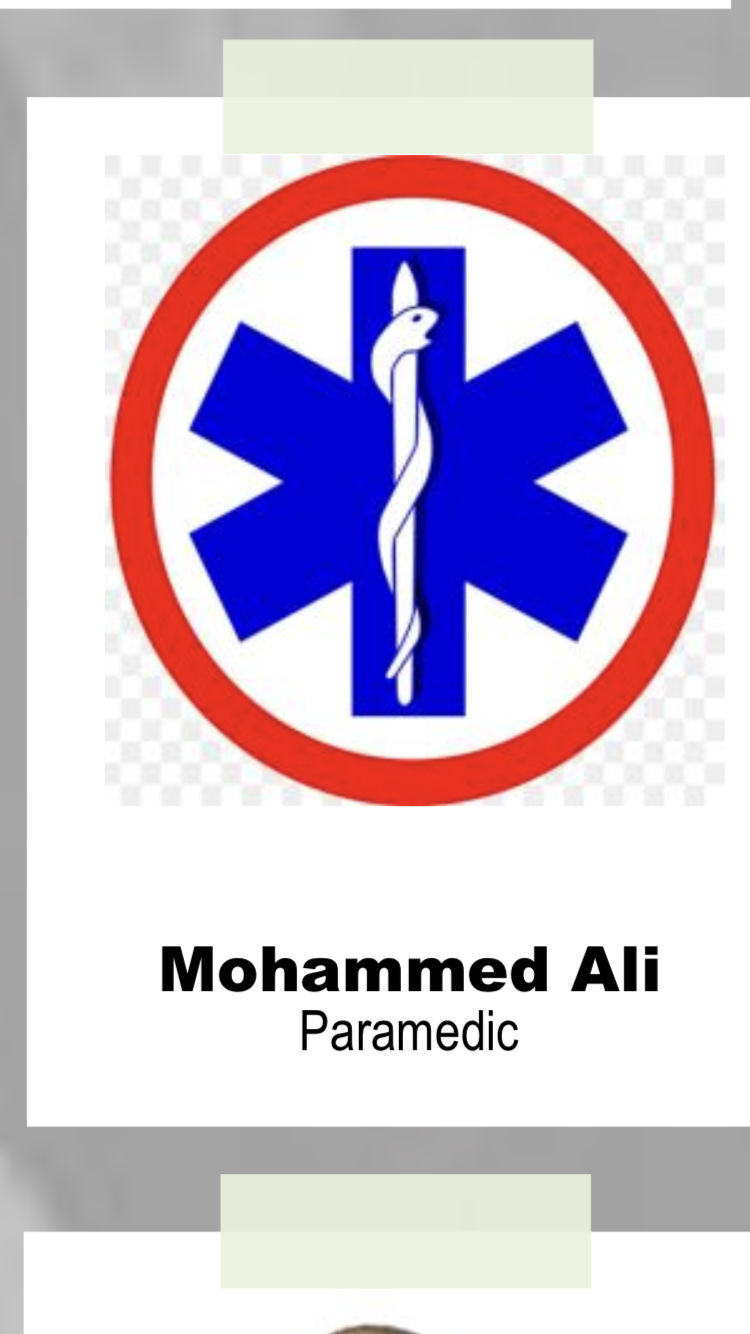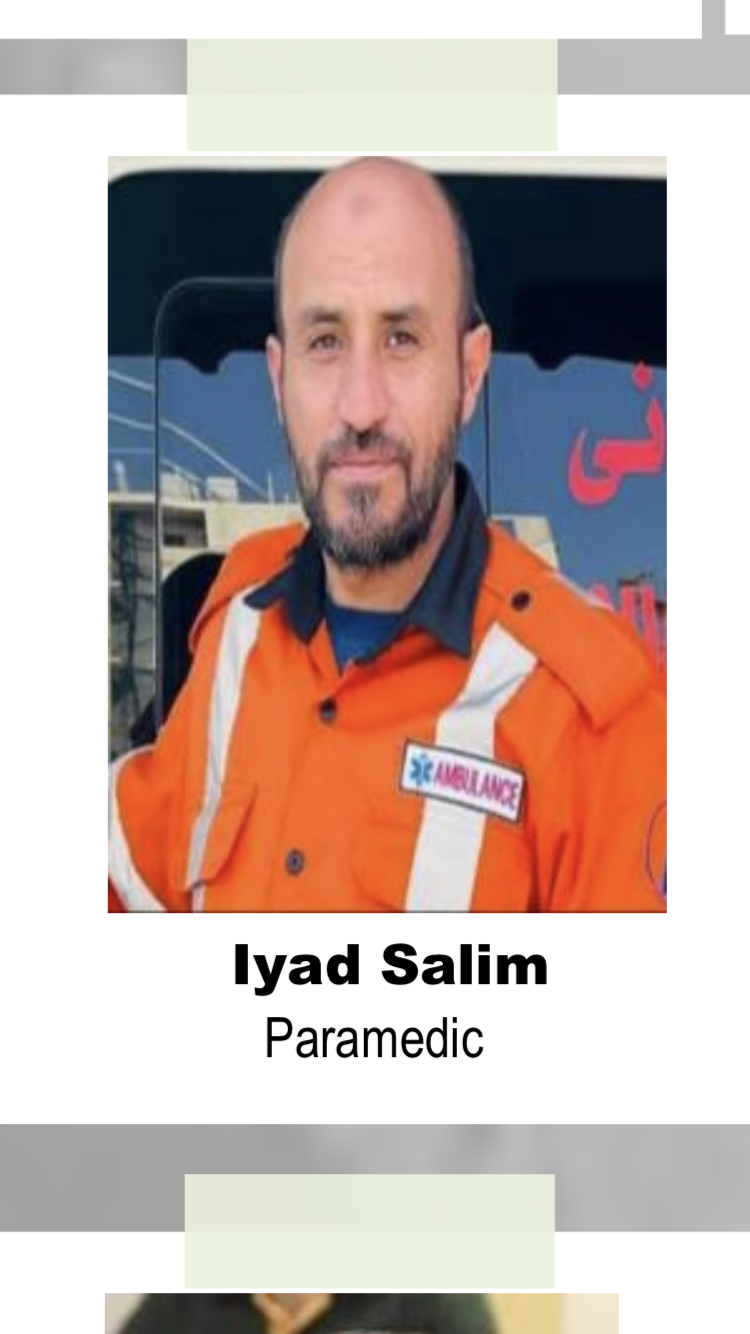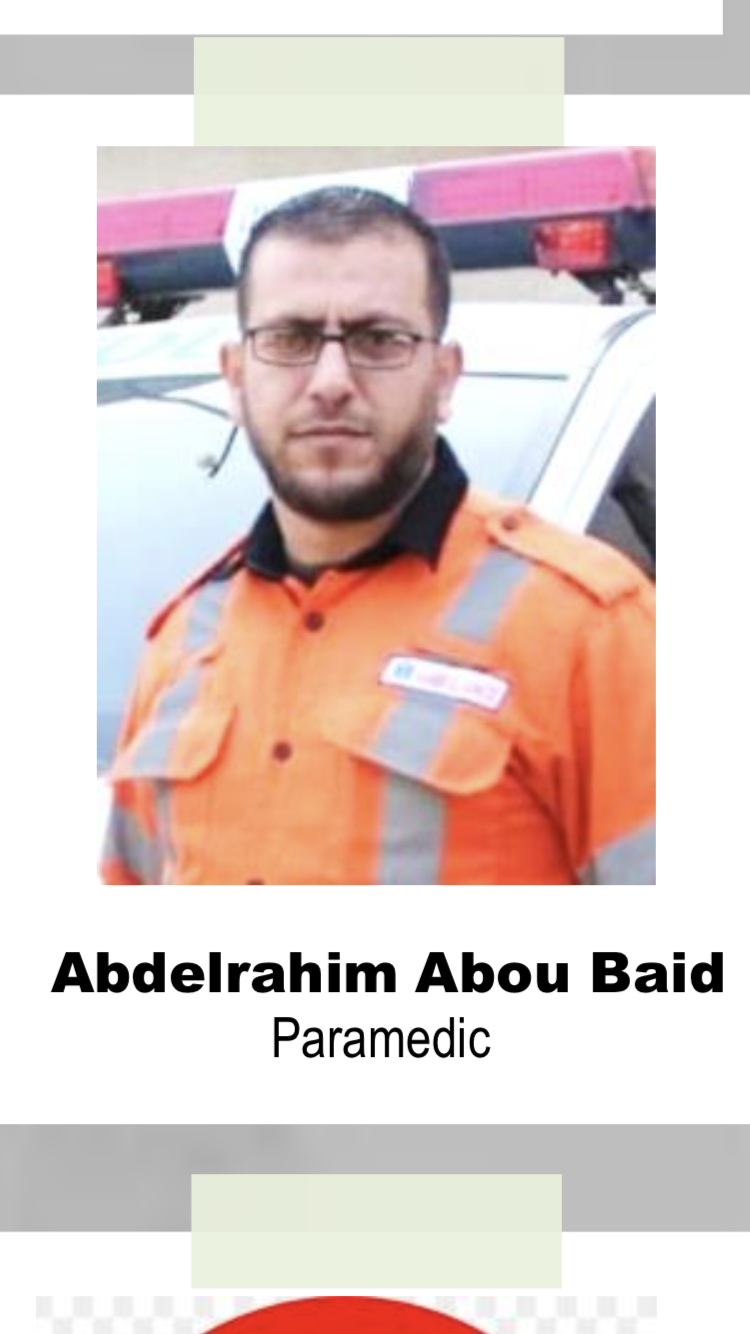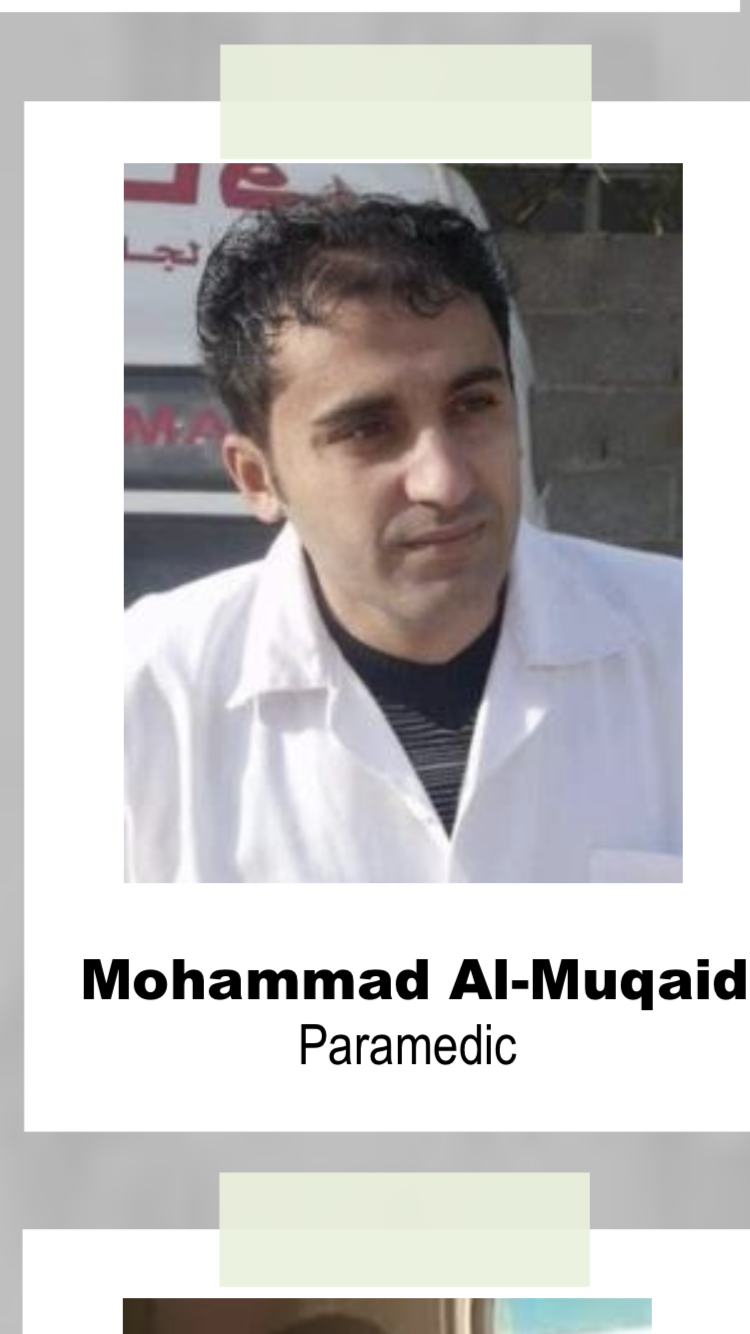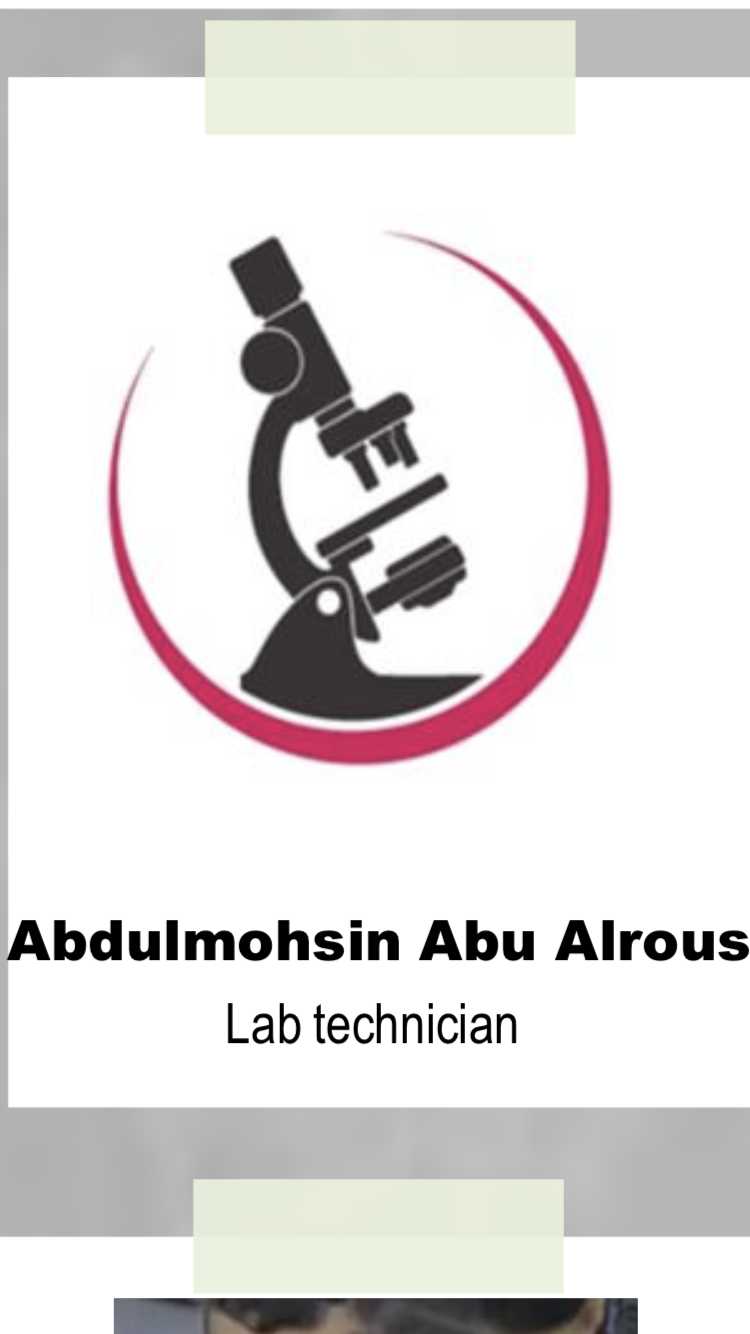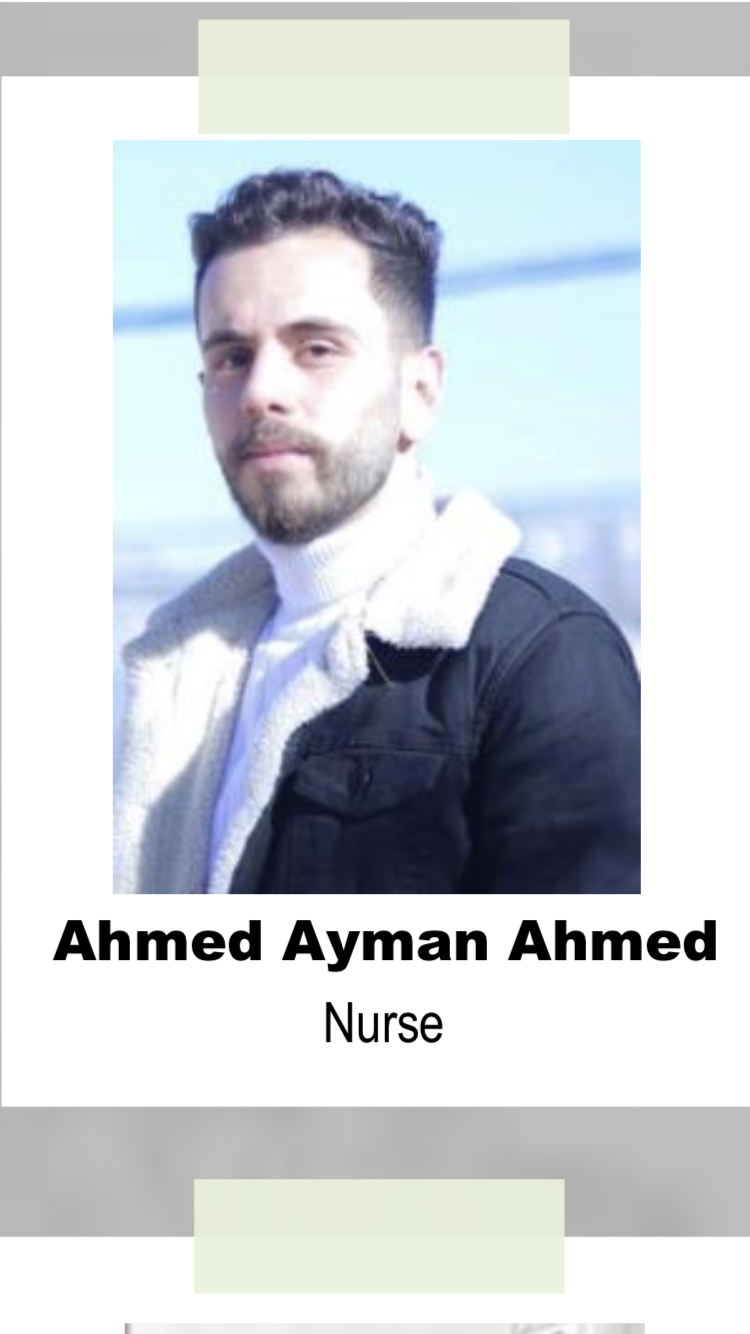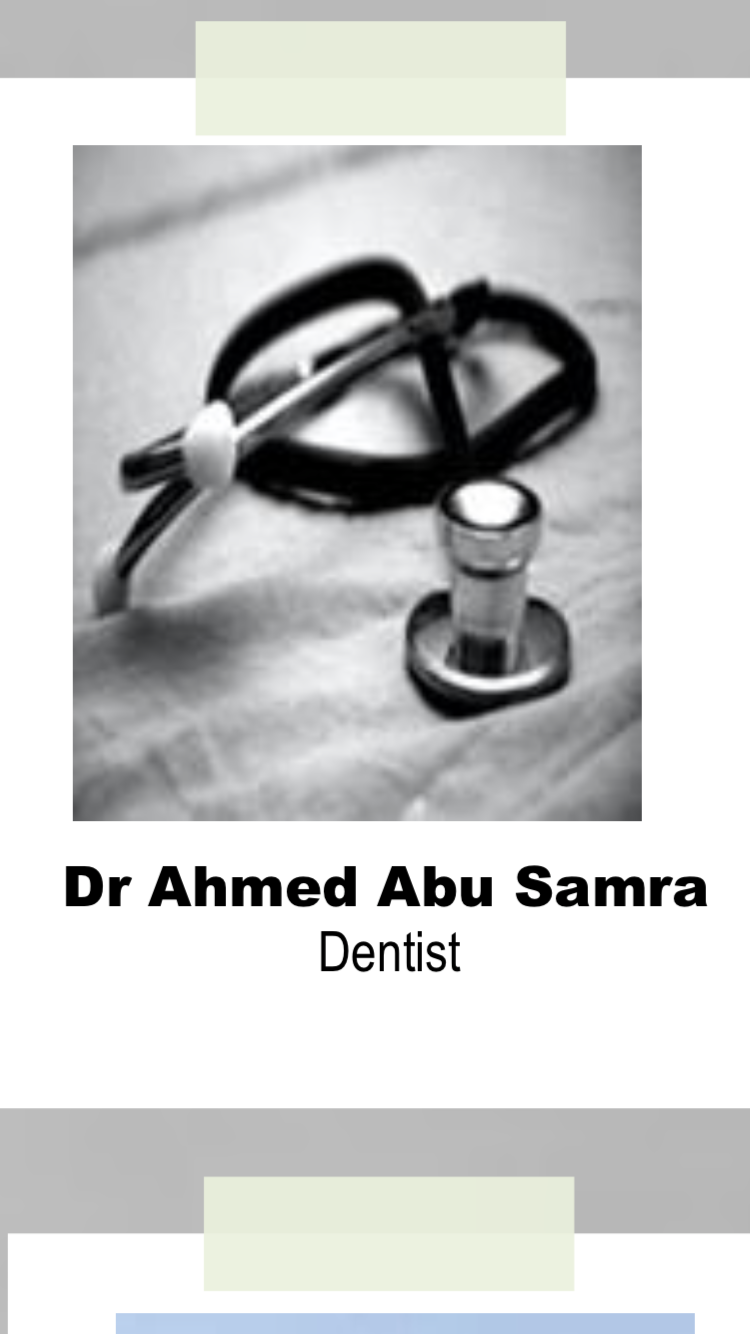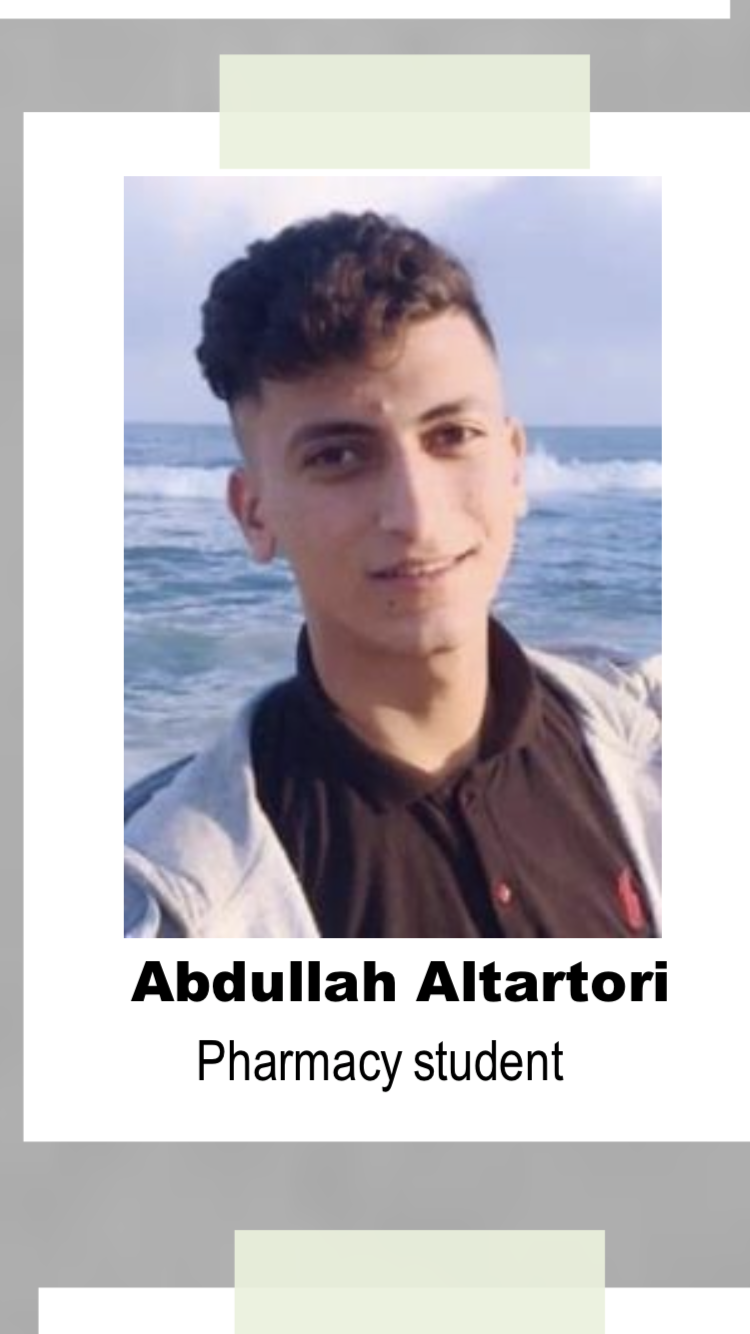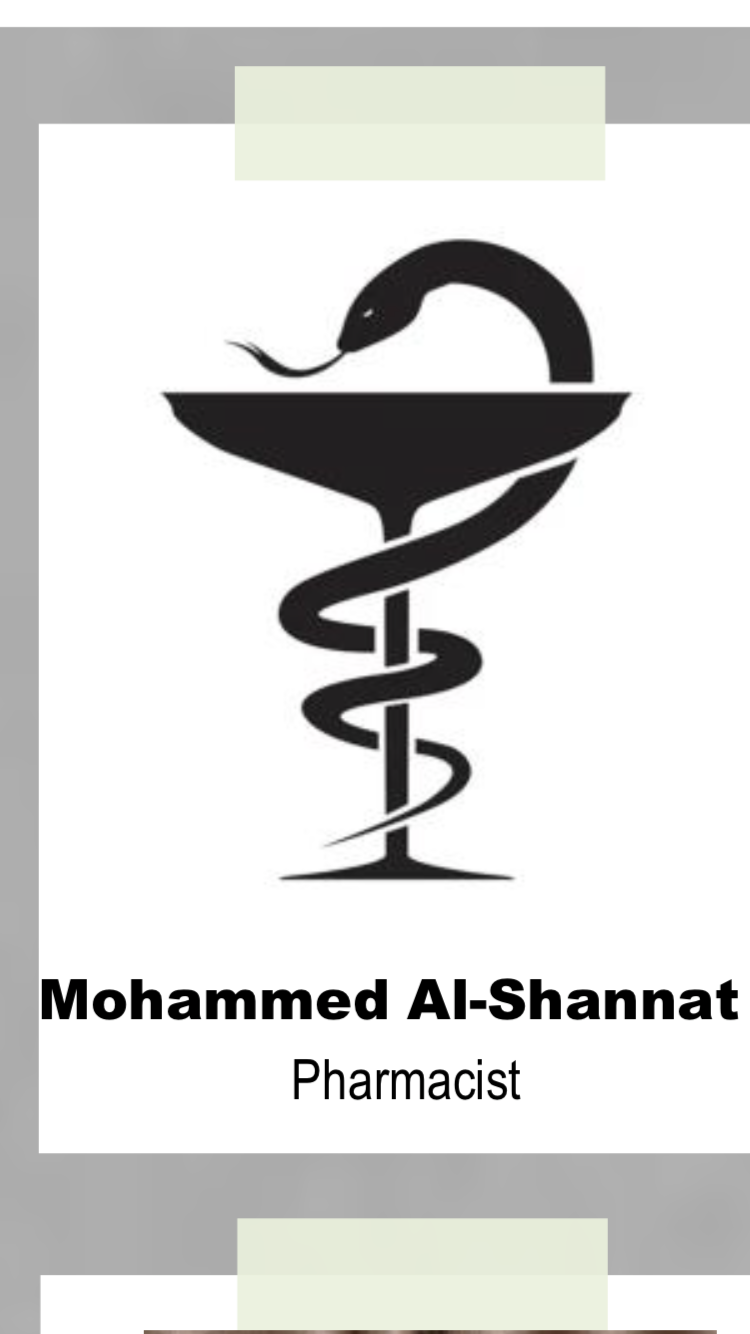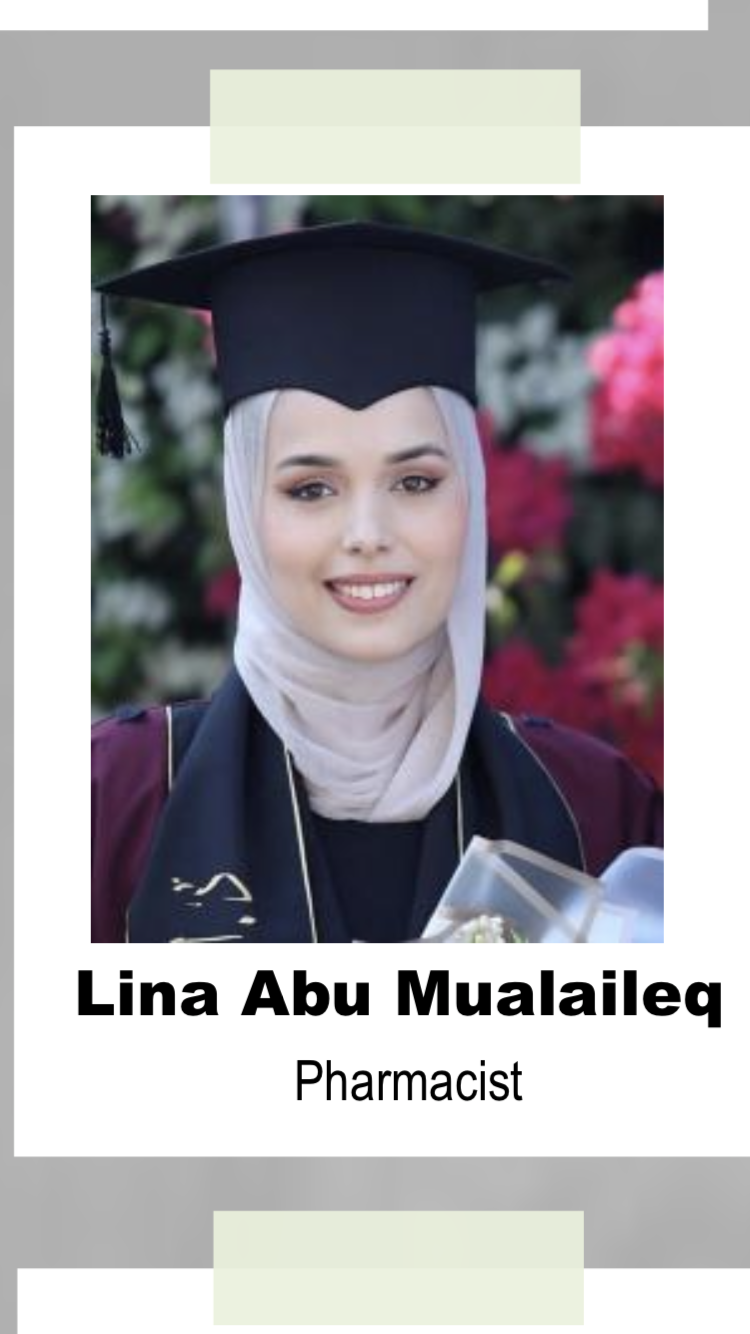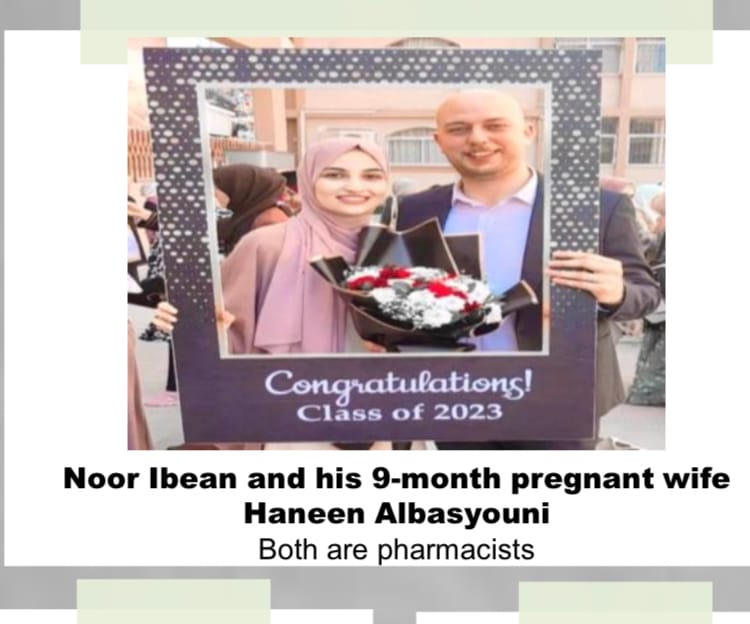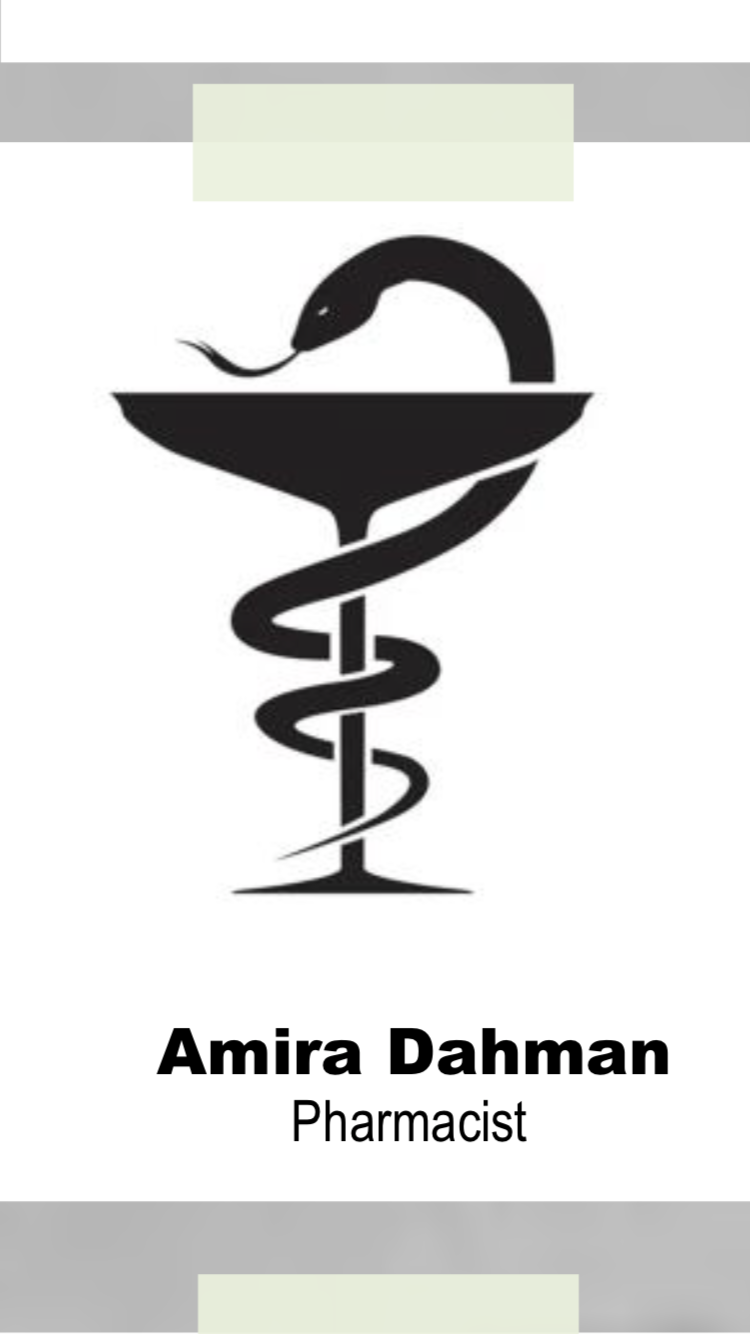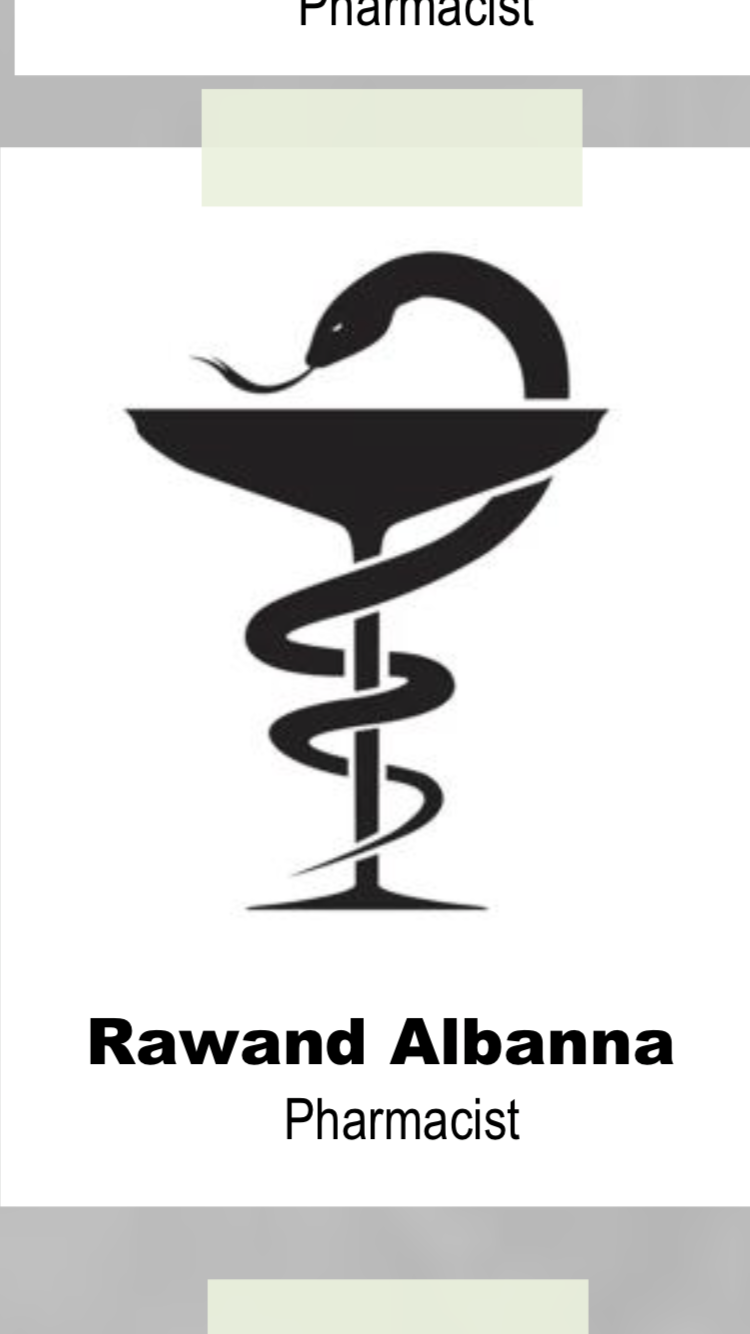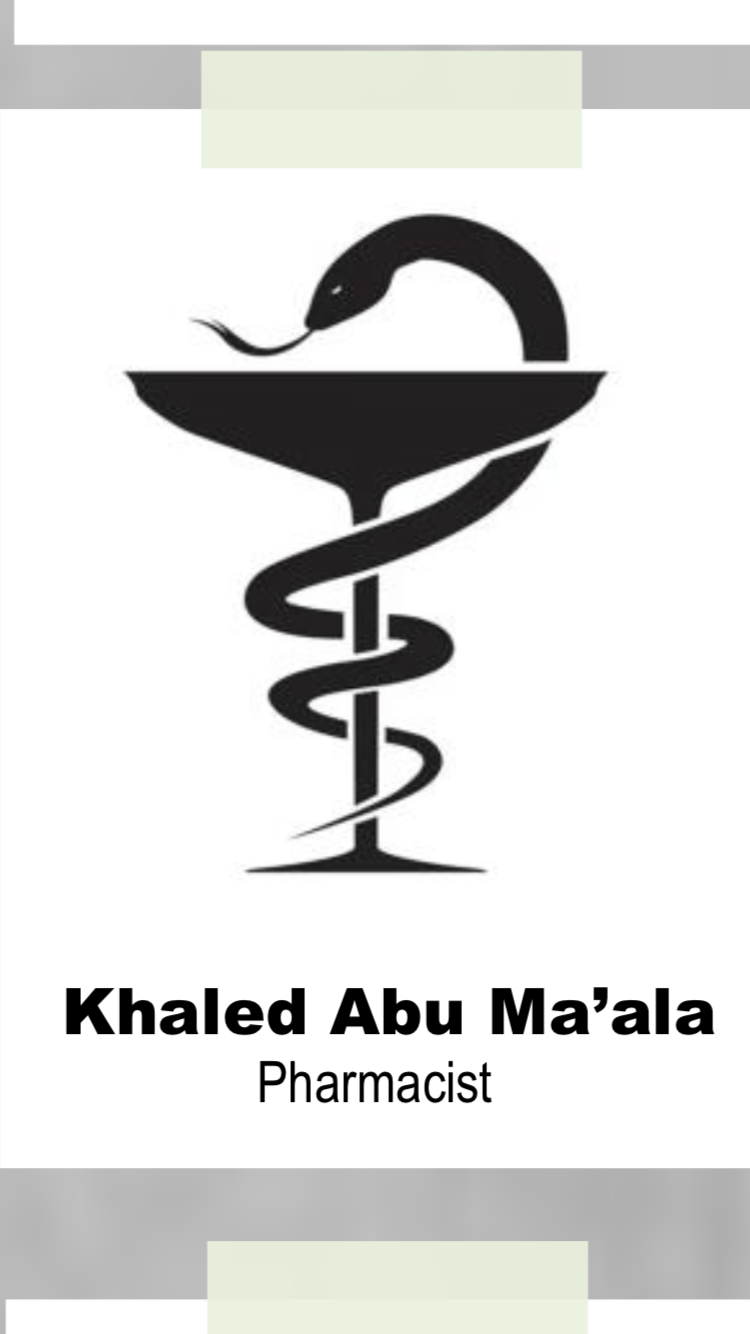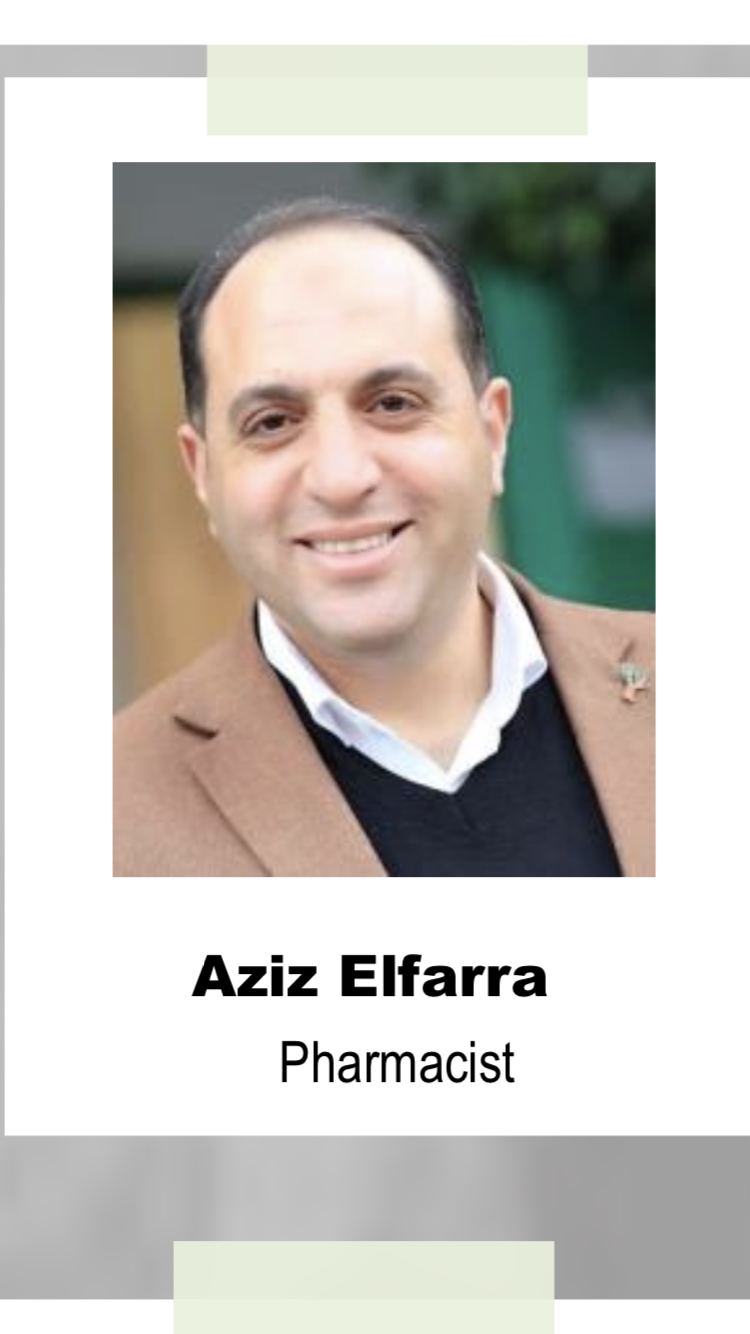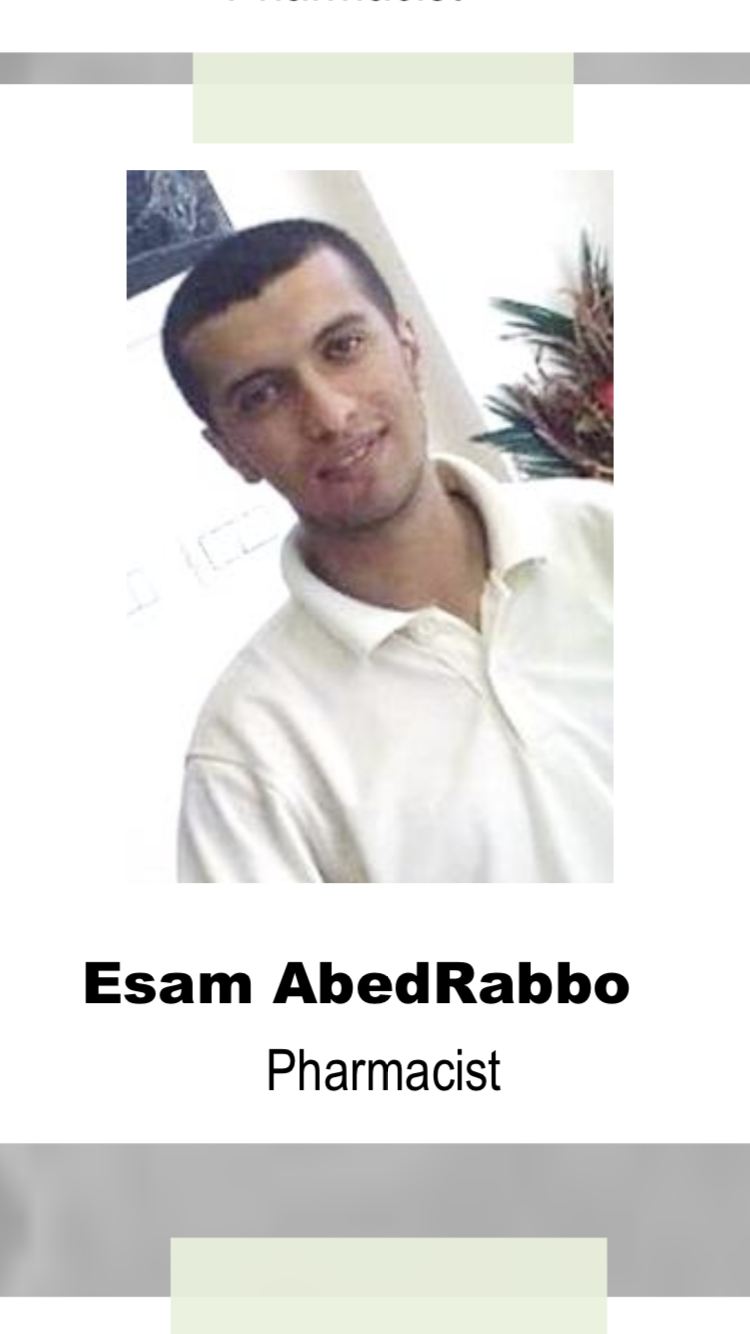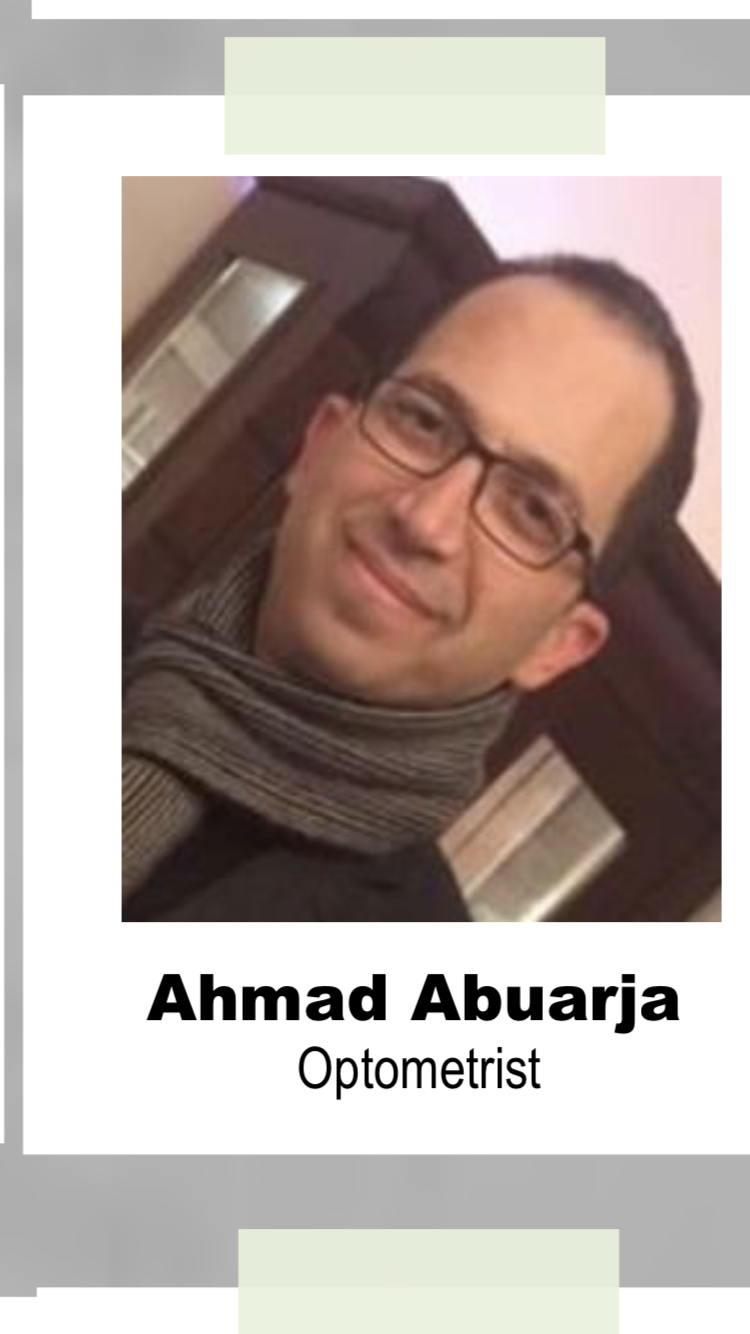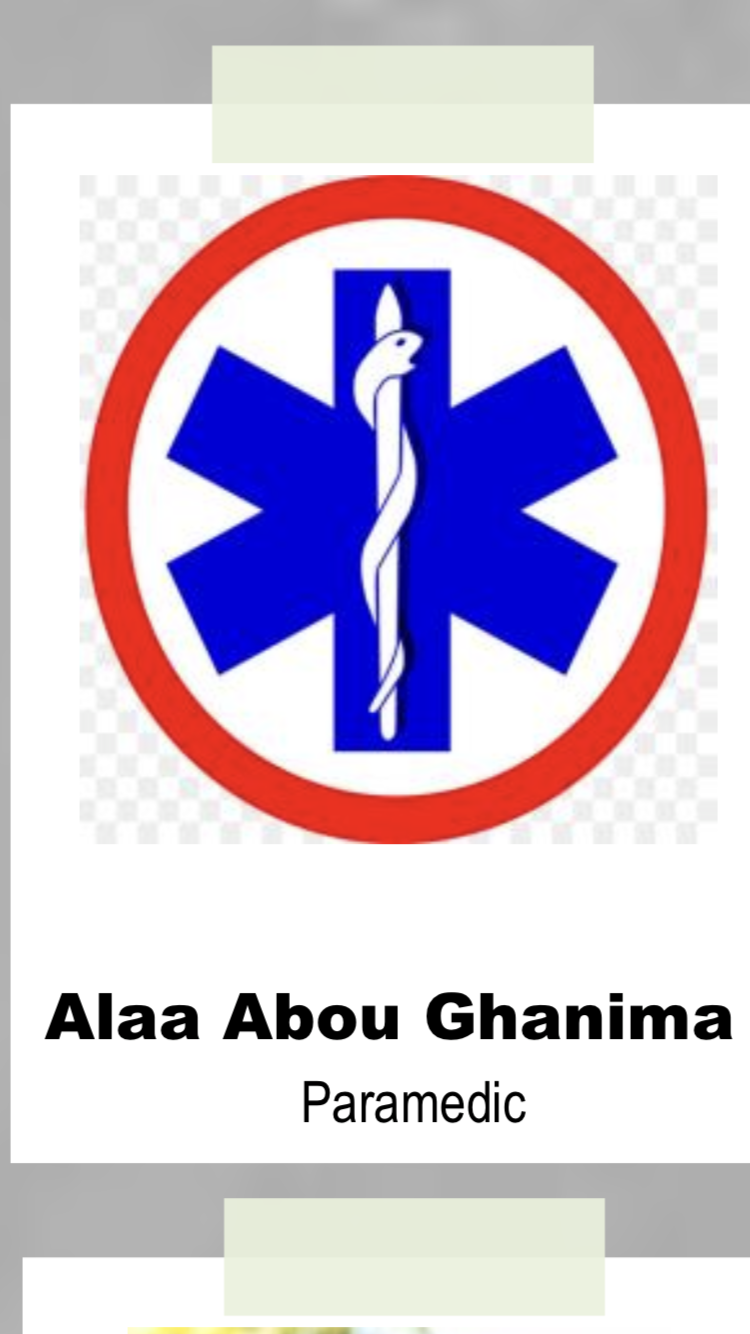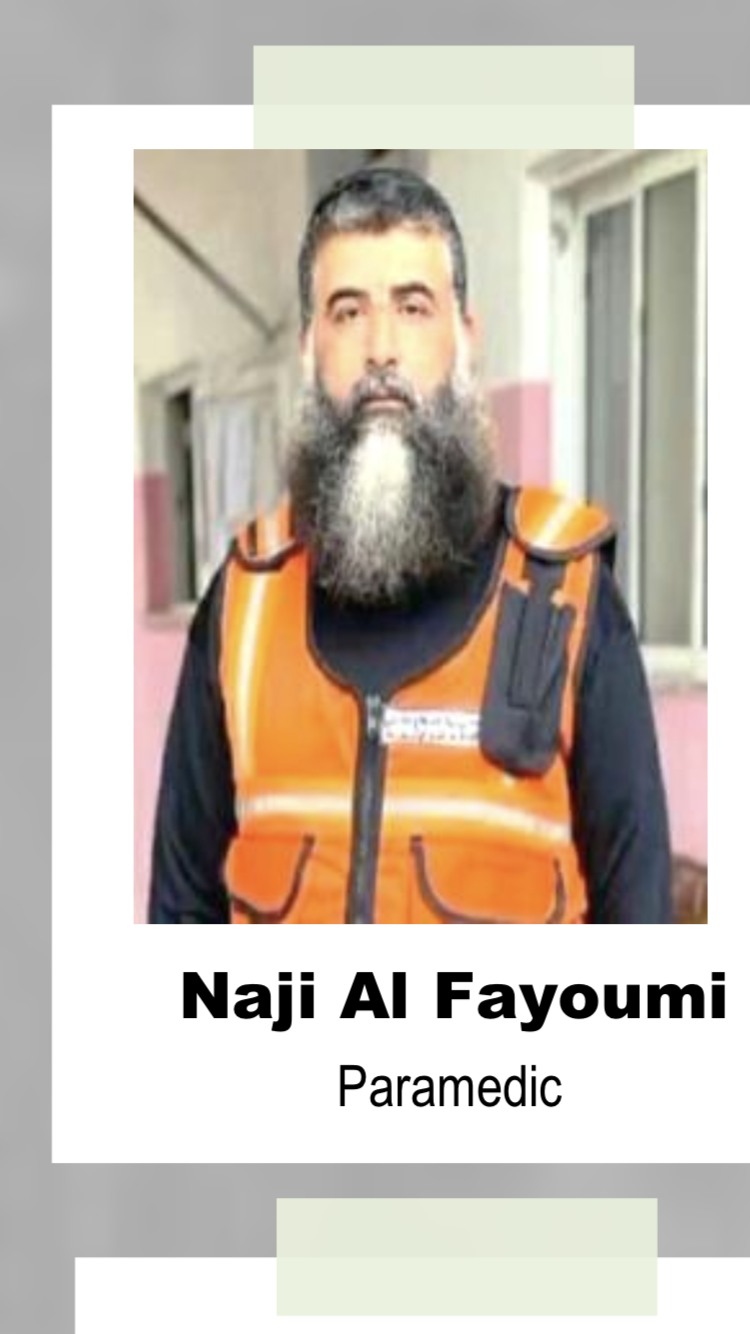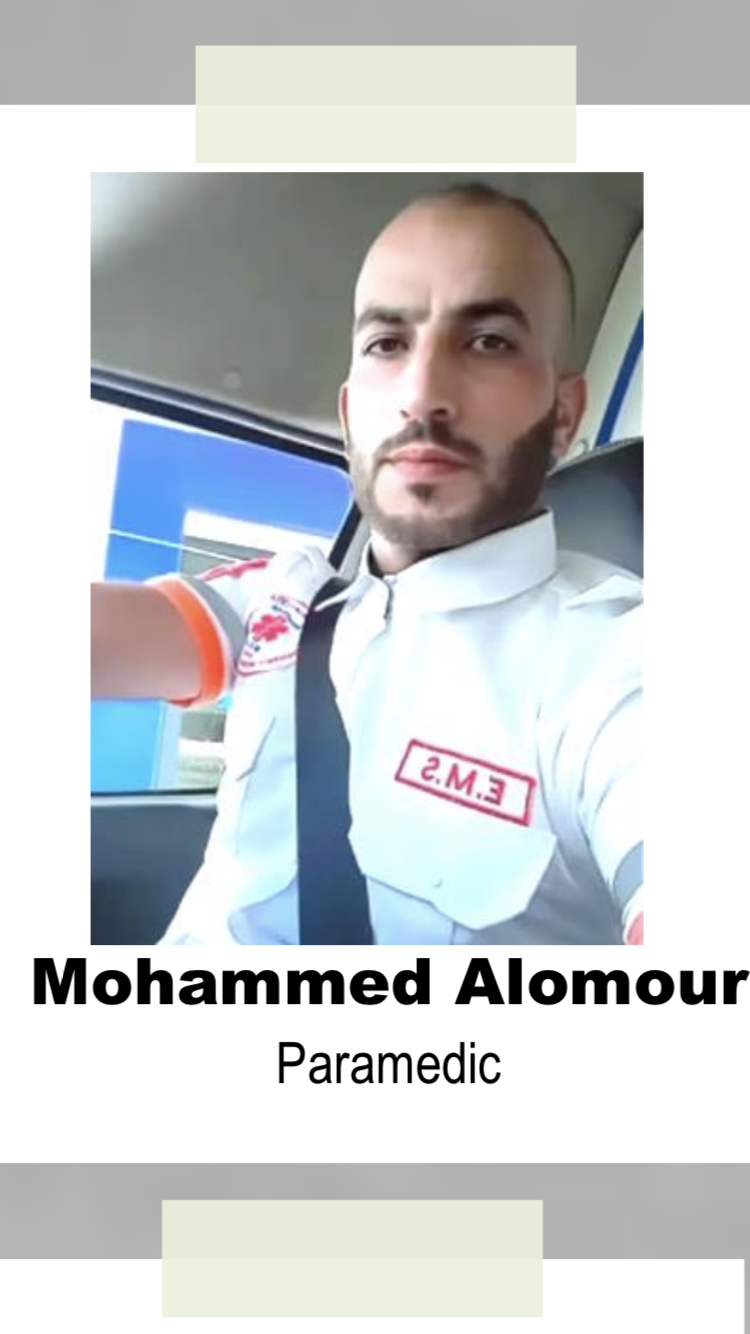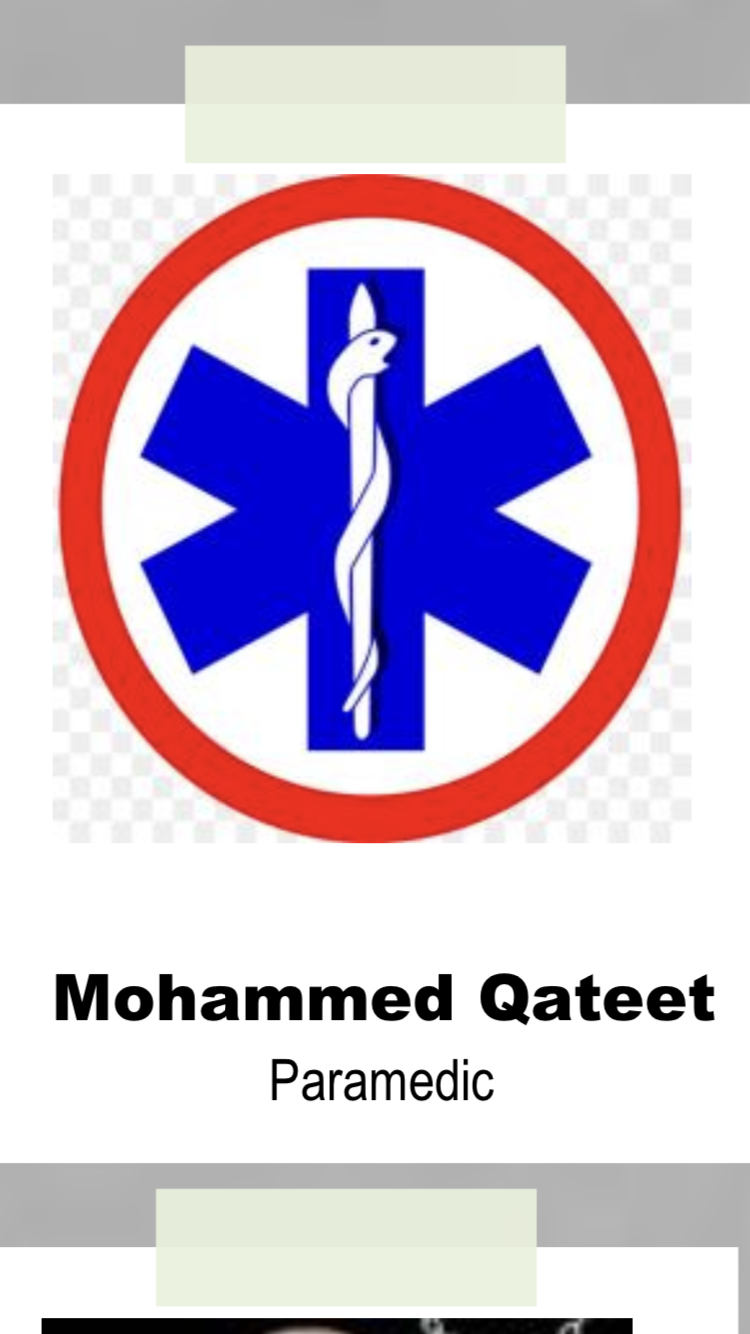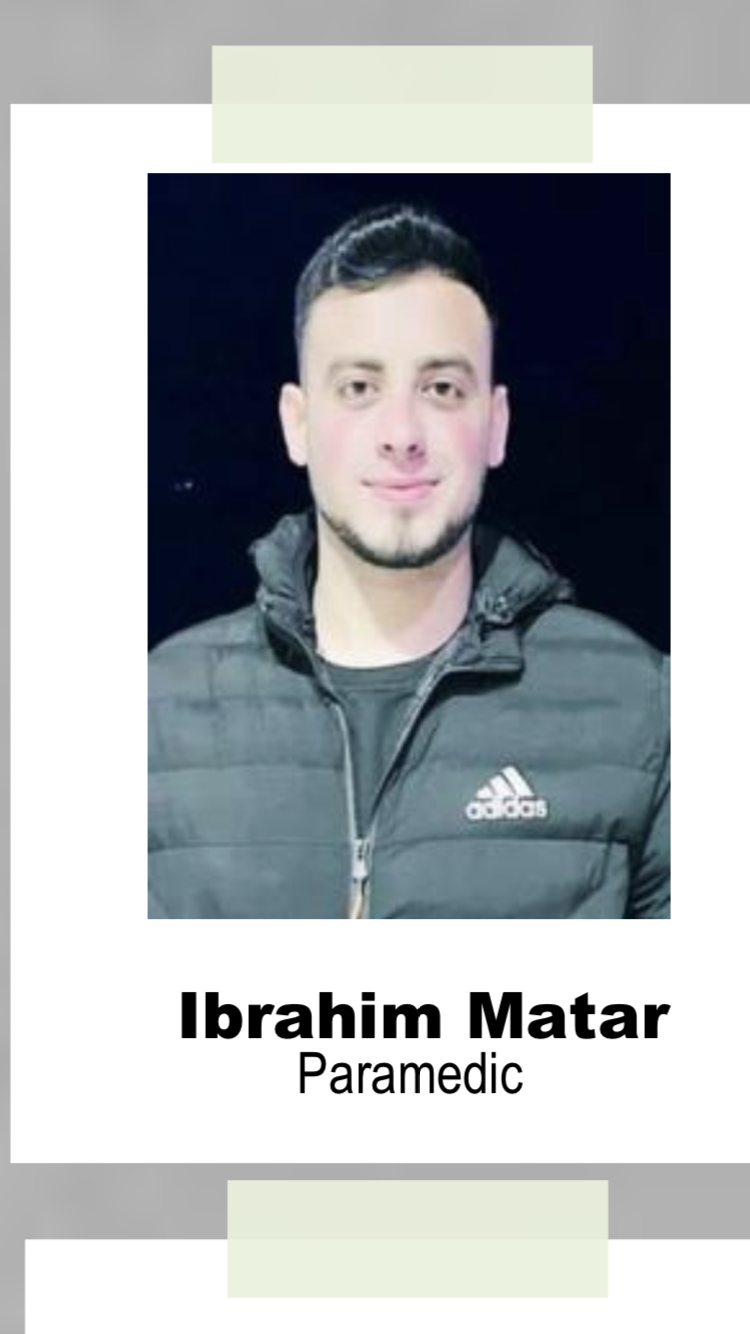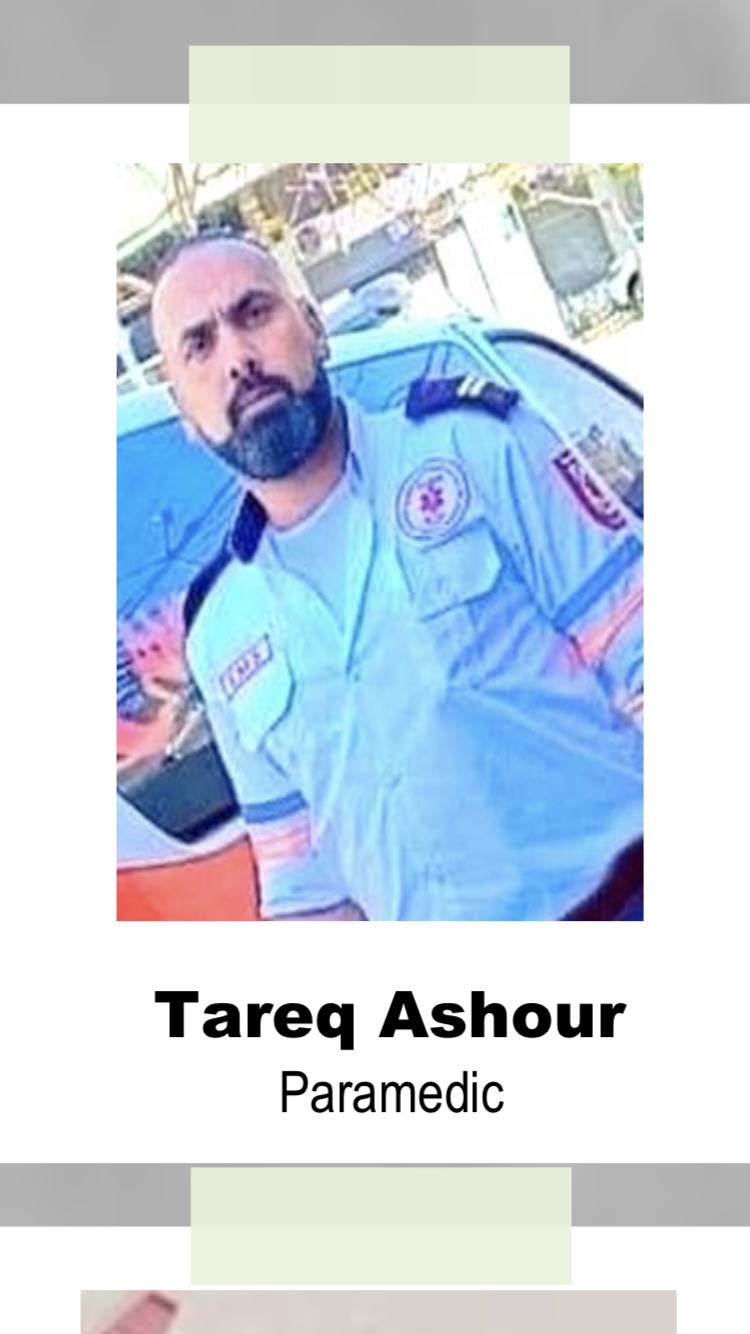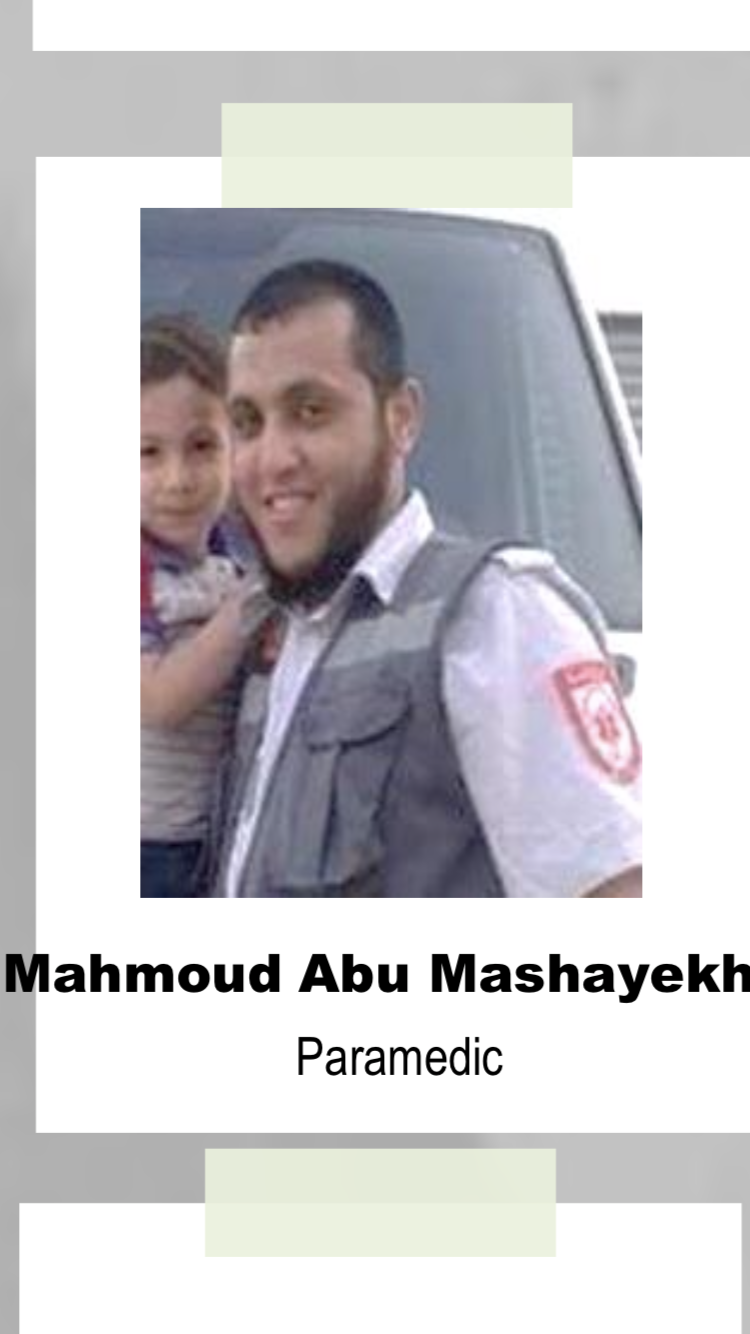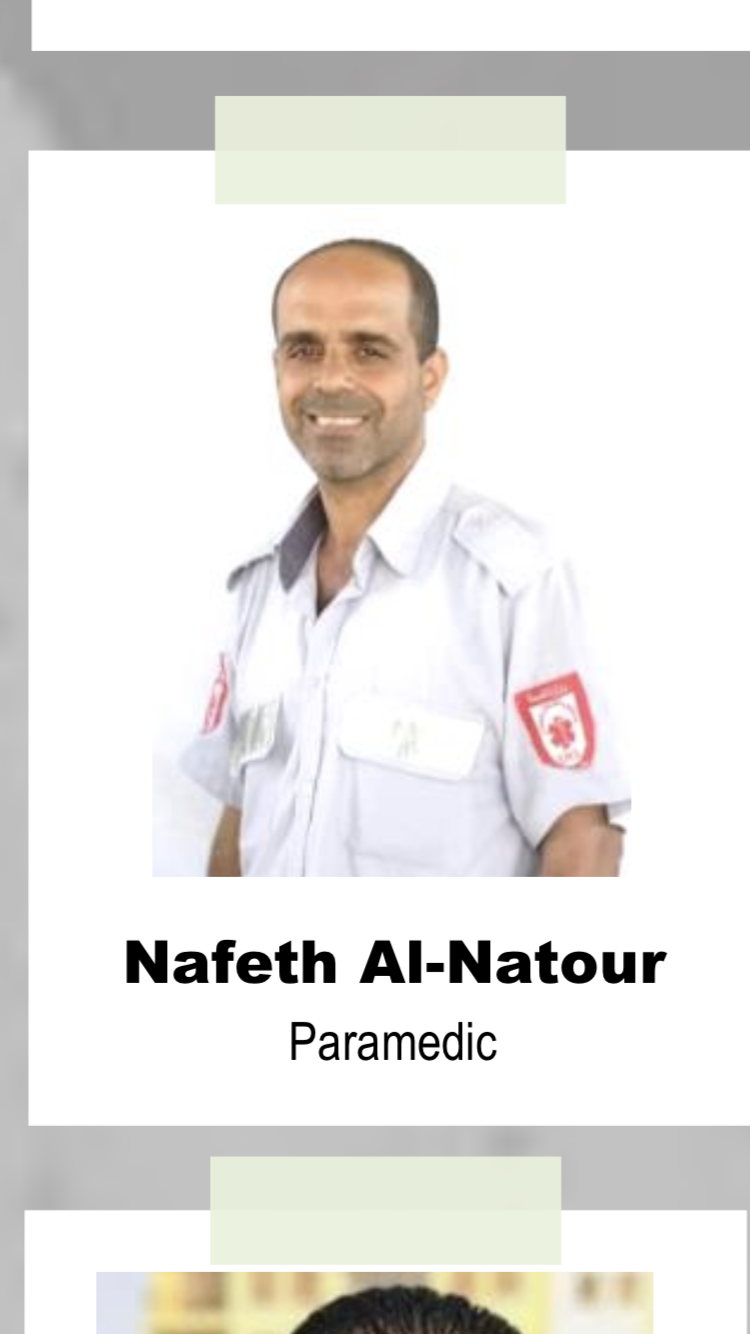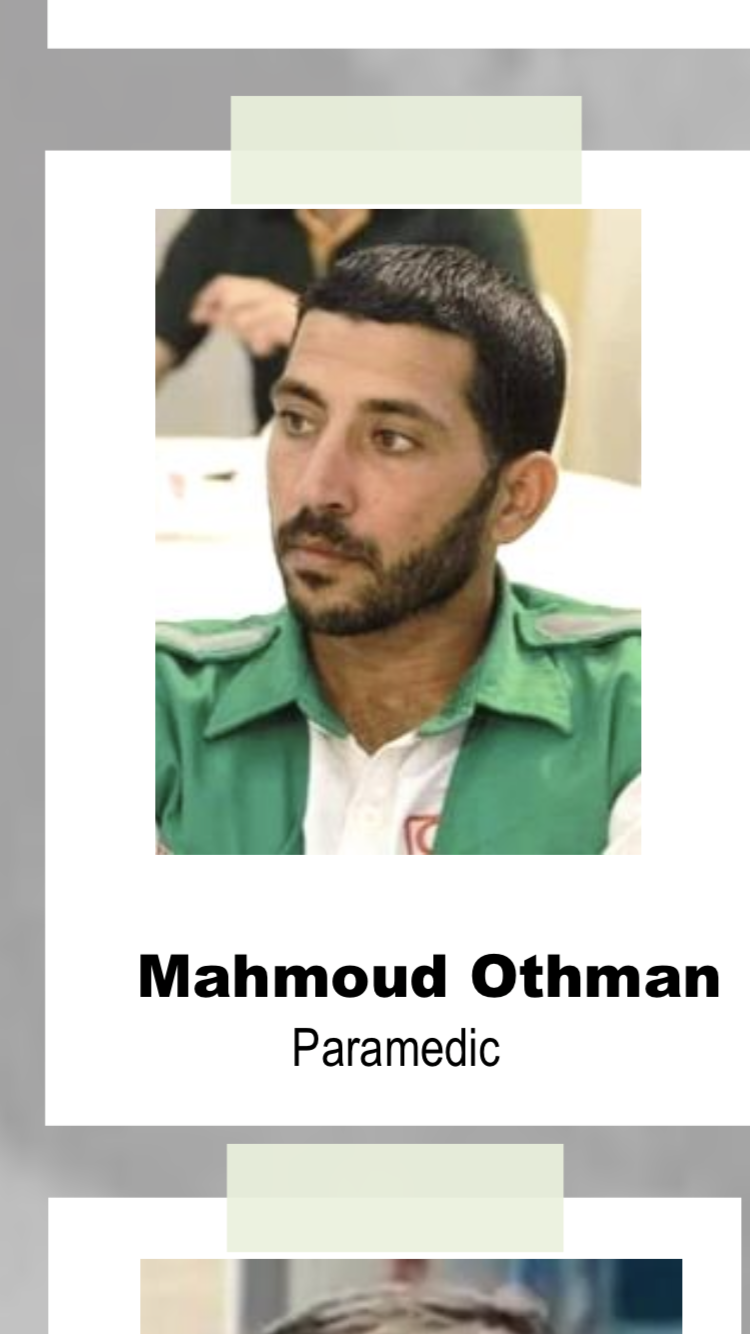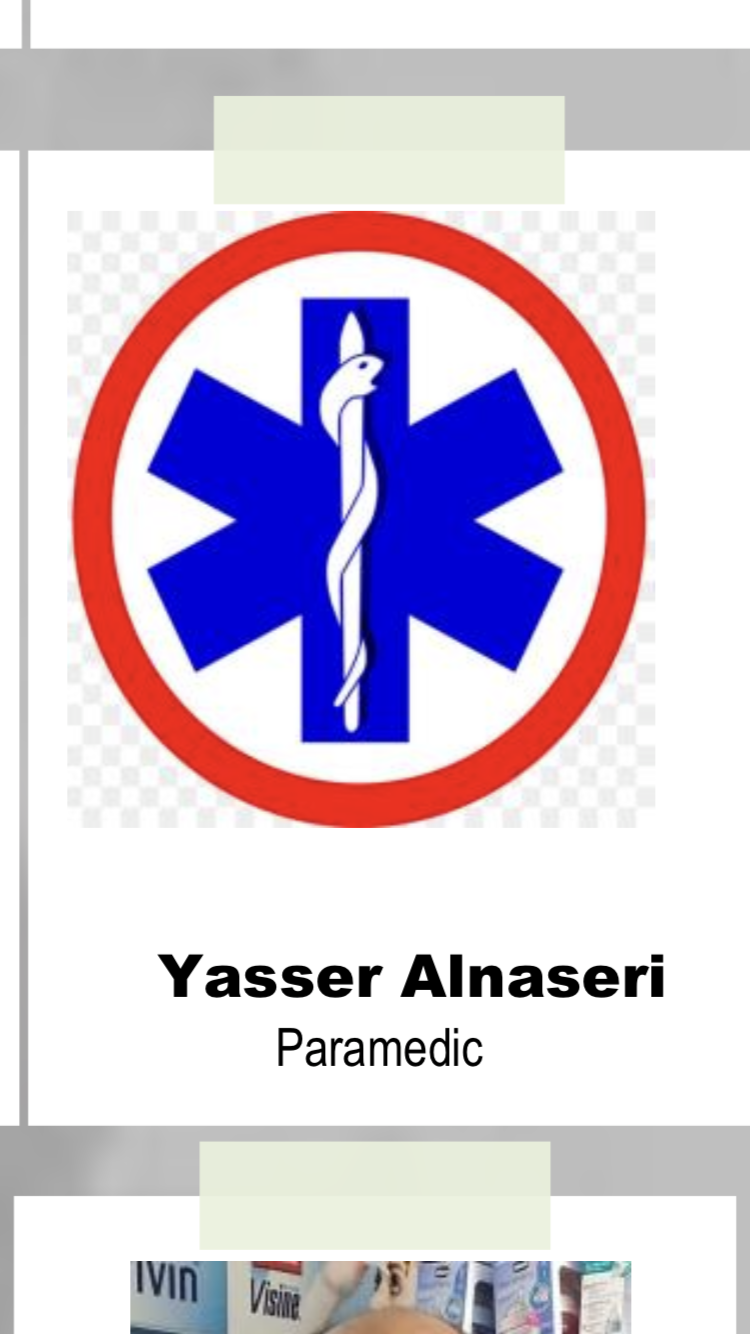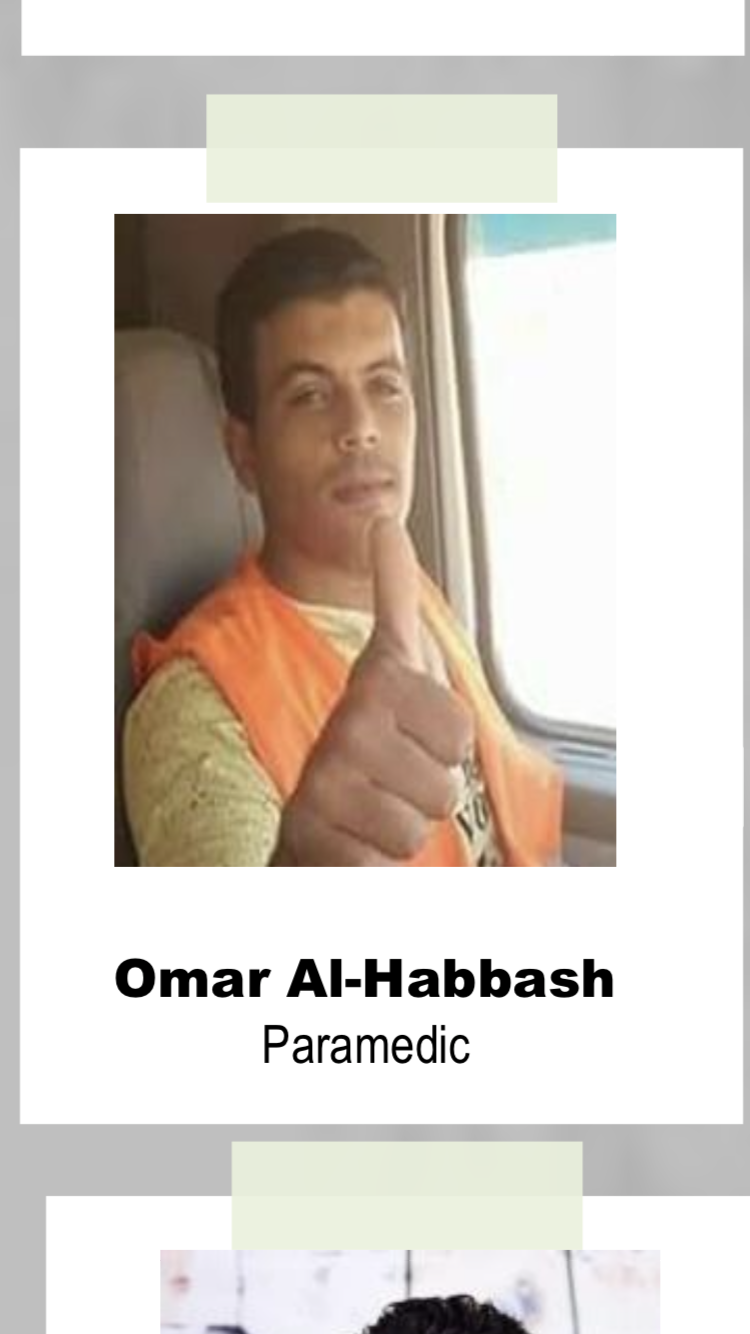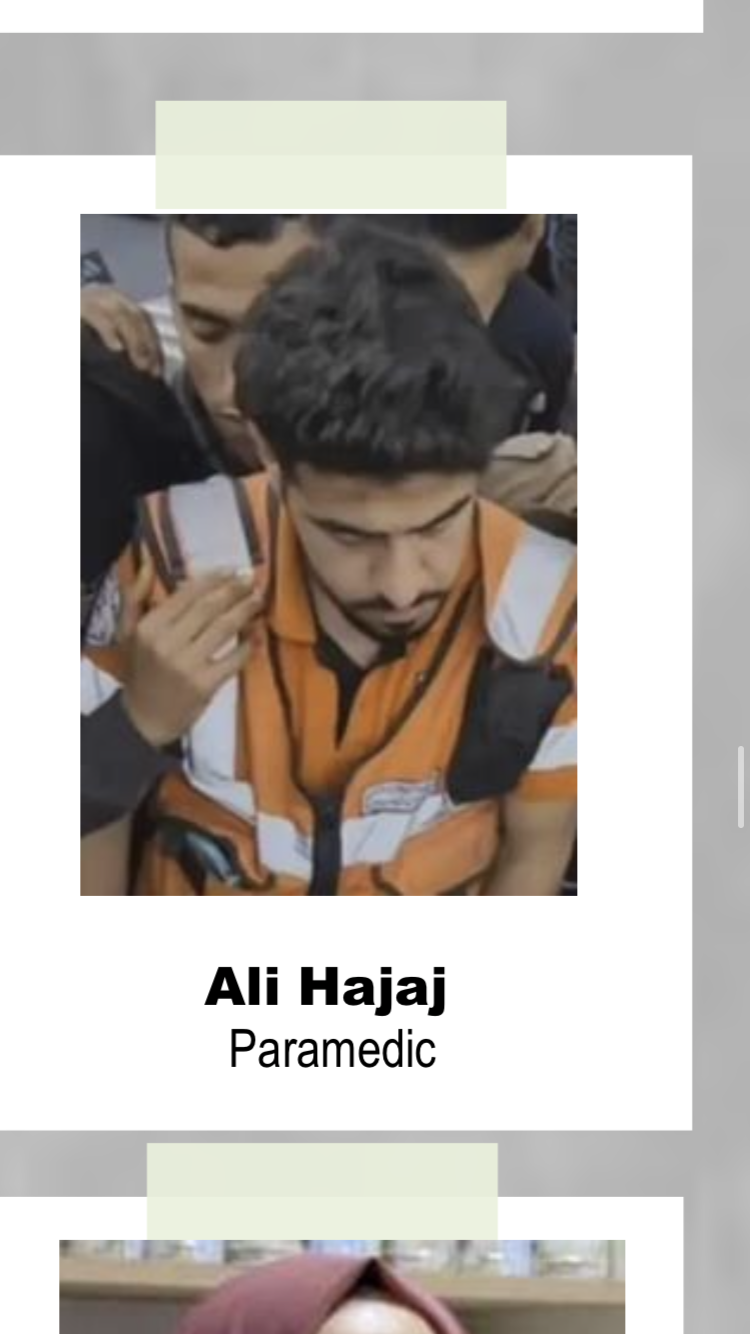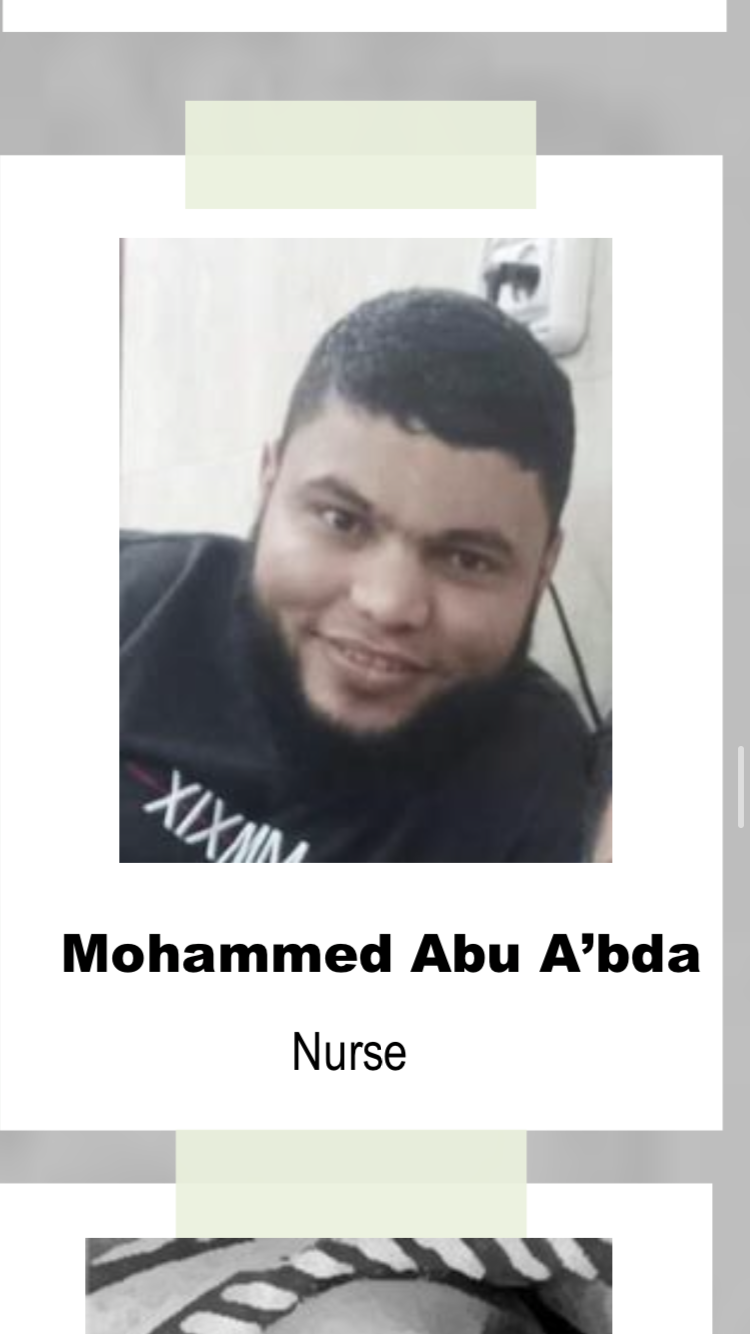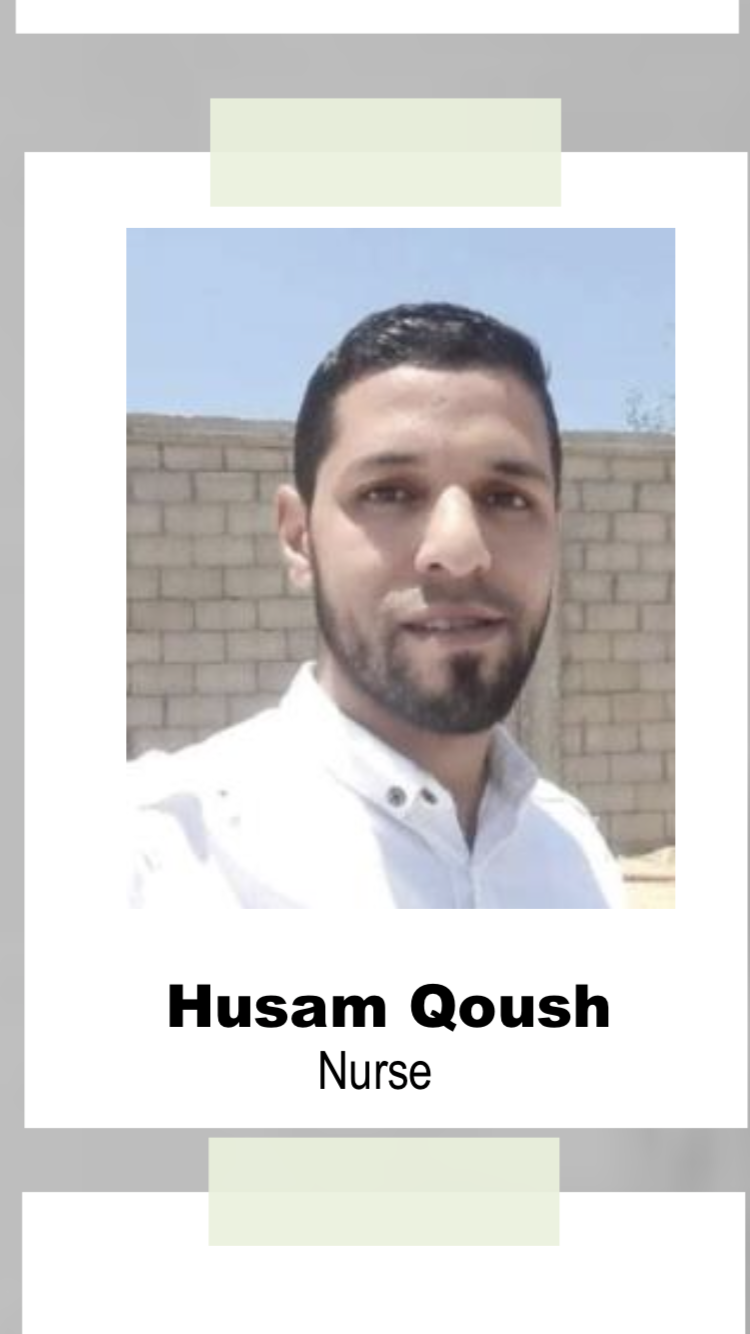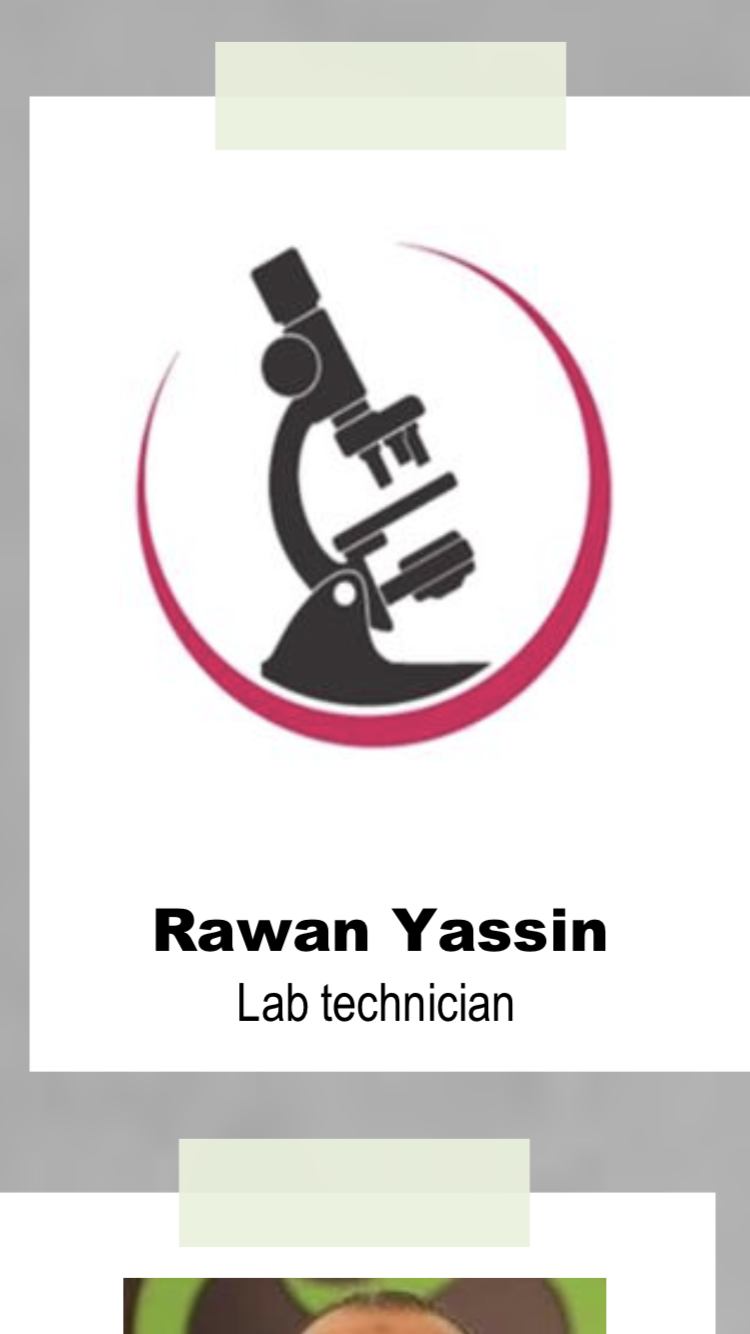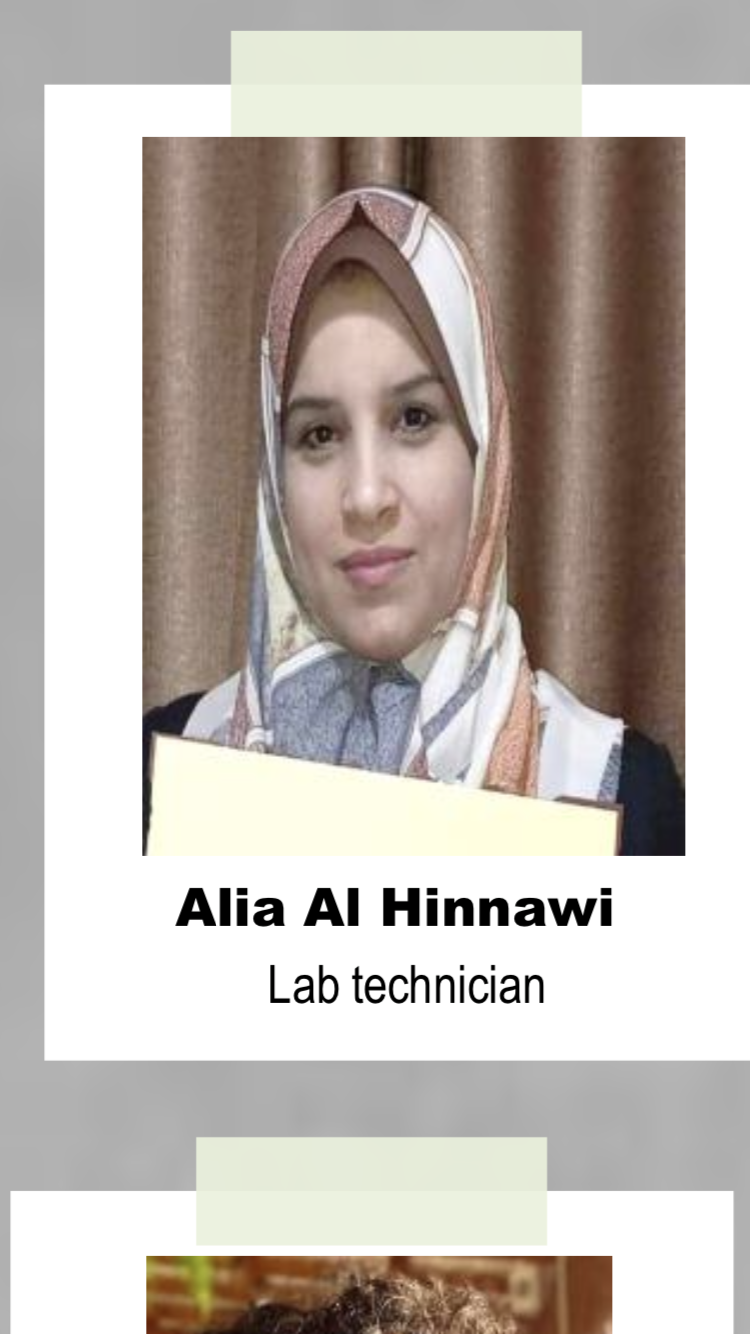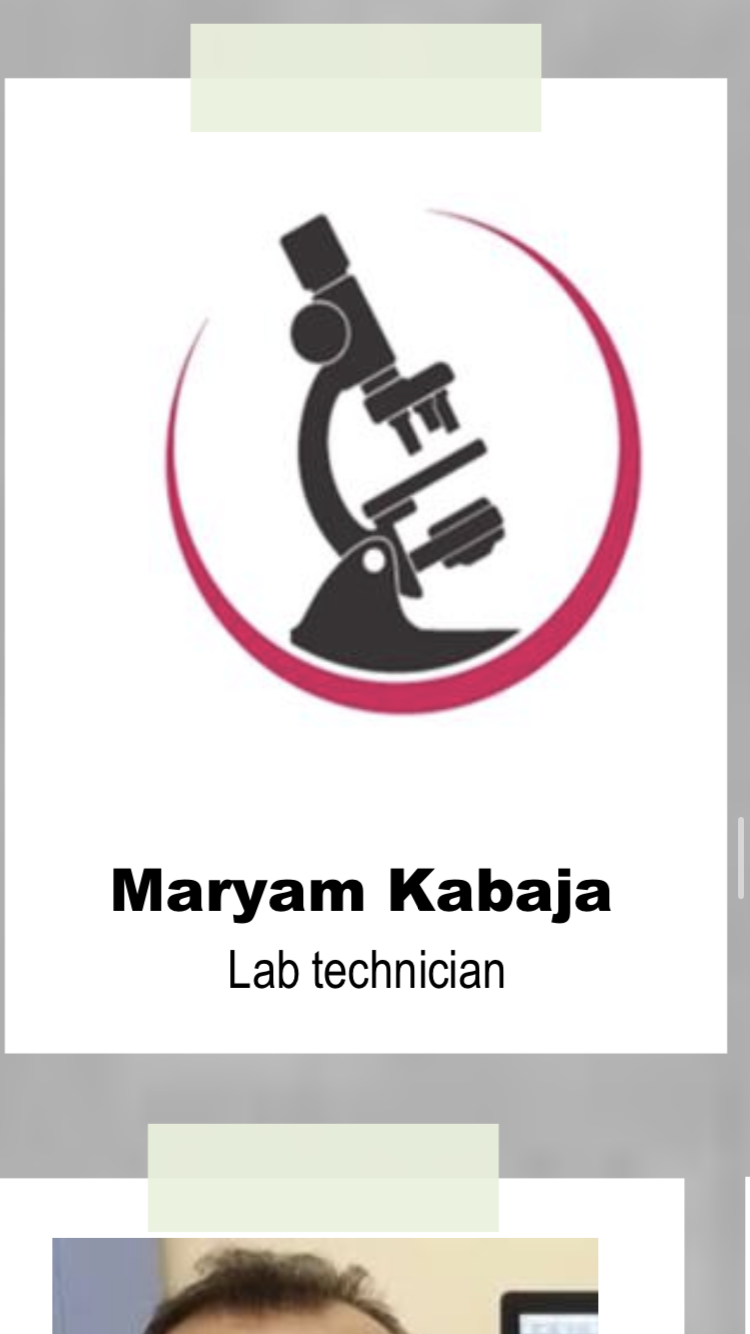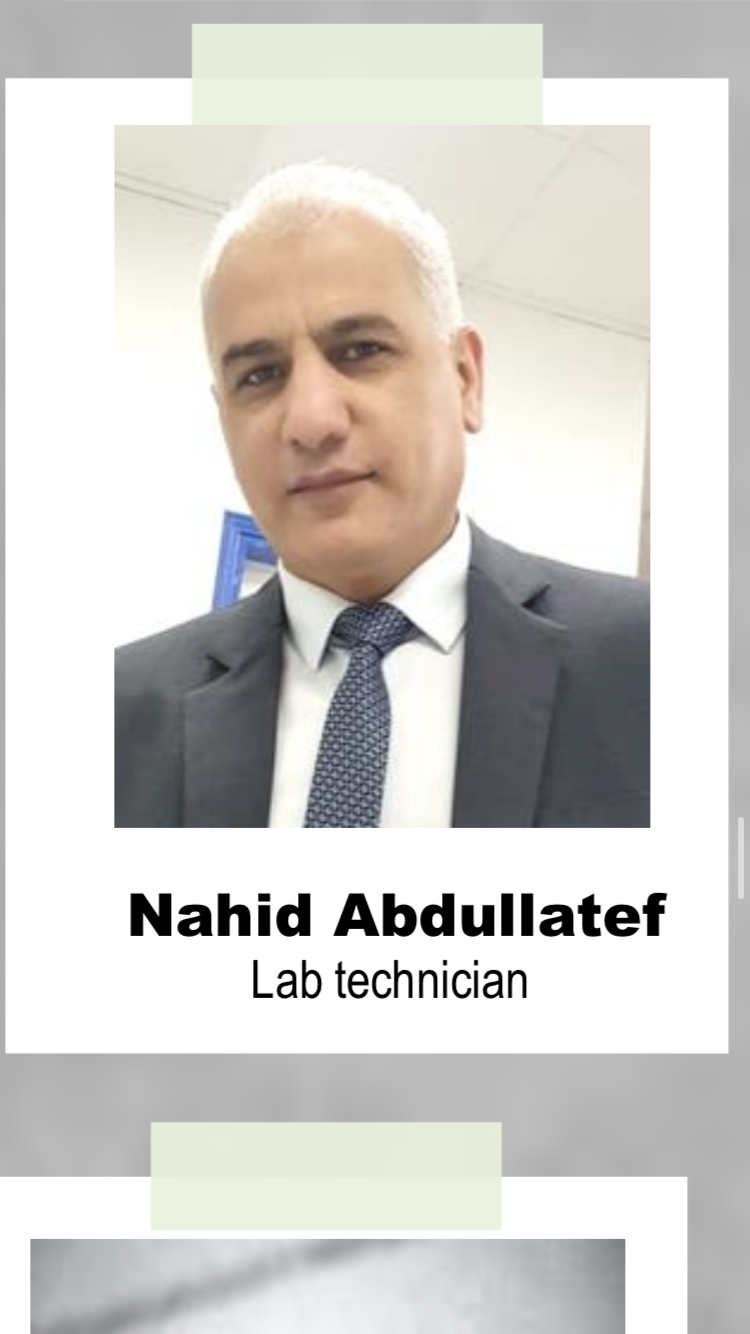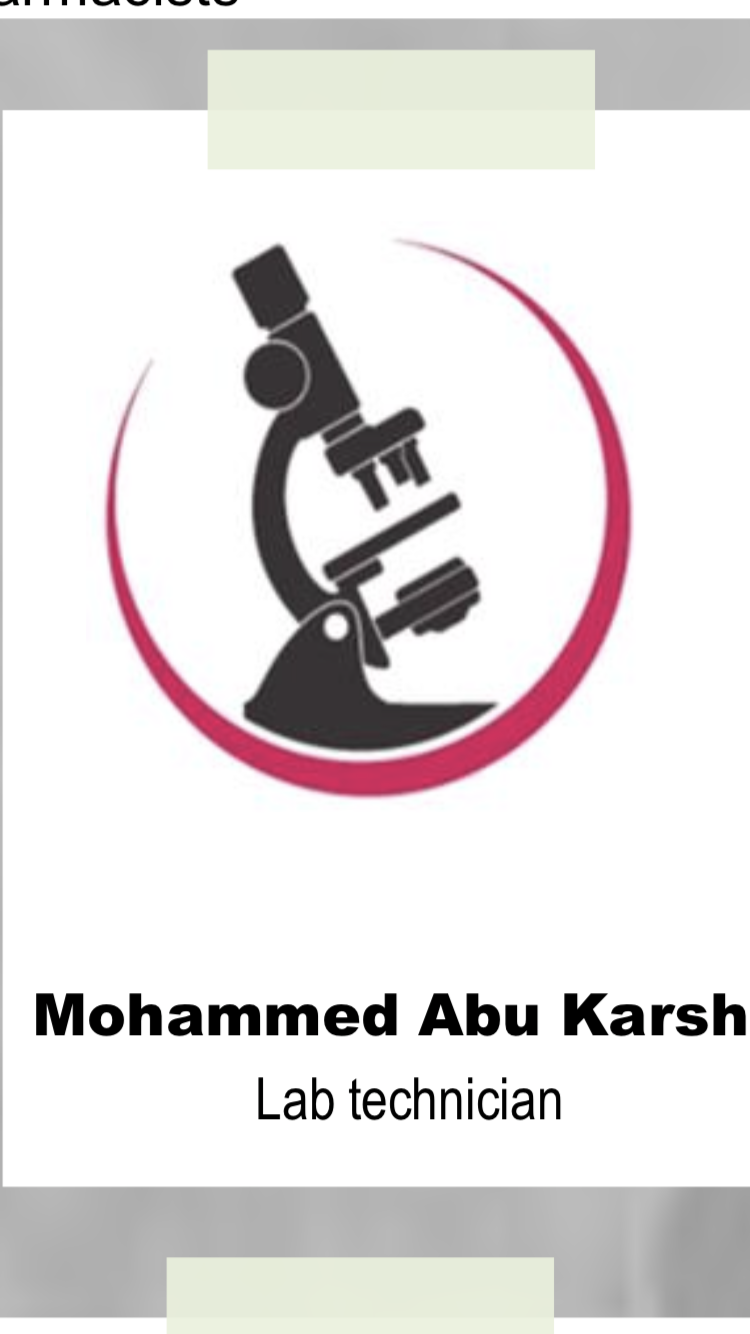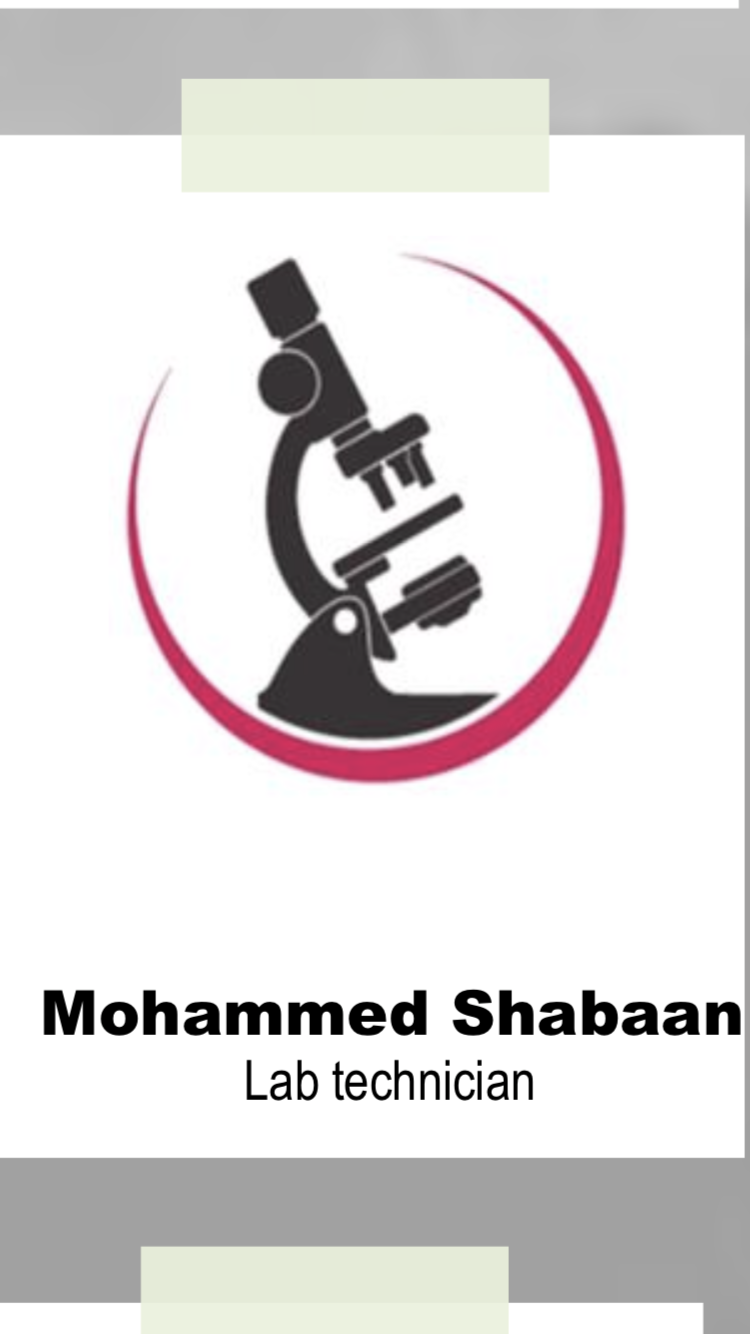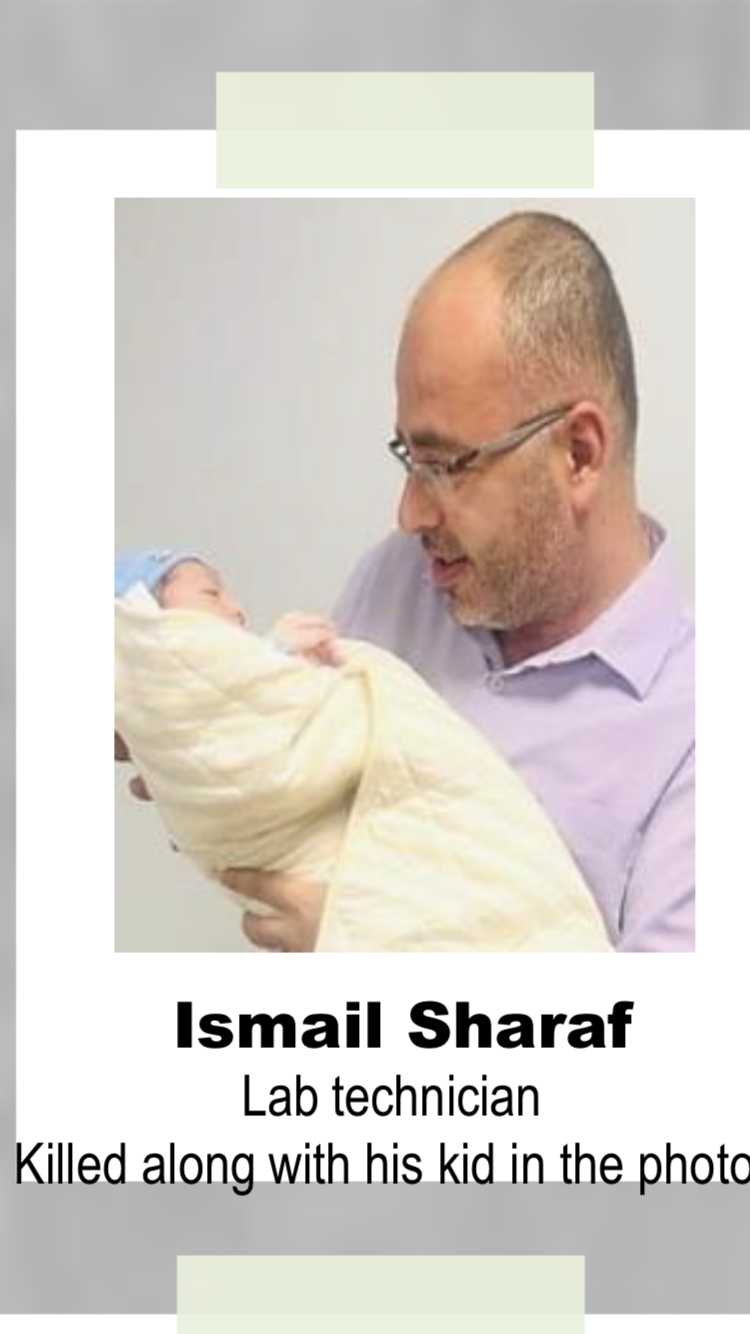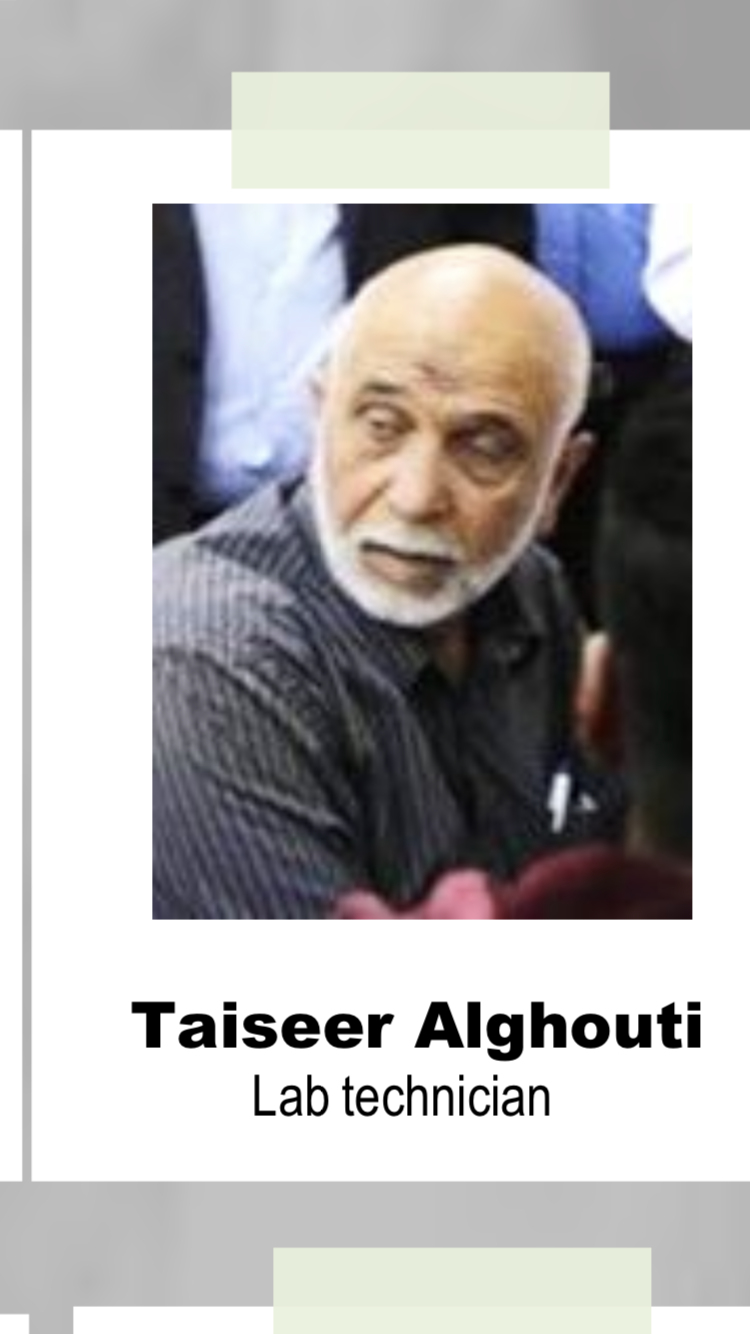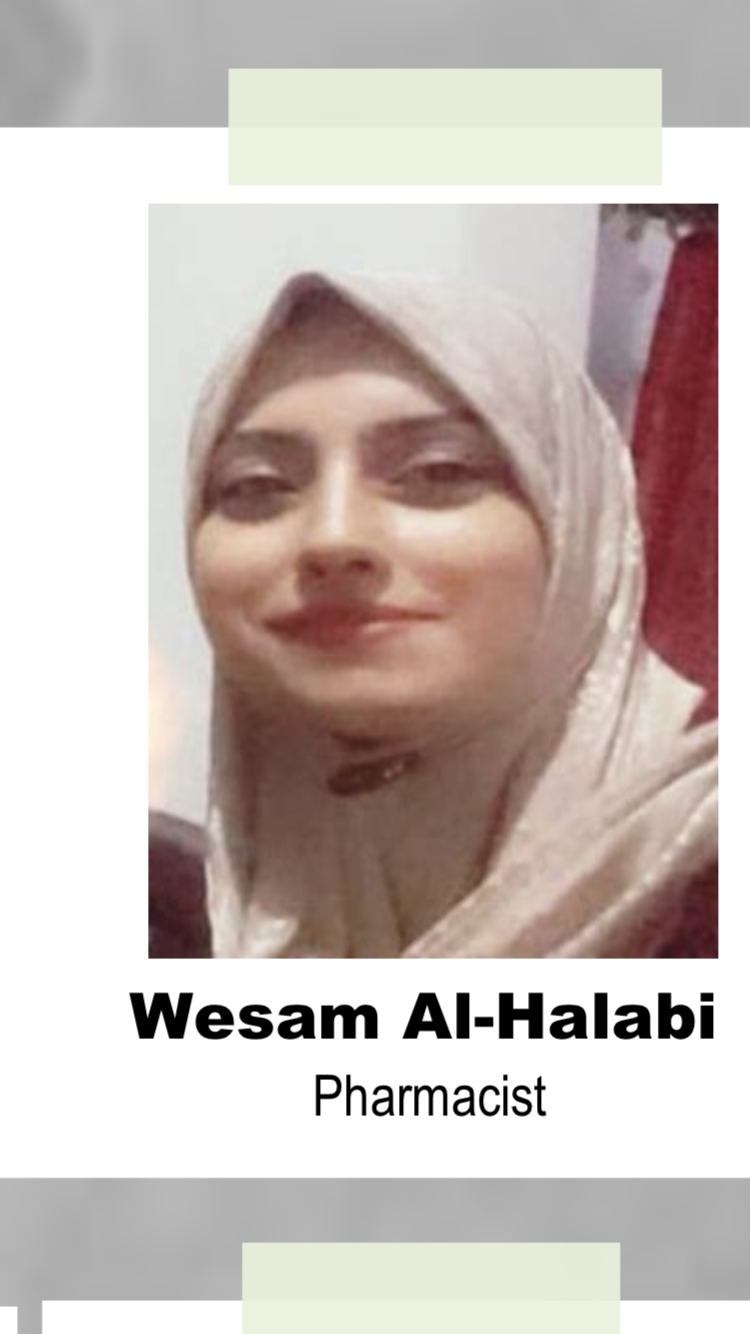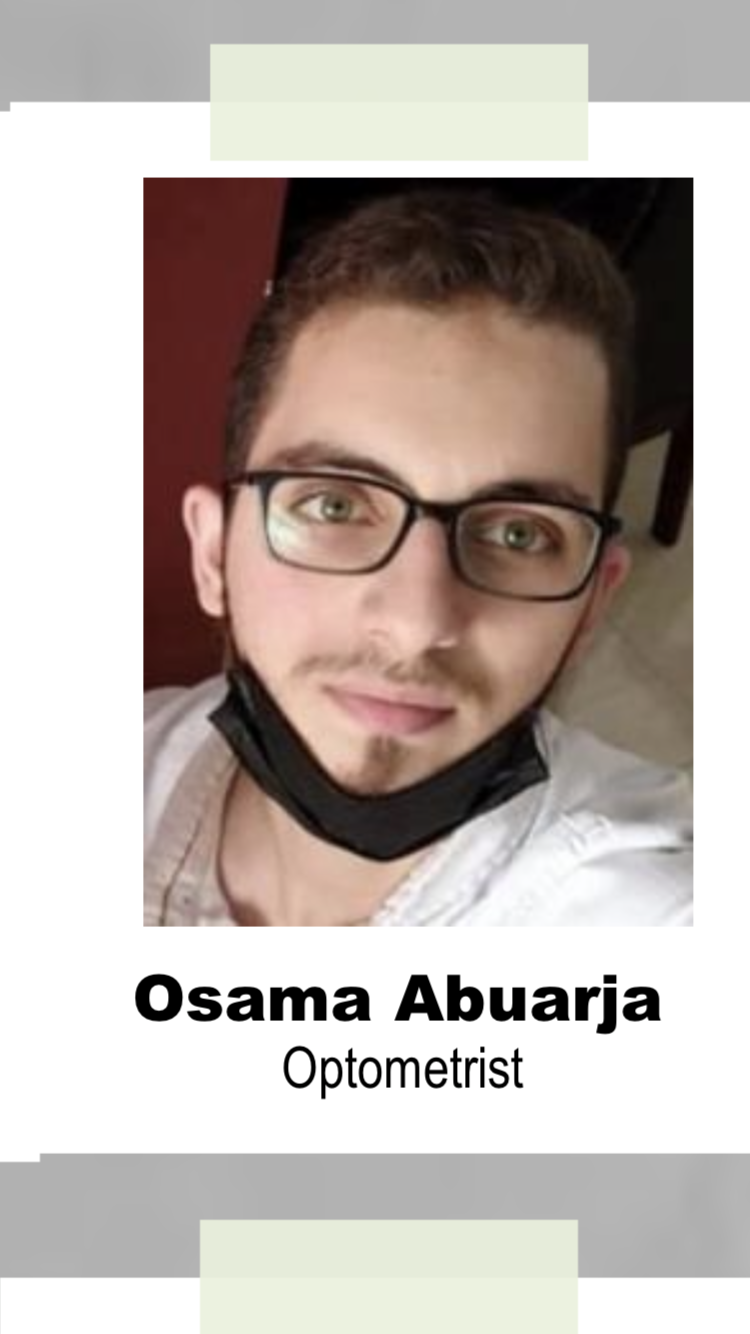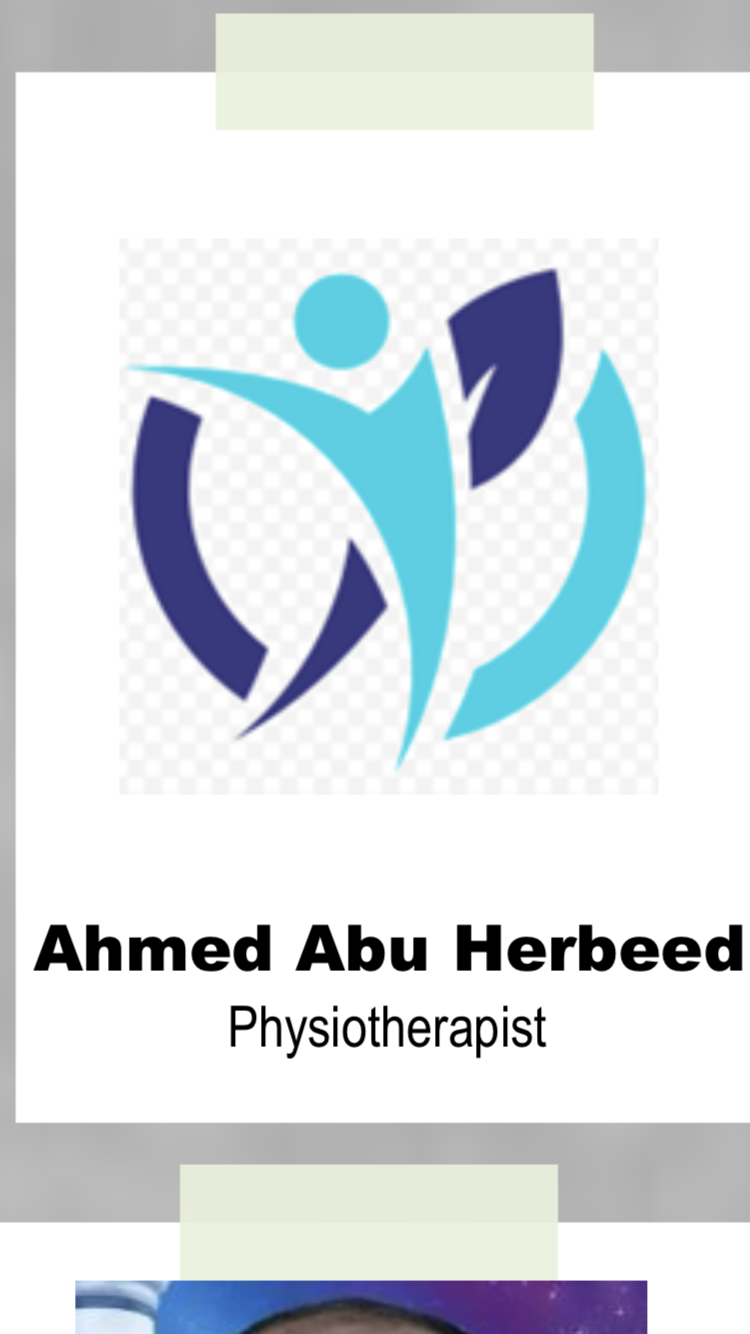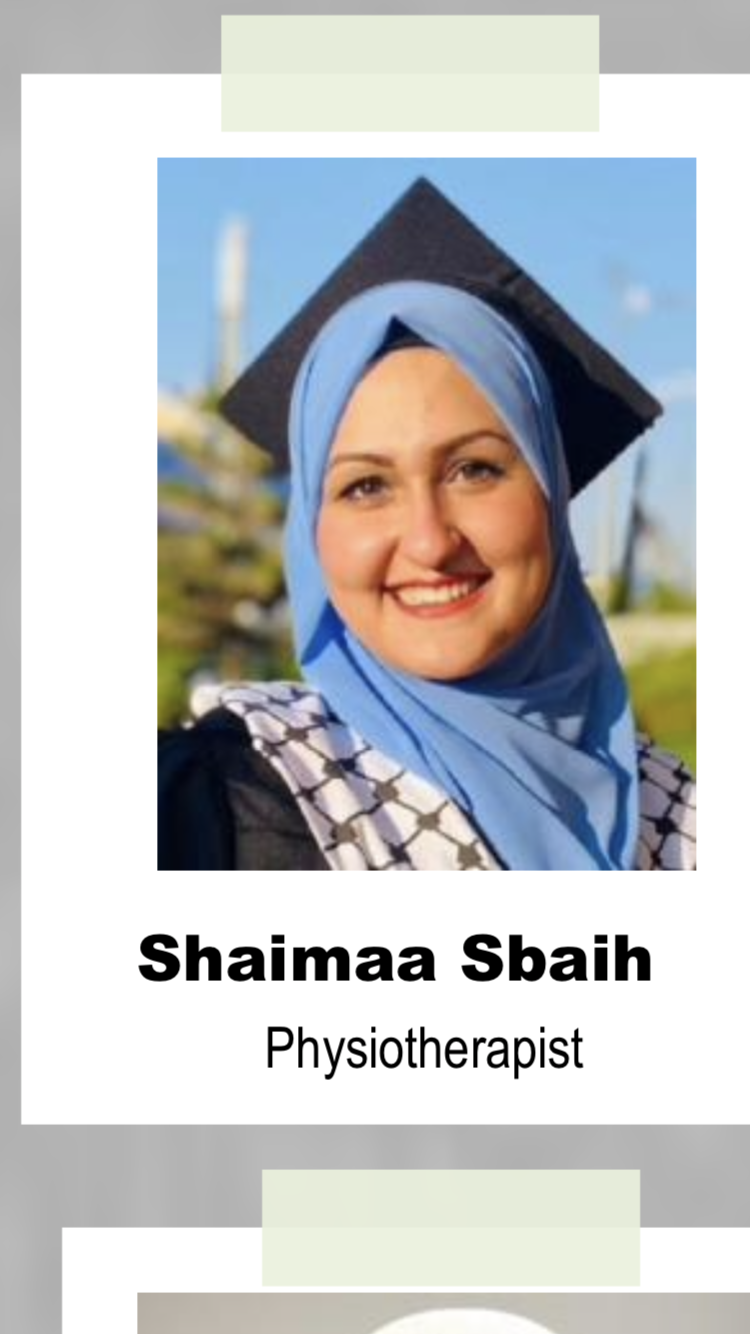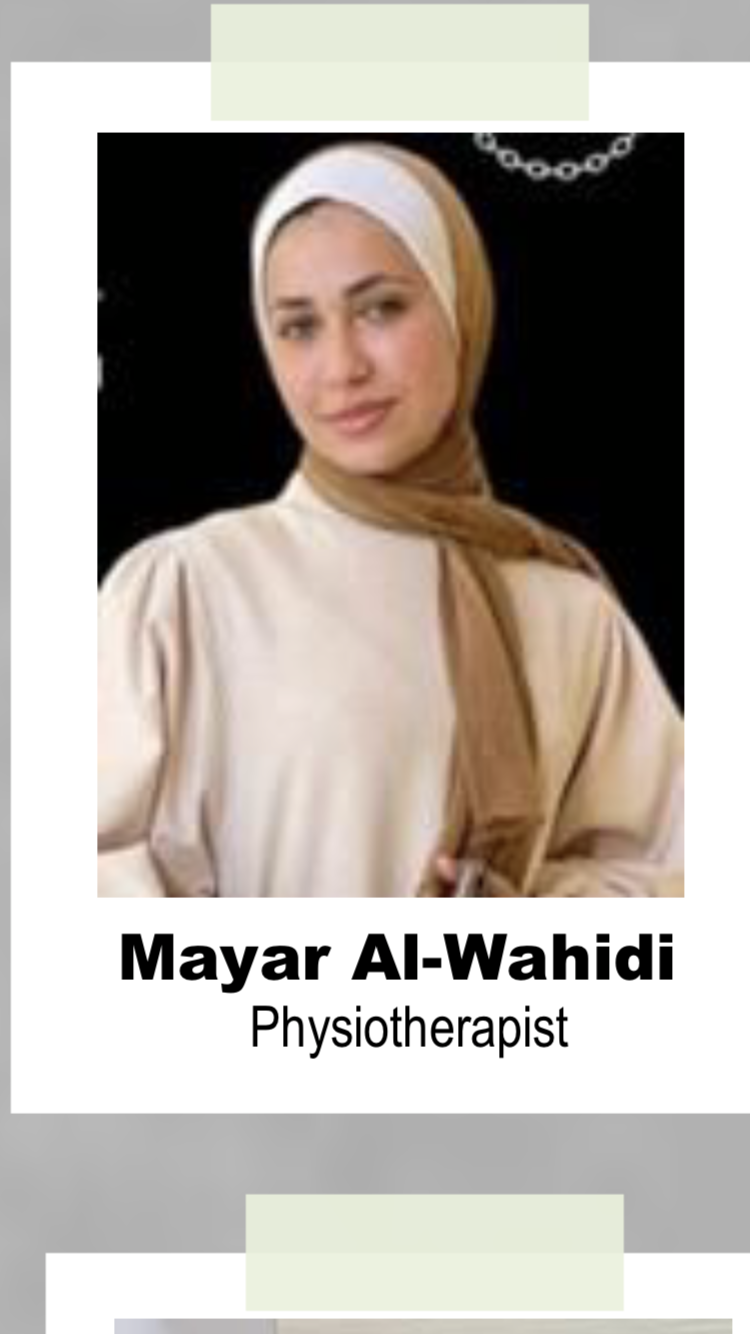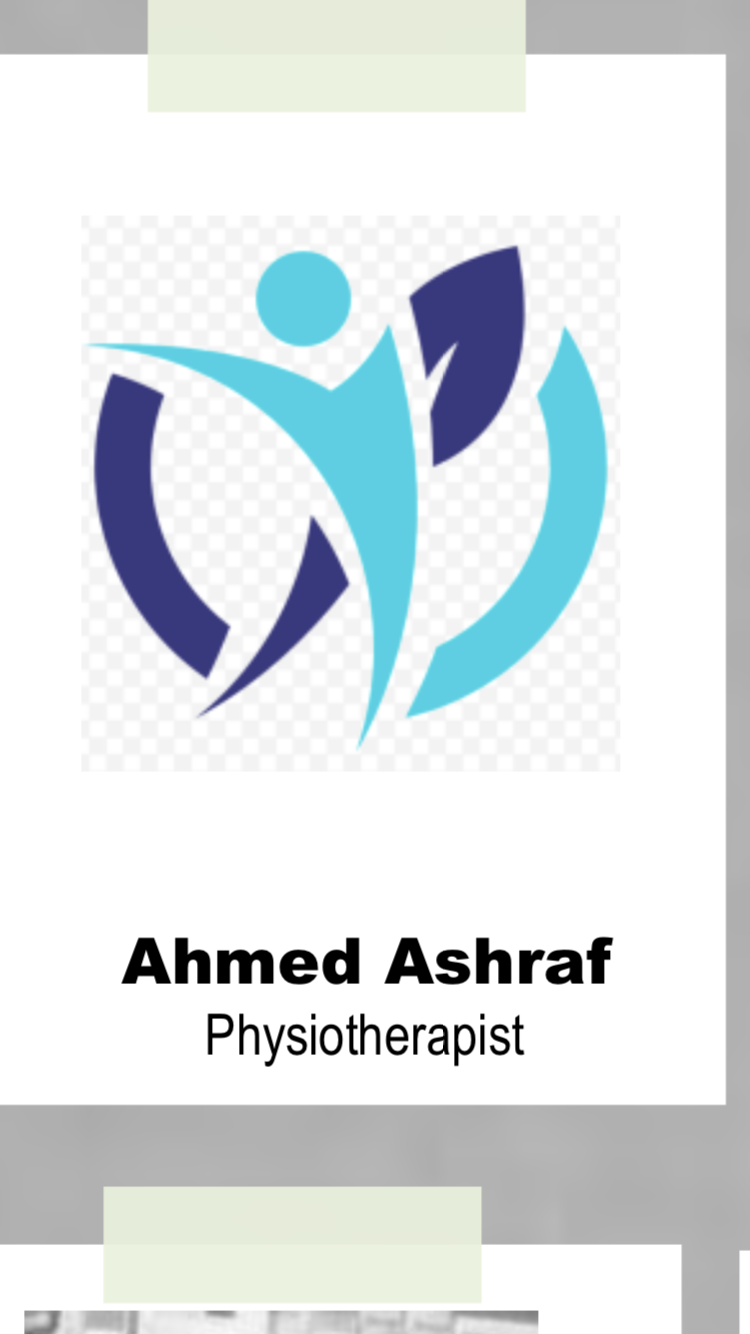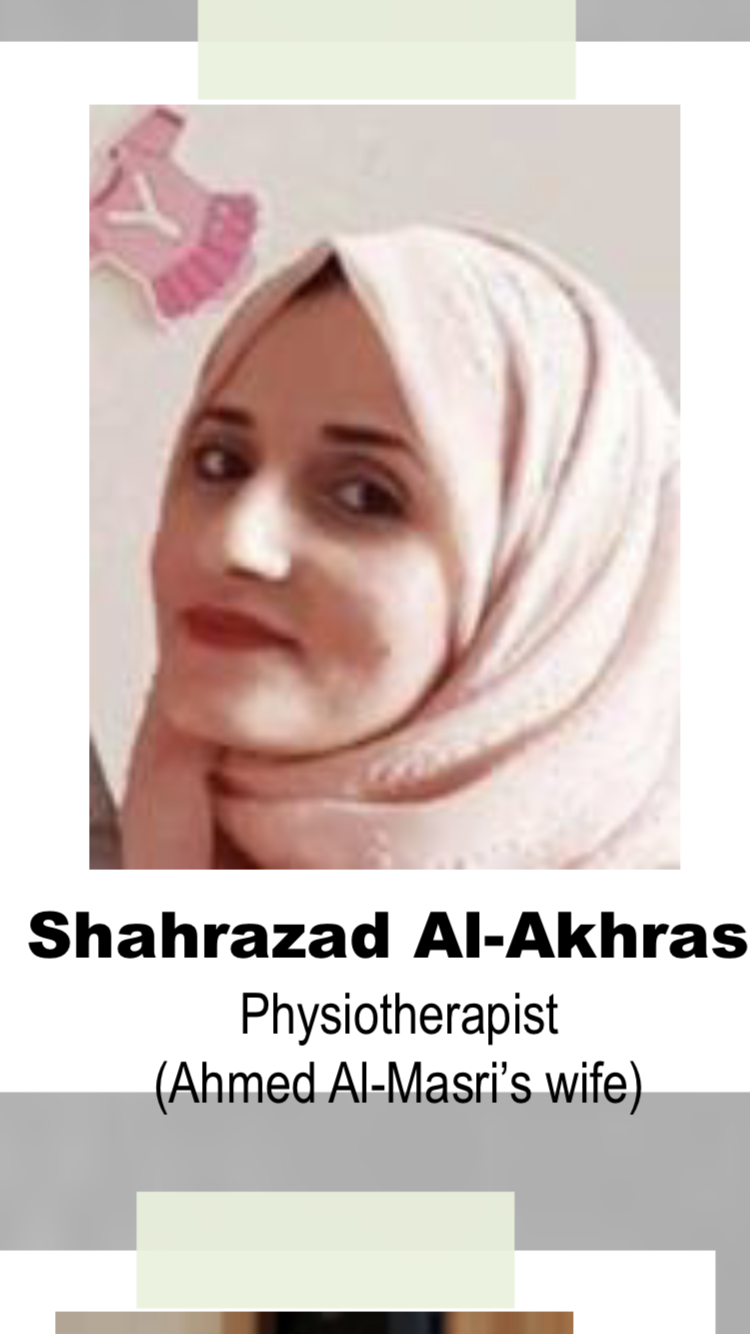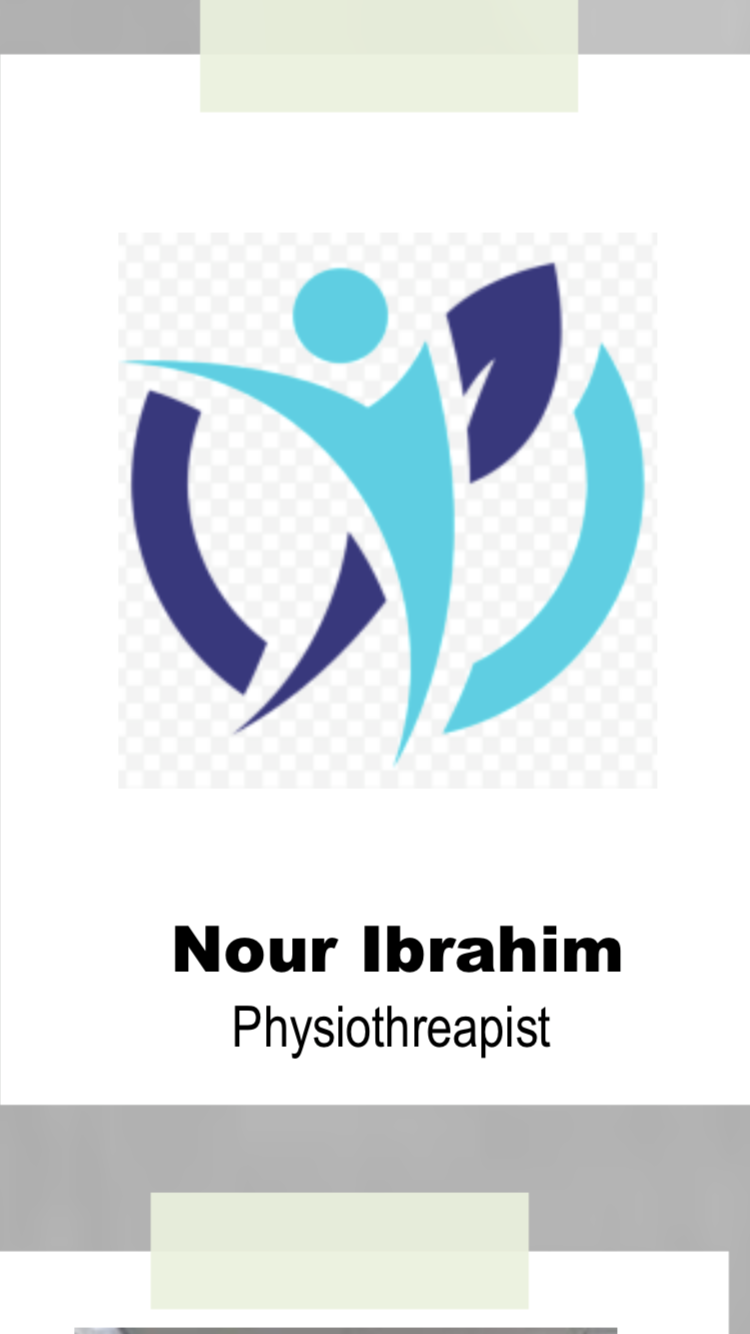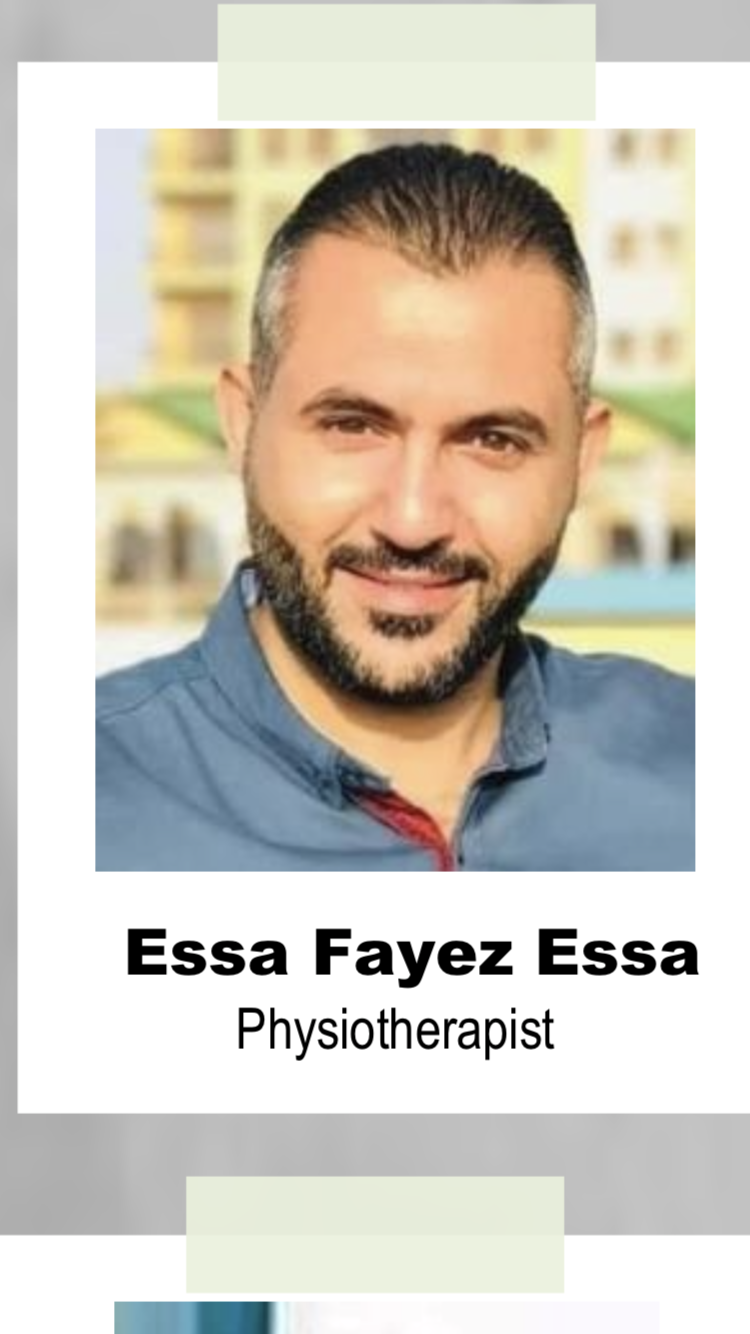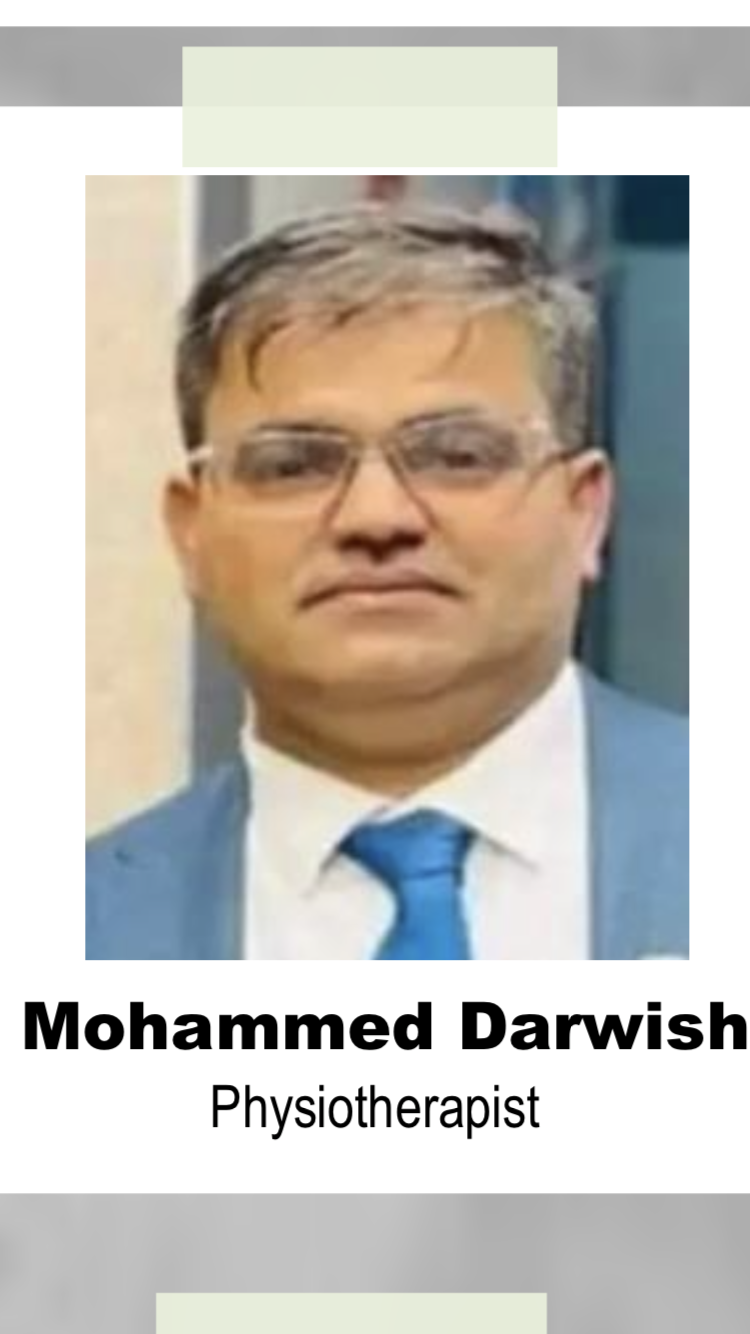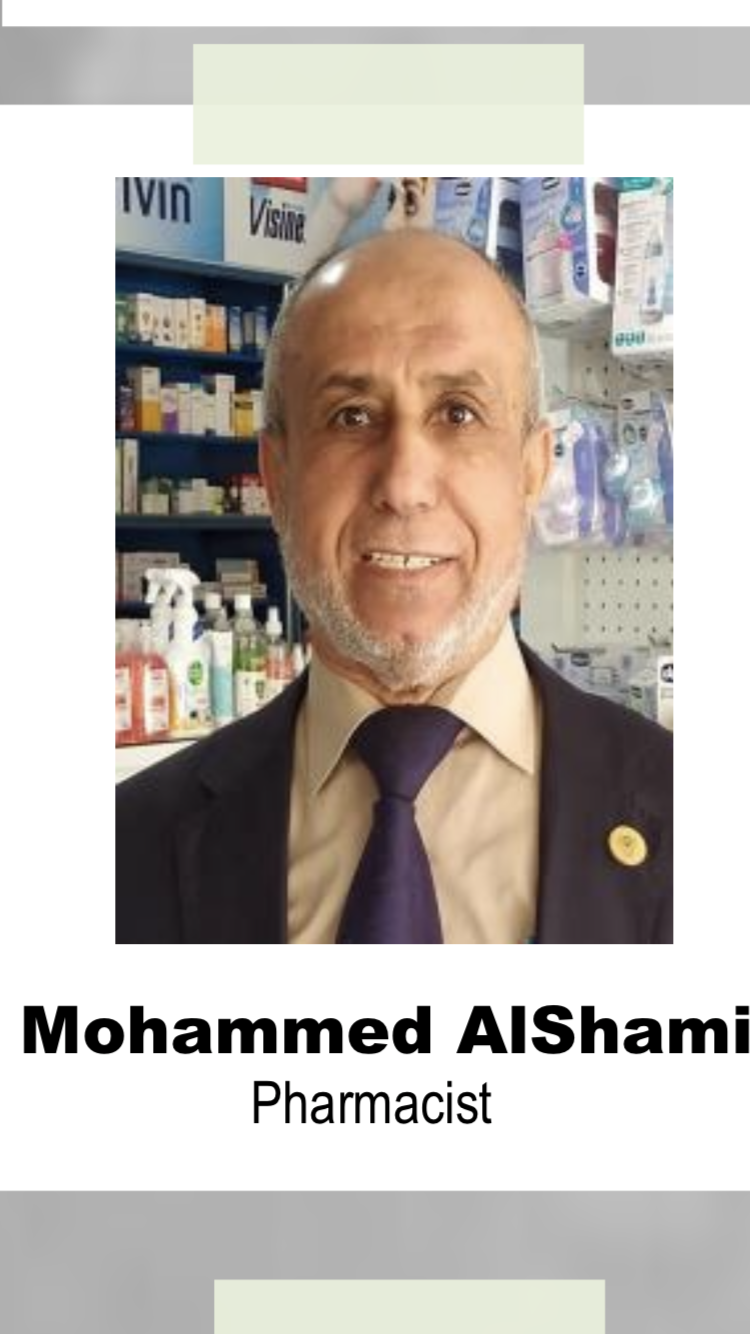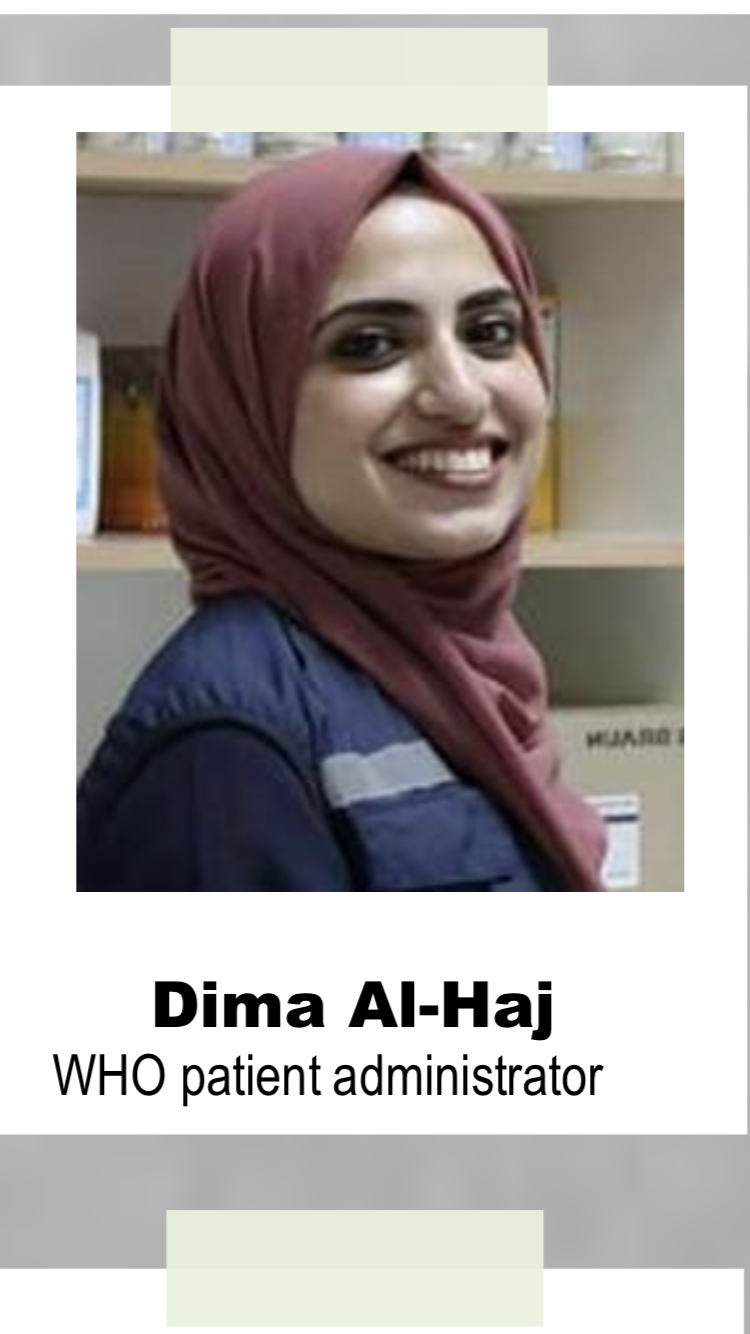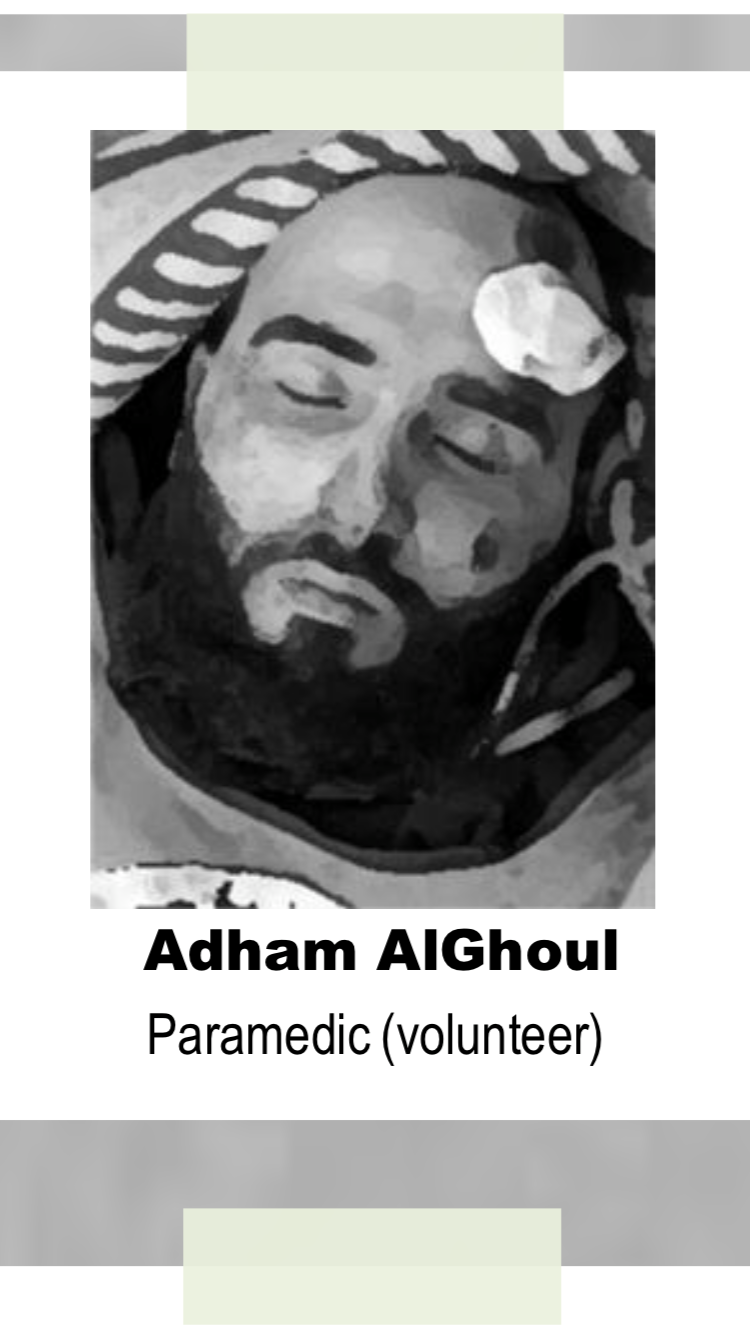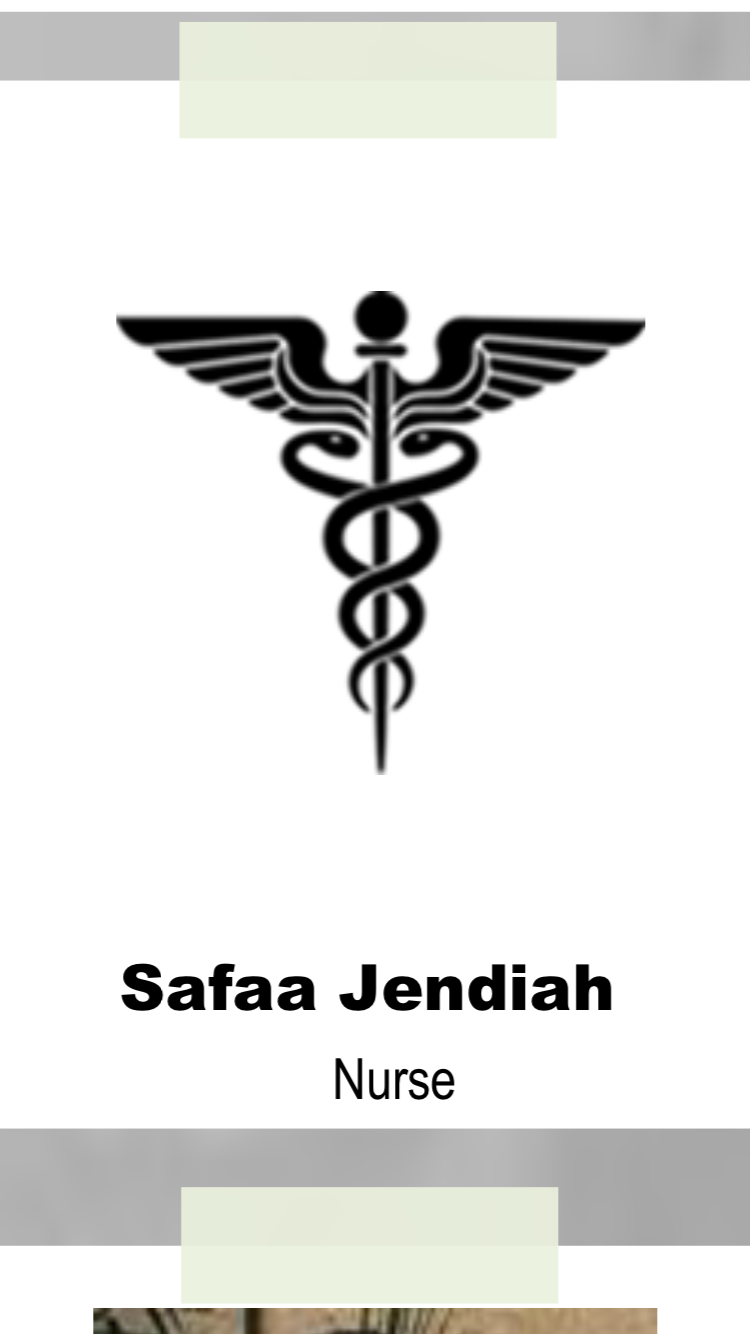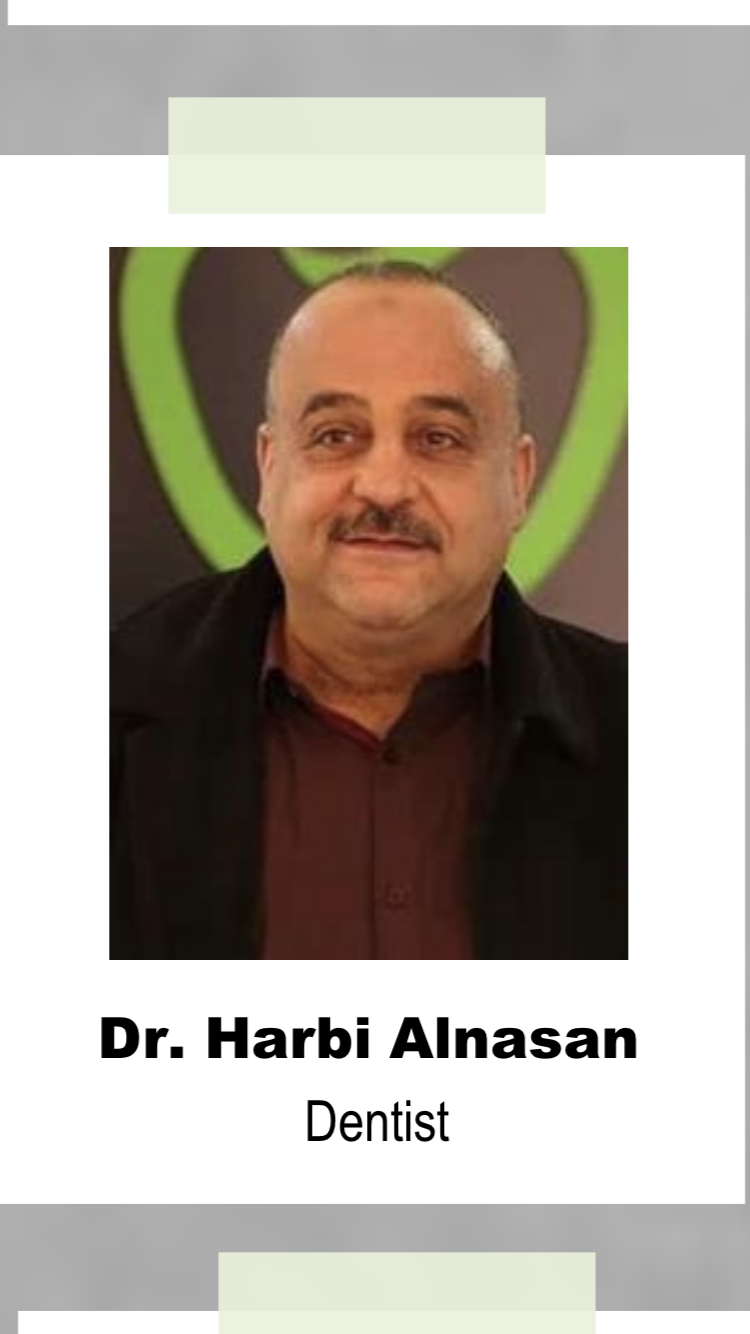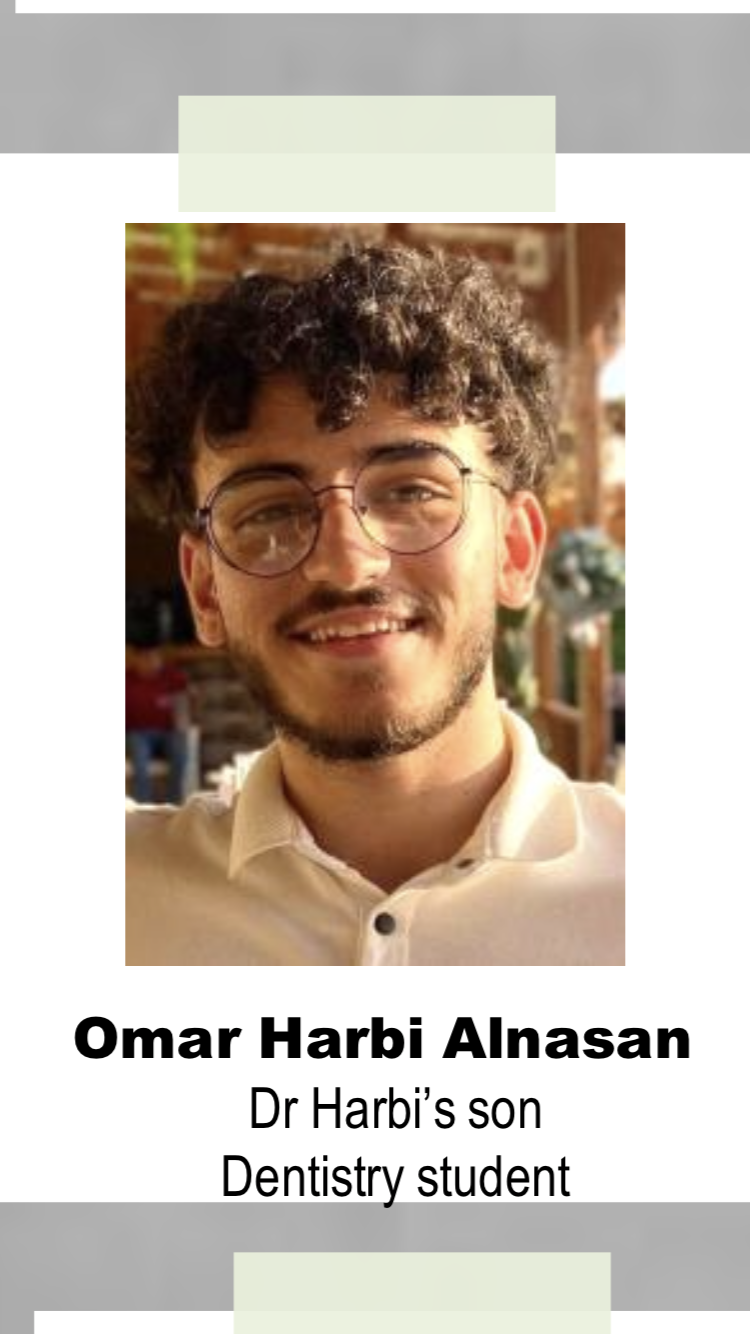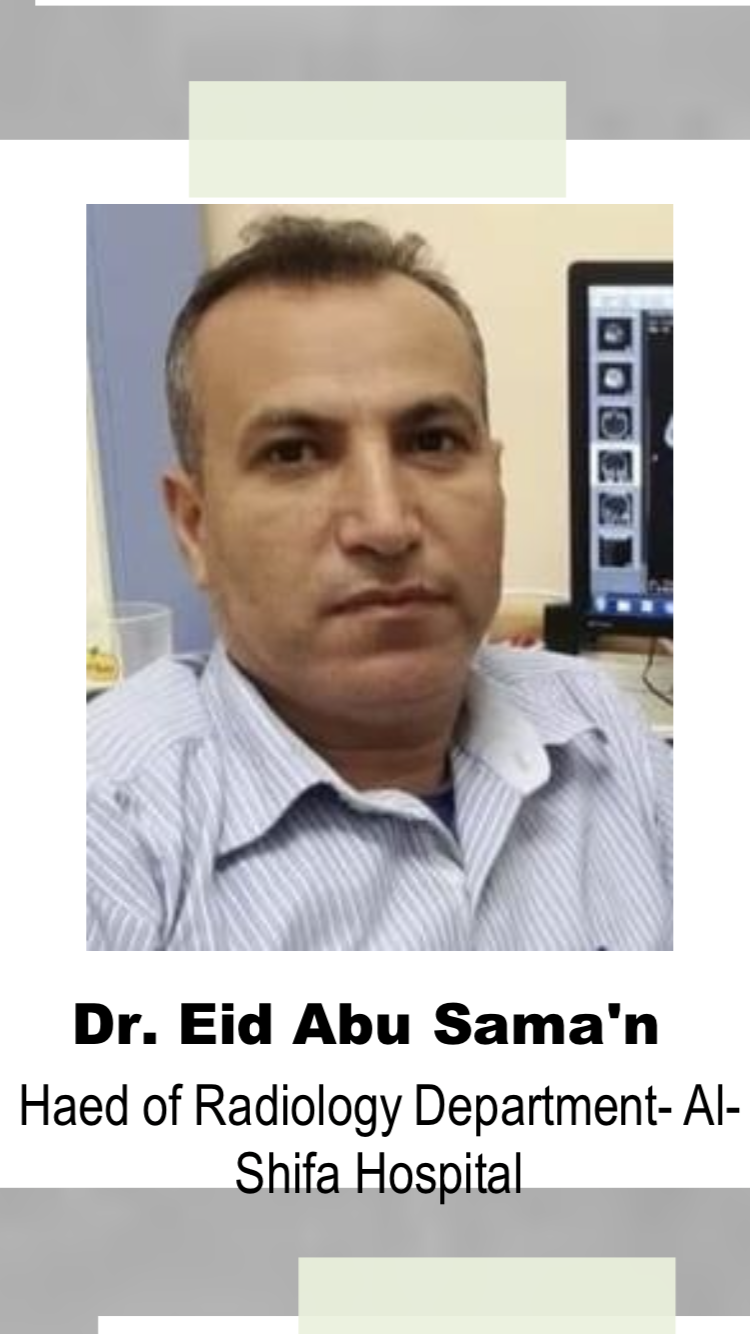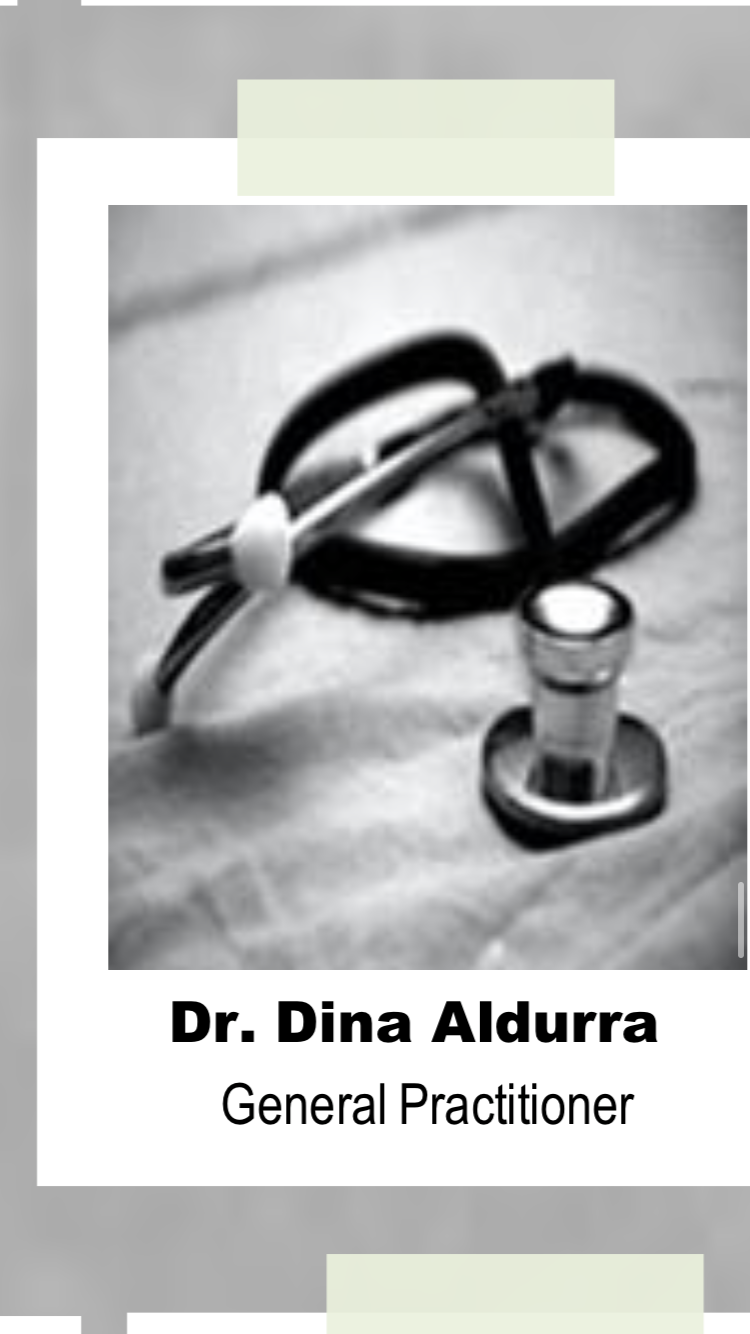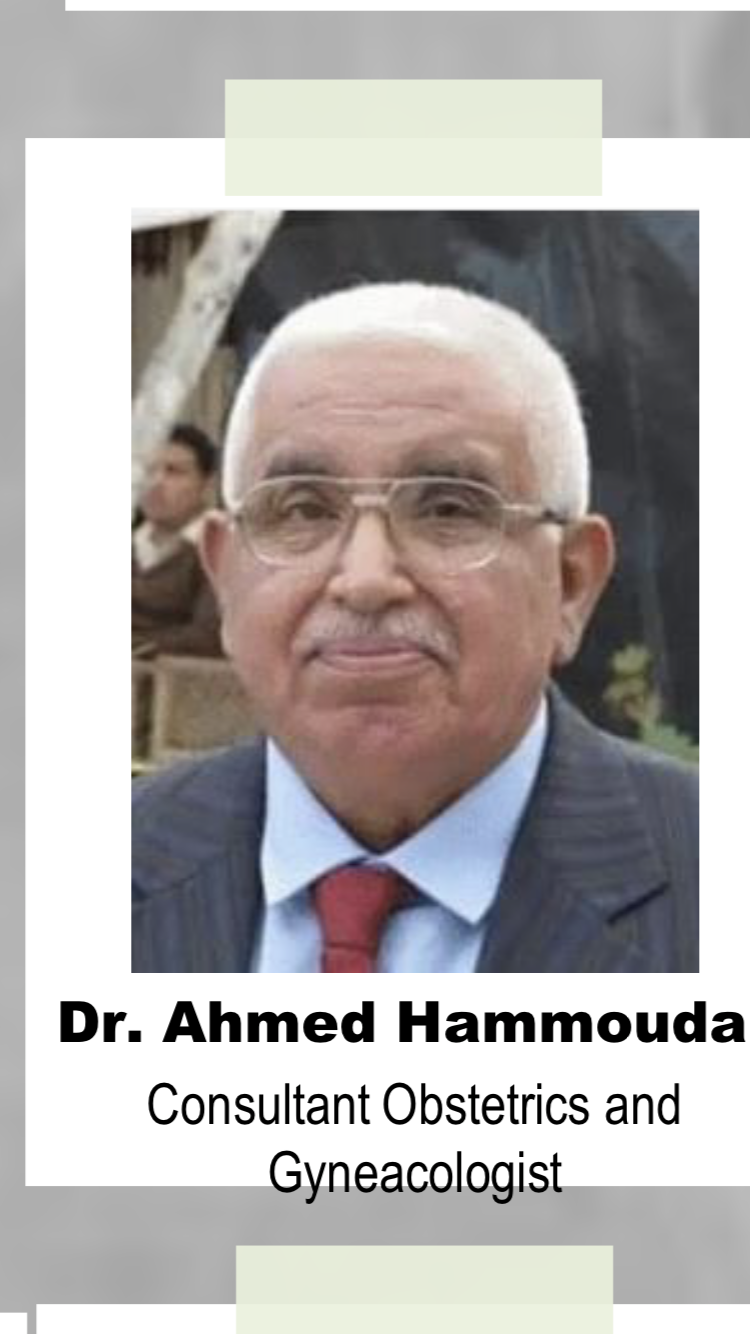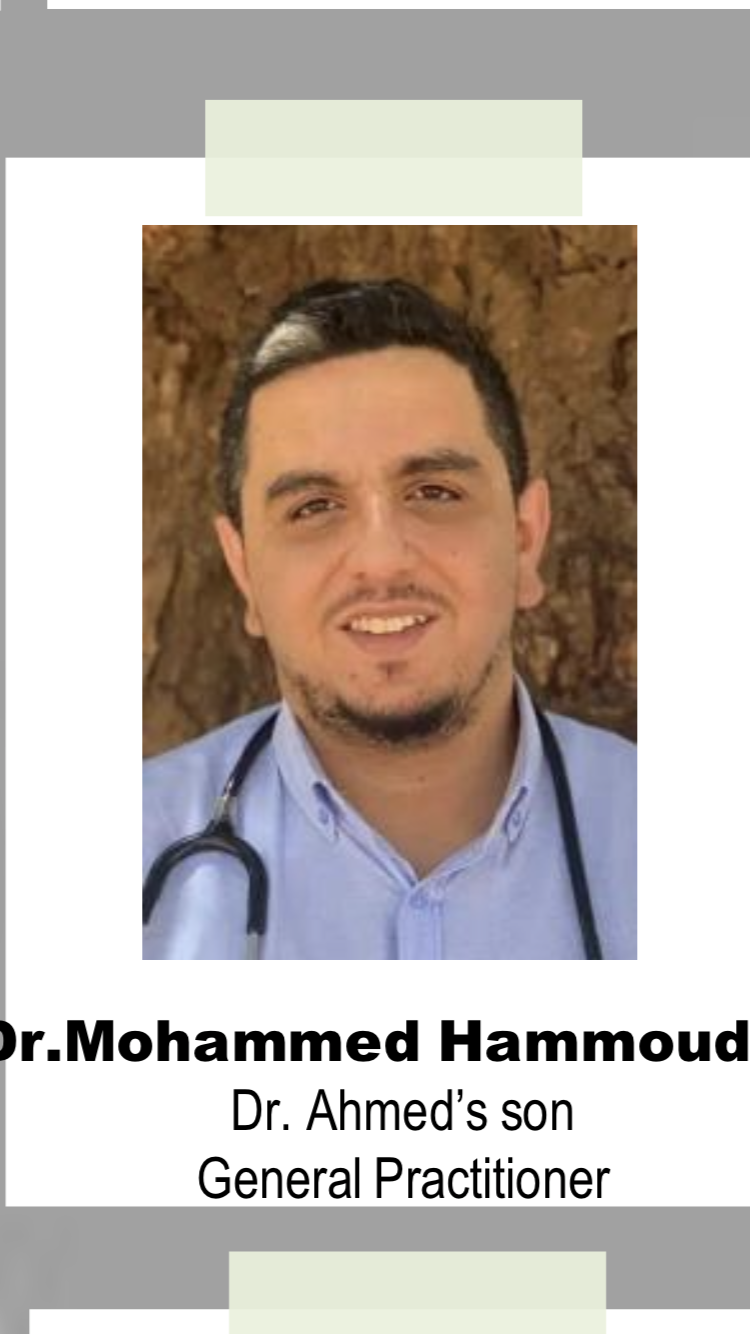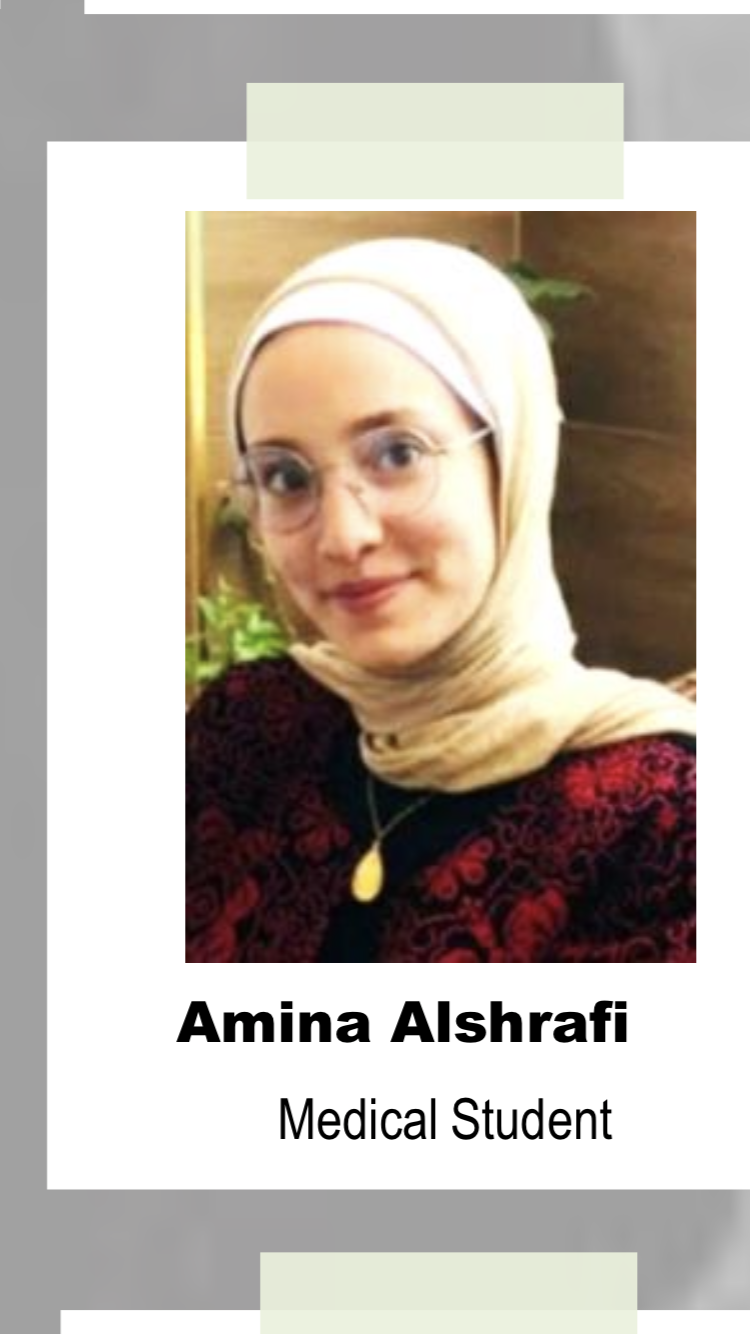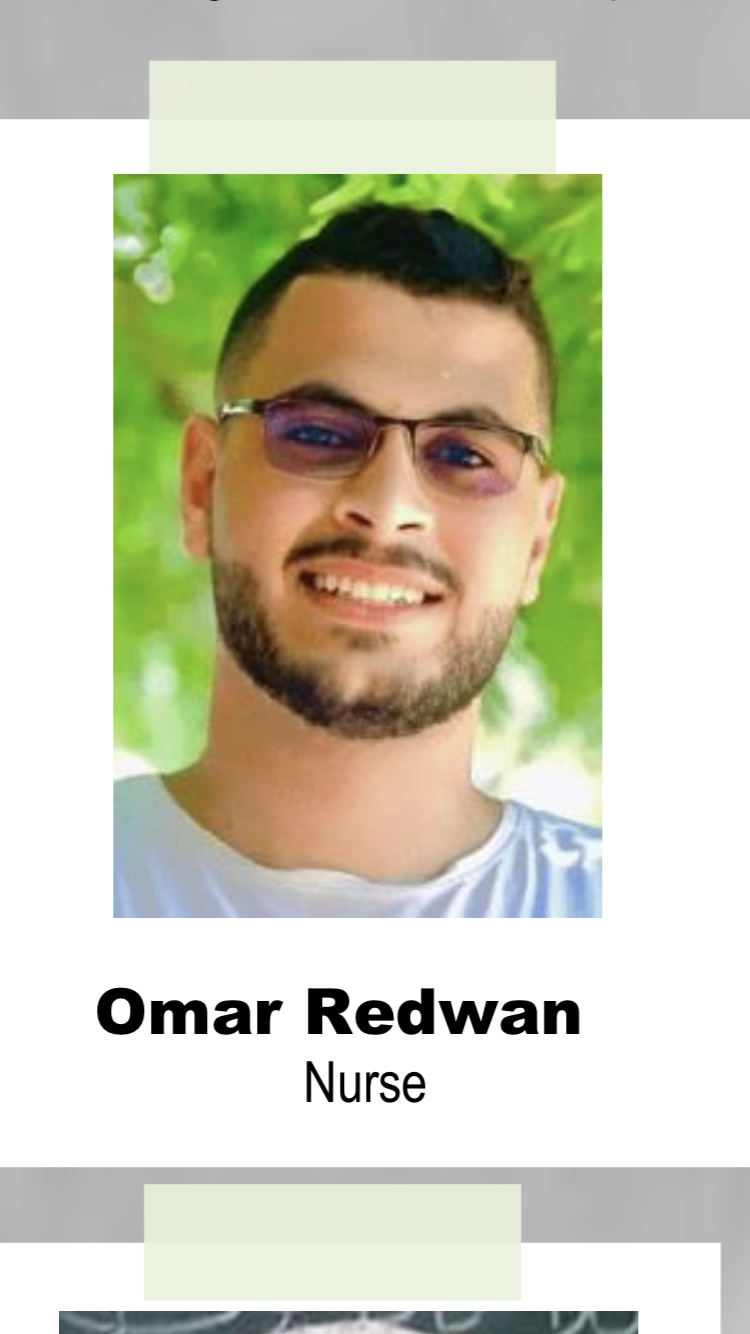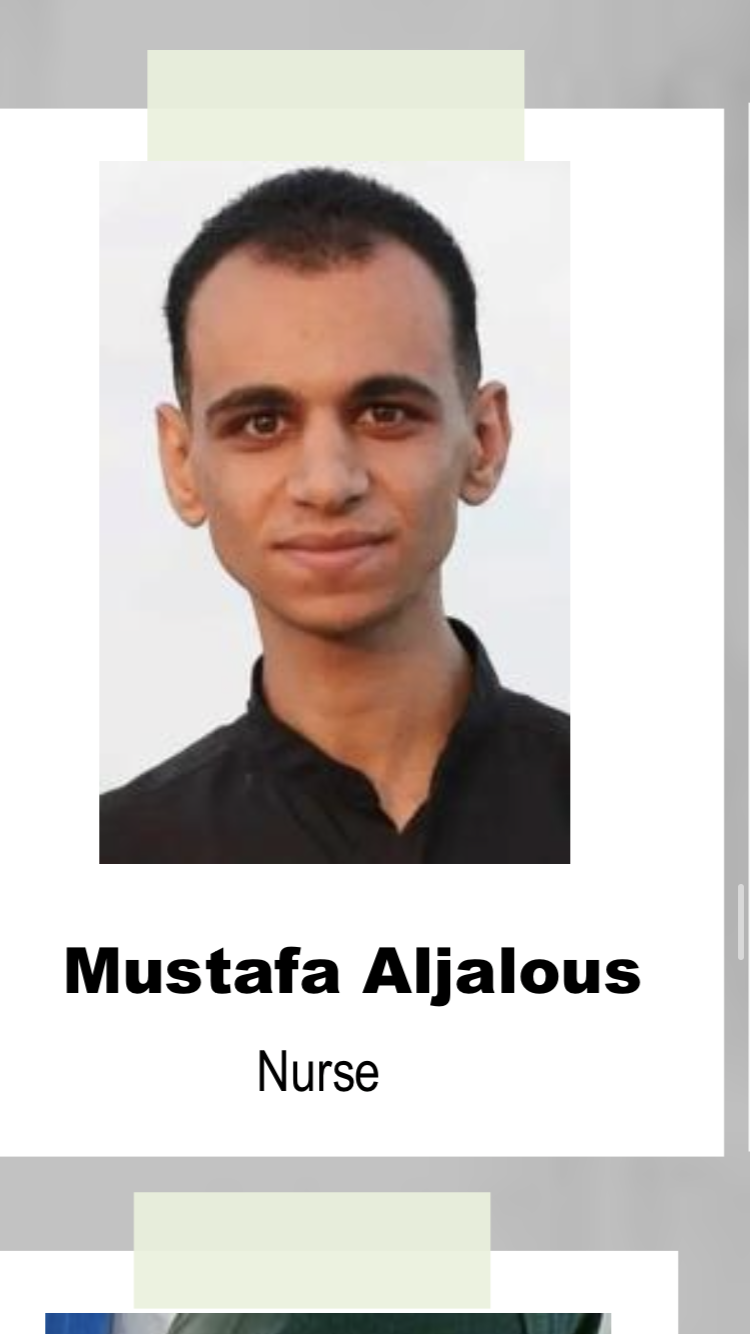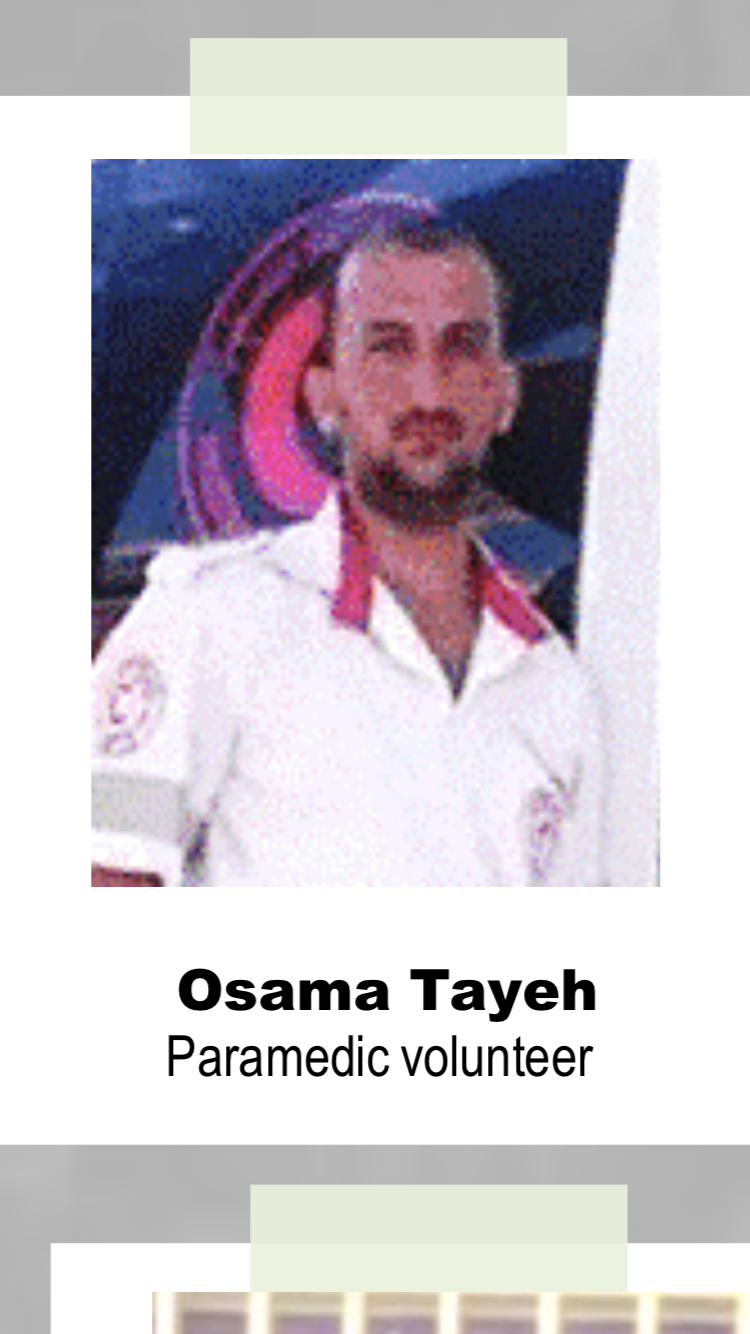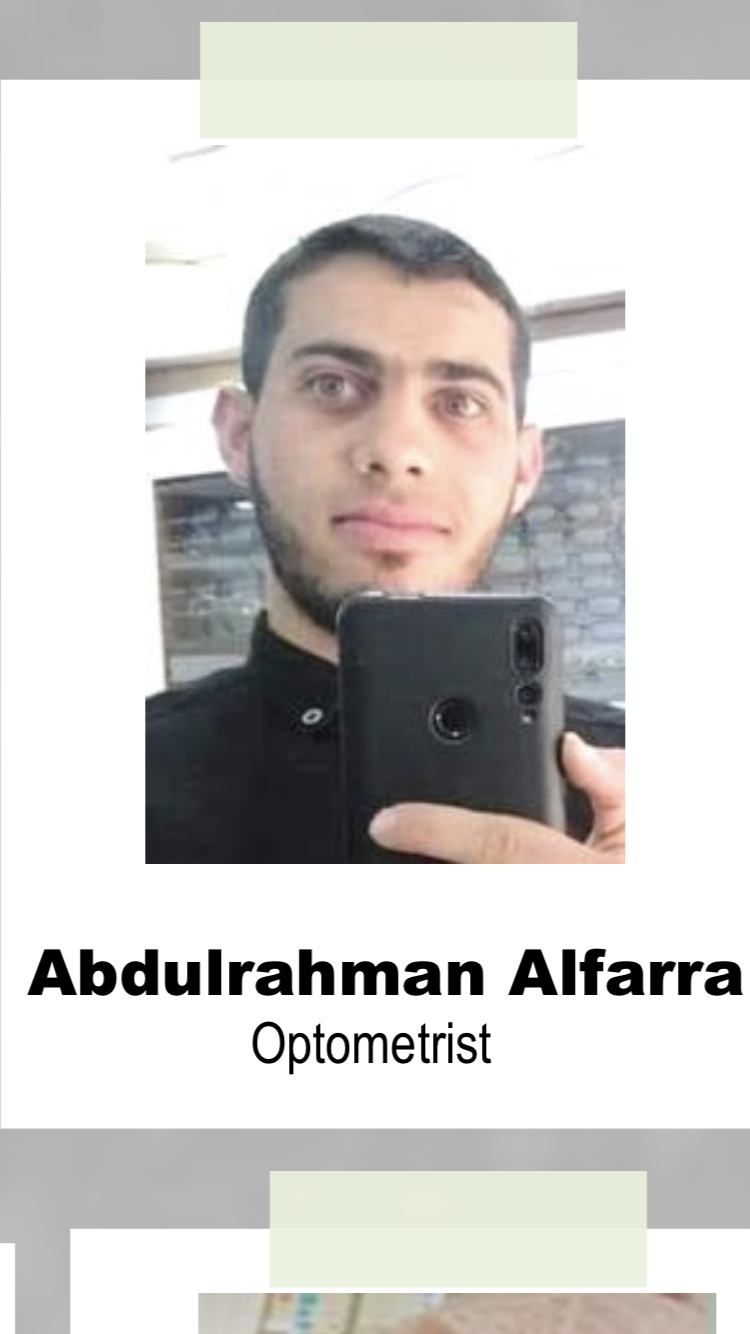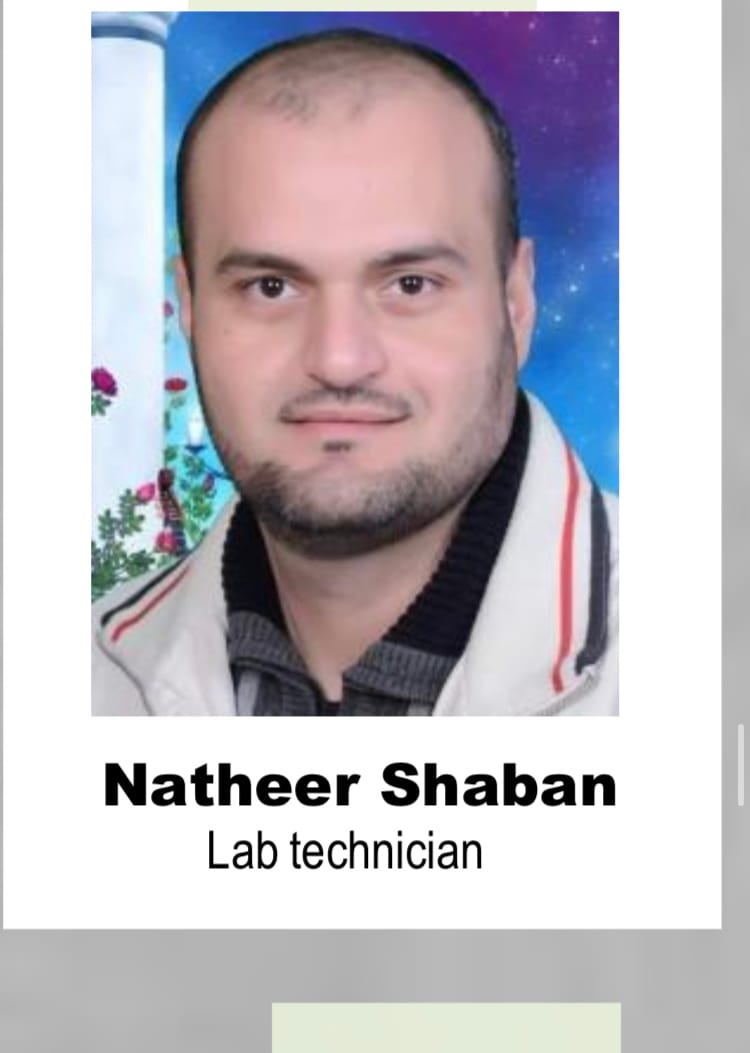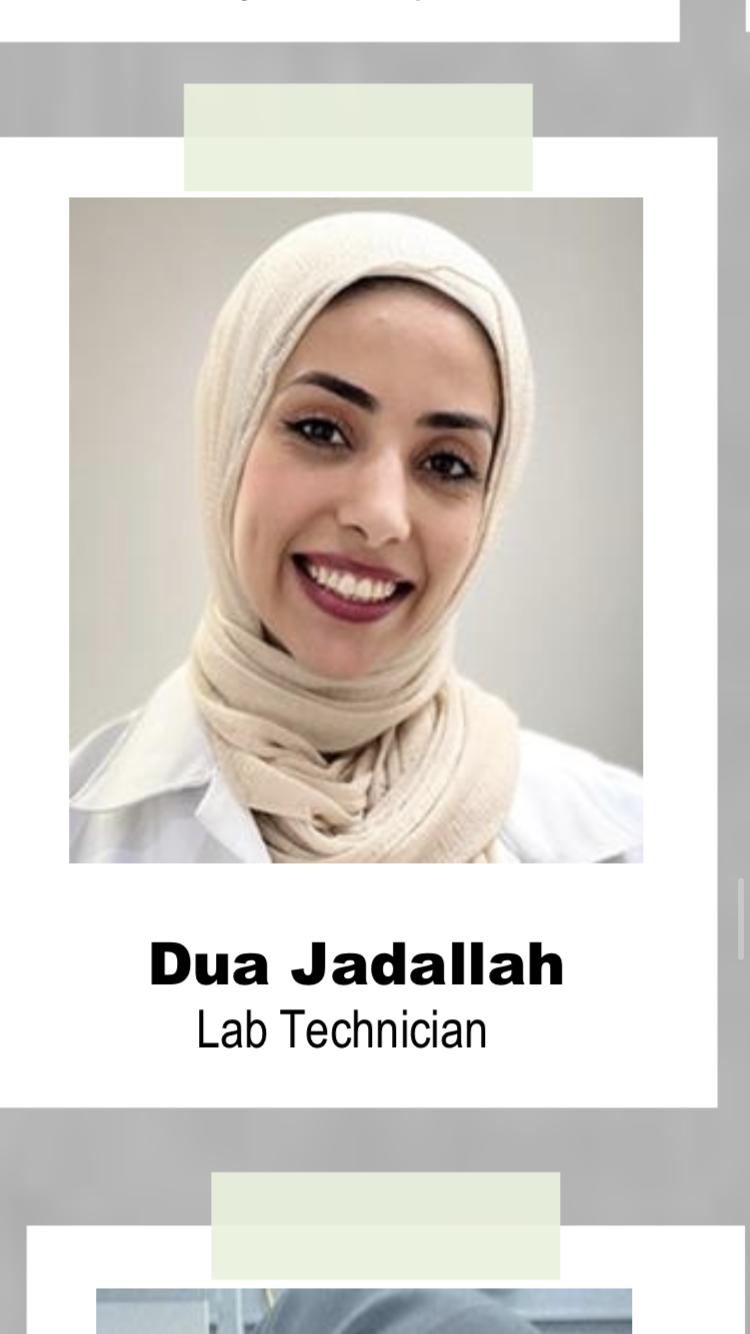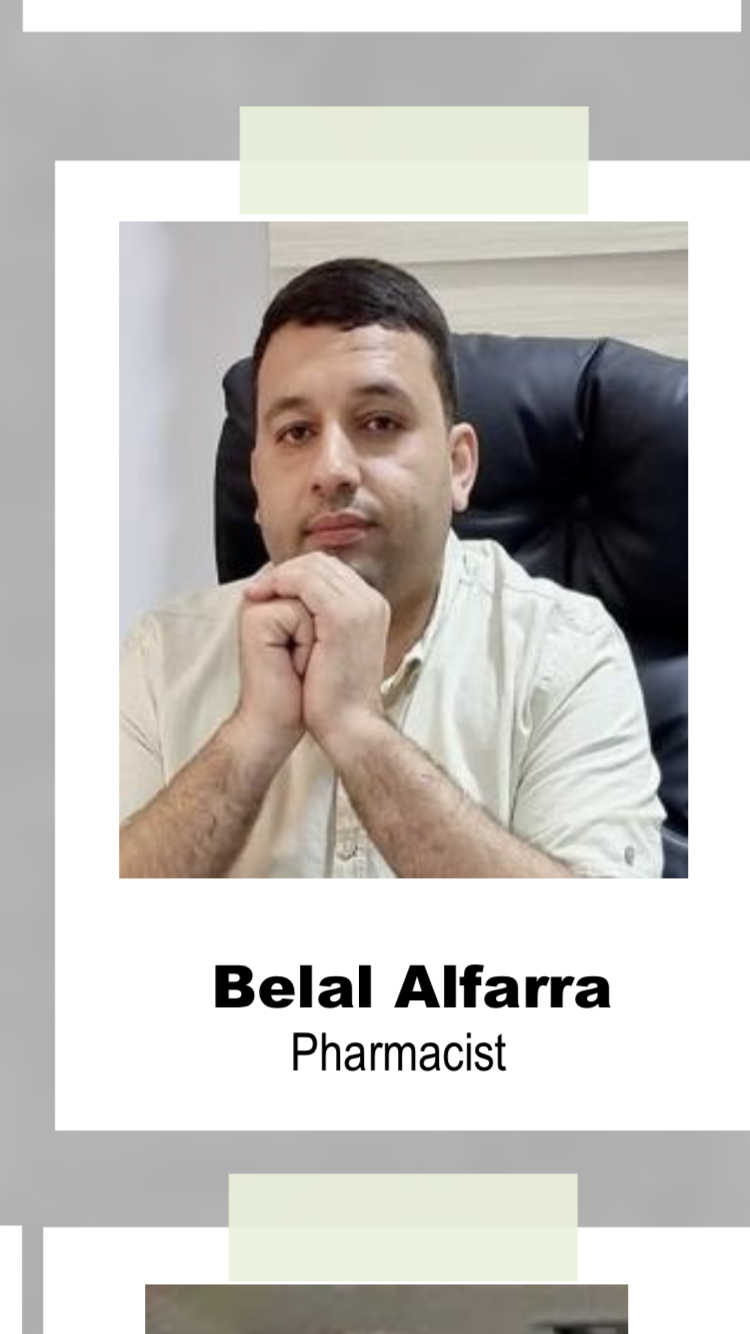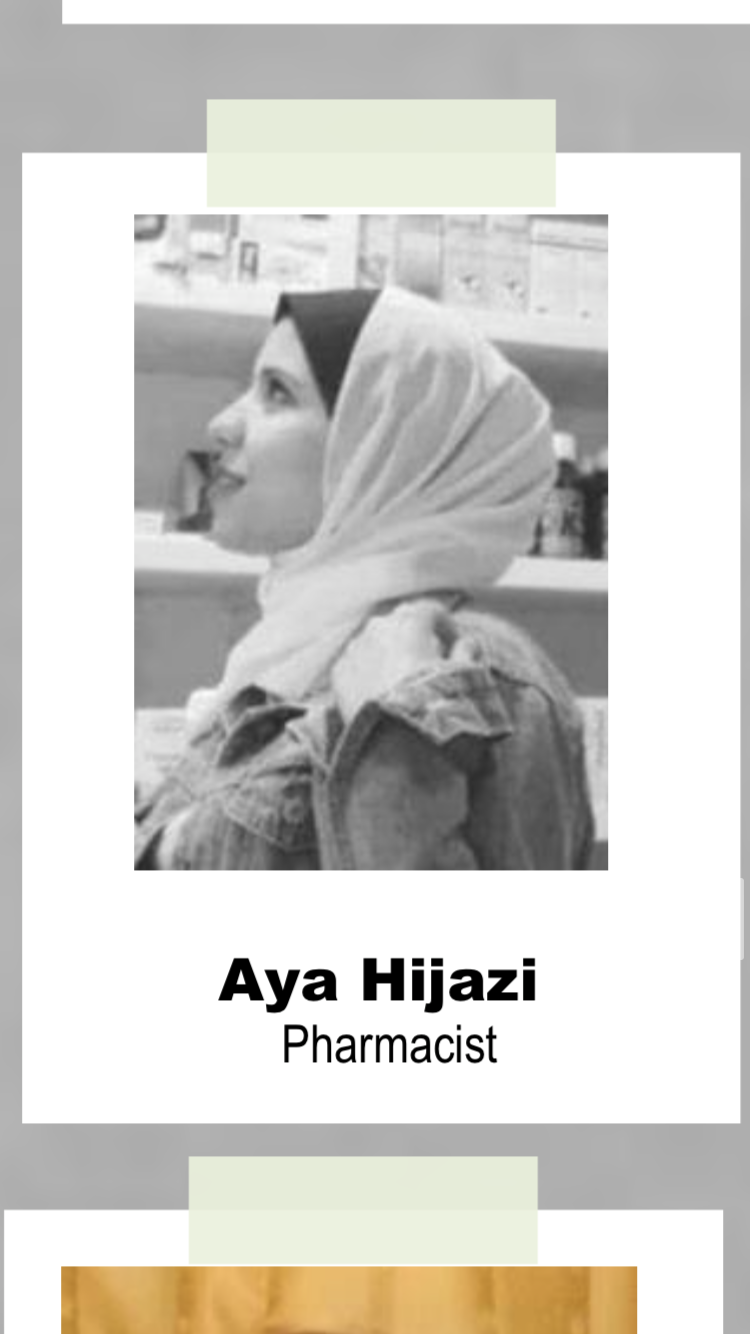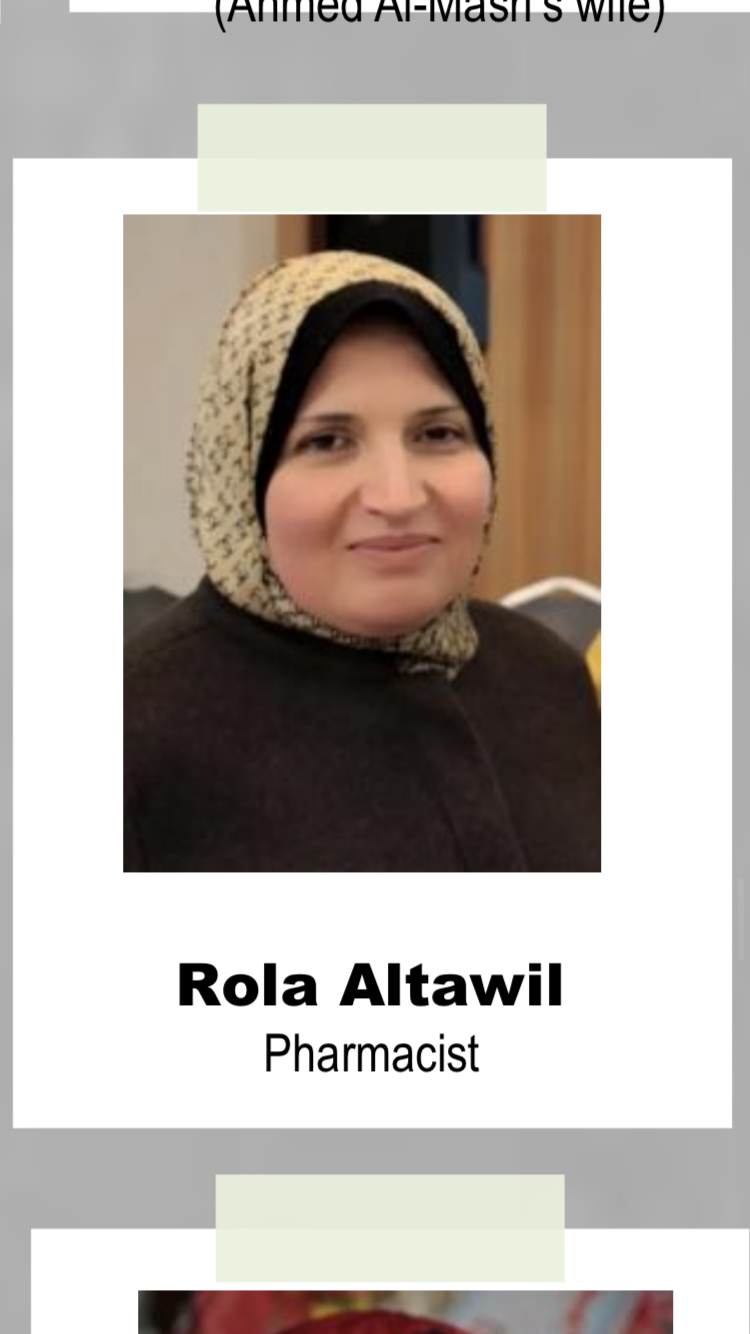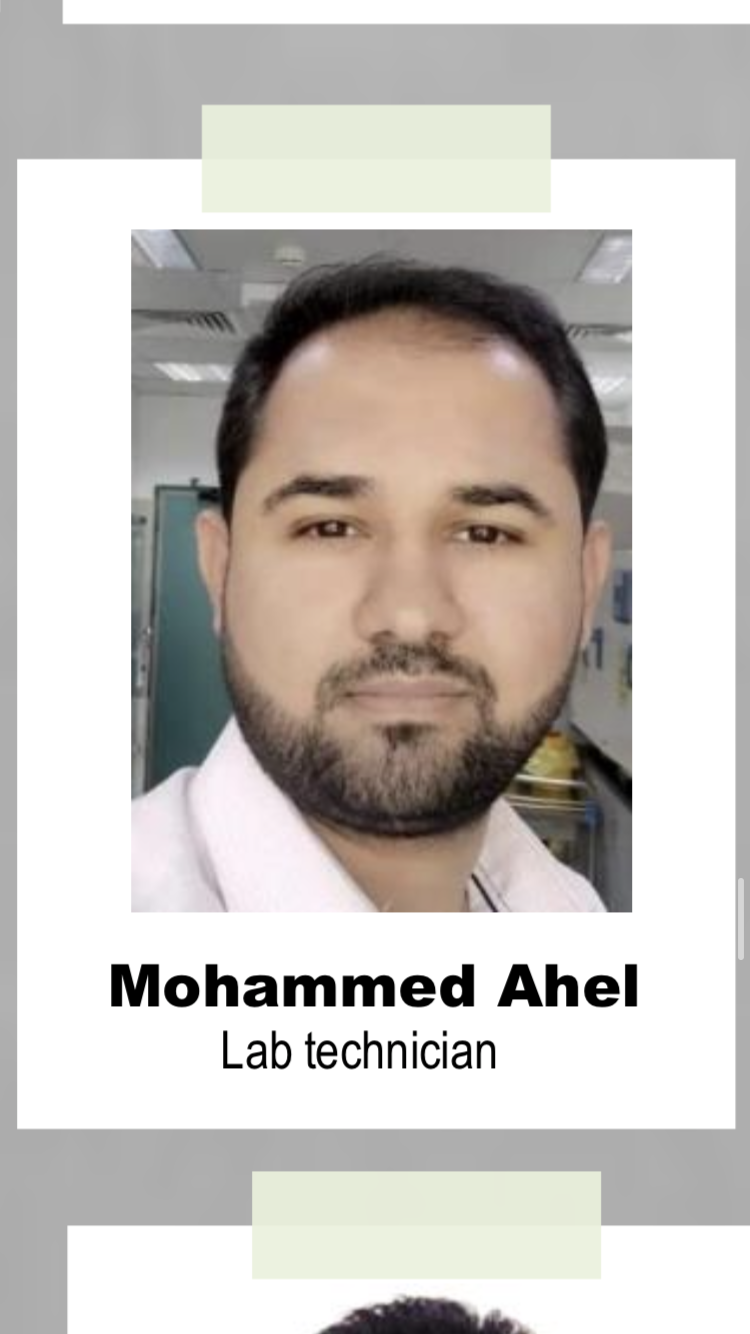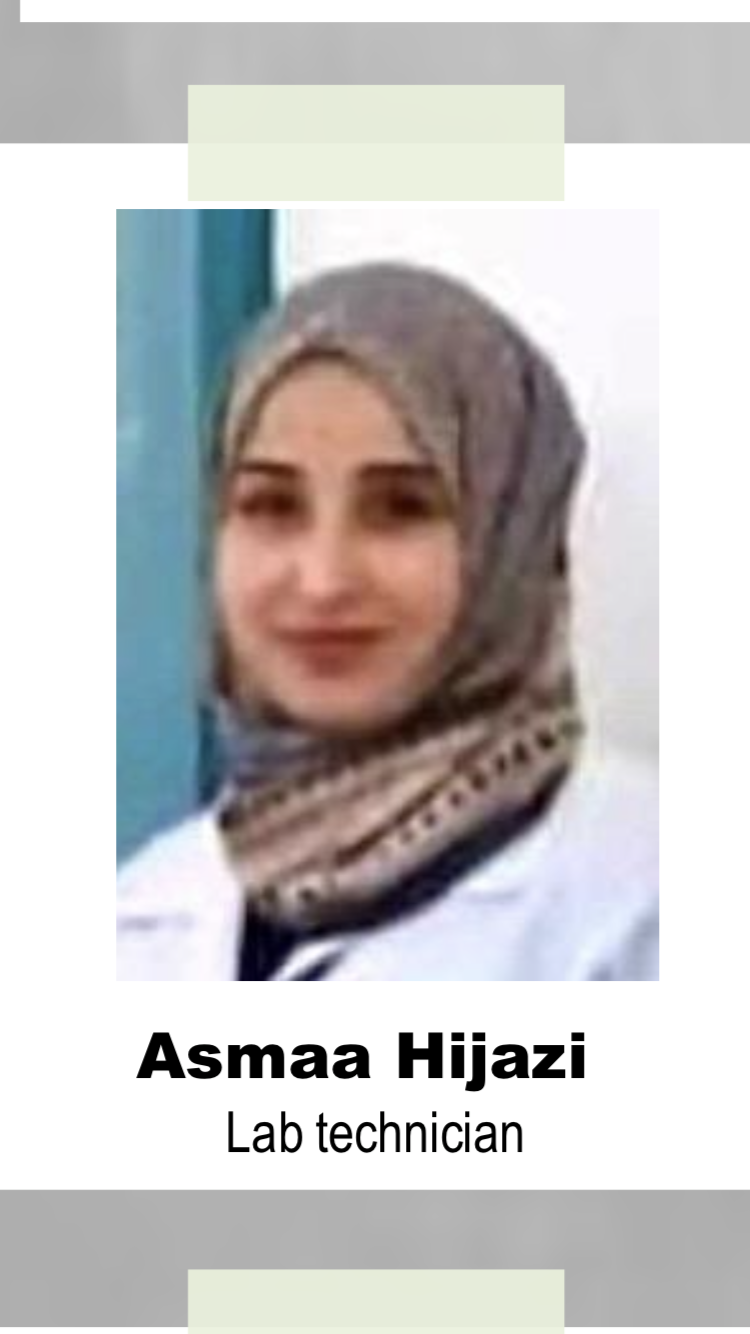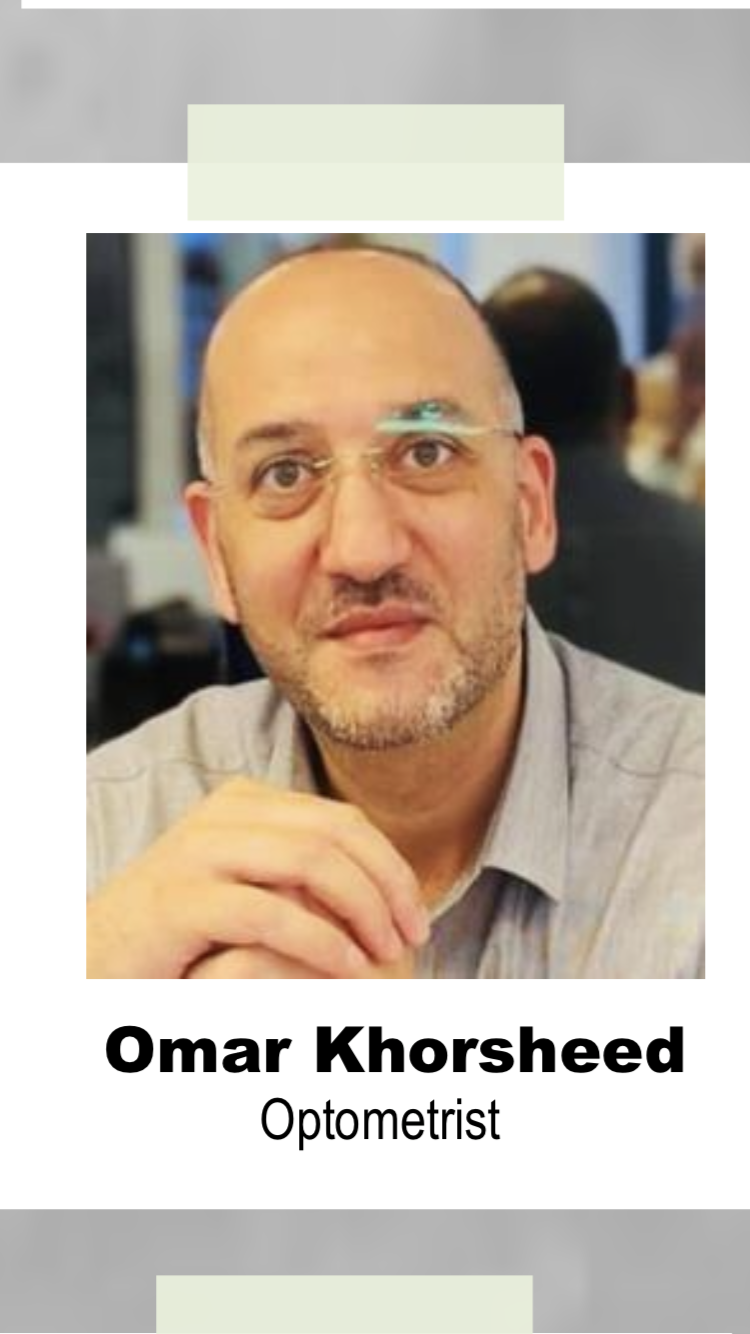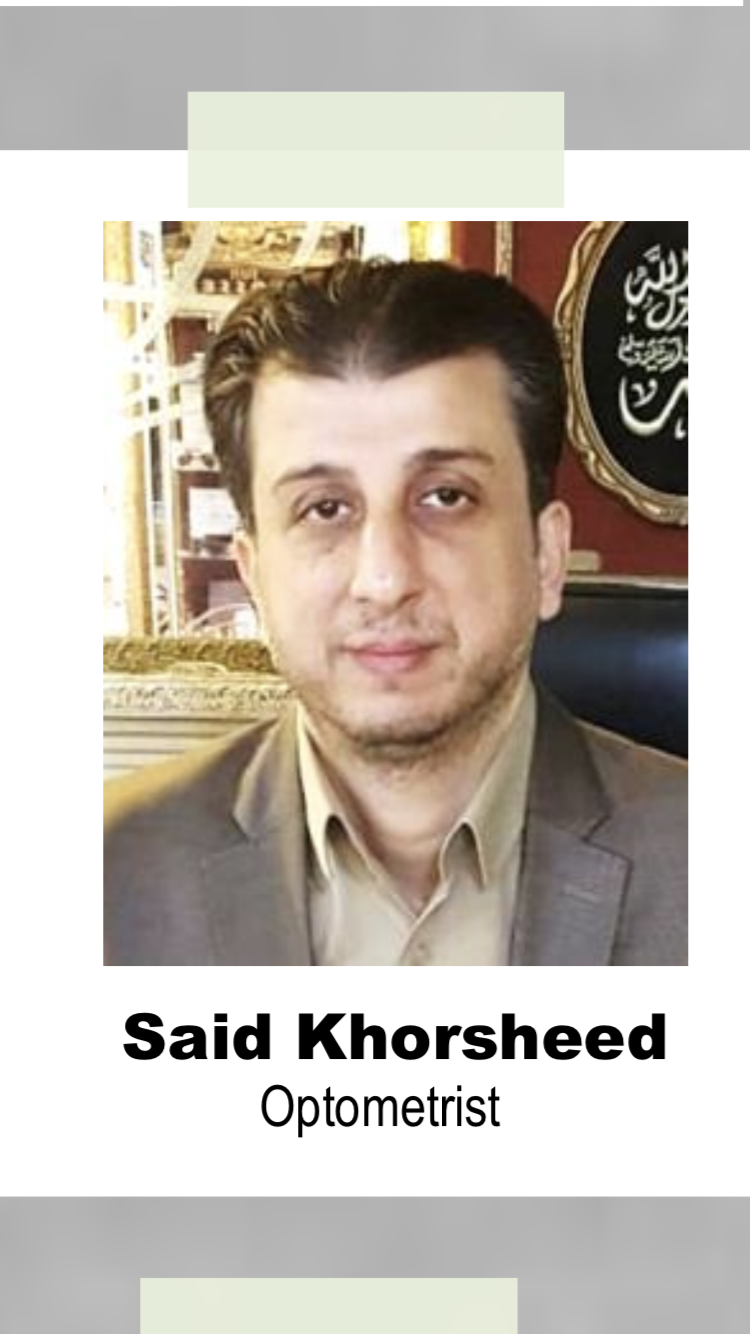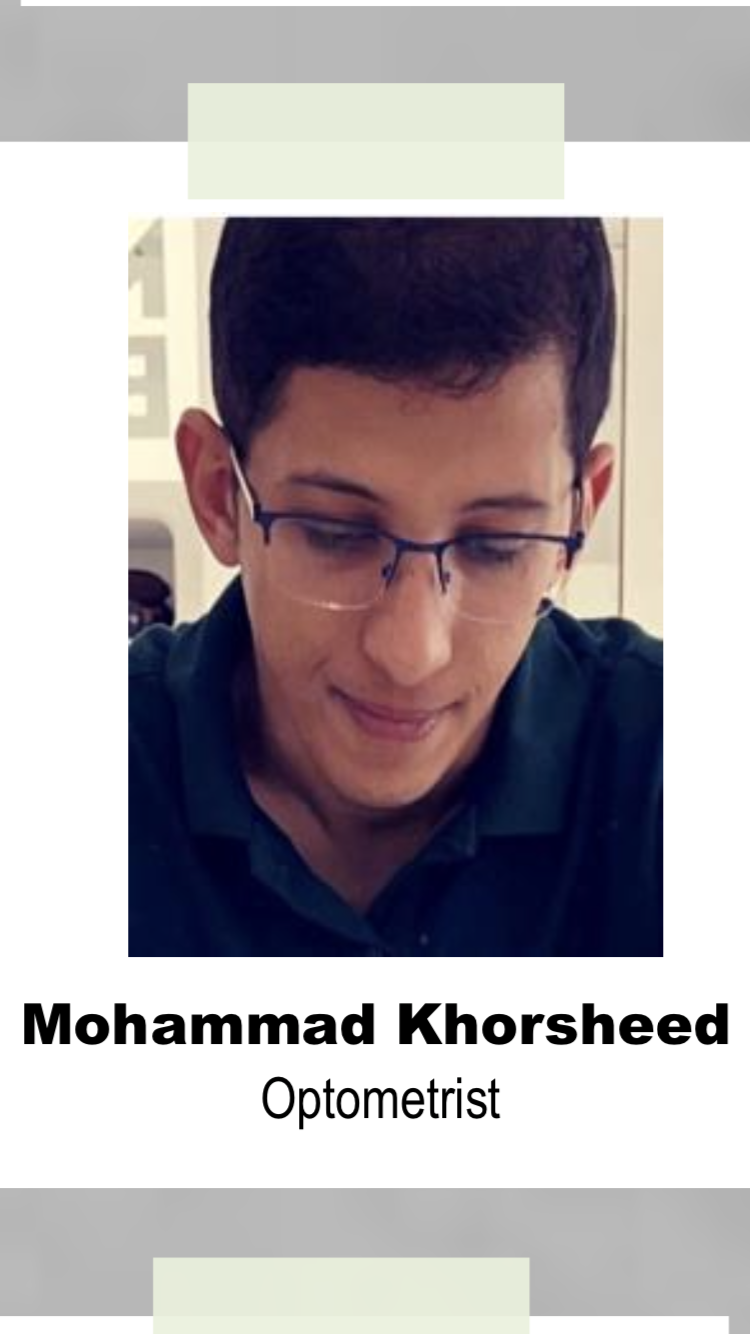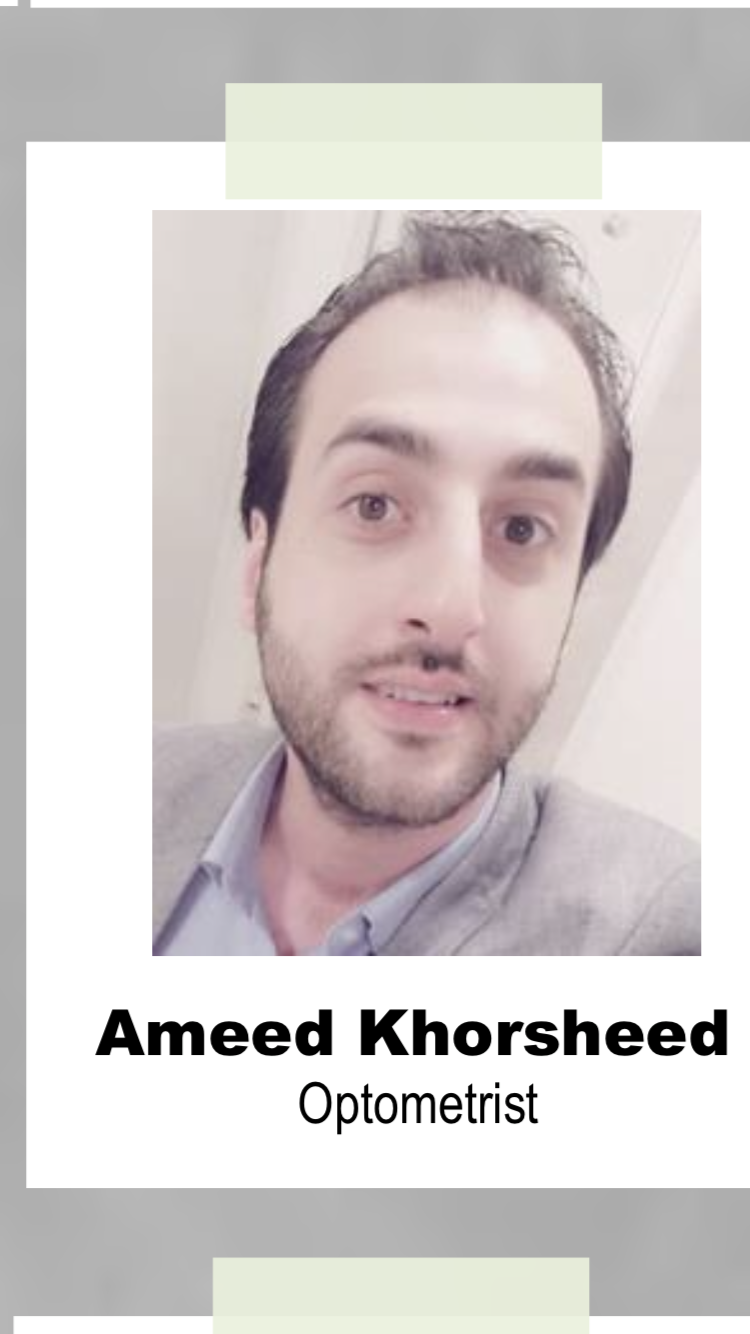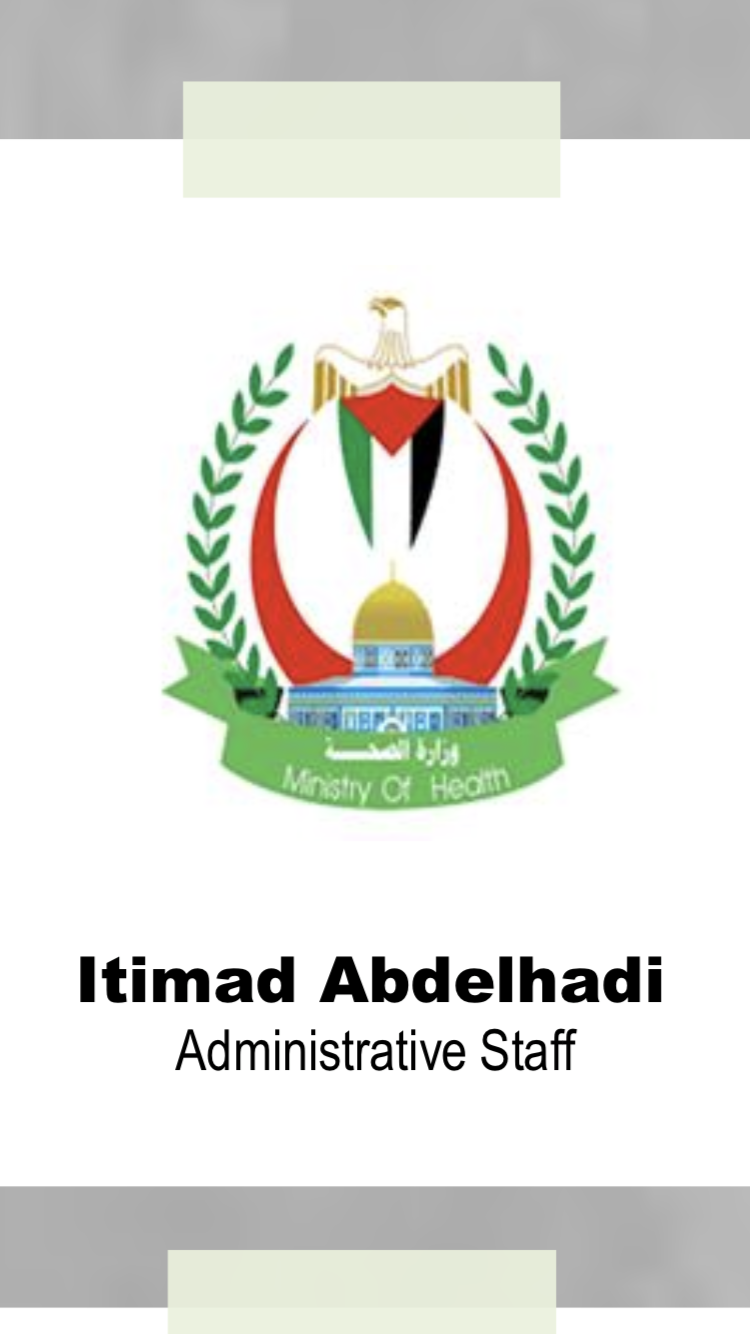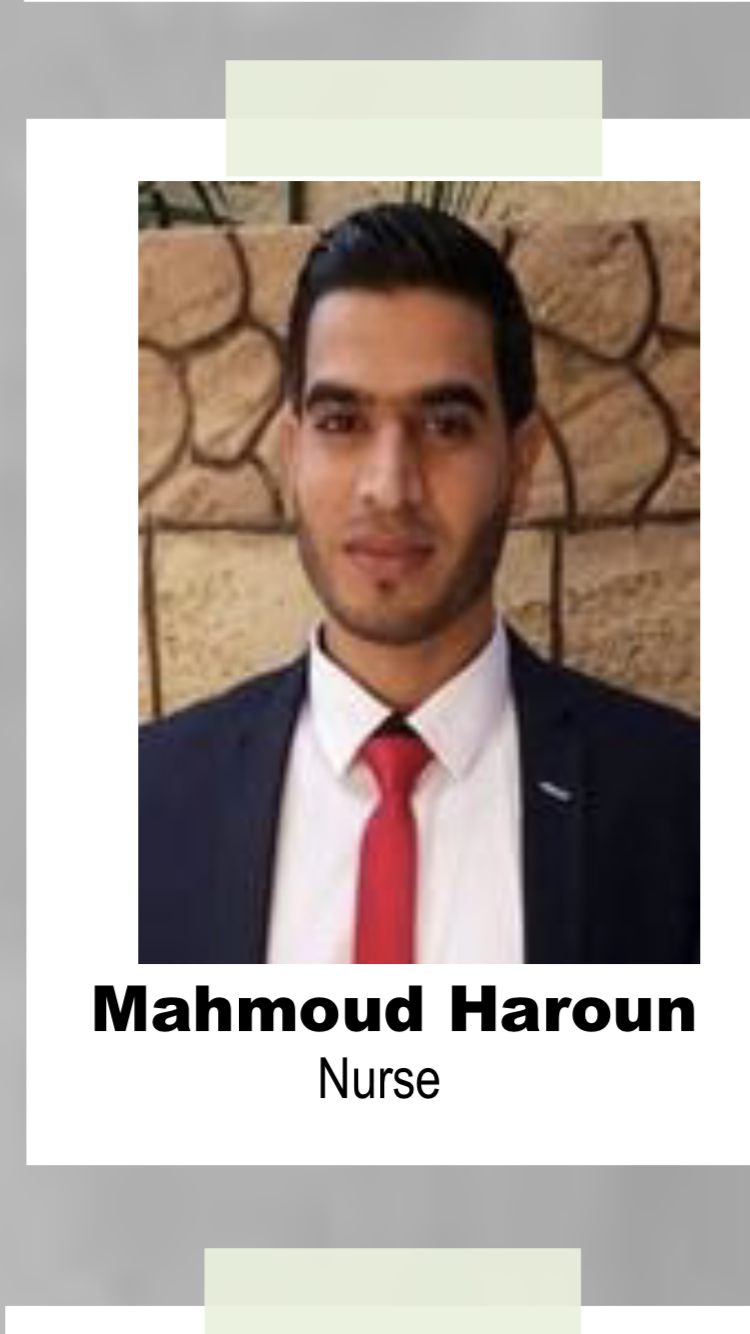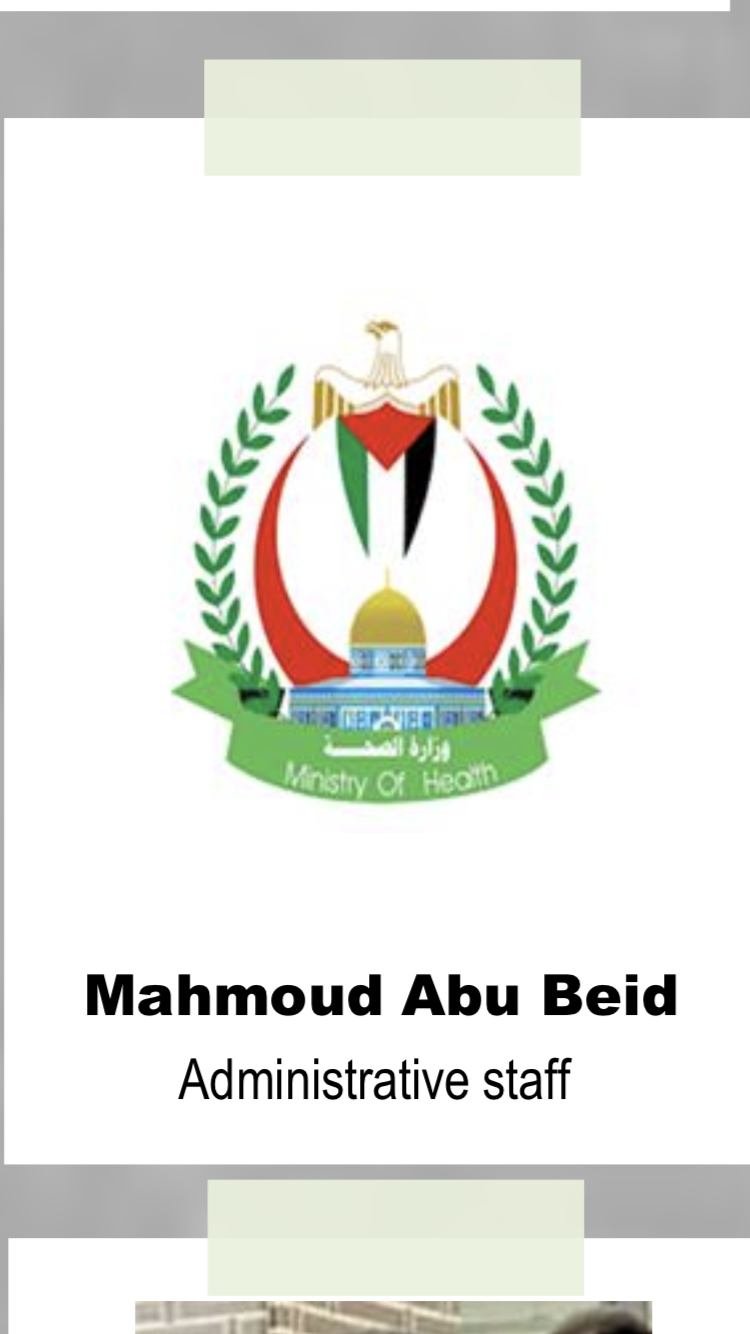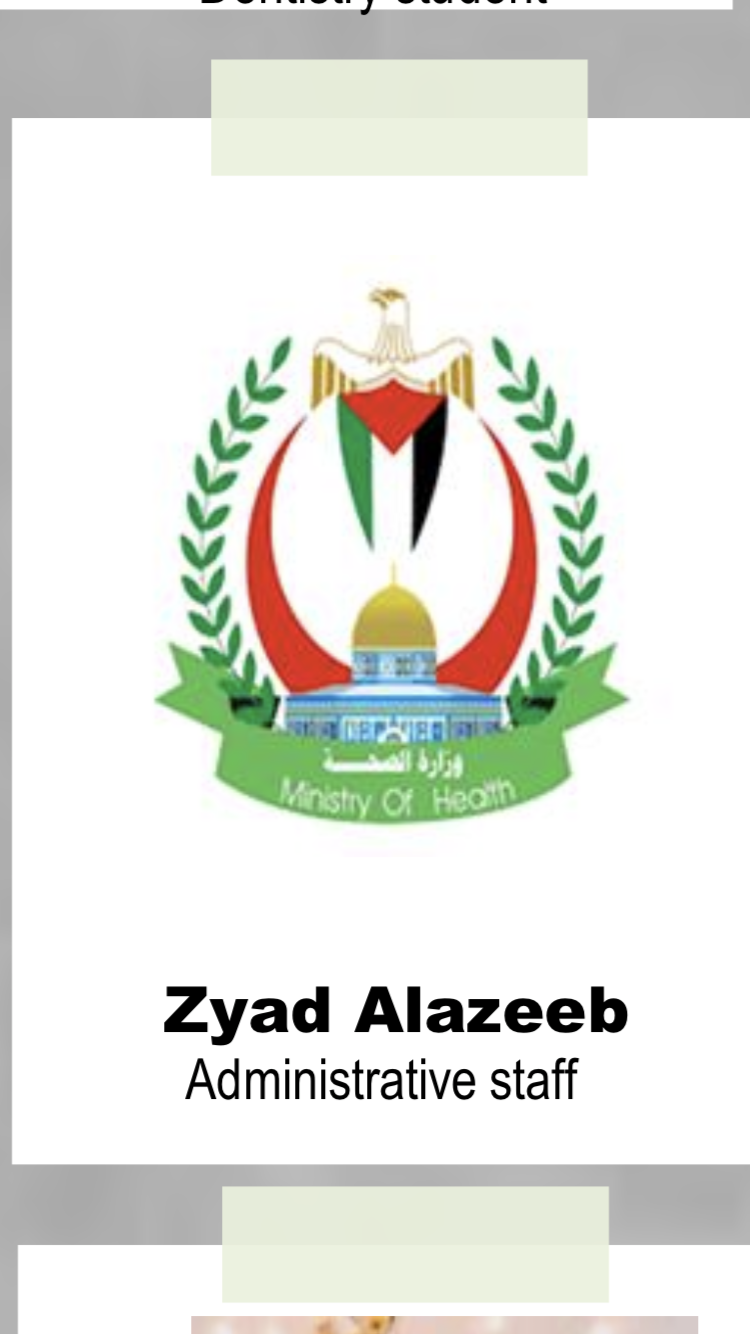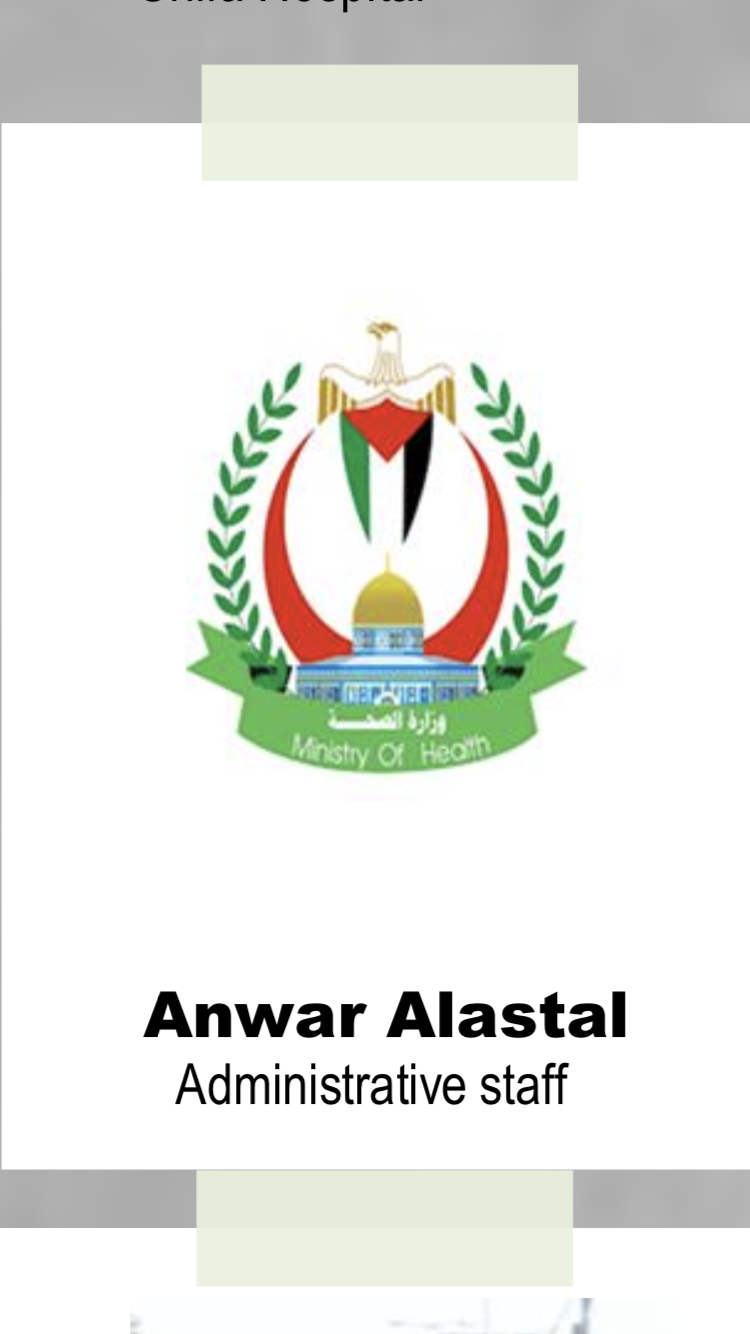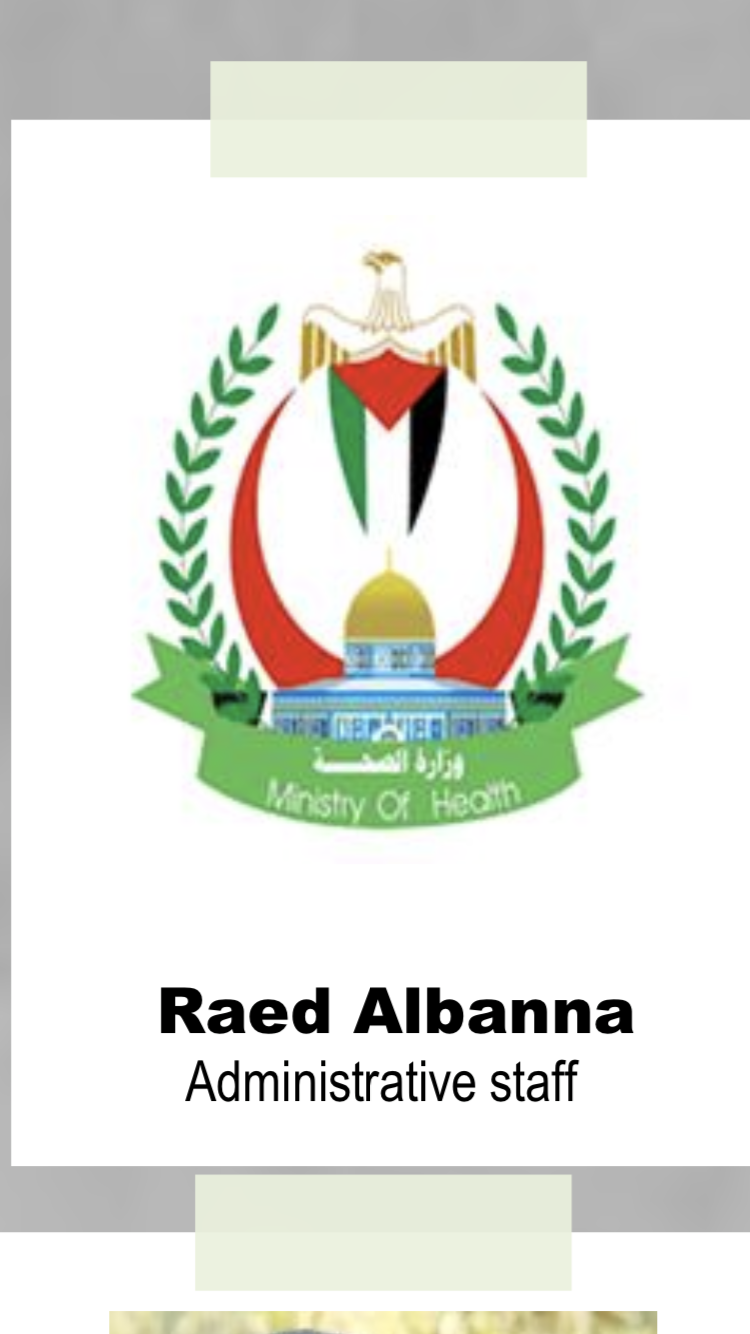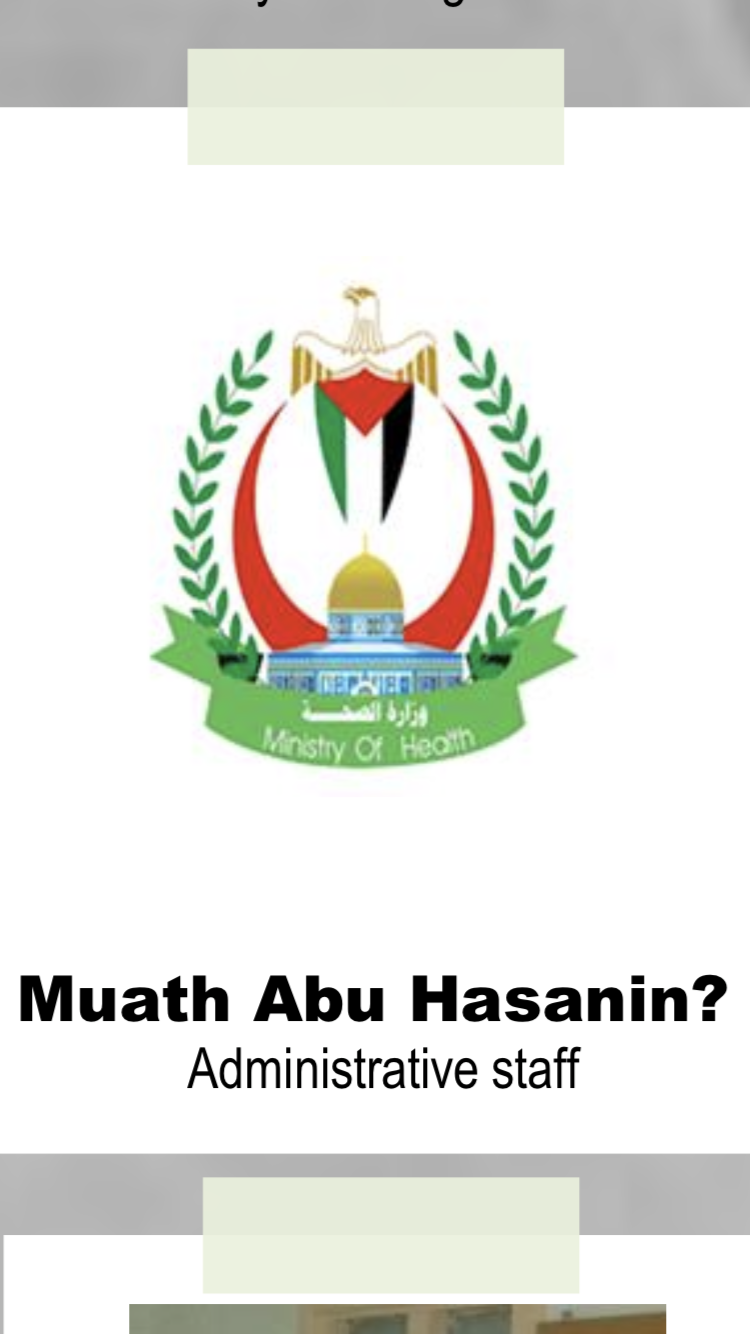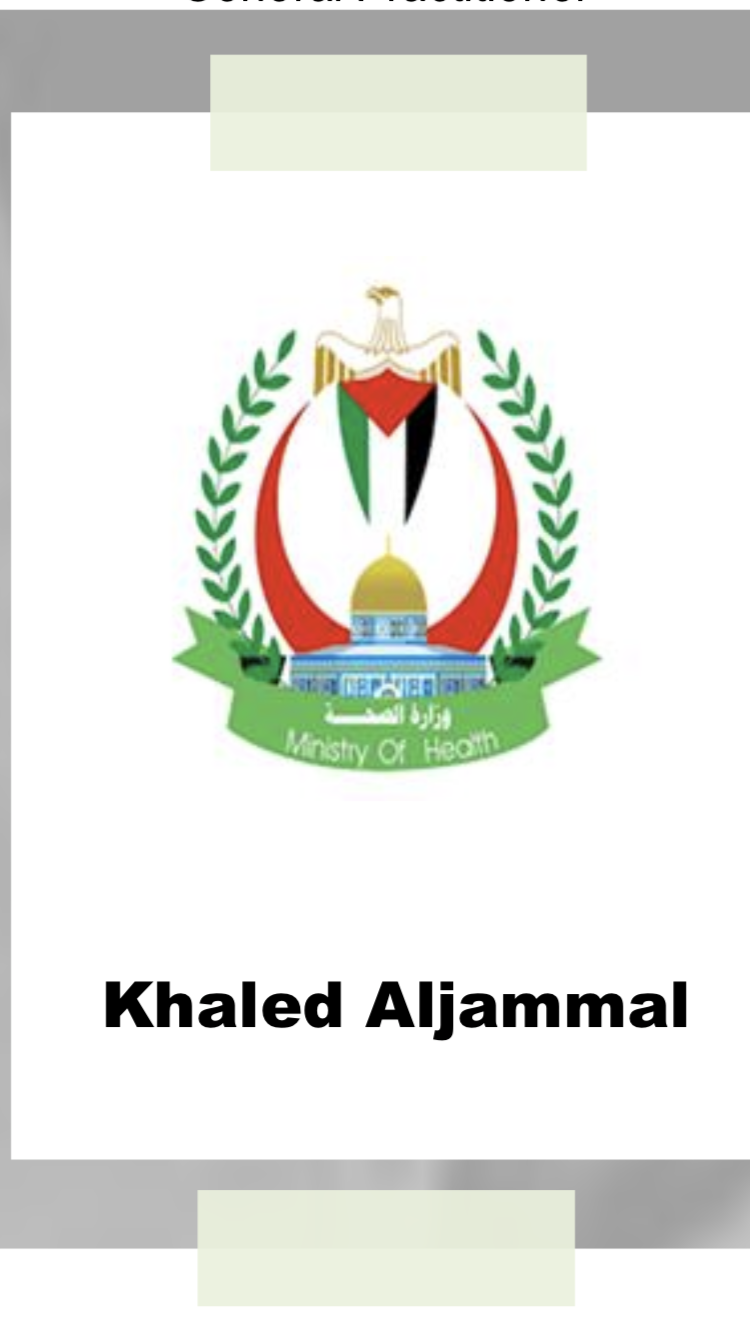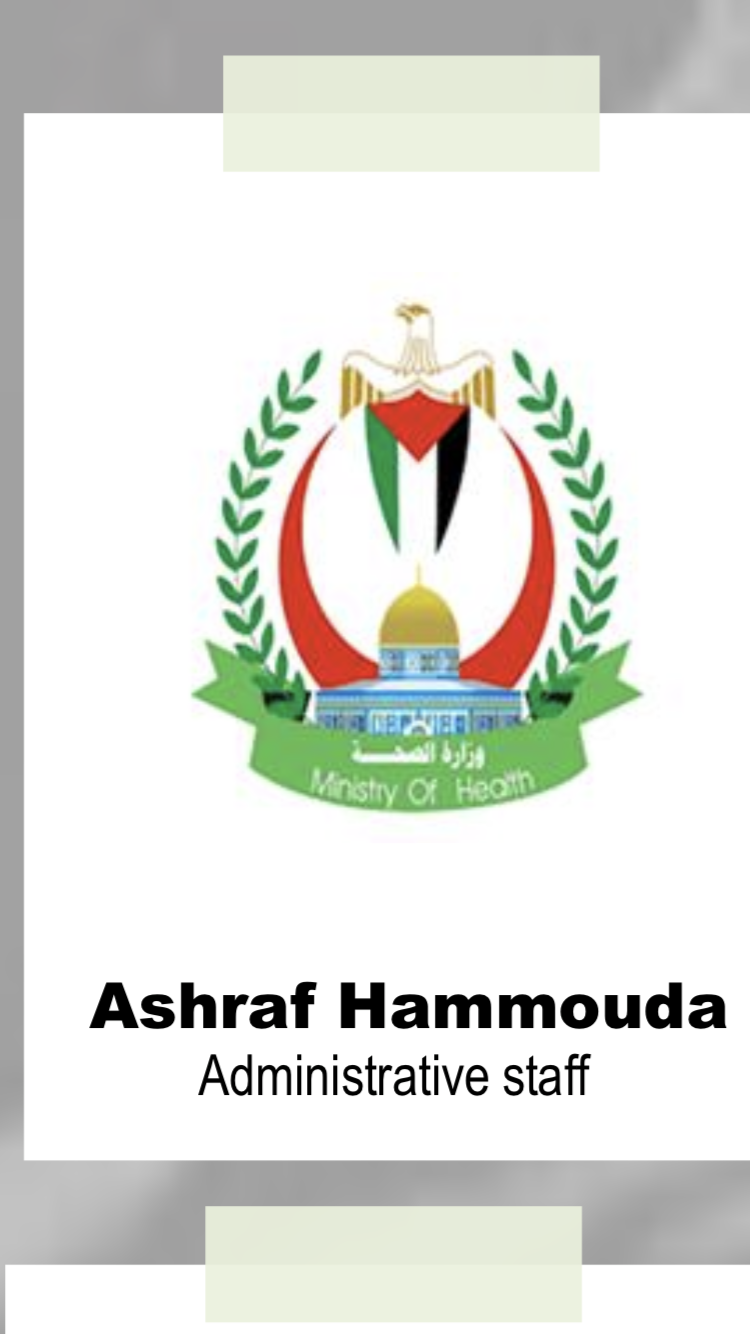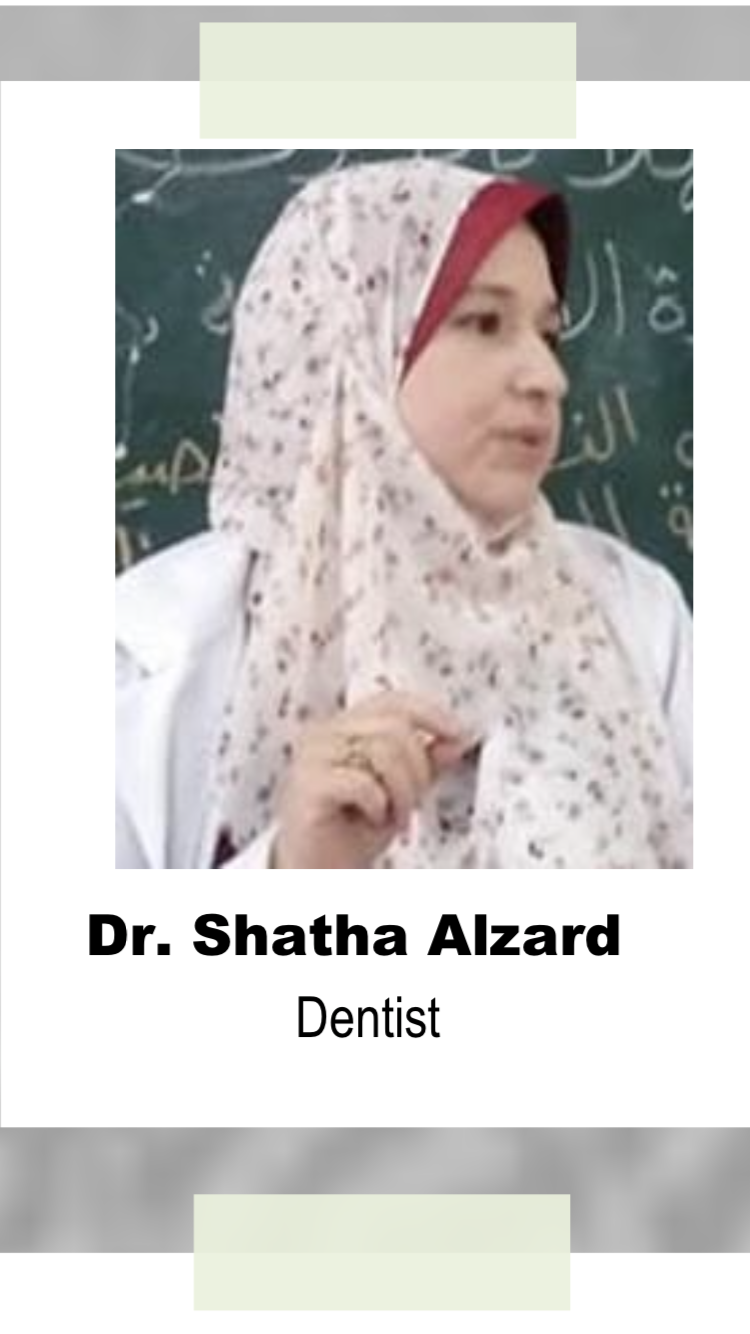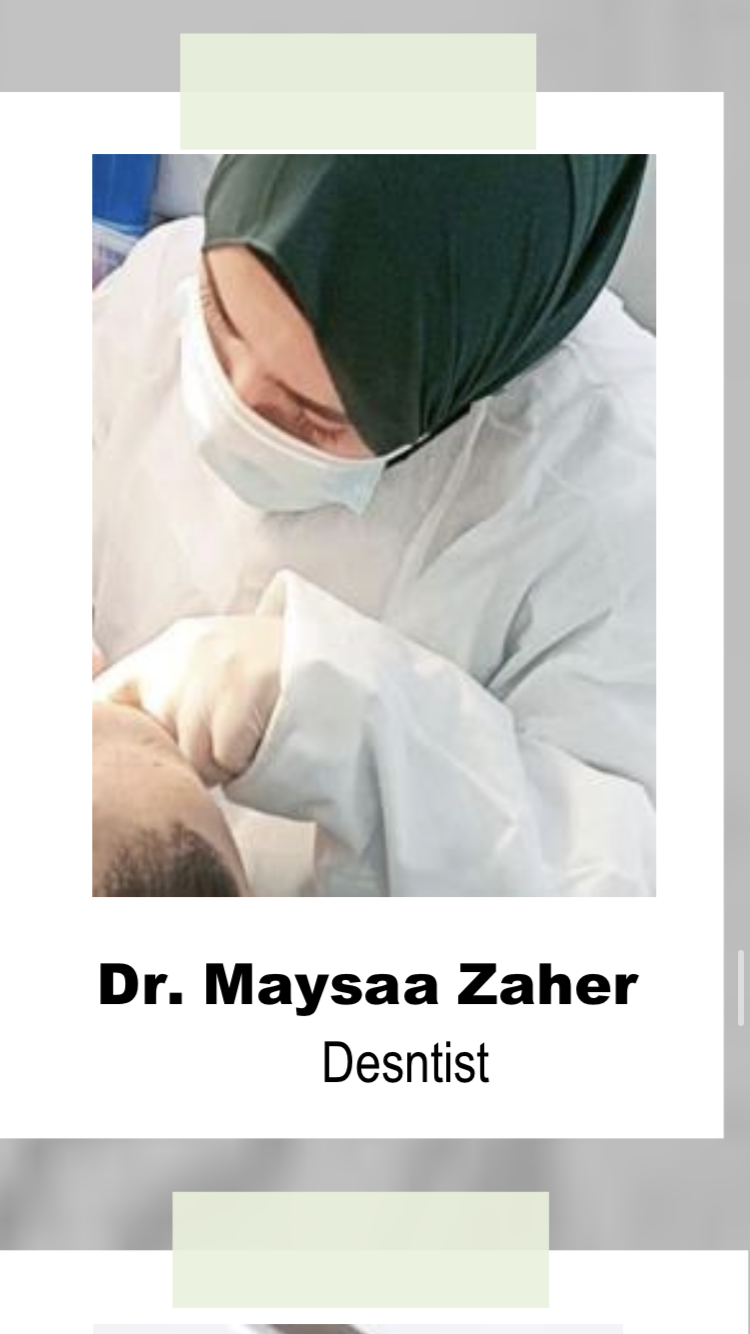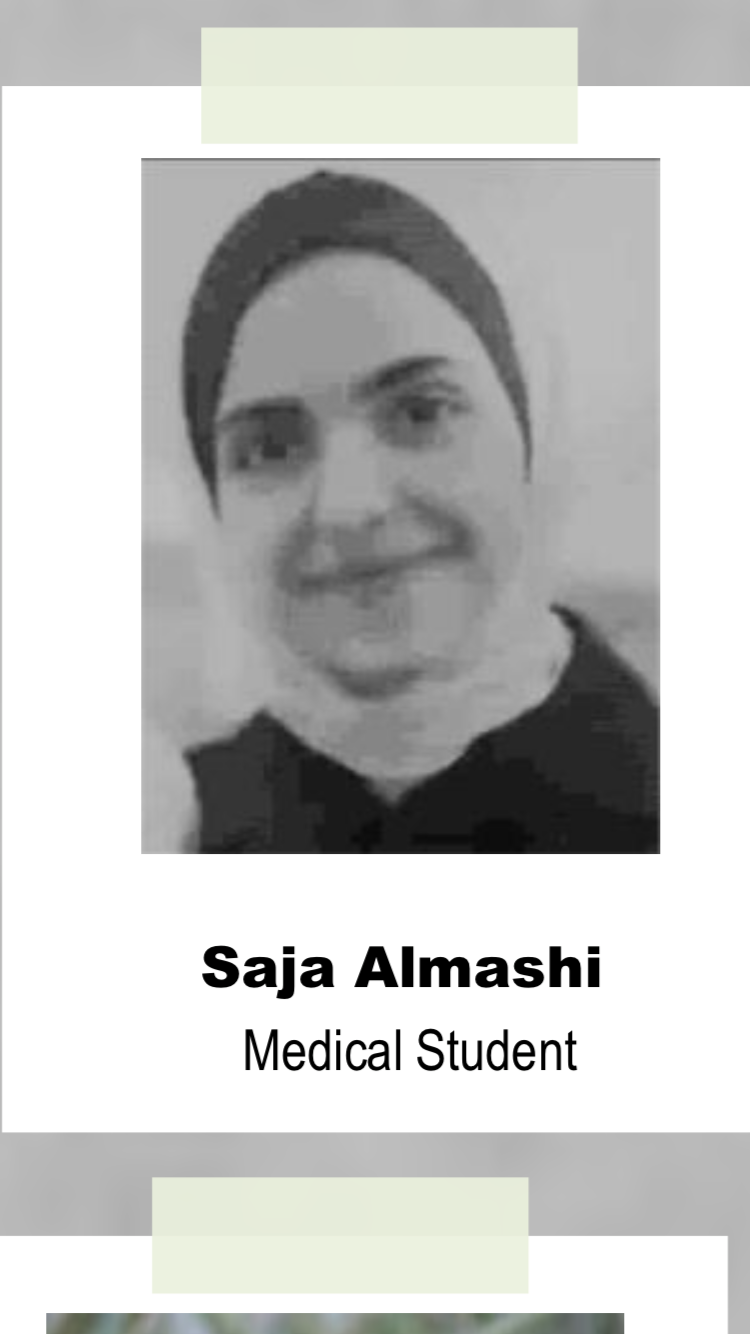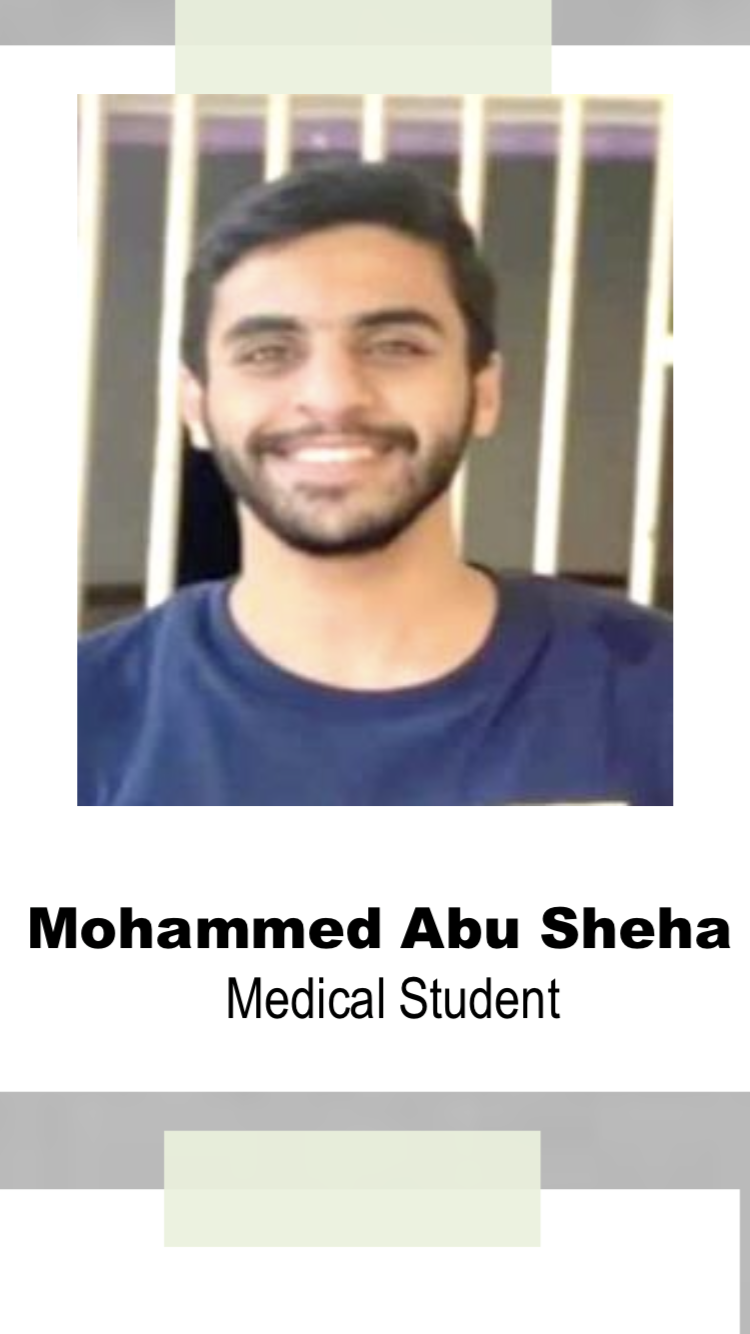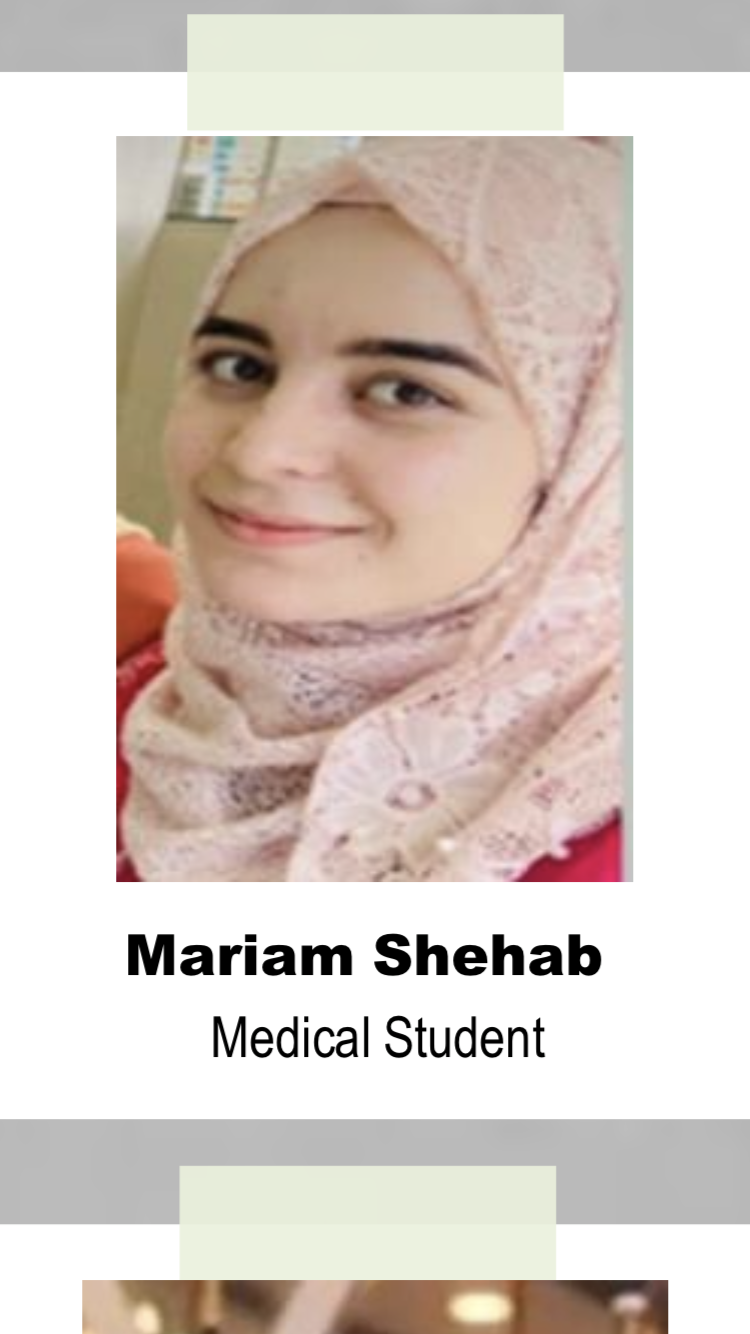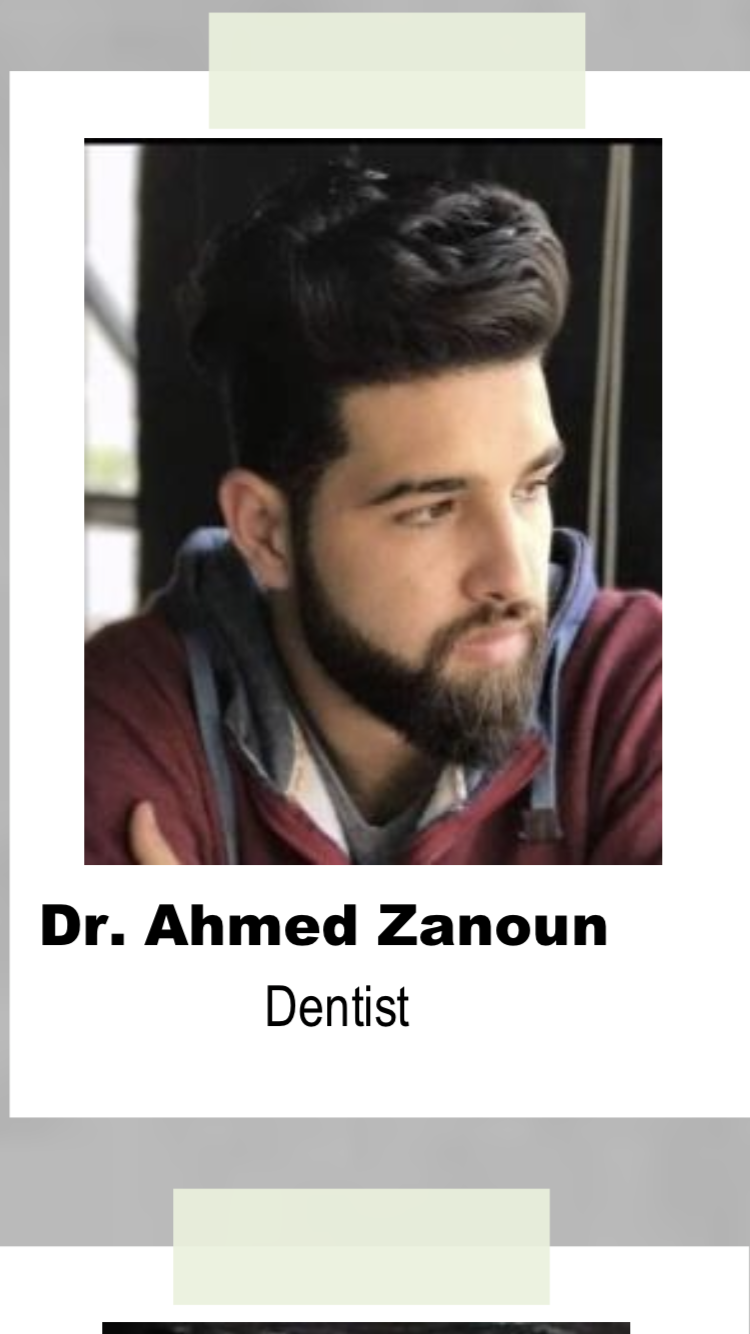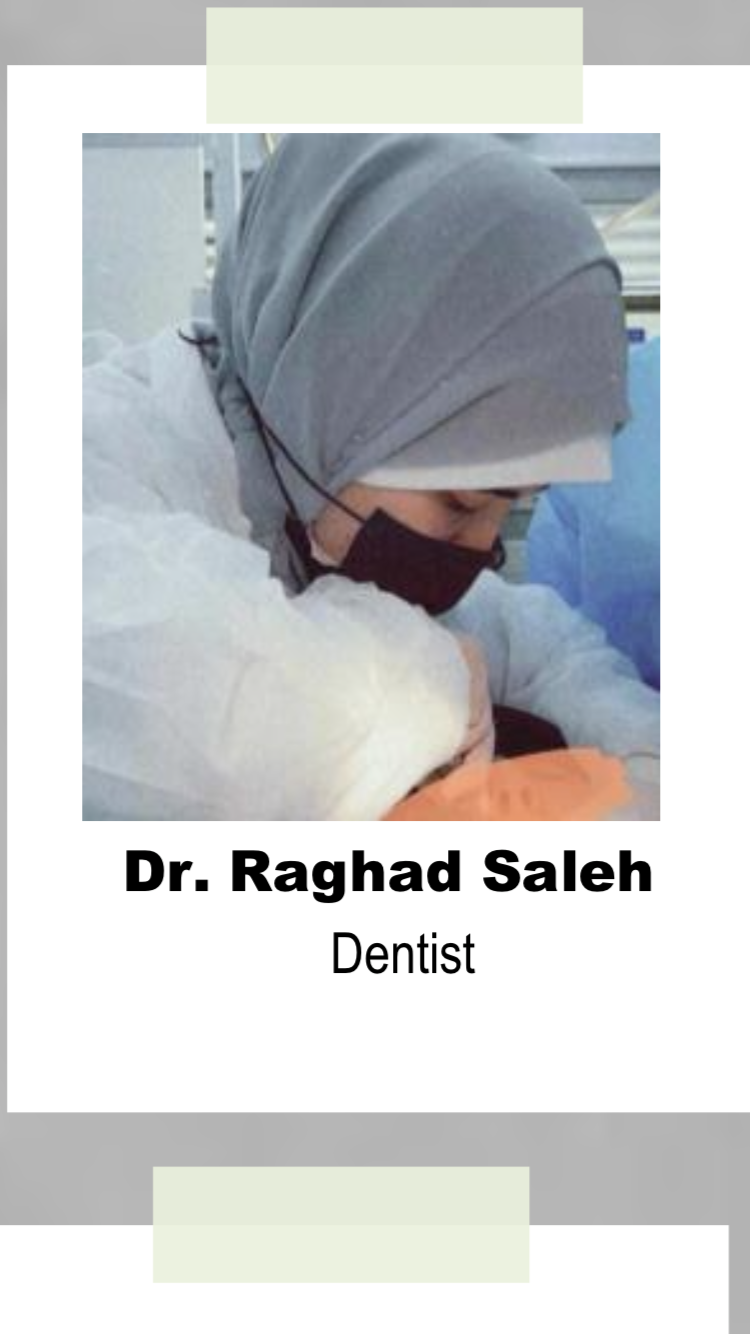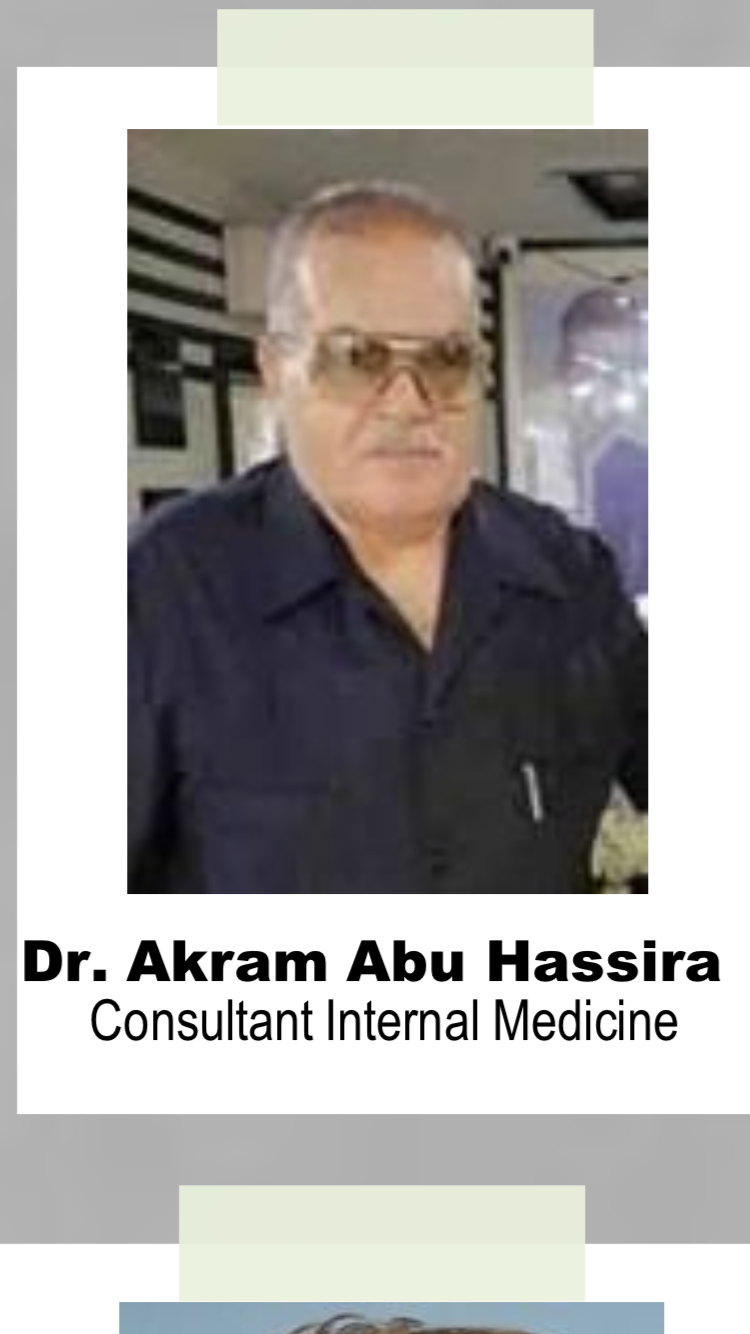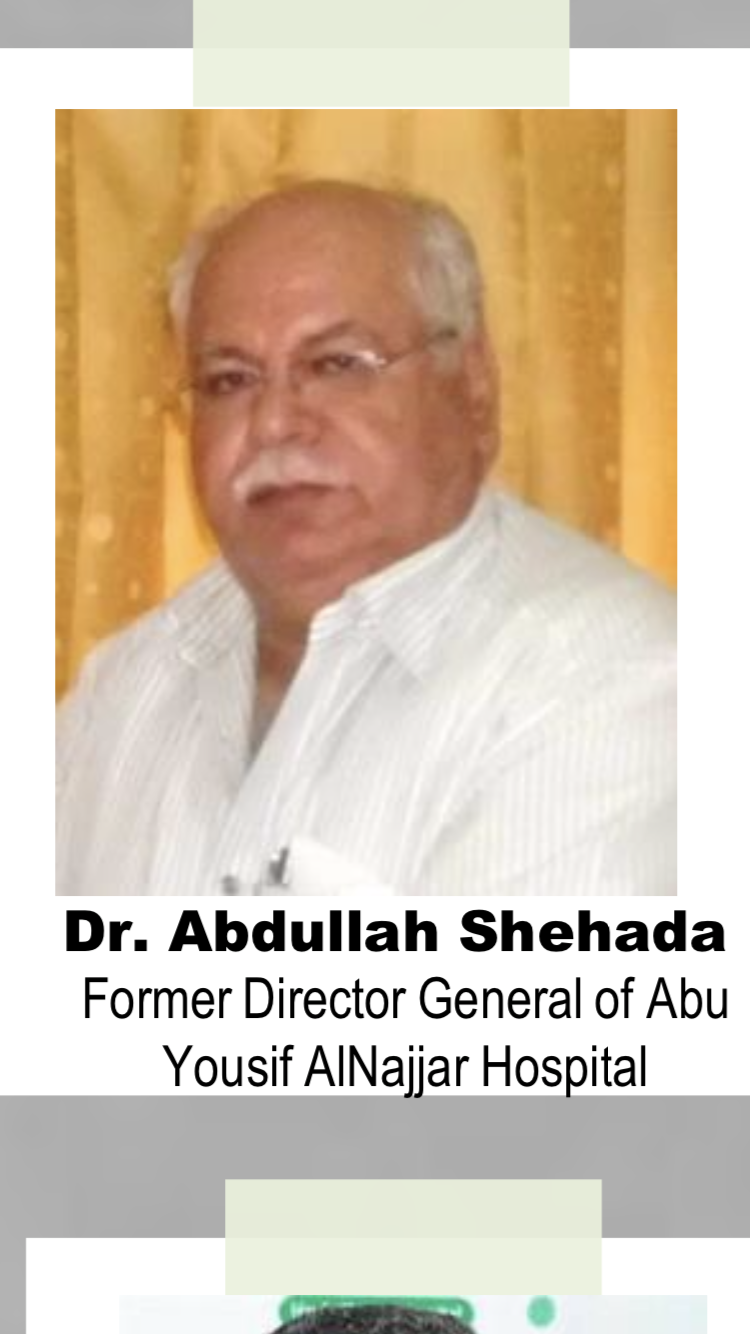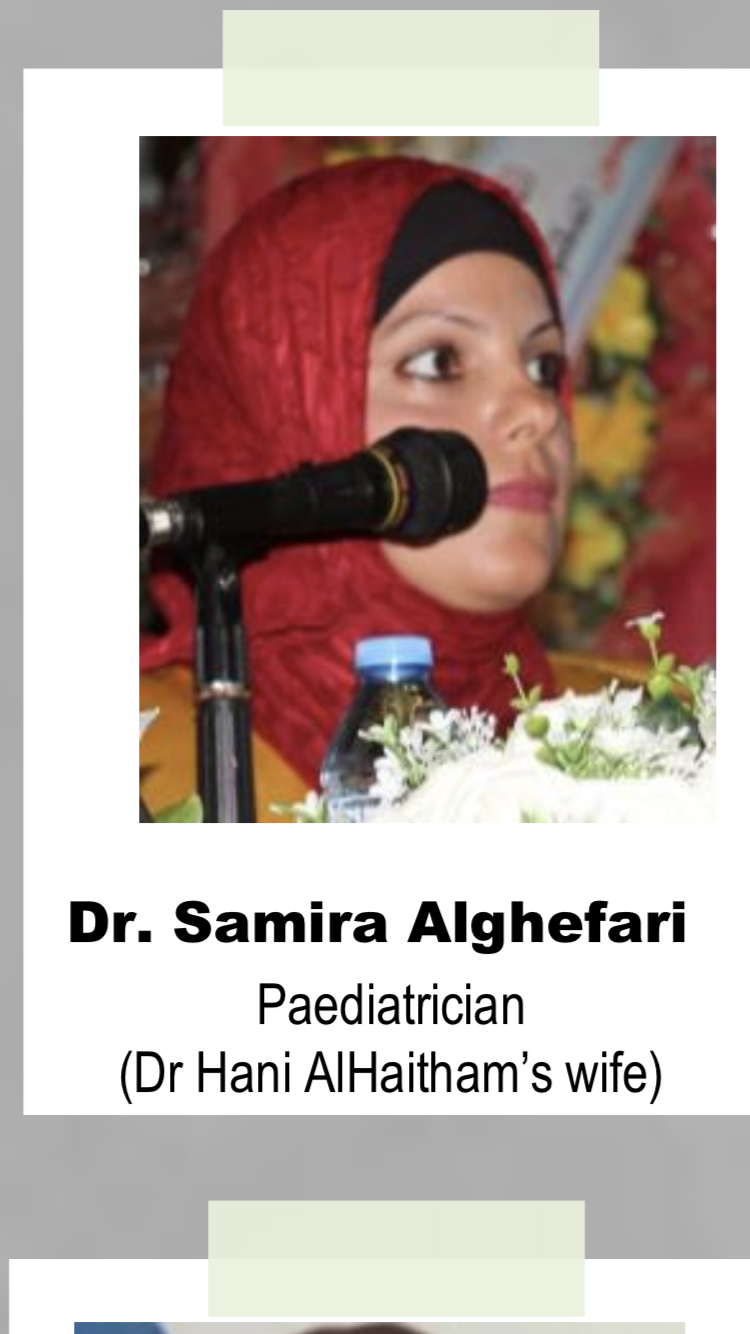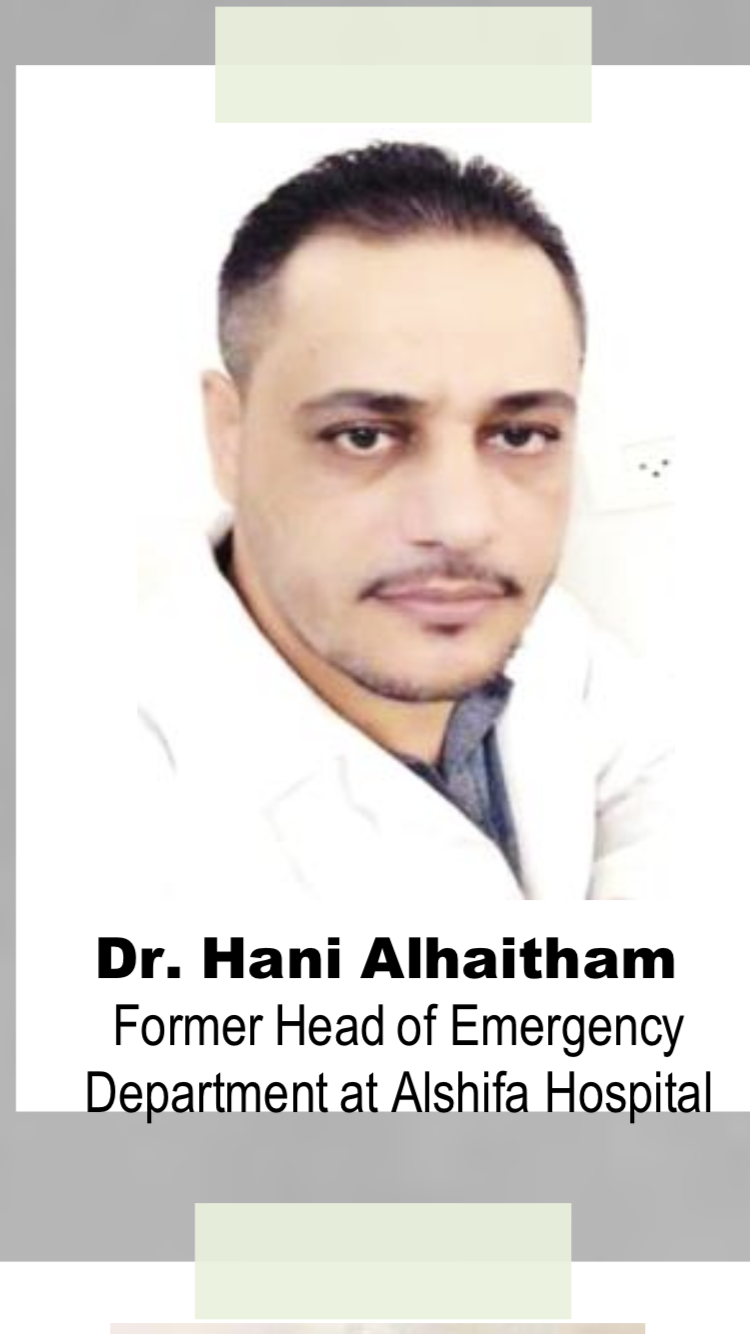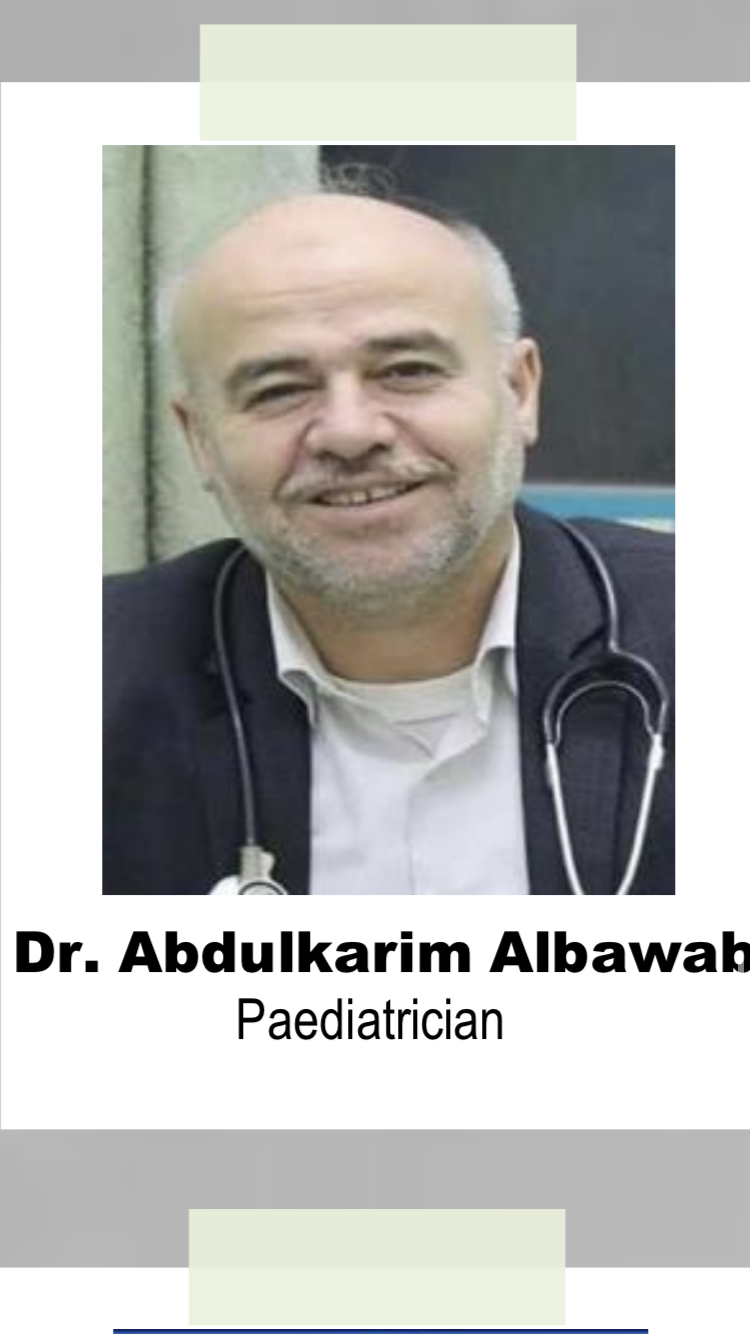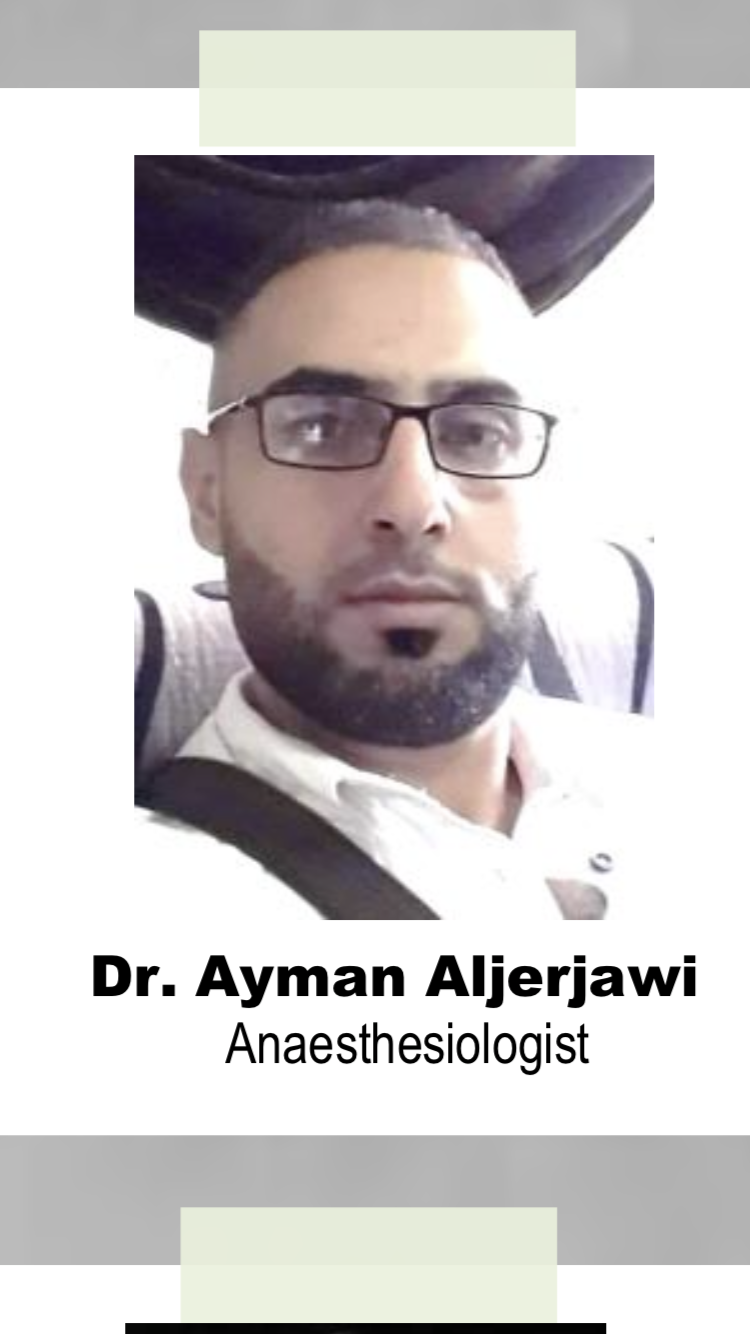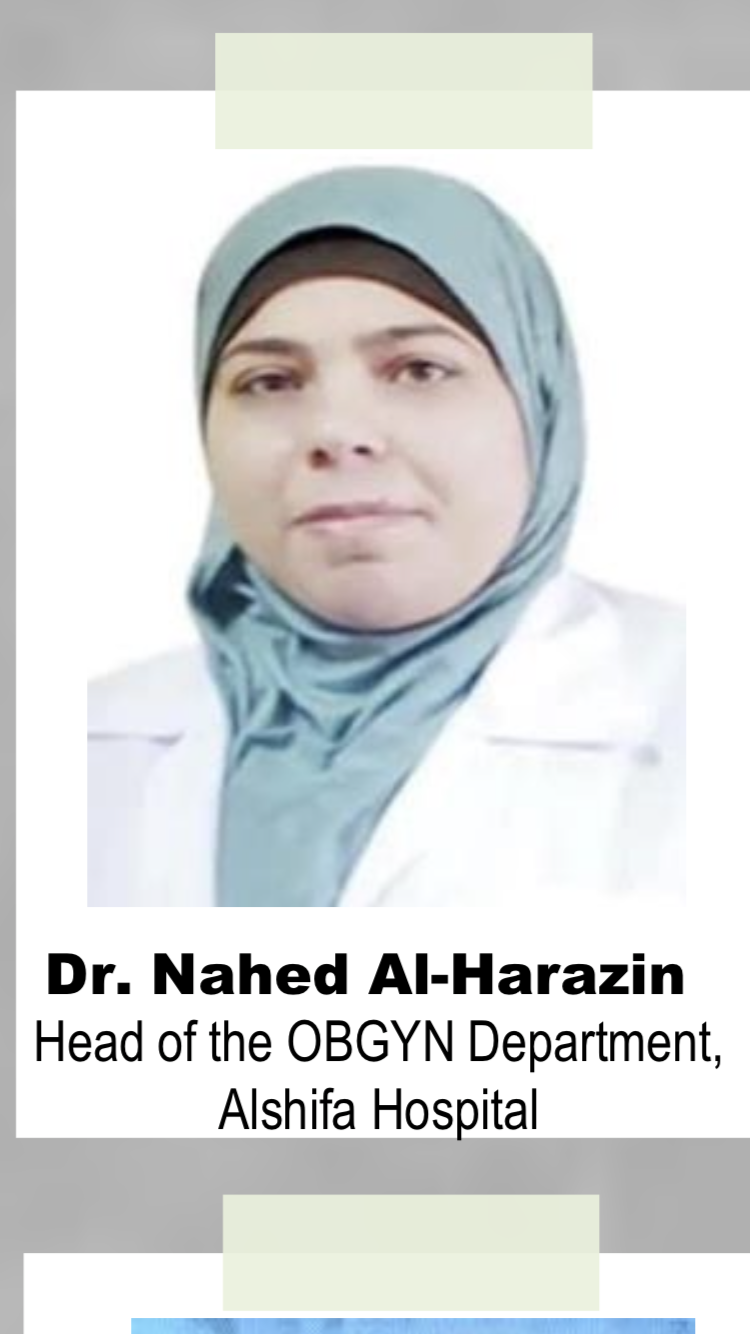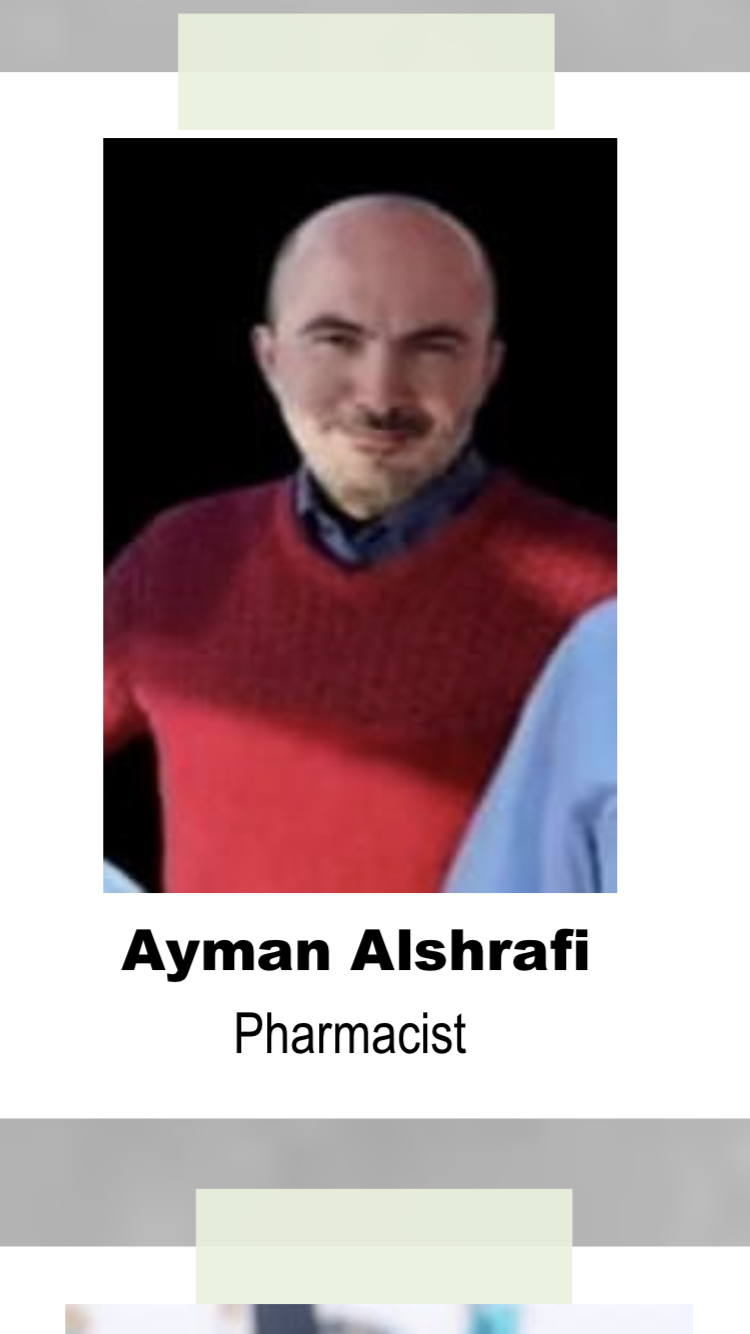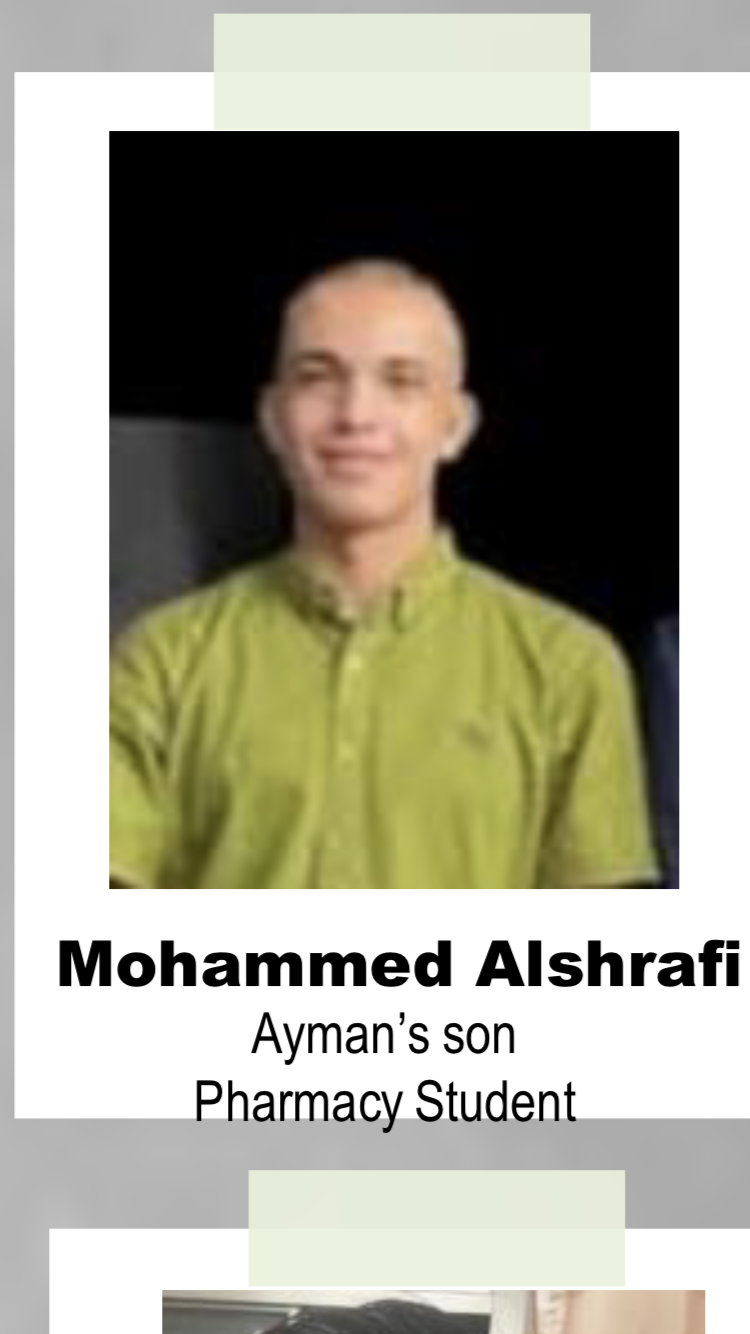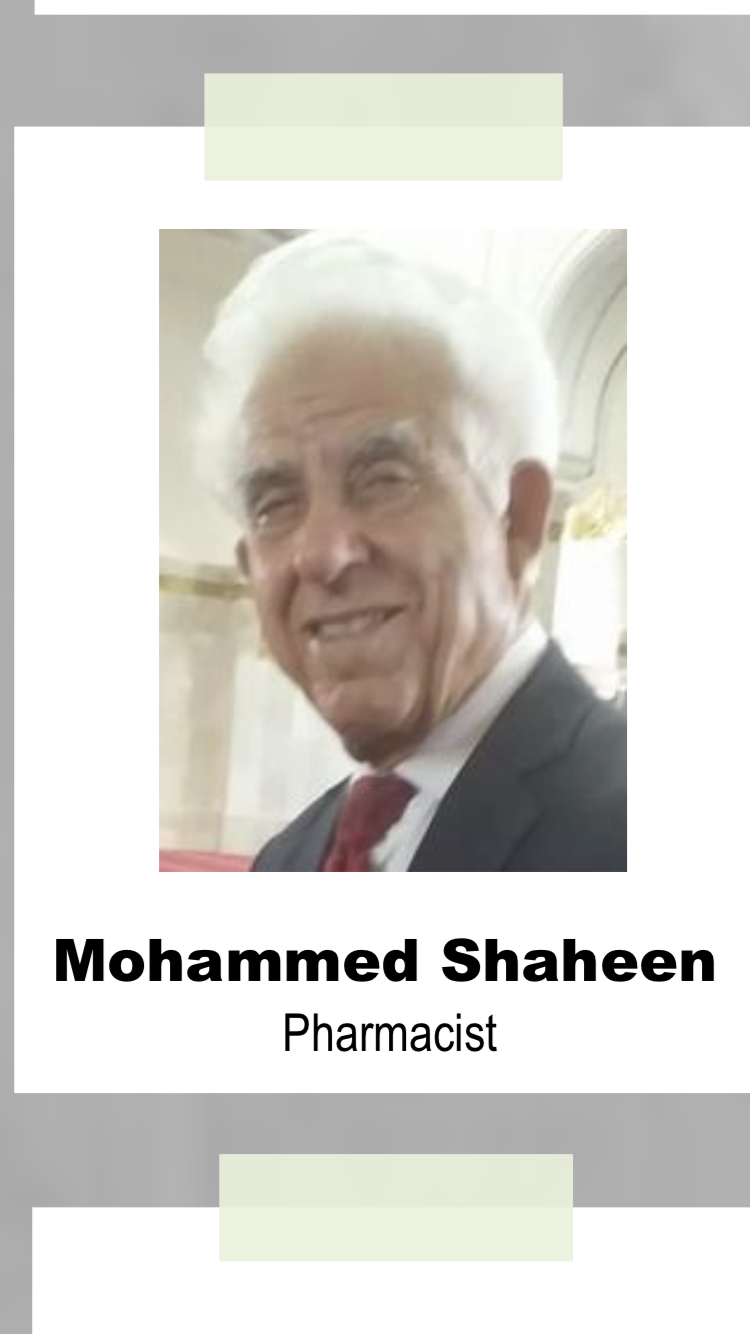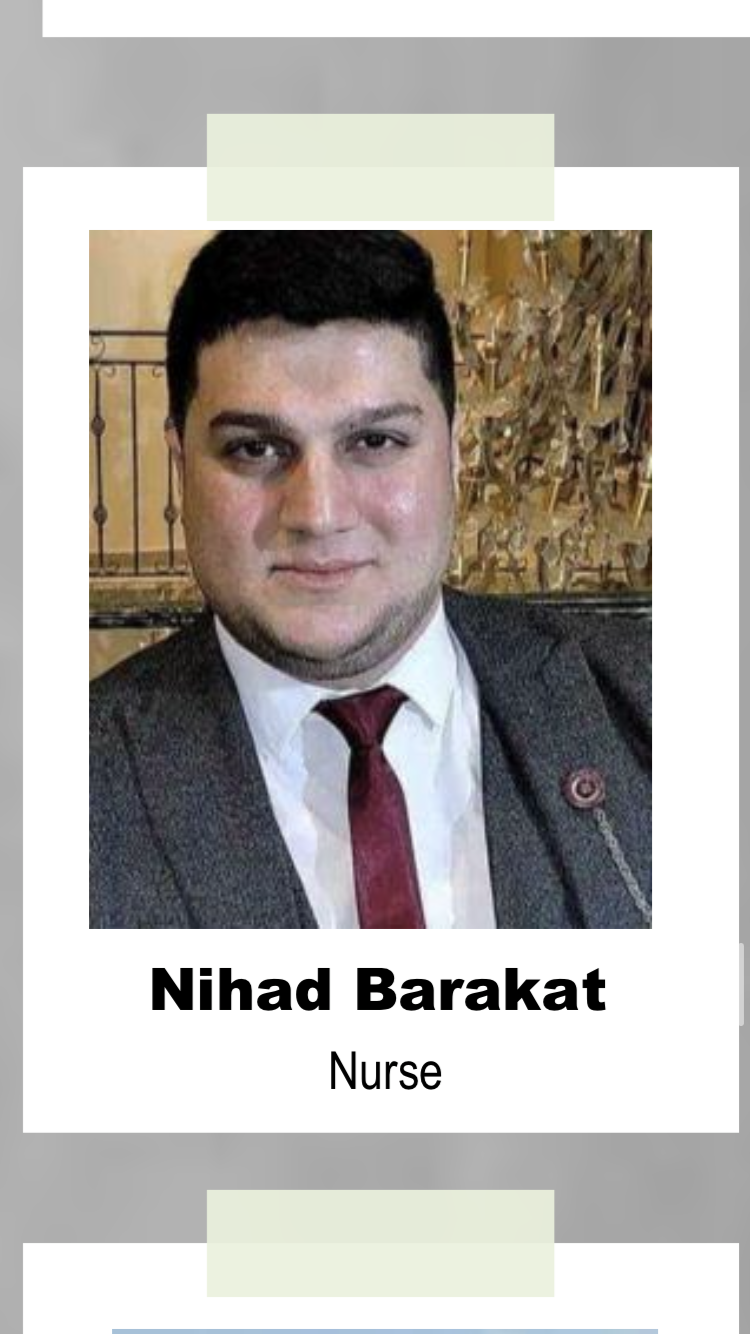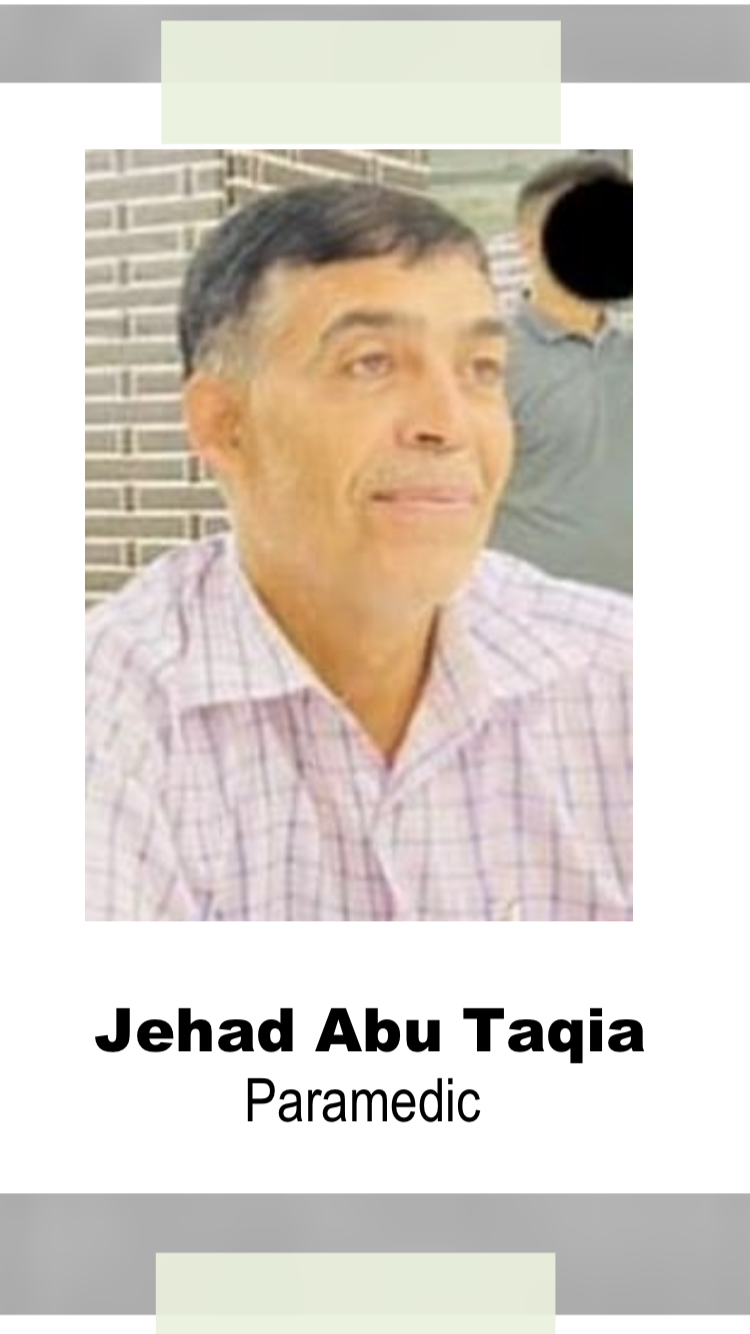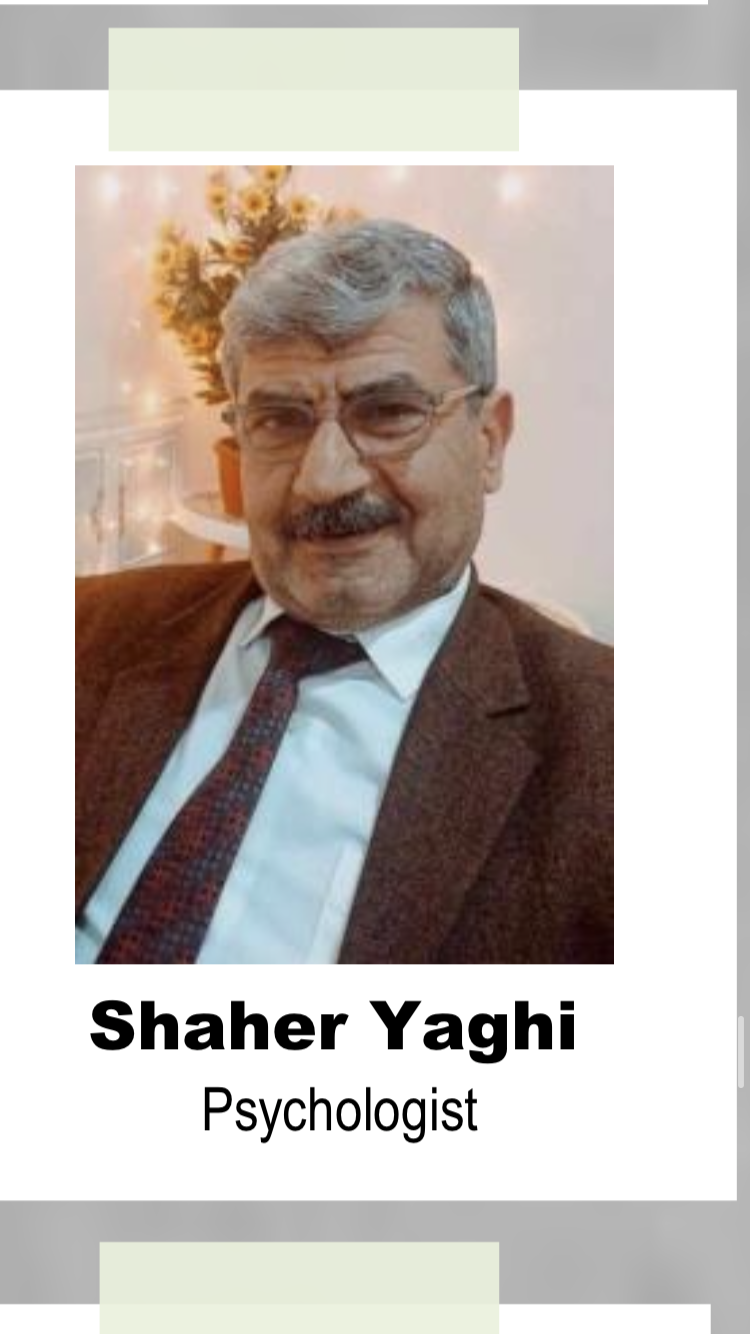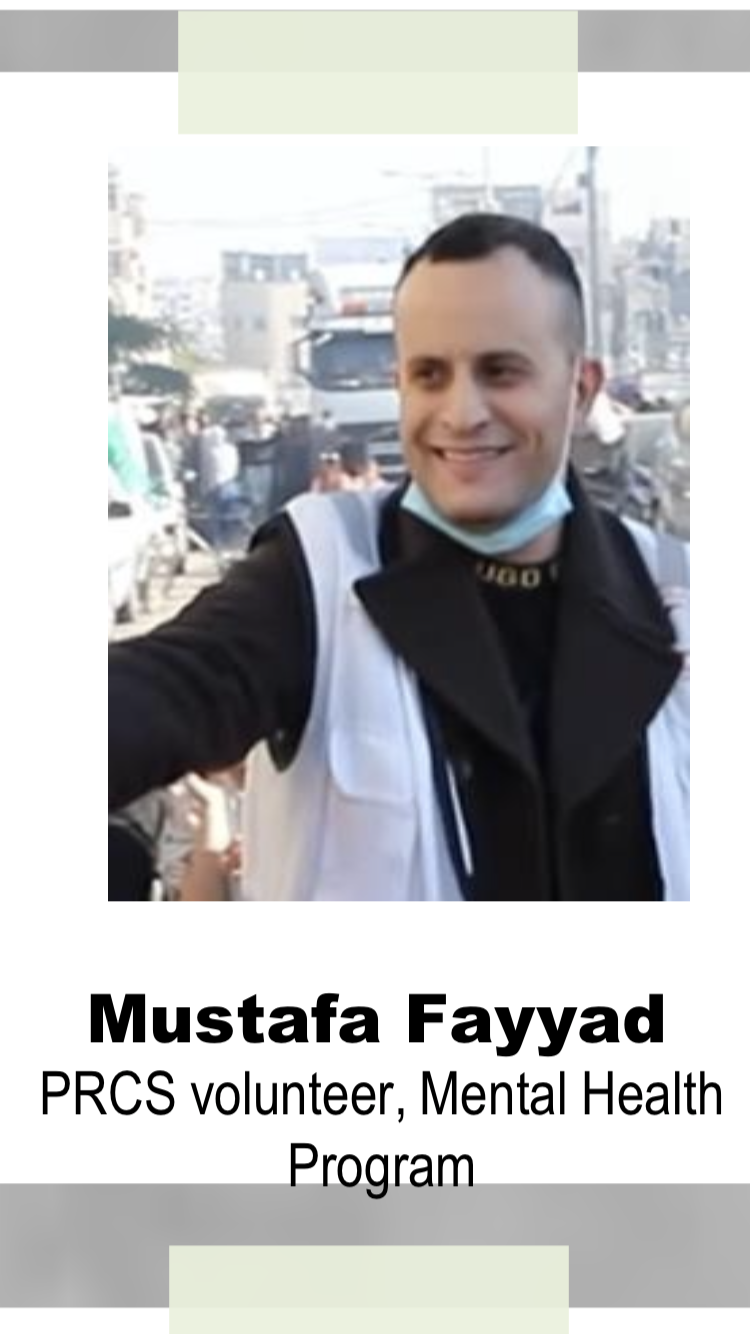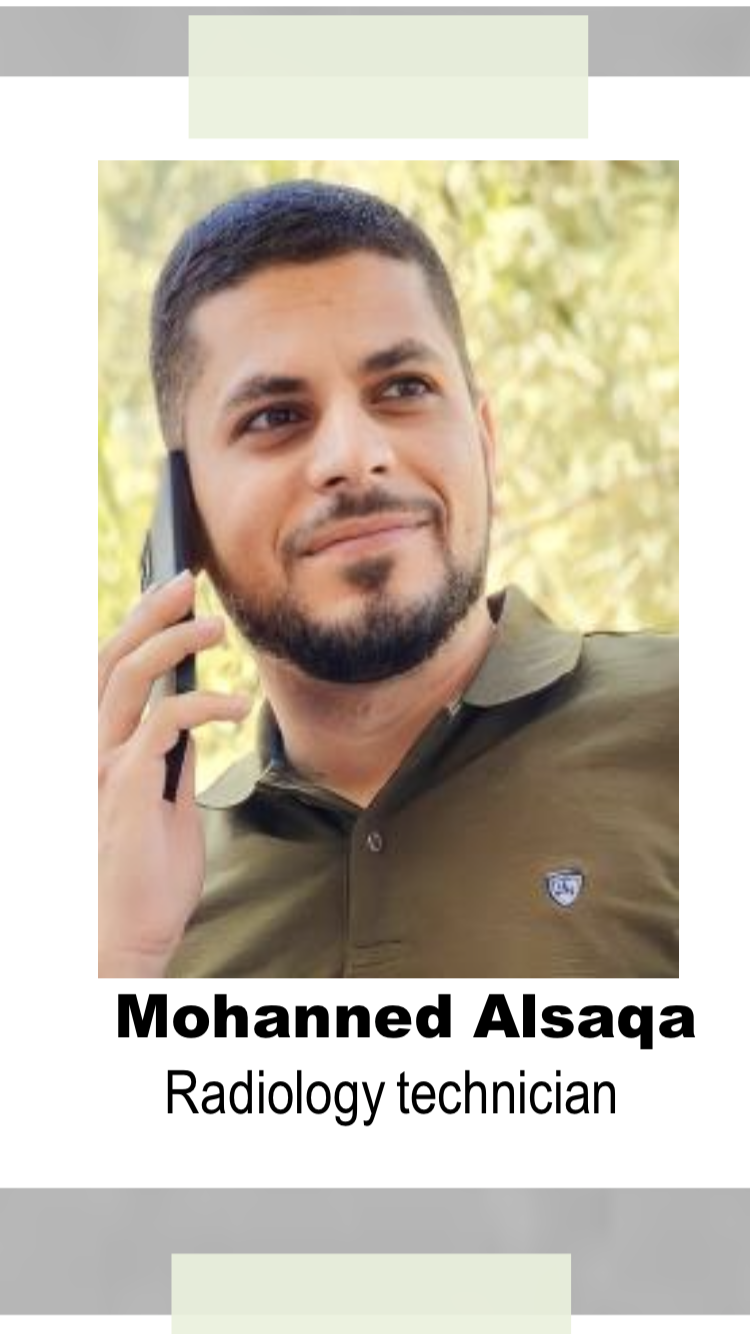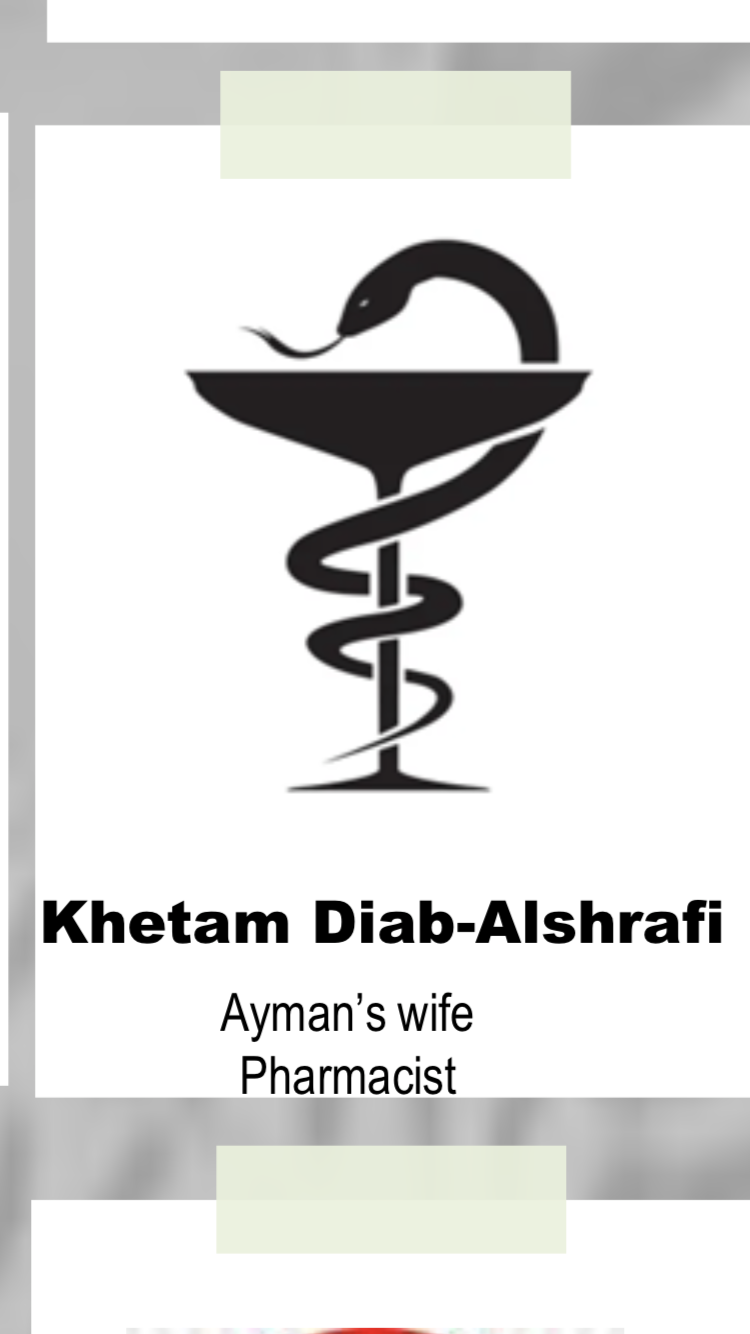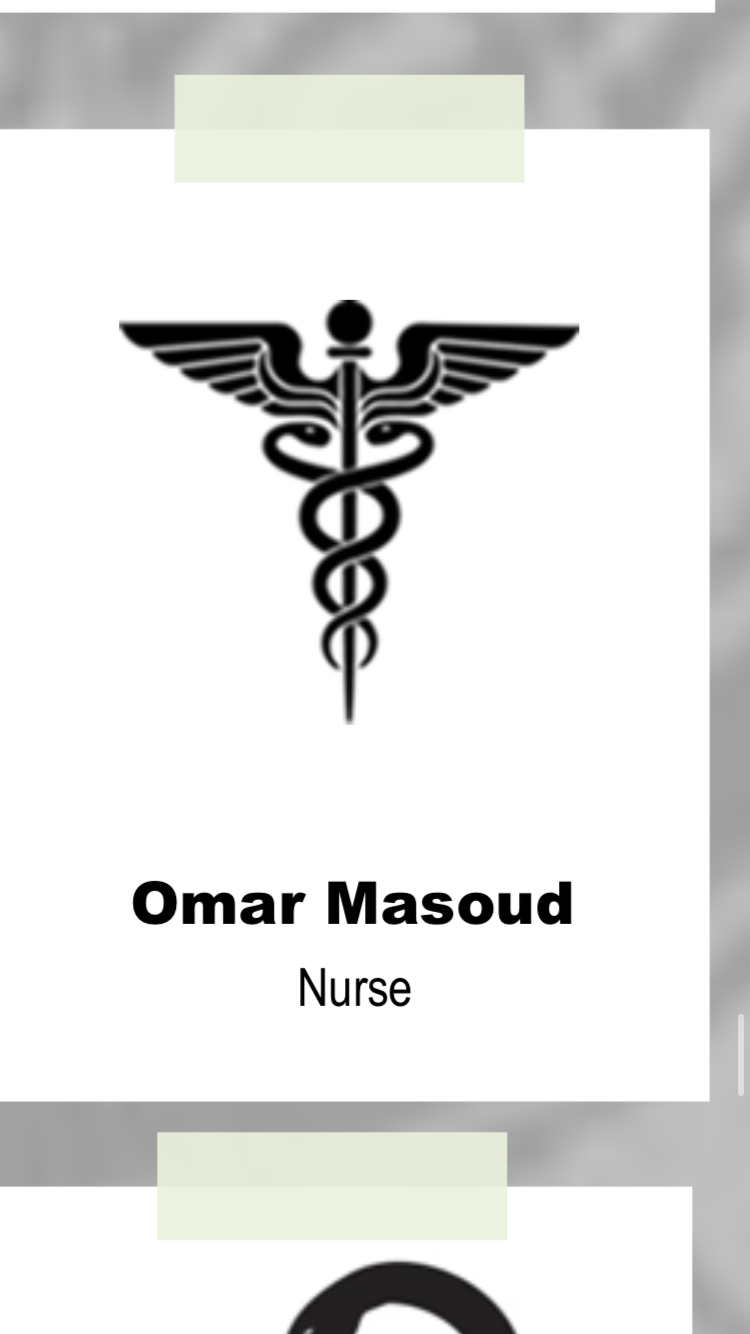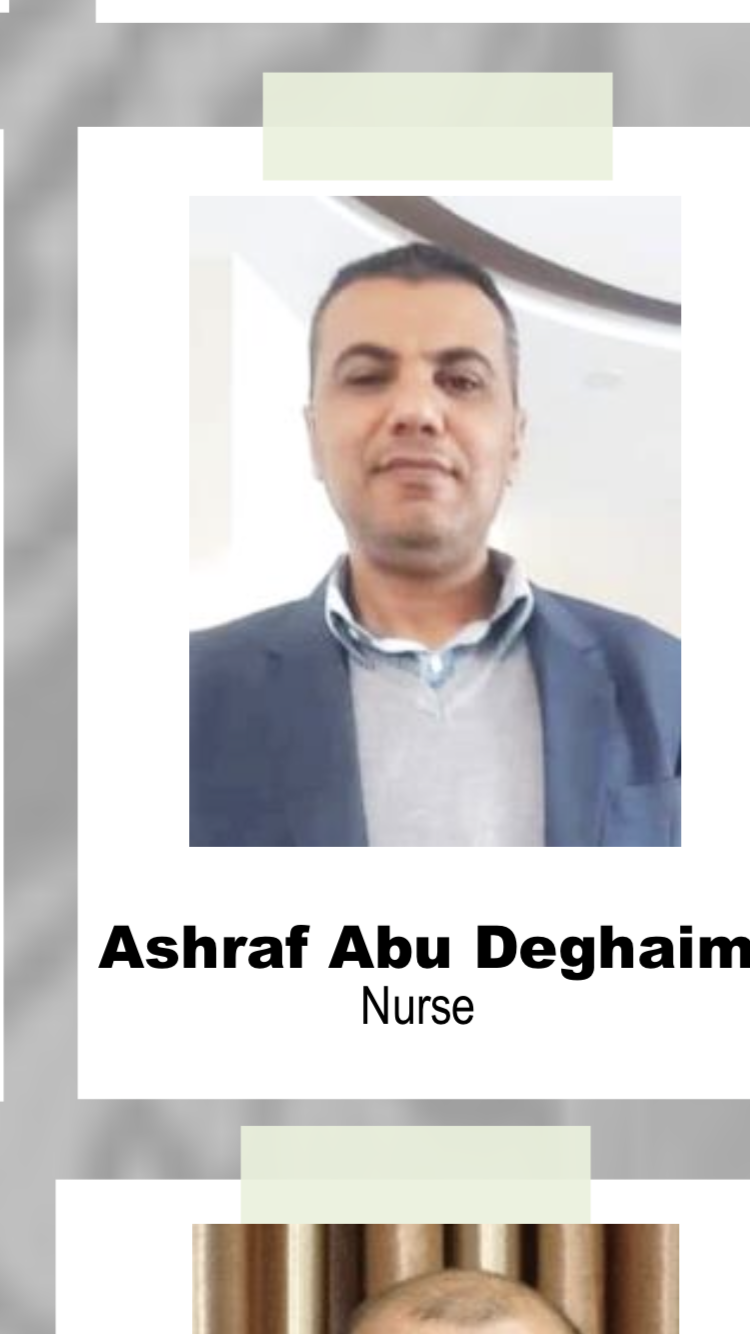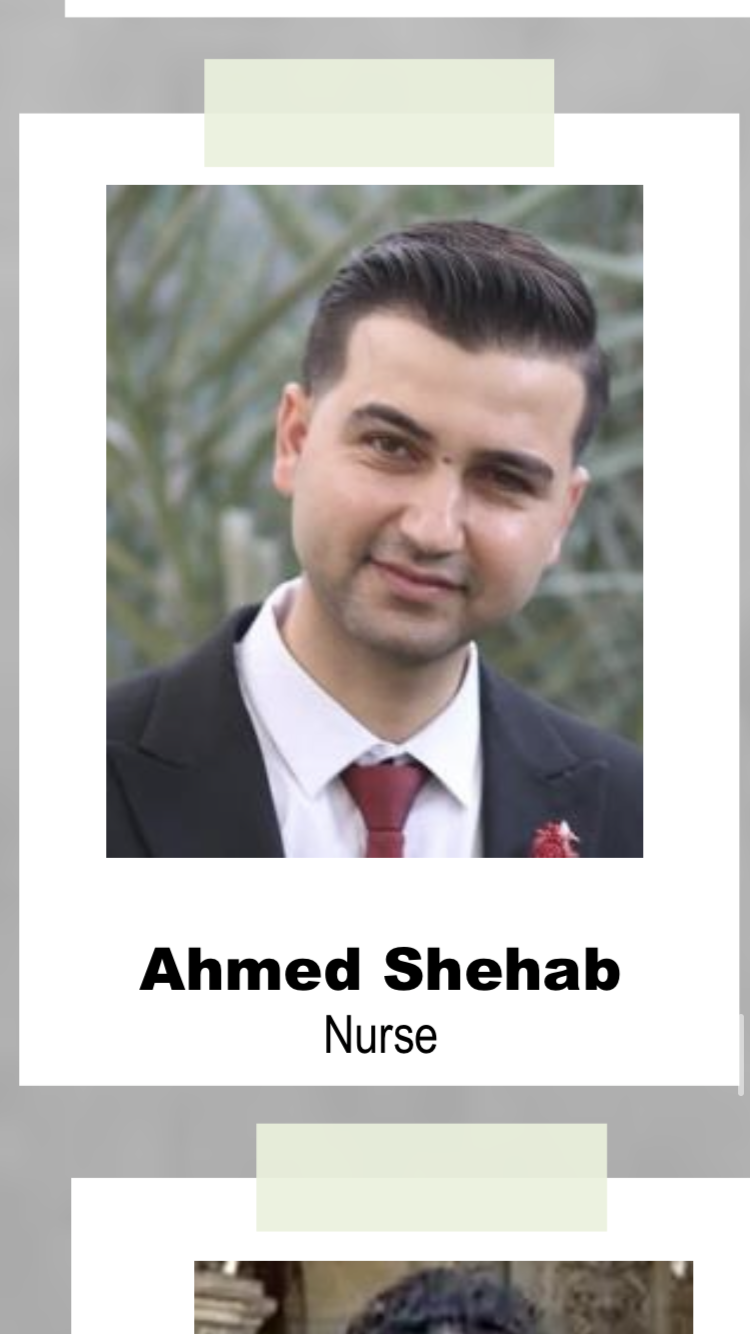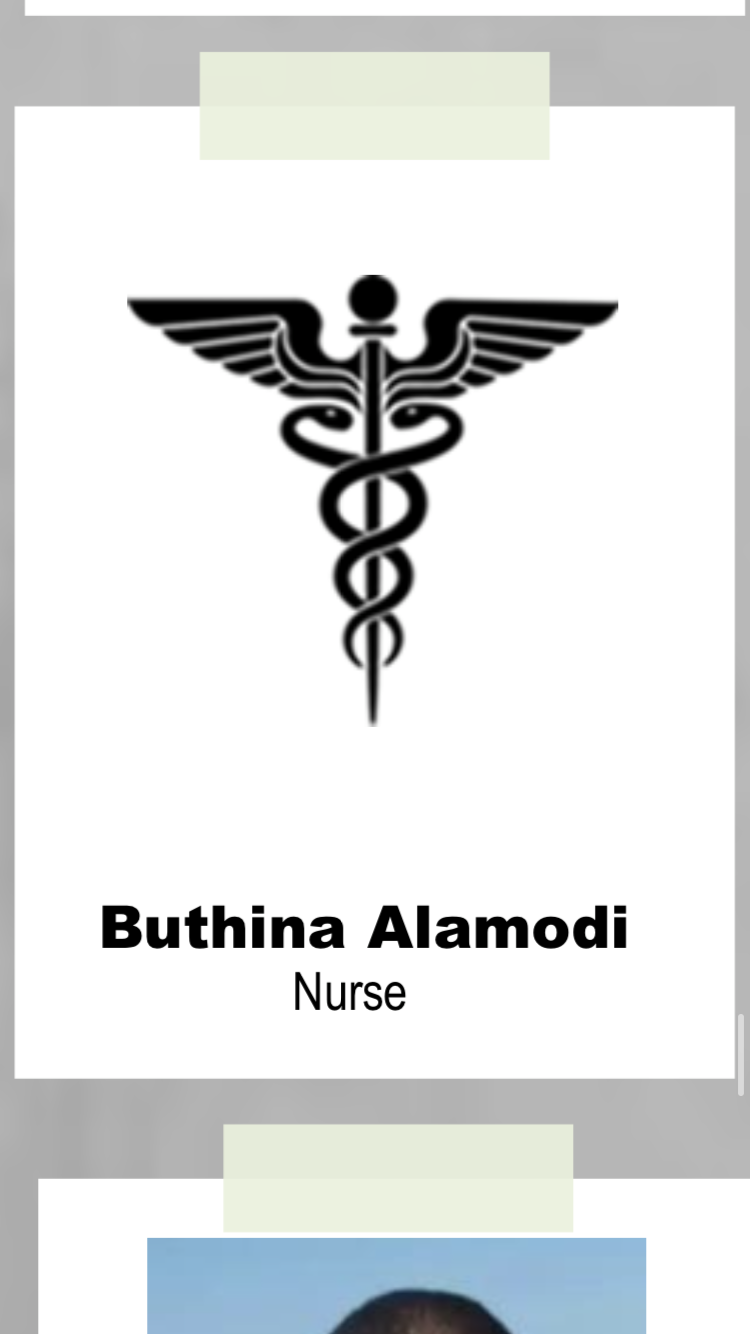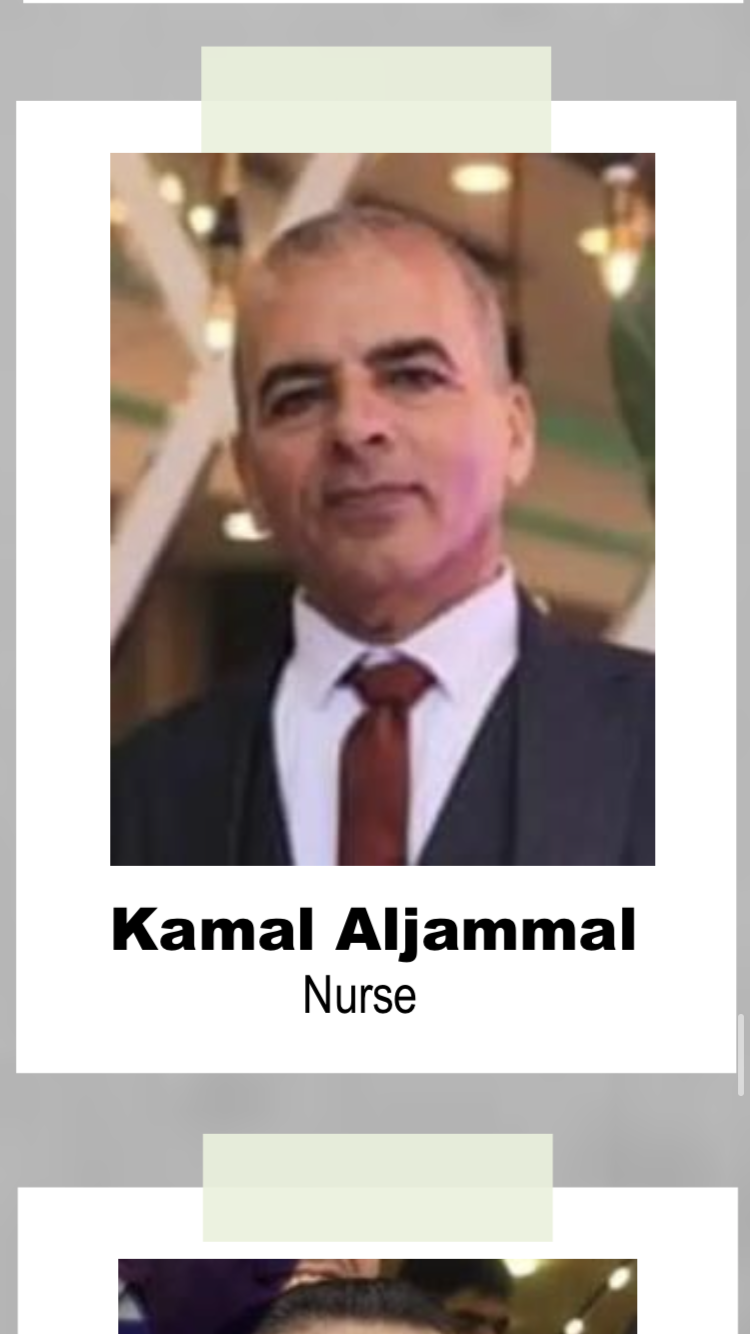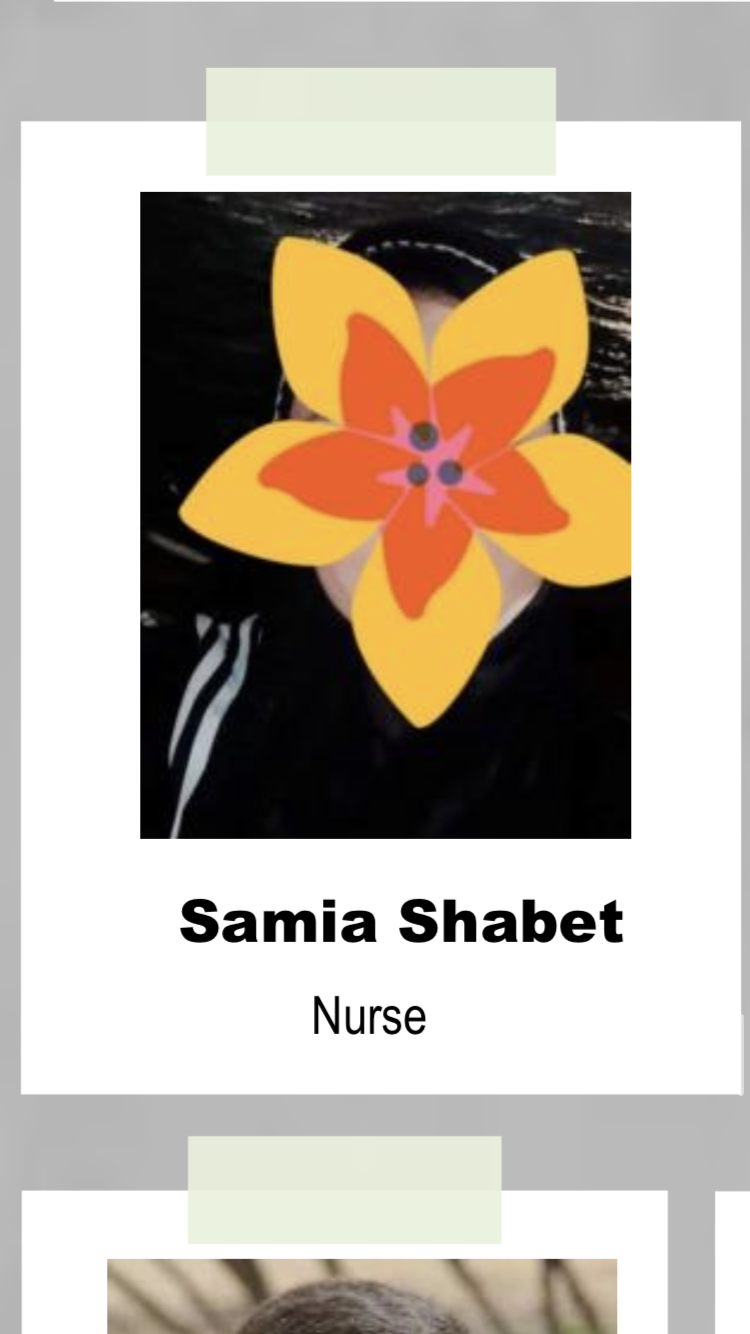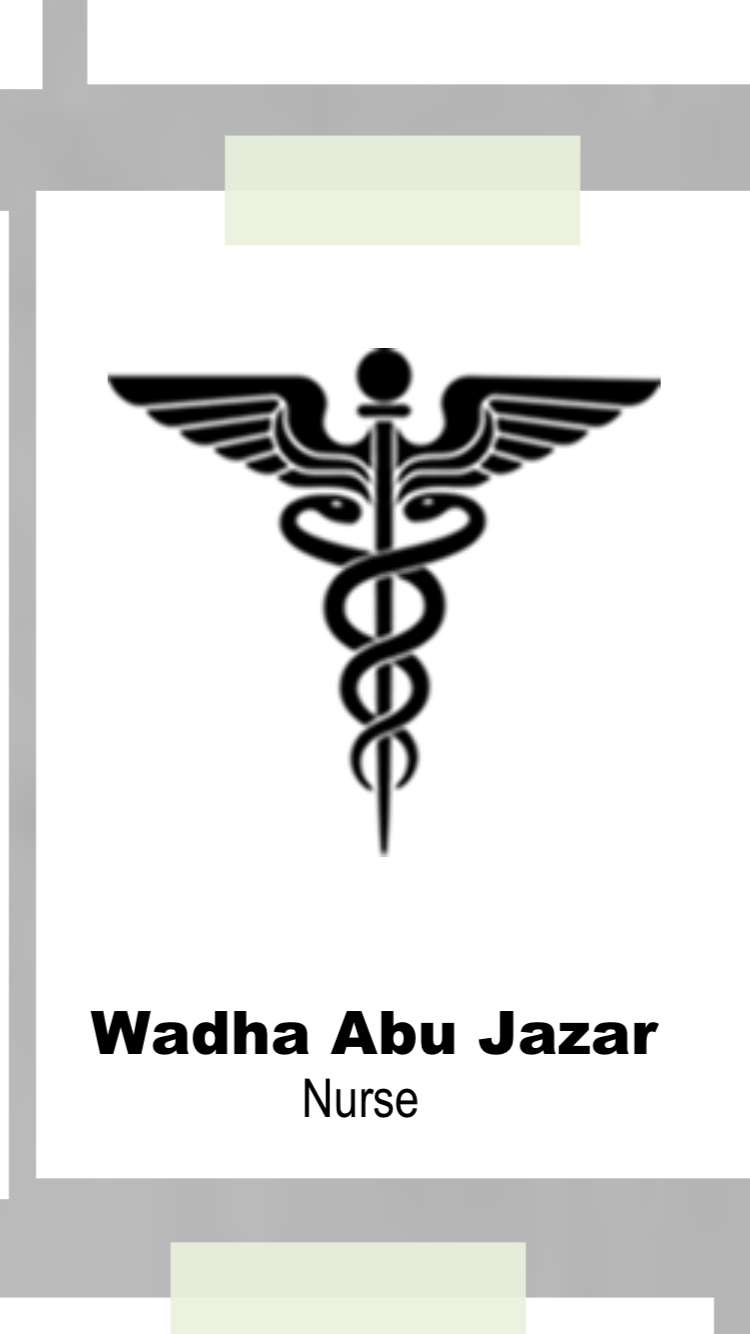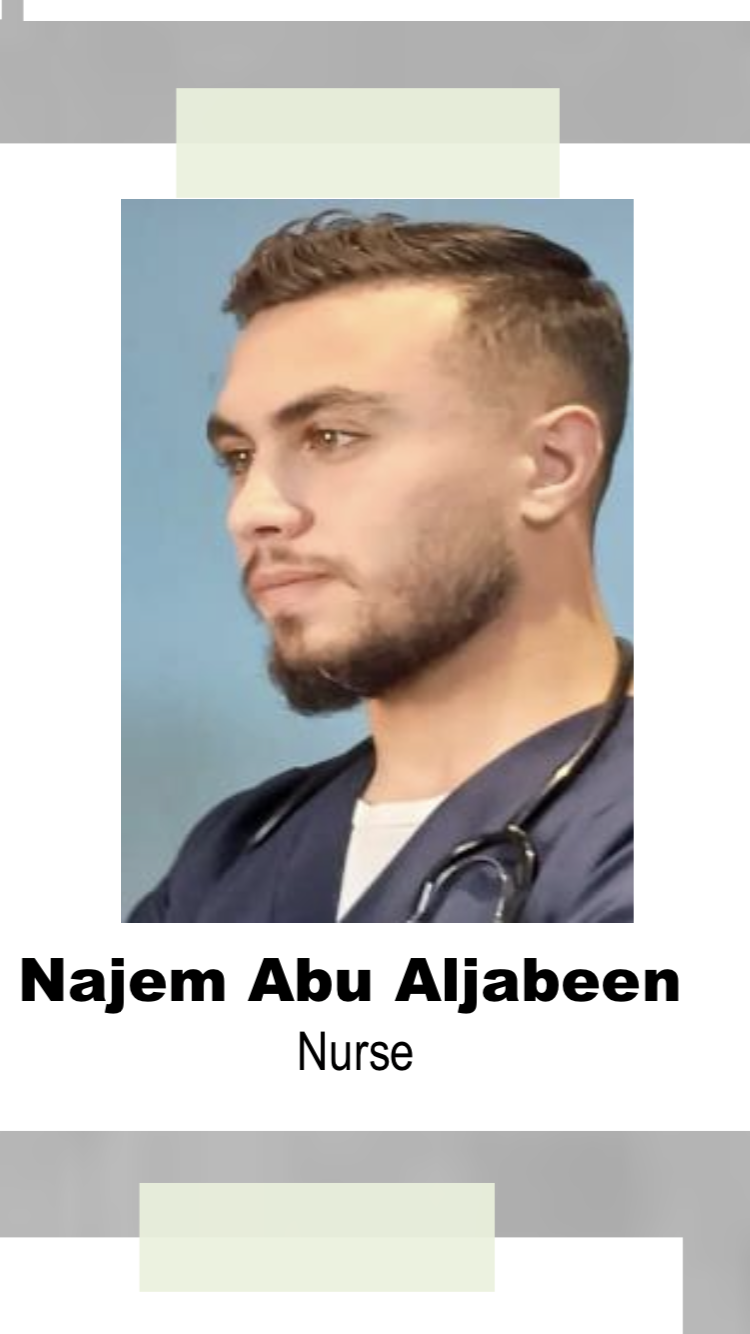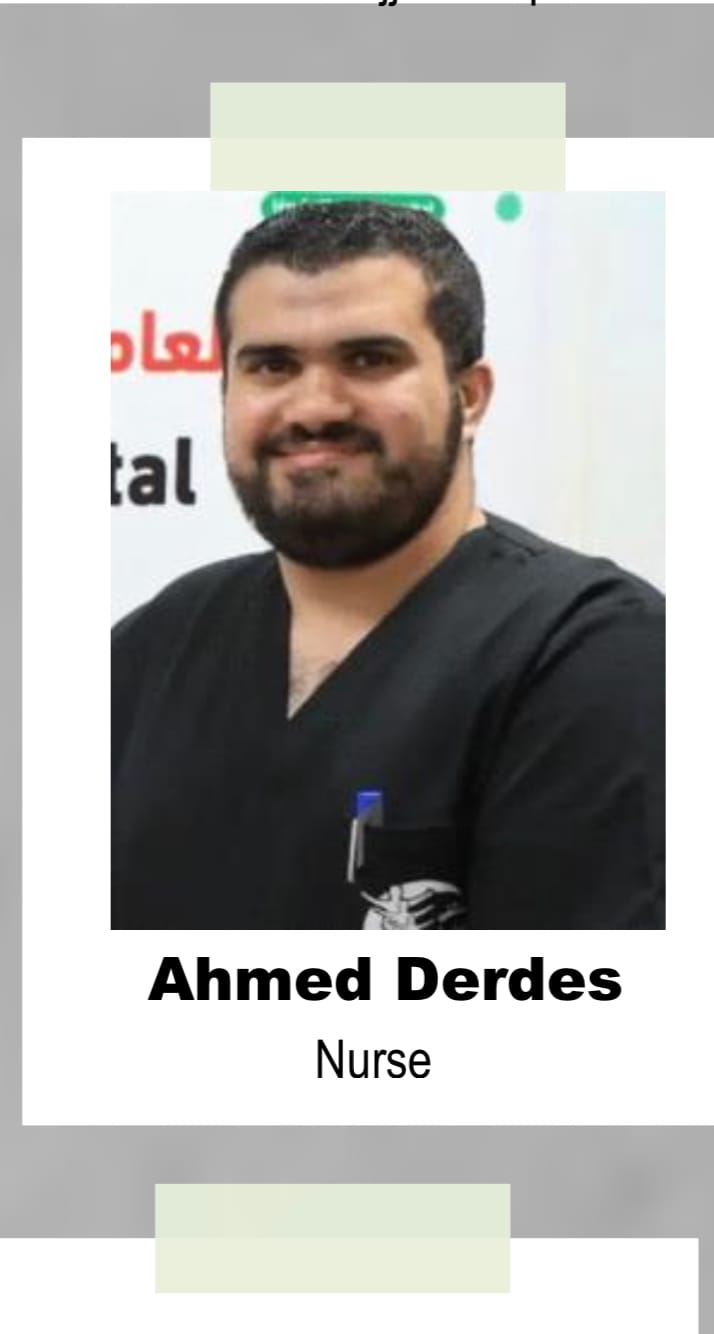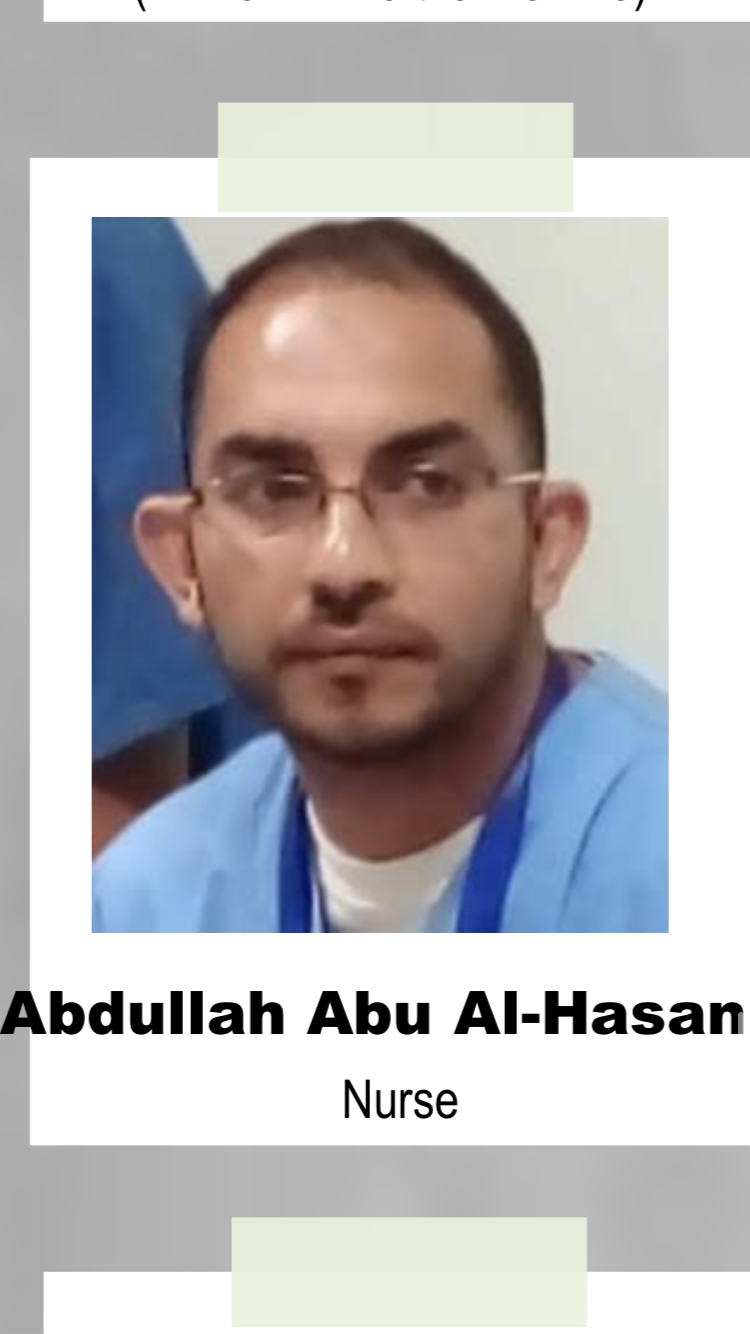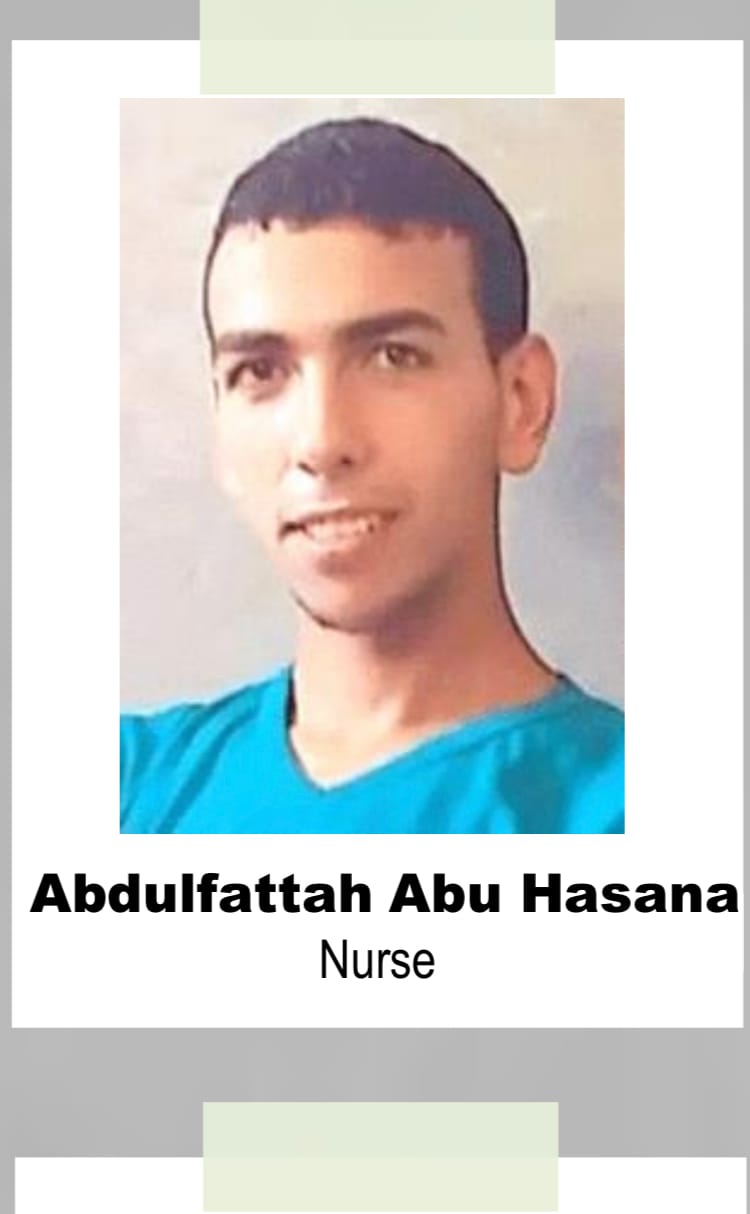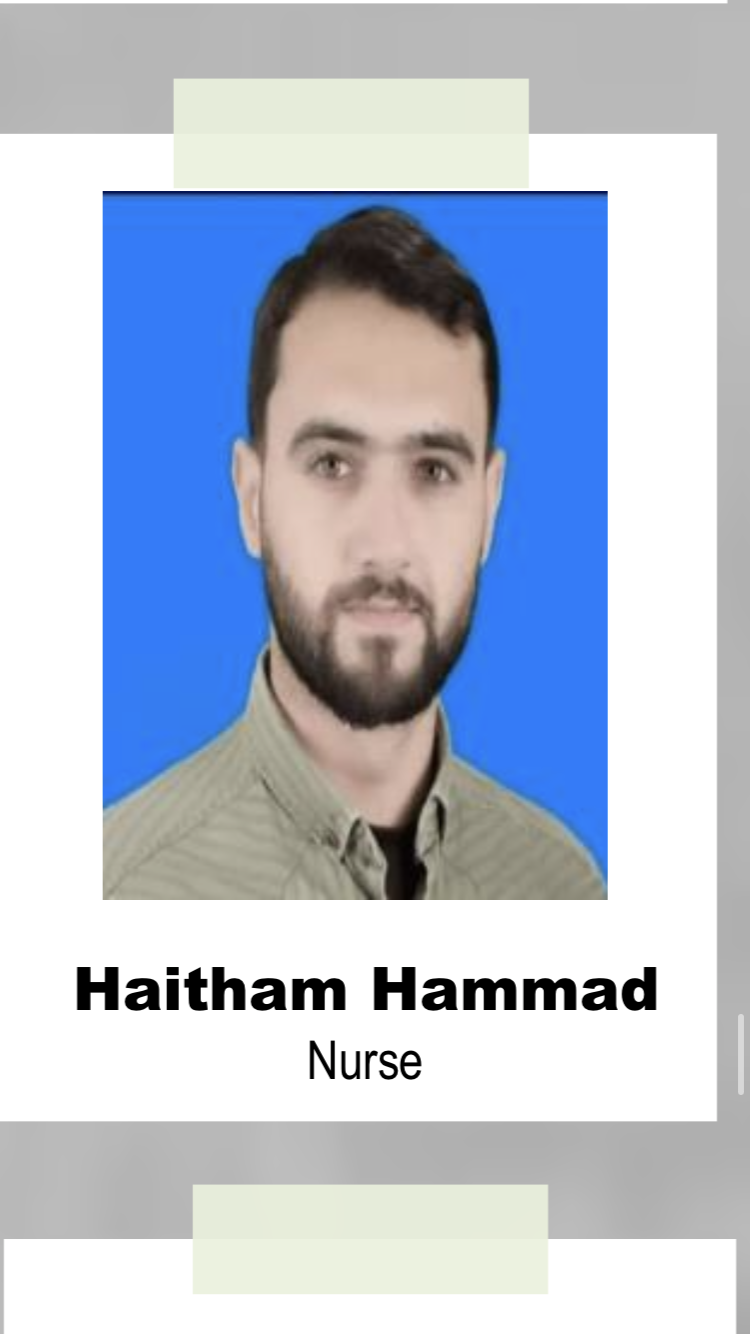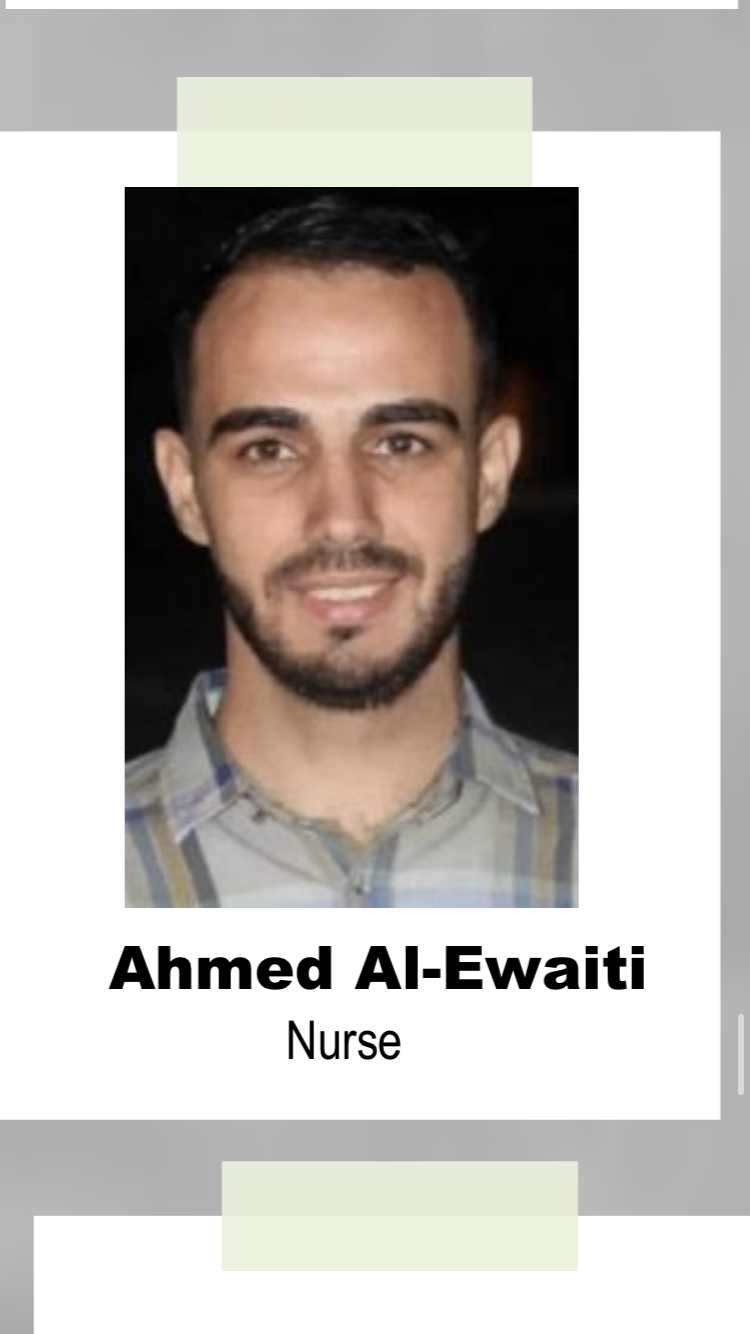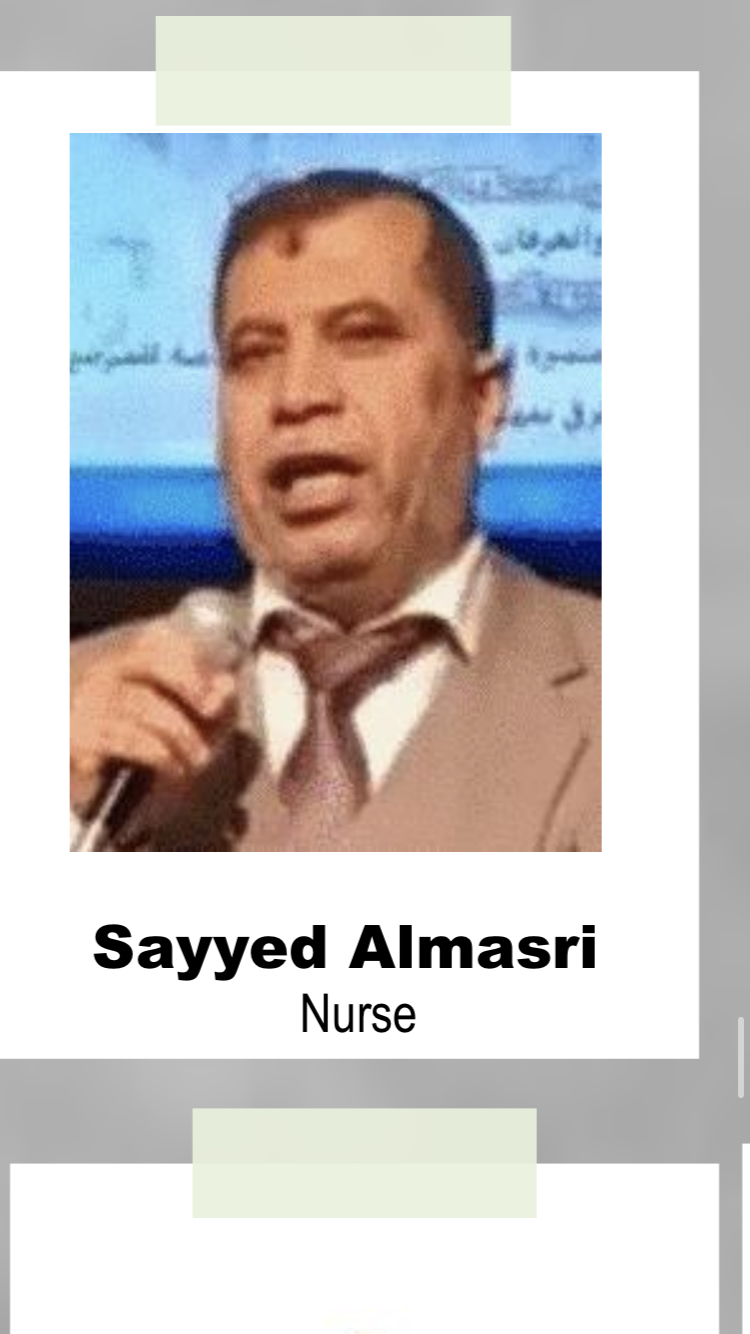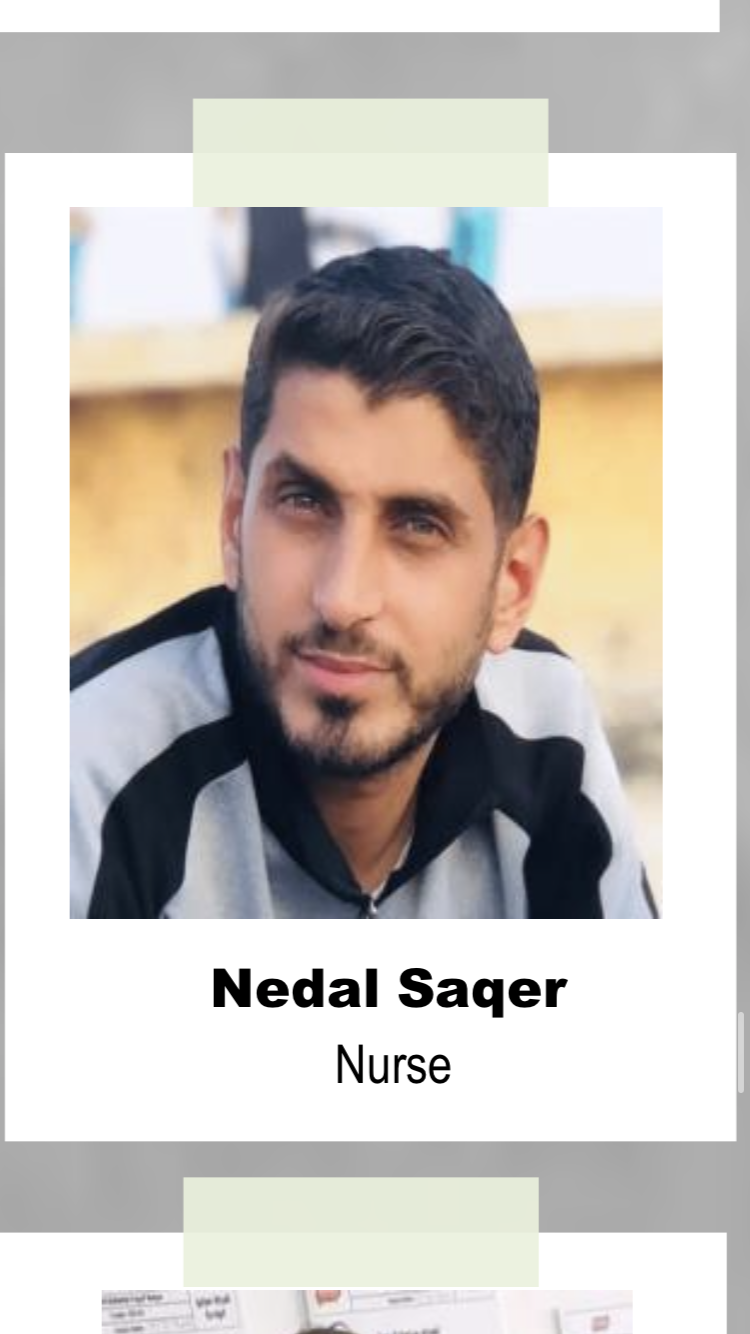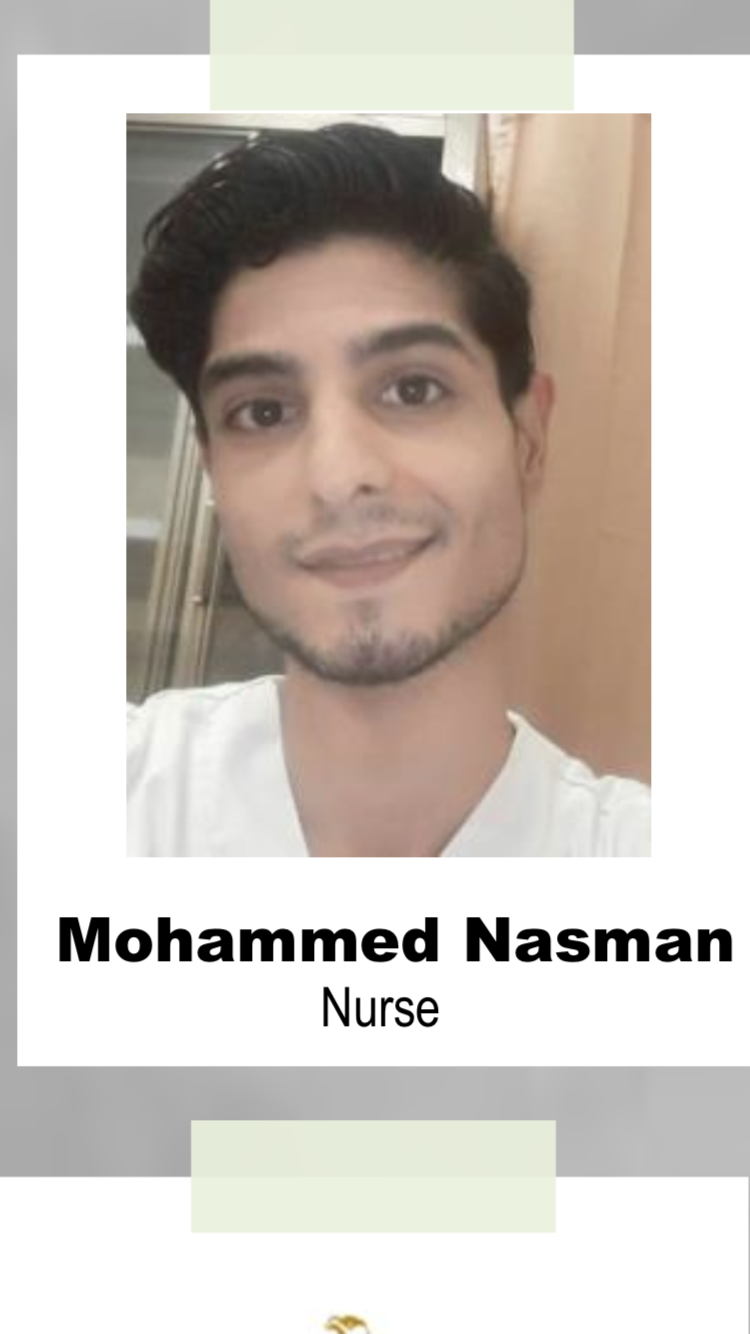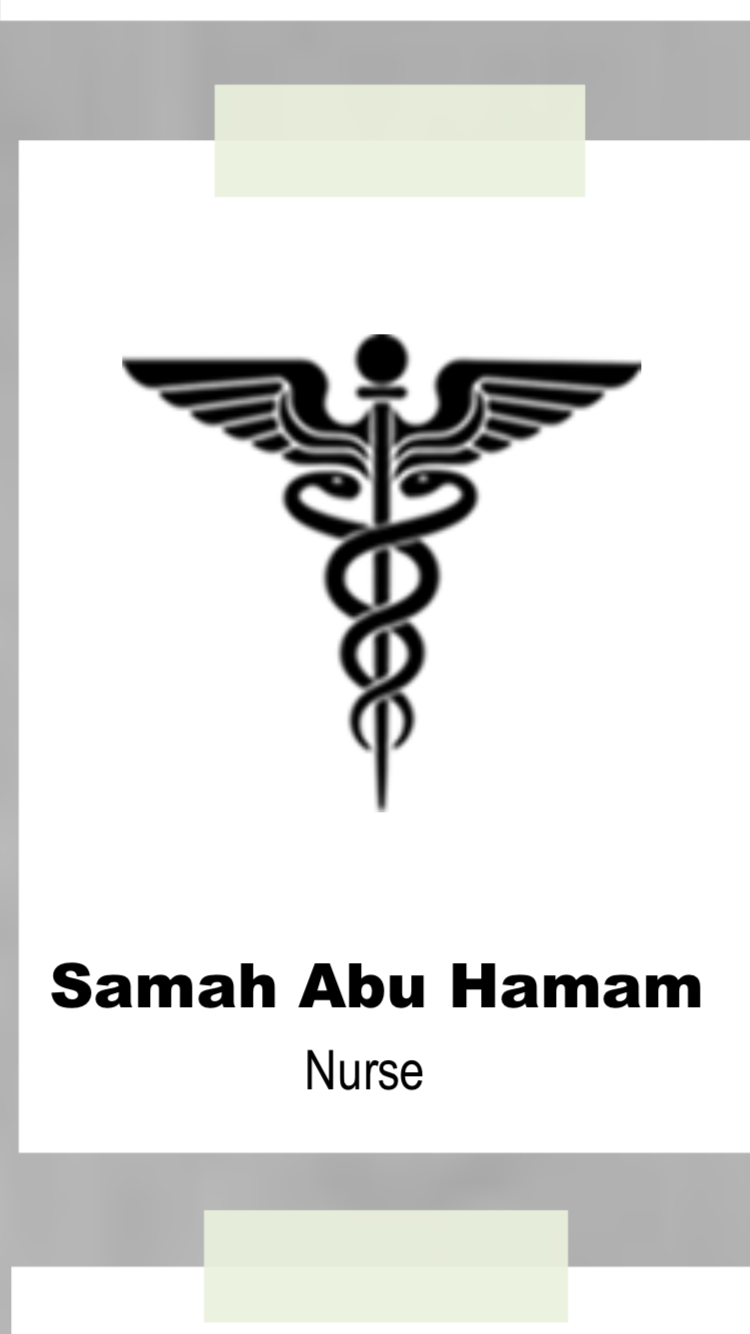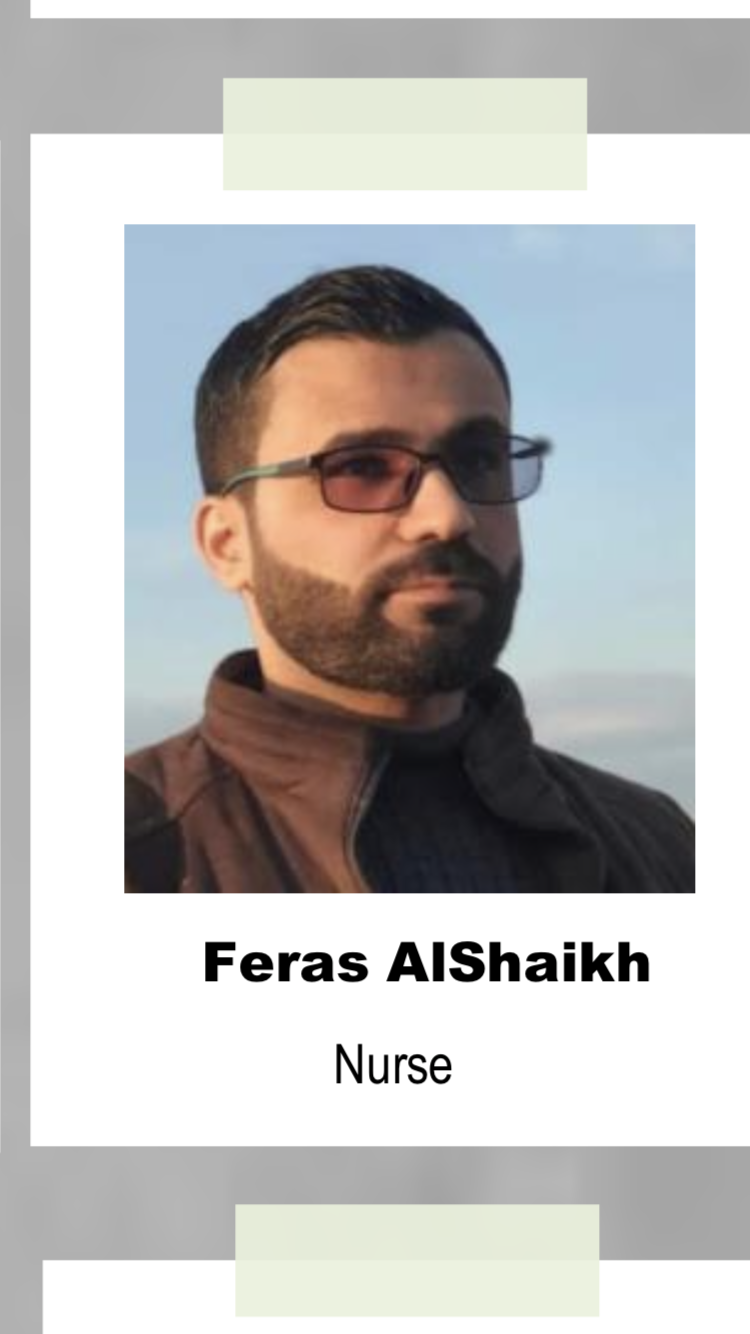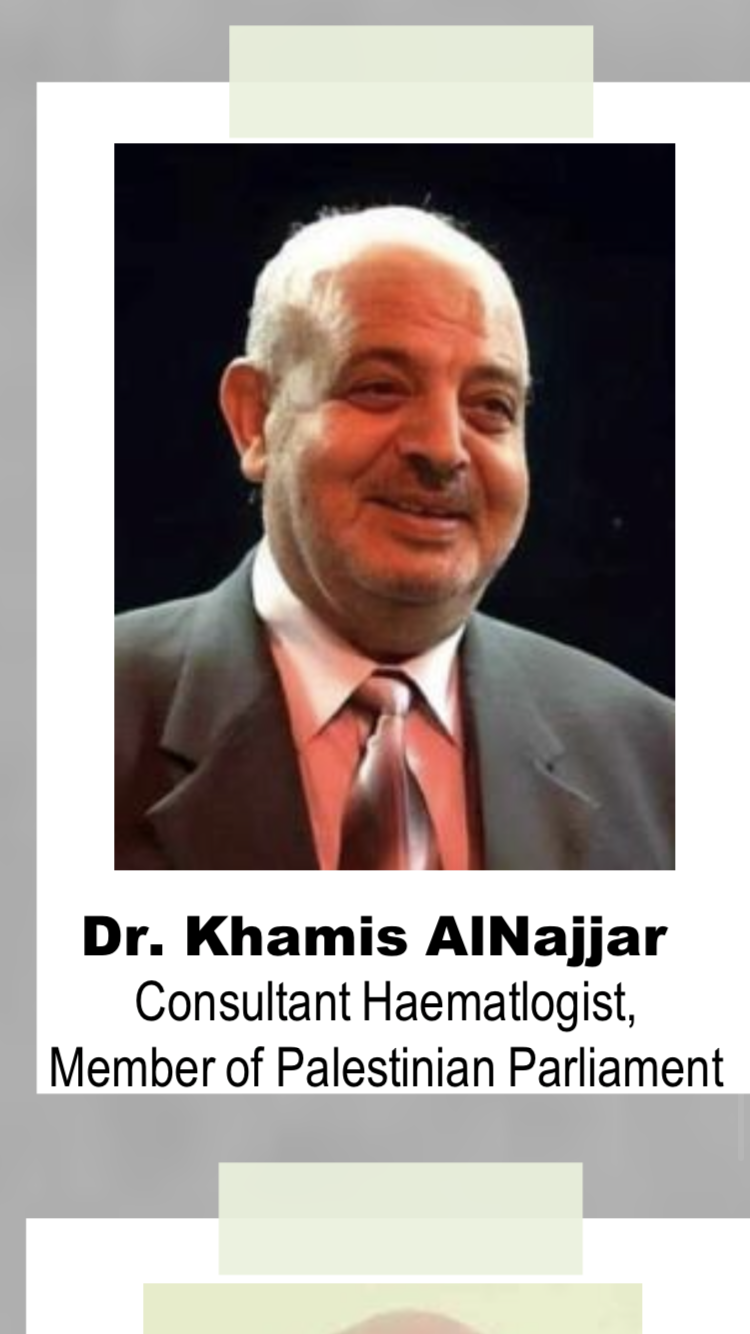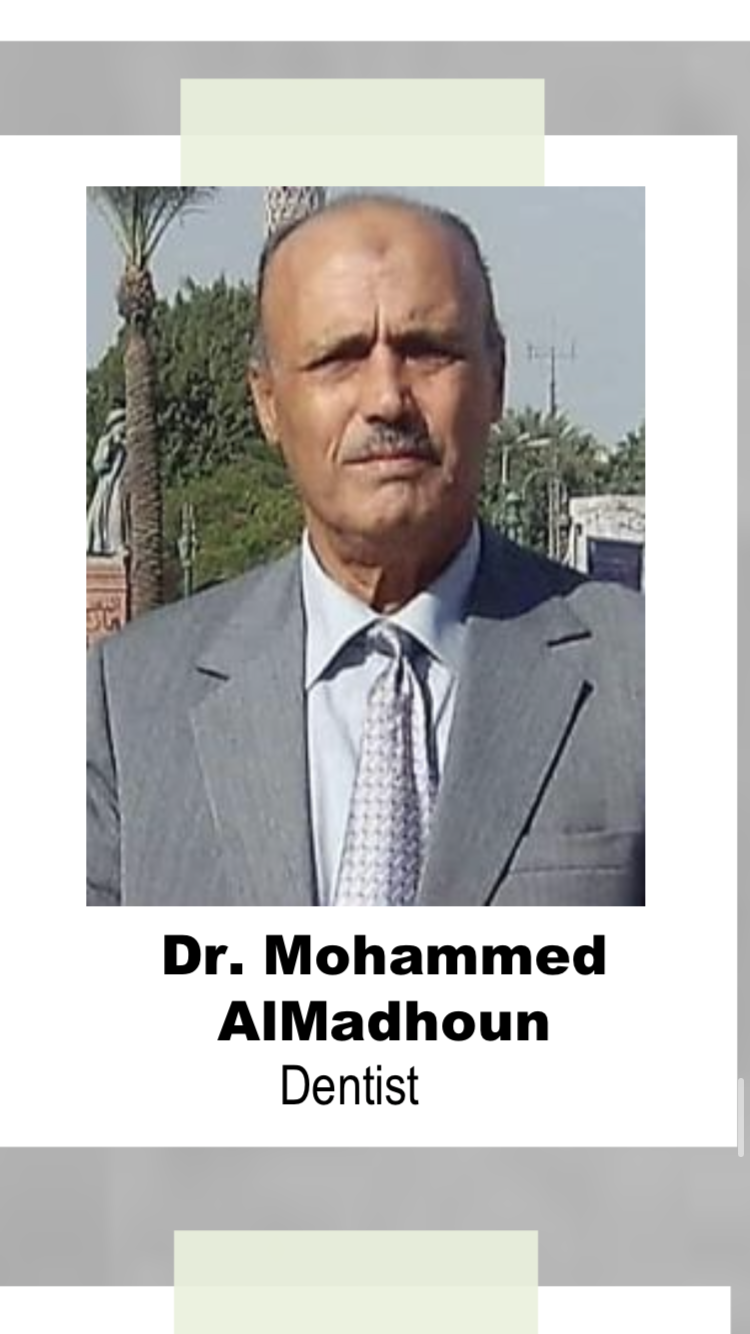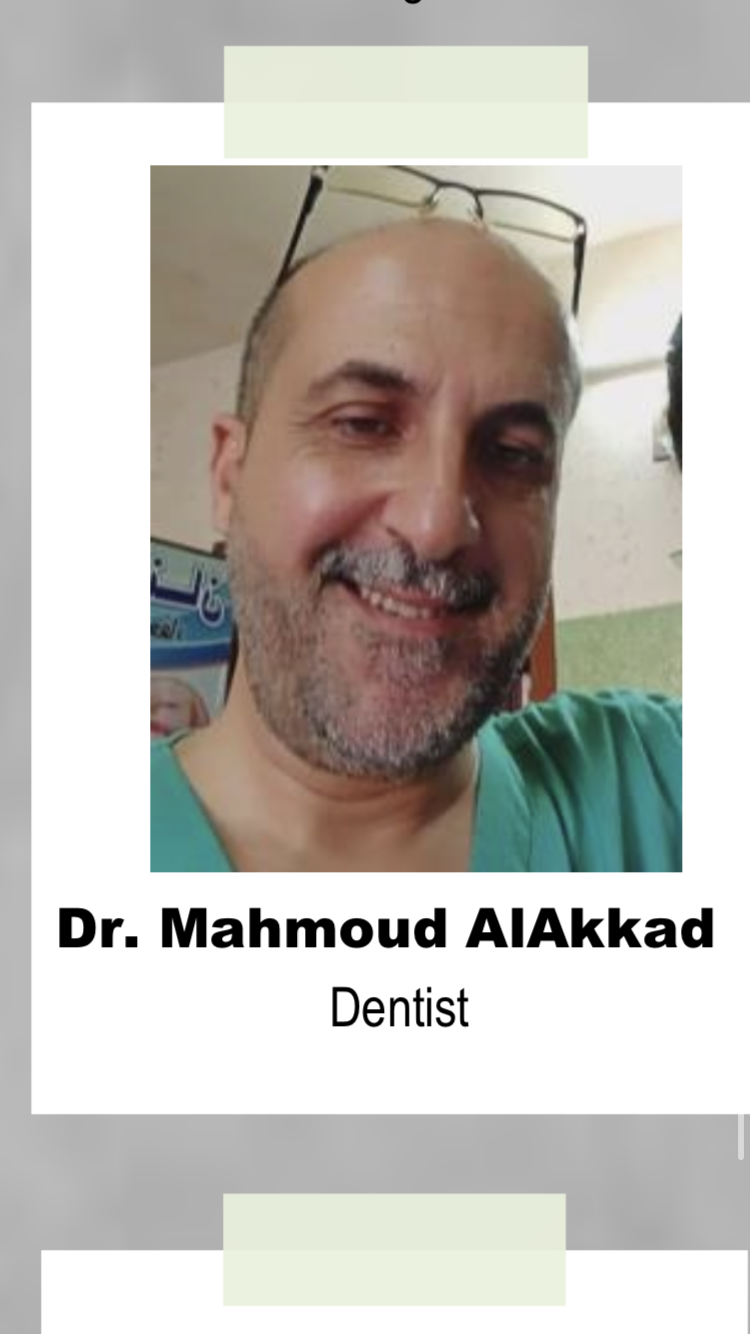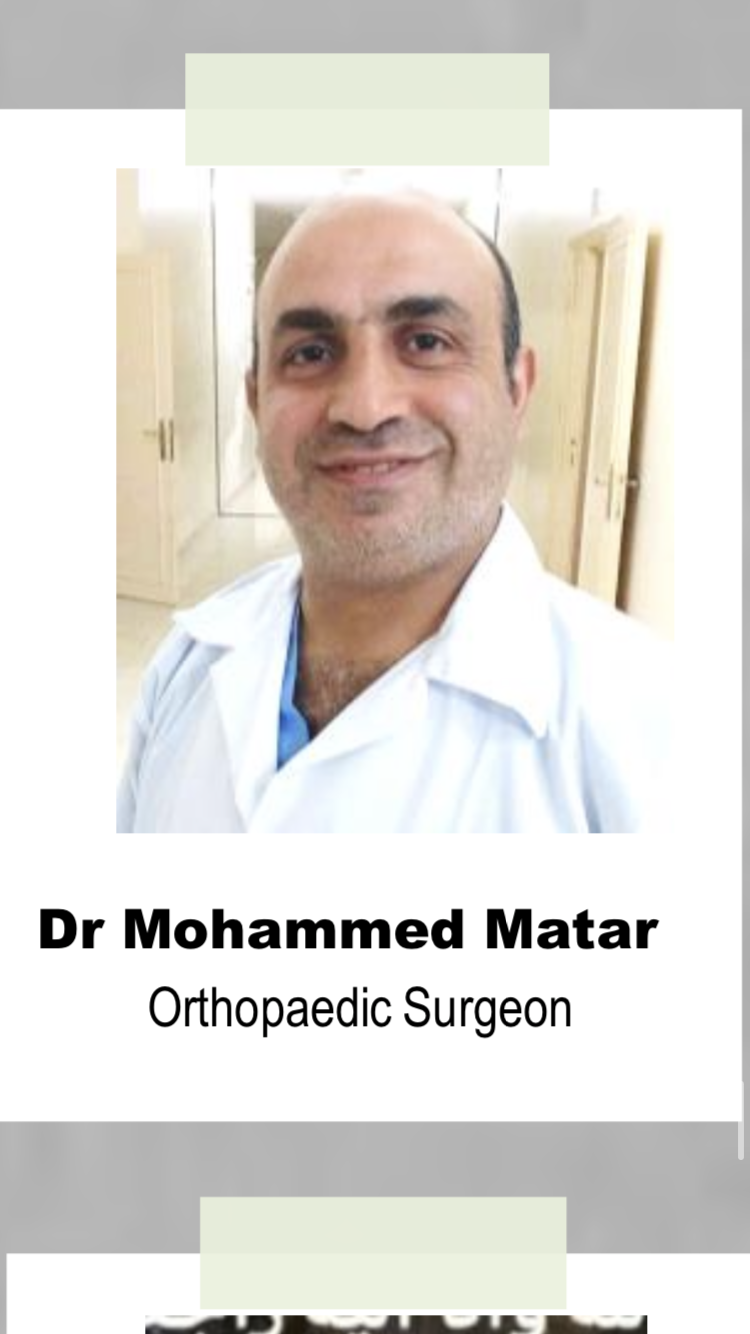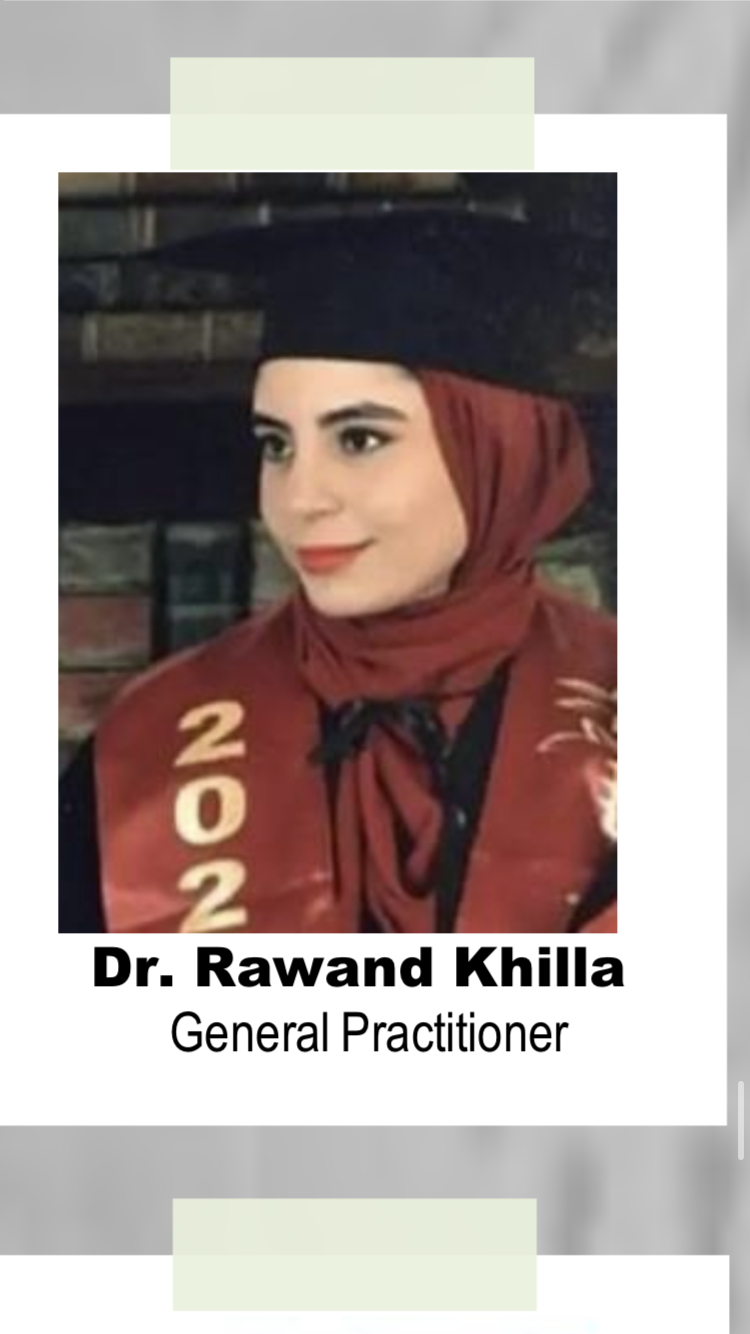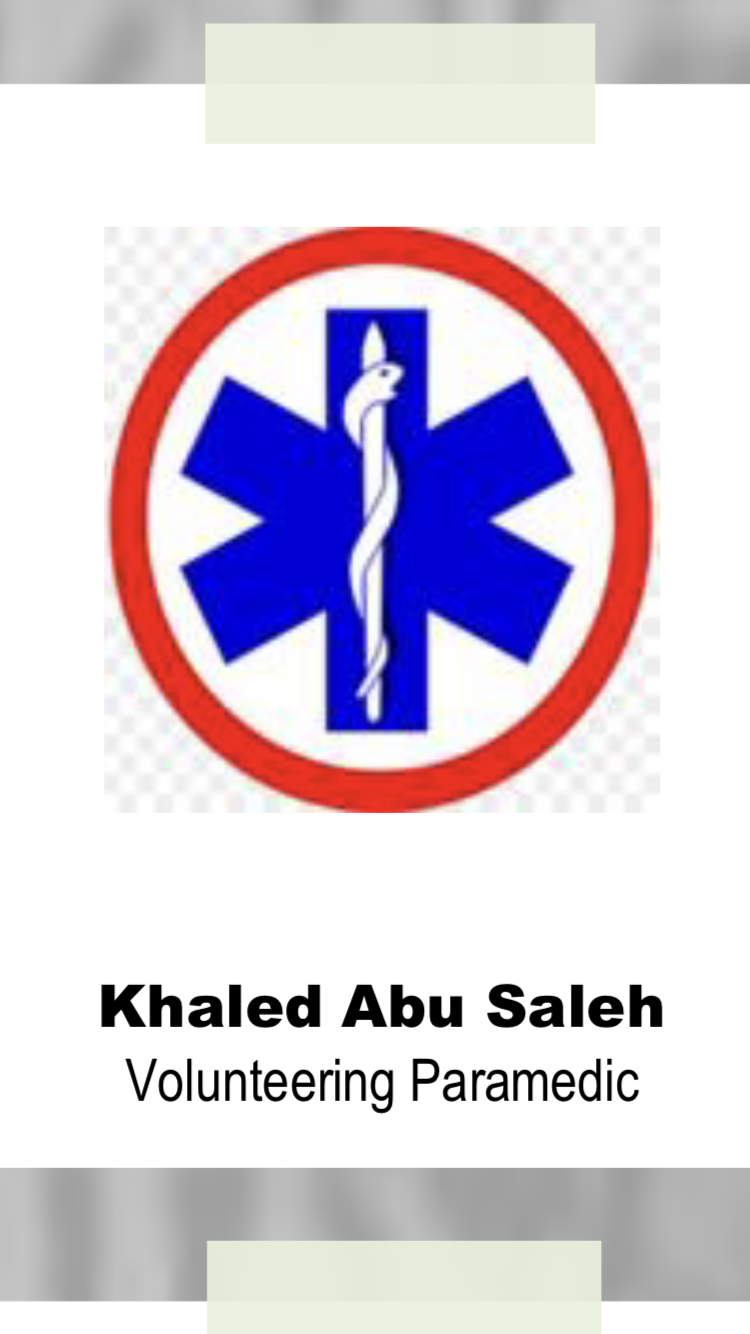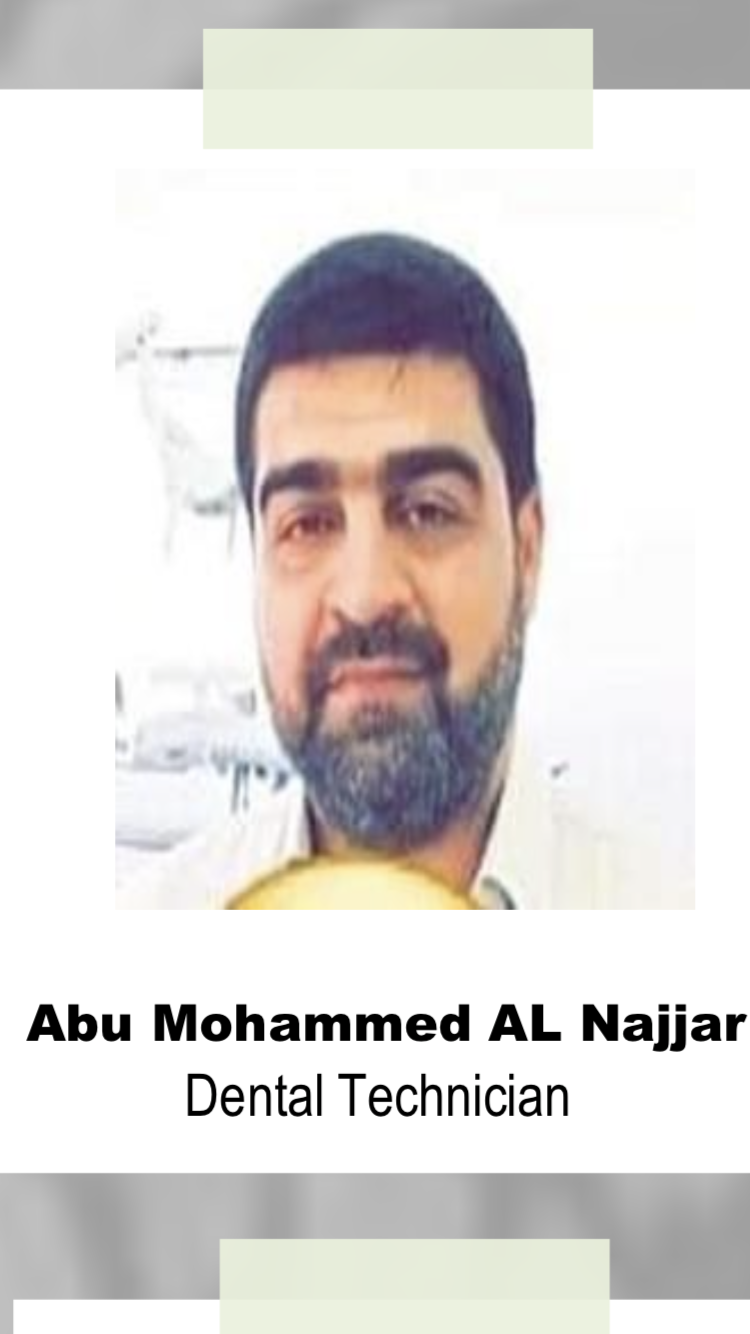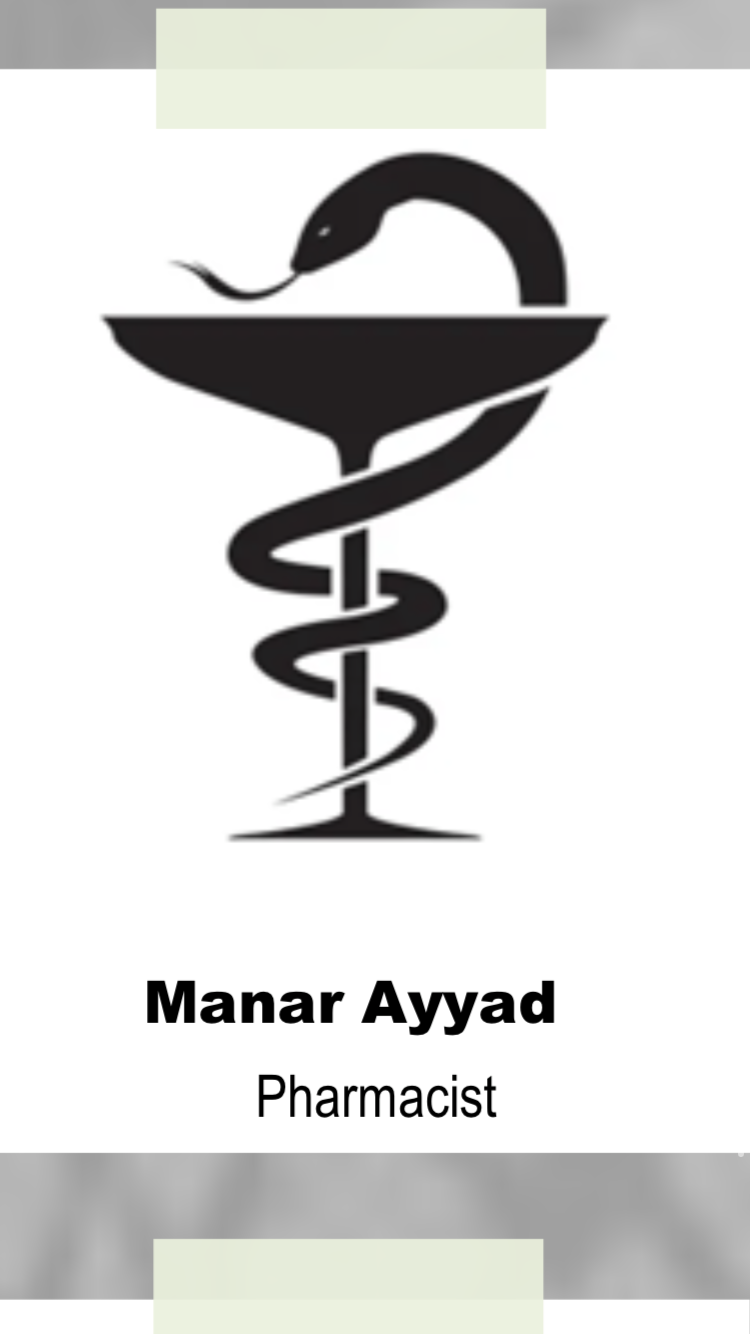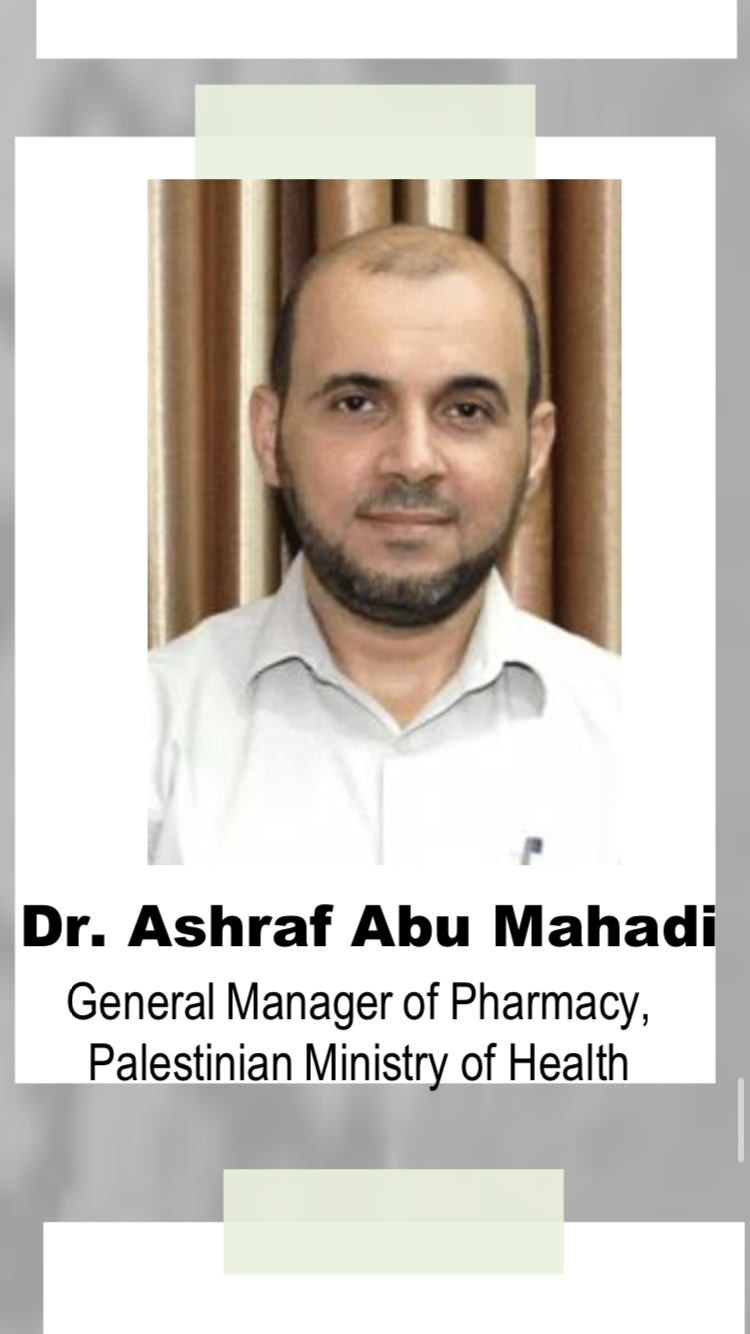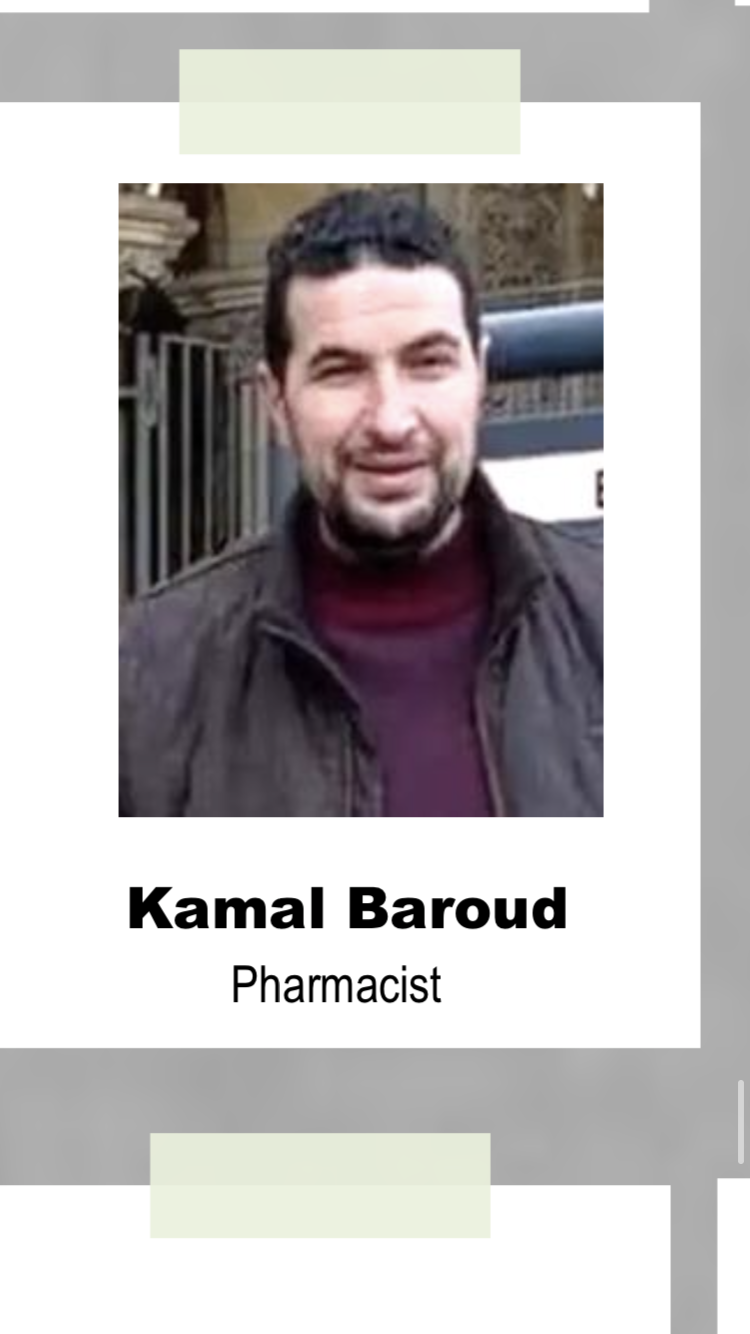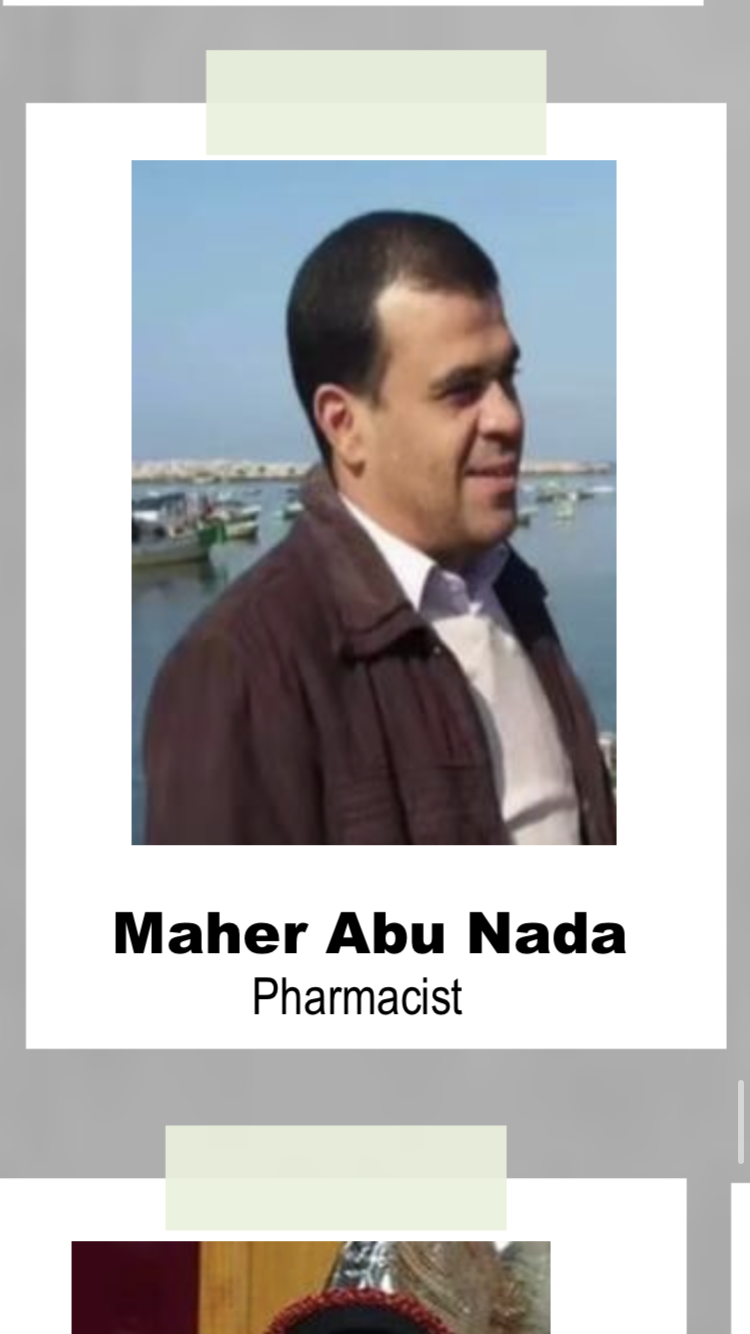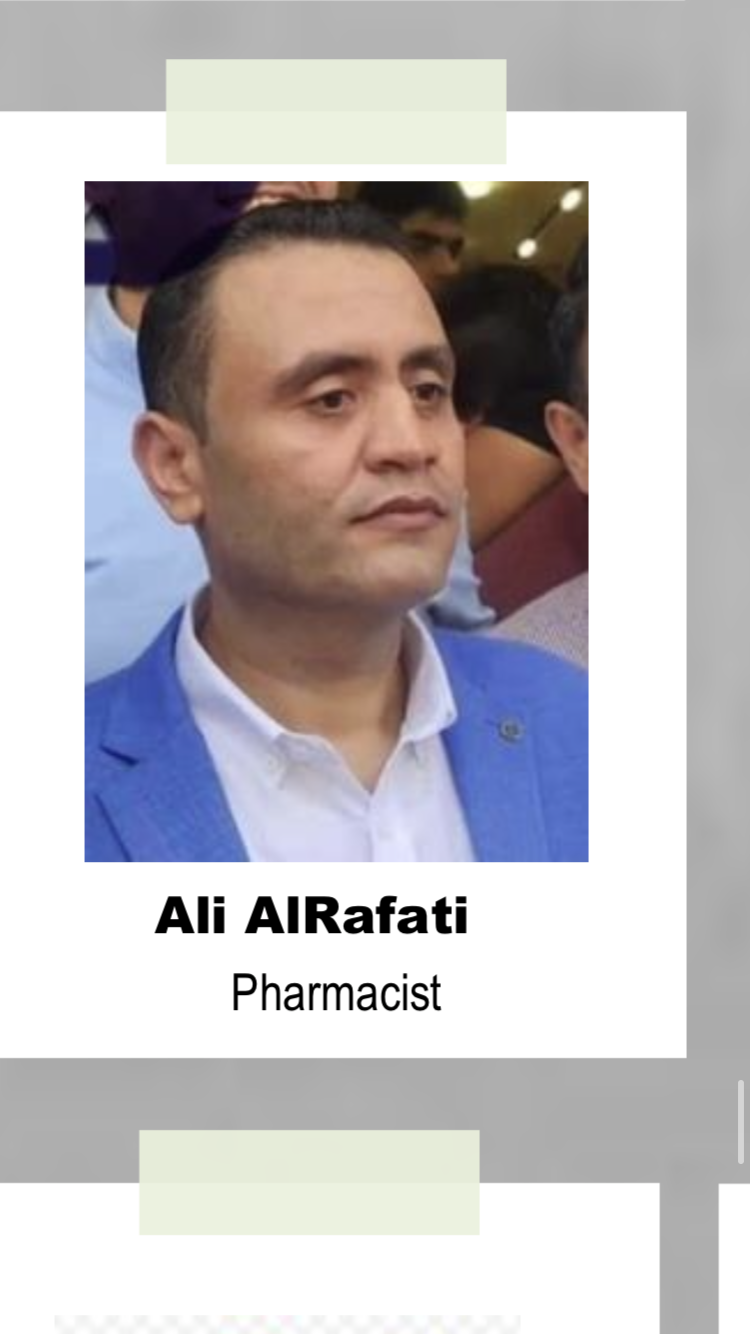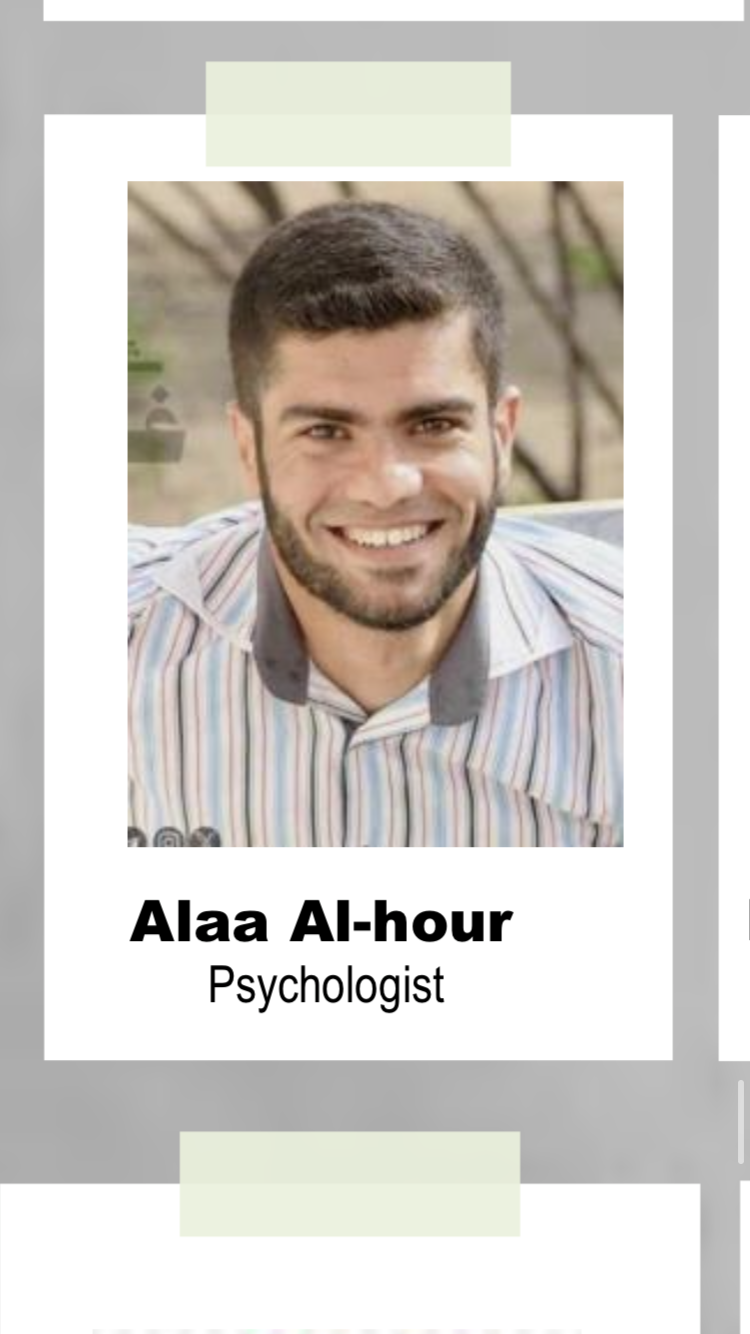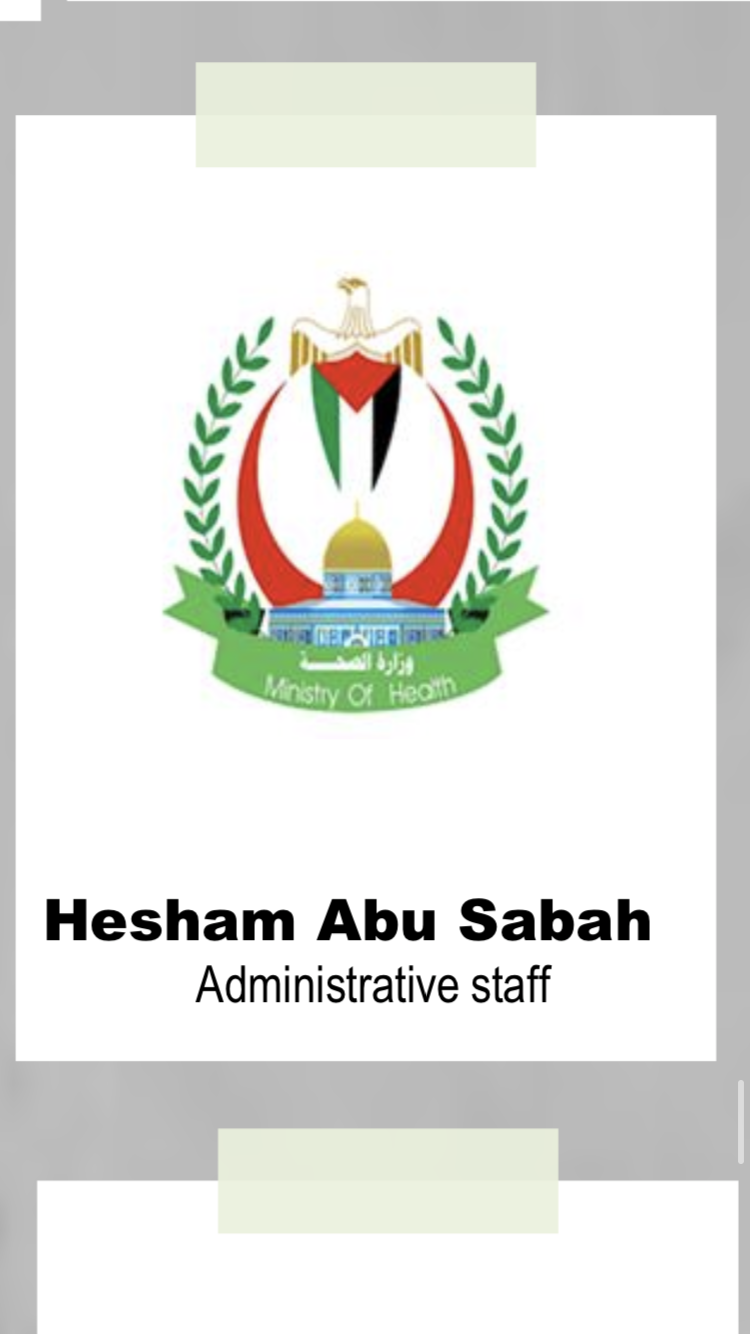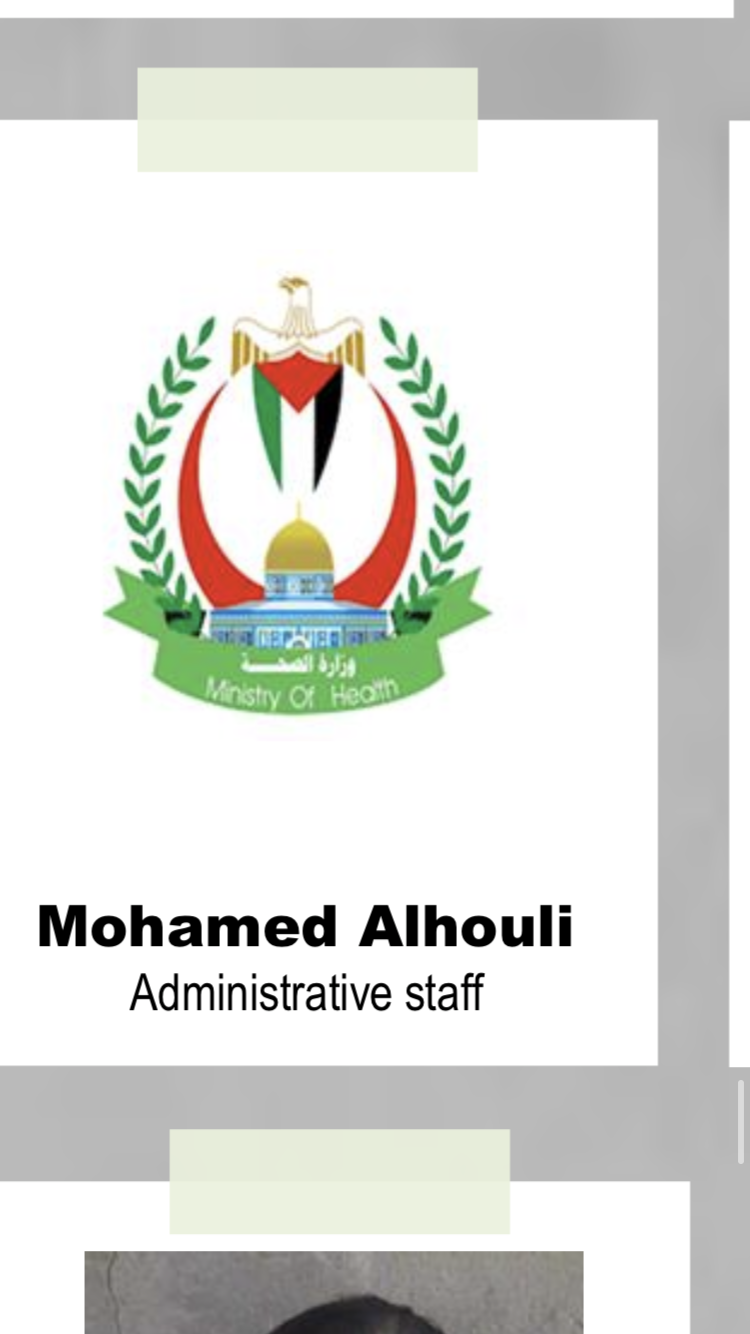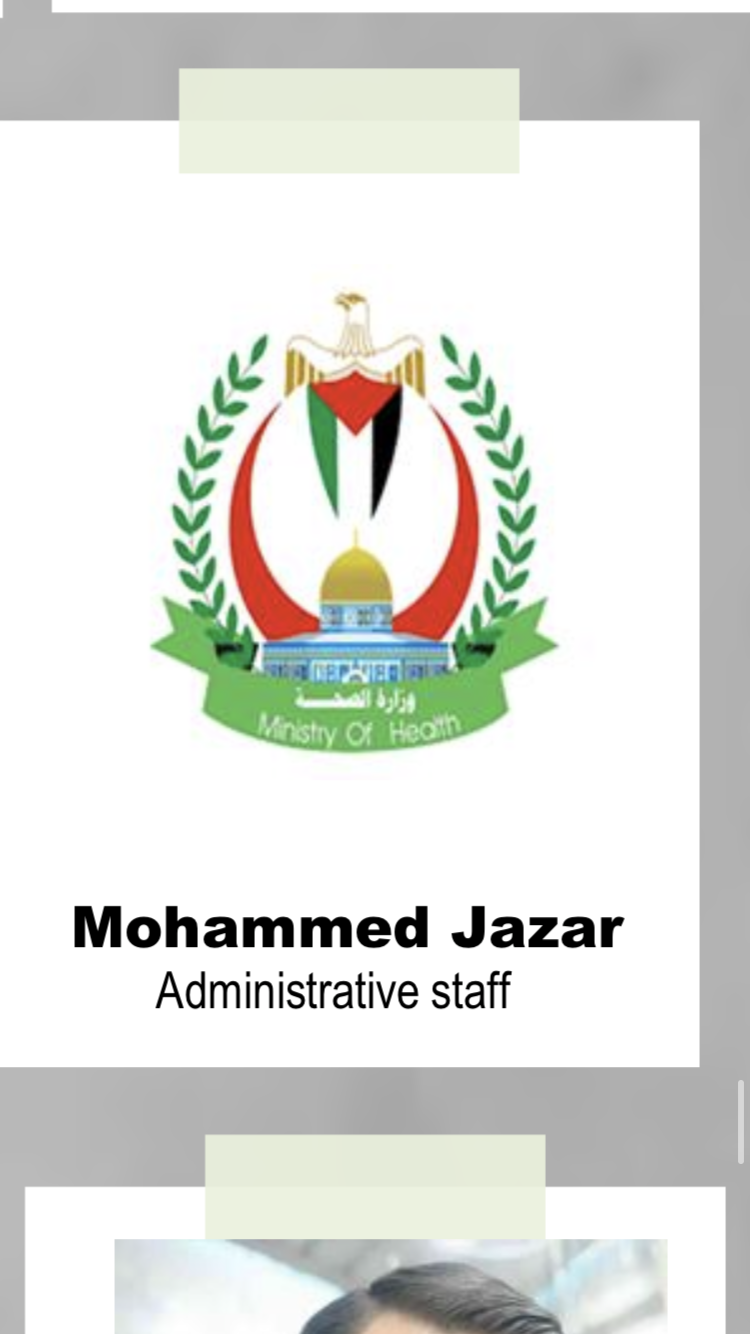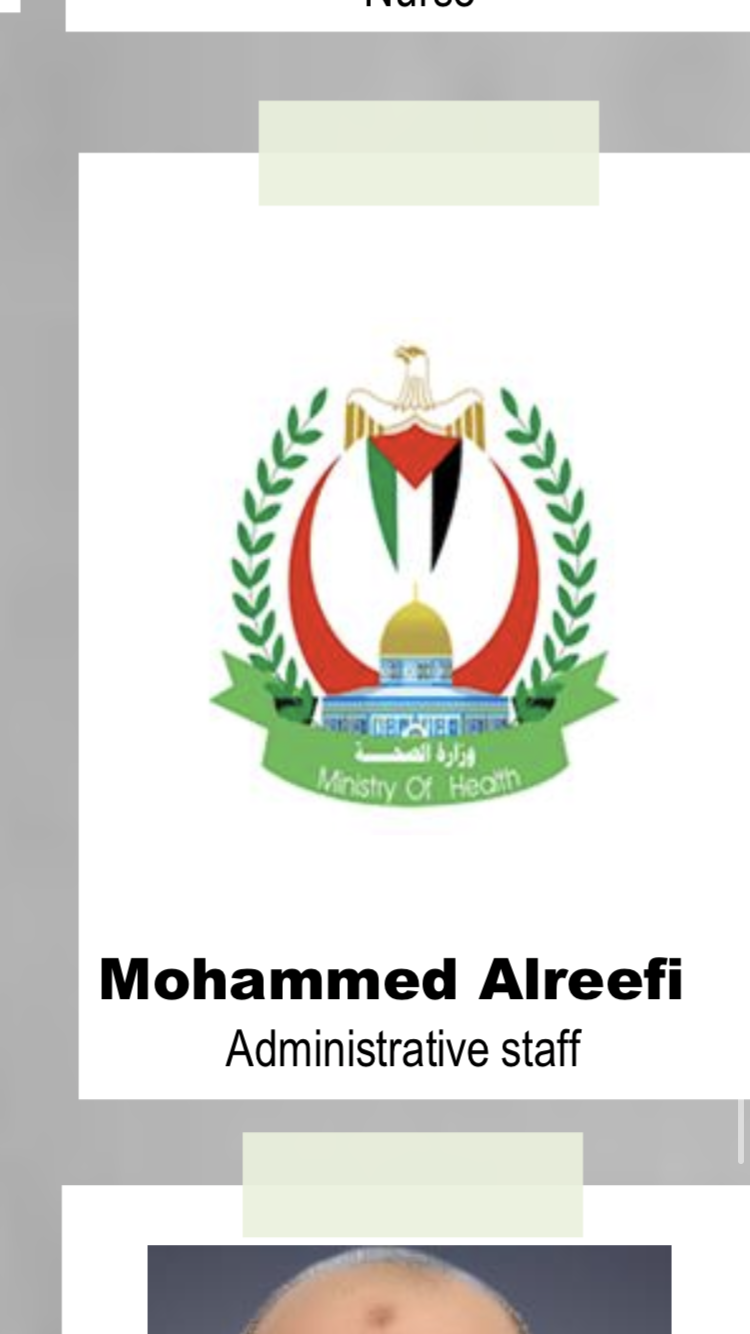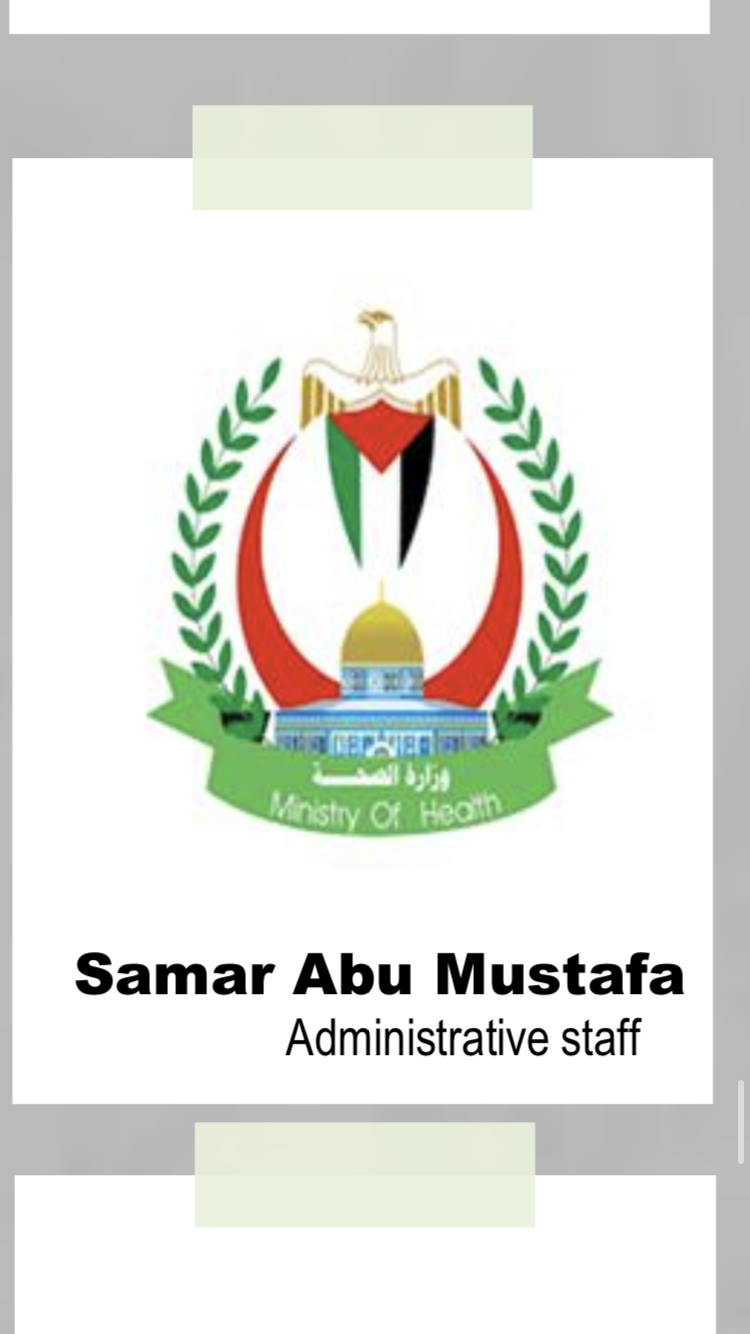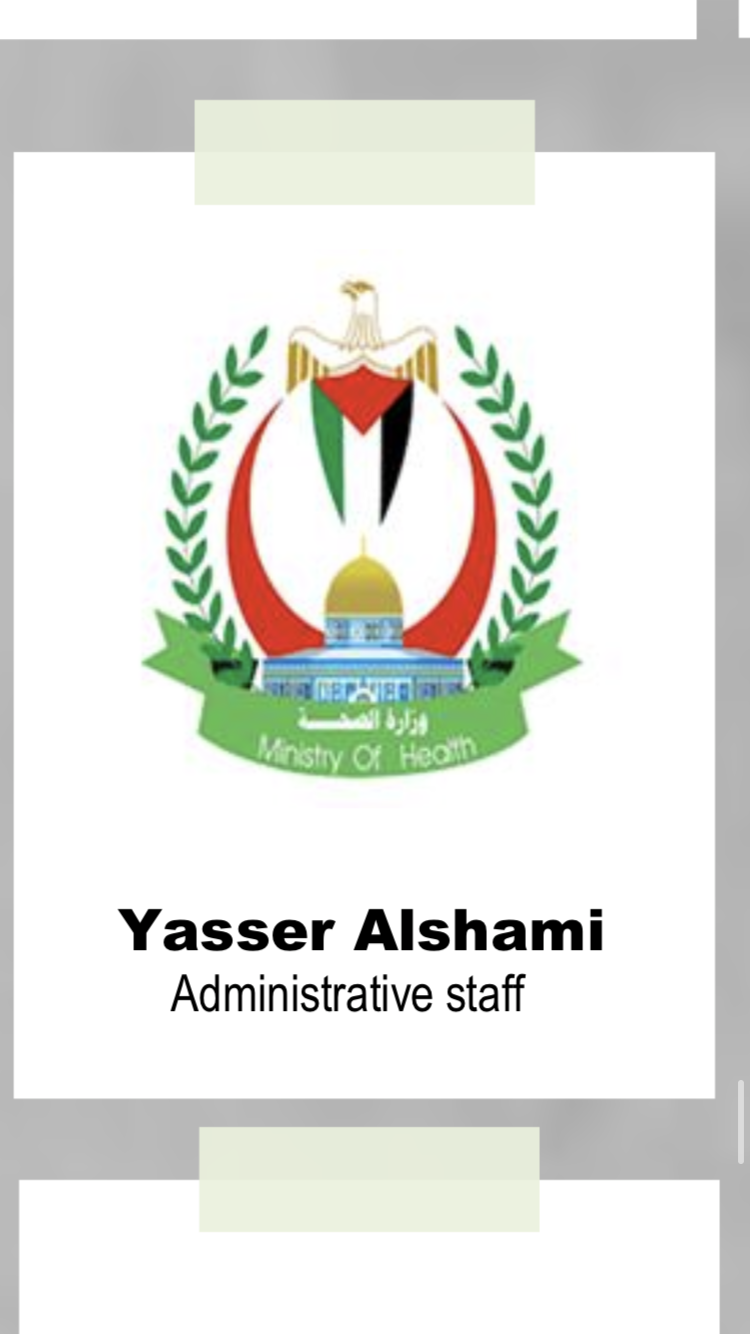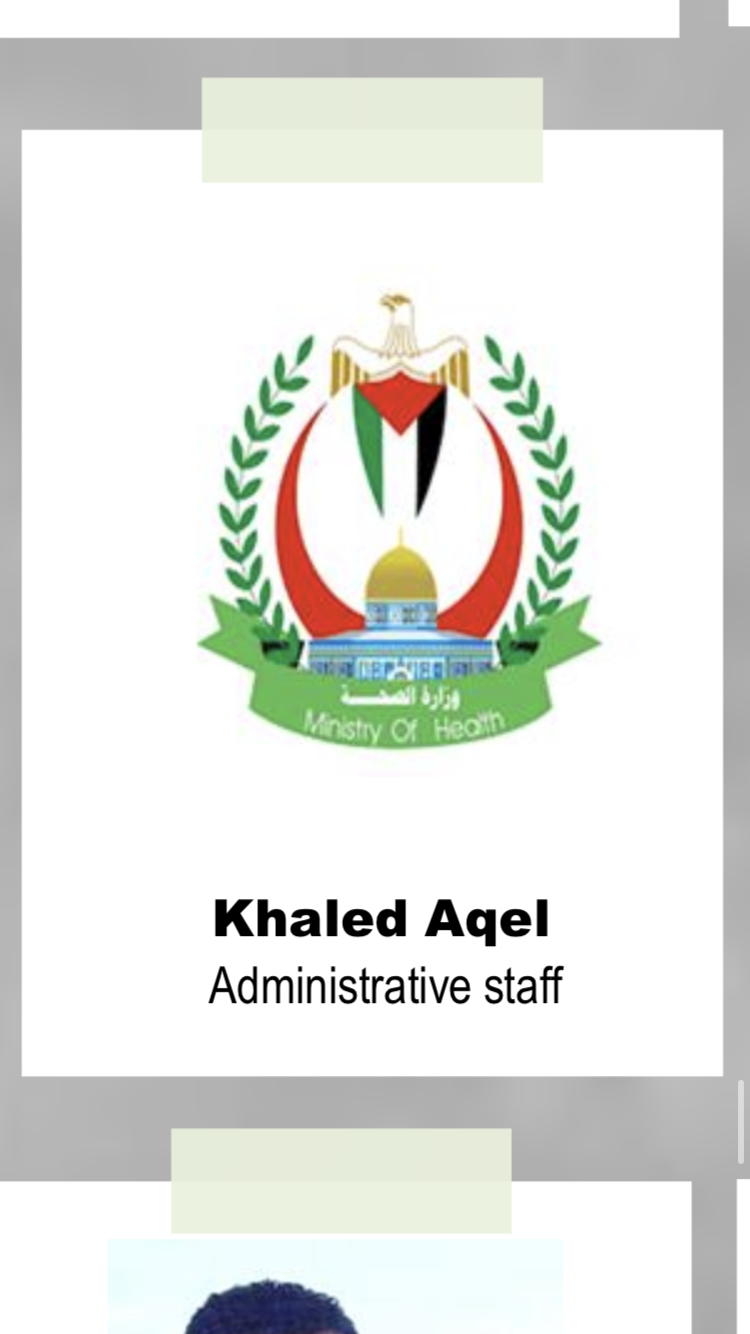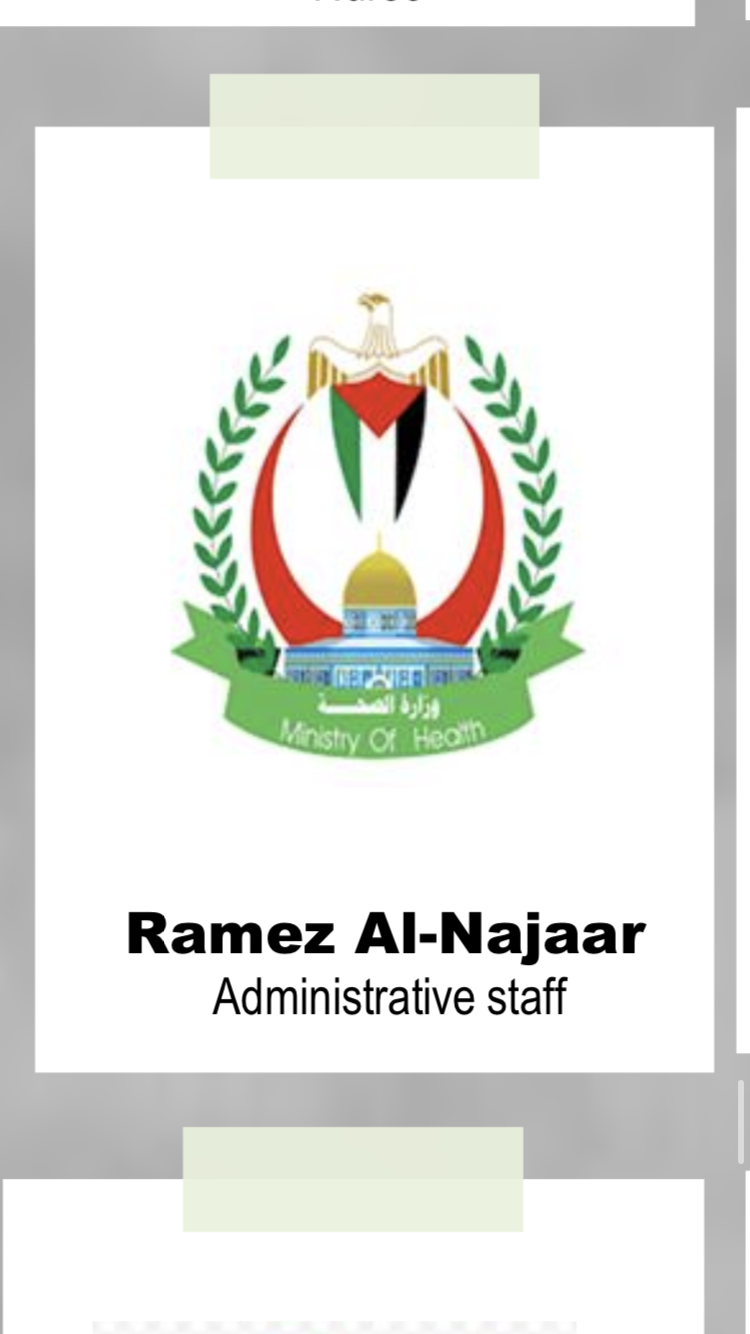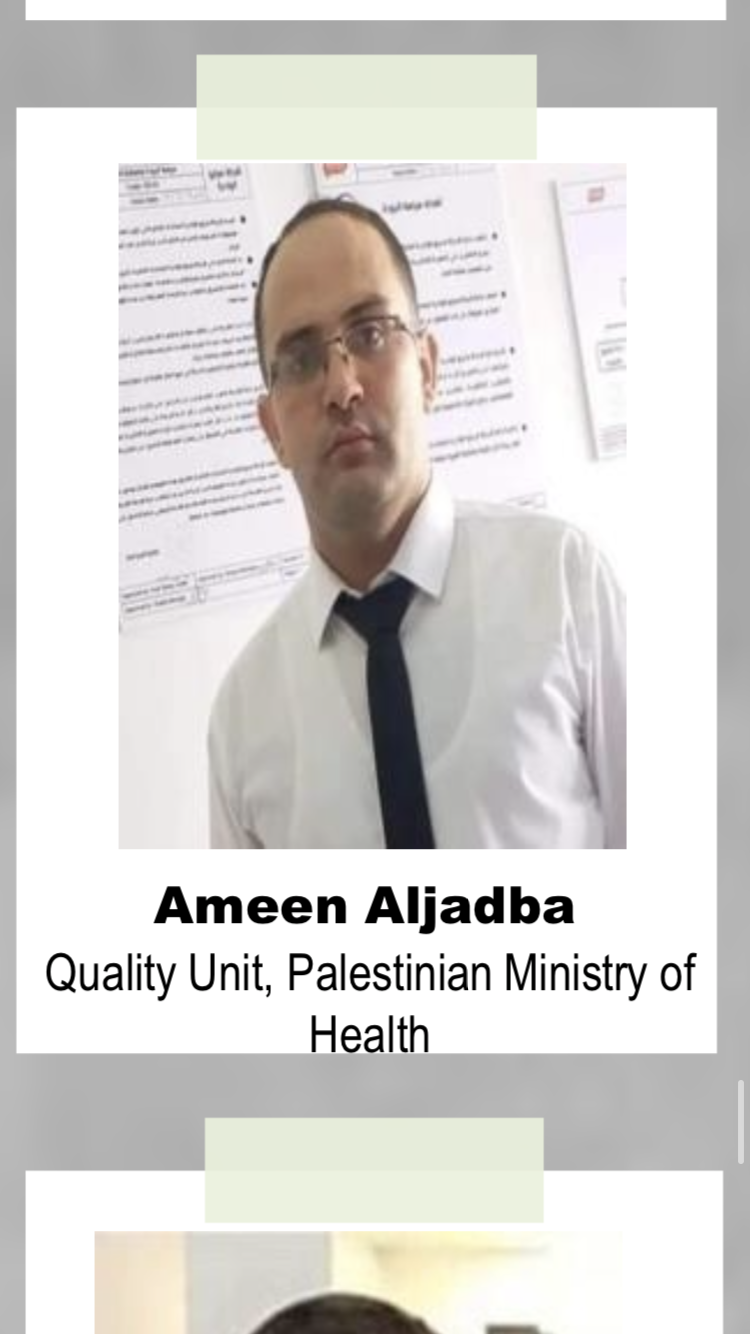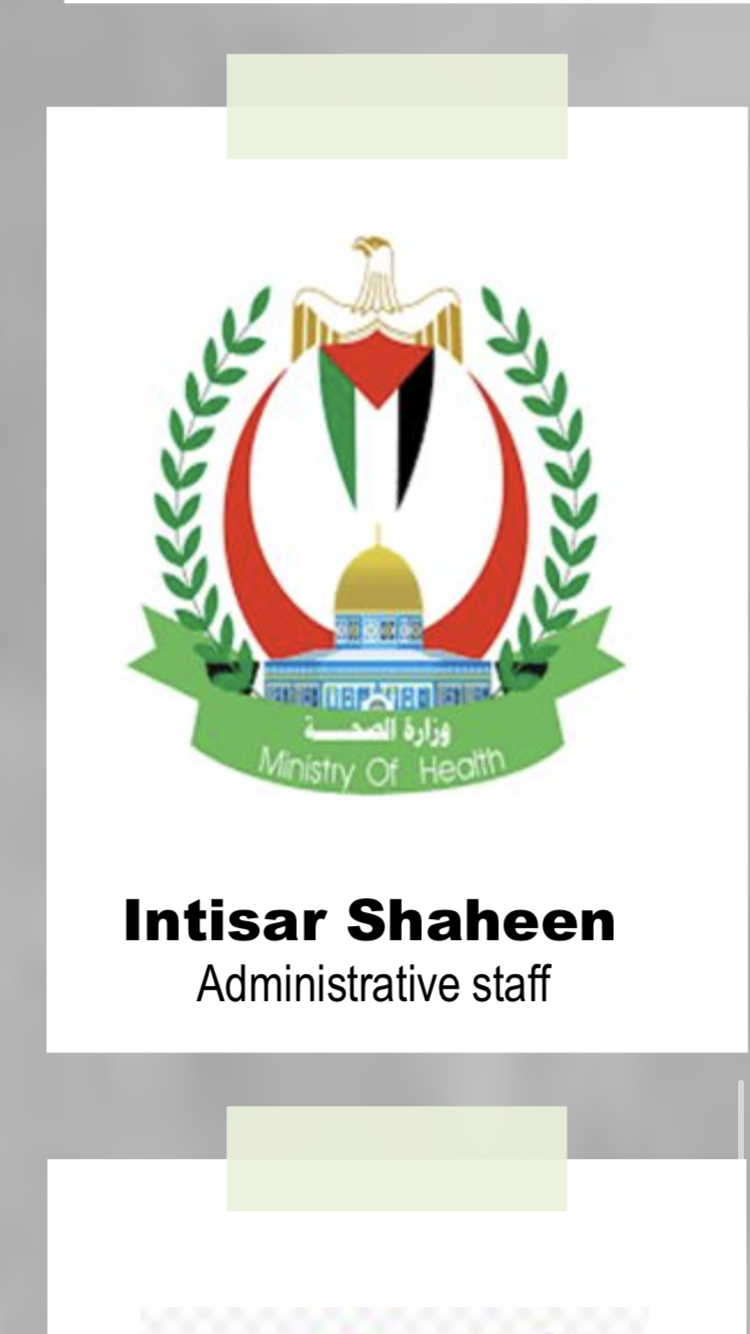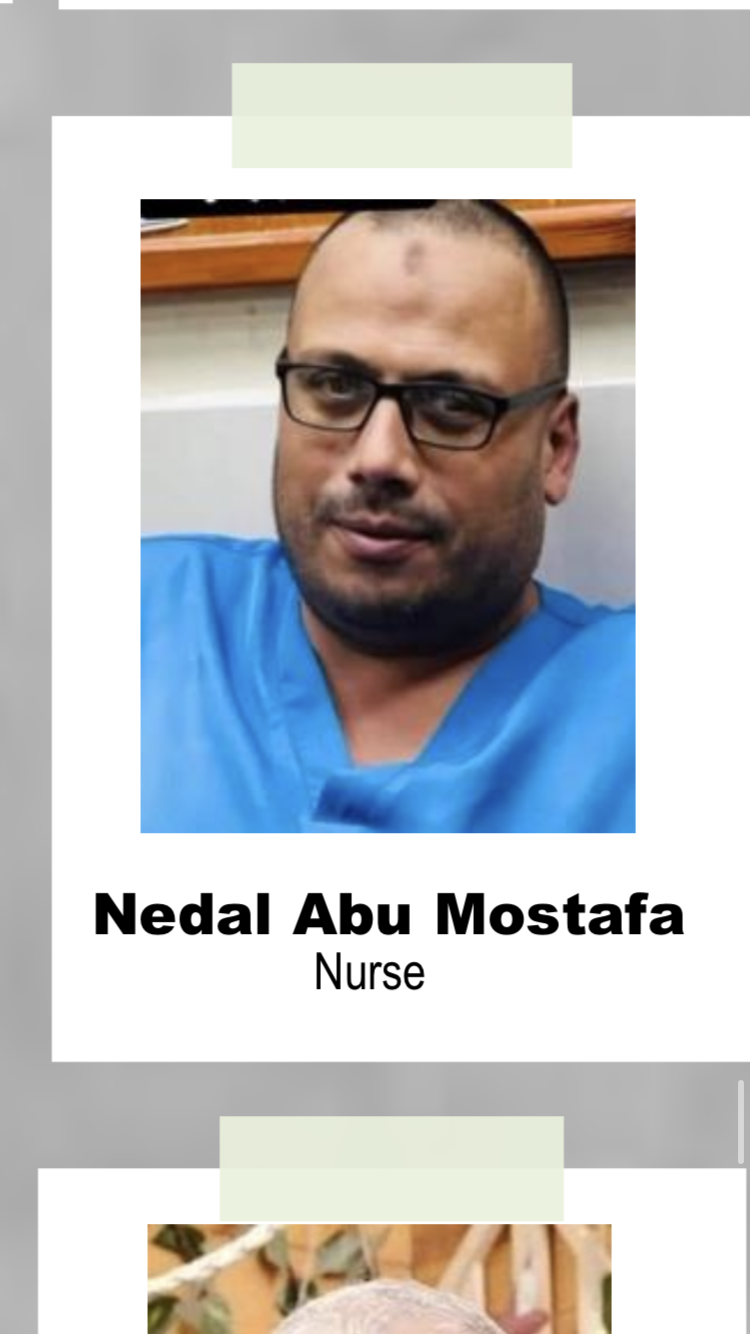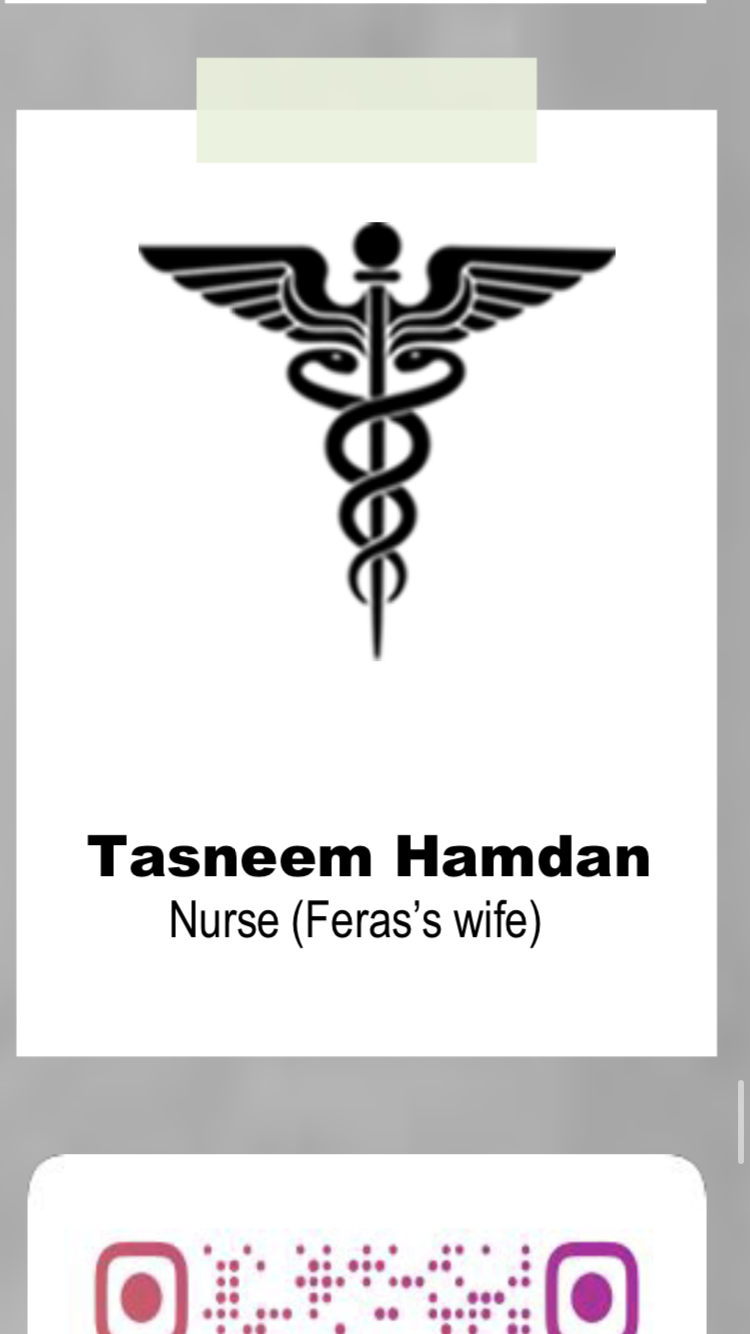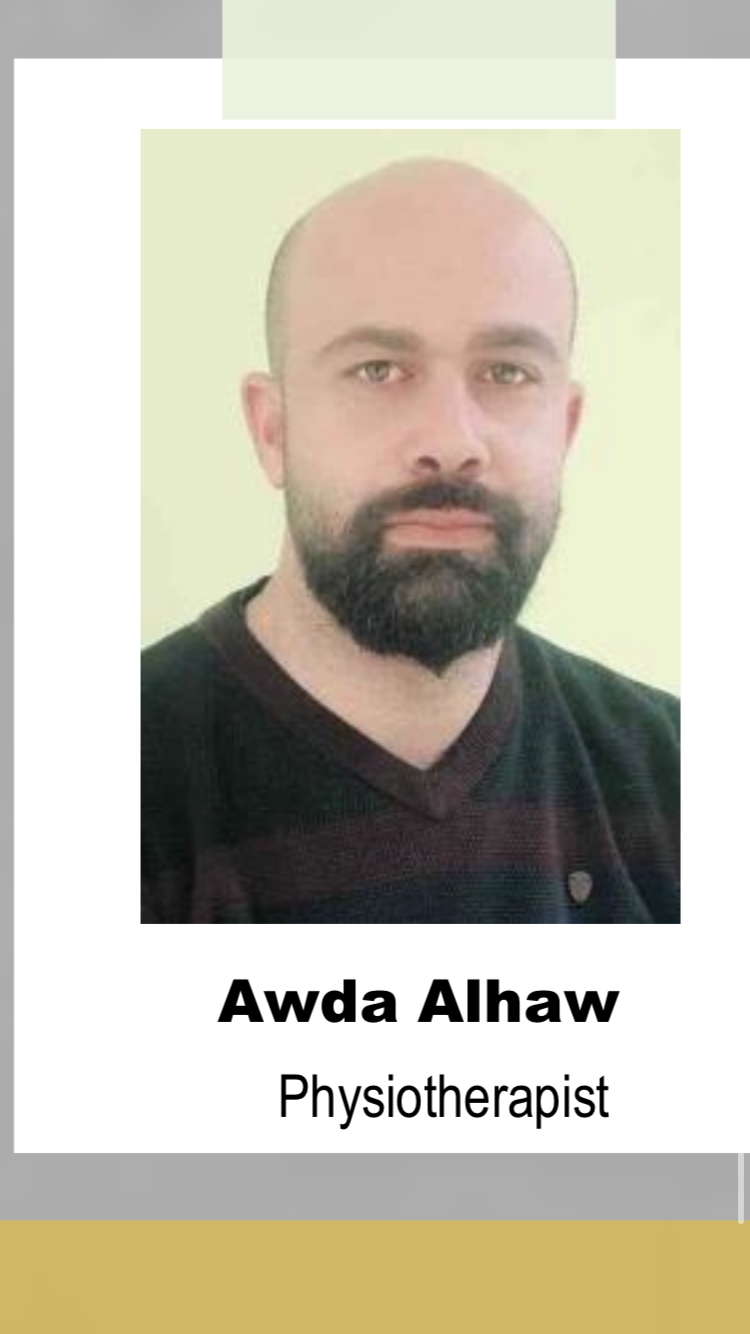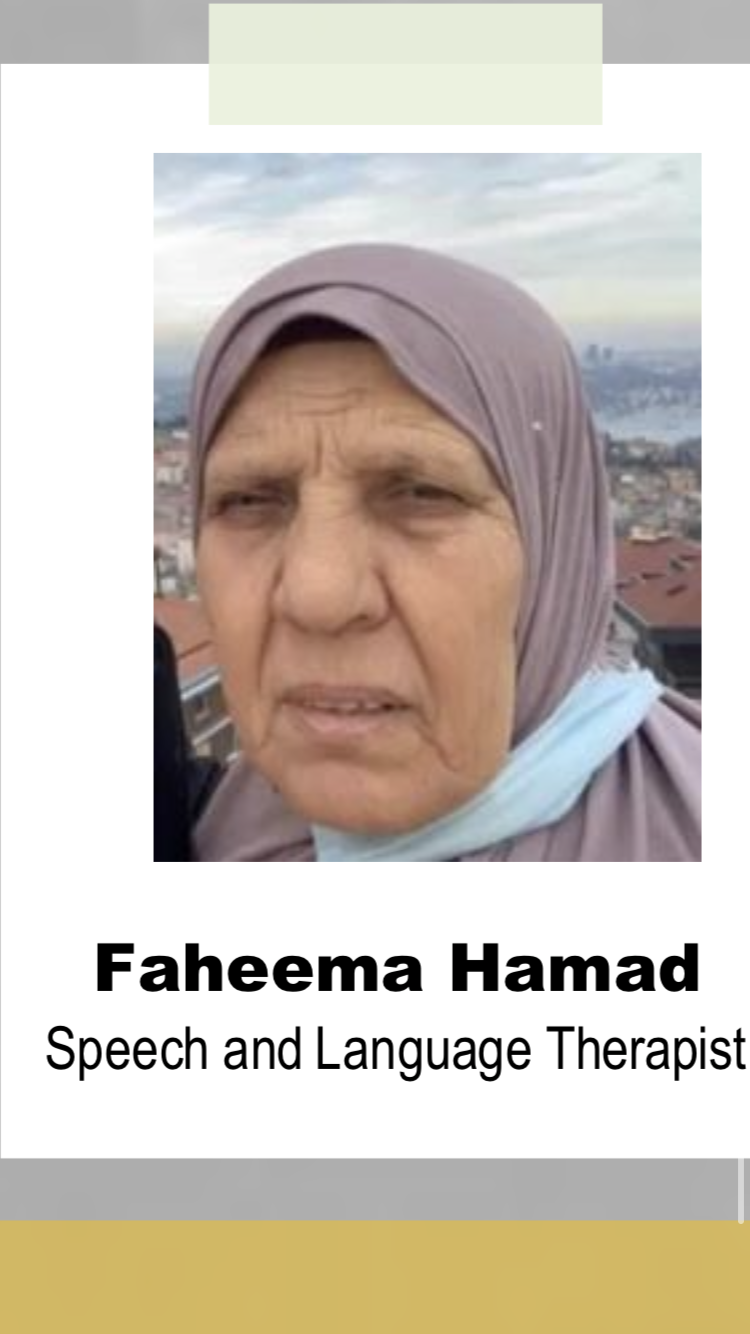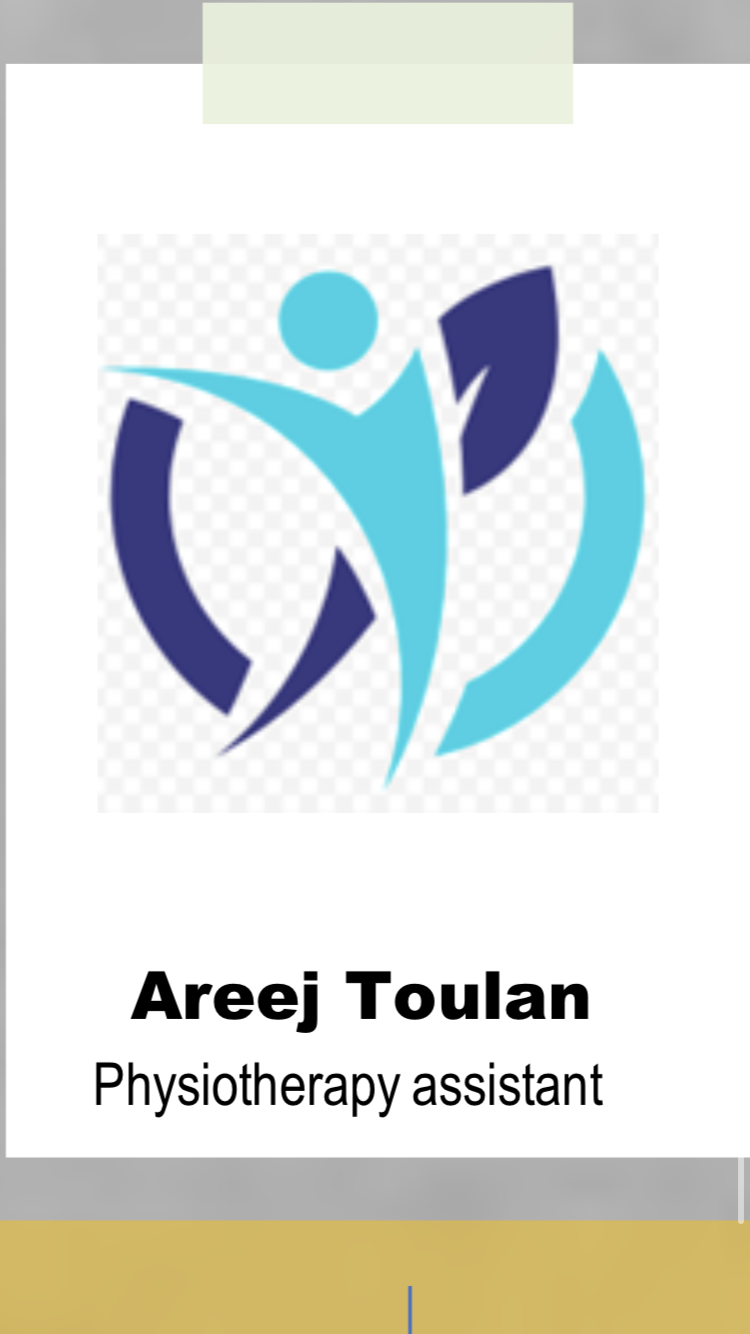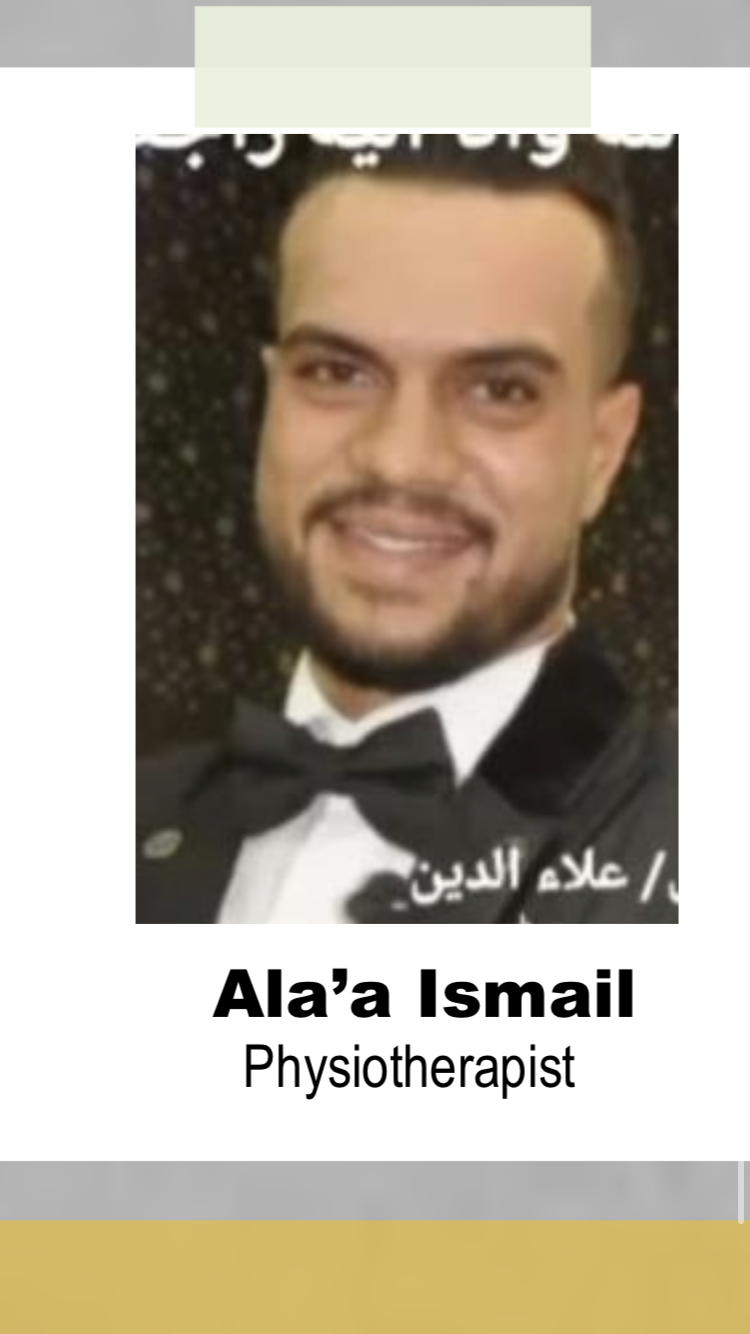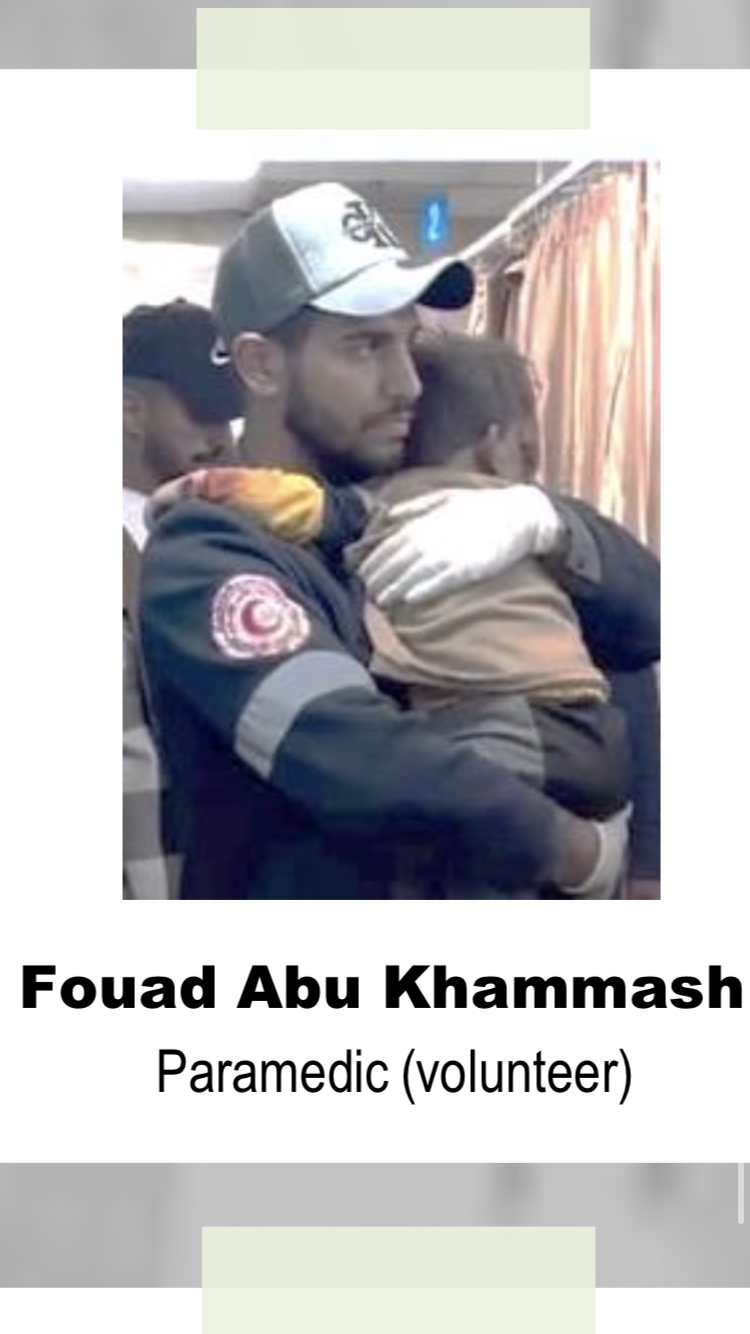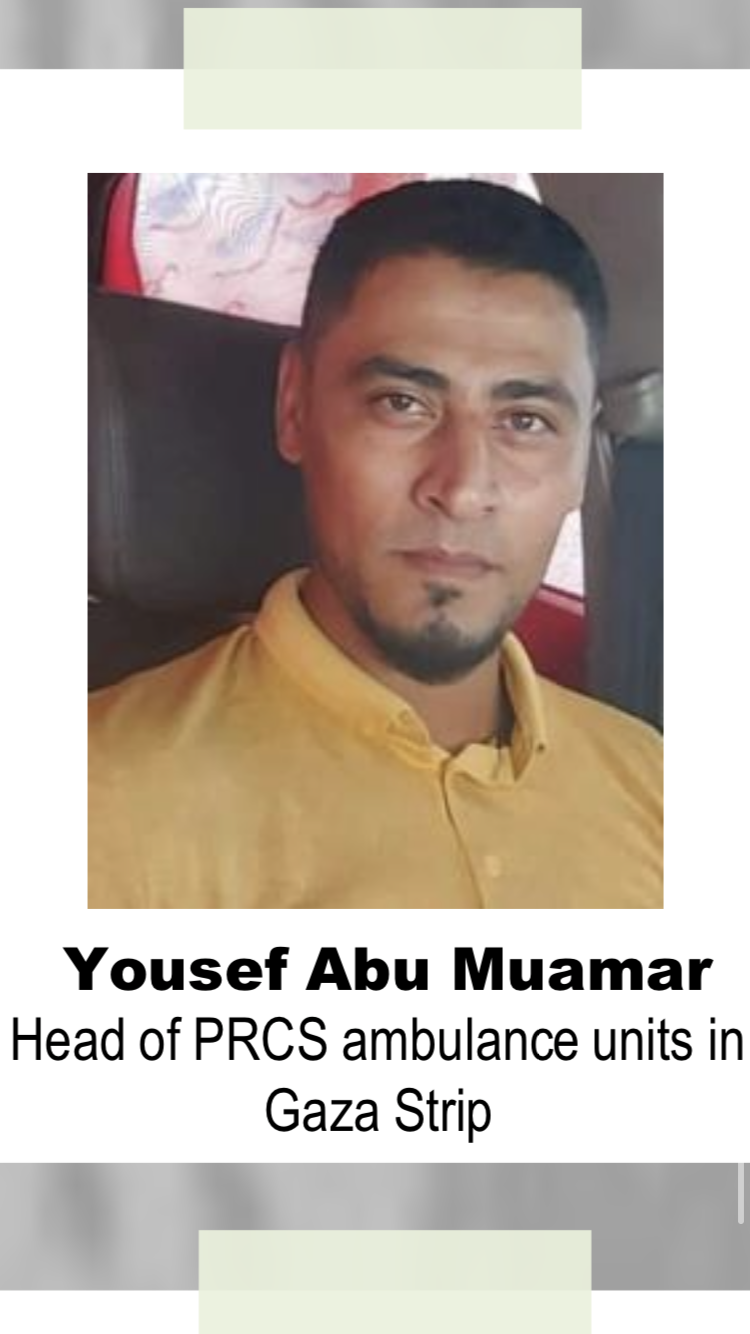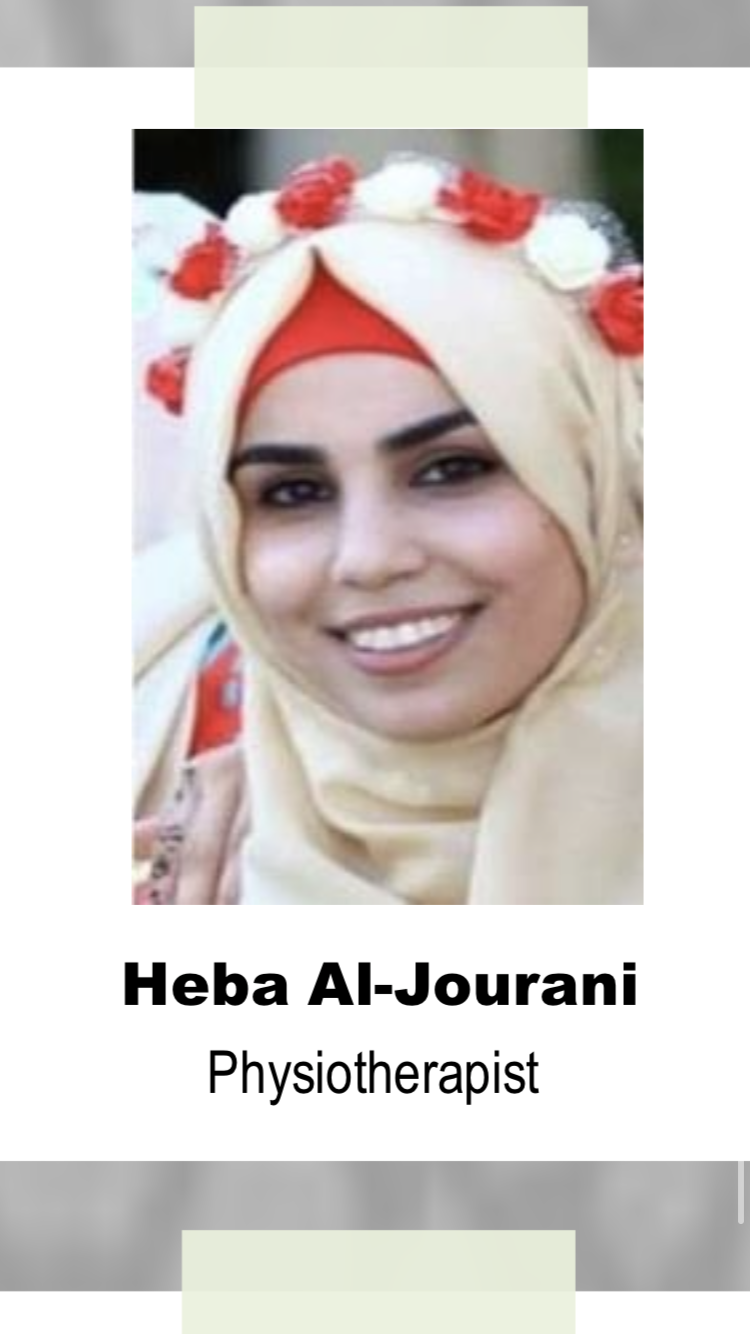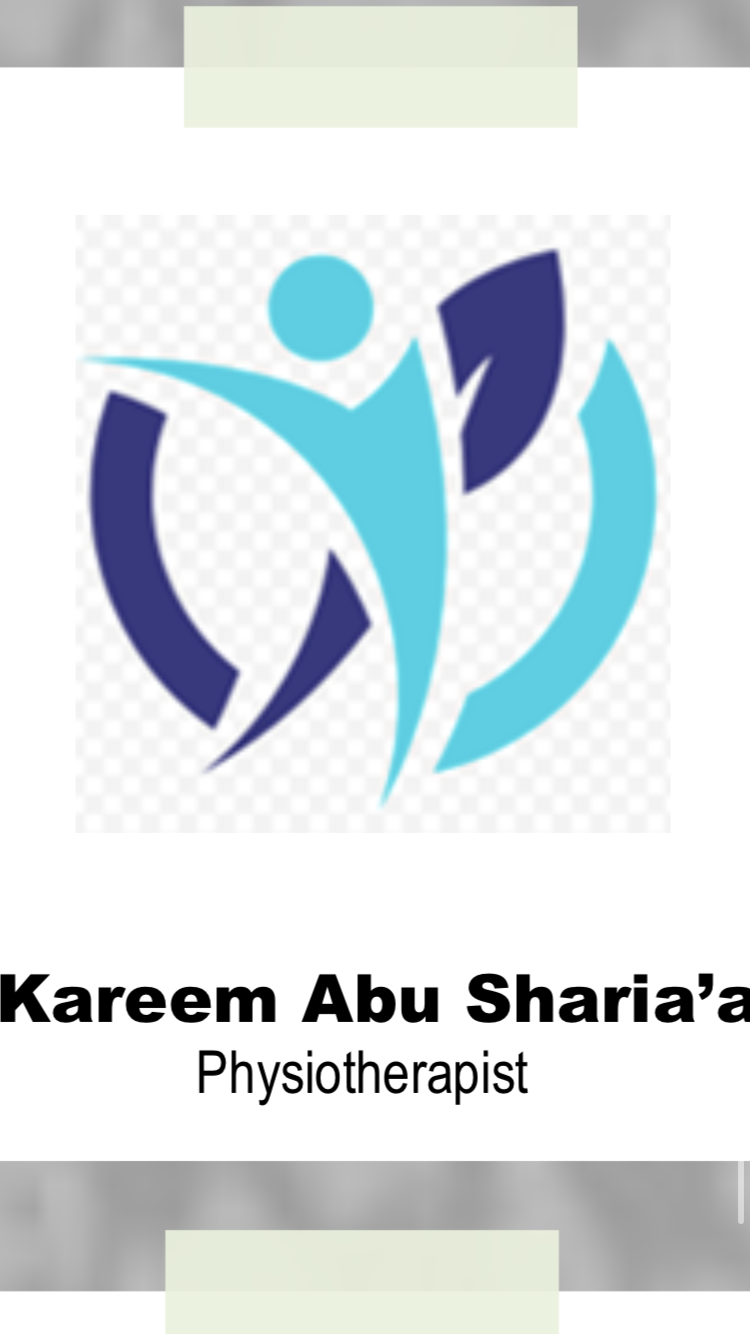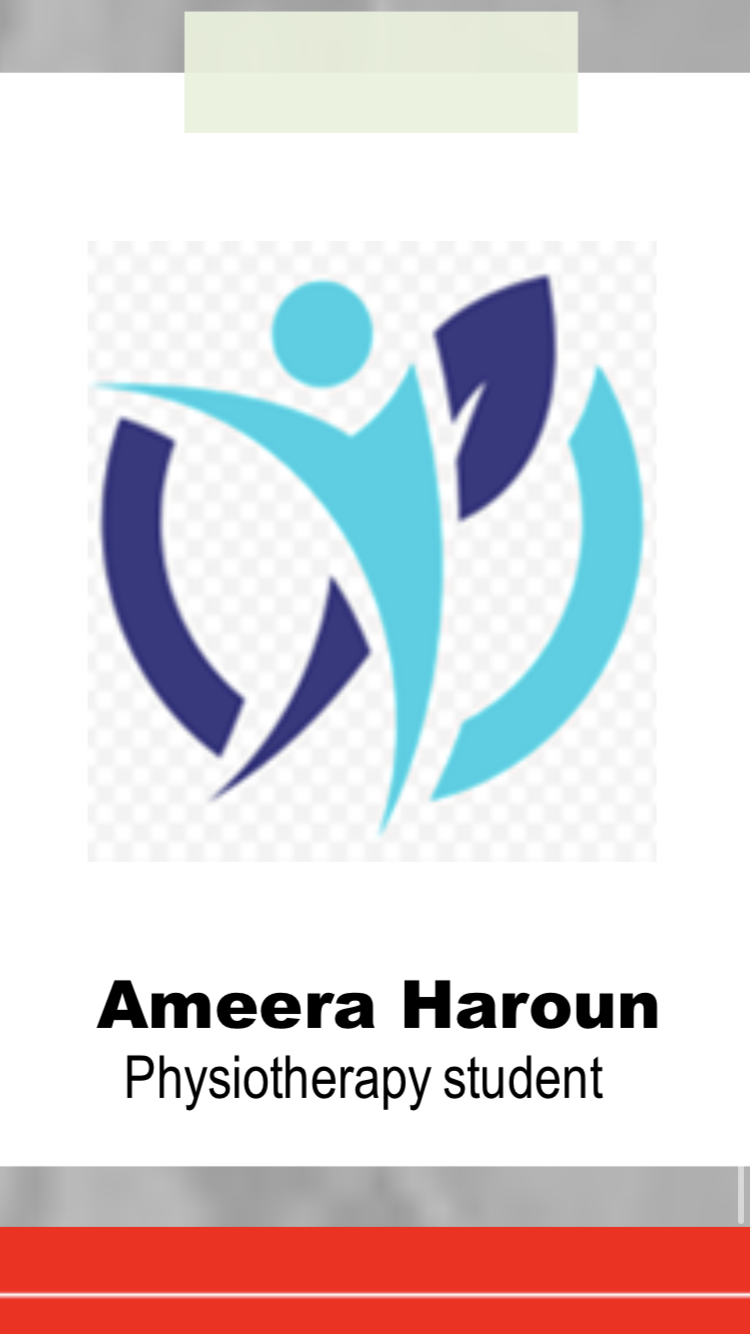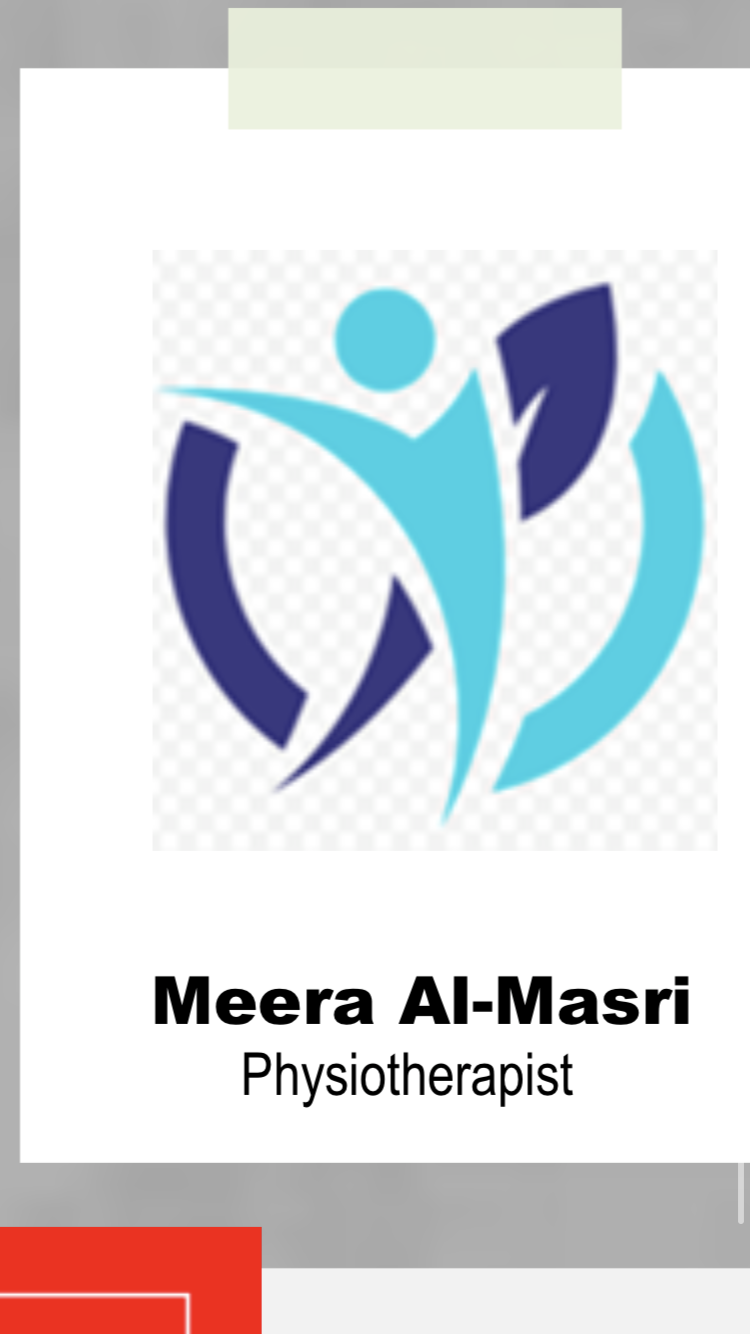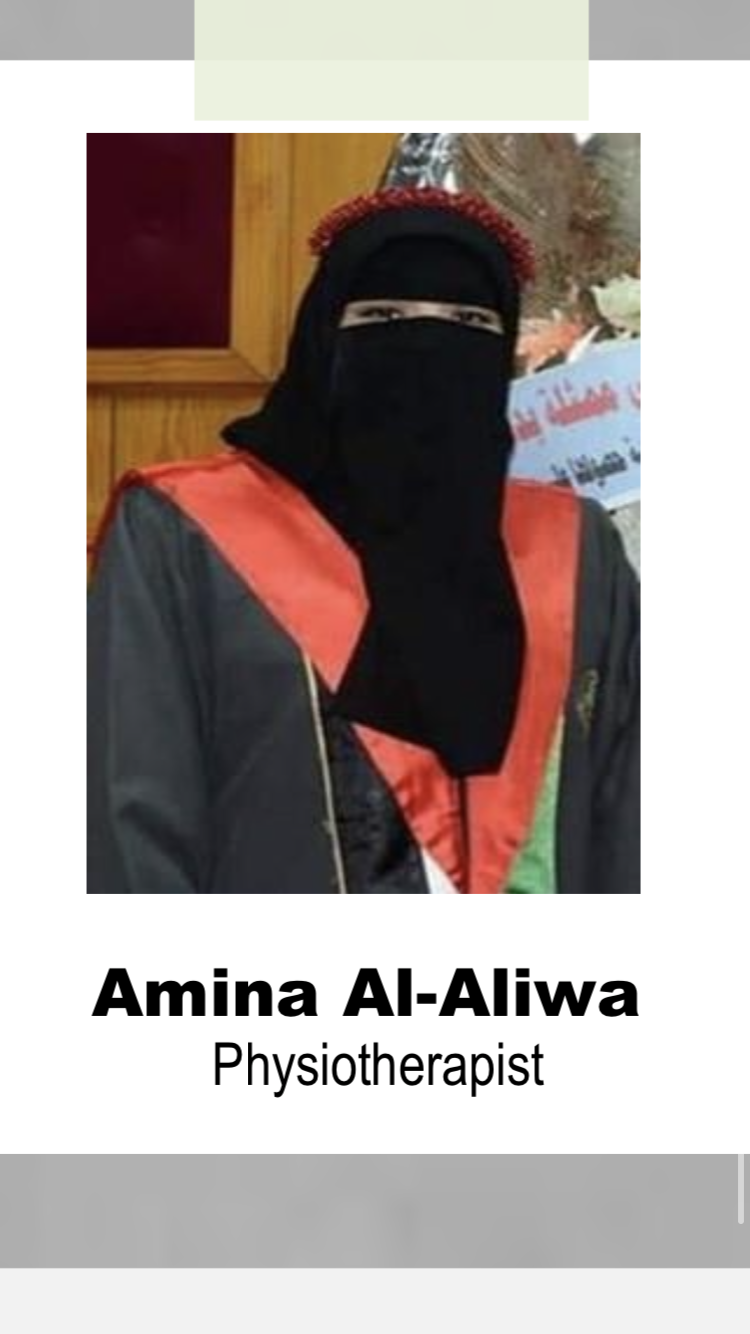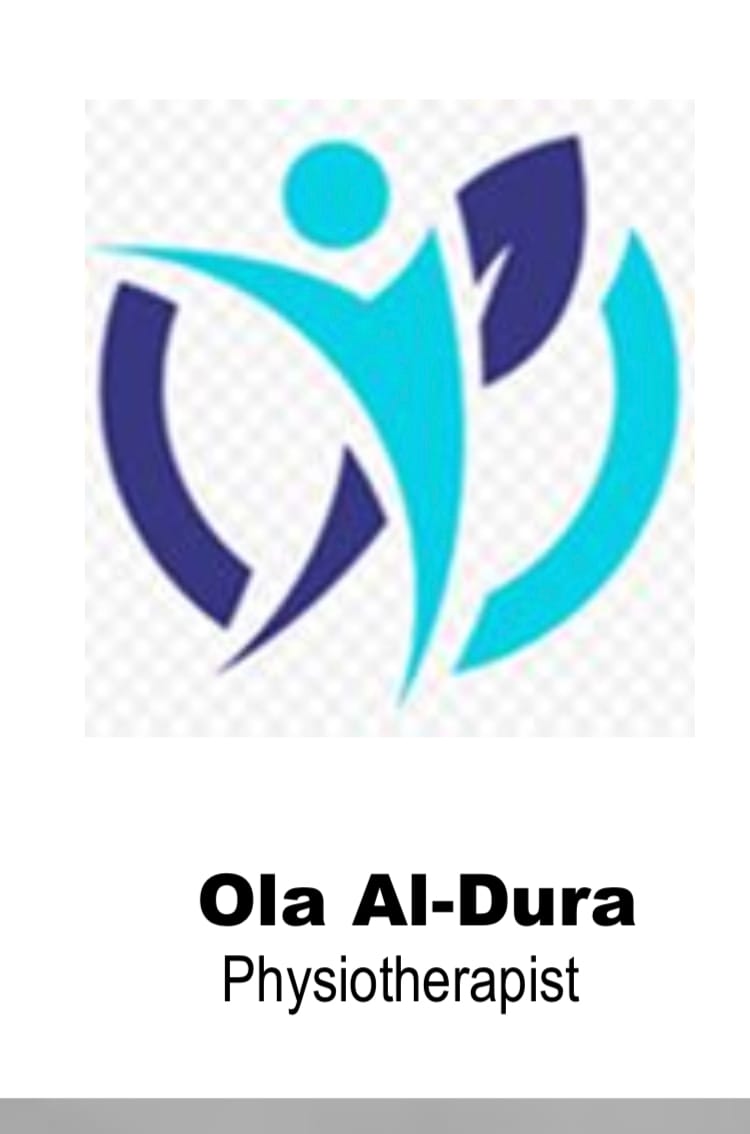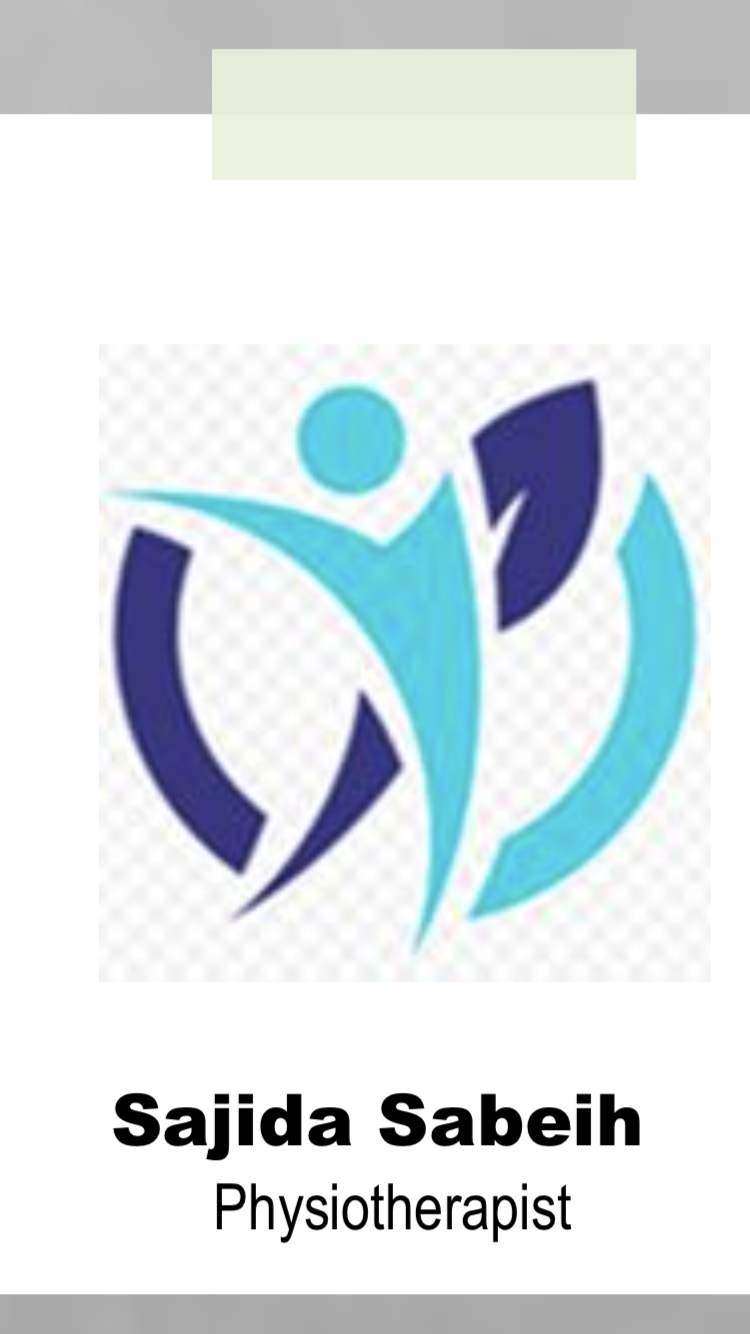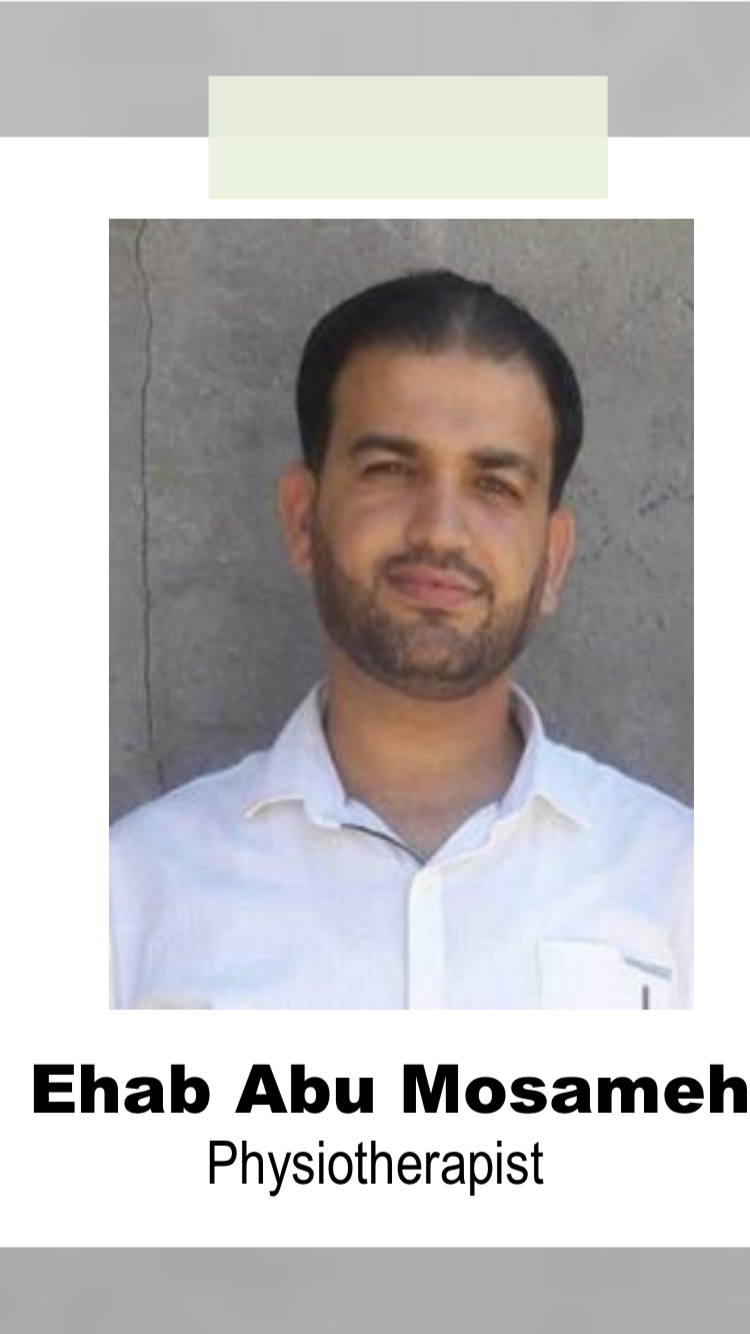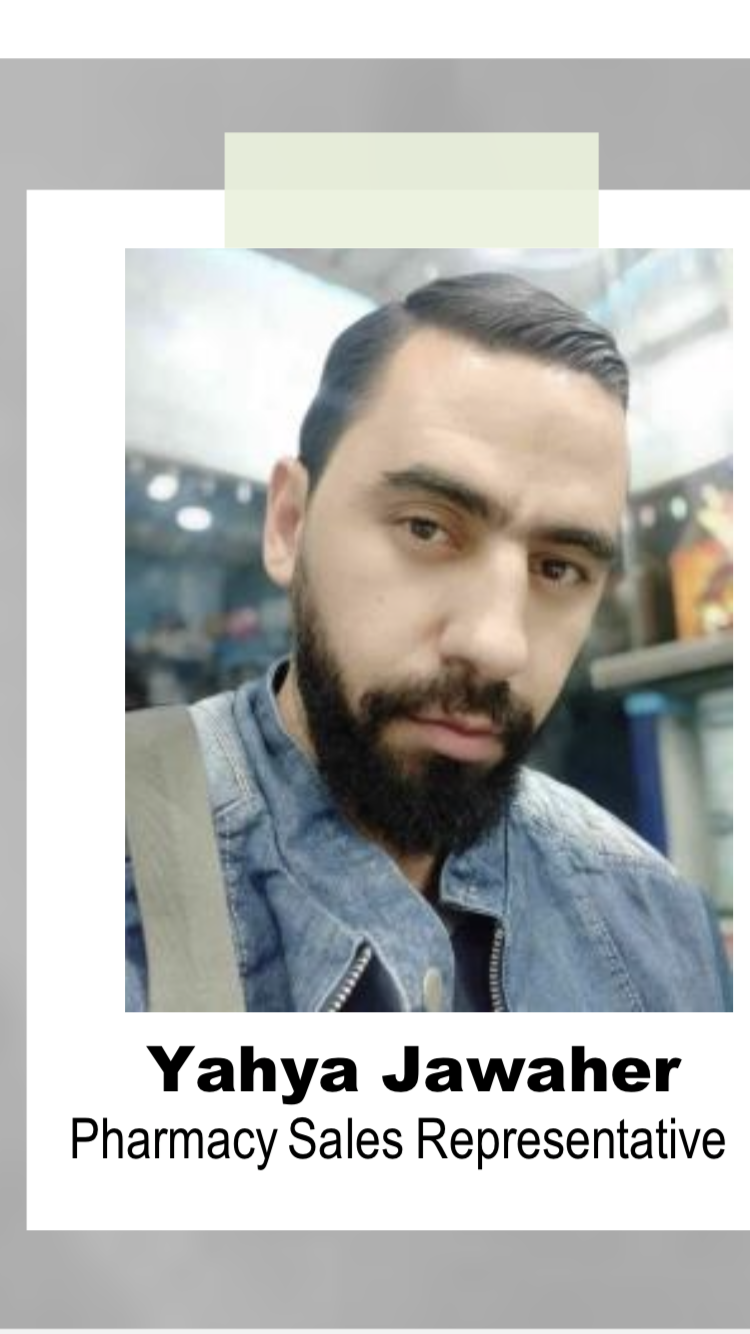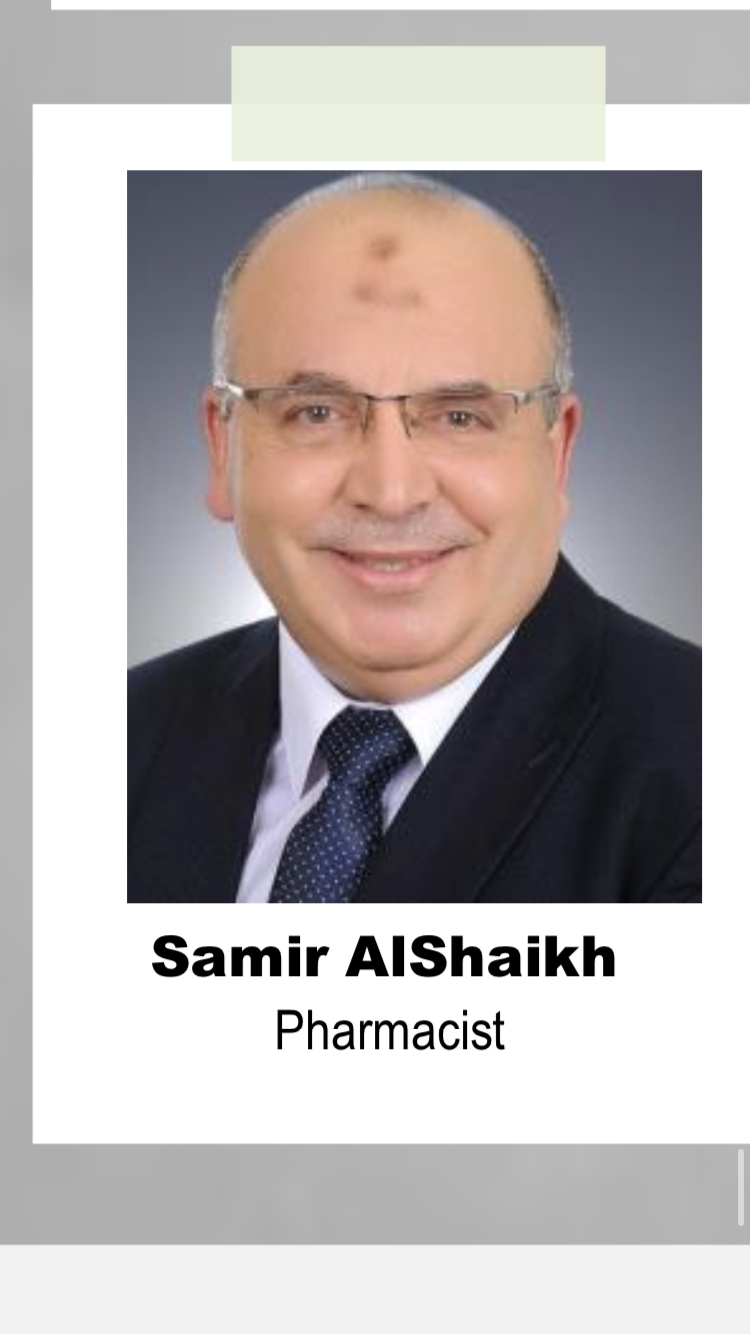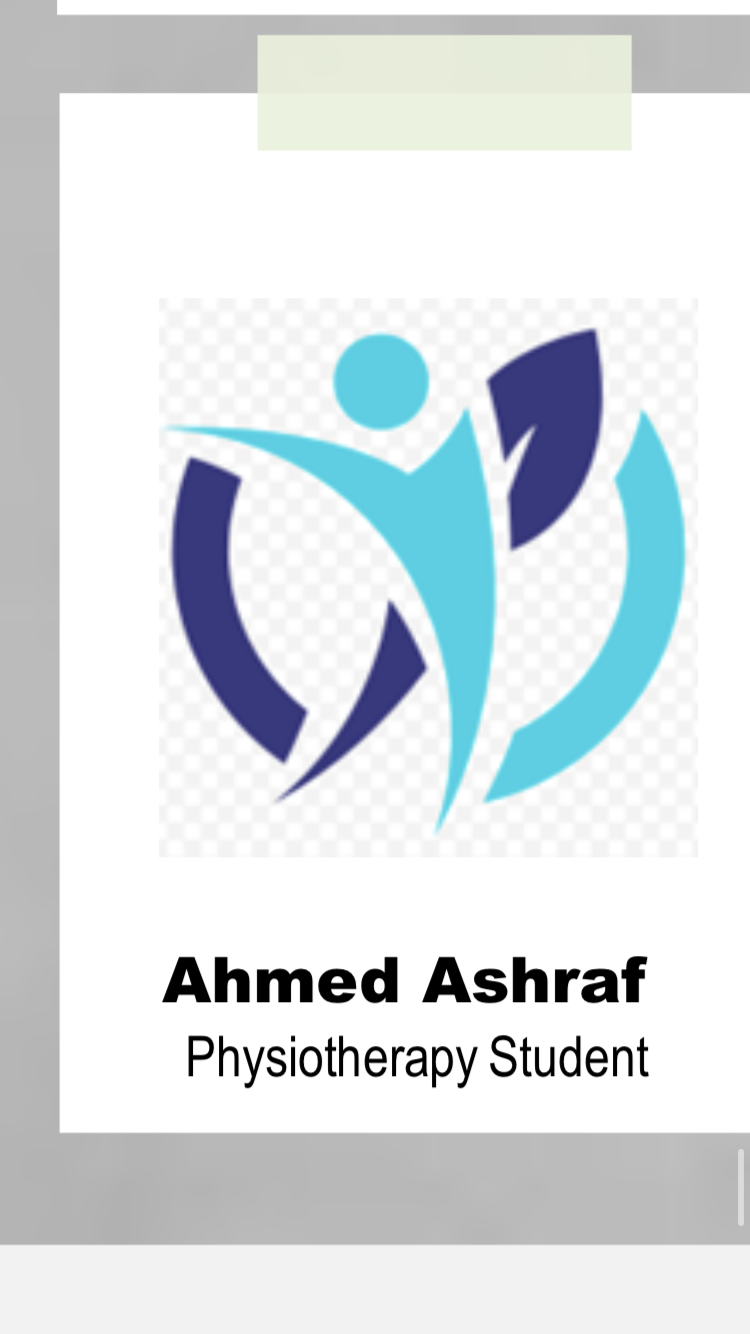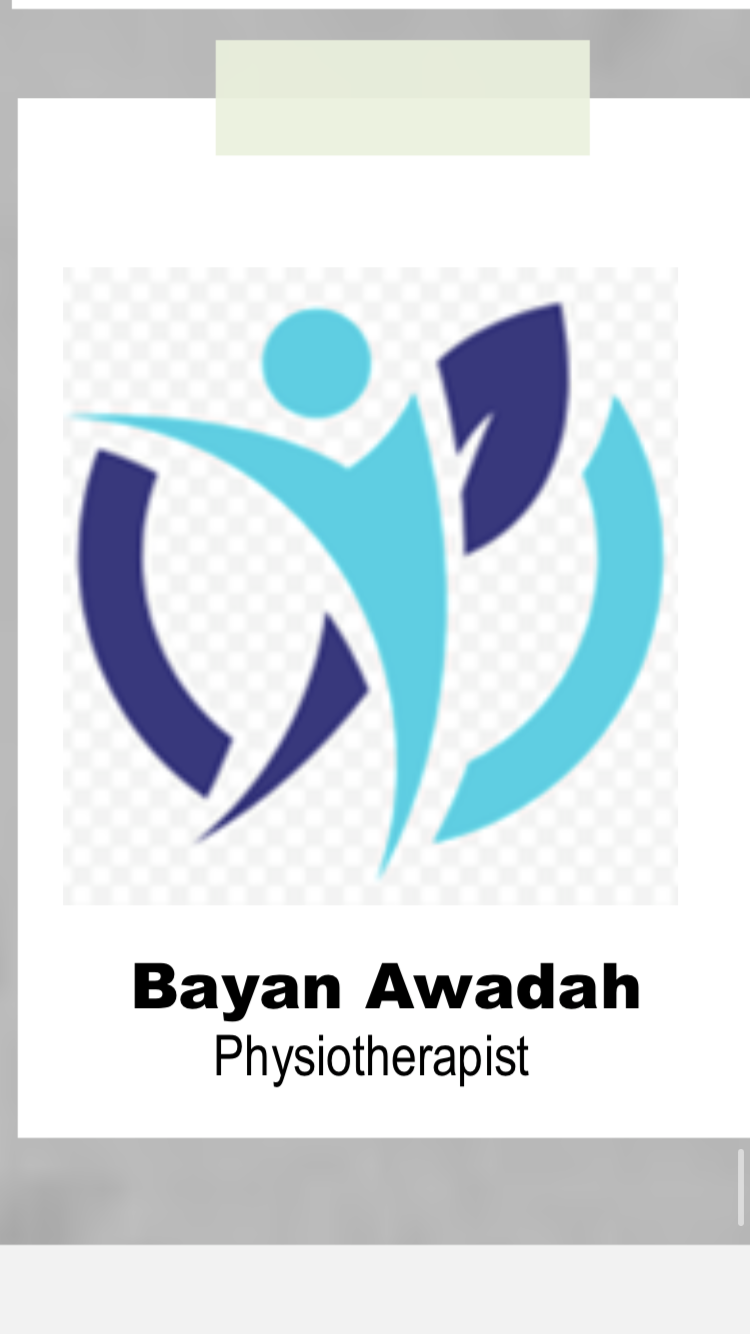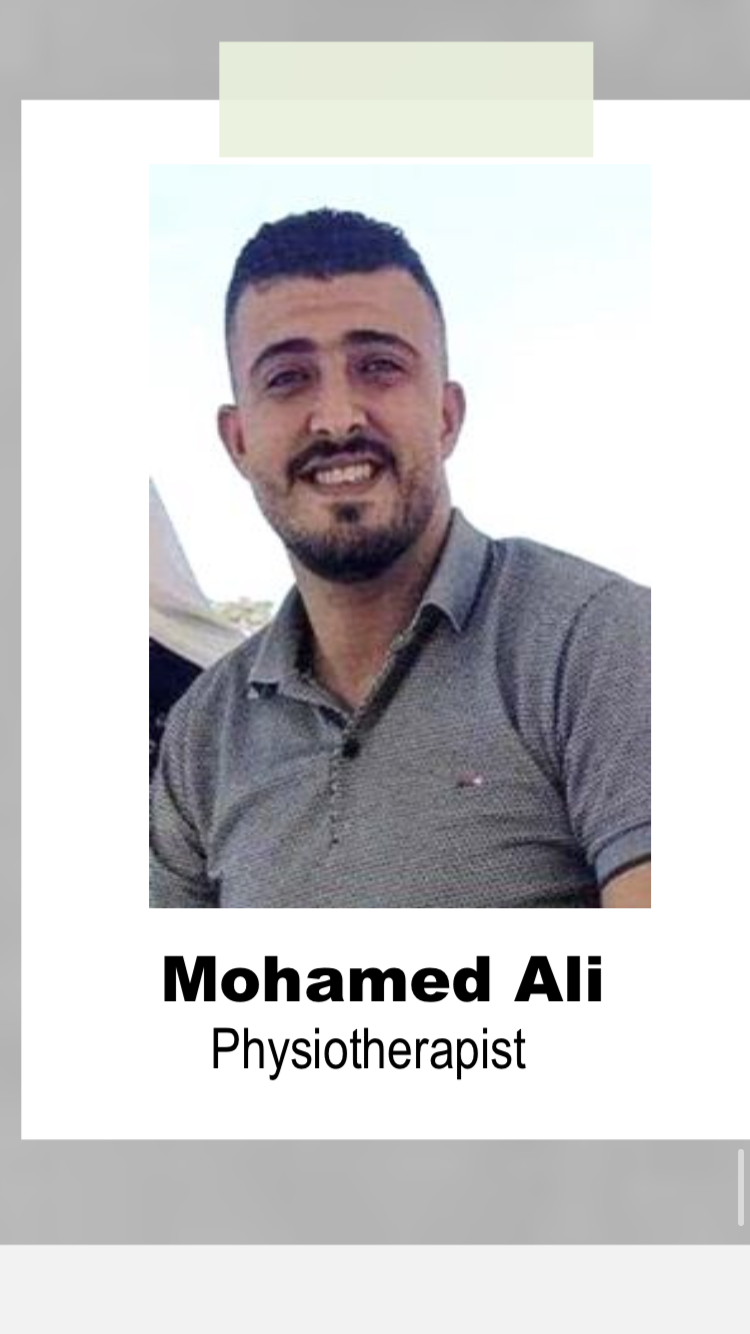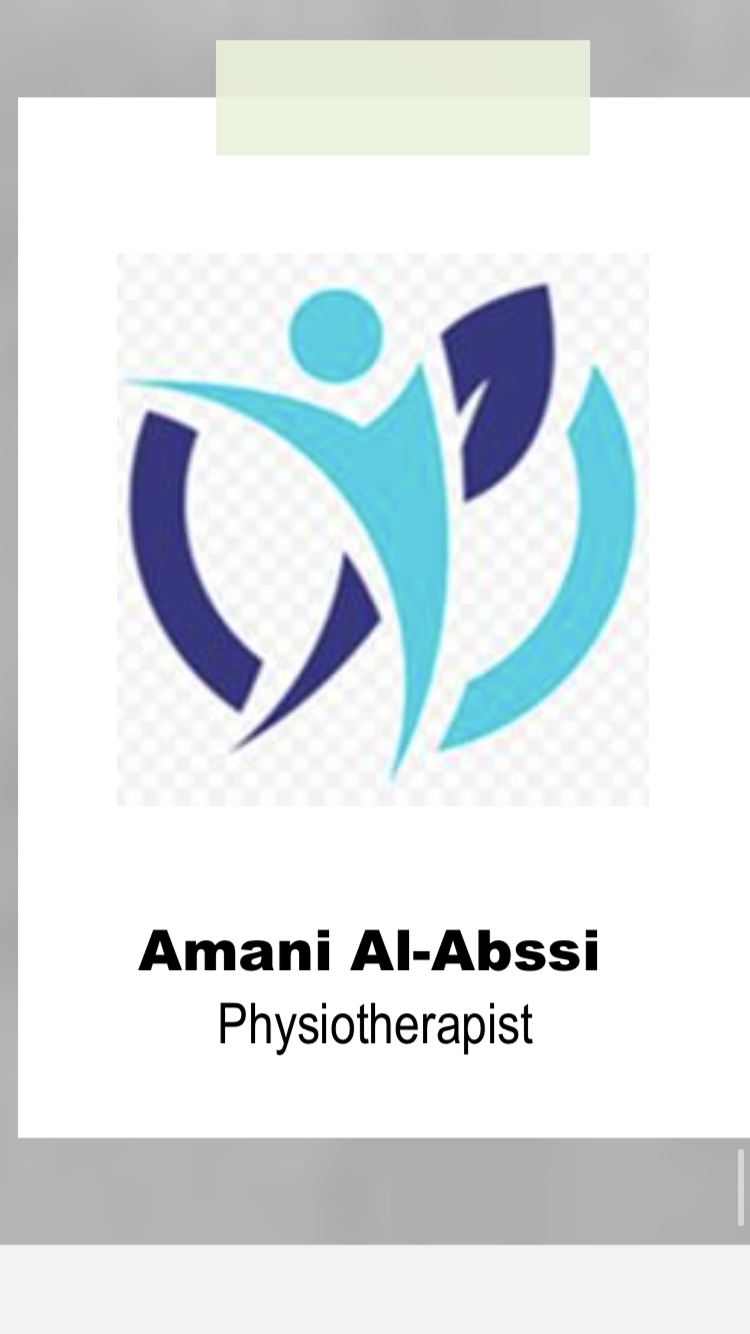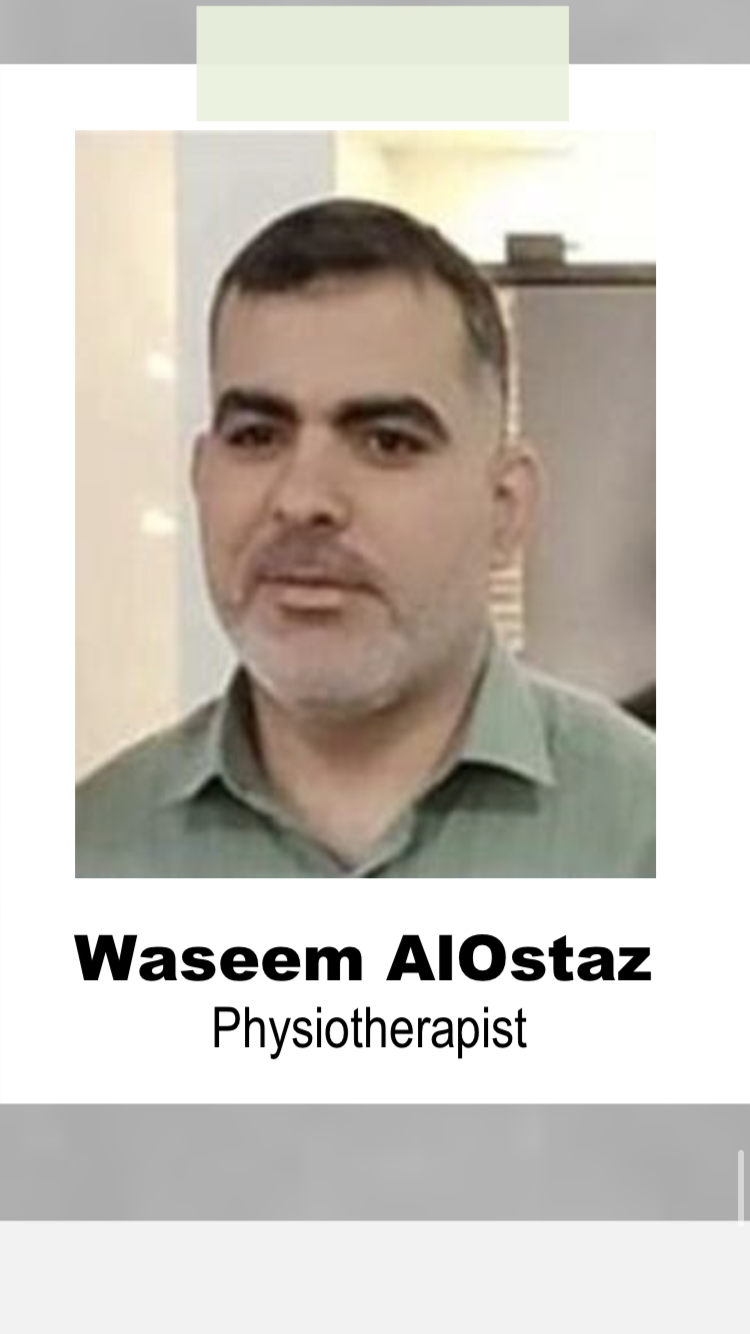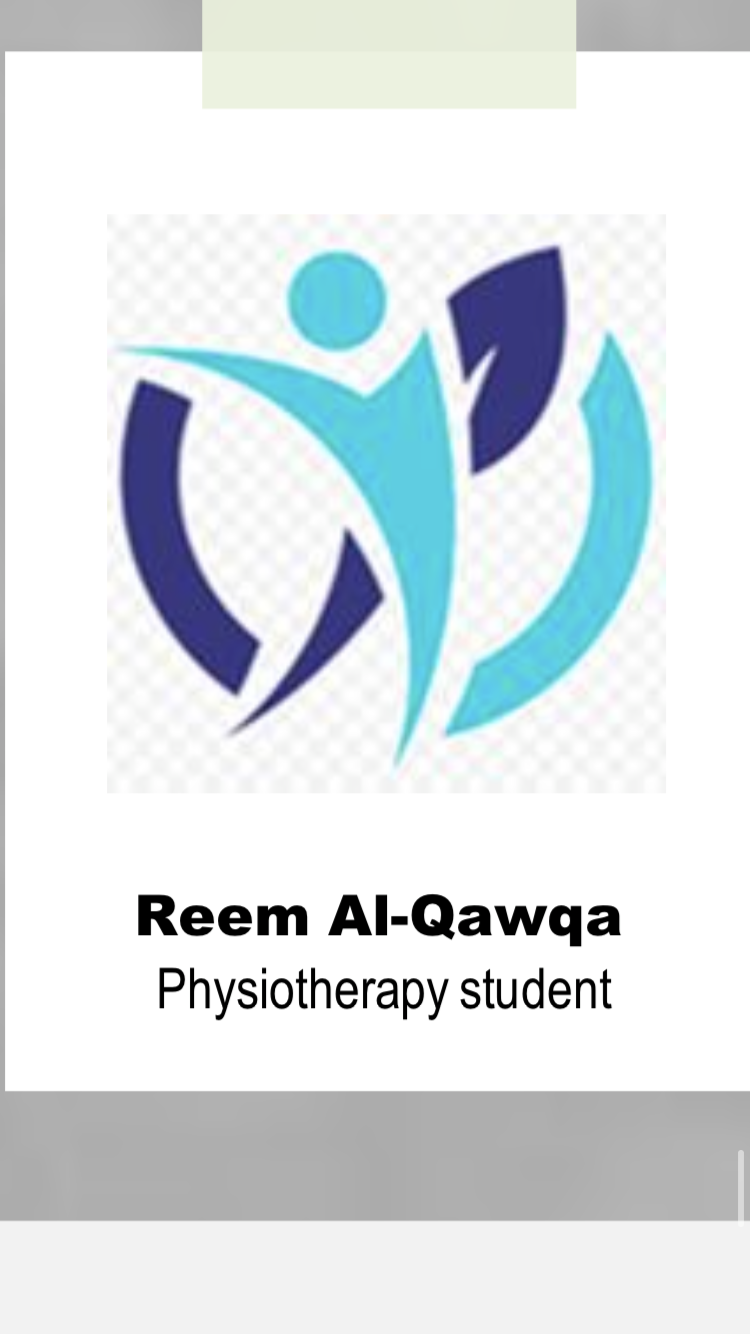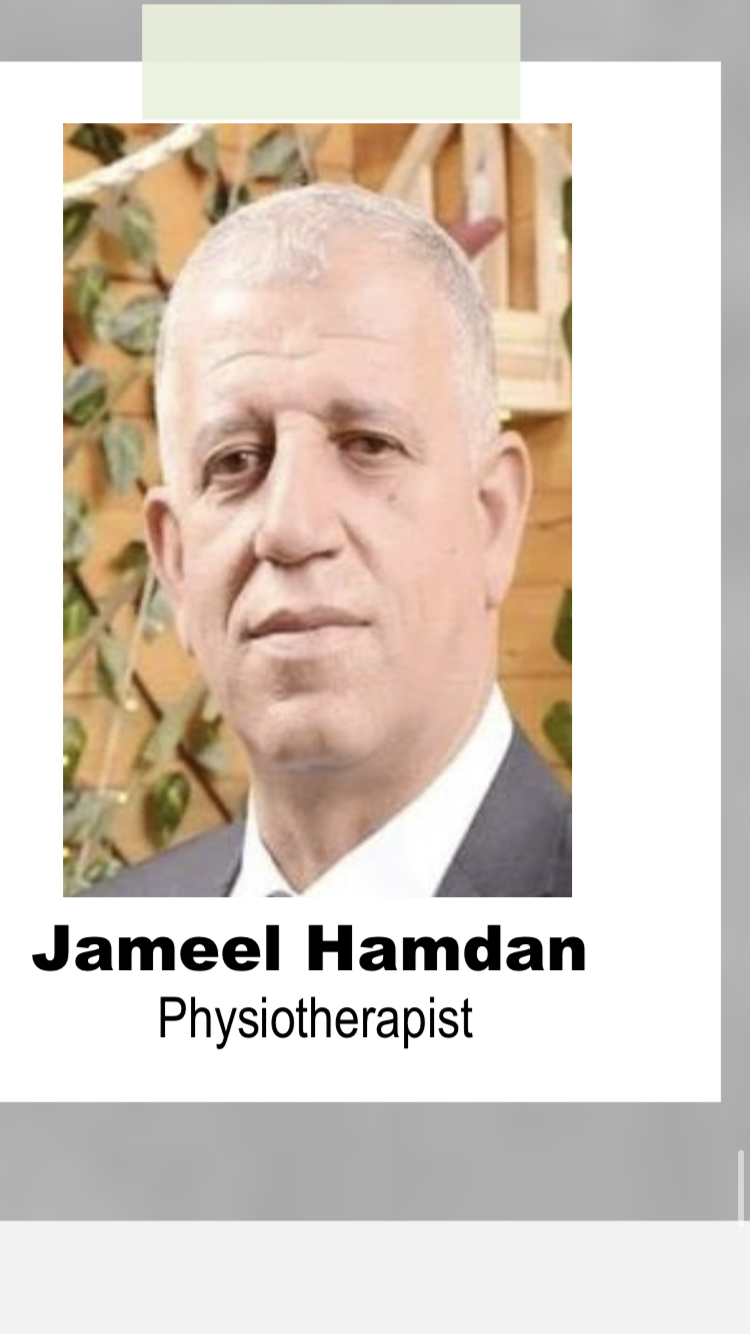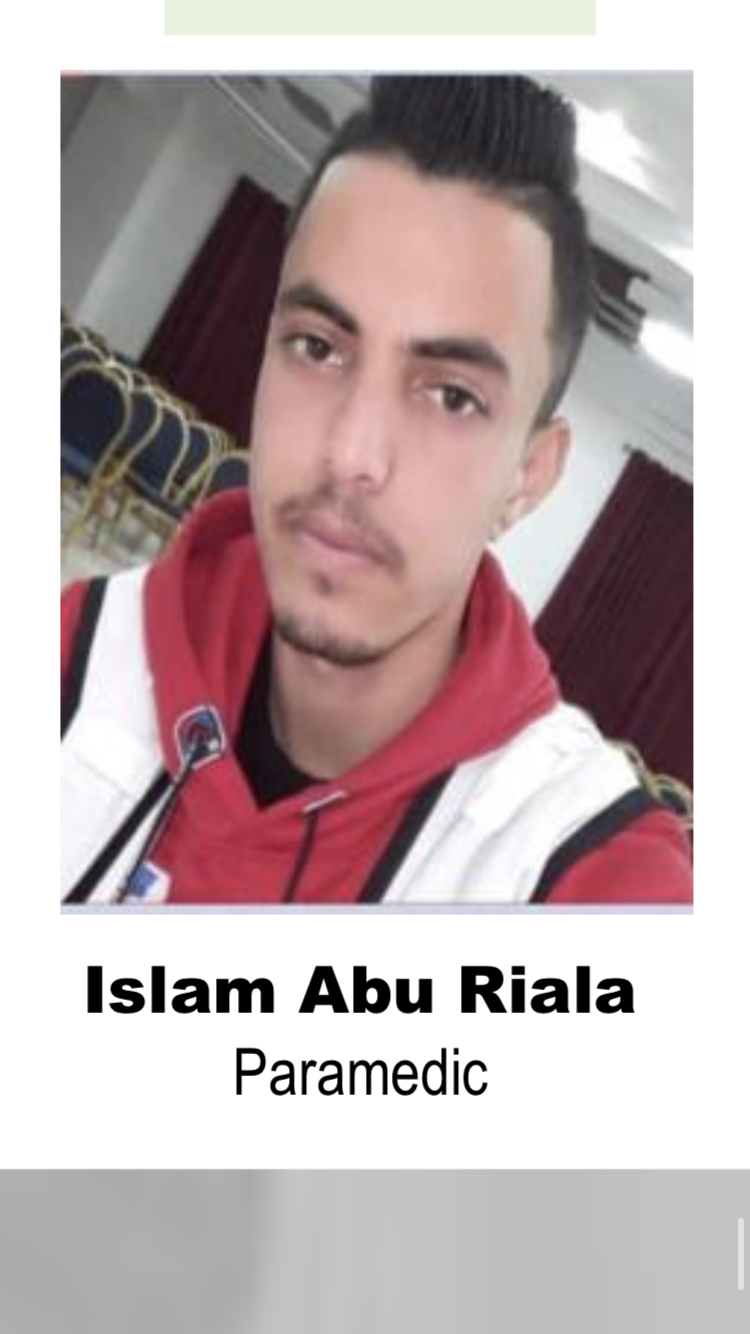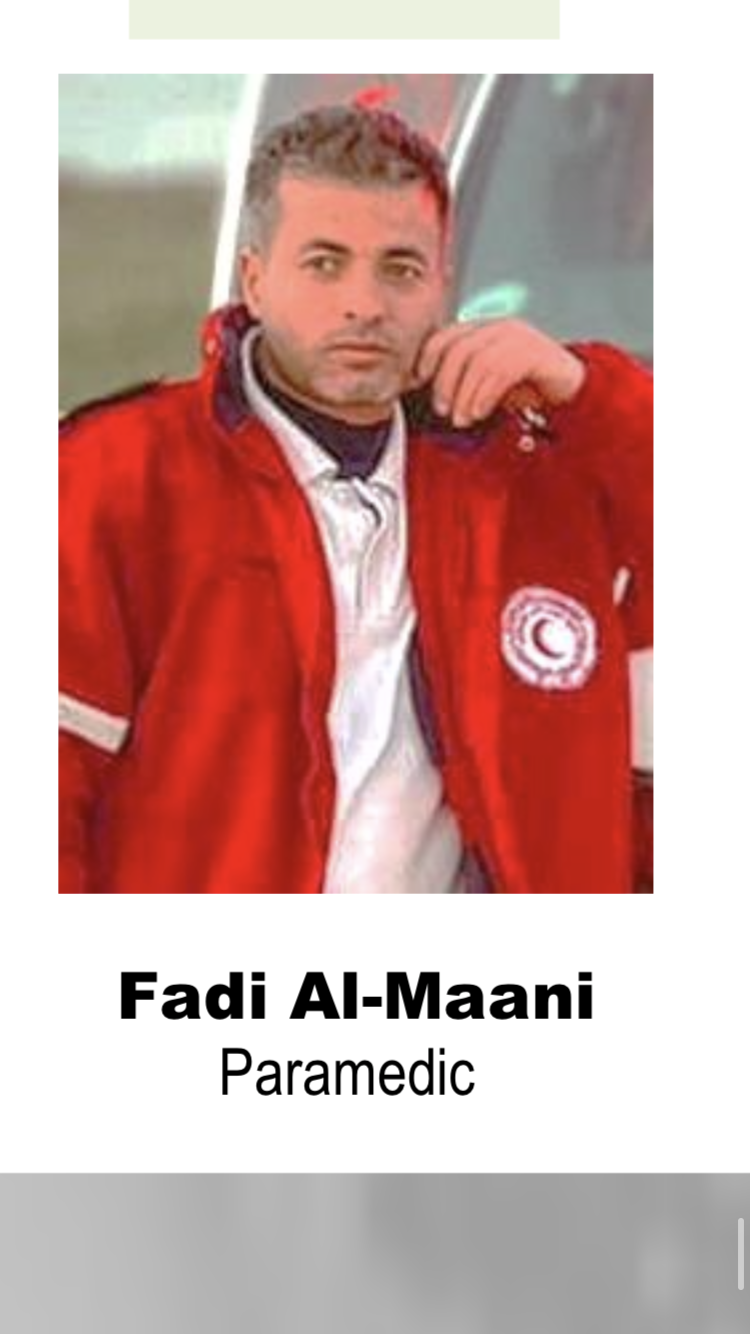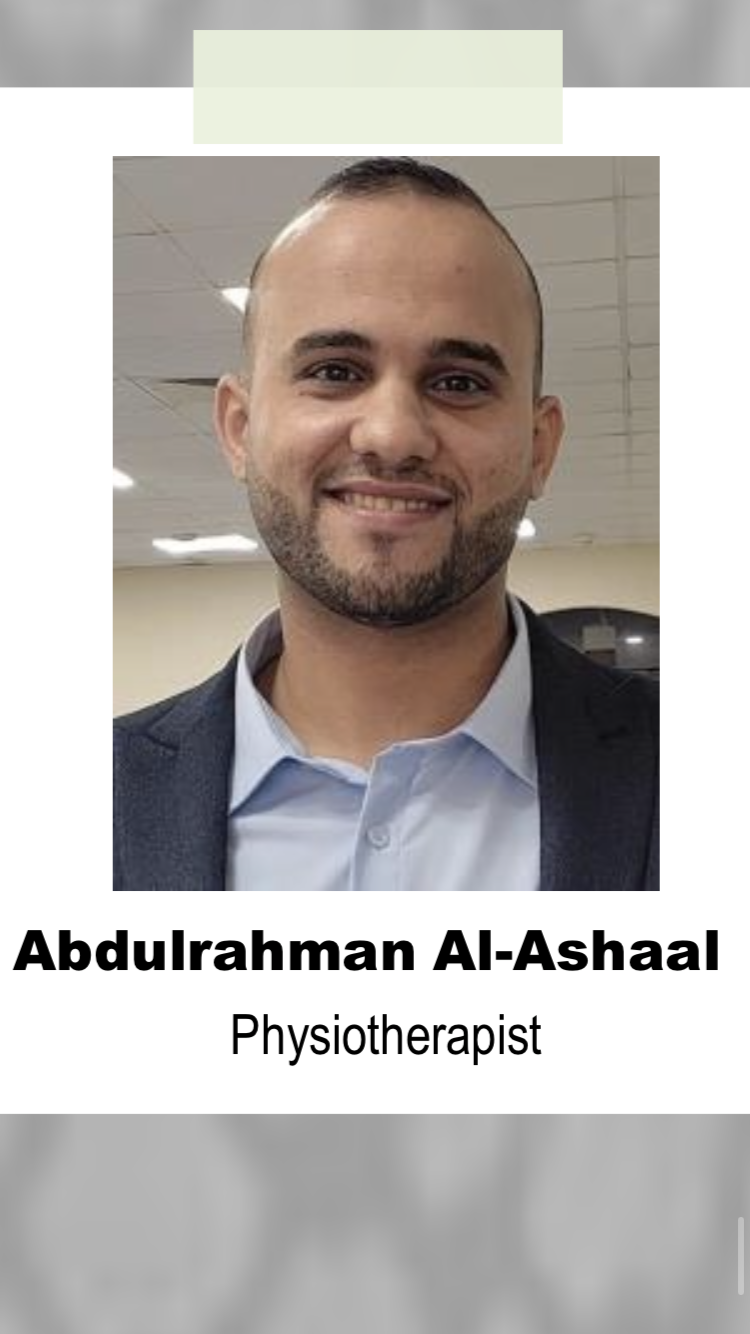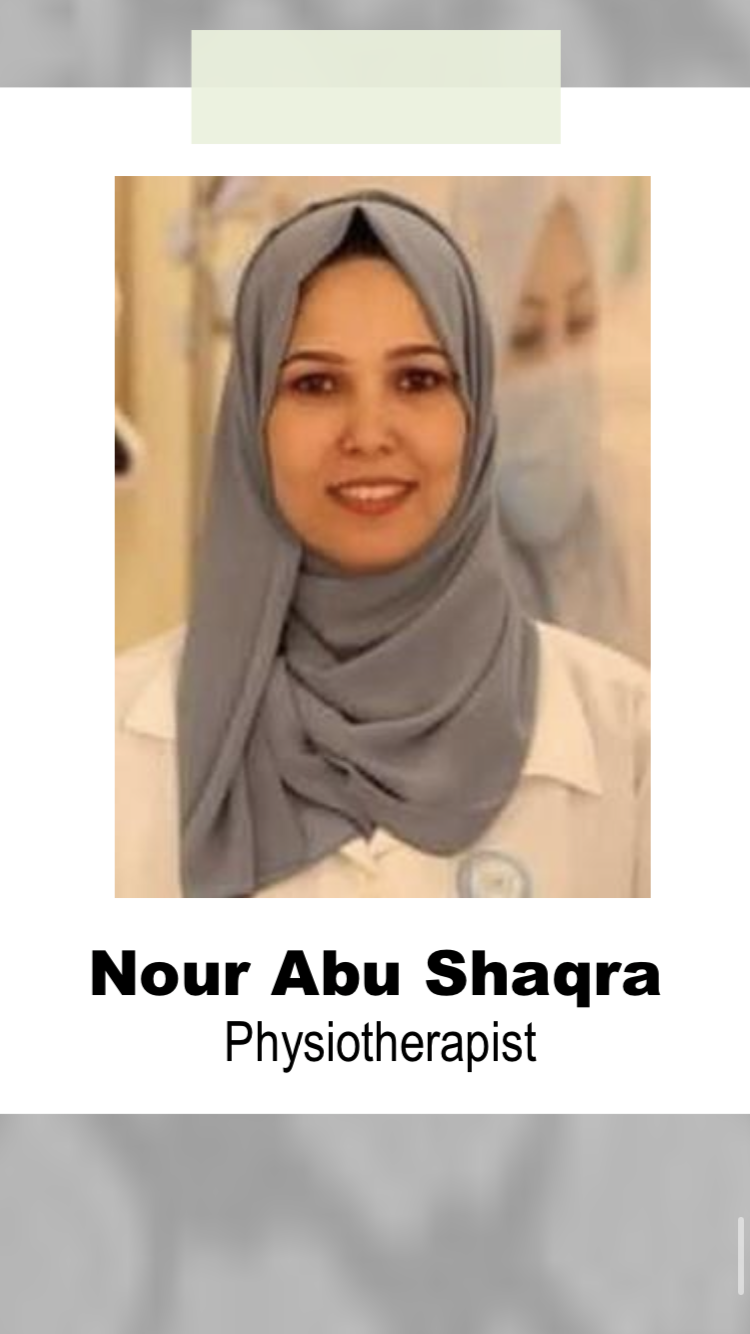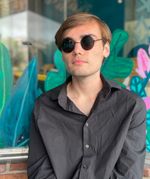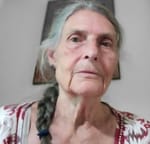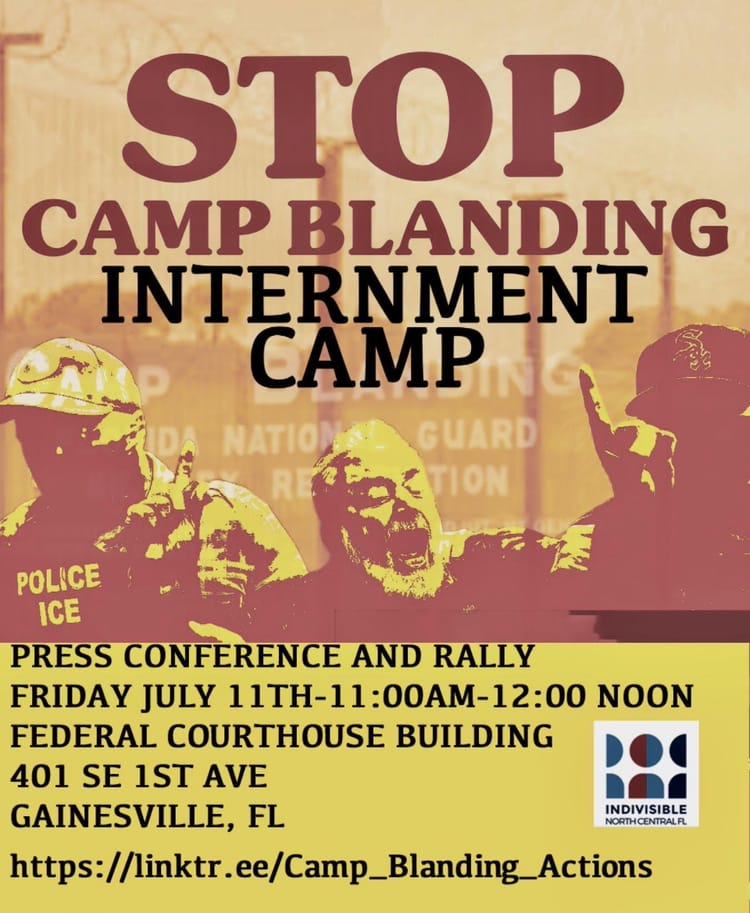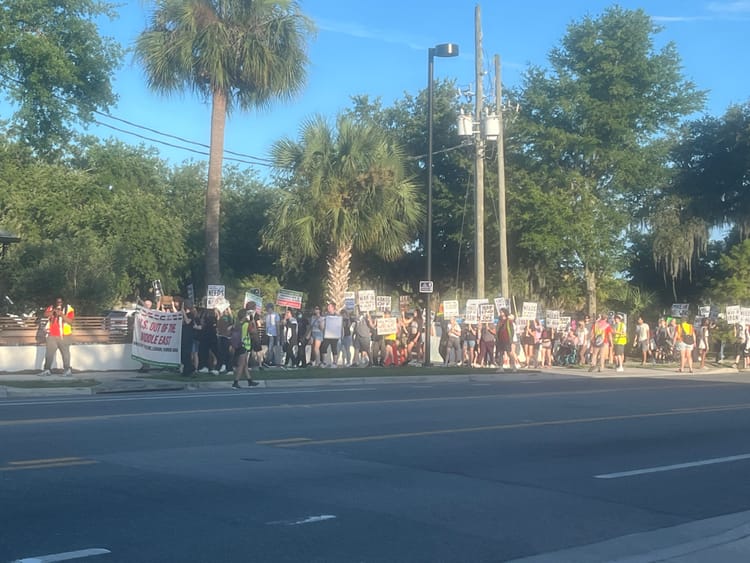Florida Healthcare Workers Testify to Palestinian Genocide in Gaza with Video and Photographic Evidence
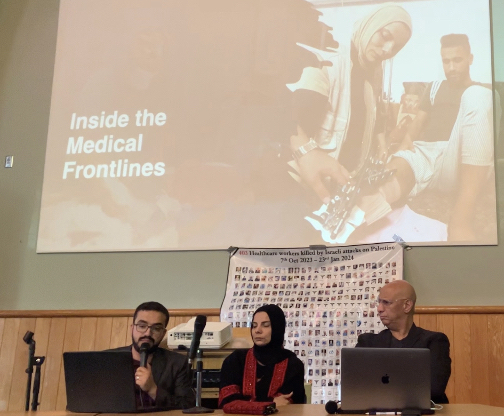
On April 27, three Florida healthcare workers spoke at the Headquarters Library in downtown Gainesville about their experiences volunteering in Gaza.
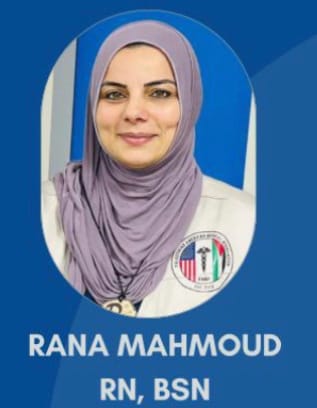
Tampa registered critical care nurse (RN) Rana Mahmoud
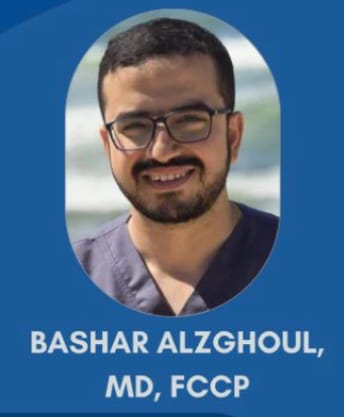
Gainesville pulmonary specialist Bashar Alzghoul
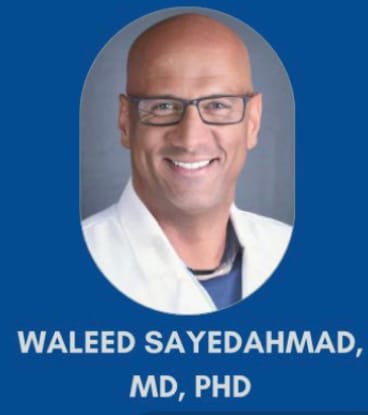
Fort Lauderdale anesthesiologist Walled Sayedahmad
Members of the organizing group Alachua County Health Care Workers for Gaza encouraged attendees to write letters to local county commissioners about what they saw at the presentation.
Alachua County commissioners were reportedly invited to the presentation. No commissioners attended.
At the start of the presentation, Dr. Alzghoul showed and talked about a picture of a displaced child from Gaza that had a powerful impact on him.
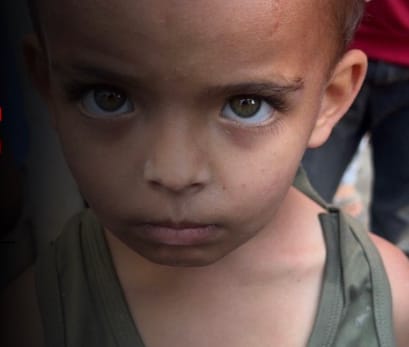
“This kid’s eyes are saying a lot of words. You can see, he’s asking, he’s blaming, he’s ordering us to go and speak on his behalf and tell the world to act. I can’t find the right words to describe what's going on in his mind. In his lips that are cracking because of thirst. In his charred eyes, that are vigilant, looking to the future with uncertainty. He’s not sure what the world will give to him. A bomb, maybe, that will burn him and his family, or a peaceful future where he takes his PhD and becomes a successful young man.
Nurse Mahmoud, who took the child’s picture, told attendees that she asked him for his name and if there was something he wanted. She spoke to him in Arabic and gave him candy and a hug, but he was frightened and wouldn’t tell Mahmoud his name.
Mahmoud said he “was most likely displaced, probably has no mom or dad, maybe no siblings. I don’t know anything about him. All I know is he had stories to tell.”
Alzghoul studied at the University of Jordan. A friend and colleague of his, Dr. Mohammed Dabour, a pathologist from Gaza, died in a bombing along with his family in October. He said that the death of his friend and the thousands of pictures and videos he saw from Gaza made him feel obliged to help.
The trio said they had been applying for months and that the Palestinian American Medical Association (PAMA) has a long waiting list of volunteers.
MD Alzghoul, RN Mahmoud, and MD Sayedahmad traveled to Gaza as a team with nine other people. Carrying 180 bags between the twelve of them, they left on March 23 and arrived first in Cairo before reaching Gaza by car. They primarily worked at the European Hospital in Al-Fukhari.
Alzghoul showed a video of miles of aid trucks waiting at the border. He said, “We saw around five miles of aid trucks on the right and left of the street. . . . Everyone in the world thinks the aid is being delivered to Gaza. It was just going and going, and the driver was just learning the whole time. I overheard a conversation between a truck driver and a border control person; he said, ‘I’ve been parked here for forty days! Forty days, and my truck is not allowed in.’ I think the international community has failed the Gaza community here.”
Clip from the presentation
Mahmoud said the European Hospital had been in far better condition during her previous visit. She said, “I was in Gaza in May 2023, so I’ve been to the European Hospital. I know what they’re capable of. I know how intelligent they are. I know how clean they are. The European hospital is not a hospital. I’d call it a refugee camp. . . . About 15,000 people are living on those hospital grounds. They cook, they clean, they sleep, and they live in that hospital.”
A video from the presentation shows the hospital’s residents are predominantly children.
A video from inside the Downtown Library during the presentation
The team stated that the European Hospital was the last remaining hospital in Gaza and described other medical facilities there as comparable to urgent care facilities. They stressed that the European Hospital was in dire straits compared to an average hospital. Alzghoul said it is operating with about 1,000 beds despite its capacity being 220.
Mahmoud described her work schedule: “I did an eighteen-hour workday. I spent mornings in wound care and trained a few nurses there. The nurses are very smart and knowledgeable, but, basically, 80 percent of the hospital was wounded patients, so I created a wound care team and gave them some extra resources as well. . . . Then in the afternoon, we’d take some of those complicated wounds, and we’d take them back to the OR to do a wound debridement. Then, in the evening, I was placed in the emergency room because every night we had a mass casualty. . . . Whether two people made it to the ER or eighteen people made it to the ER, we had a mass casualty every single evening. Then, to conclude my nights, I was working on transfers through the night until 4 or 5 am.”
Sayedahmad said that there is a need for specialized healthcare in Gaza: “One of the disasters in Gaza right now is the lack of specialized healthcare. Specialized meaning you can’t find anybody who would operate on your nose, heart, kidneys, [etc.]; you basically have generalized practitioners, so specialized care does not exist anymore.”
He added that the team had a cardiac surgeon, and “by the grace of God,” they were able to perform the first open heart surgery in Gaza since Israeli armed forces entered Gaza. He said that despite not having standard medical equipment for open heart surgeries, the team had to either operate or let the patient die, and the operation was a success.
An overwhelming number of injuries they treated were sustained by children.
They showed numerous photos of children’s injuries. Many sustained injuries to their internal organs. One boy had a double arm amputation. Another had an external fixator attached to his leg. One child shown had 4th-degree burns. Others had explosive injuries and holes scattered around their bodies.
Mahmoud talked about her experiences working with children in Gaza: “Most of the children there, if they hadn’t lost a parent, they’ve lost their limbs. If they hadn’t lost a parent or their limbs, they’ve lost their homes. Which is primarily everyone. Then they’re orphans. And looking at their long healing duration process, any injury would require good nutrition to heal that injury. They’re malnourished and have poor hygiene, so the chances of healing that injury is very rare.”
Mahmoud went on to say how the children who have not sustained physical injuries are still affected: “Children are a very soft topic for me. As parents, you require your child to go to school every day. There’s no school for them. All the schools and education systems have been destroyed. The children are just out in the street playing in sewage water. . . . They have no sort of education or discipline at this time because most of them are orphans or severely injured. . . . They have no toys to play with. They have no food. No access to water, electricity, or even technology… I call out, not just to medical providers, but I call out to the parents. . . . Just maybe spread awareness that these children’s lives matter. They’re not just a number.”
Alzghoul commented on the age of the majority of the patients he saw: “Usually here in the American ICU, we have [older] patients. . . . I was expecting to see the same, go to the ICU over there, and be dealing with middle-aged women who are victims of war. That was my expectation. . . . Out of these thirty beds that were dedicated to the ICU at any single point, fifteen or sixteen were actually occupied by children. I never imagined myself incubating a three year old.”
Mahmoud added that on a night with eighteen injuries, twelve were children and four were women. She said, “We know the target is not men of military age. As you can see, they’re primarily children.”
Alzghoul said he treated children for gunshot wounds to the head: “Another type of trauma we saw, and a lot of our colleagues will emphasize that. . . . We had some children who had sniper shots. Why would you shoot a child in the head except if it was for ethnic cleansing and genocide?”
Sayedahmad described his interactions with Gazan children, saying they are uniquely mature for their age: “Those kids speak like experienced men, experienced people. They have an amazing knowledge of factual things that even older people can’t perceive. This kid came up to me, he said, ‘I want to tell you something, but I’m worried you will be upset with me.’ I said, ‘Don’t worry about it, come tell me, what’s going on?’ He whispered in my ear, he said, ‘Why did you leave us alone?’ Eight years old. ‘Why did you leave us alone?’ I looked at him, and I stared. I was lost. I didn’t know what to say or how to answer that question. The only thing I was able to say or pronounce was ‘I’m sorry, kiddo. We’ll try to do our best.’ I just walked because I didn’t want him to see me in a bad shape. That was very eye-opening for me.”
Alzghoul commented on the frequent bombings around the hospital: “We had to deal with all of the humming drones. They keep them silent in the day, then they decide to turn on the volume at night. ‘Bzzzzz,’ just going like that. Then every couple minutes or about thirty minutes of this, you hear ‘Boosh’--an explosion that shakes the hospital. Some explosions shocked the hospital, and some explosions didn’t. So, it seems they do use different kinds of bombs, and the Gazans know which kinds of bombs. Sometimes it’s from the sea, sometimes from tanks, sometimes from air. . . . We could tell which bombs were USA-made; the ones that shook the hospital were definitely made in the USA.
Alzghoul said a high number of patients were dying from simple wounds due to infections, citing flies coming from nearby sewage water and landing on open wounds. He said he wished he had brought more soap and that even finding a sliver of soap from a soap dispenser felt like a victory.
Sayedahmad described the Israel Defense Force’s (IDF) attacks as opportunistic: “It was always the case in the two weeks we spent over there that during a certain time of the day, which is the time of Iftar (roughly 7:45 pm. . .) when most of the people are gathered in a small area. This was one of the times we would get bombed. It’s very vindictive when you understand the concept of those missiles, which are aimed to kill as many people in a very small area as possible. Why would you hit people when they’re eating? Why would you be using this specific time to hit those people?”
Alzghoul added that the timing of this bombing fell at sunset or 7:30 pm but that these were not the ground-shaking bombs. The ground-shaking bombs would come at about 9:30 pm when people were praying.
Sayedahmad went on to discuss the unique injuries he dealt with: “When you get this kind of specific injury, where from head to toe you have holes, that kind of raises the question of the use of certain types of weapons called cluster bombs. Those cluster bombs are forbidden by international law. They’re meant to explode in a small area, scatter, and injure as many people as possible. That is the function of these bombs. What is the purpose of killing as many people as possible with one hit? You have an agenda. And that agenda ain’t killing a terrorist or two. That agenda--we call it genocide.”
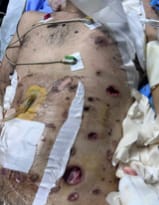
They discussed an injury that the team found difficult to comprehend. Mahmoud remembered the patient’s name:
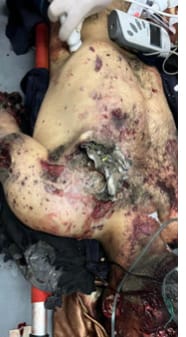
“Hussam”
“I can’t describe what this is called,” said Sayedahmad of Hussam’s injury. “He was attacked; he was bombed. I really can’t describe what this means. He was brutally attacked by the IDF. Brutally. This thing in his chest will kill a lot of people, and it was shot at one person. This person arrived at the emergency room miraculously. . . . He was dying, but he was still breathing. . . . In a few minutes, he was pronounced dead, or, as we call it, he was martyred. . . . We’re not talking about warfare but something beyond that--real atrocity, vindication, and hatred.”
Alzghoul condemned the war crimes of the Israeli military: “This unjust assault, where it doesn’t discriminate between children, women, [is] mass killing, ethnic cleansing, and genocide.”
Sayedahmad said that Western media bias is contributing to the genocide of Palestinians: “The use of language can shape public opinion. For example, Israeli actions are often described as ‘defensive’ or ‘retaliatory,’ while Palestinian actions are labeled right away as ‘terrorist’ or ‘violent.’ . . . There’s always a focus on Palestinian violence, while ignoring or downplaying Israeli state violence and aggression. . . . When a whole building that harbors two hundred people is bombed, nobody talks about it. There is a normalization of the occupation by the Western media. With the Israeli occupation, we always use terms like ‘disputed territories’ instead of ‘occupied territories.’ Rarely highlighting the impact of settlements on Palestinians. Systematically erasing Palestinian identity by referring to them as ‘Arabs’ or ‘Muslims’ instead of recognizing their distinct national identity. Finally, limited Palestinian representation in the media plays a huge factor in this process. These critiques adopted by the Western media for decades have smeared reality and served to confuse people, especially those who want to be confused.”
Before concluding the presentation, Sayedahmad acknowledged civilian deaths in all regards, including on October 7, but he also pointed out the numerous massacres against Palestinian civilians by Israeli forces that occurred before the Hamas attack on Israeli citizens on October 7: “We always have to agree that the loss of innocent children, women, elderly, or any civilian life is something terrible, and we are strongly against it regardless of the ethnicity, religion, or backgrounds of the innocent victims. That being said, I humbly believe we should never reset the clock to October 7, 2023, but we should also remember [that 2023] marks seventy-five years since the massacre of Deir Yassin, the massacre of Abu Shusha, the massacre of Al-Dawayima, seventy years from the massacre of Qibya, sixty-seven years from the massacre of Kafr Qasim, sixty-seven years from the massacre of Khan Yunis, forty-one years from the massacre of Sabra and Shatila, and thirty-three years from the massacre of Al-Aqsa. The list is long. We should not stop on this day and change history. We should look at the history and what happened. We should find that factual evidence. And the truth is waiting right there for anyone to look at it.”
After the presentation, Mahmoud, Sayedahmad, and Alzghoul were interviewed by Gainesville Public Information Services.
Mahmoud said that the injuries shown in the presentation were only a fraction of what they were dealing with. She said, “I want to talk about a nine year old. She came in with explosive injuries, and she is right now suffering from being malnourished and poor hygiene. She’s fighting for her life. She would be the worst injury that I’ve ever witnessed in my entire life. She was slashed.”
Mahmoud said she plans to return to Gaza later this month to help further and that she had saved countless lives on her previous visit. “I was not afraid of dying. I felt like I’d seen death, but I was not afraid of dying,” she said.
During the interview, Gainesville Public Information Services notified Sayedahmad that the mayor of Gainesville, Harvey Ward, had his picture taken with two IDF soldiers. Sayedahmad said that Mayor Ward needs accountability. “I would say two things. When people have a conscience, they will not do anything bad to anyone. And if people are promoting genocide by promoting people who are committing genocide, then they are involved in genocide. . . . [If the mayor of Gainesville] is taking pictures with killers and showing off with killers, then he should be held accountable for his actions.”
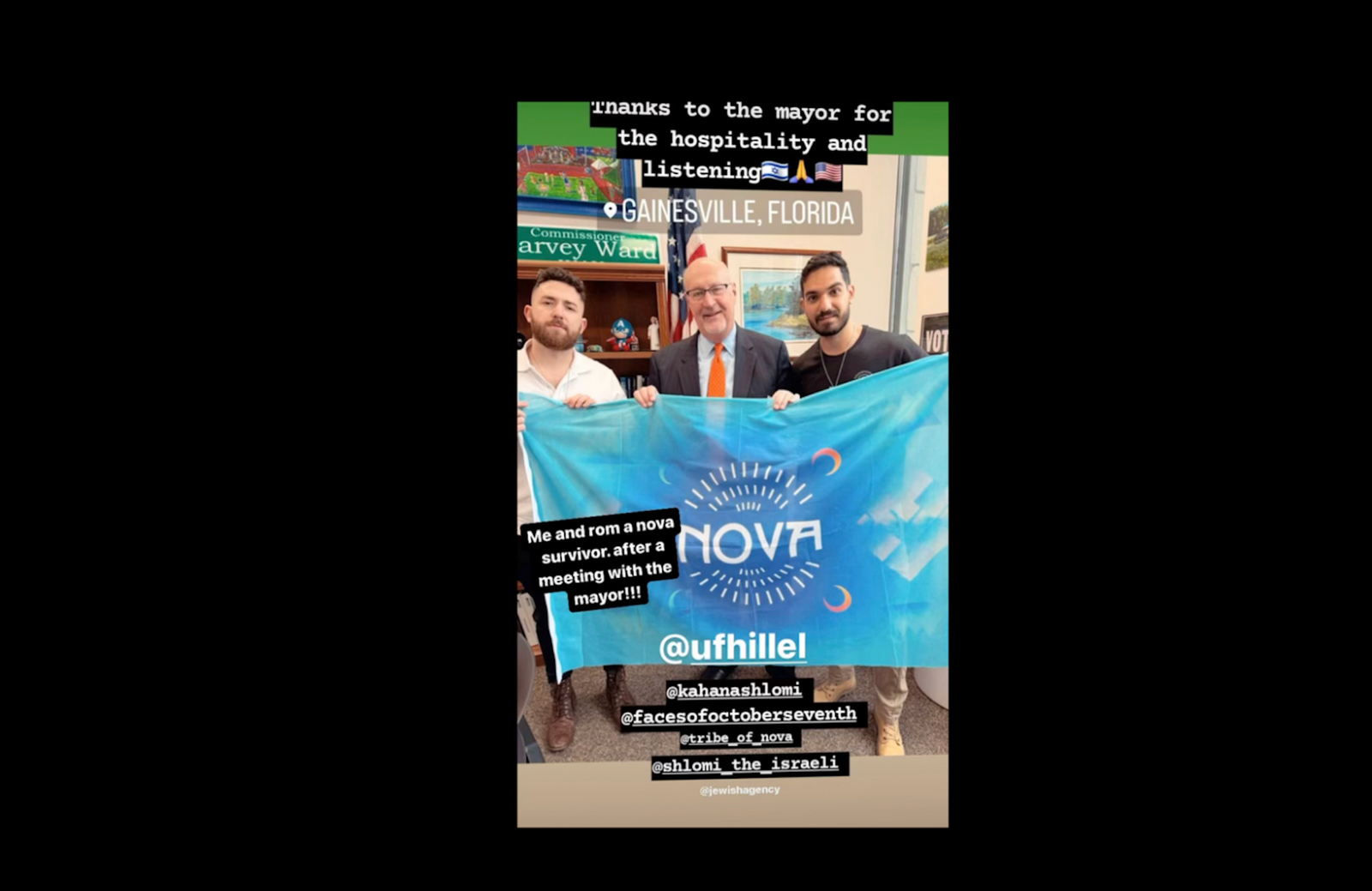
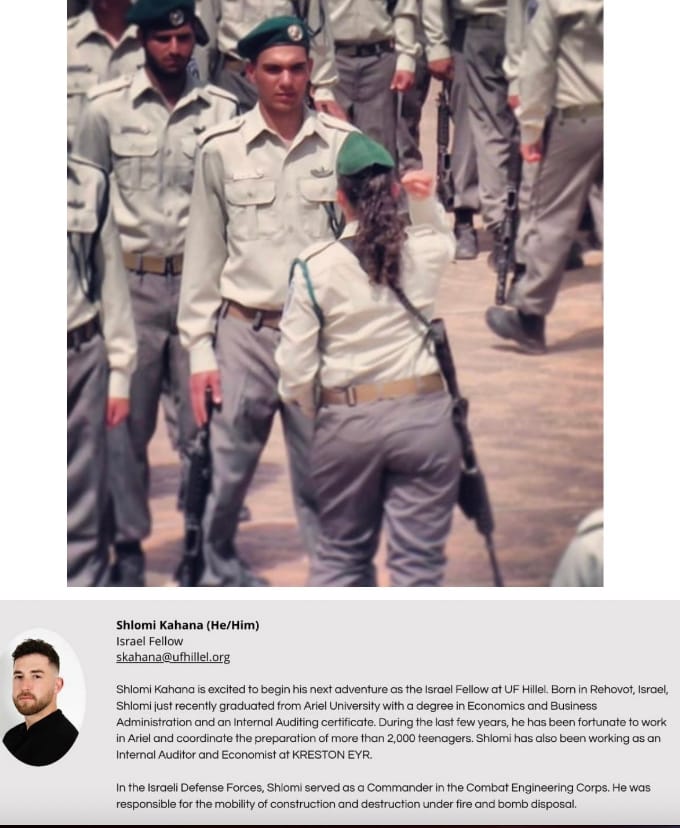
Alzghoul said that a ceasefire initiative is needed and disputed members of the Alachua County Commission in their previous statements that a ceasefire is out of their scope. “Little things add. When we’re there, the Gazan children, the young people, when they hear in a city or university that there’s a protest somewhere that supports them, they’re very appreciative. I don’t think it’s out of their scope. I think that little things add, and when you advocate for peace, that’s not a question to ask.”
[This portion of the article was updated Sep 8]
Article Two of the United Nations Convention on the Prevention and Punishment of the Crime of Genocide defines genocide as "any of the following acts committed with the intent to destroy, in whole or in part, a national, ethnic, racial, or religious group, as such":
(a) Killing members of the group
Edited Sep 7: Corrected error in data analysis which led to original report being off by roughly 700.
The Gaza Health Ministry refers to Palestinian casualties as martyrs. The first set of data reports approximately 21,323 martyrs confirmed from October 7 through March 29.
The following data references martyrs who have been identified in literal terms, and does not represent martyrs whose identities haven’t been verified. It also doesn’t reference martyrs who’ve died from causes that could be could considered external or second-hand like disease.
A study published by British medical journal the Lancet says there could be 186,000 Palestinian people in Gaza who’ve lost their lives since October 7.
The data provided to GnvInfo was sent by Palestinians in Gaza, as the PDF files containing the recorded names of Palestinians killed are not easily found from a Google search and are currently only available in Arabic.
The second set of data does not regard adult male Palestinian martyrs. Beginning March 30, men stopped being counted among the martyrs, with the Gaza Health Ministry recording the losses of women, children, and elderly Palestinians, as they were reportedly facing more strains in resources after Al-Shifa Hospital was sieged for a second time at the end of March.
Furthermore, senior Palestinian health official Hani al-Jaafarawi was killed by an Israeli air raid on June 23. The names and many pictures of hundreds of healthcare workers killed in Gaza has been recorded by Healthcare Workers Watch.
The Gaza Health Ministry elected to divide women, children, and the elderly into three different lists beginning March 30. Not counting men, from March 30 to April 30, there were a total of 14,680 martyrs, with 7,796 being children, 4,960 being women, and 1,924 being elderly.
This would mean the total number of martyrs from Oct 7 to April 30, excluding men who died from March 30 to April 30, would total 36,003.
This would accurately reflect the commonly reported number of martyrs being in the thirty-five thousands (now reported 42,000); however, those reports generally don’t clarify that adult men are no longer being recorded.
The source of the data asked not to be named and it was received second-hand. GnvInfo is looking for an official source from the Gaza Health Ministry for official confirmation on if adult-male Palestinian martyrs are no longer being counted.
On Thursday, June 27, the U.S. The House of Representatives passed a bill banning the use of the Gaza Health Ministry's data. It hasn’t been signed into law yet.
The Gaza health ministry has been scrutinized for being under the authority of Hamas; however, the Israel and Palestine director at Human Rights Watch said he saw no evidence that the numbers were being manipulated. Additionally, Israeli investigative journalist Yuval Abraham has found Israel relies almost entirely on the Gaza Health Ministry’s data.
GnvInfo was also provided with data showing the names of all the Palestinian orphans who had been documented from October 7 through May 1, totaling 15,480 kids without parents in Gaza.
In July, Israel National Security Minister Ben-Gvir publicly called for the starving and gunshot executions of Palestinian prisoners, saying “Palestinian prisoners must be killed, shot in the head. The law of executing prisoners will be passed on the third reading in the Knesset and the law will mean we will give them a little to live on and nothing more.”
(b) Causing serious bodily or mental harm to members of the group
In addition to documented first-hand bodily harm, videos and reports have surfaced of IDF soldiers inflicting mental and psychological harm on Palestinians.
(c) Deliberately inflicting on the group conditions of life calculated to bring about its physical destruction in whole or in part
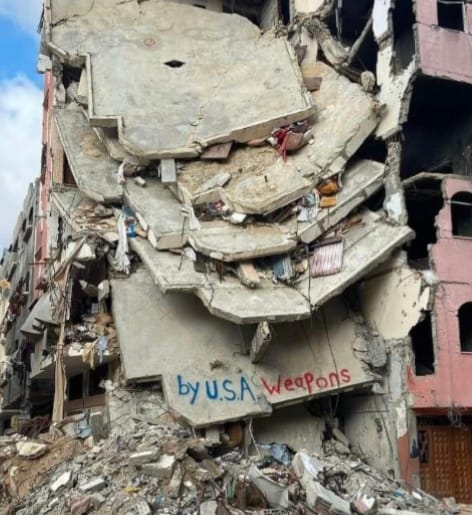
In addition to the destruction of the majority of medical facilities in Gaza, there are reportedly no universities left standing, with few educational buildings being saved from demolition. Furthermore, The United Nations Satellite Center has found "35% of all buildings in the Gaza Strip have been damaged, representing 88,868 structures, among which 31,198 structures have been identified as destroyed, 16,908 severely damaged, and 40,762 moderately damaged."
(d) Imposing measures intended to prevent births within the group
There is evidence that the IDF has imposed measures to prevent Palestinian births. A report from the Palestinian Centre for Human Rights states: “Killings, injuries, toxic gas inhalations, and causing serious psychological and physical harm amid heightened feelings of fear and anxiety and a lack of special protection. All of this combined will lead to preventing births and have serious consequences on reproductive health, including a rise in pregnancy pains, miscarriages, stillbirths, and premature births.”
Additionally, the Gaza health ministry has reported that nearly 70 percent of the casualties are women and children.
The Gaza health ministry has been scrutinized for being under the authority of Hamas; however, the Israel and Palestine director at Human Rights Watch said he saw no evidence that the numbers were being manipulated. Additionally, Israeli investigative journalist Yuval Abraham has found the IDF relies almost entirely on the Gaza Health Ministry’s data.
(e) Forcibly transferring children of the group to another group
There is evidence that the IDF has forcibly transferred Palestinian children.
A report from the Euro-Med Human Rights Monitor shows an IDF soldier carrying a baby wrapped in a blanket. Additionally, data from the Israeli Prison Service shows that the IDF has transferred and detained minors.

Third, a video has surfaced on social media forums showing a small girl being forced out of her home by IDF soldiers and placed in a military vehicle. It appeared to take three IDF soldiers to force one small Palestinian girl inside the vehicle.
Video was originally posted on Reddit. The account of posting has since been deleted.
The following are the 403 healthcare workers who are confirmed to have been killed--or martyred--in Gaza as of January. The number increased to 458 as of March.
Close up photos of 55 healthcare workers confirmed to have been martyred from January to March will be added when they are retrieved.
The list does not include missing, detained, or presumed dead persons.
Attacking healthcare workers and facilities is a war crime.
Source: Healthcareworkerswatch
